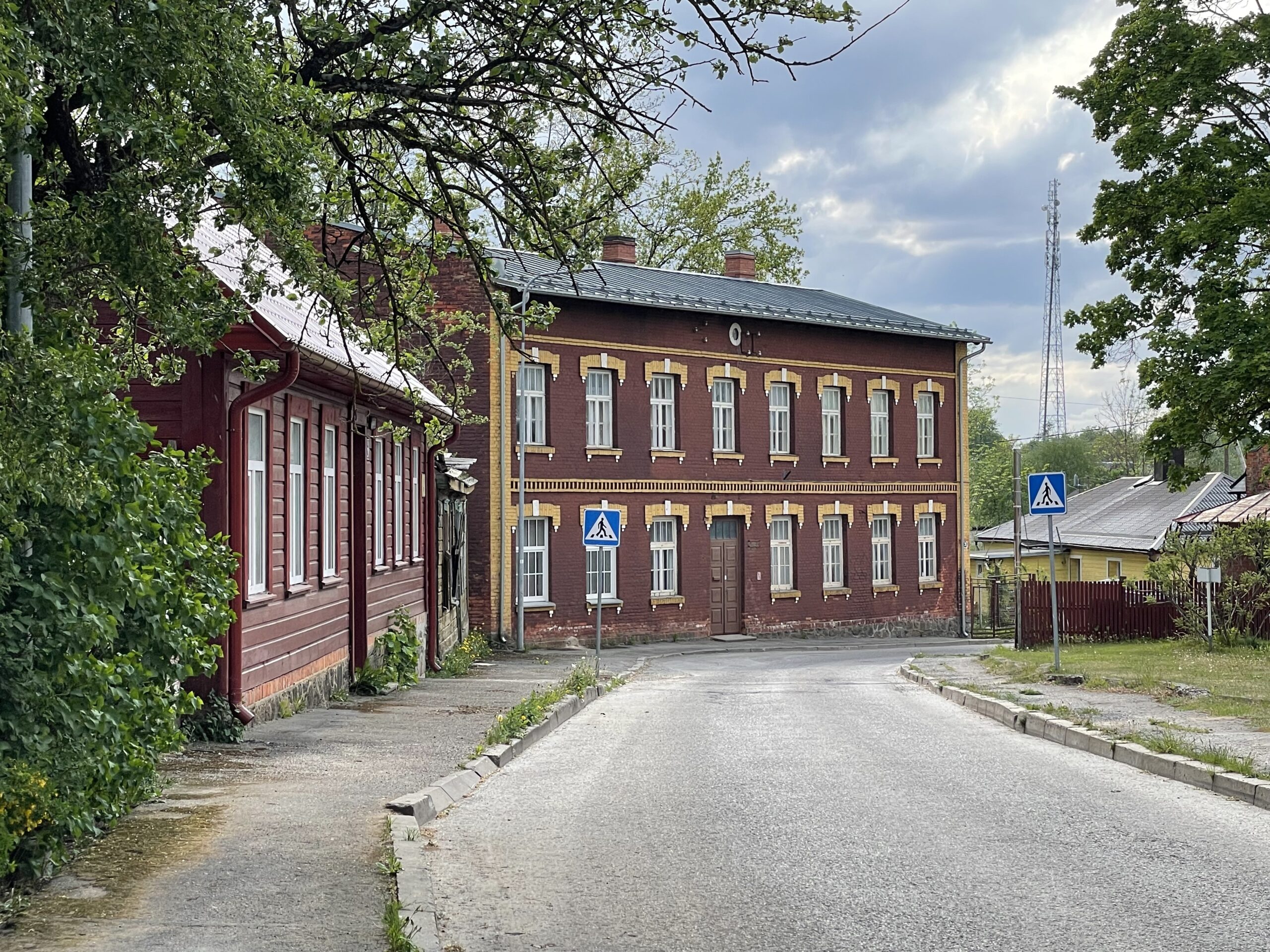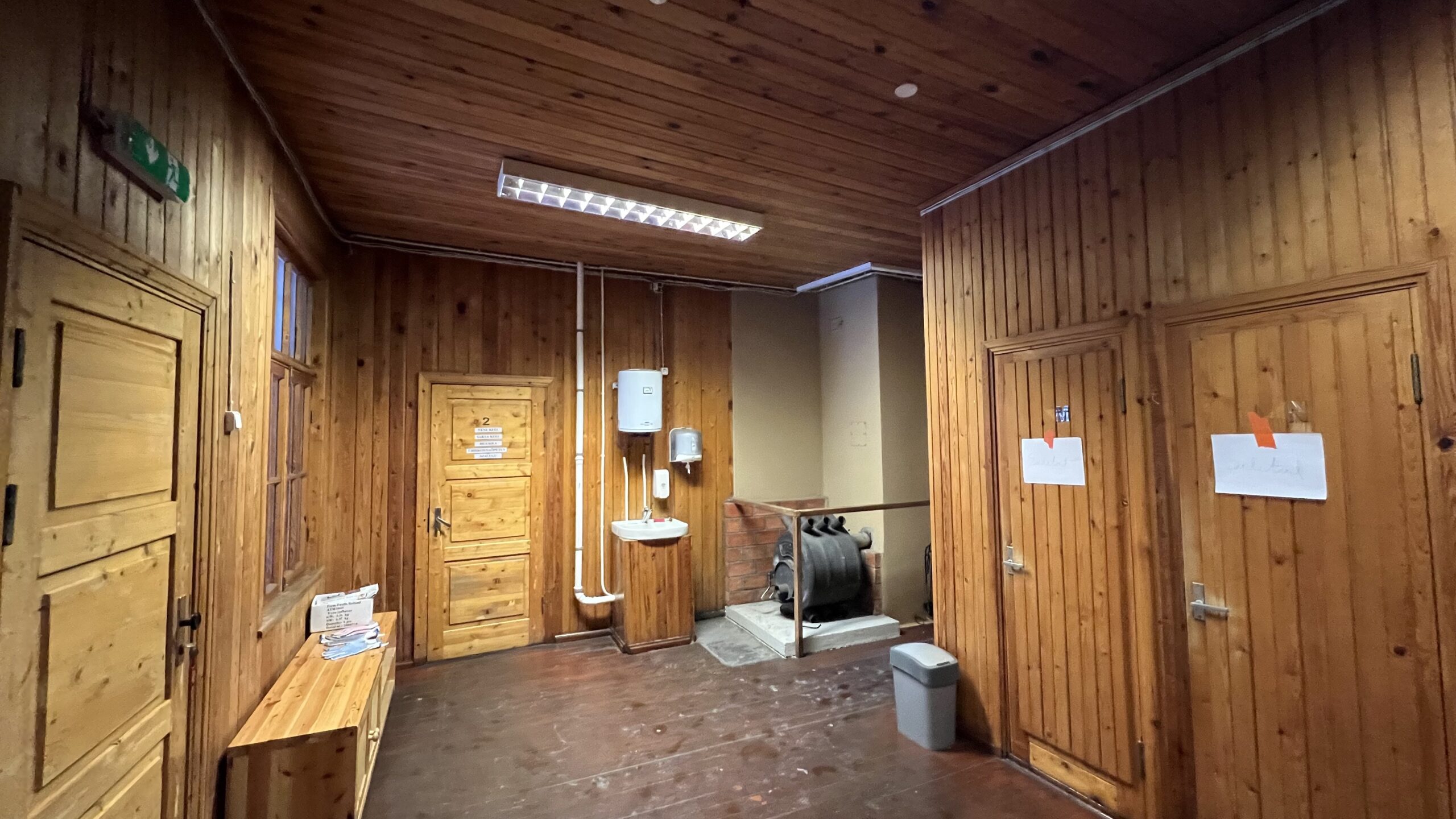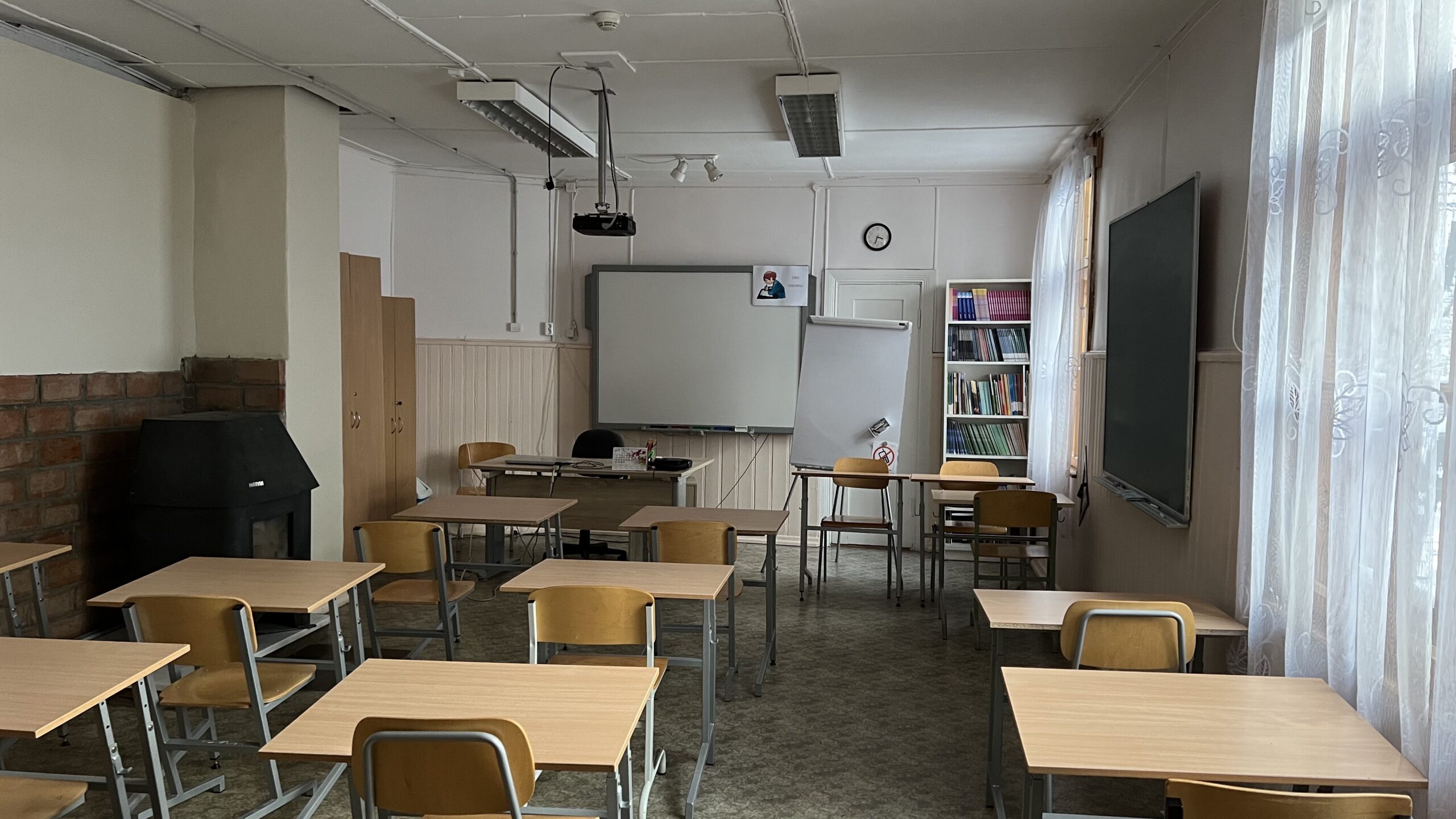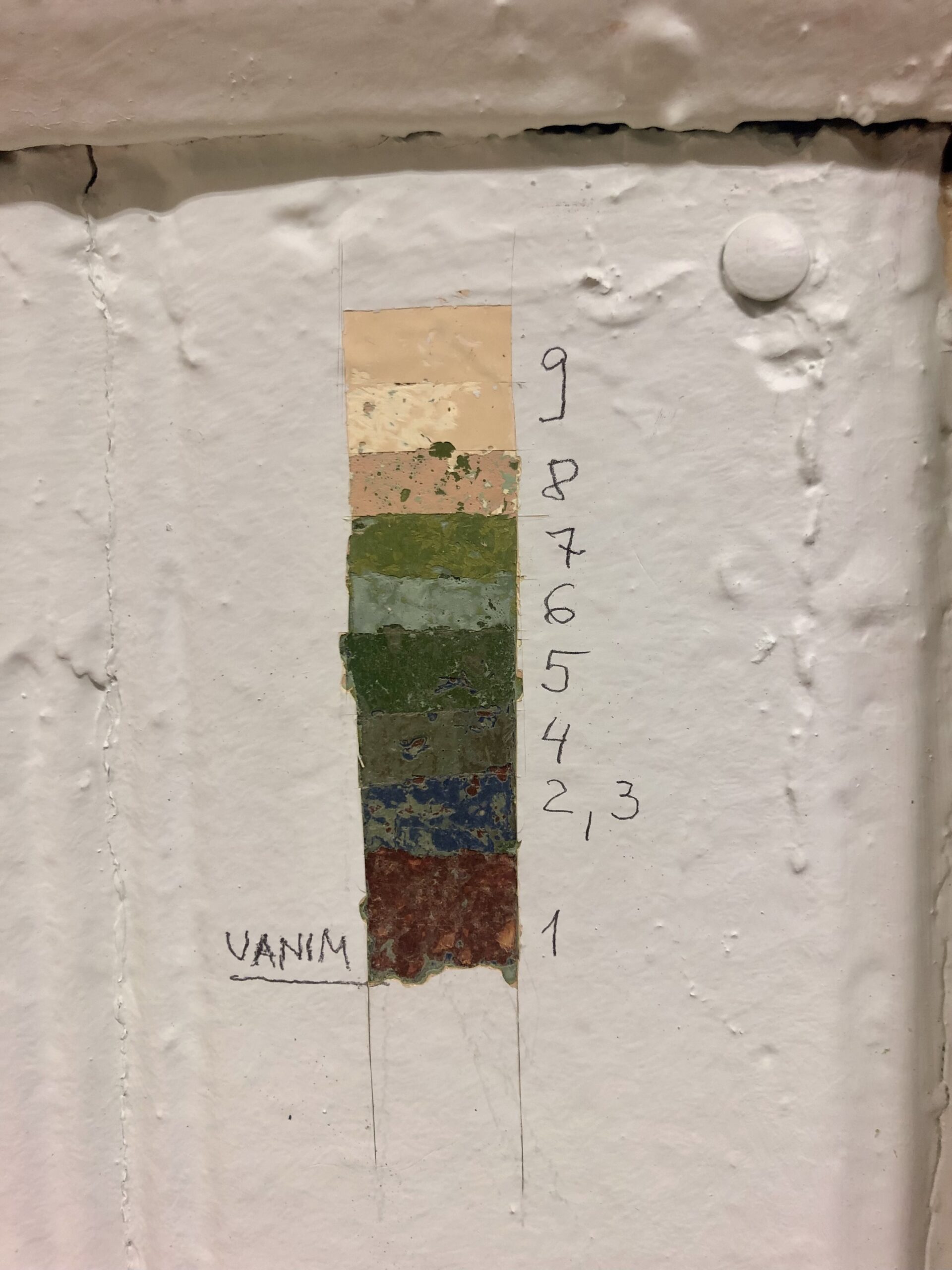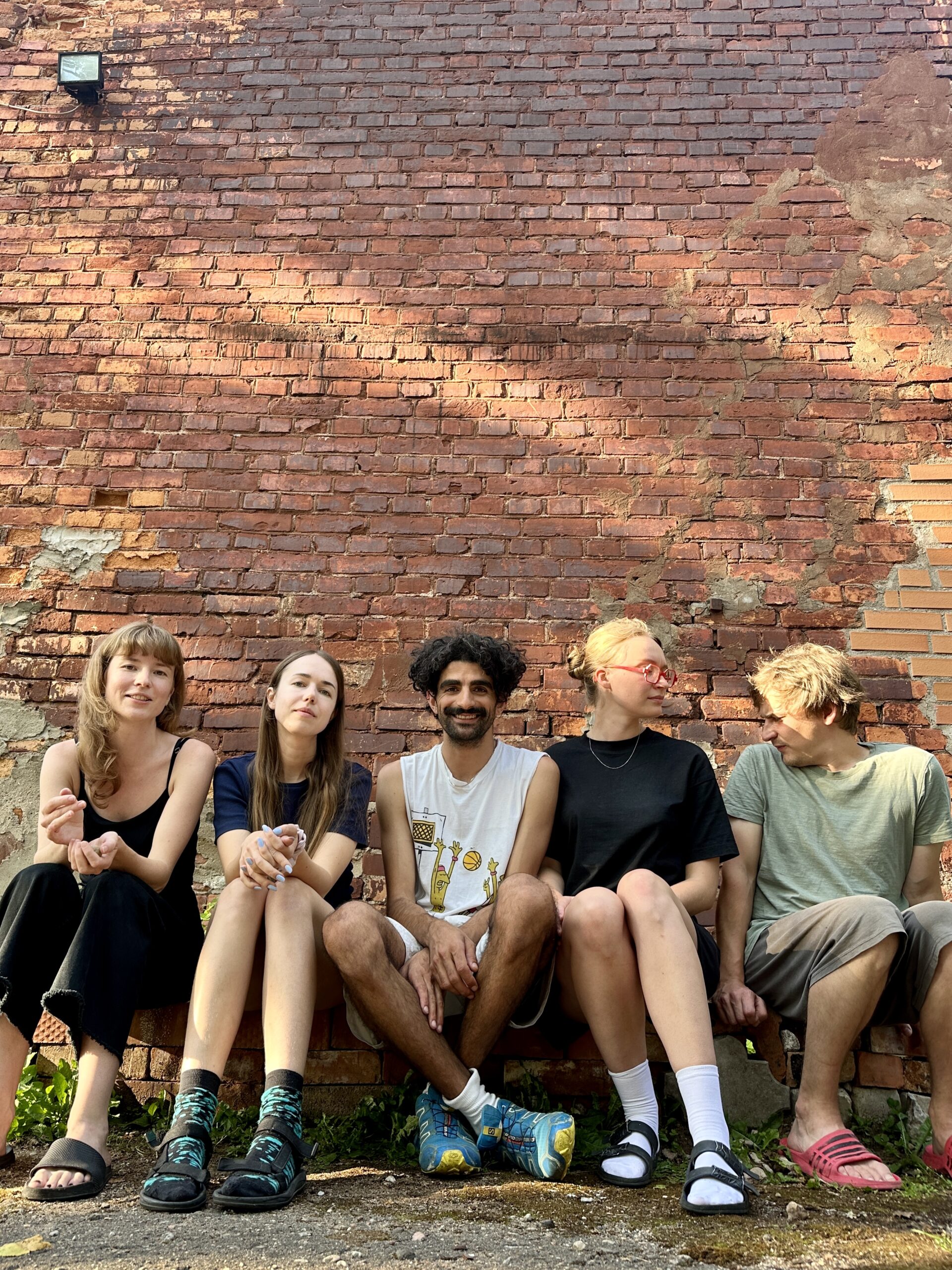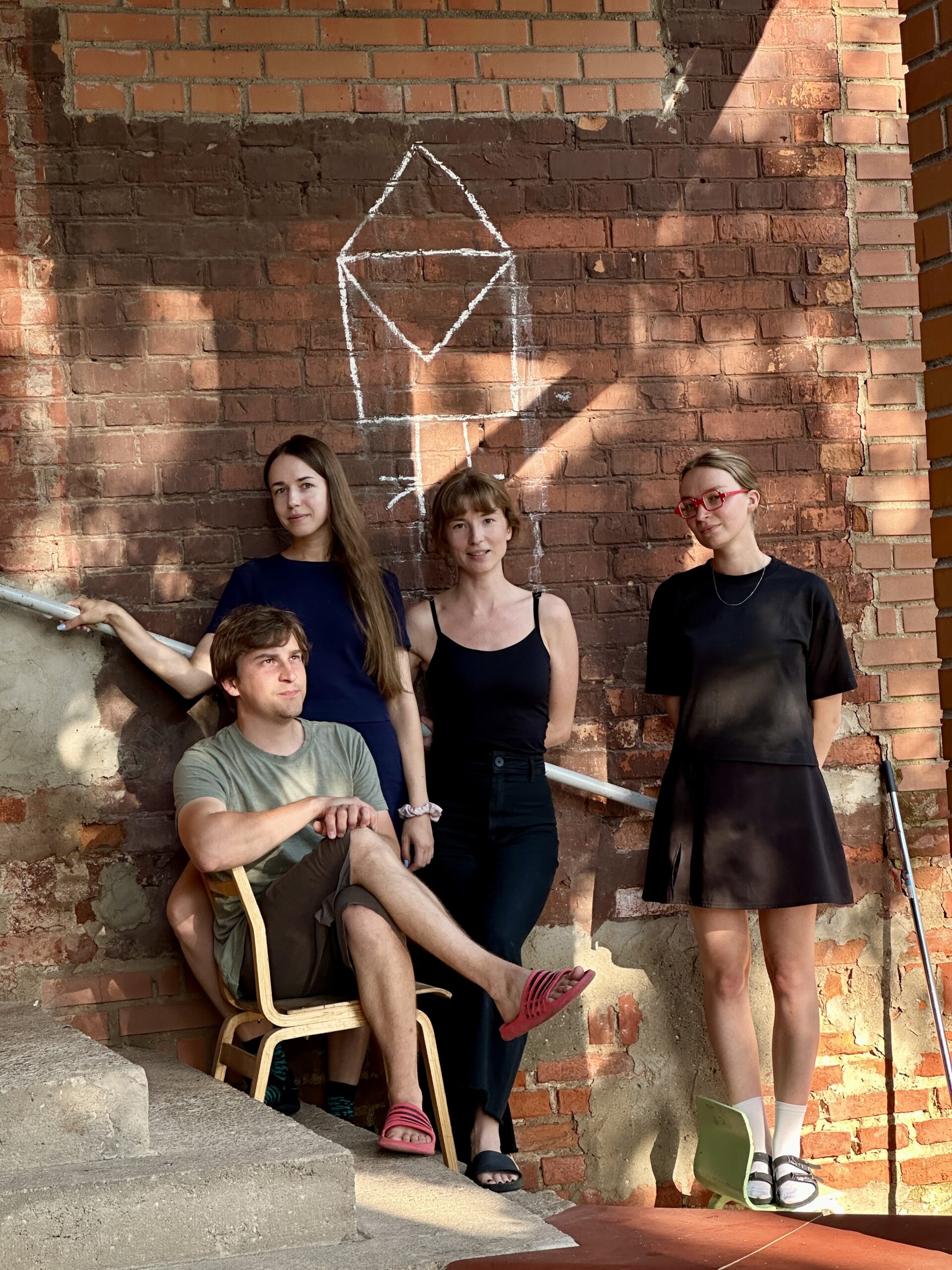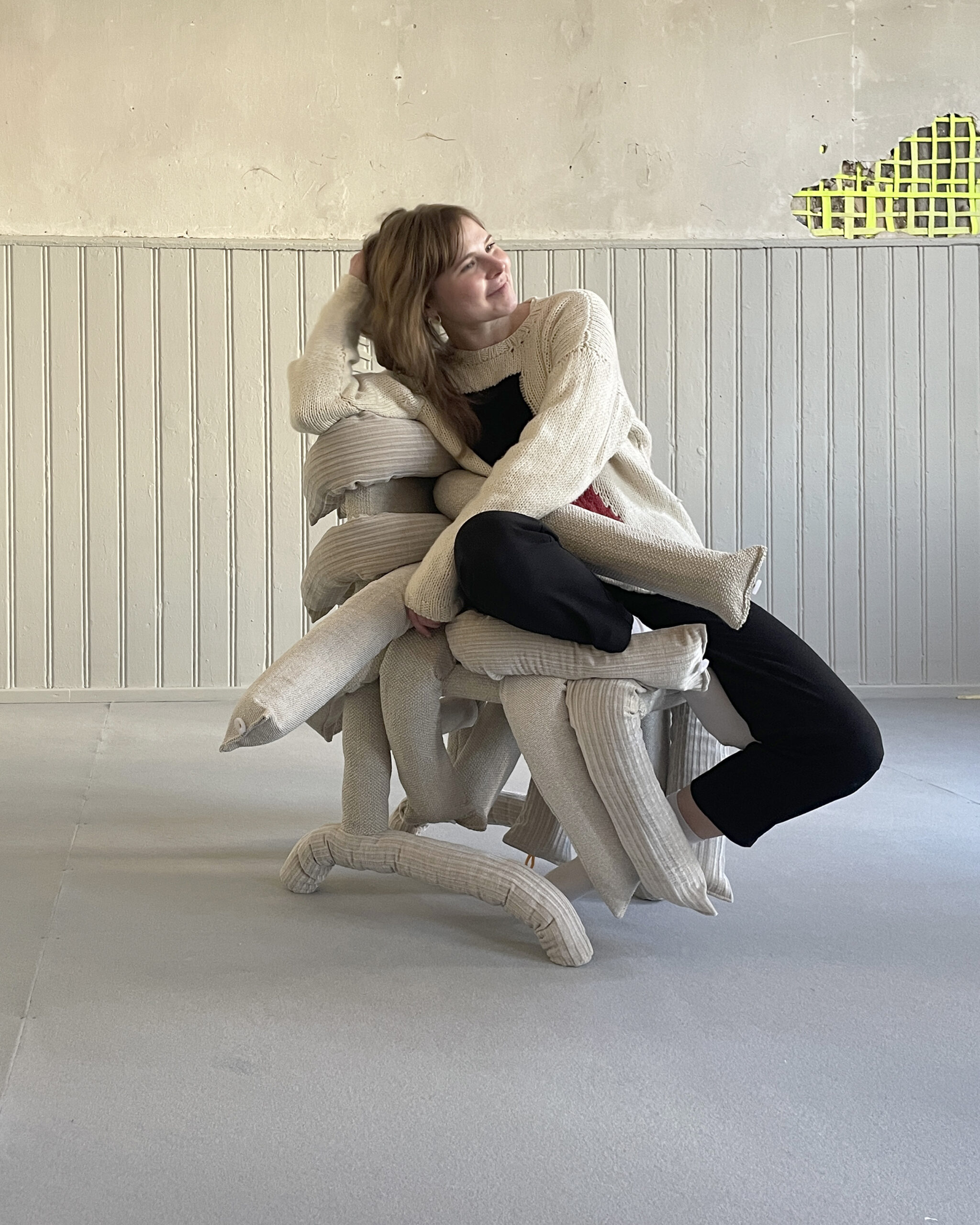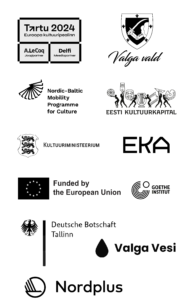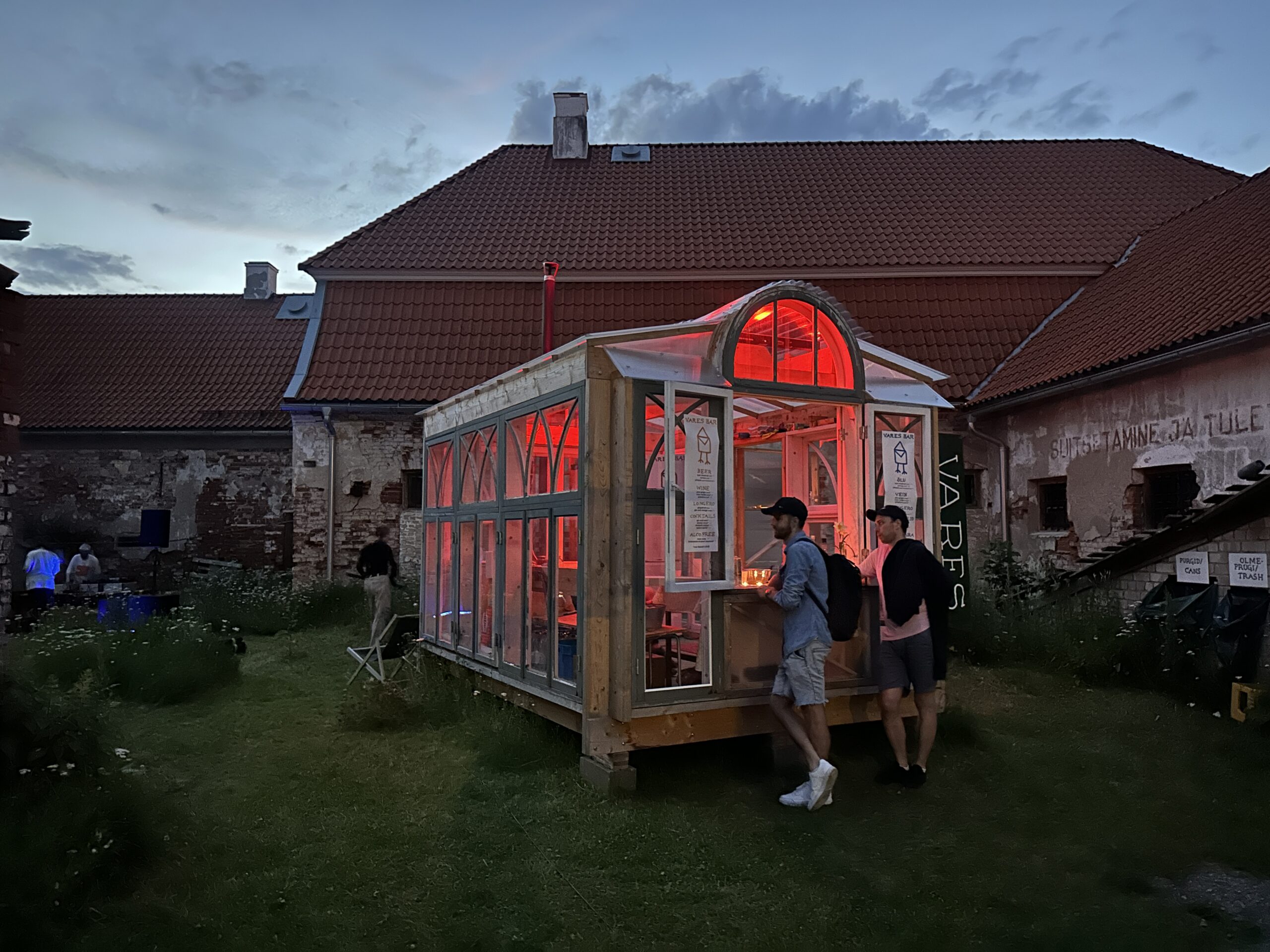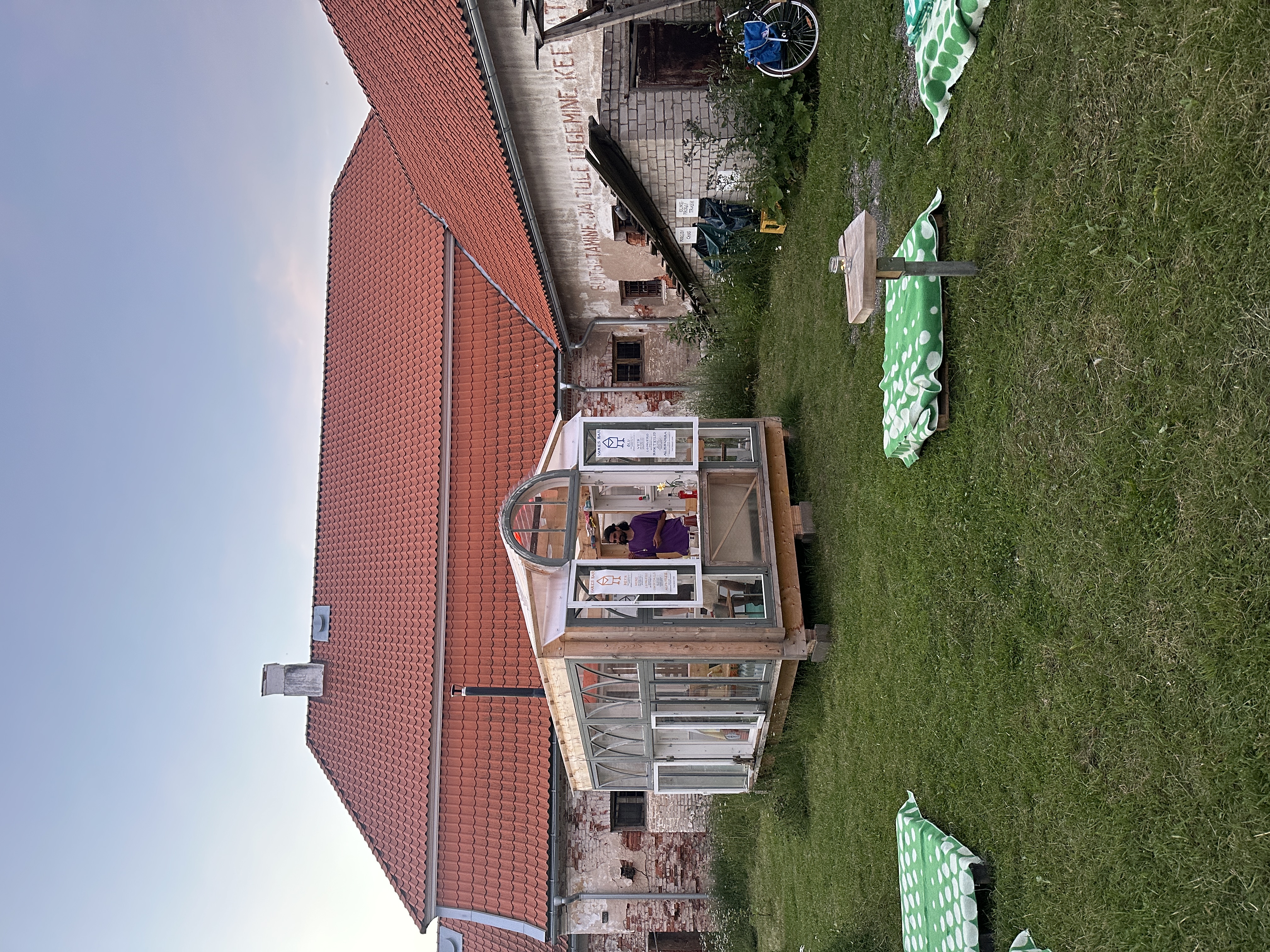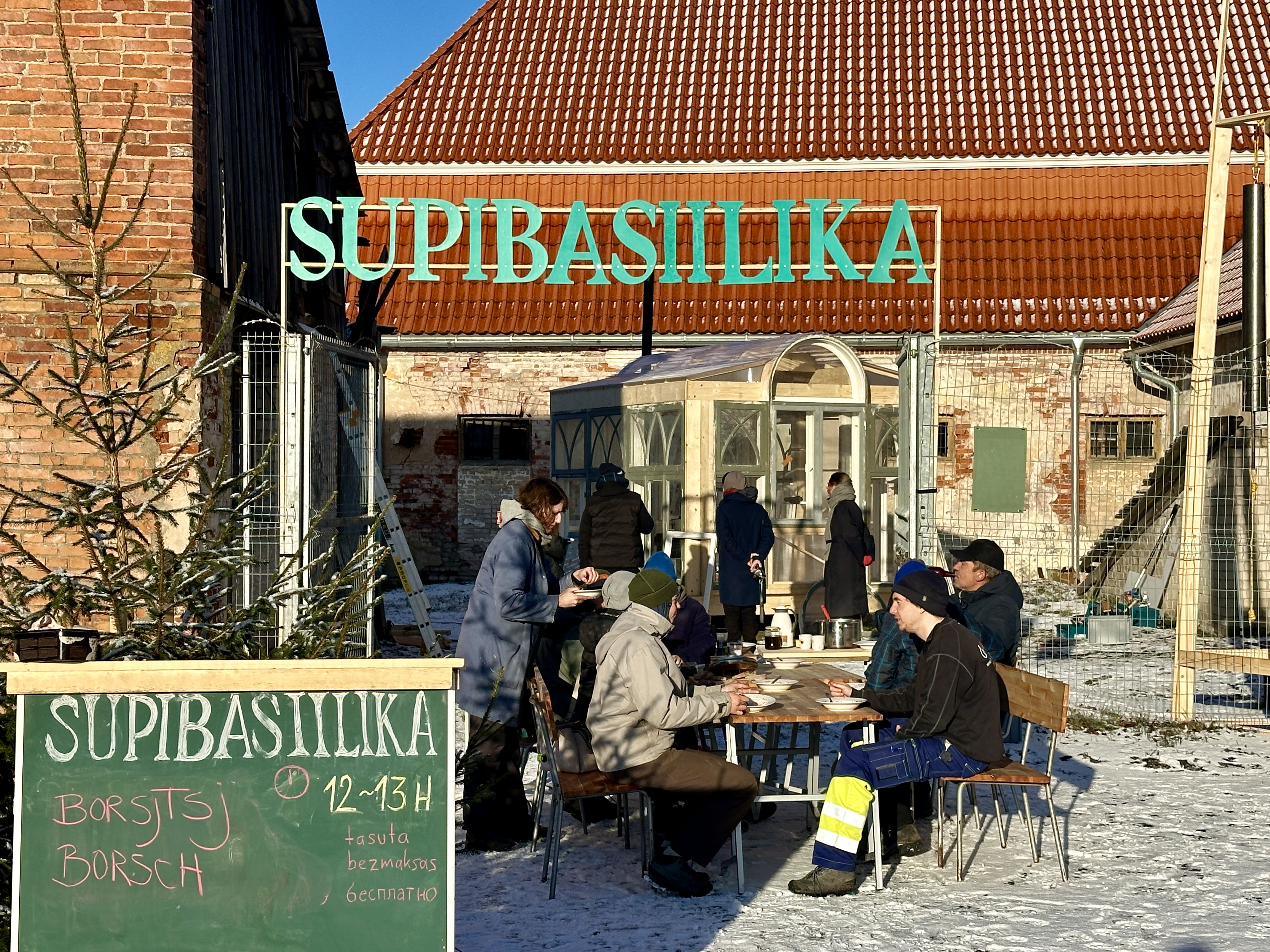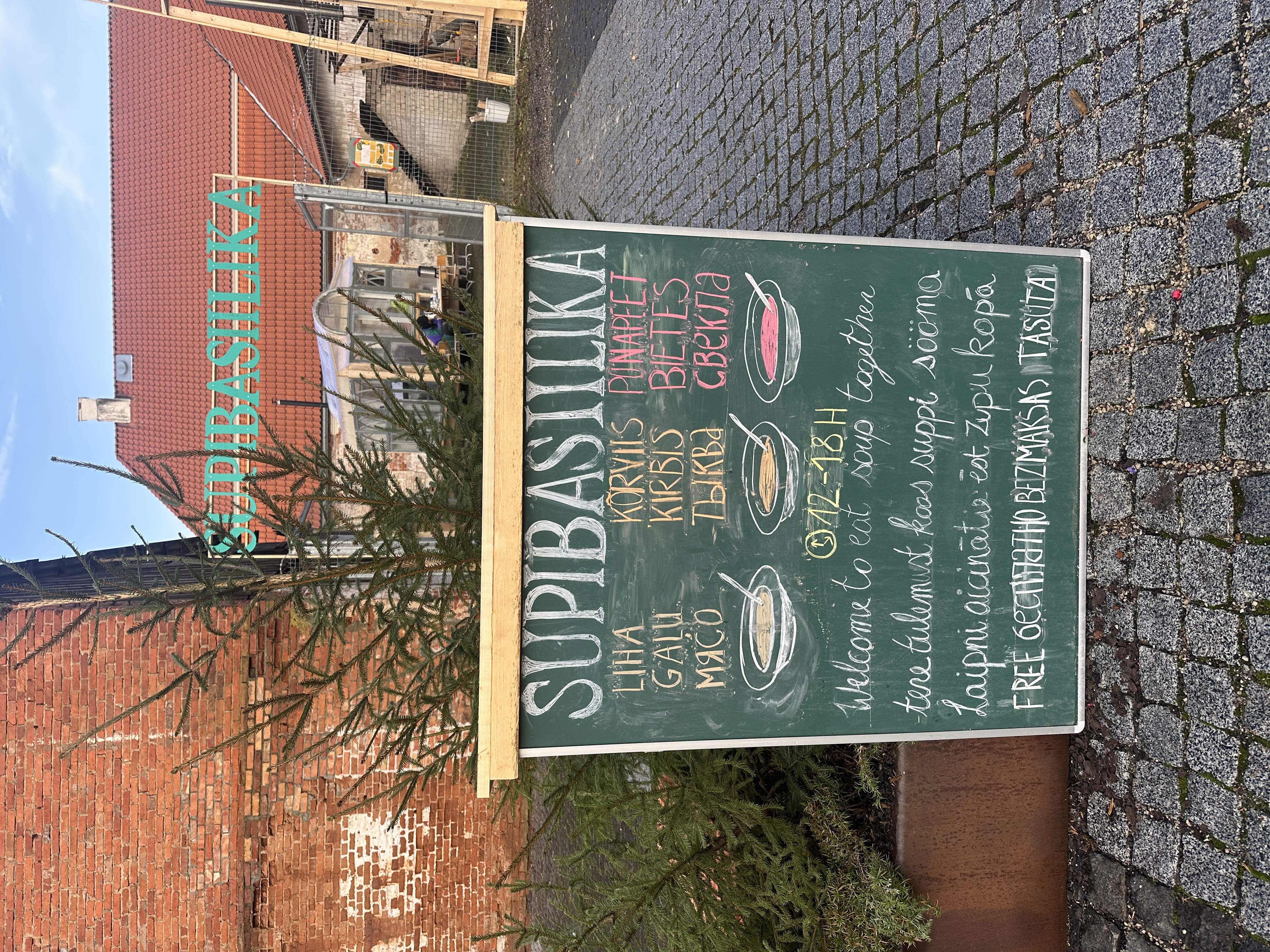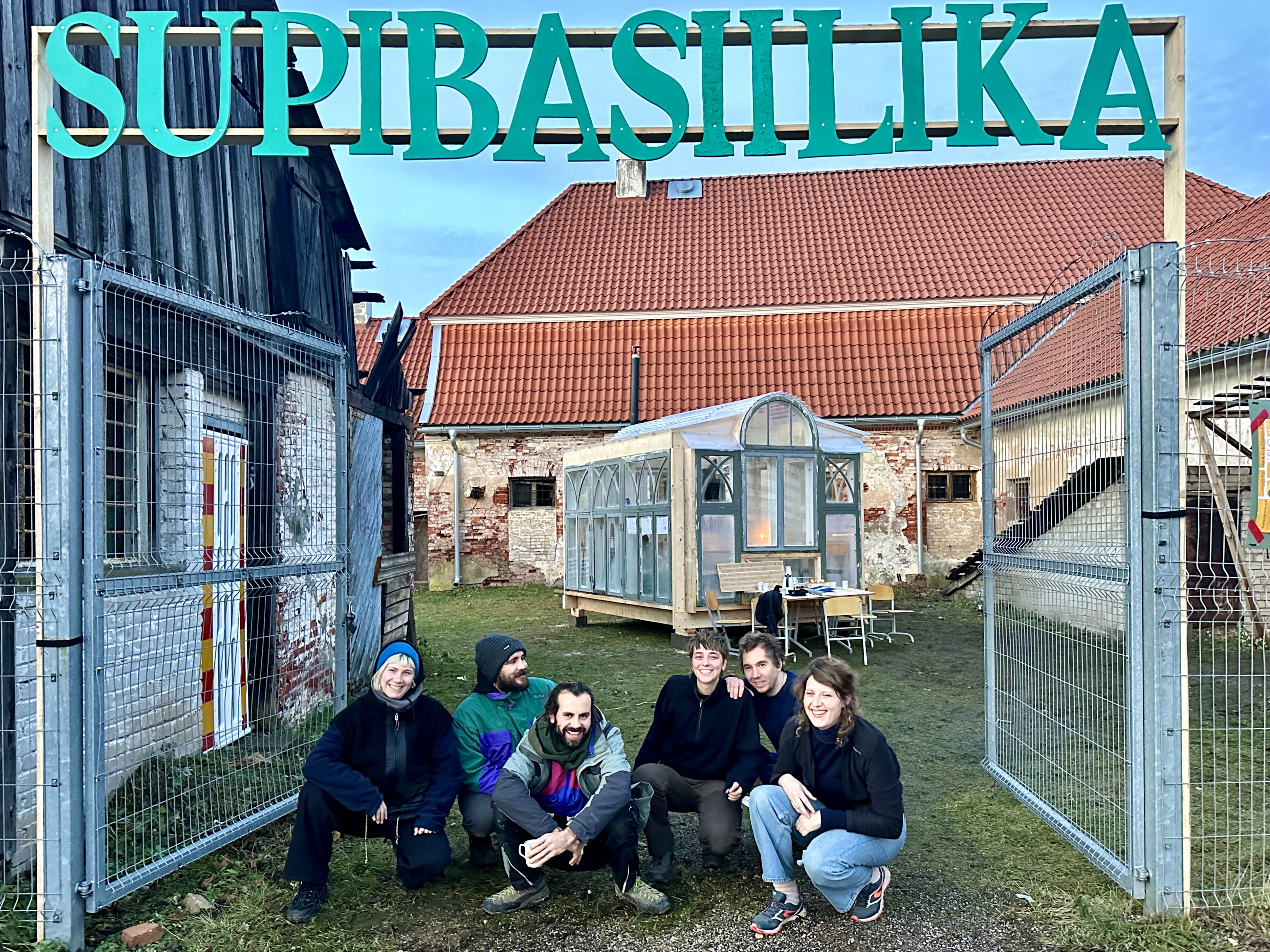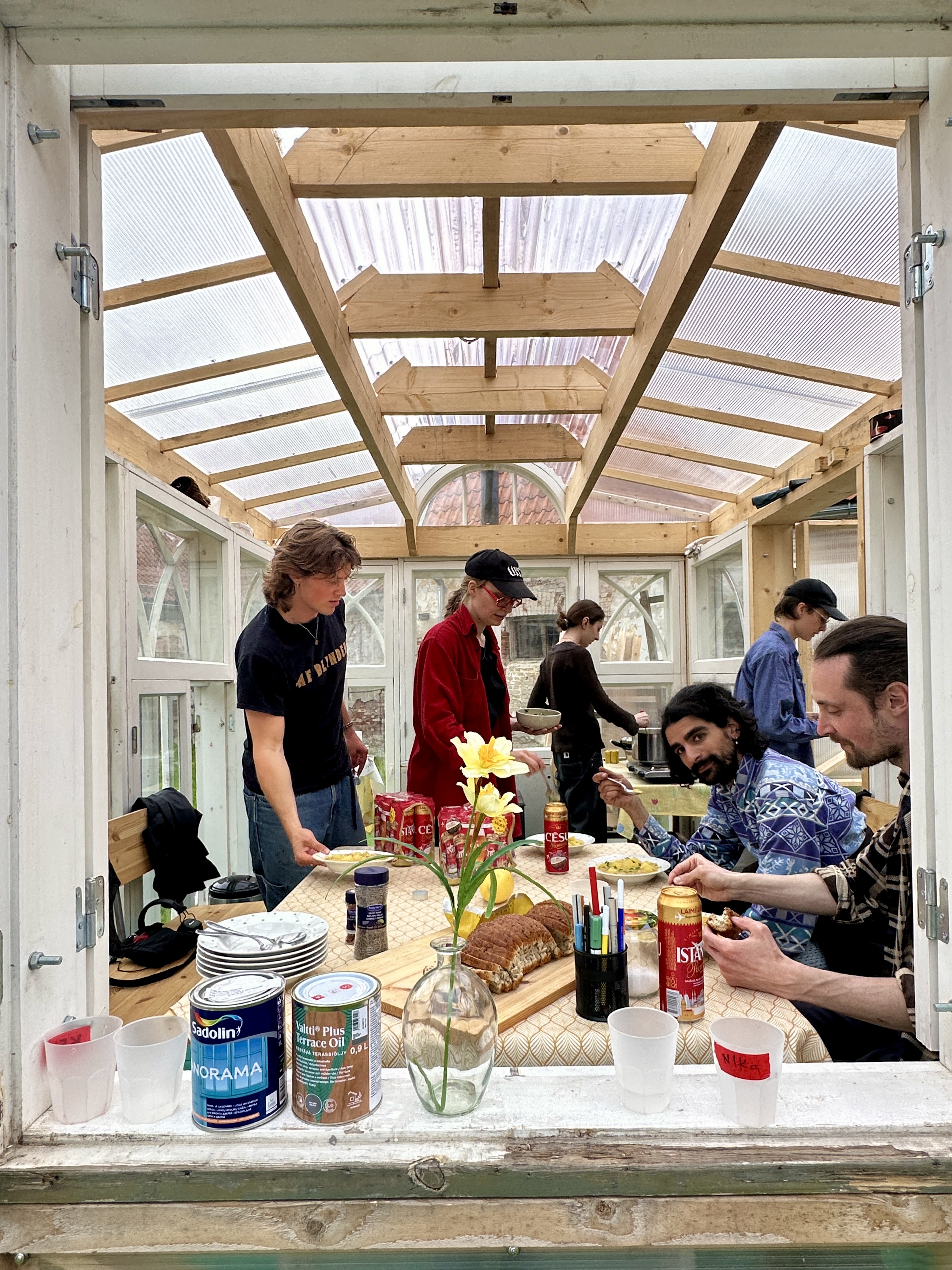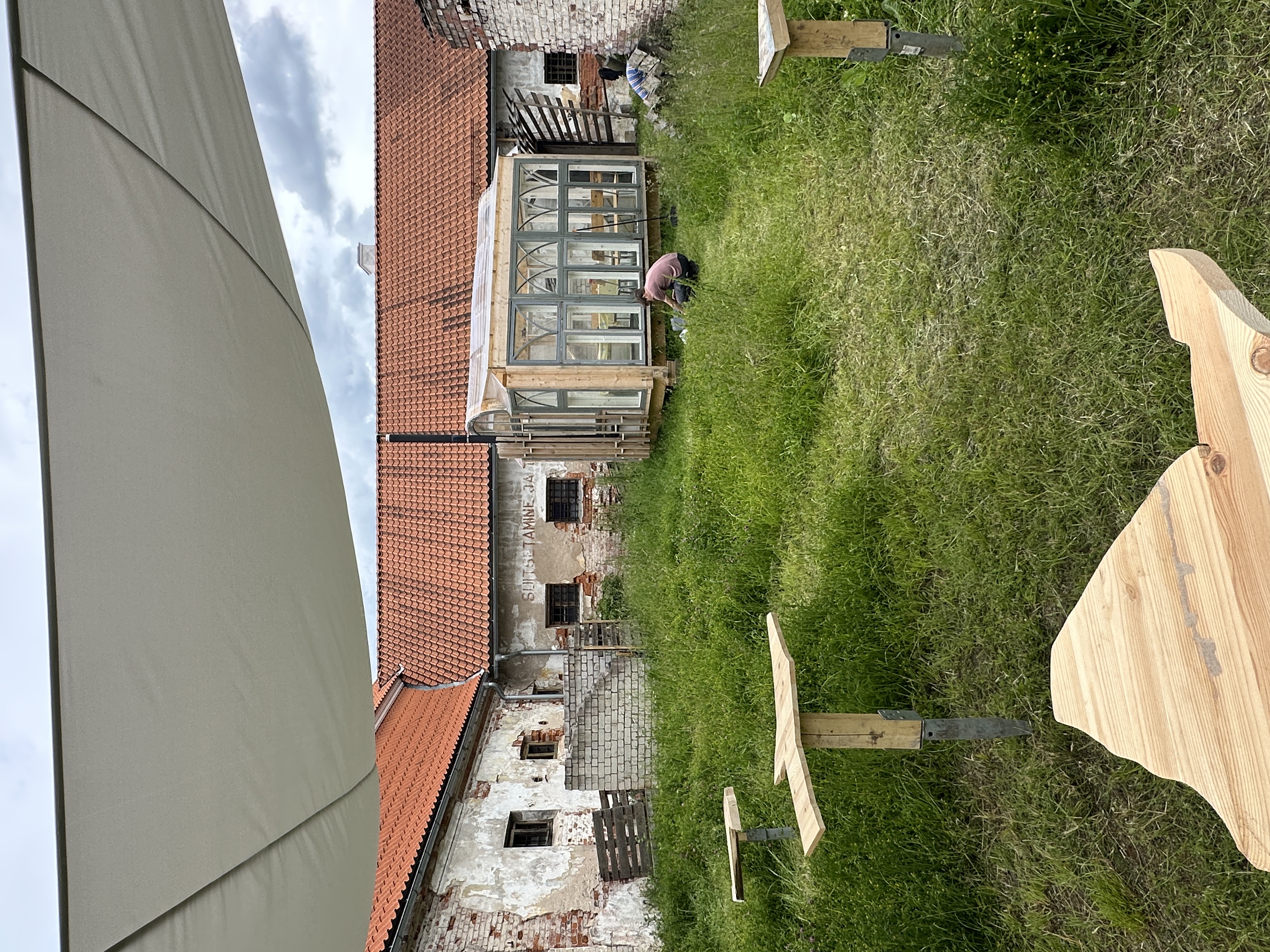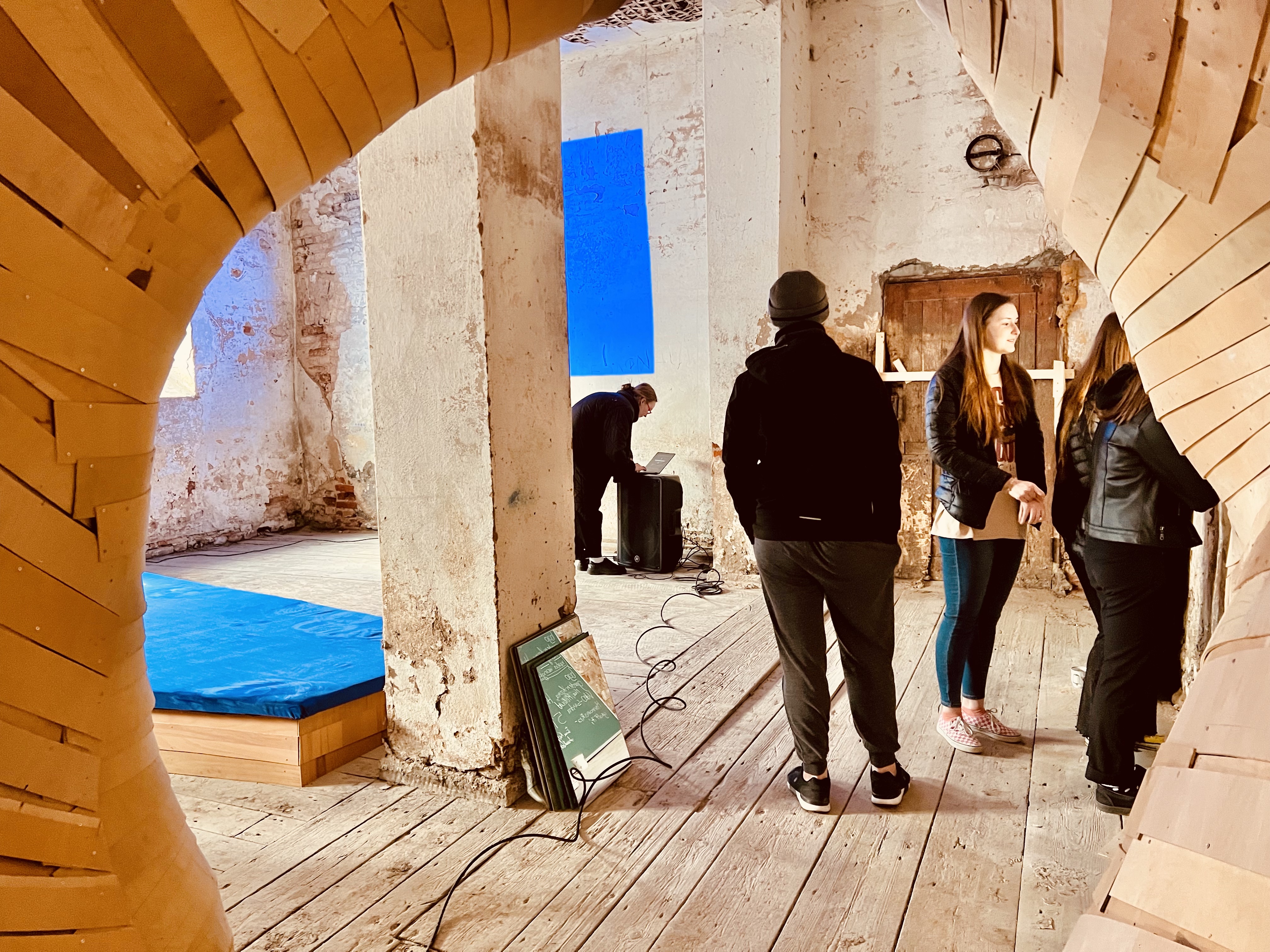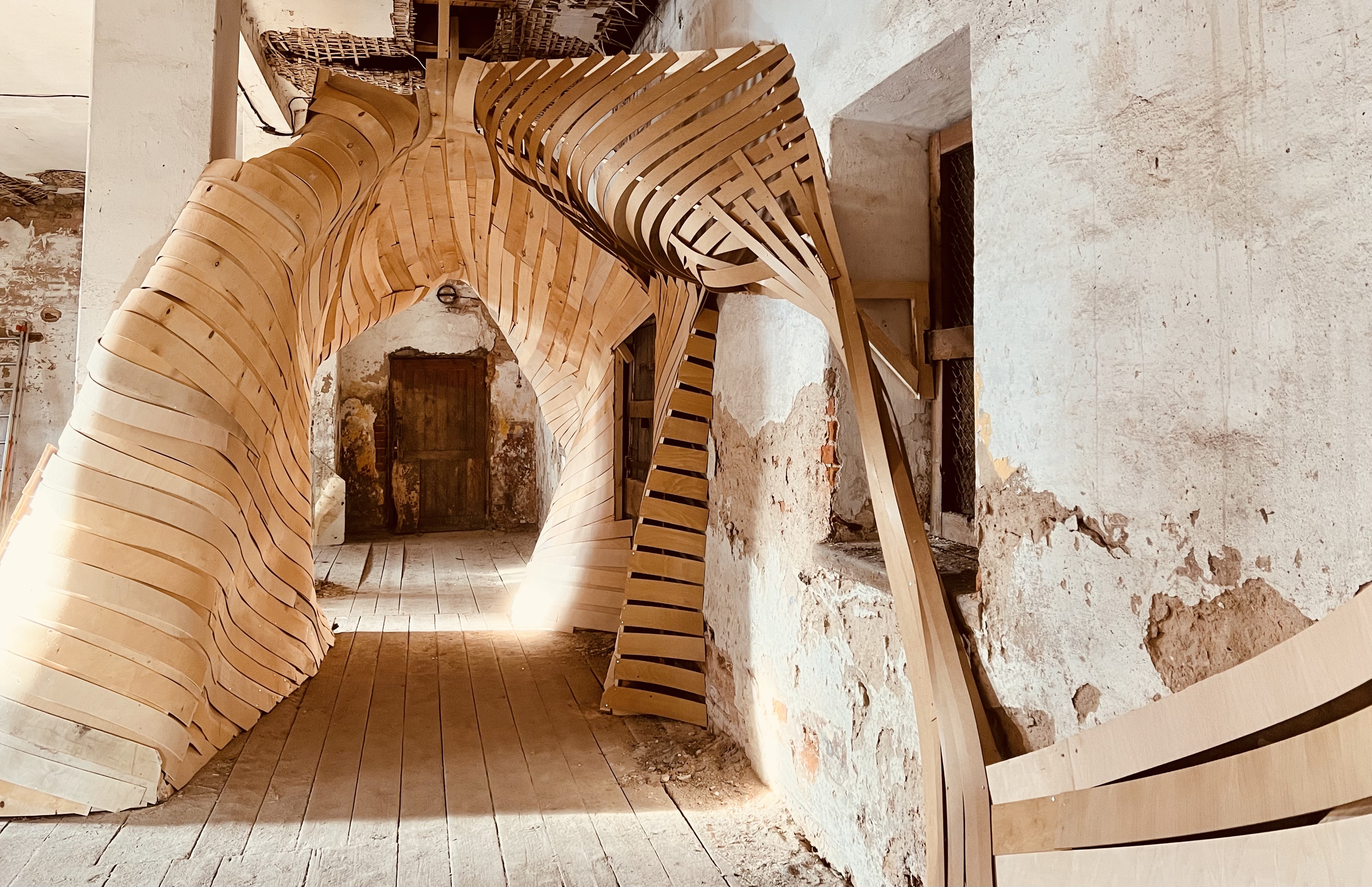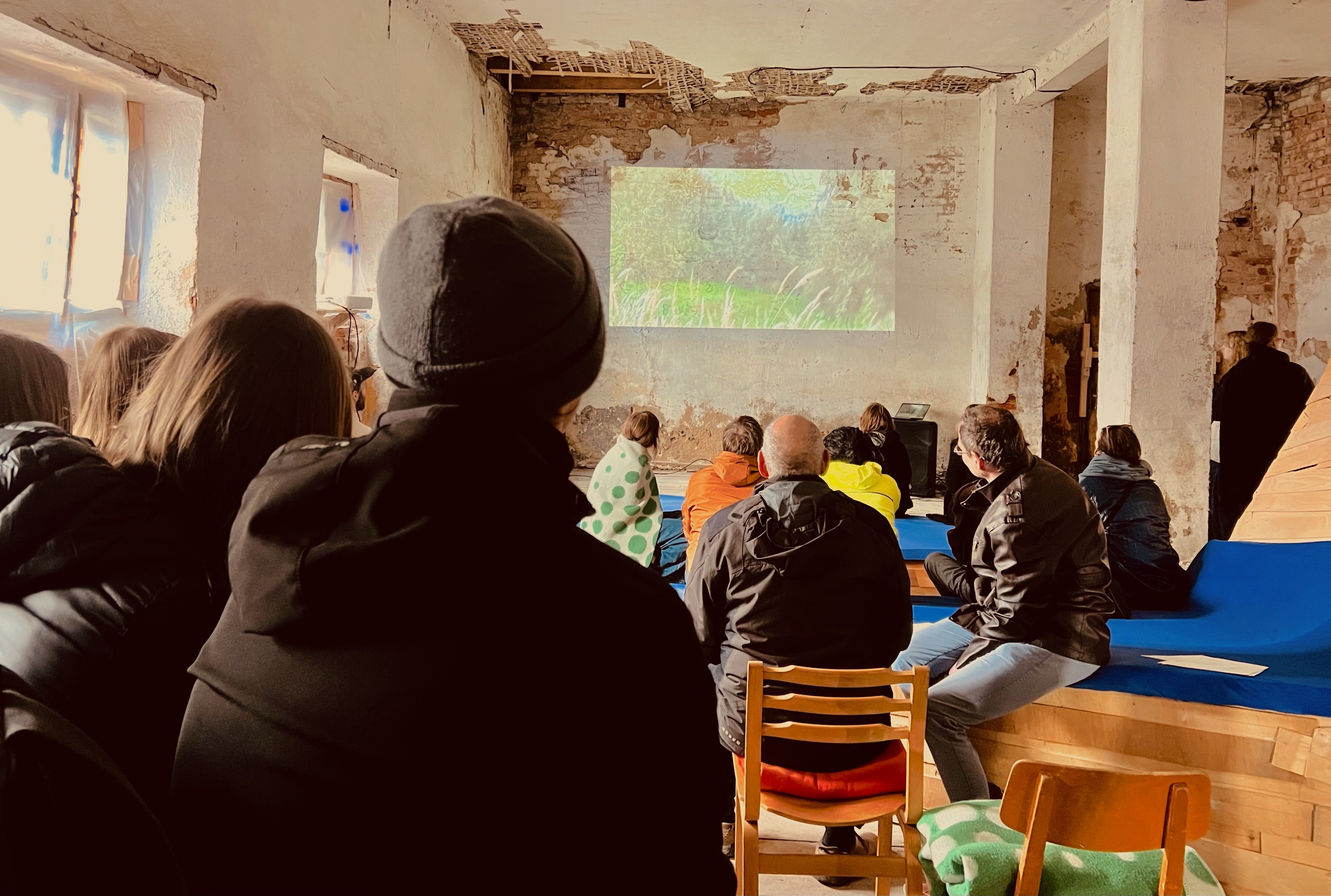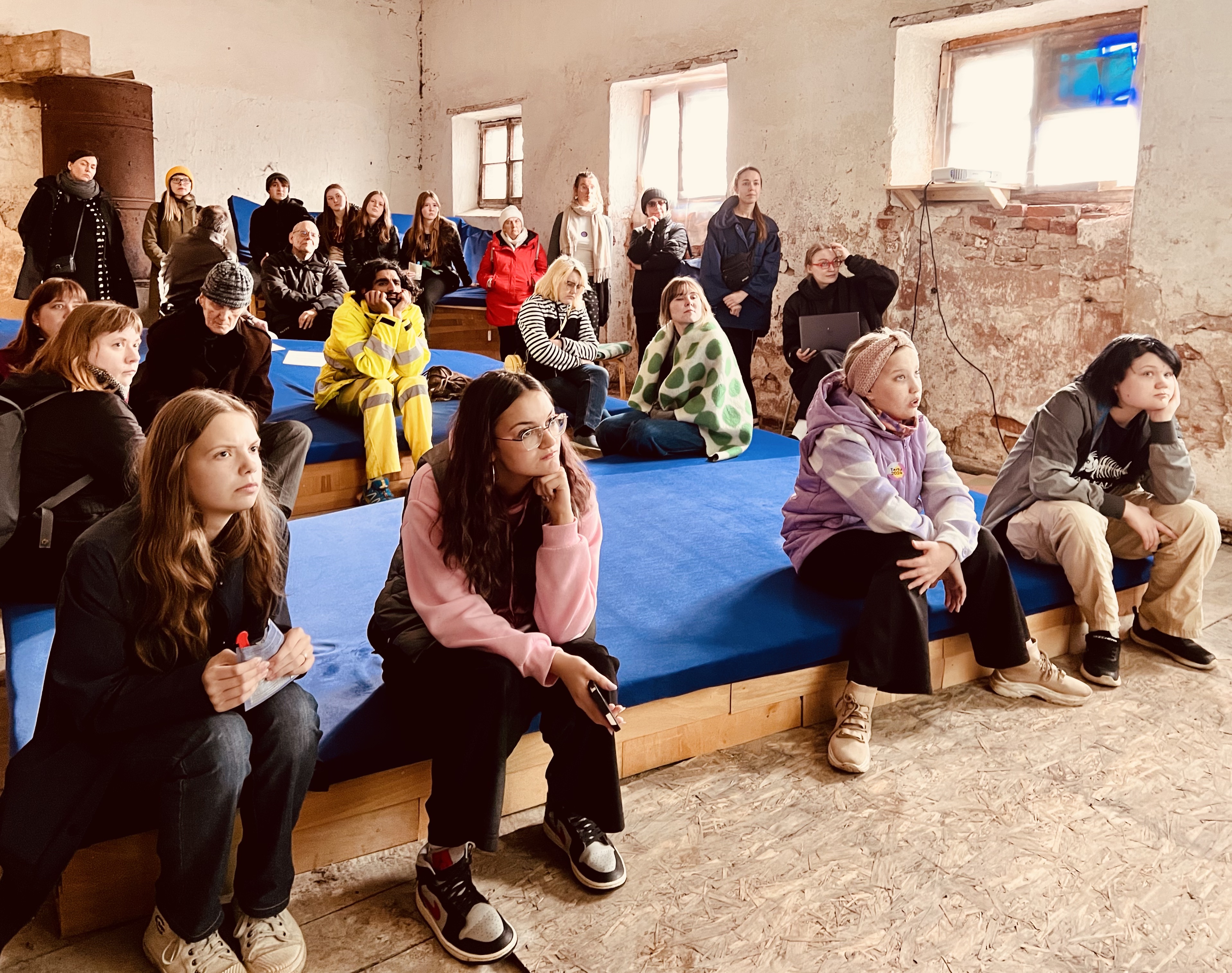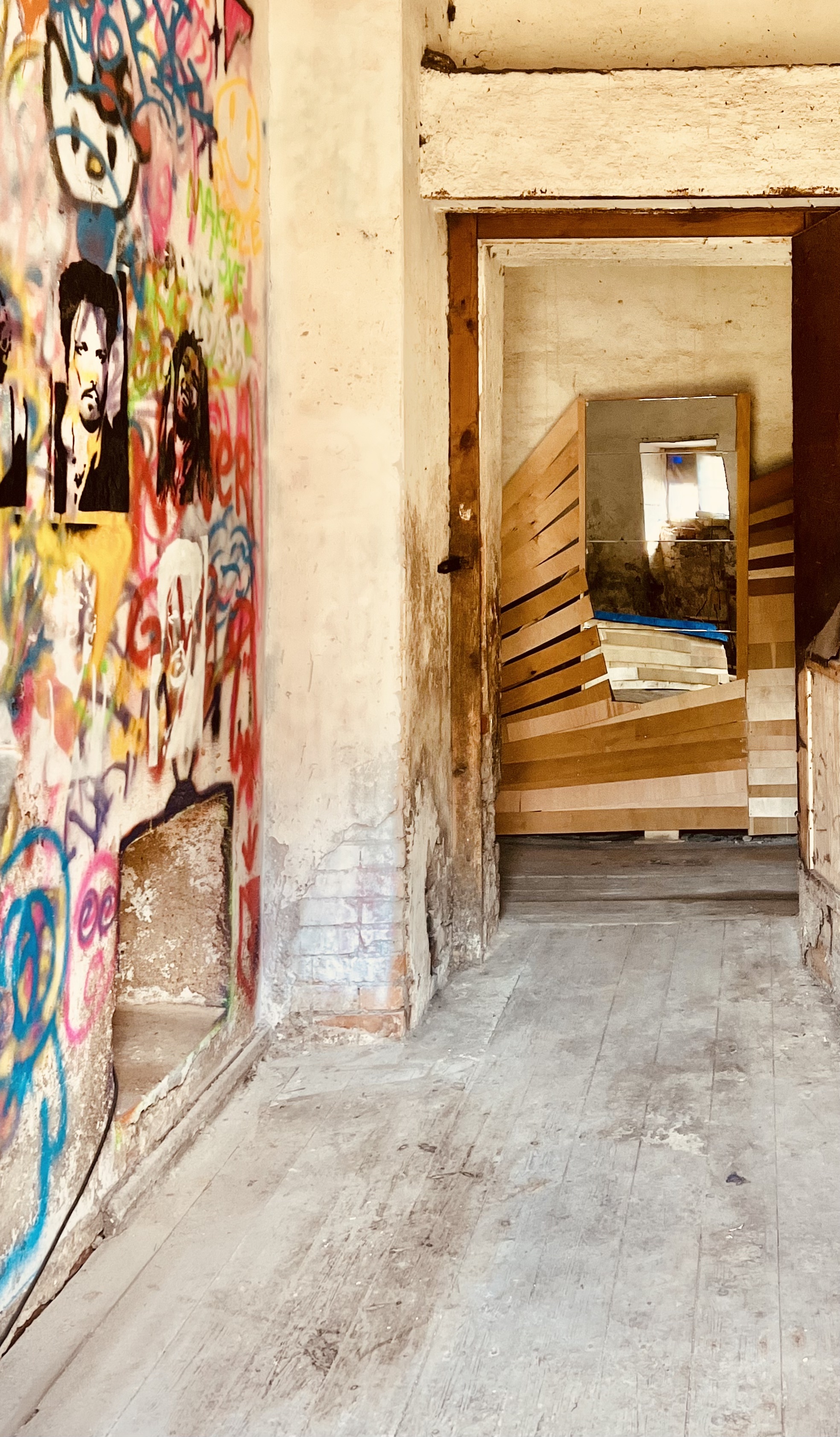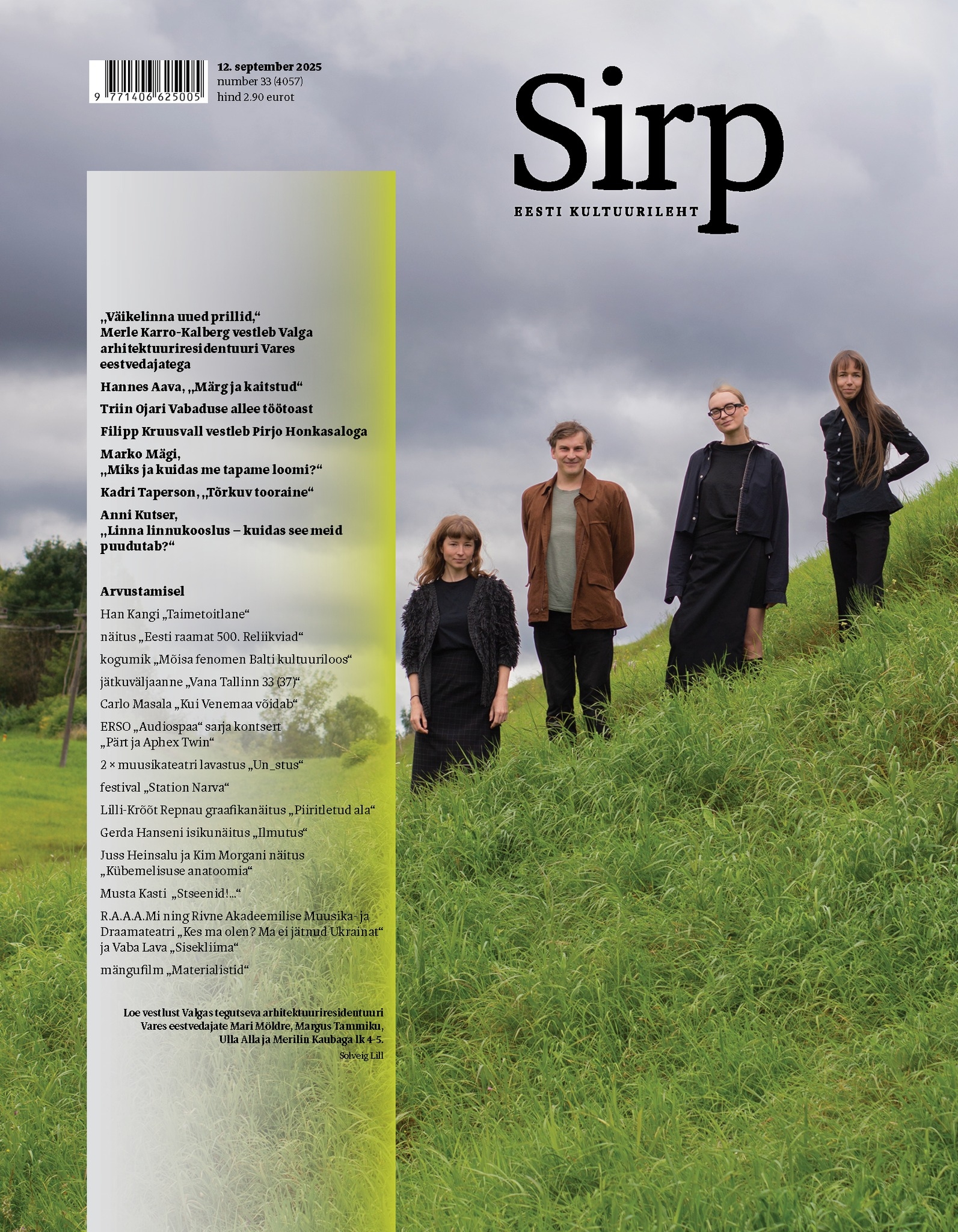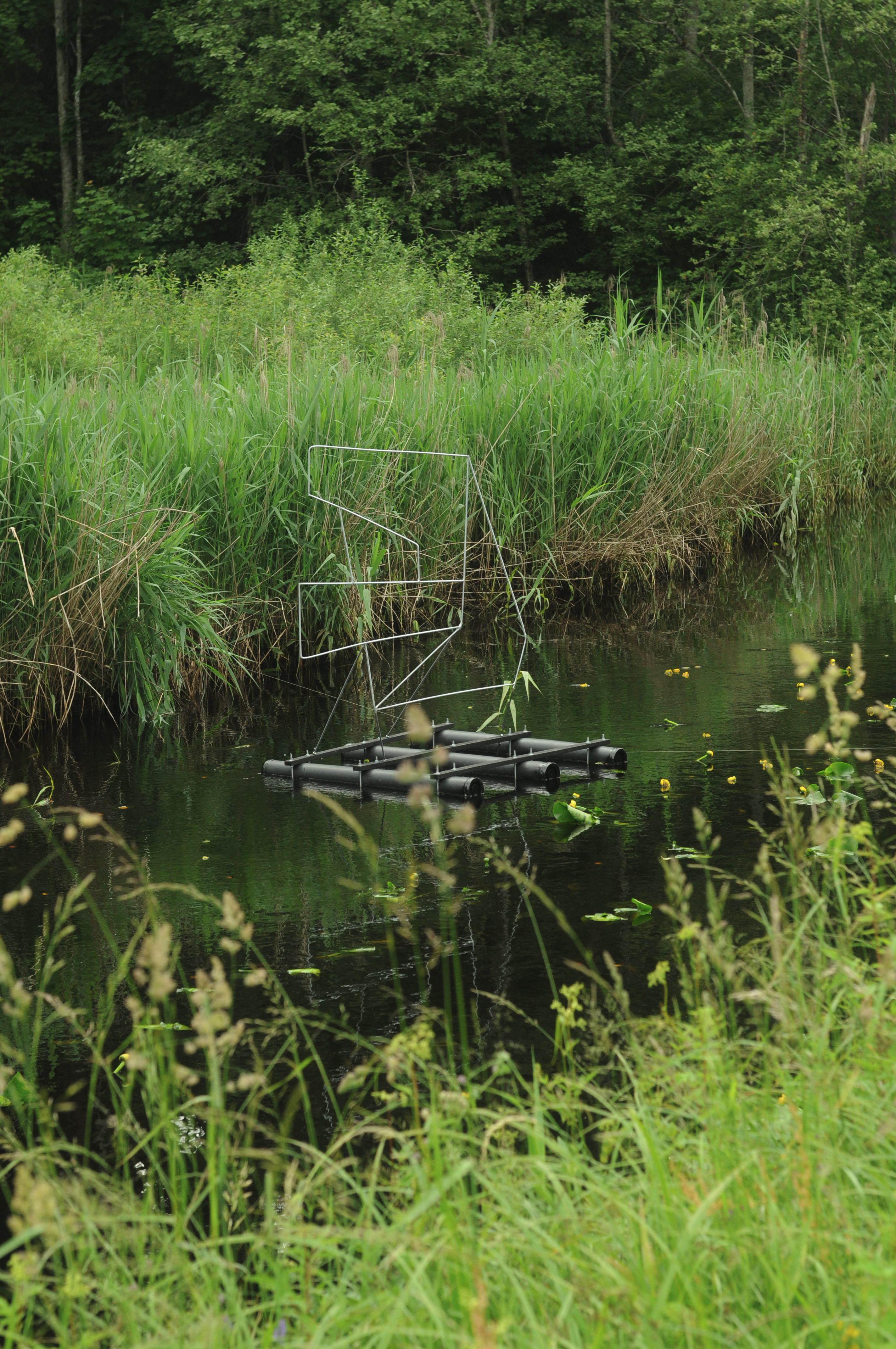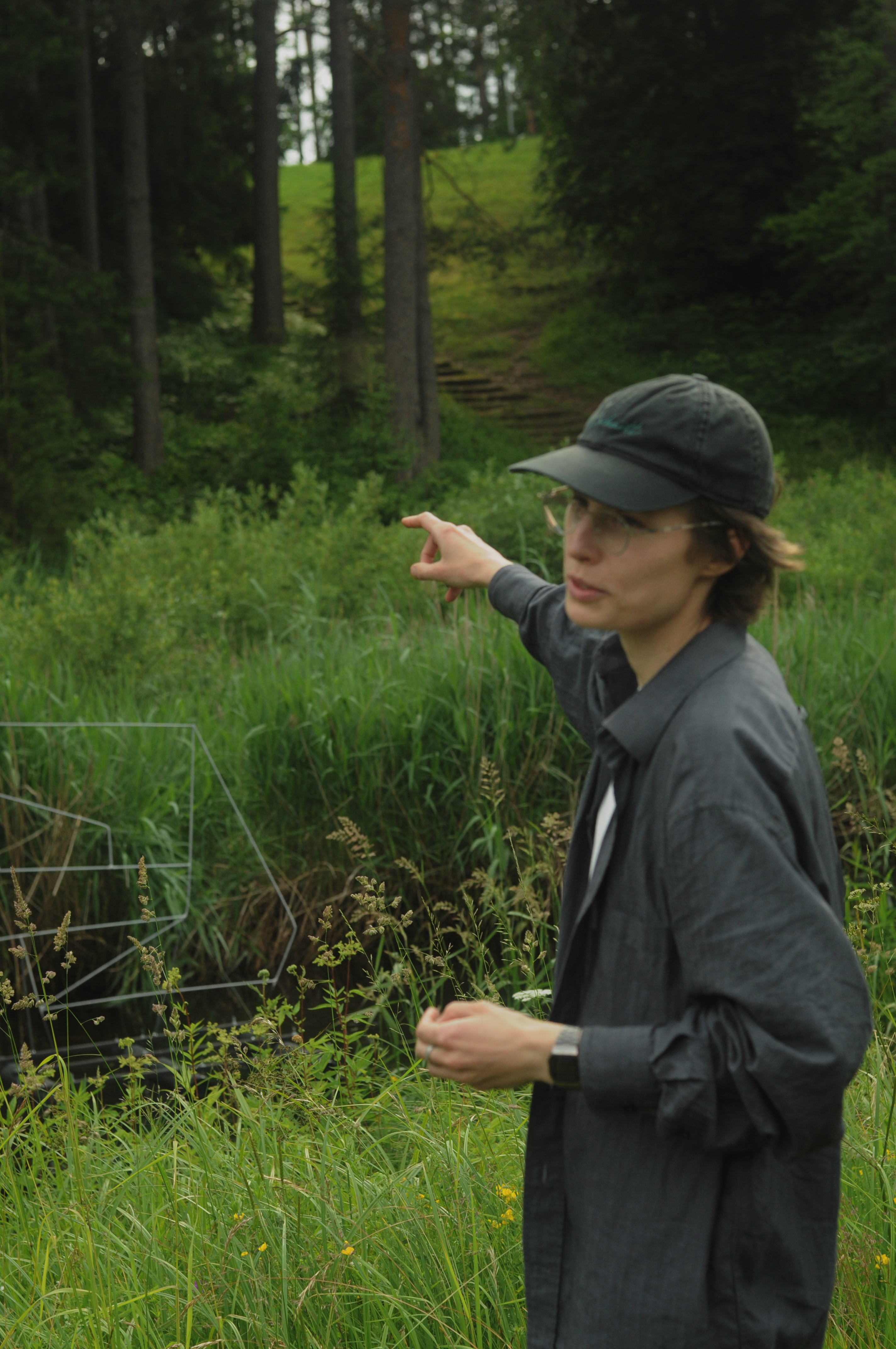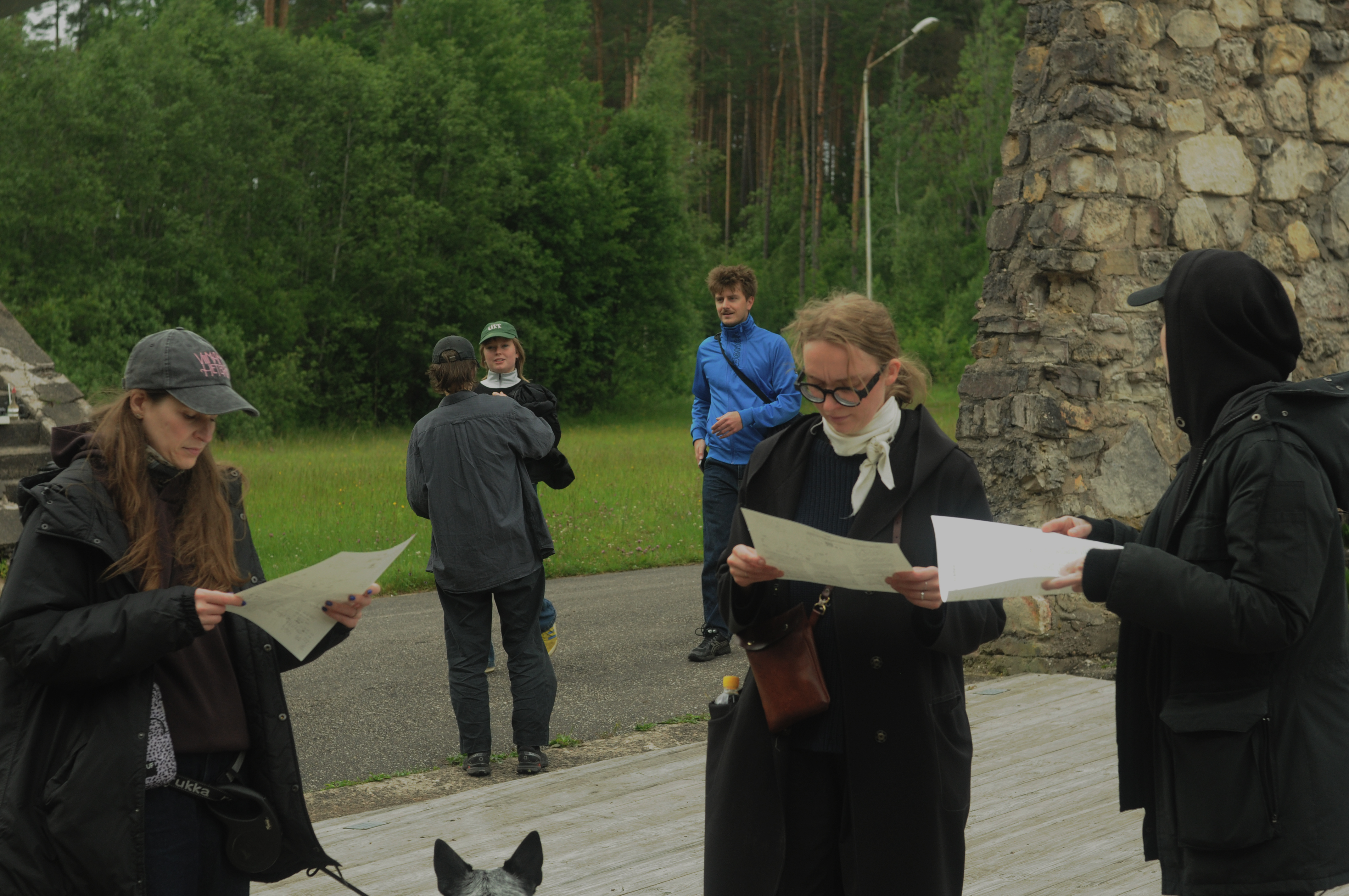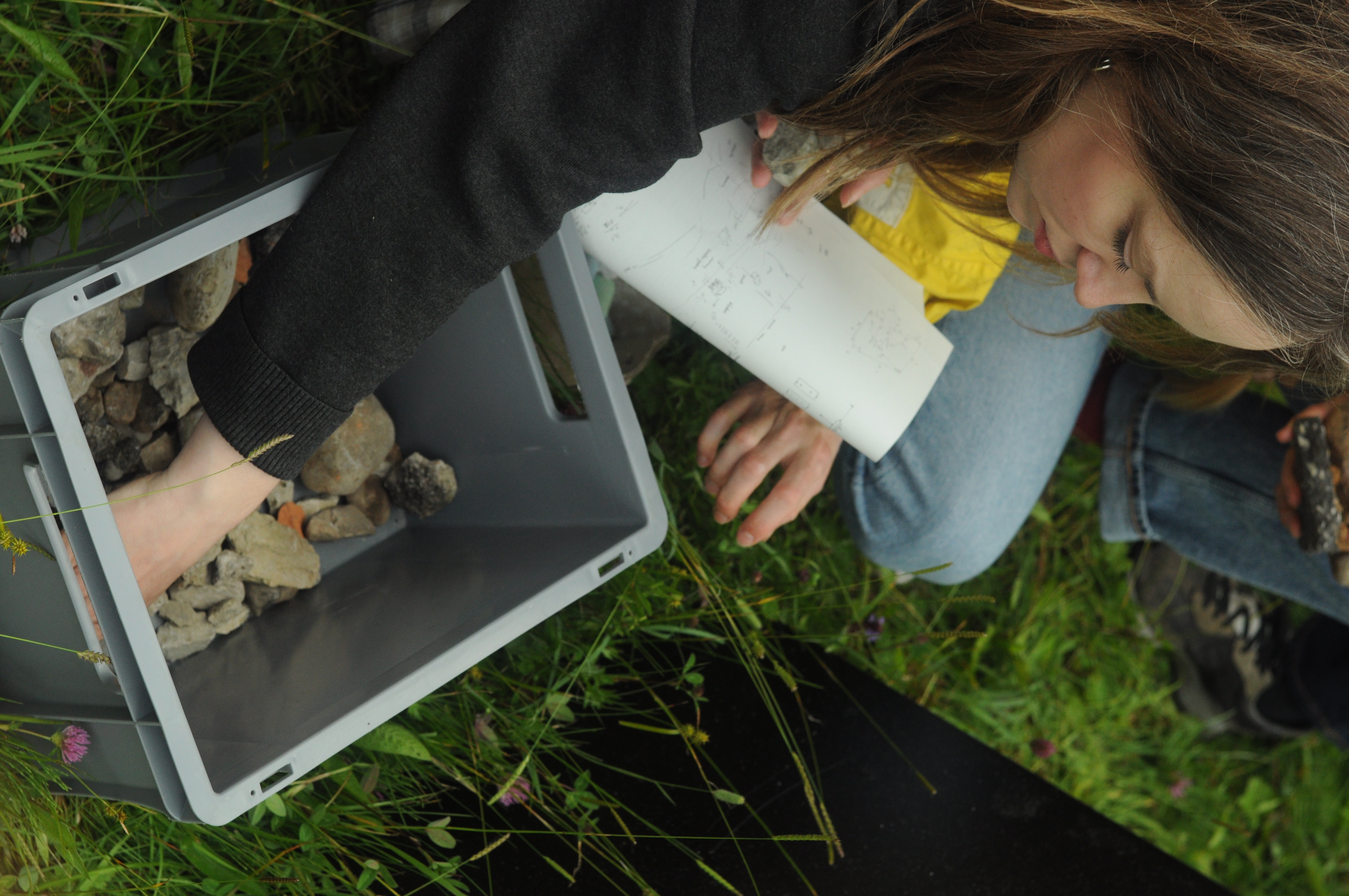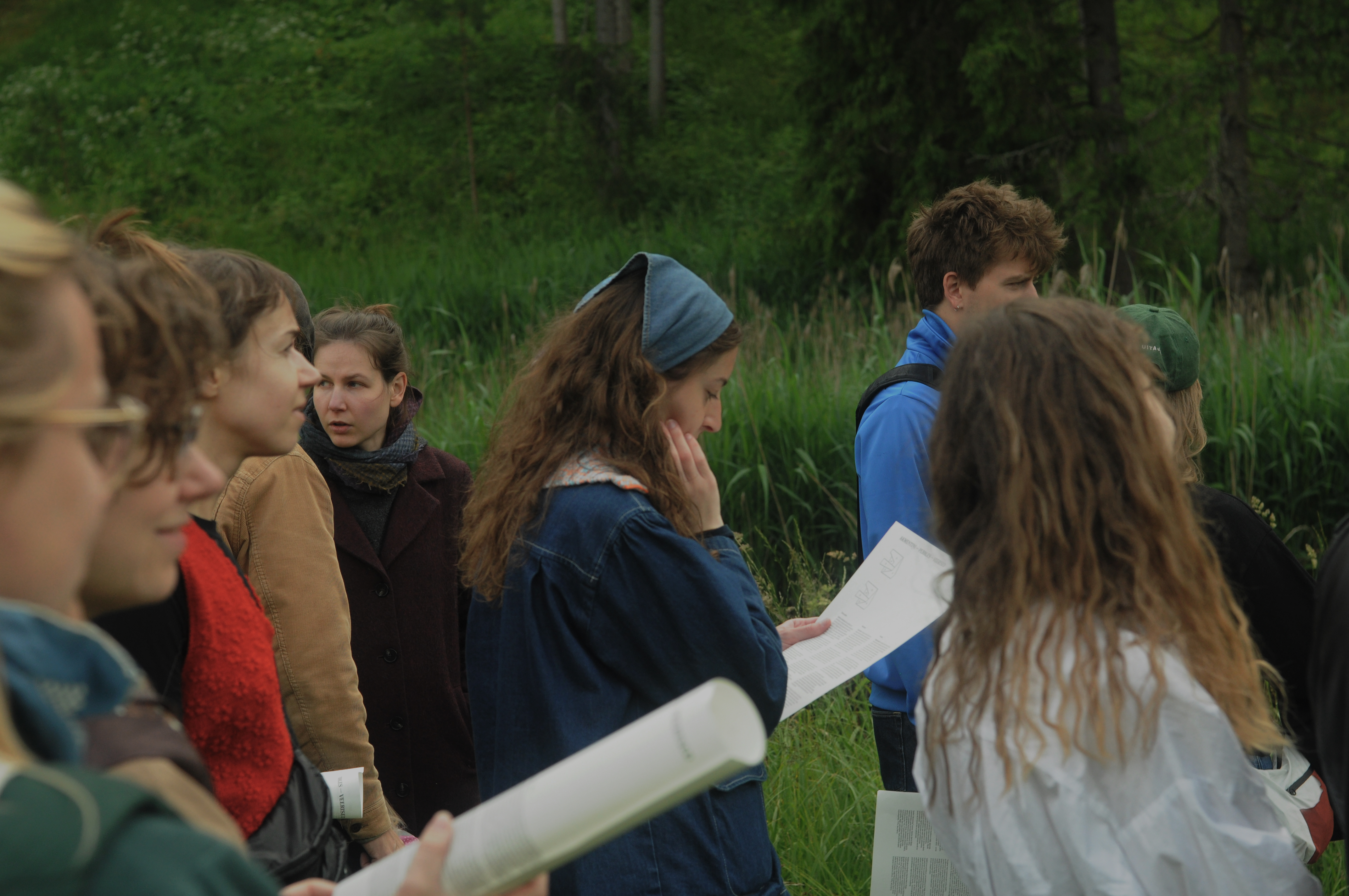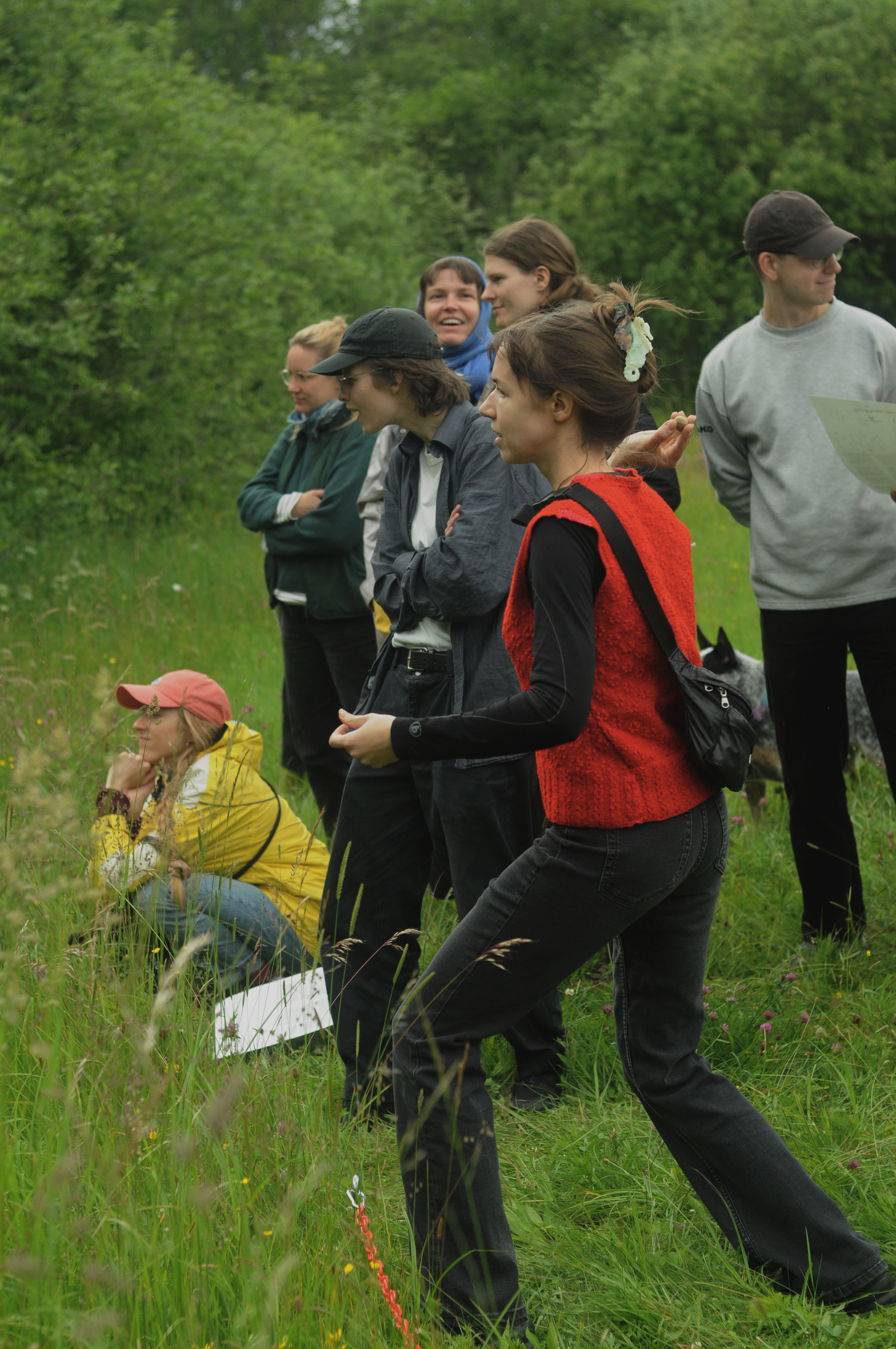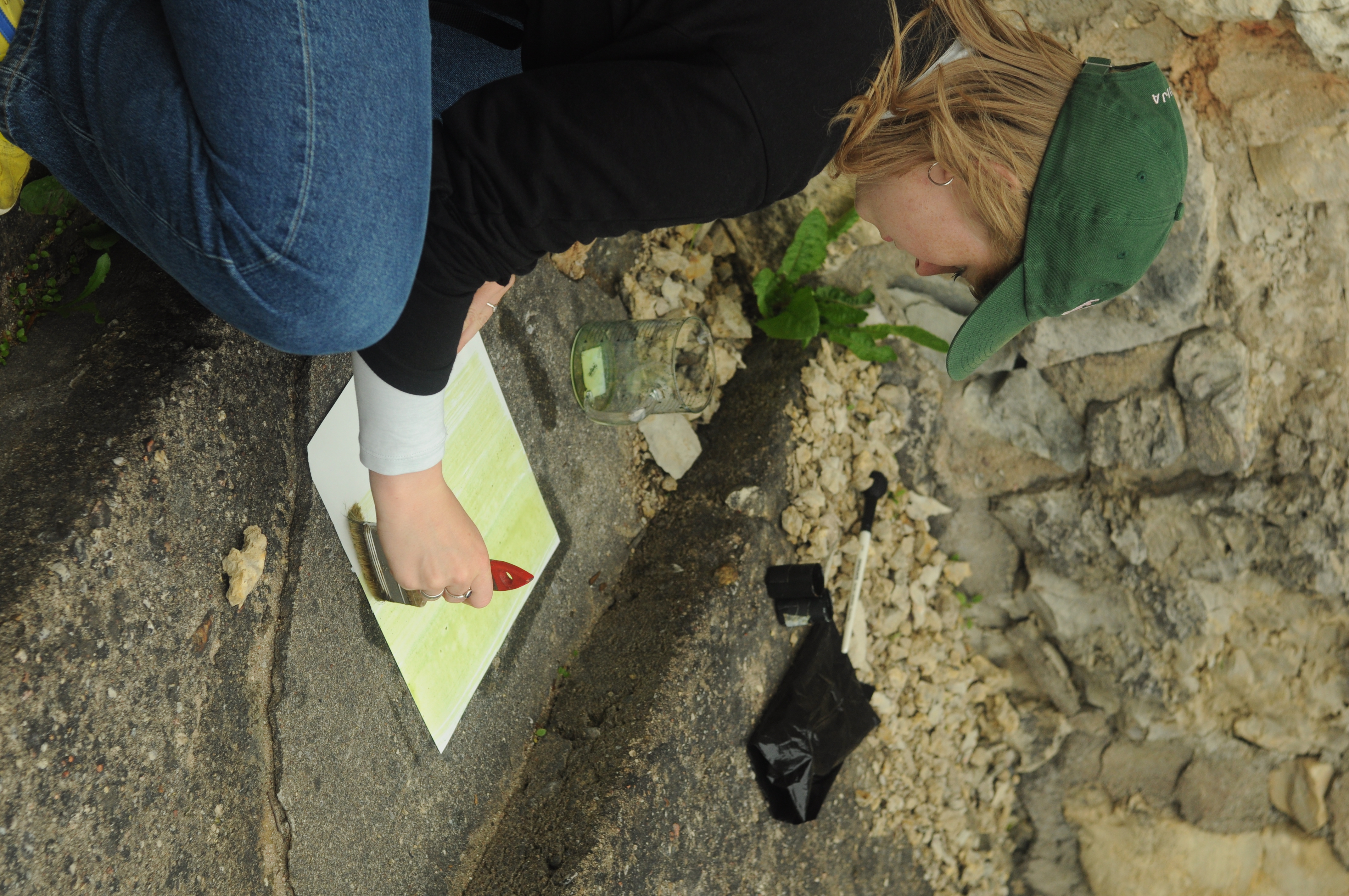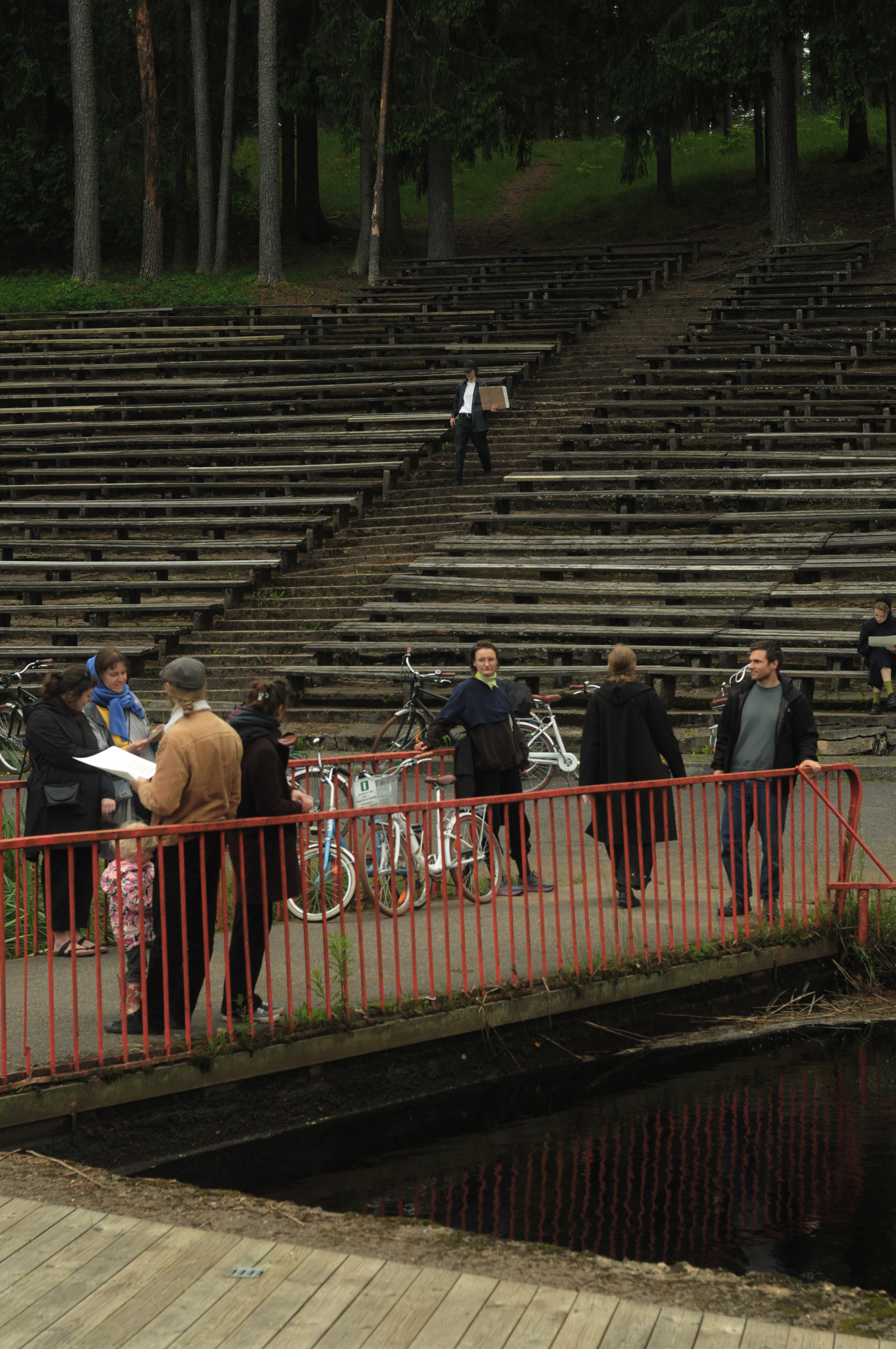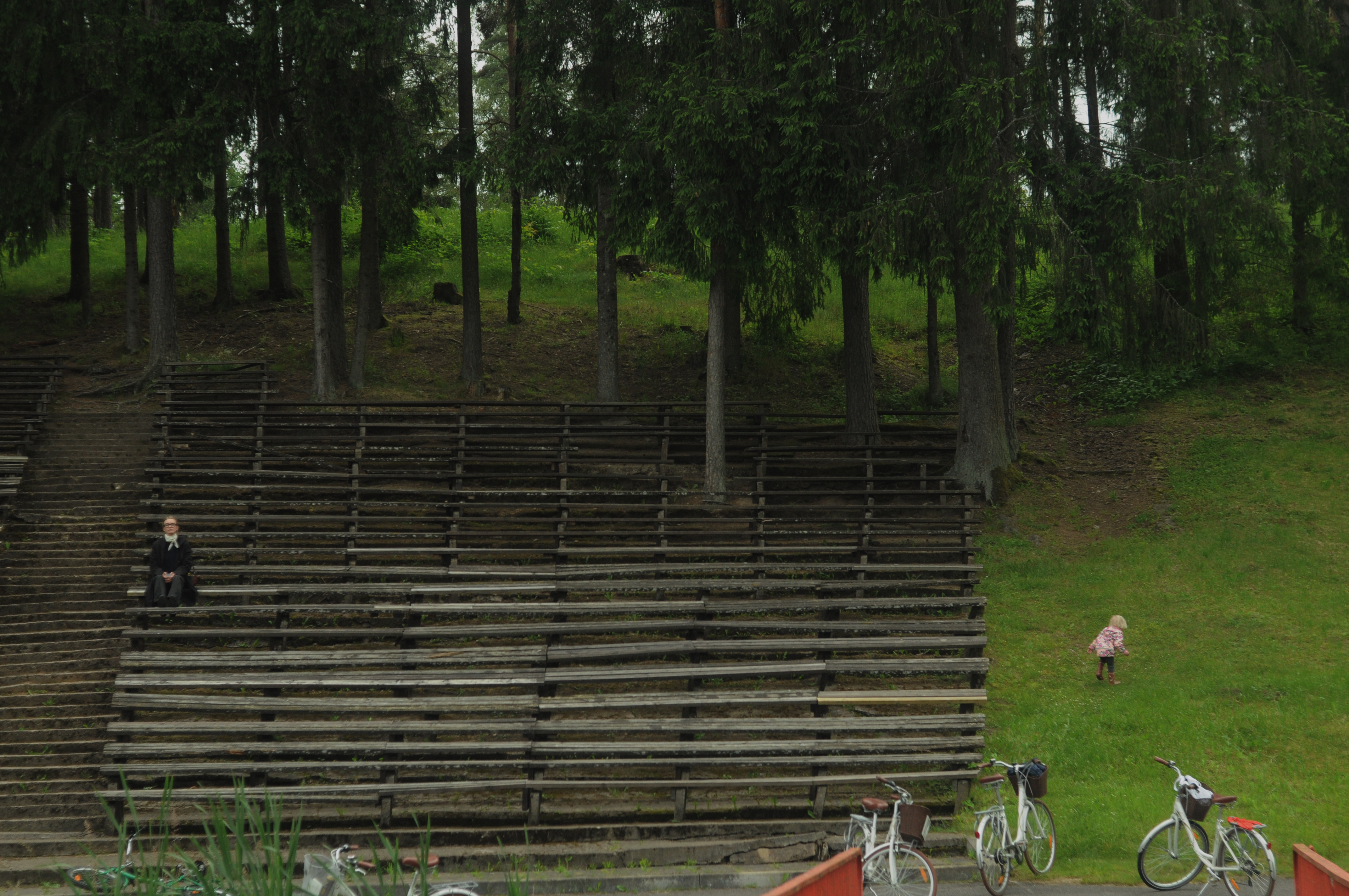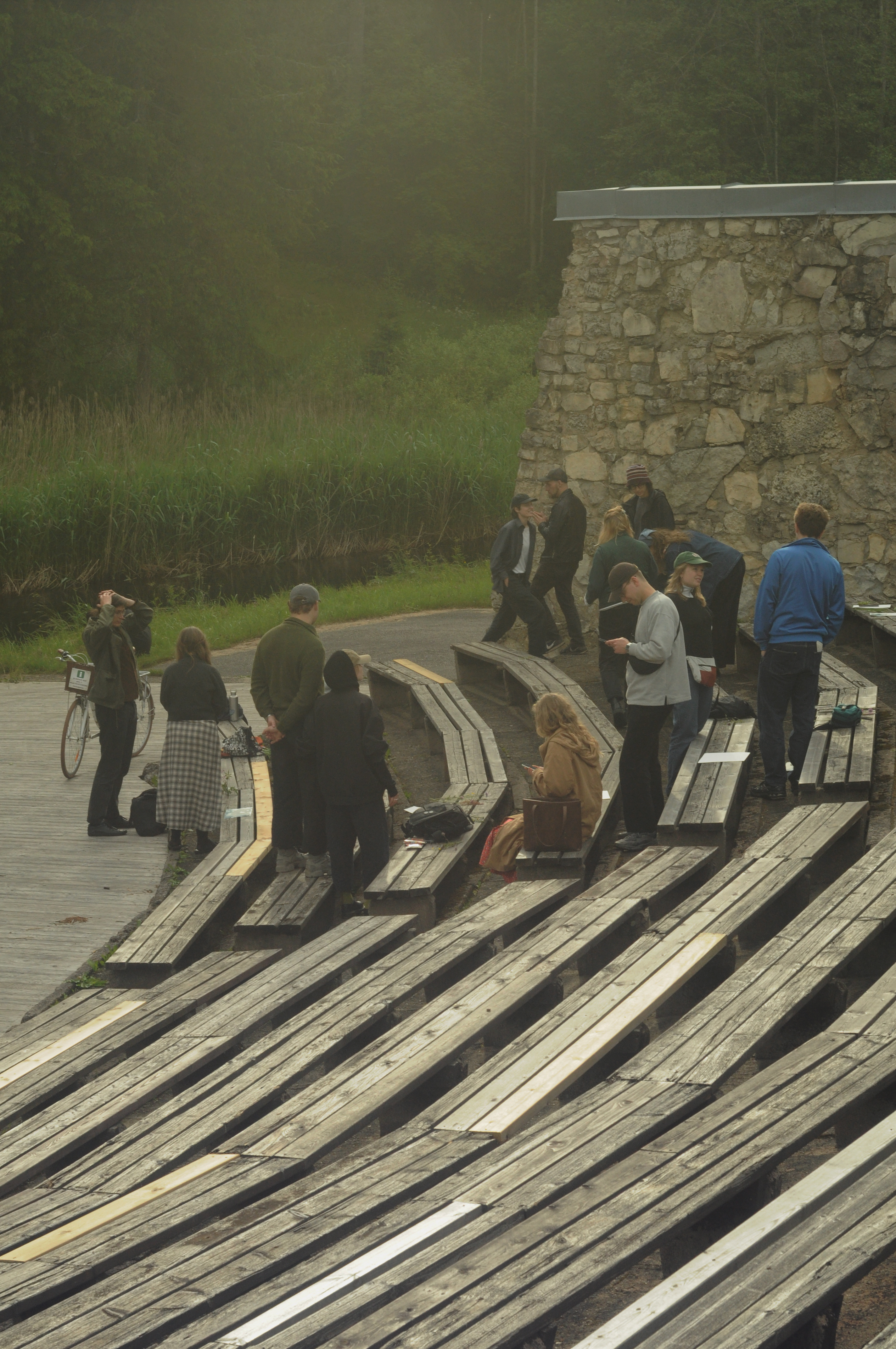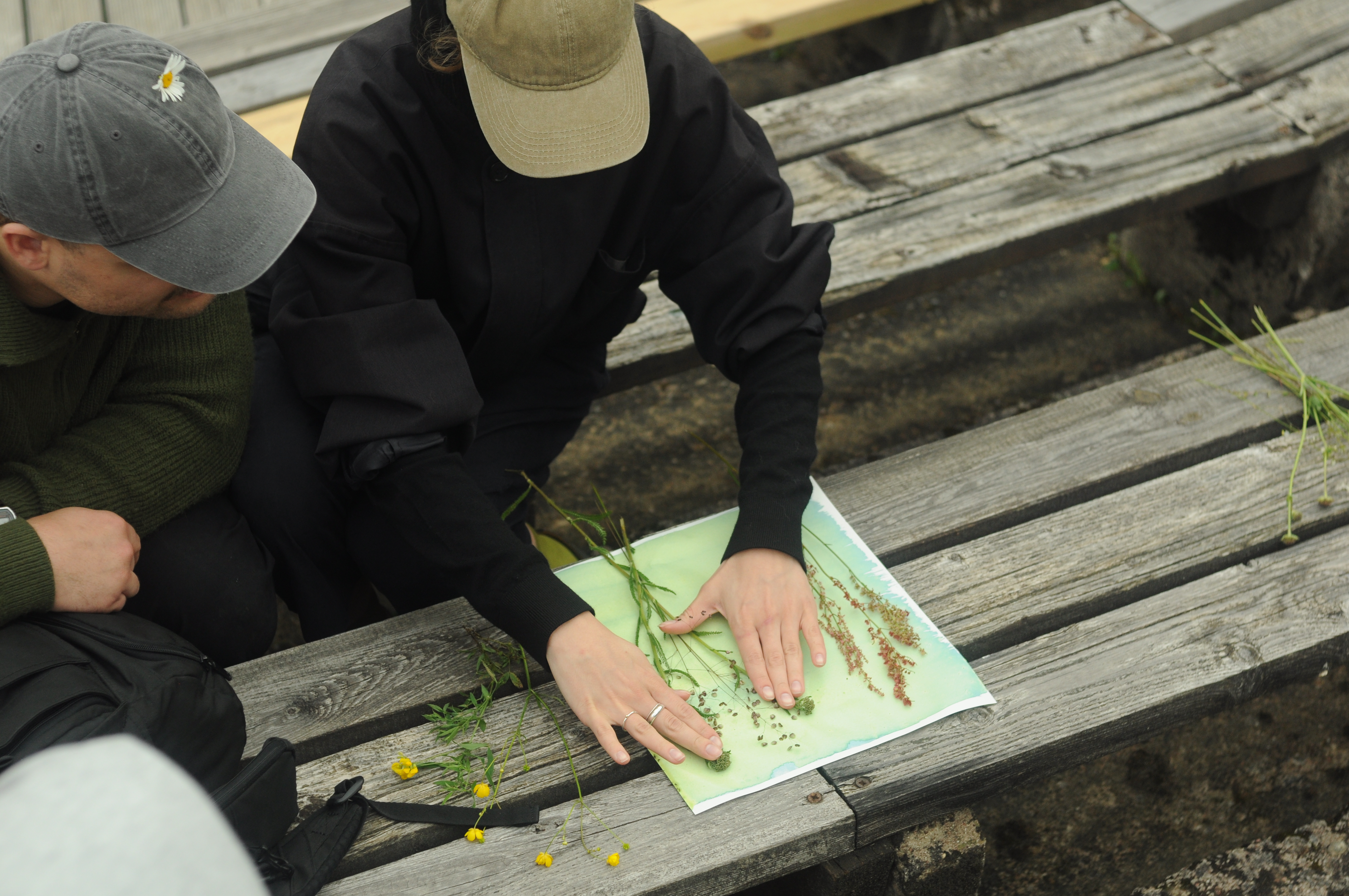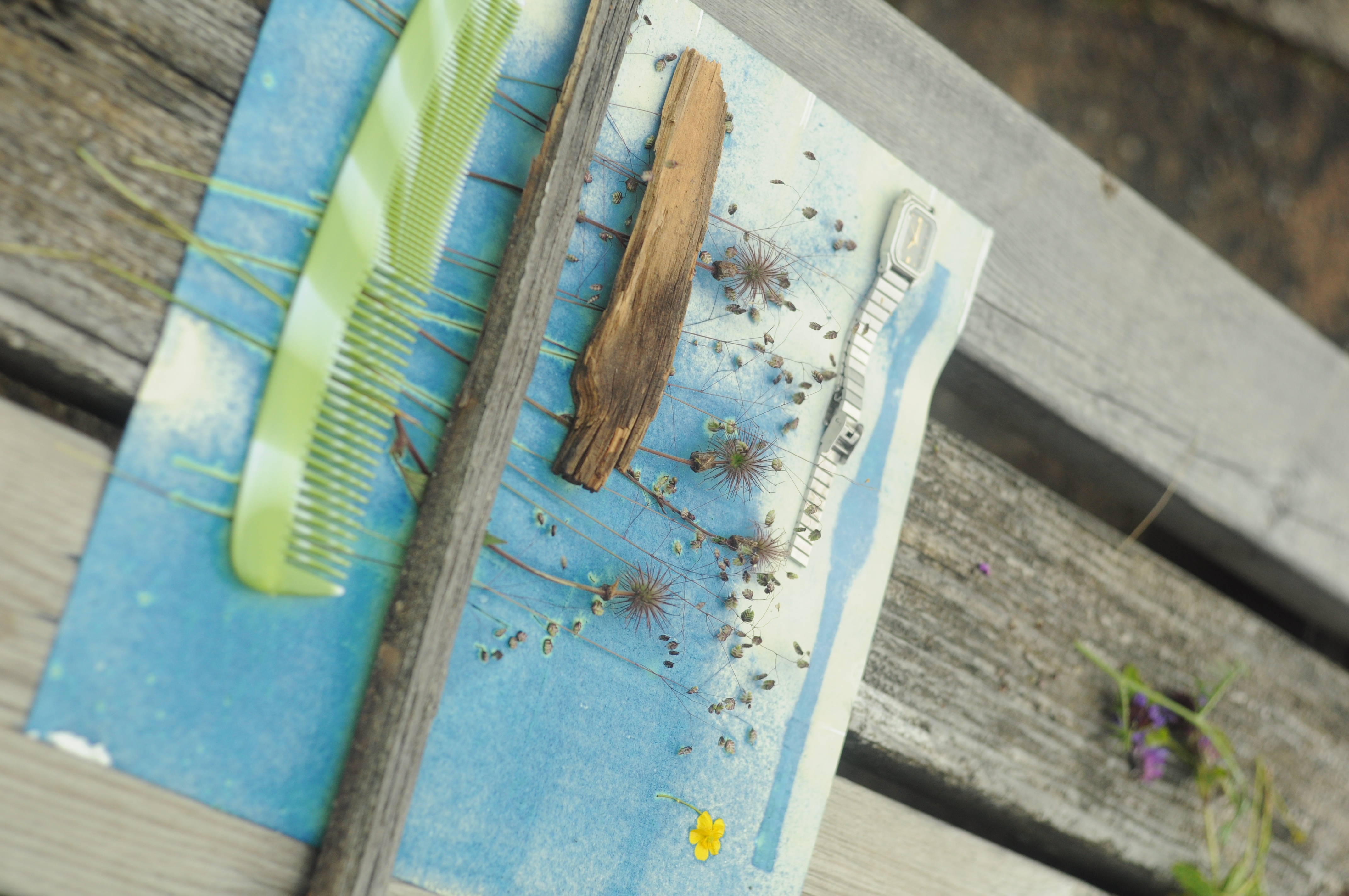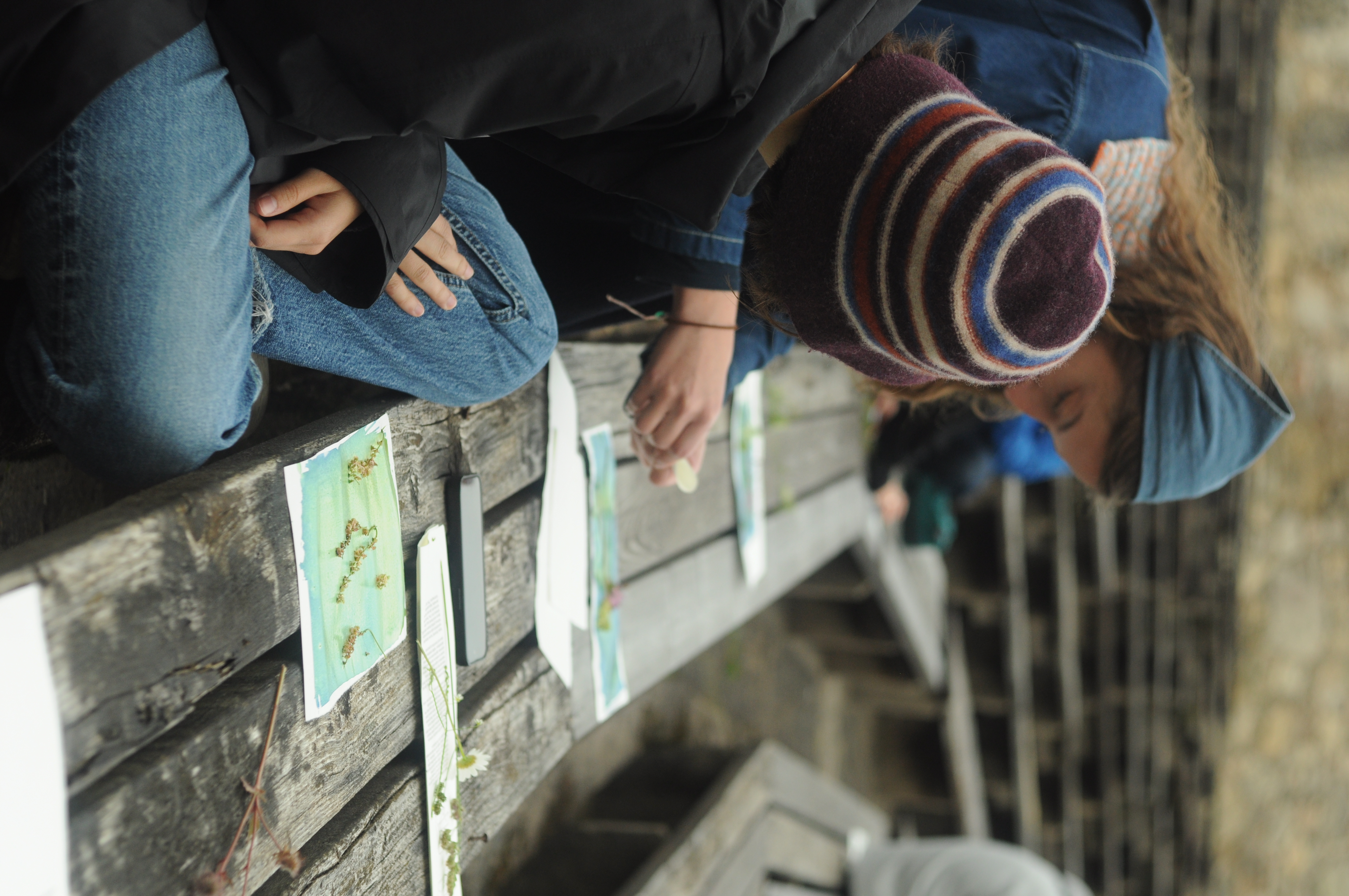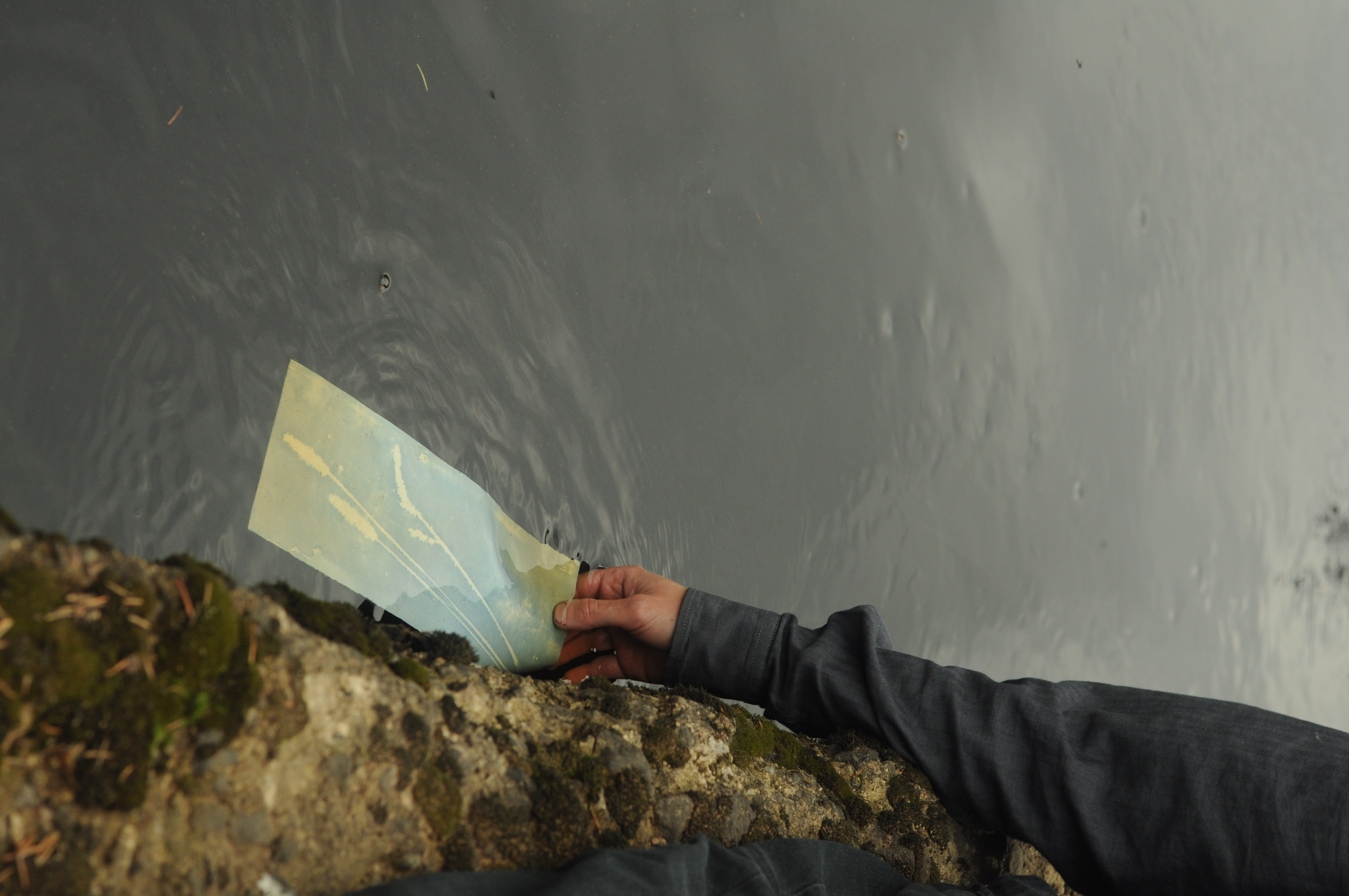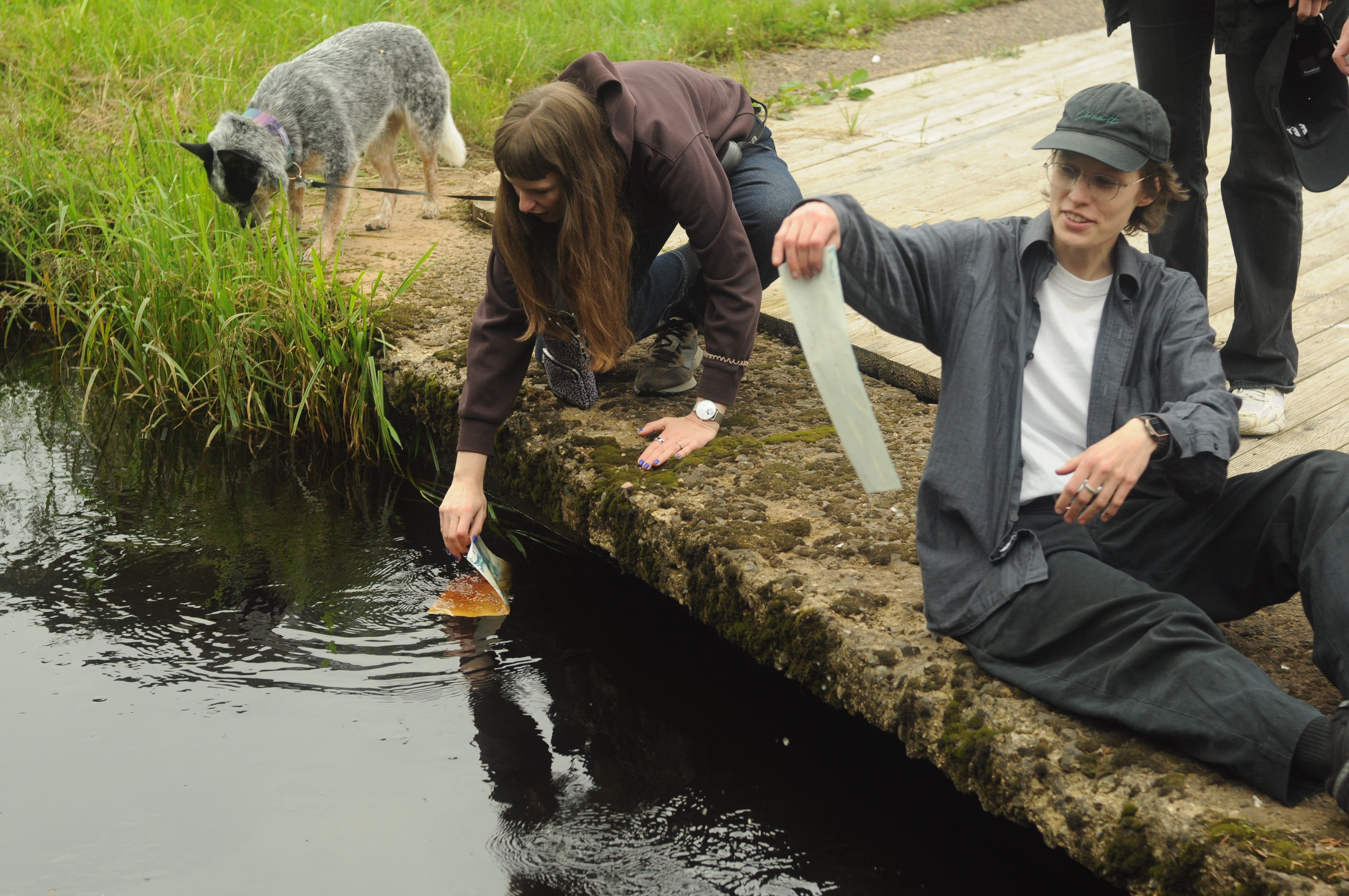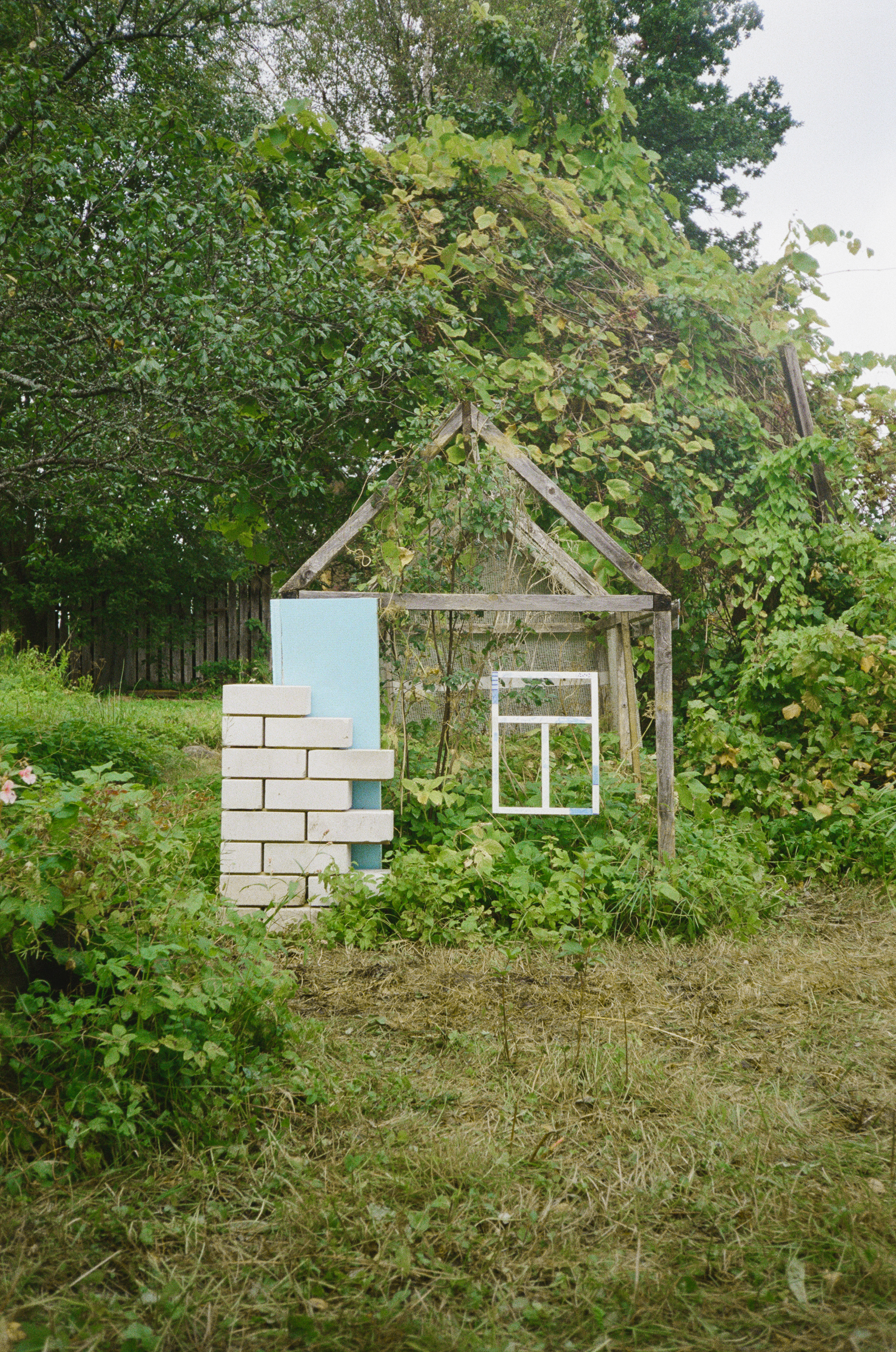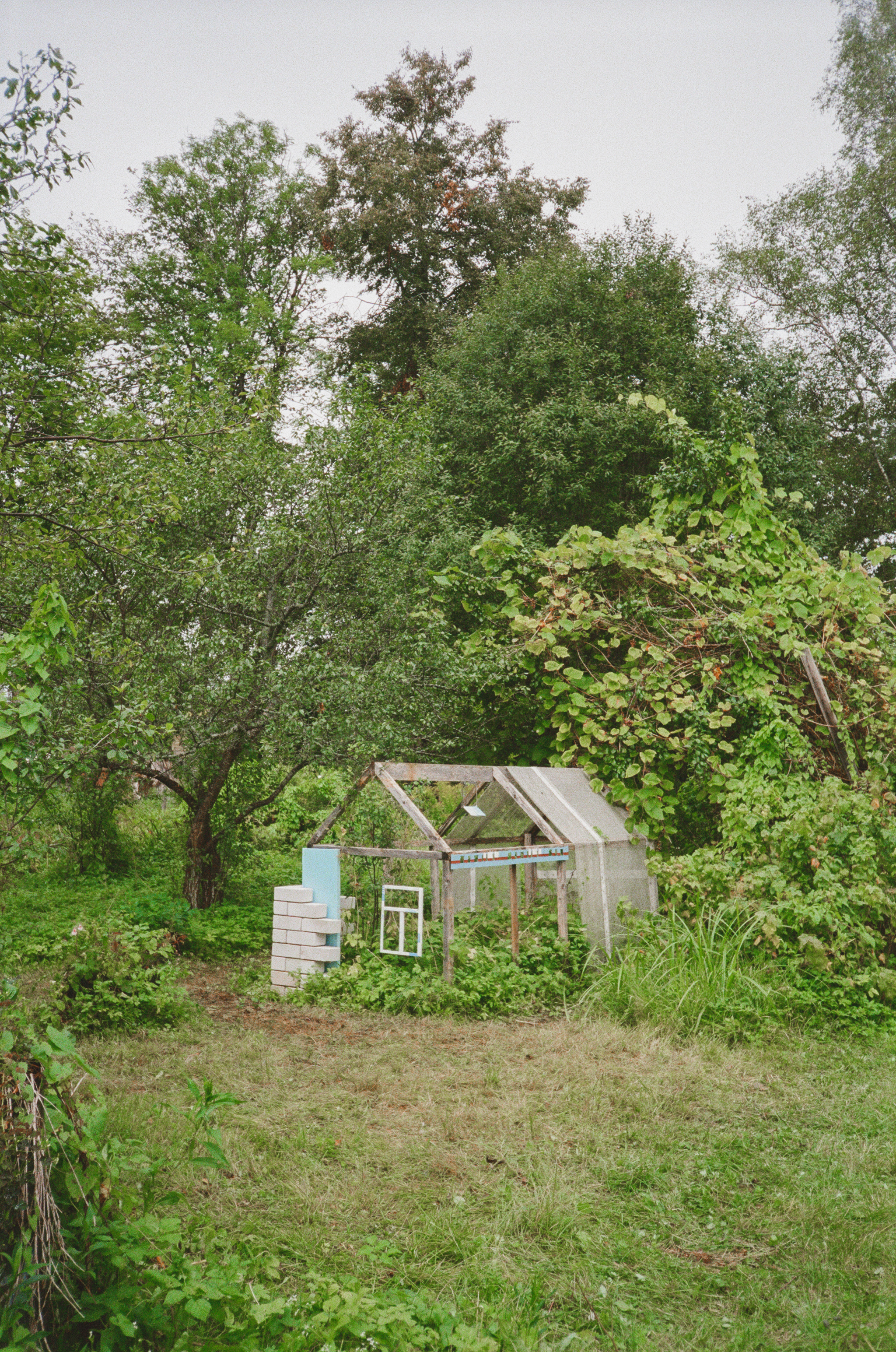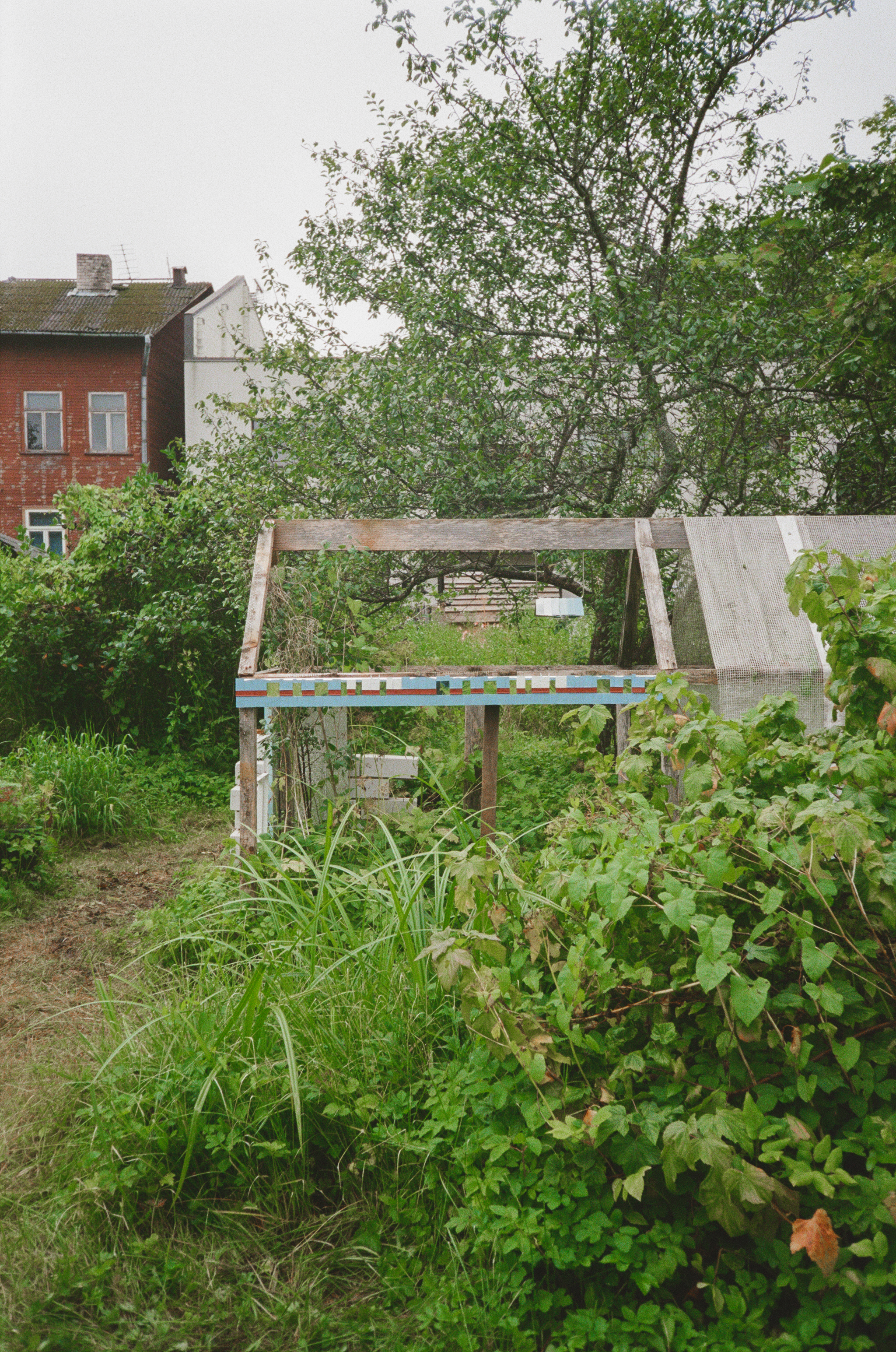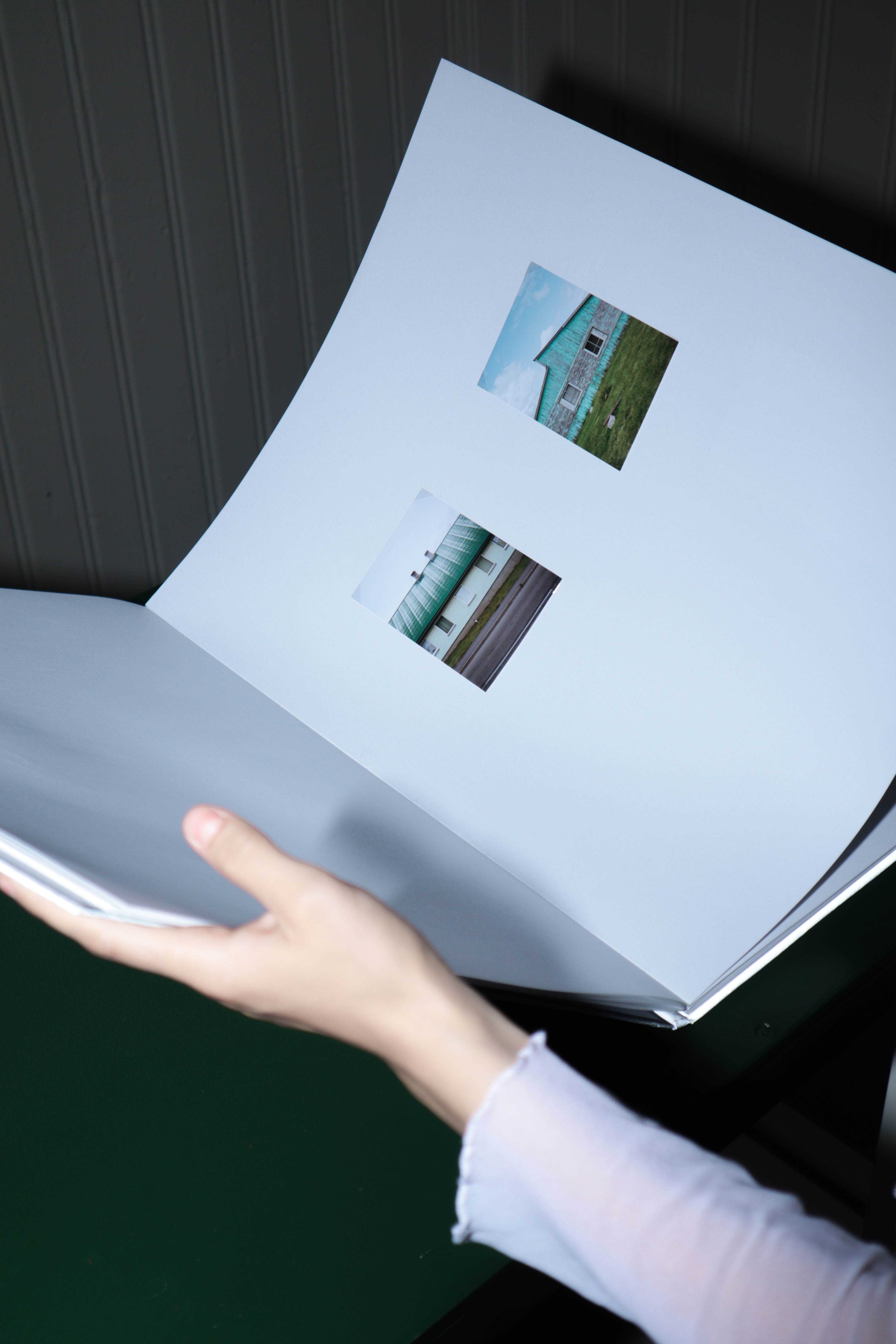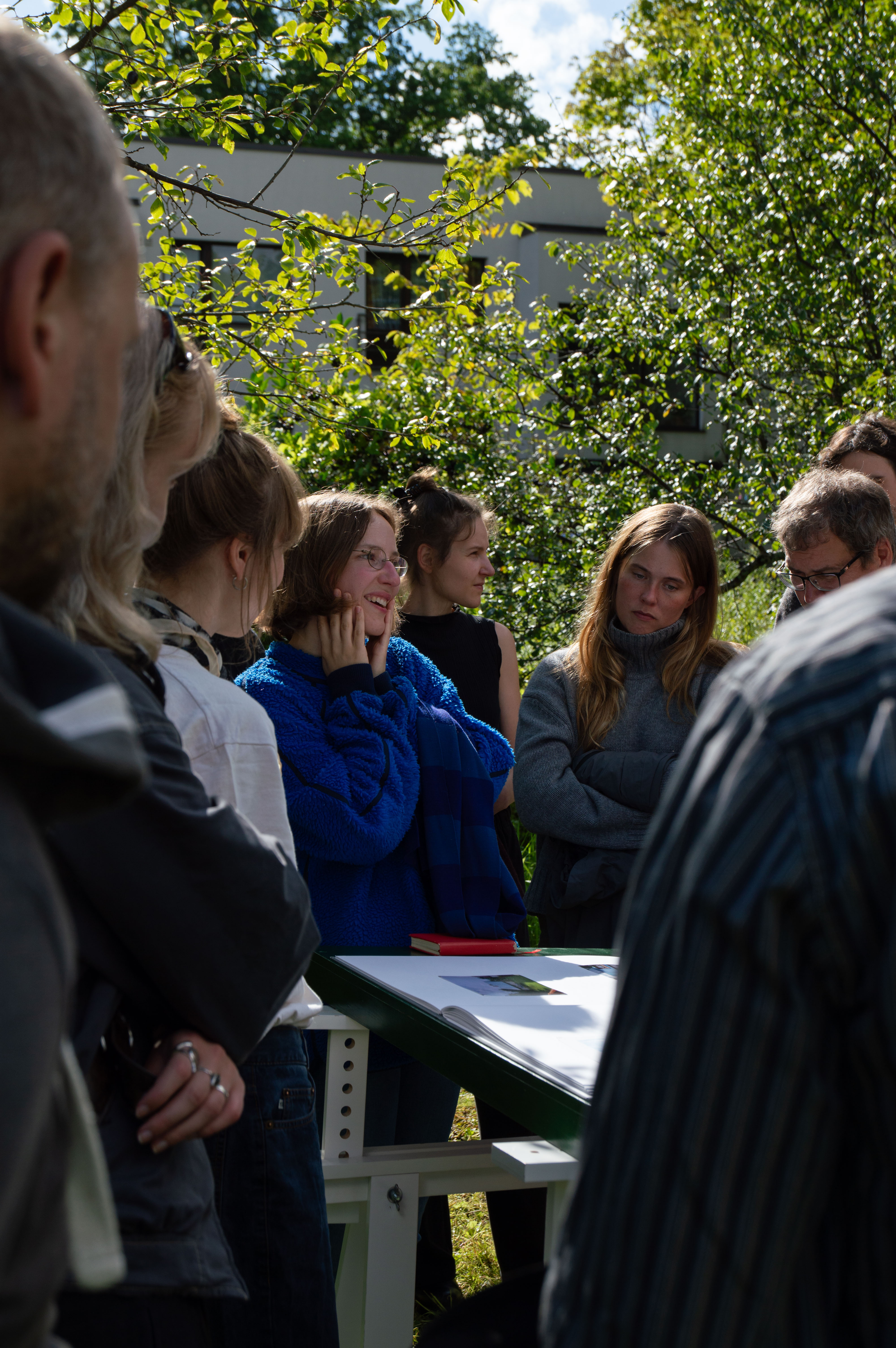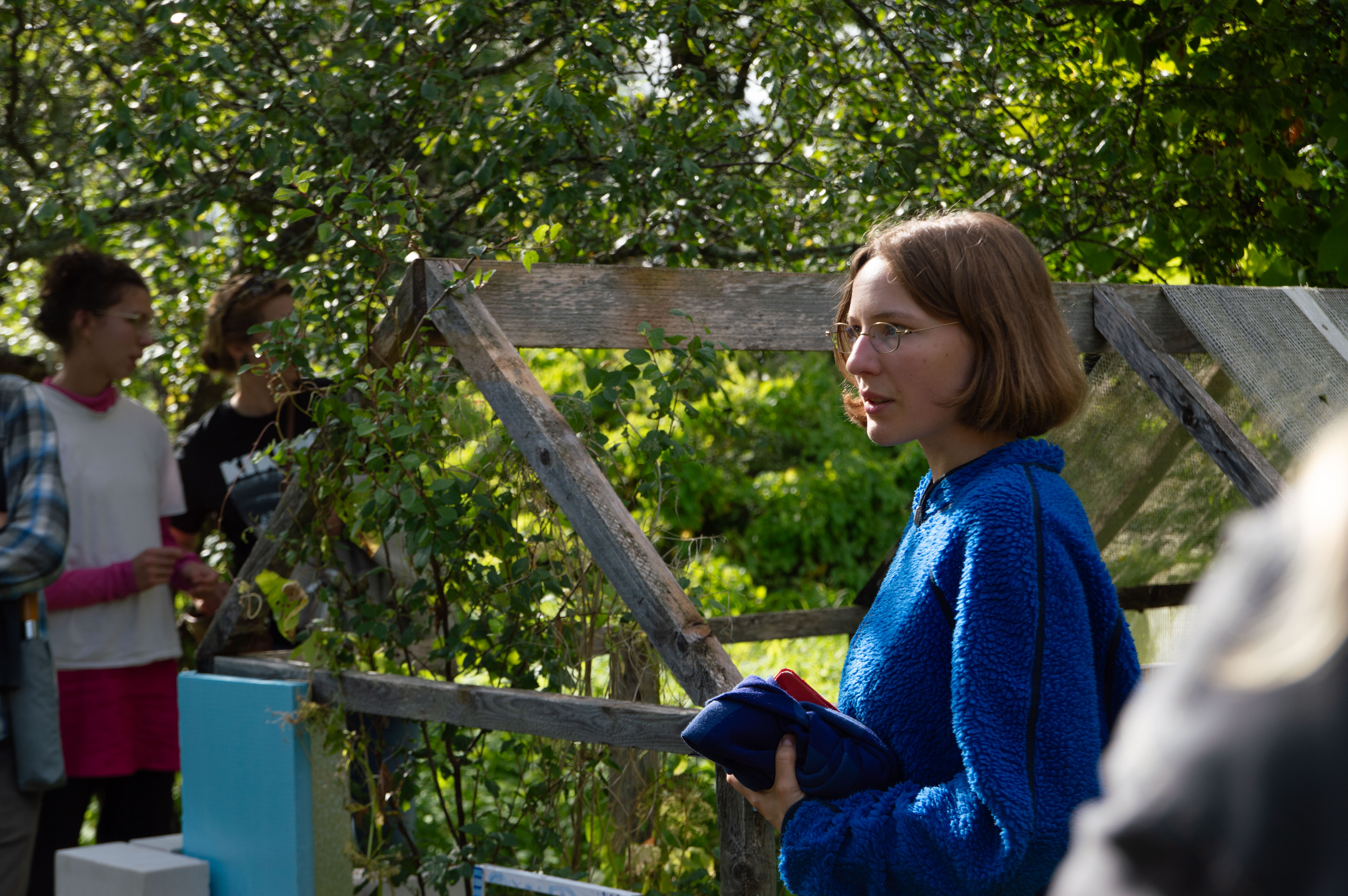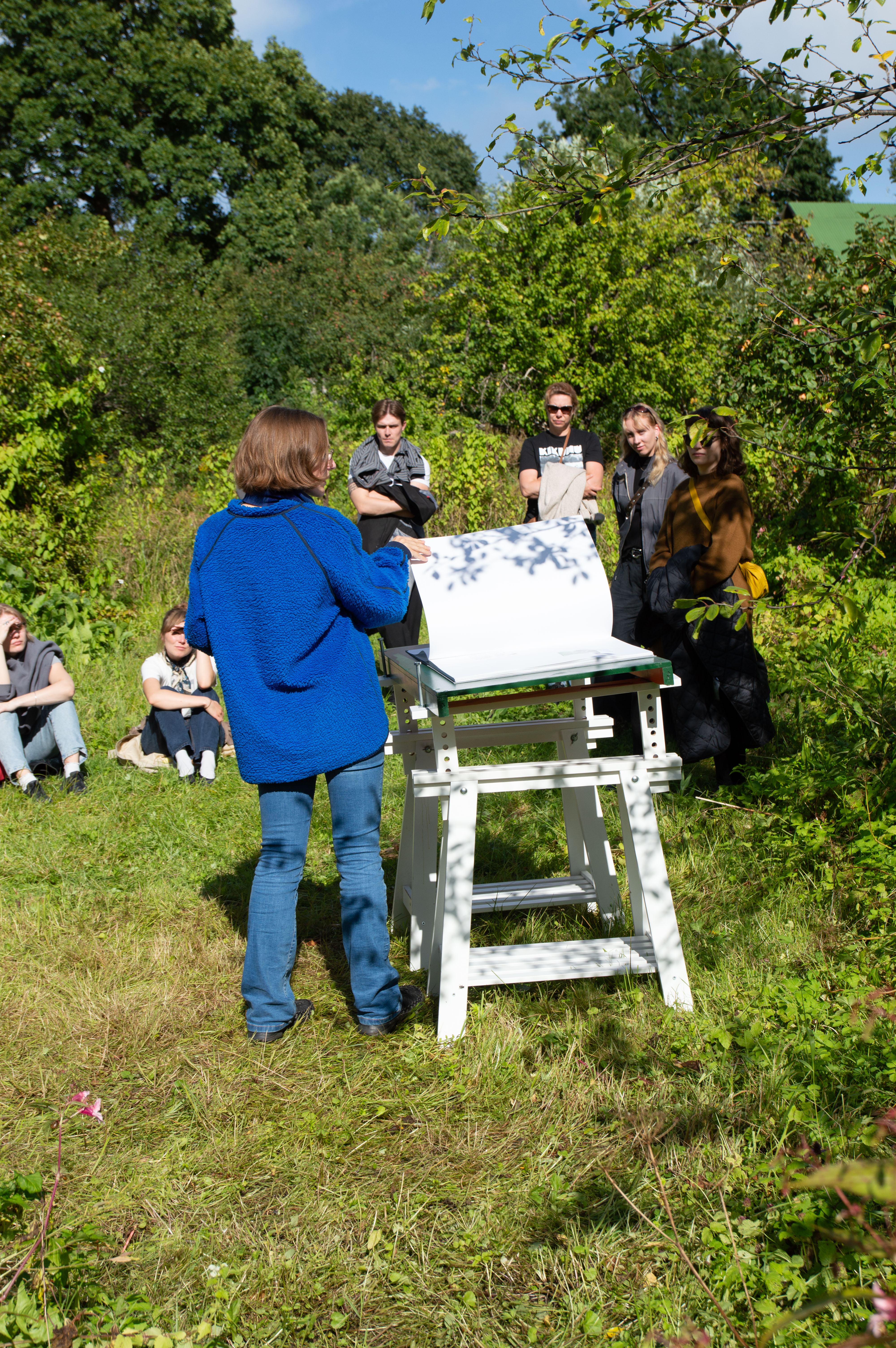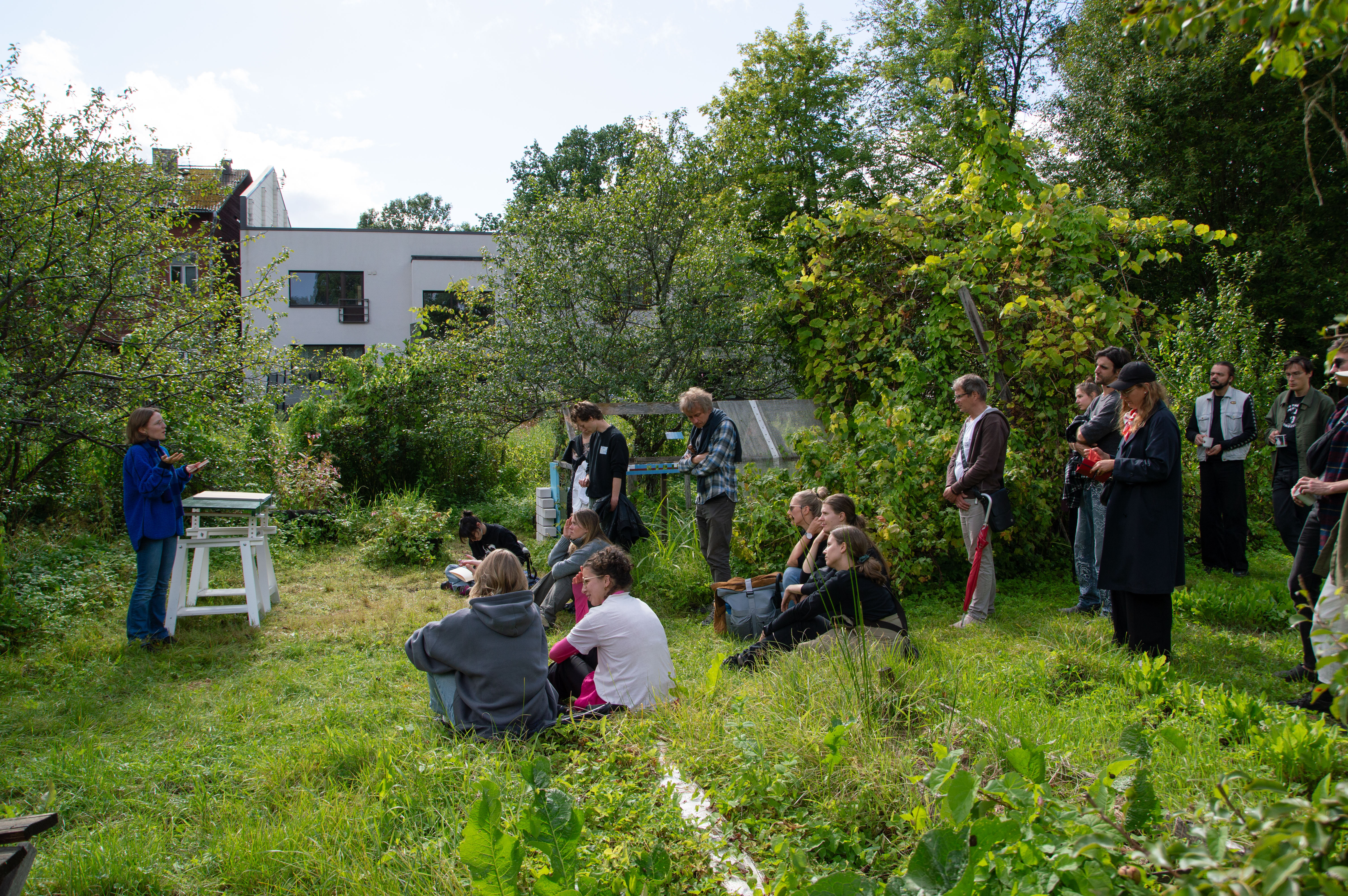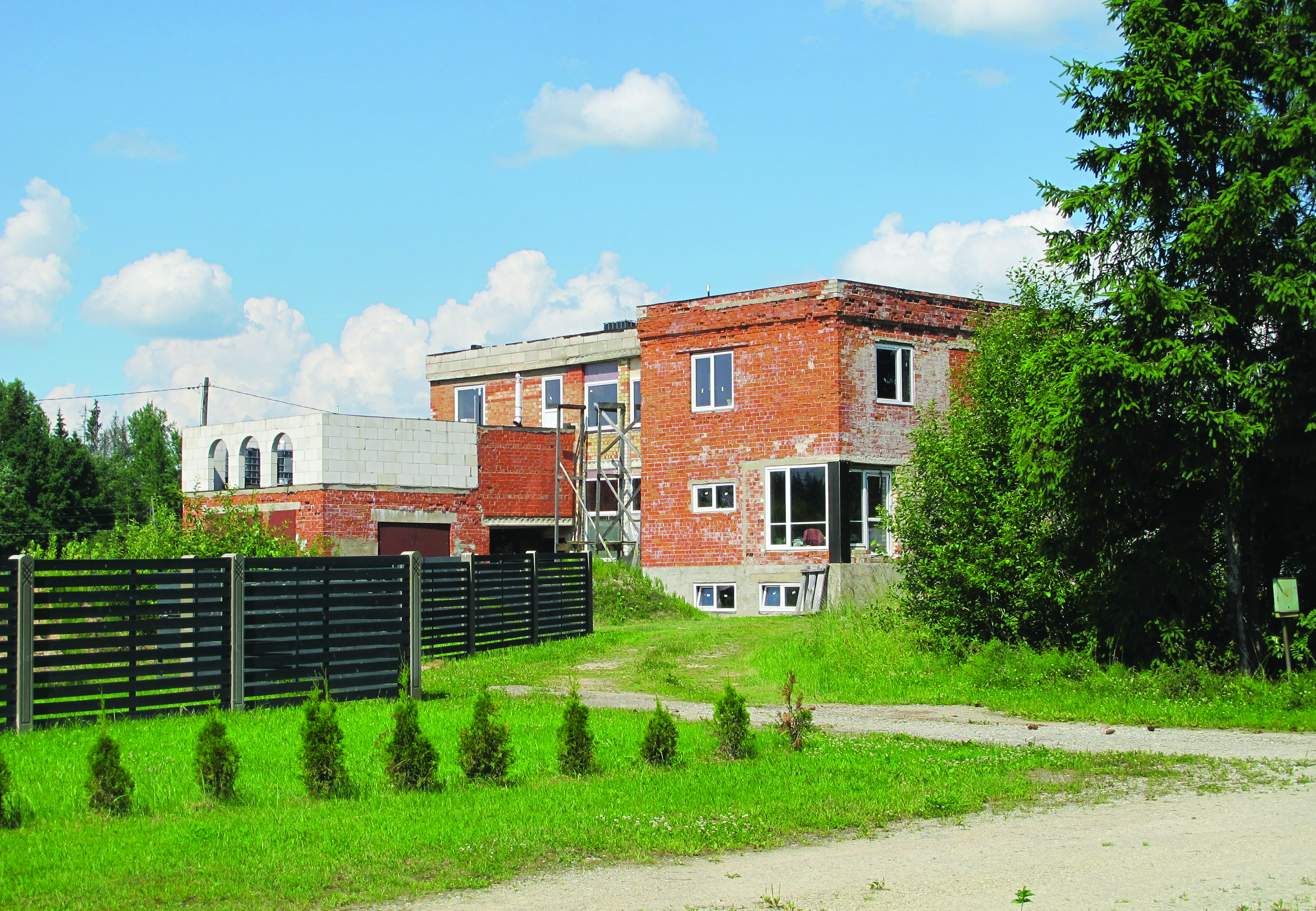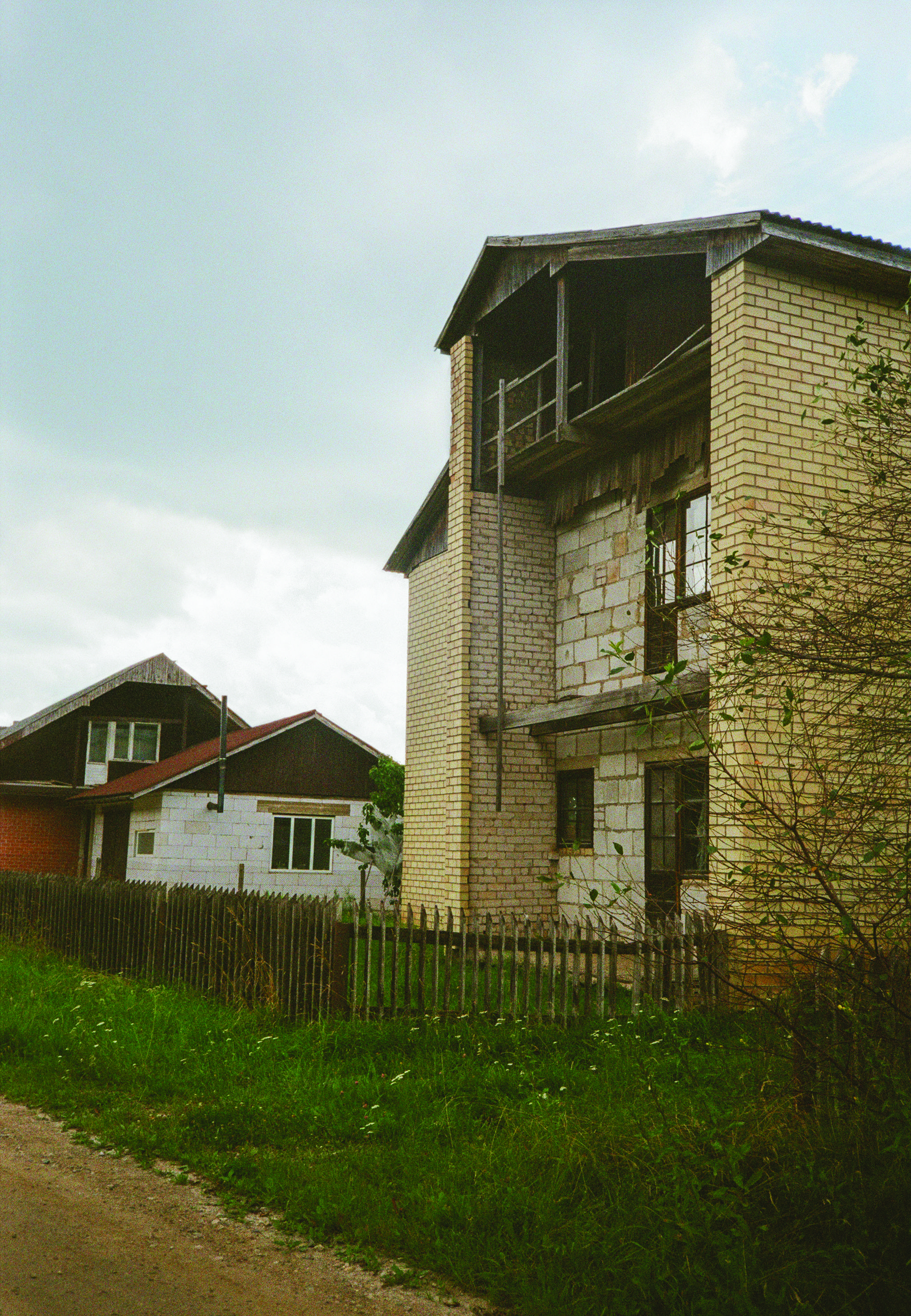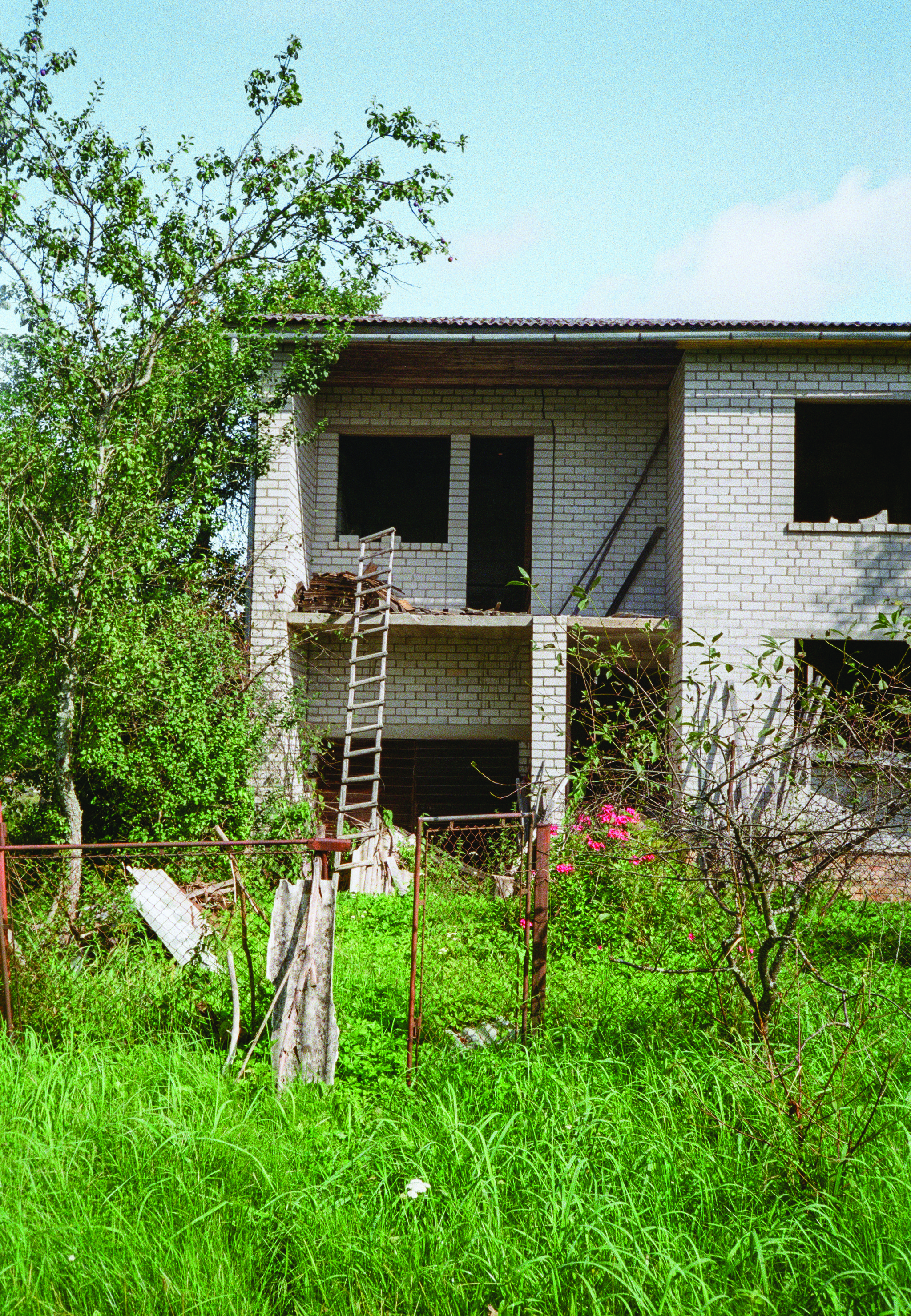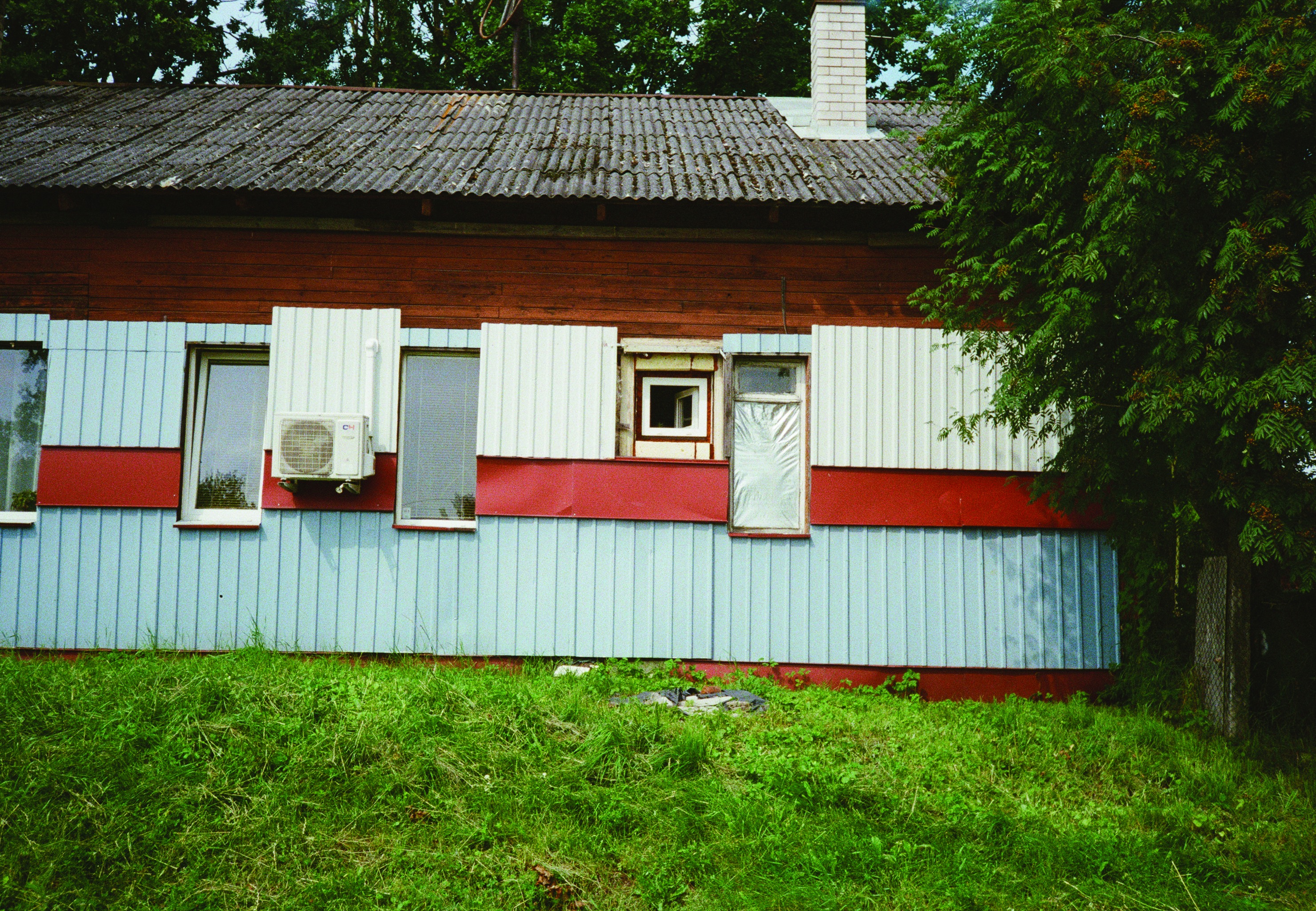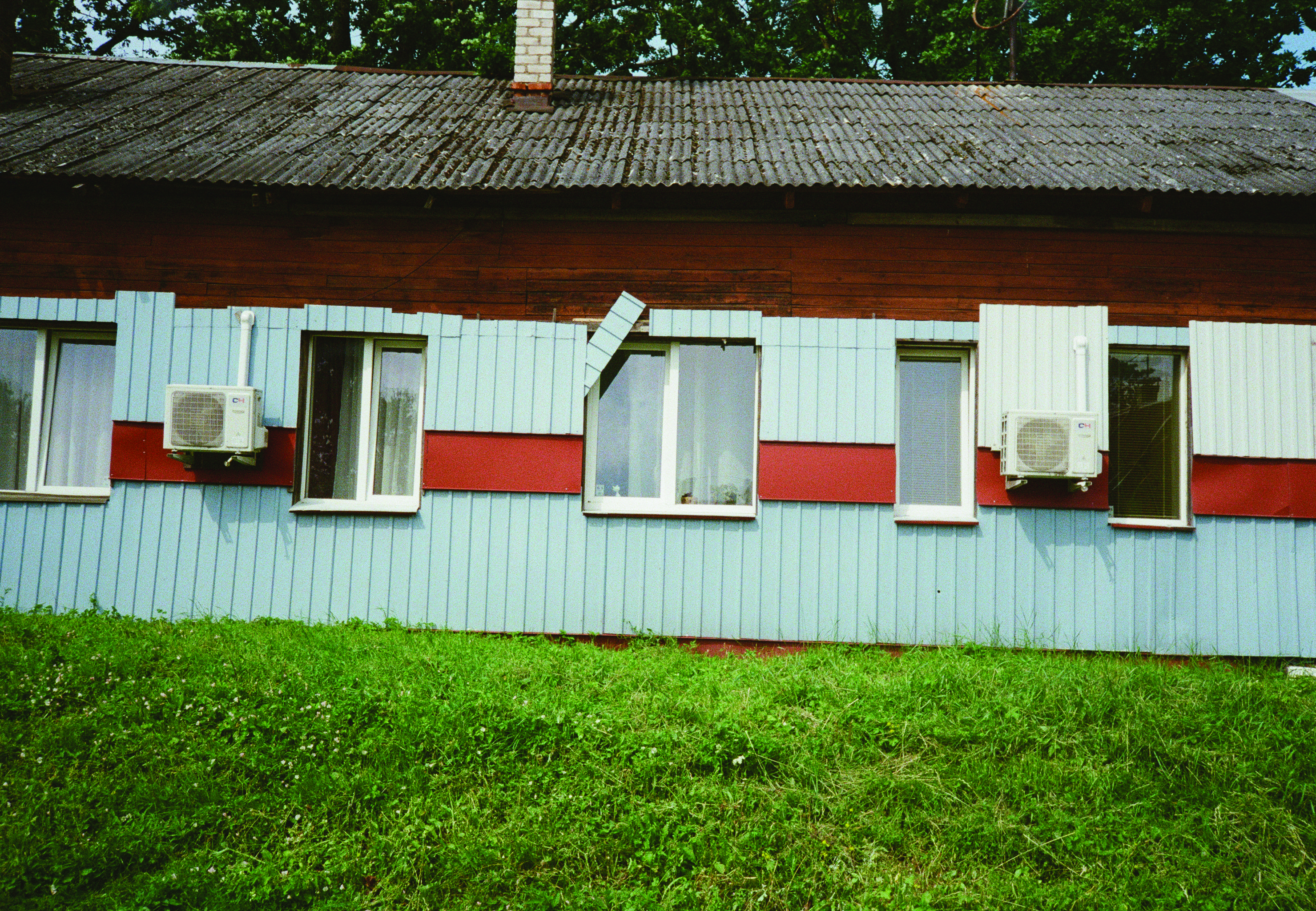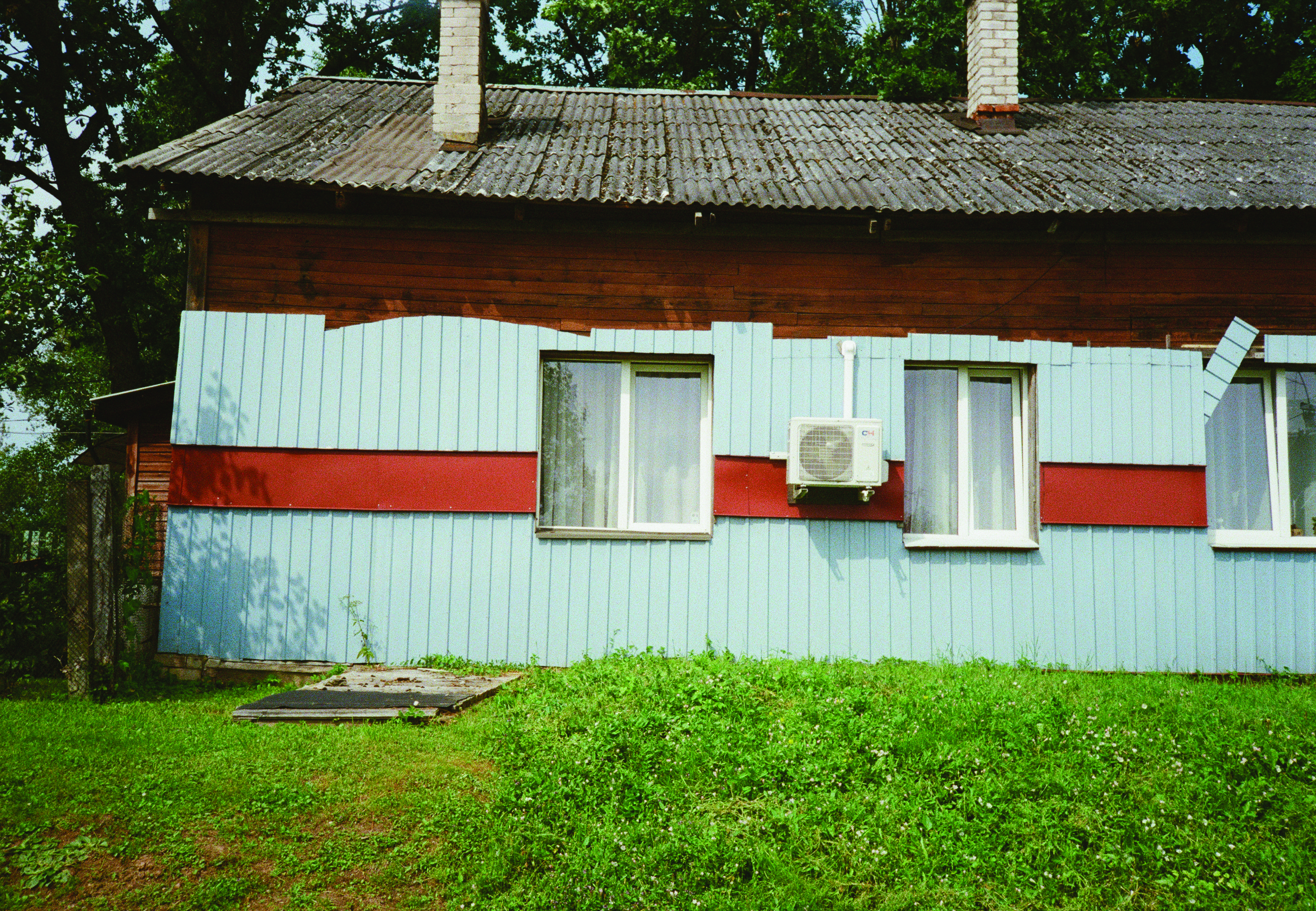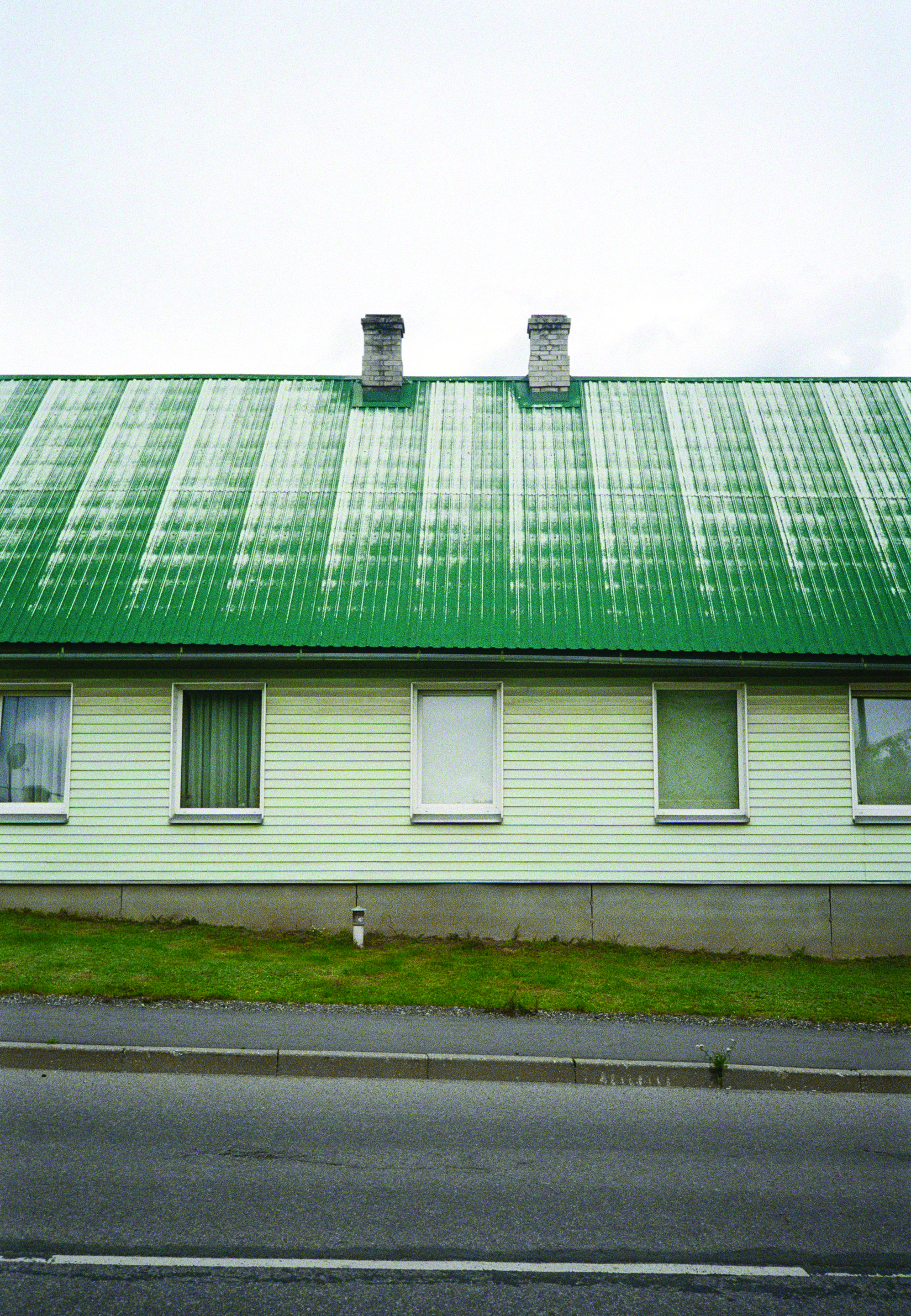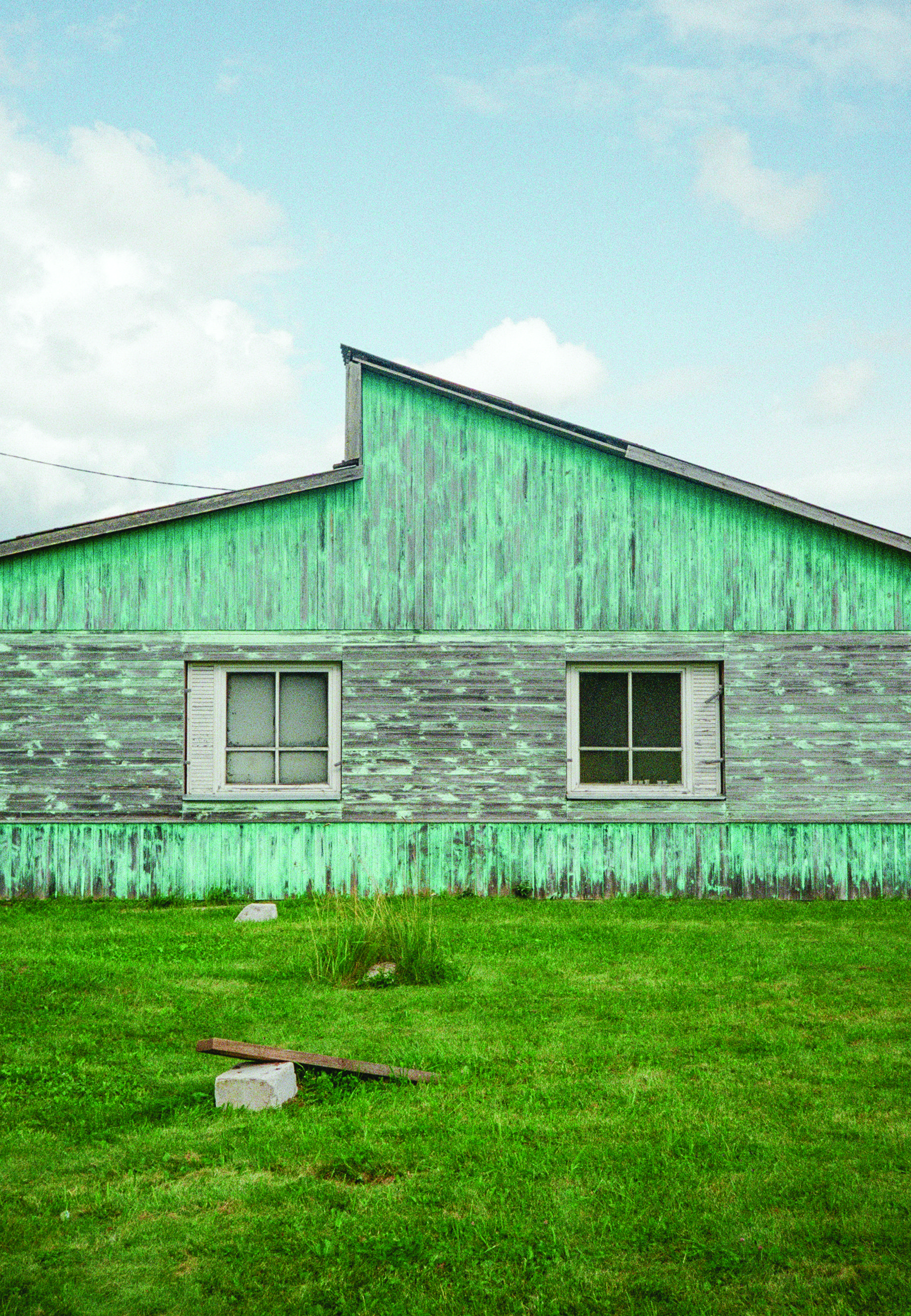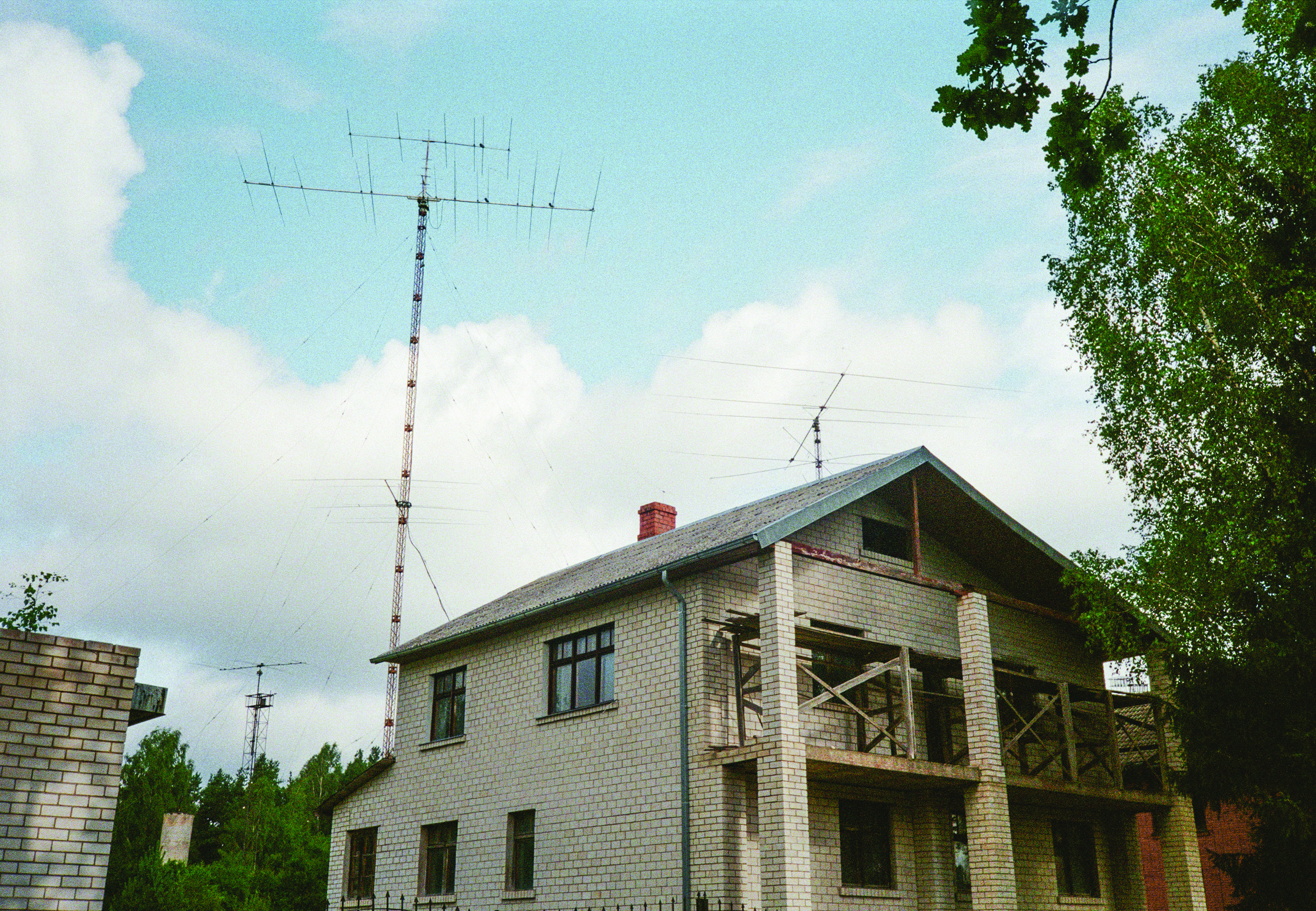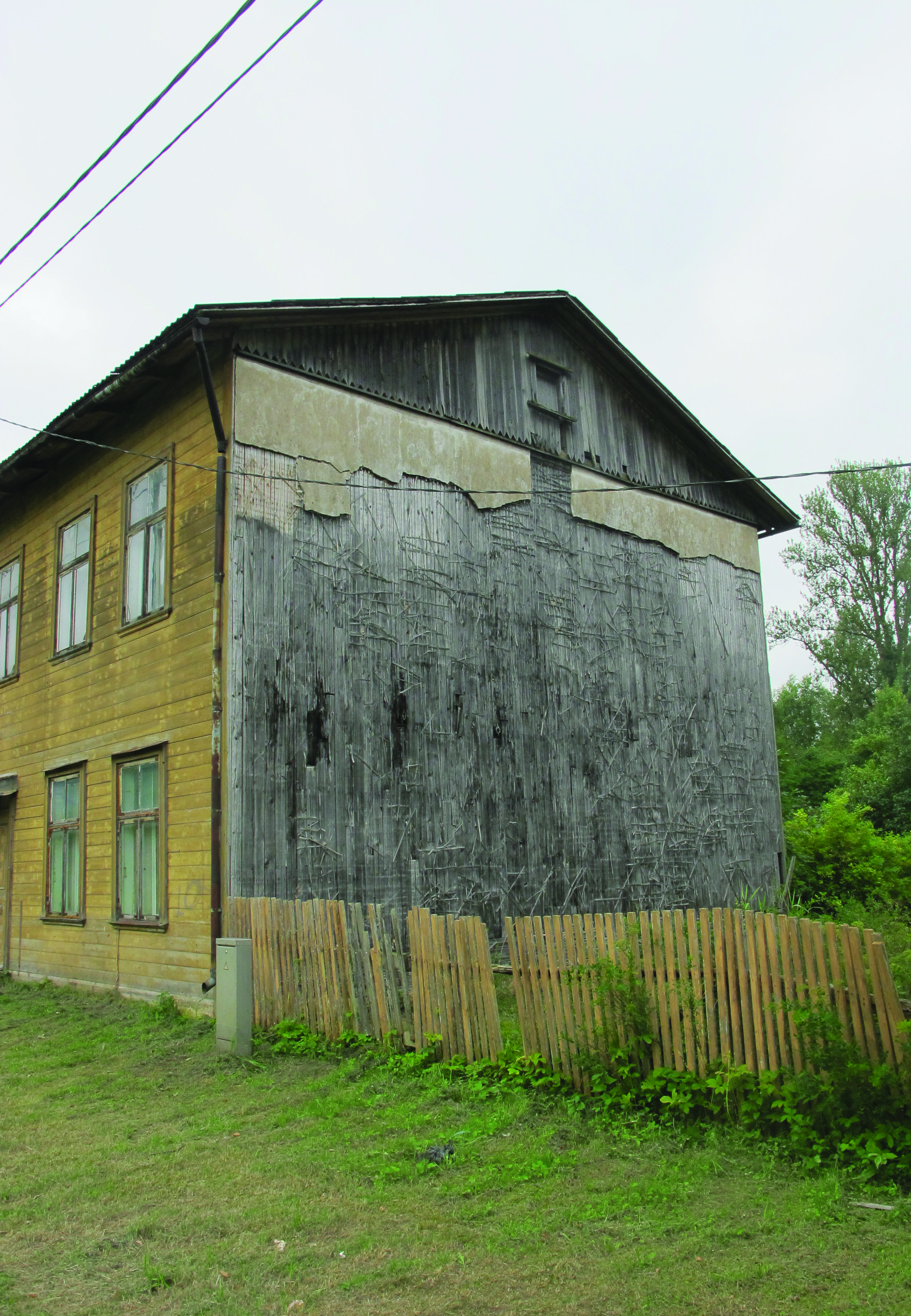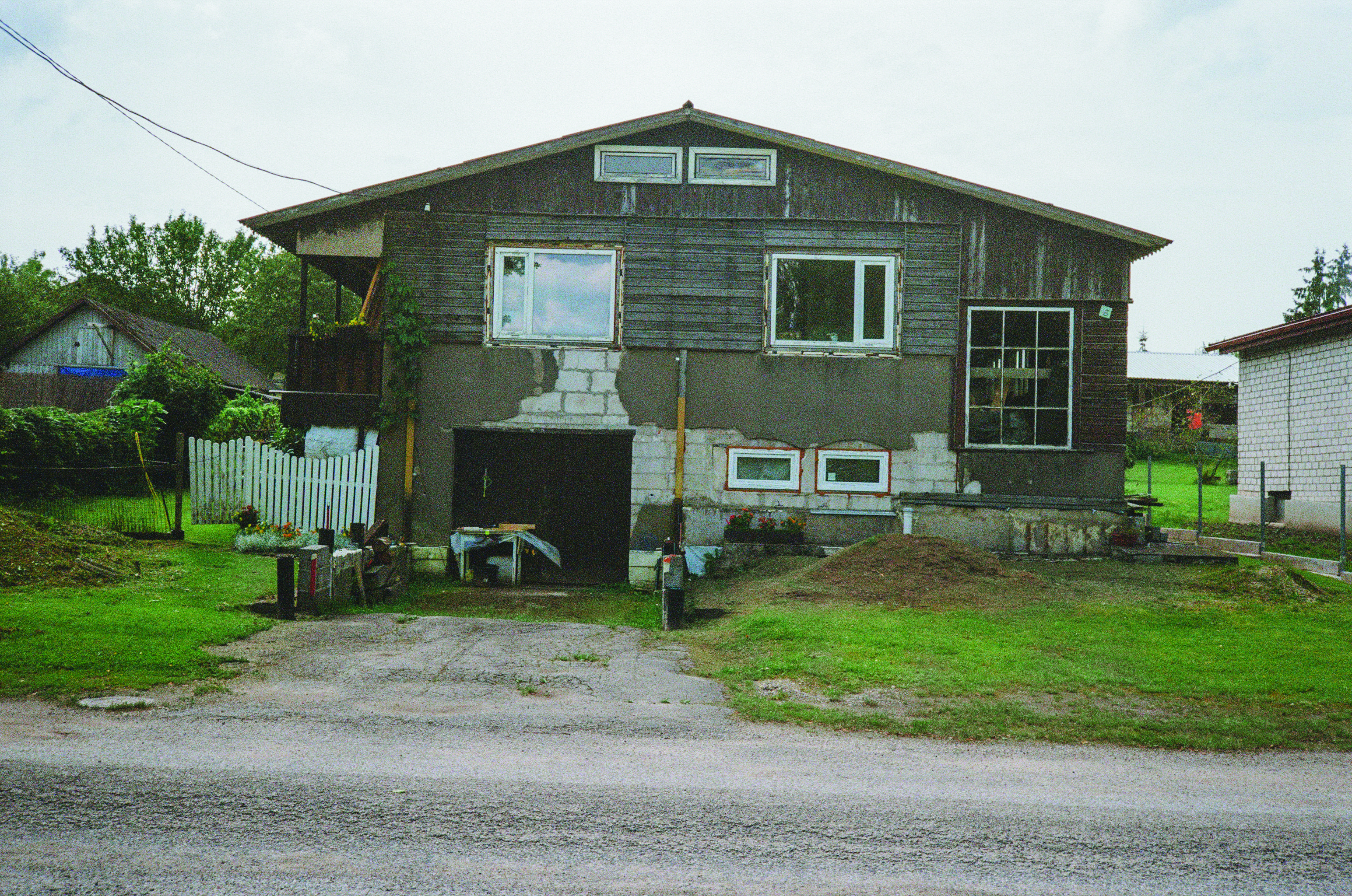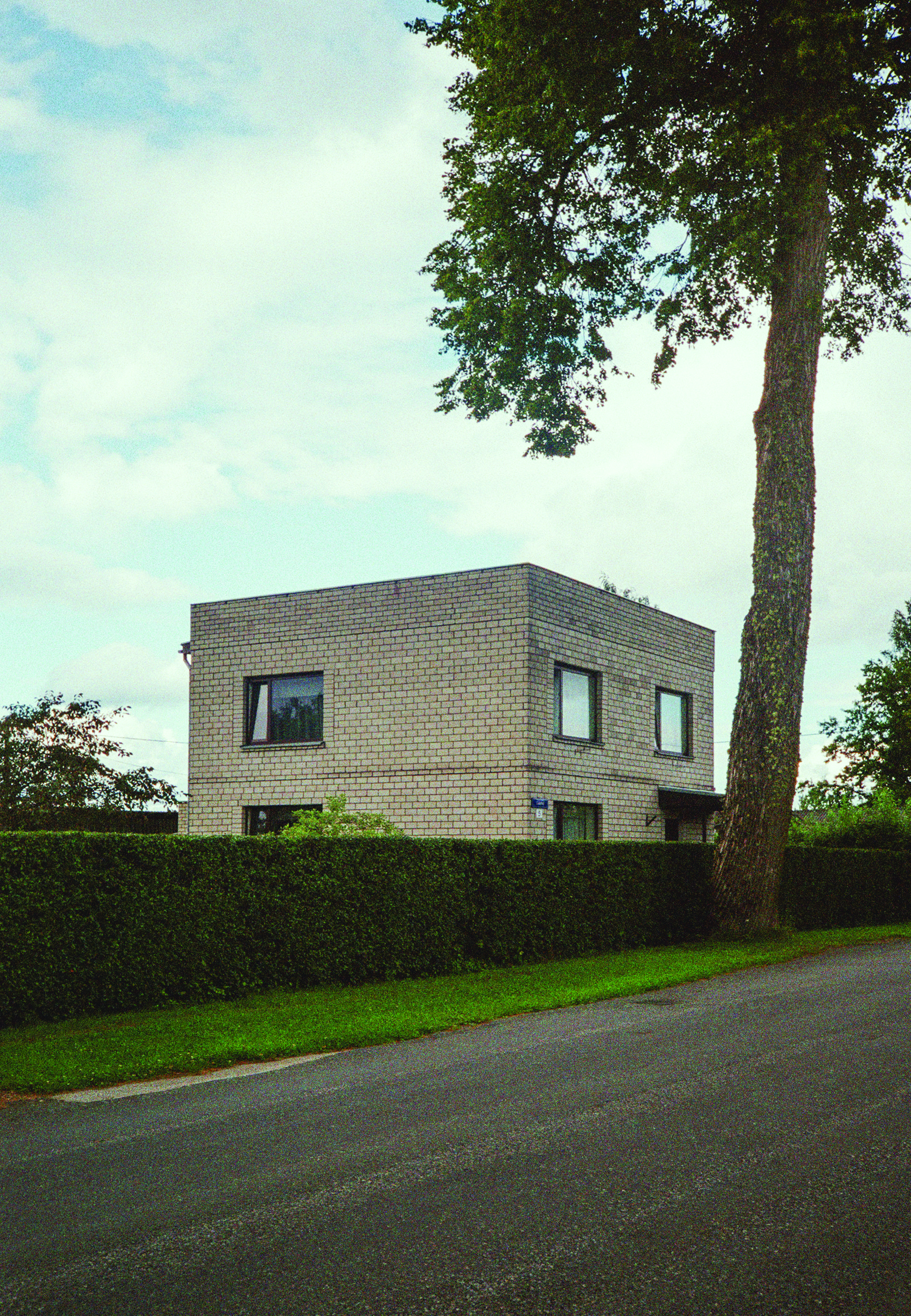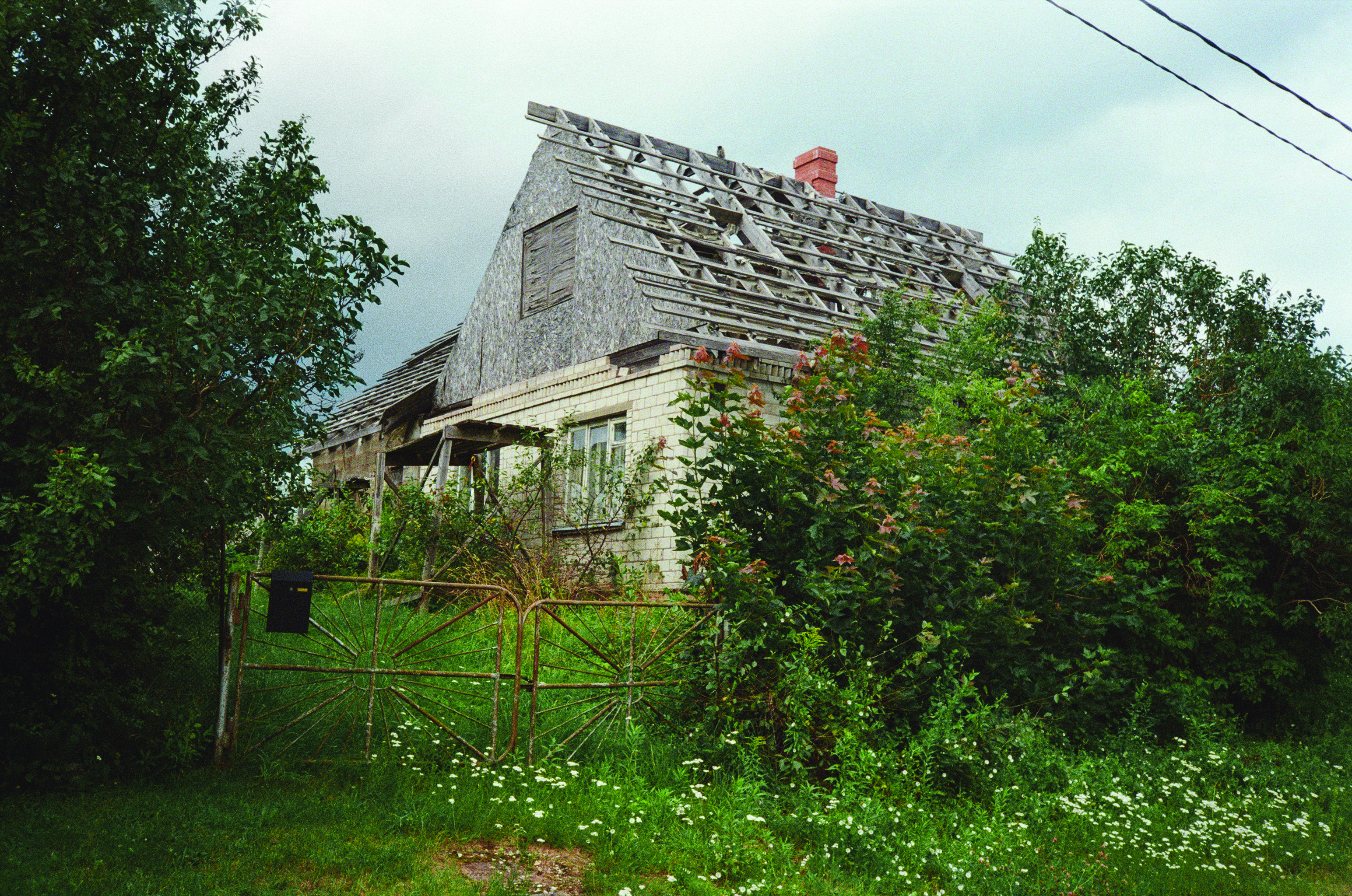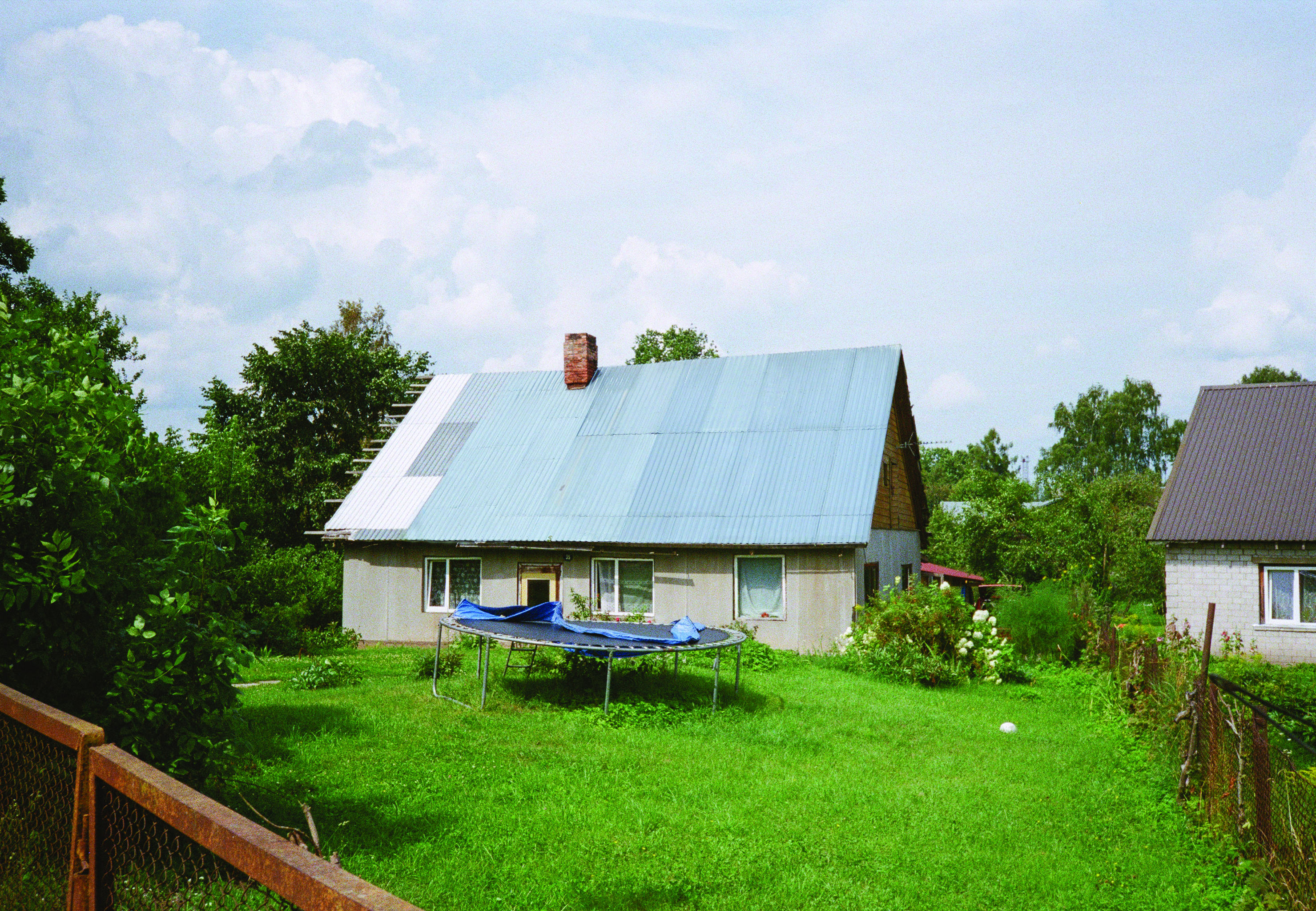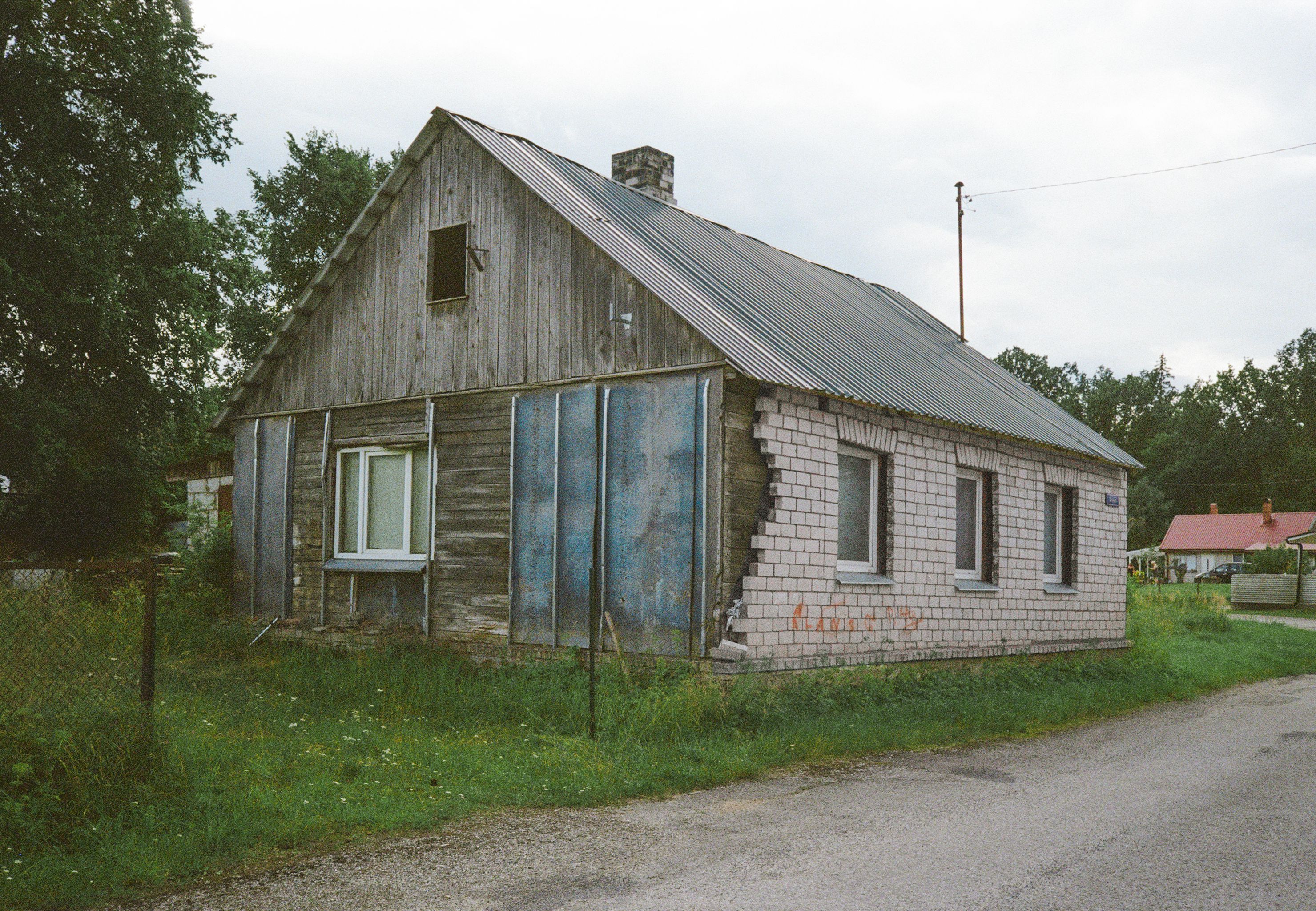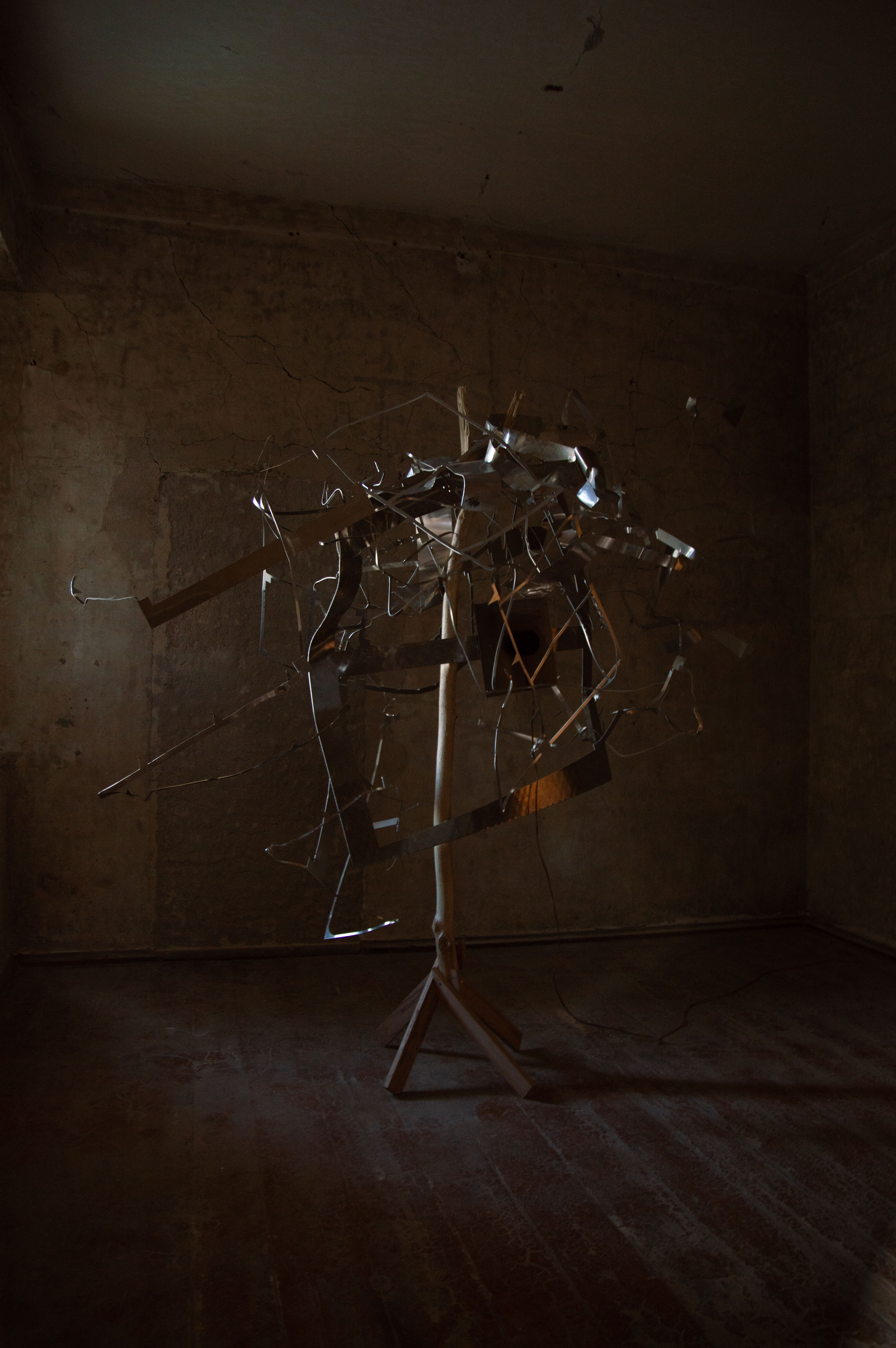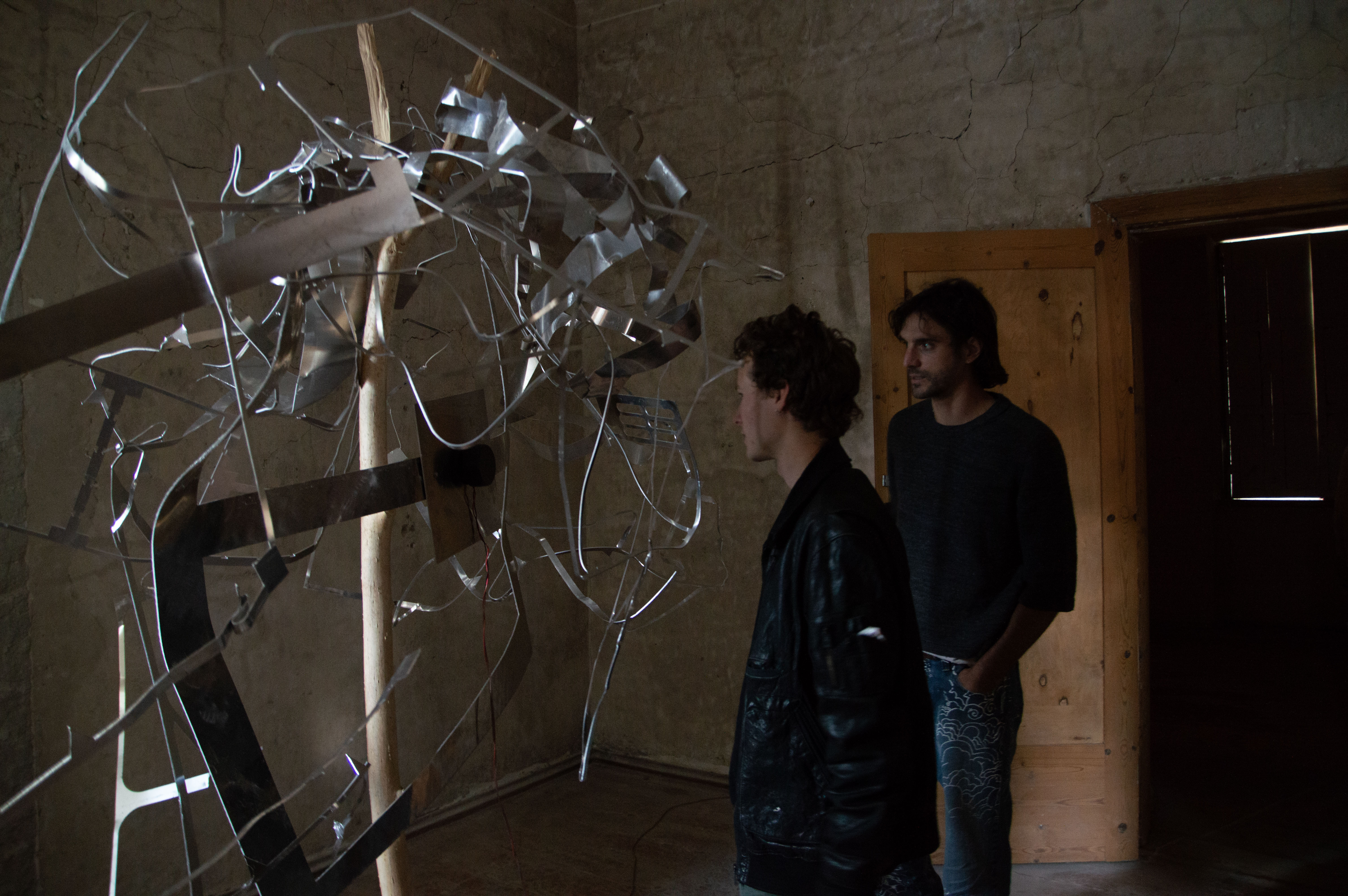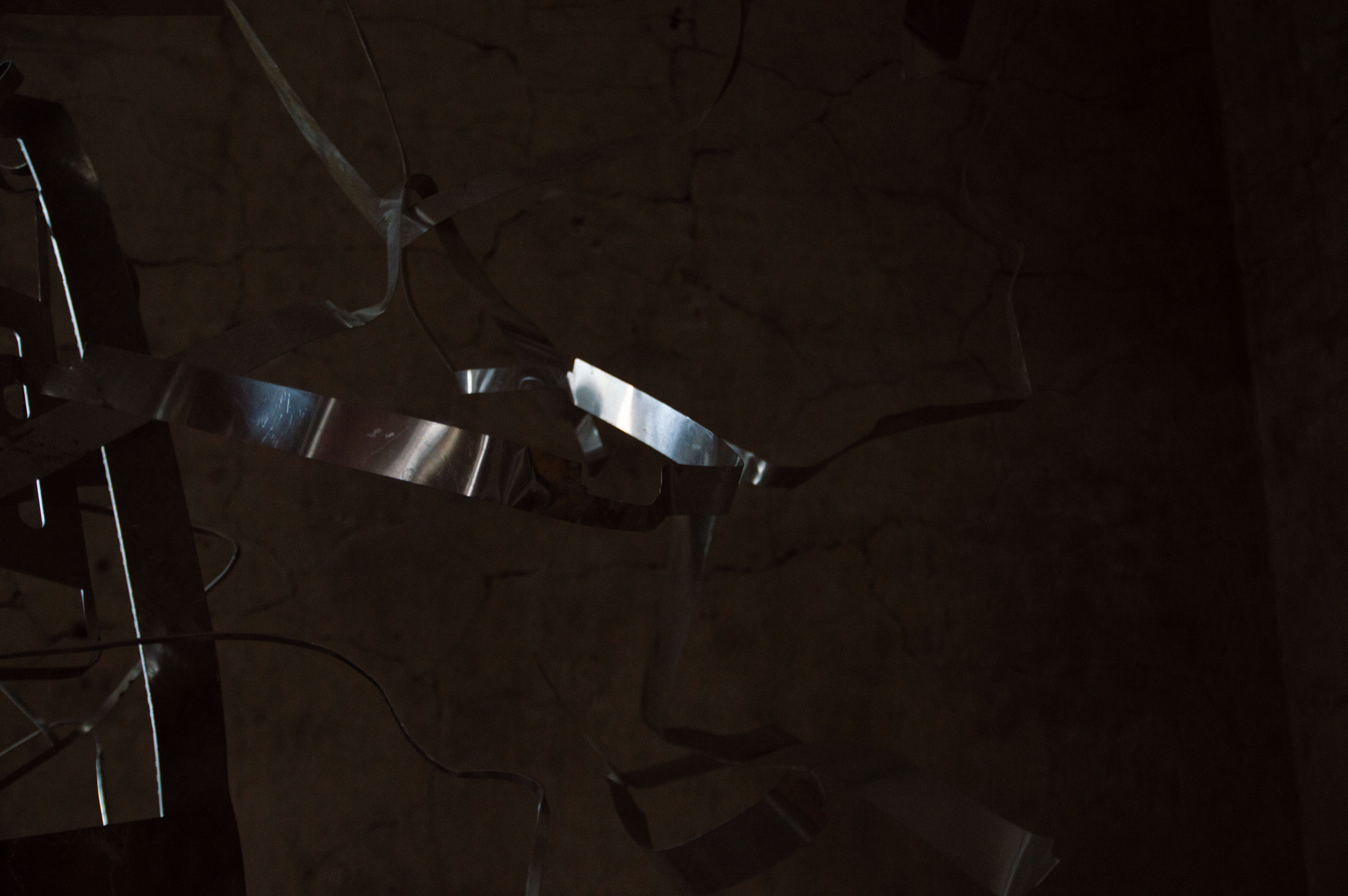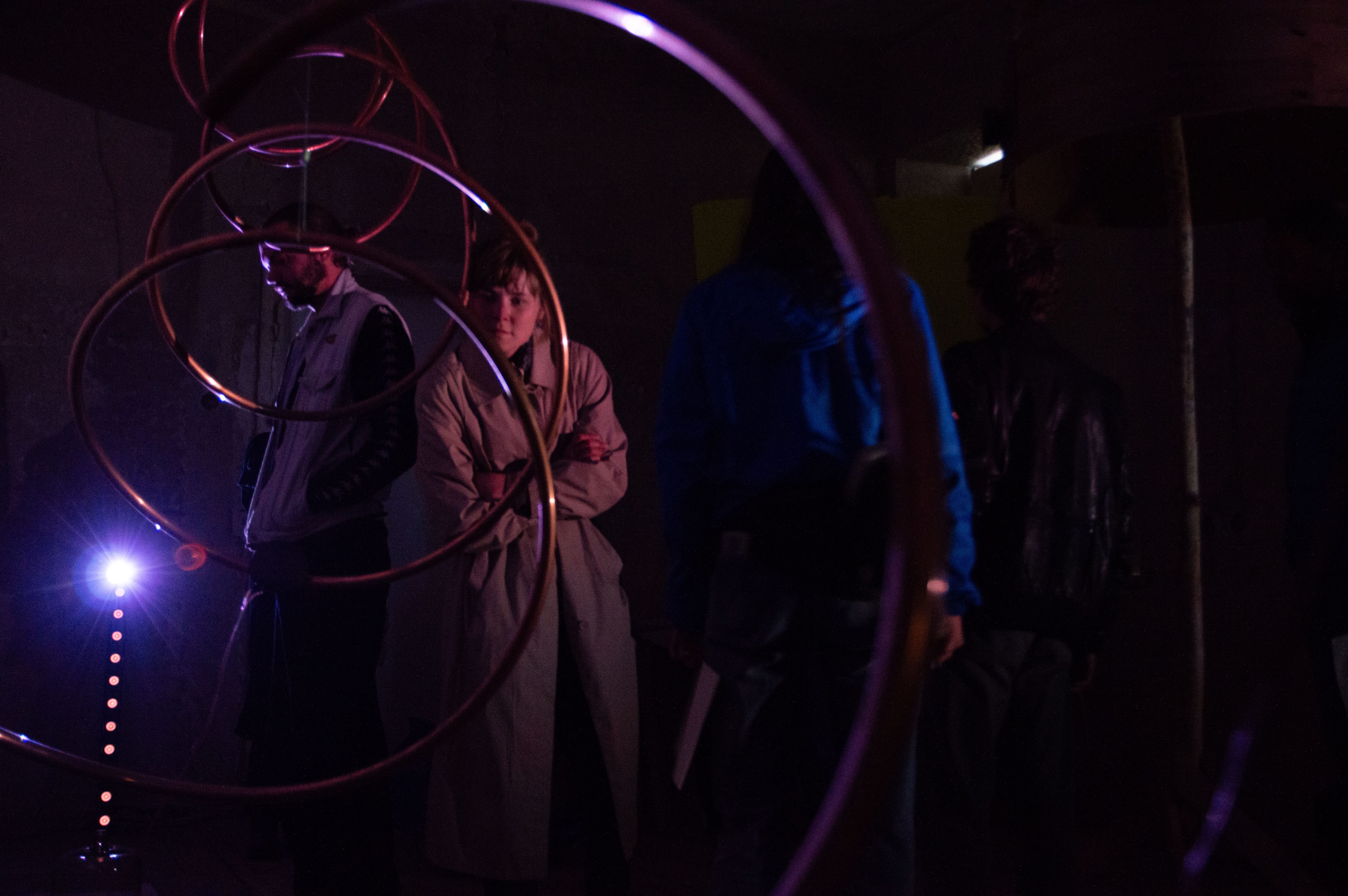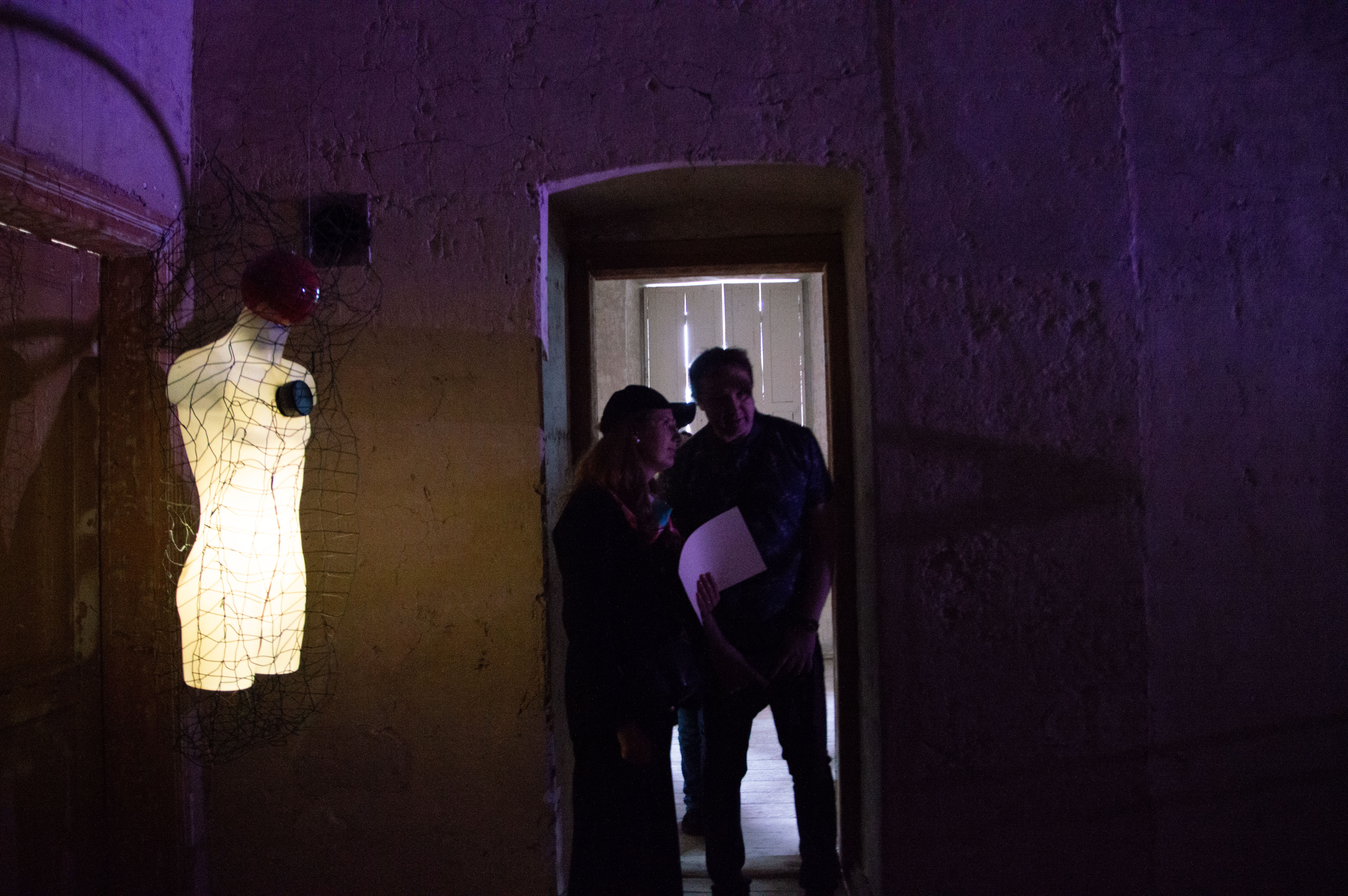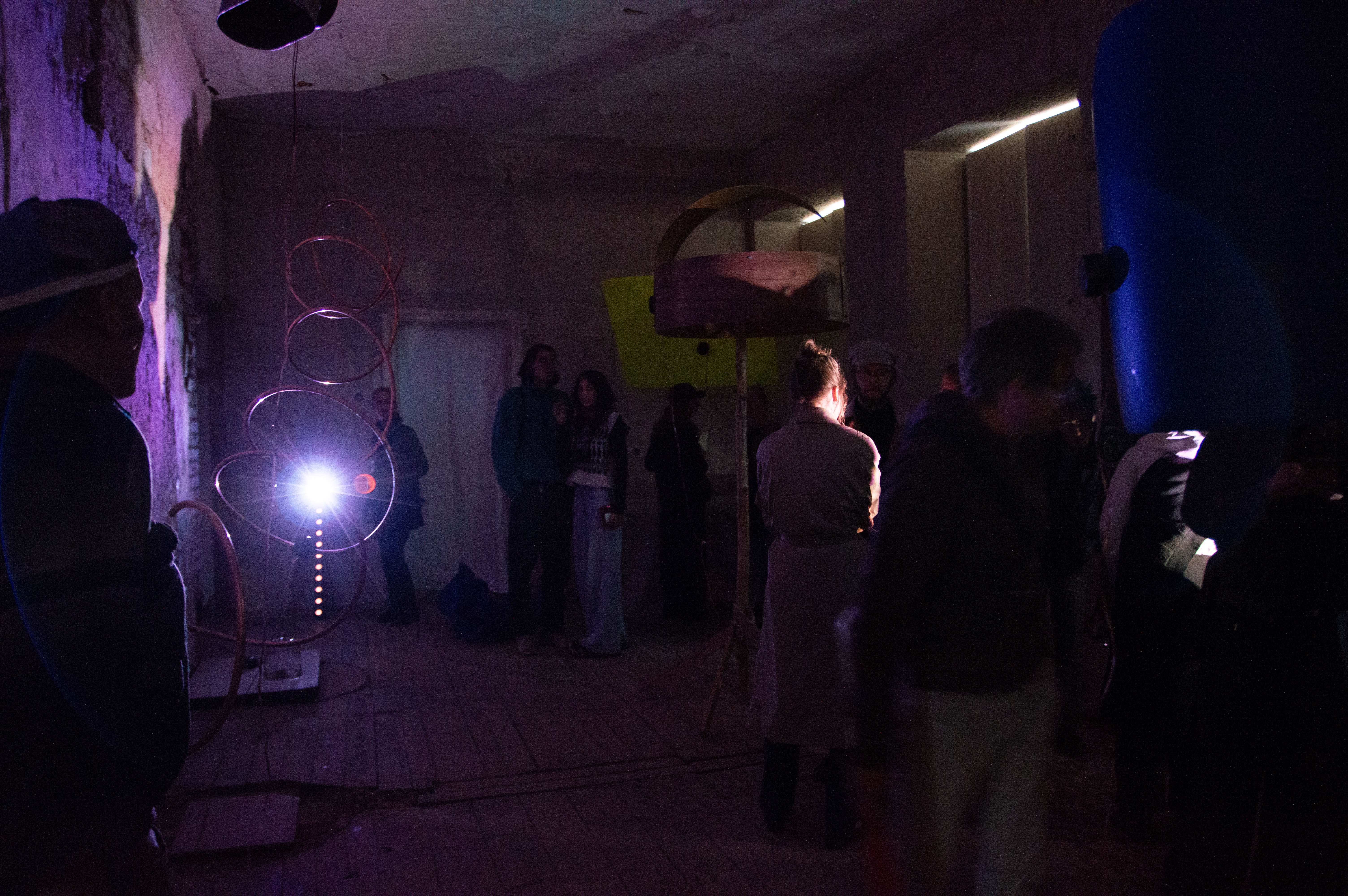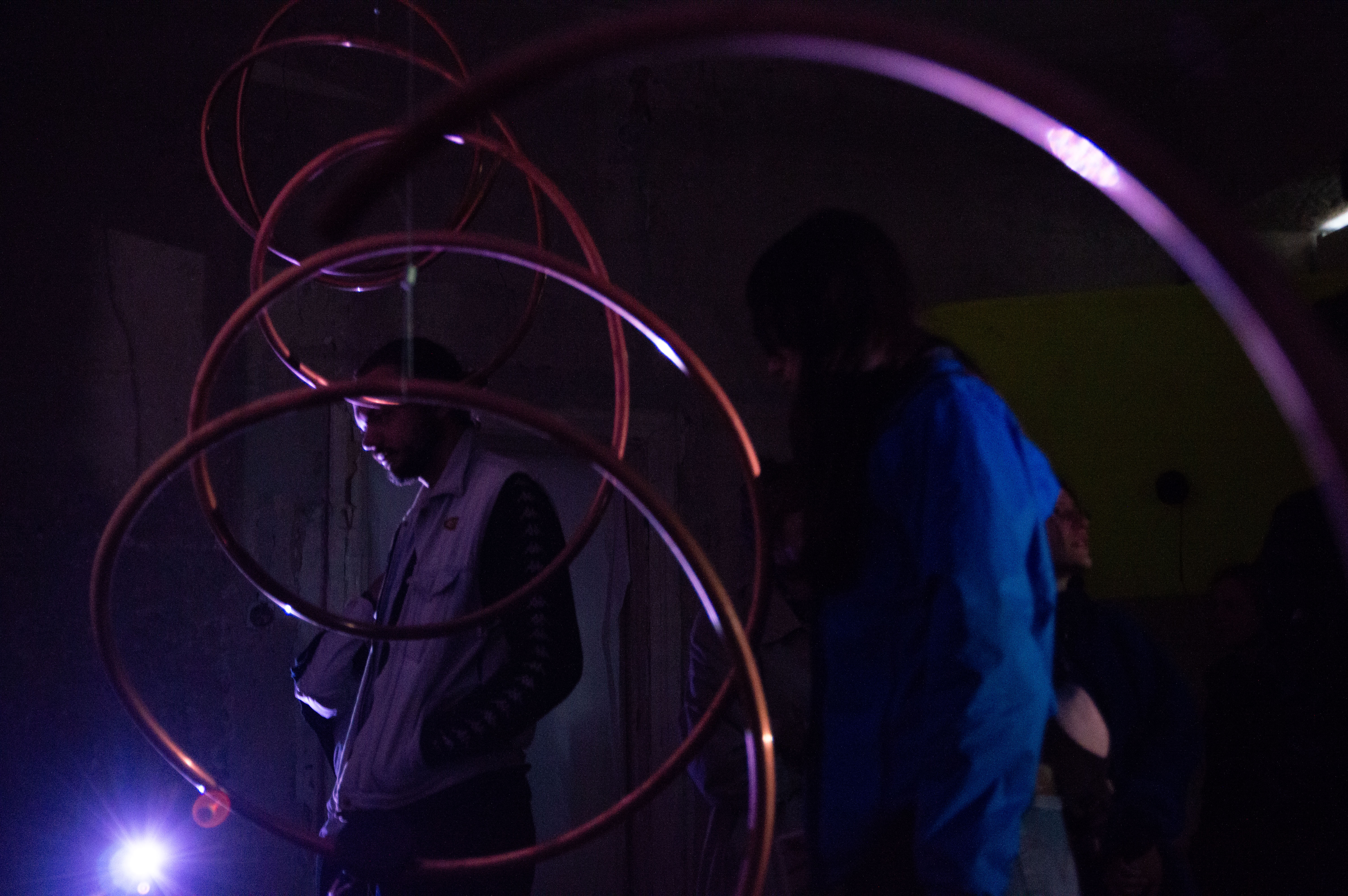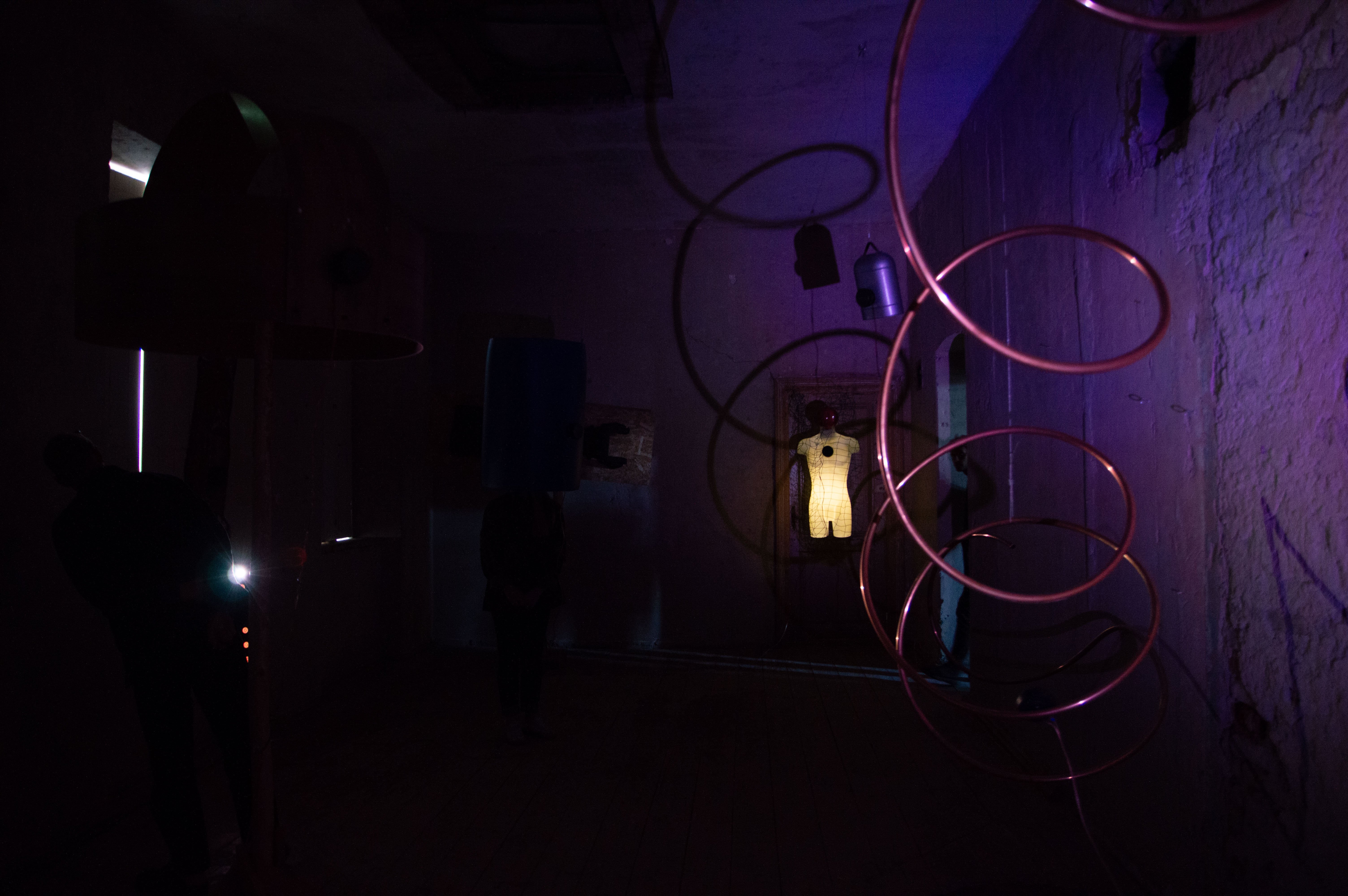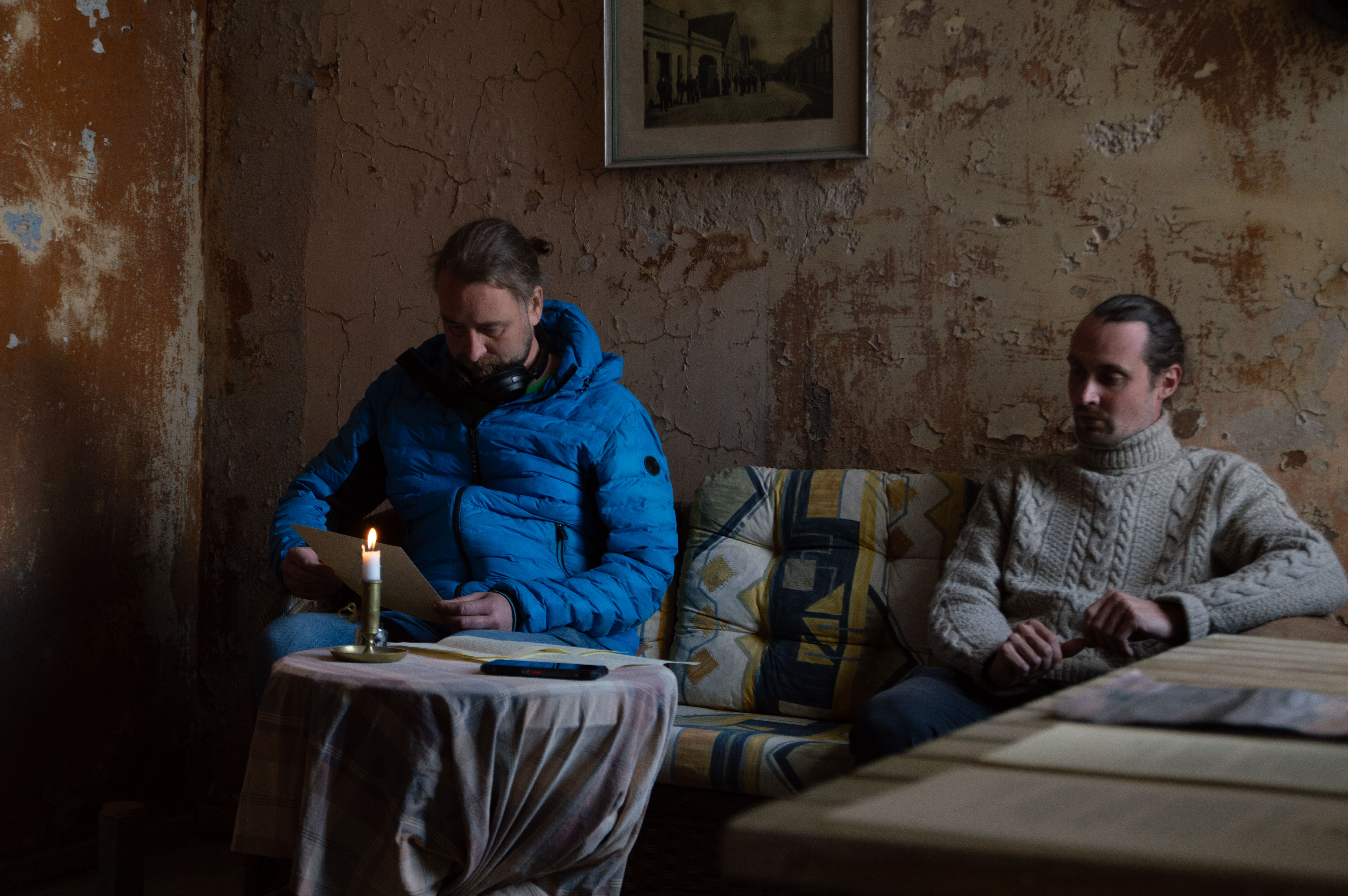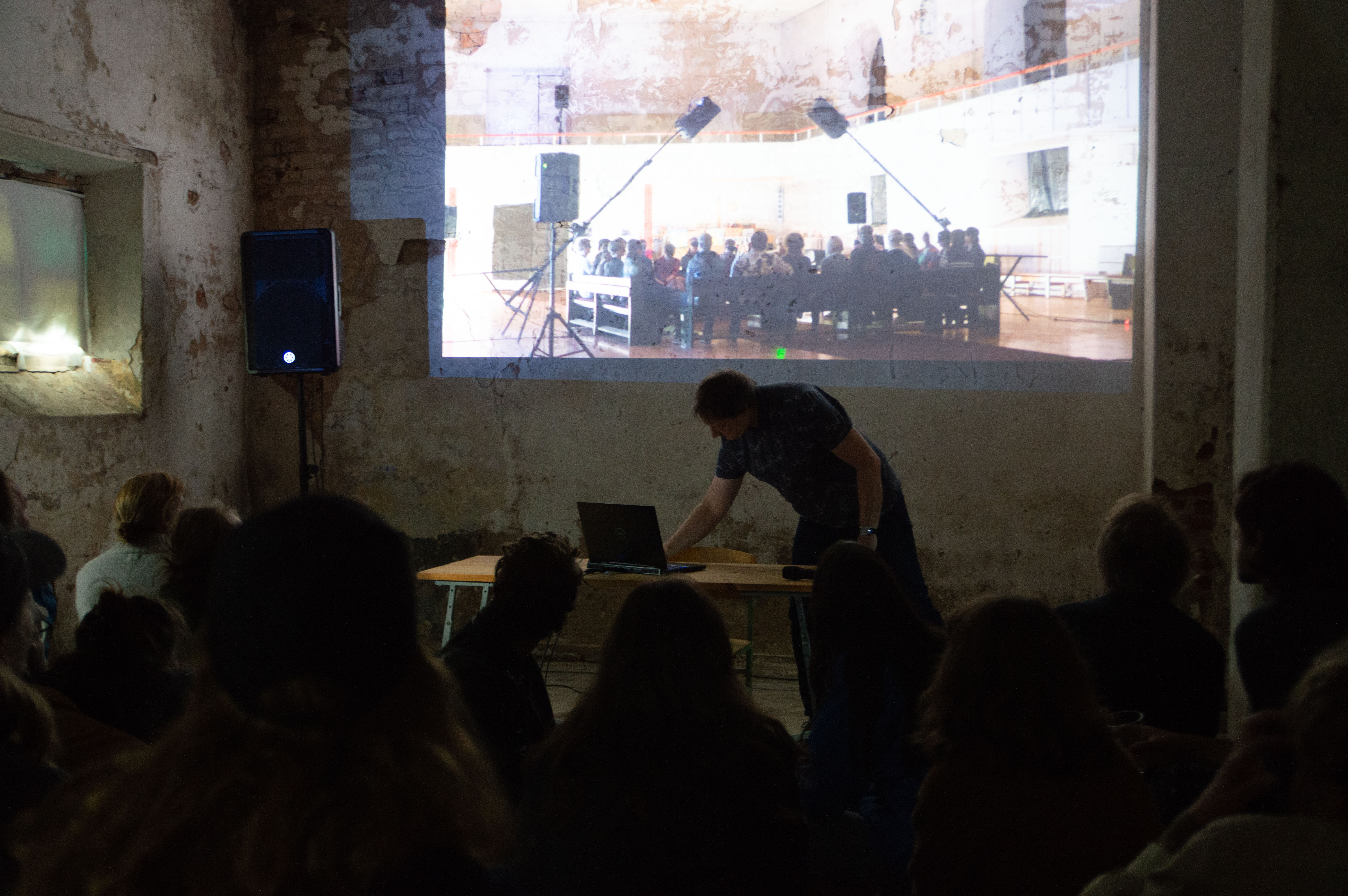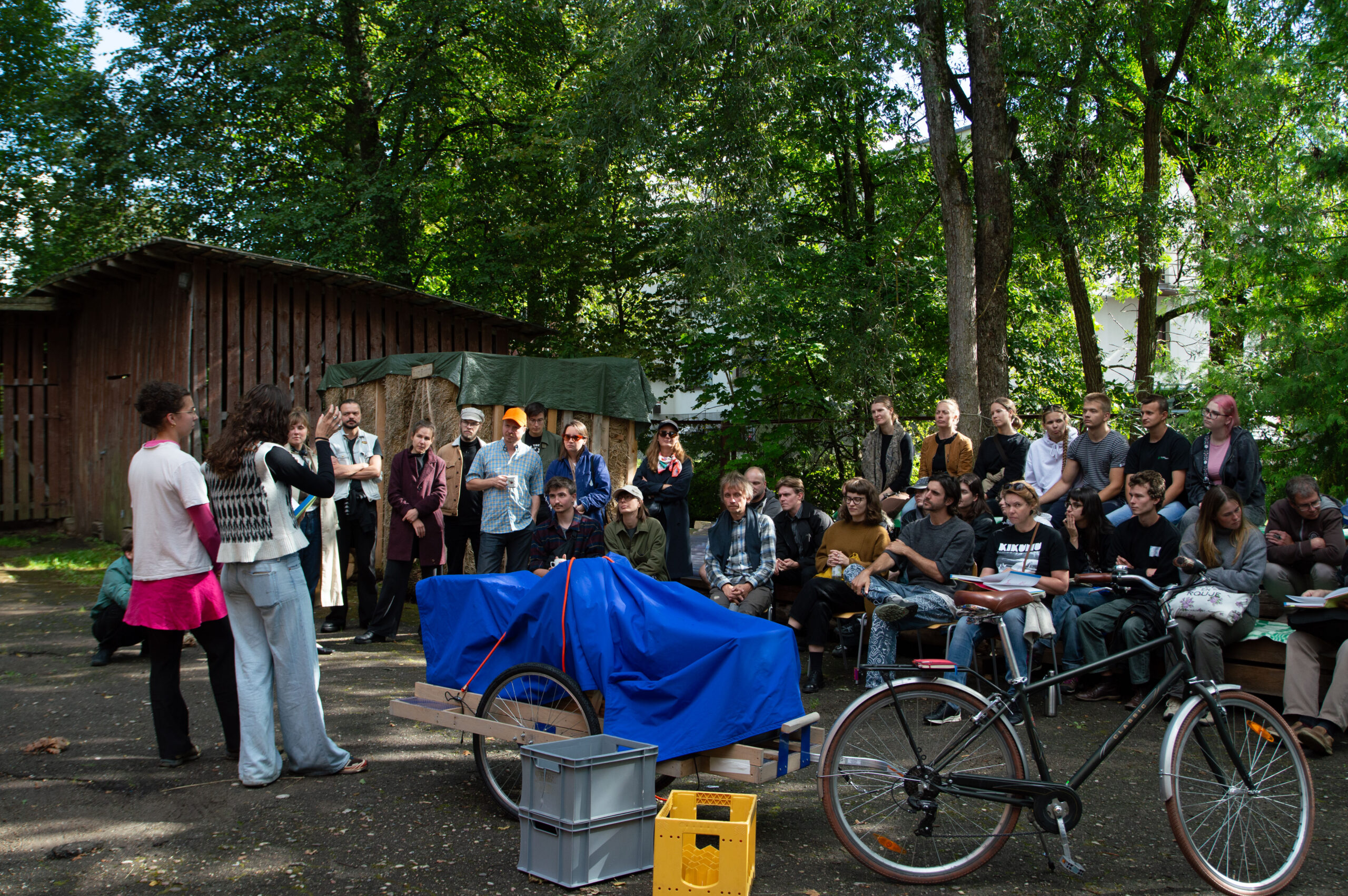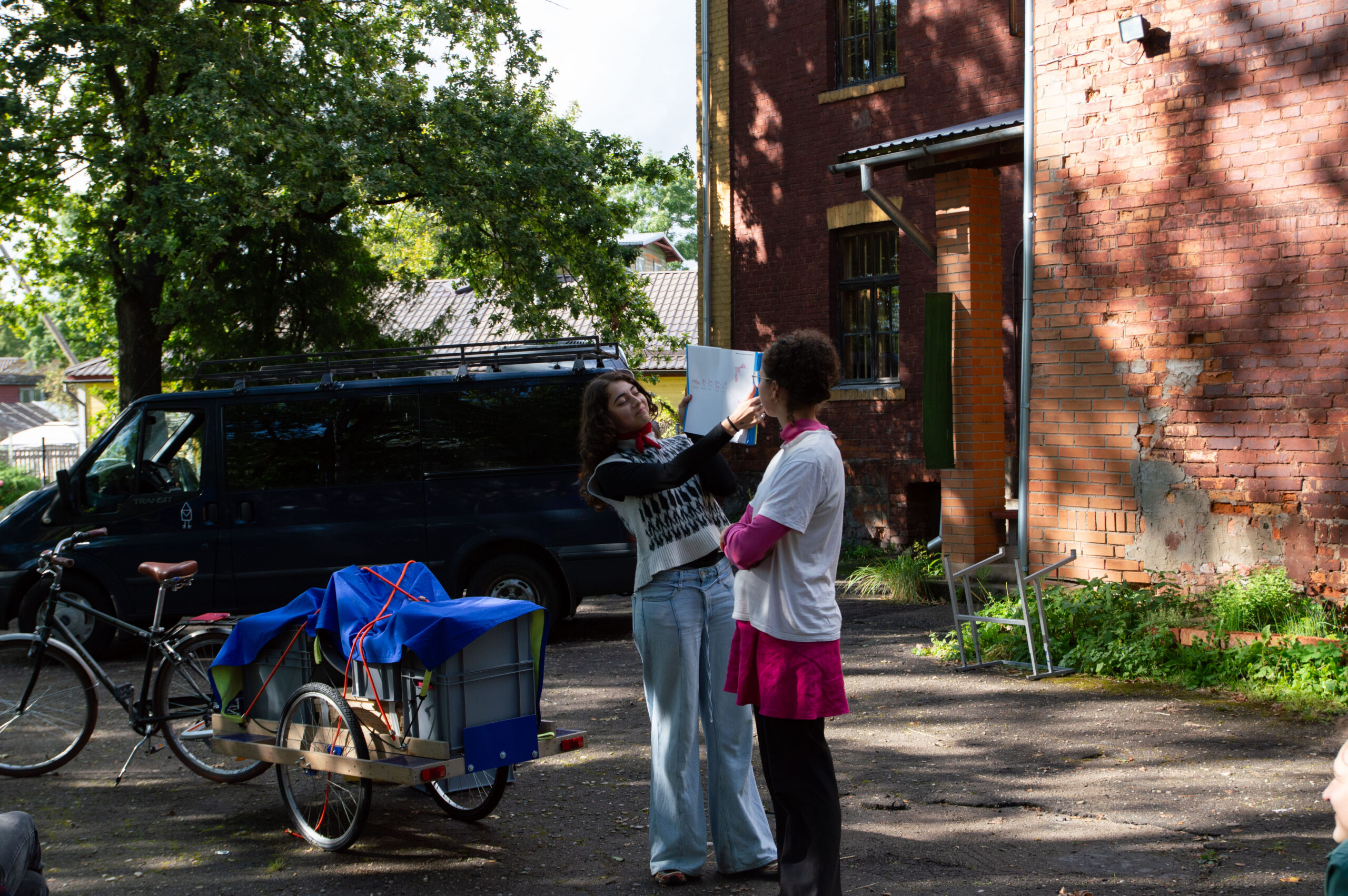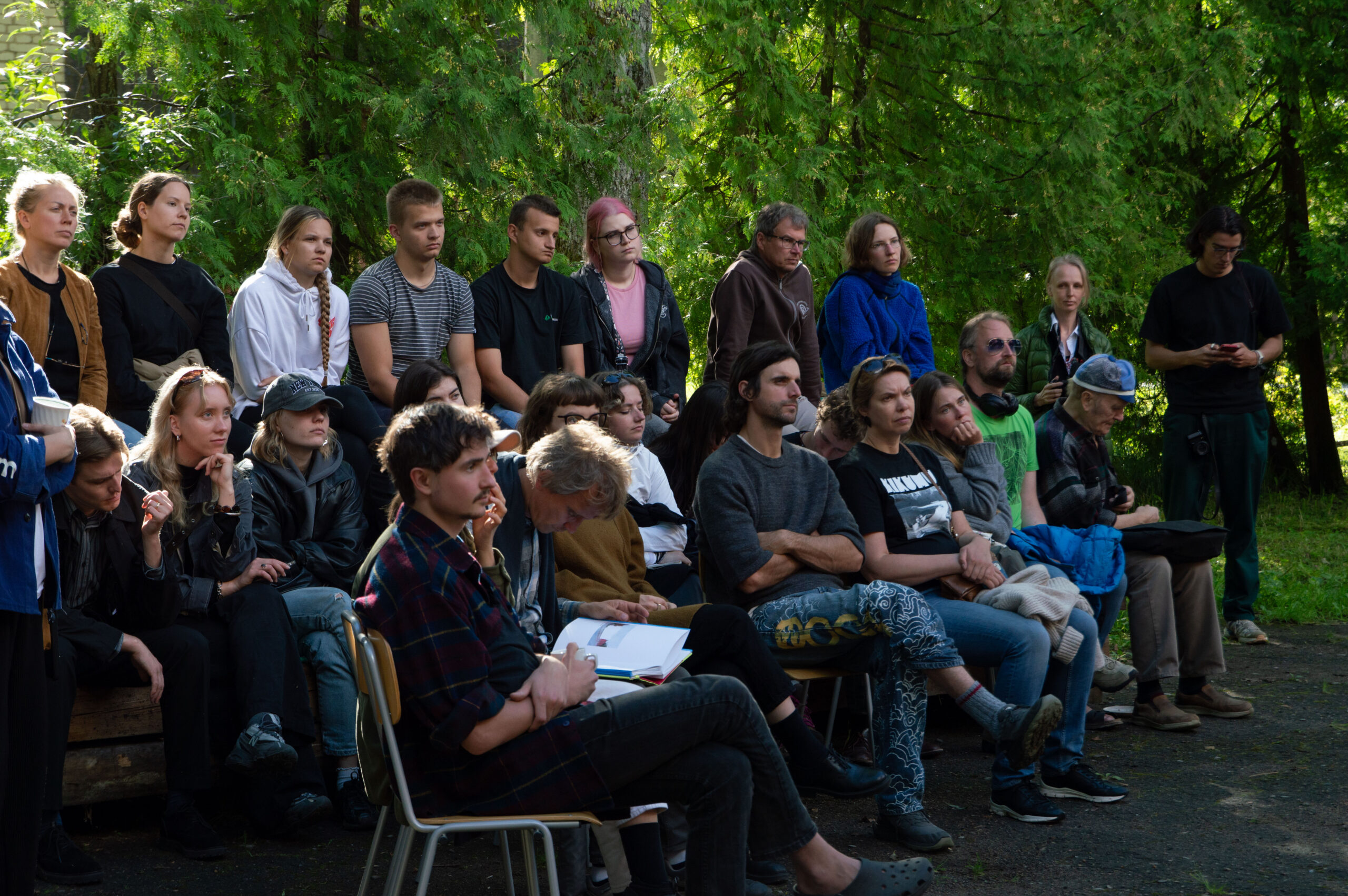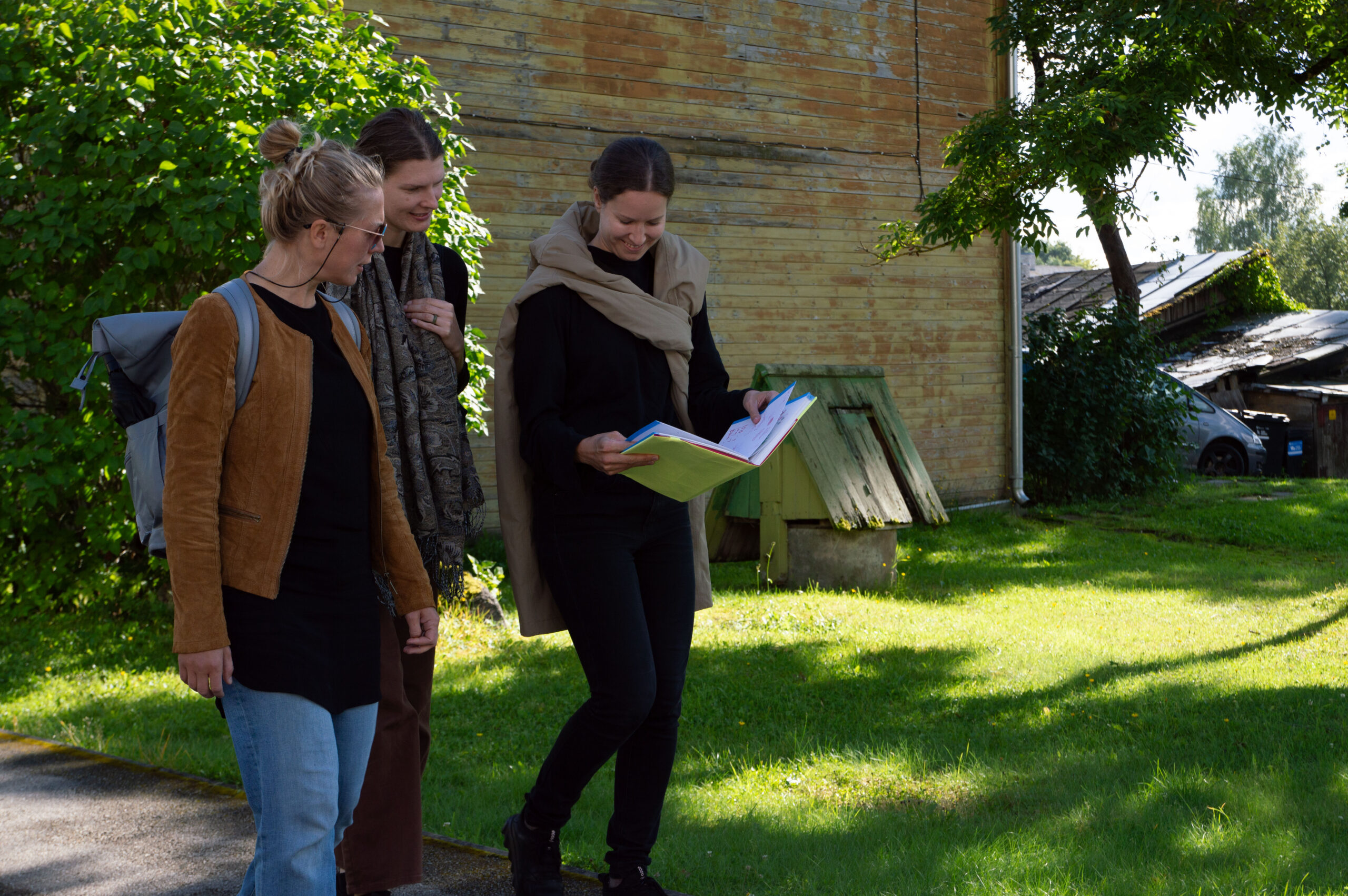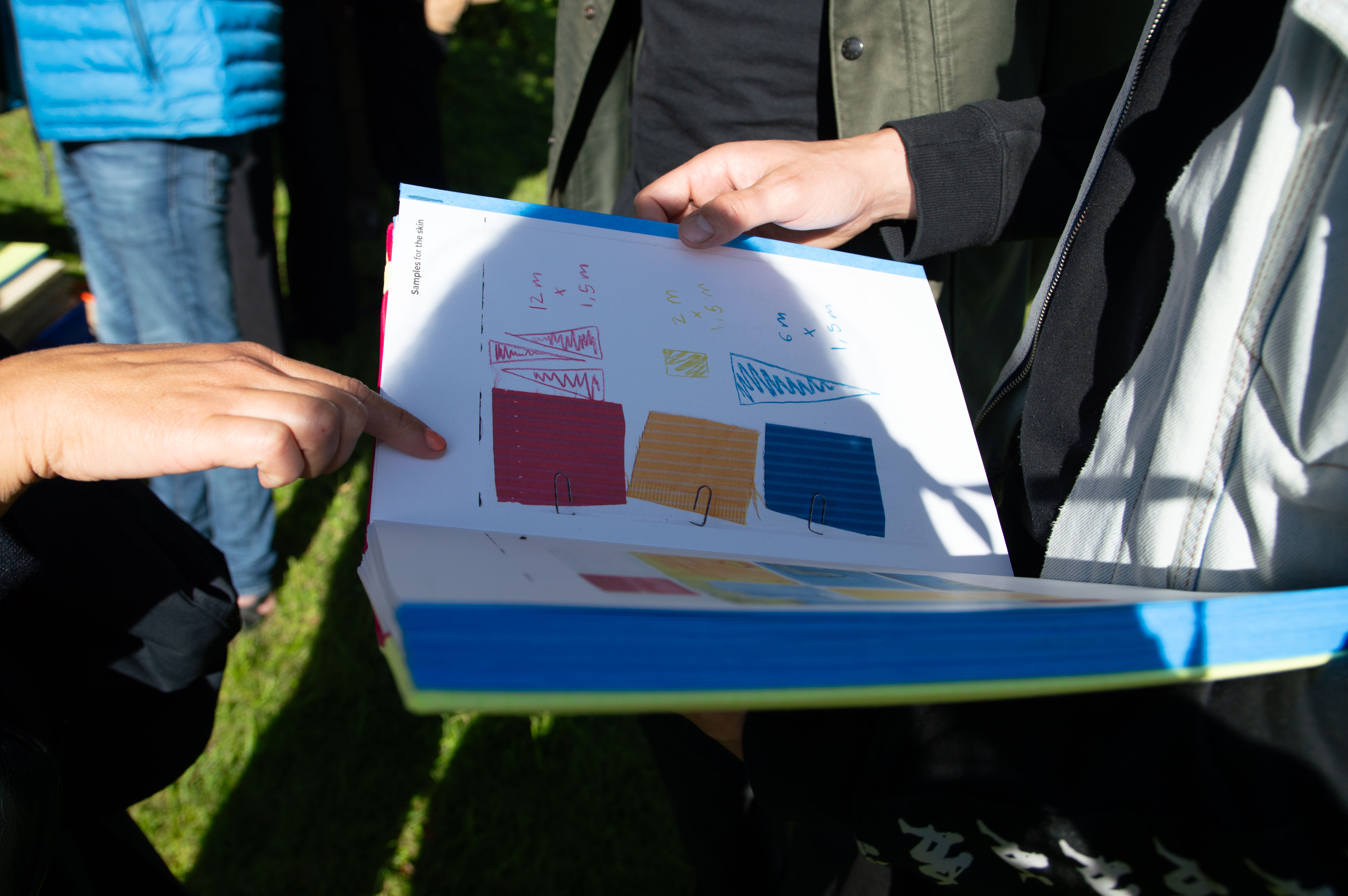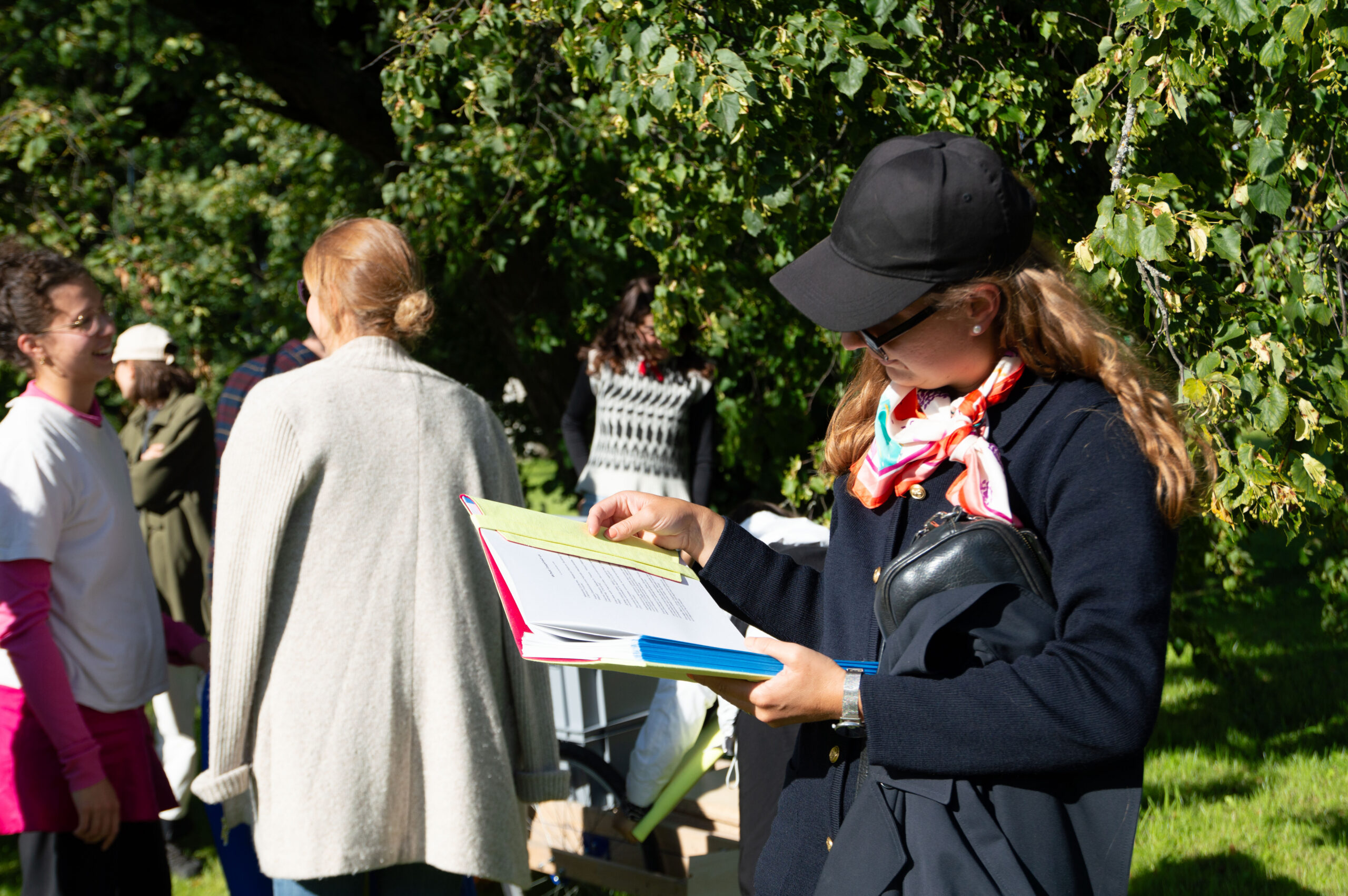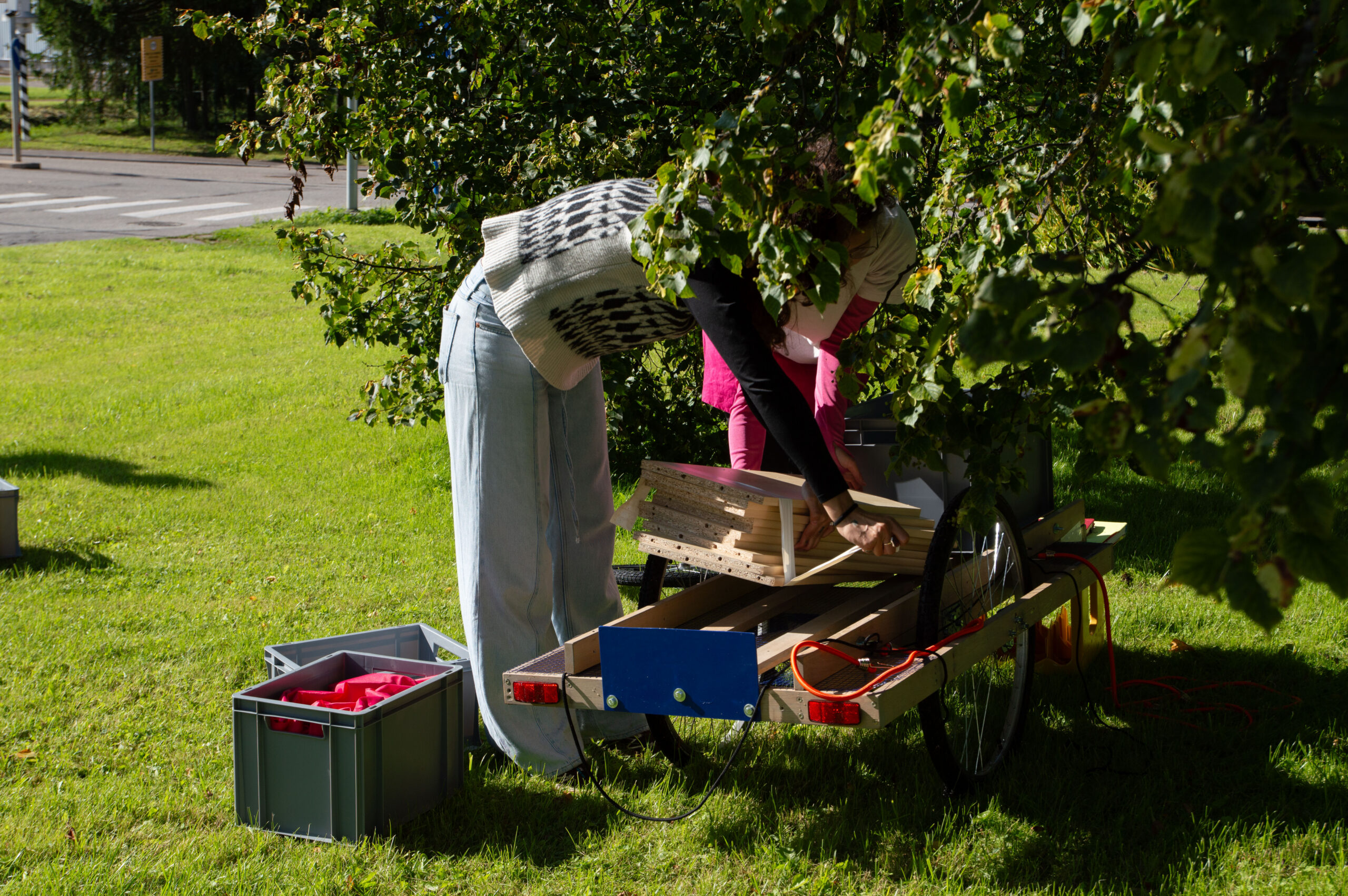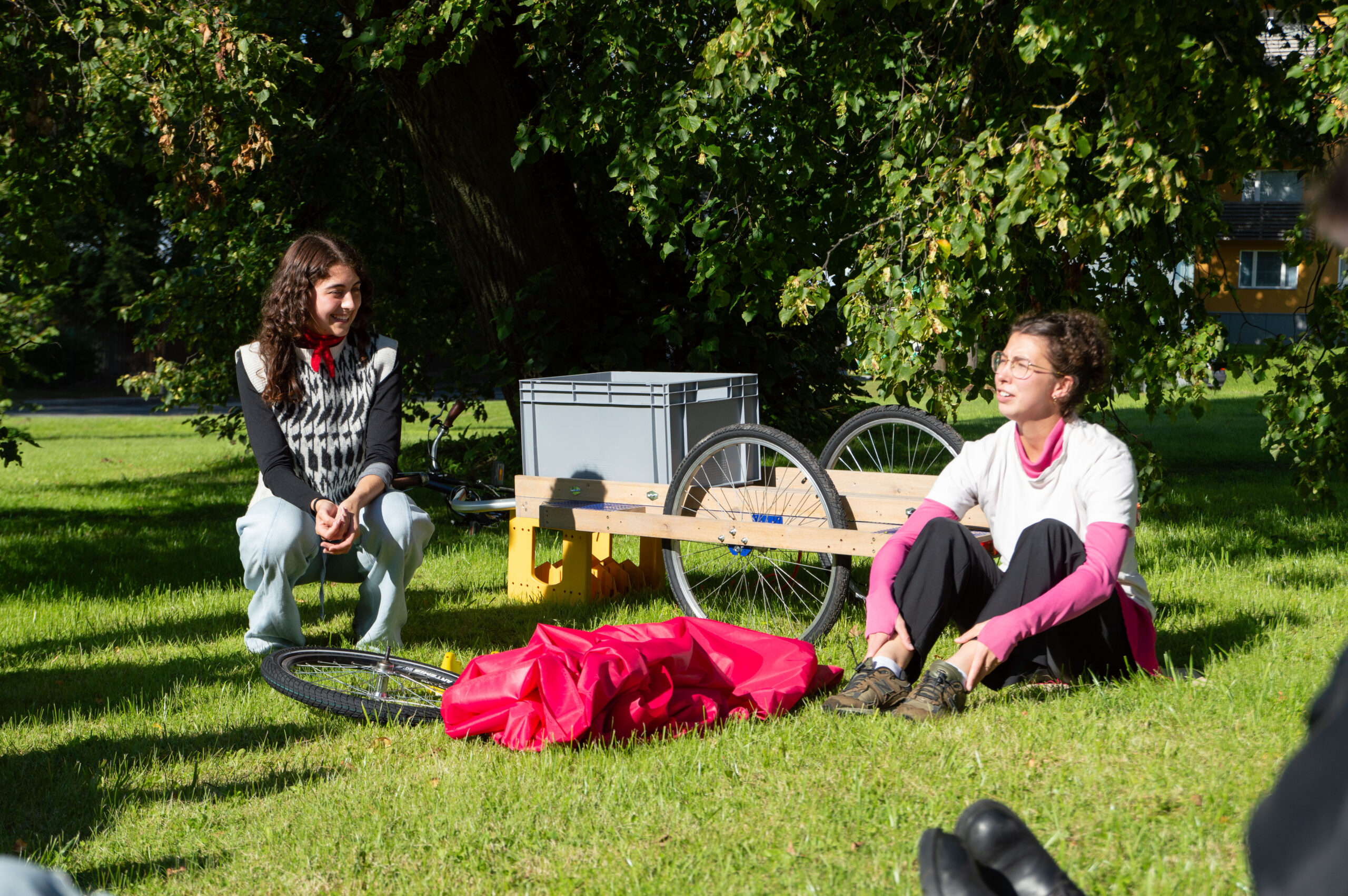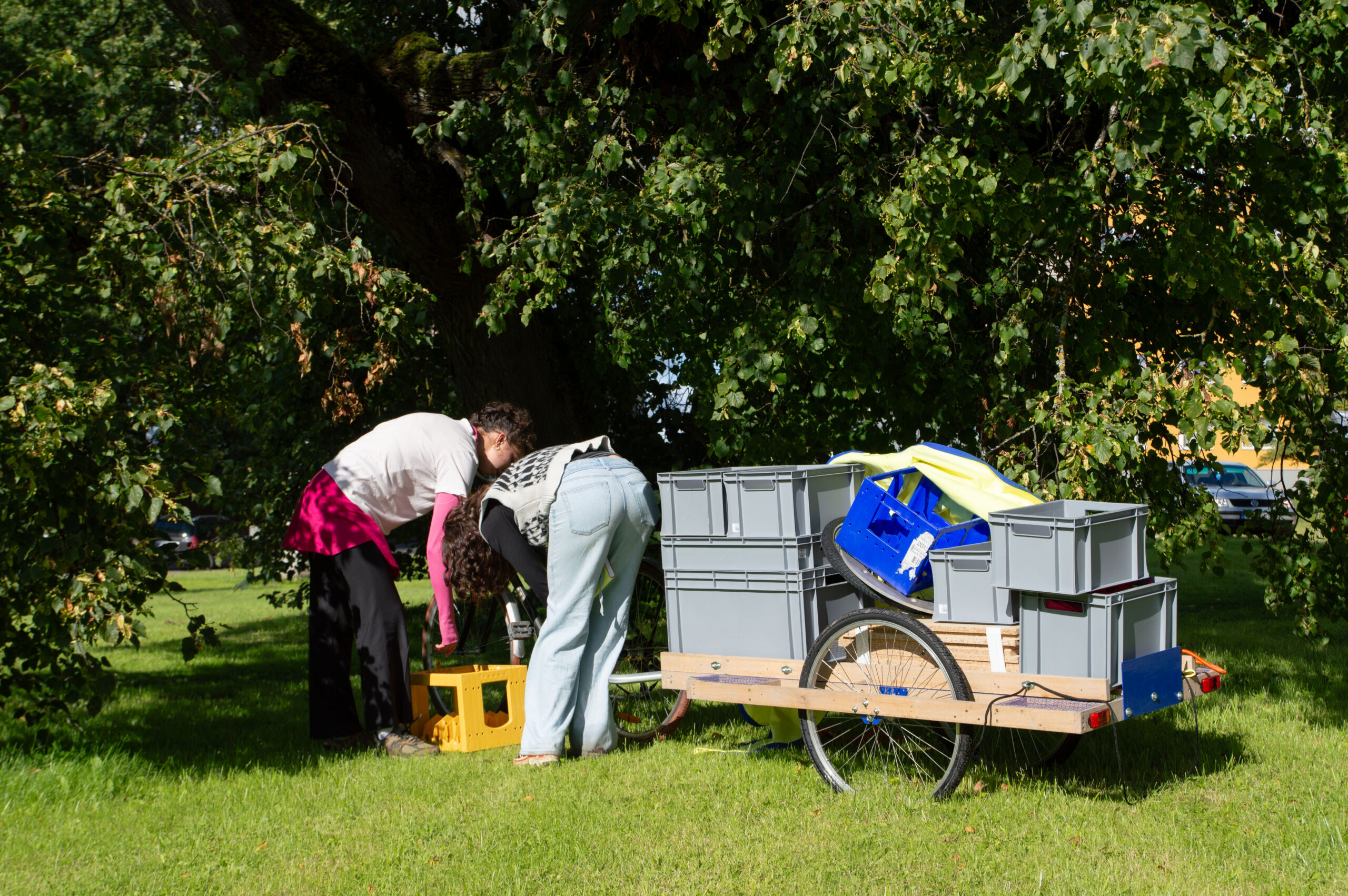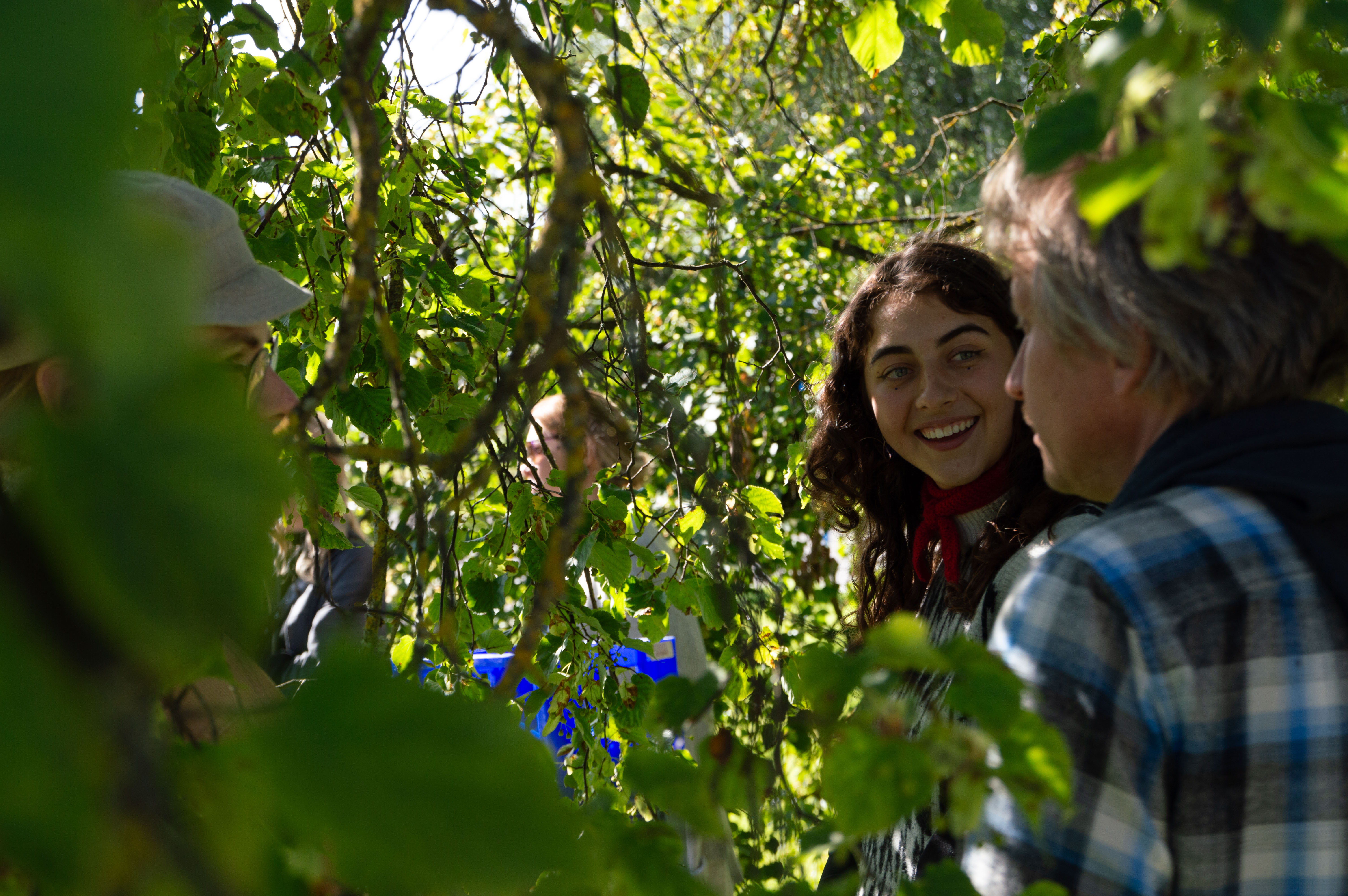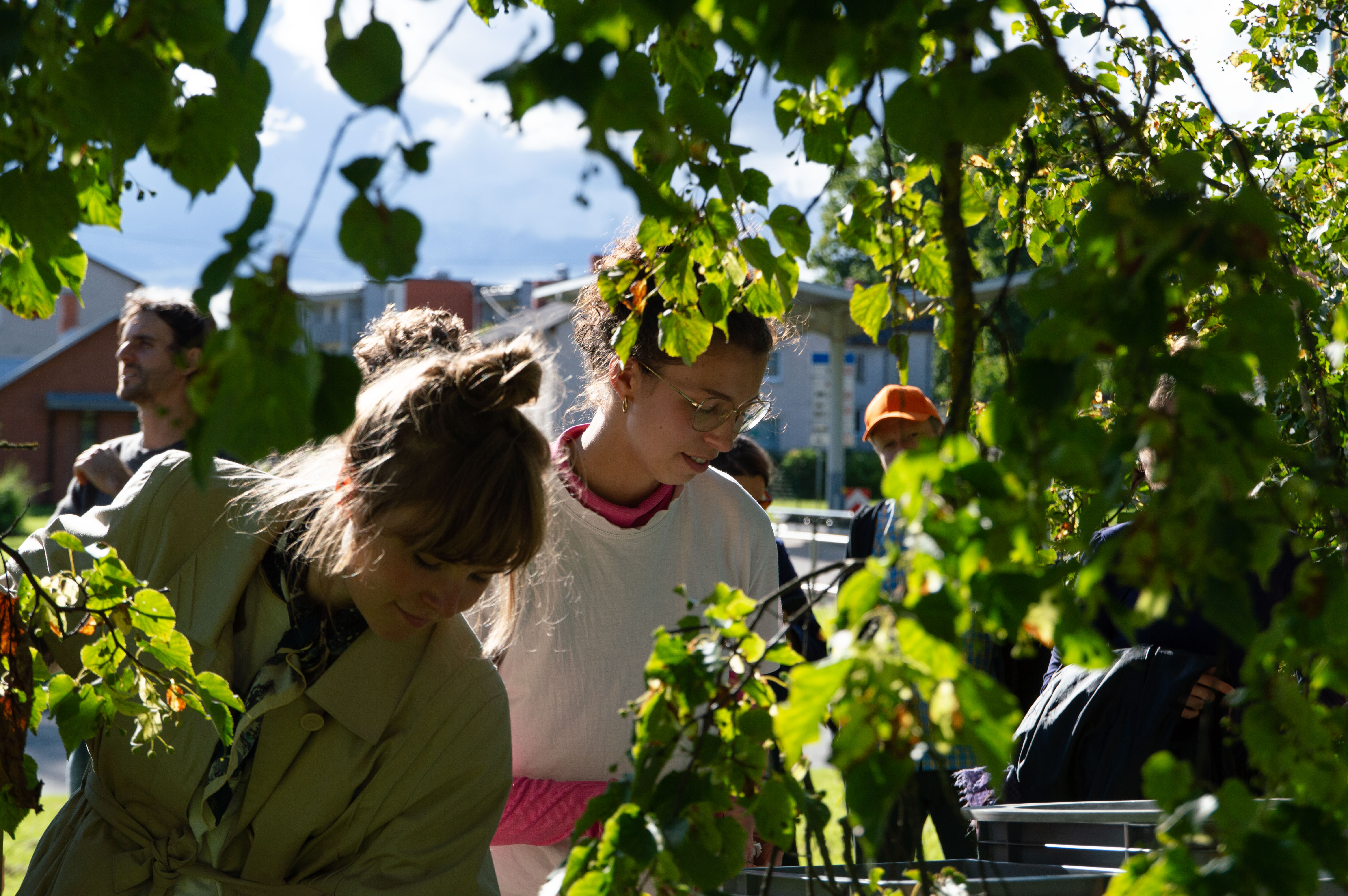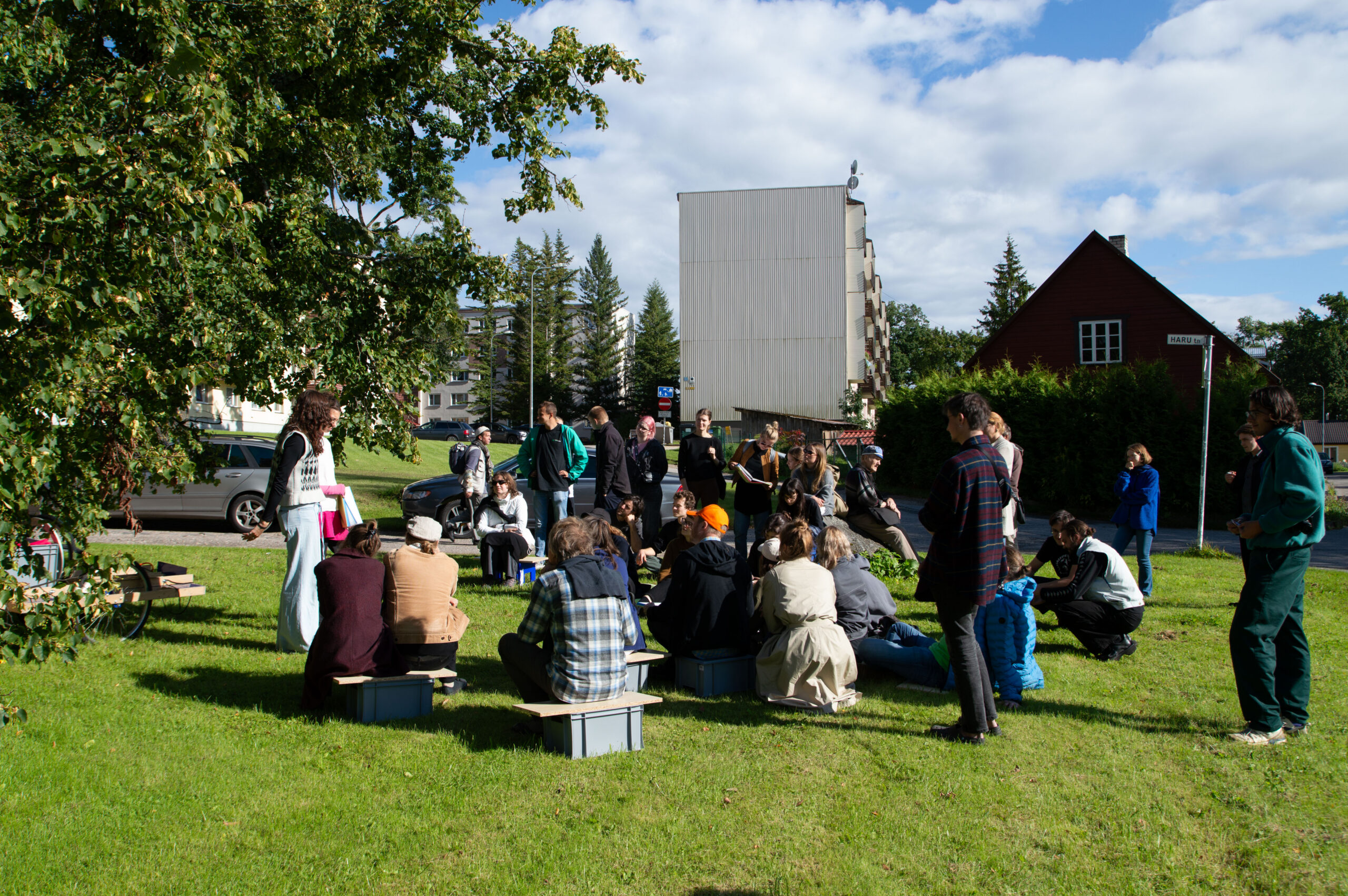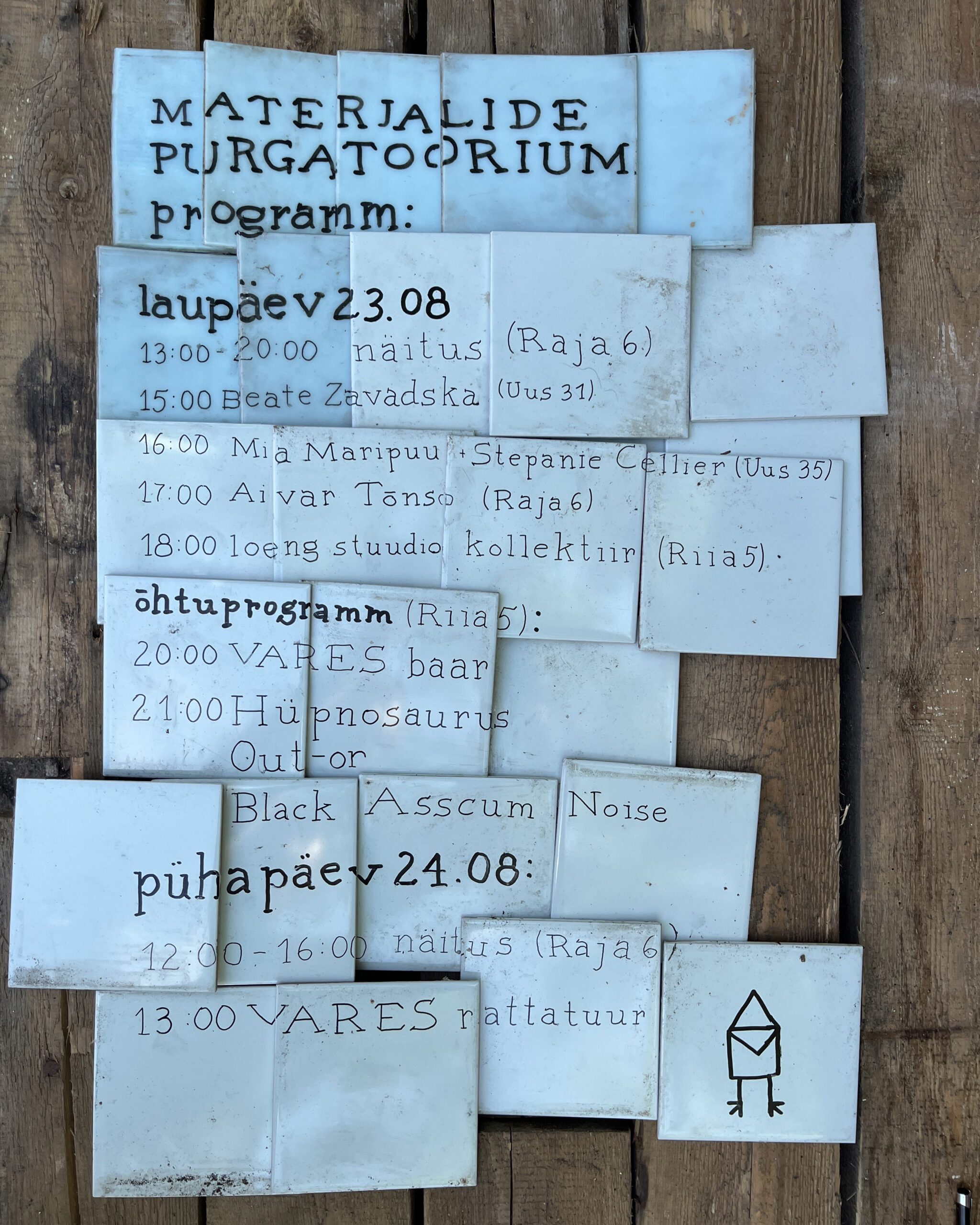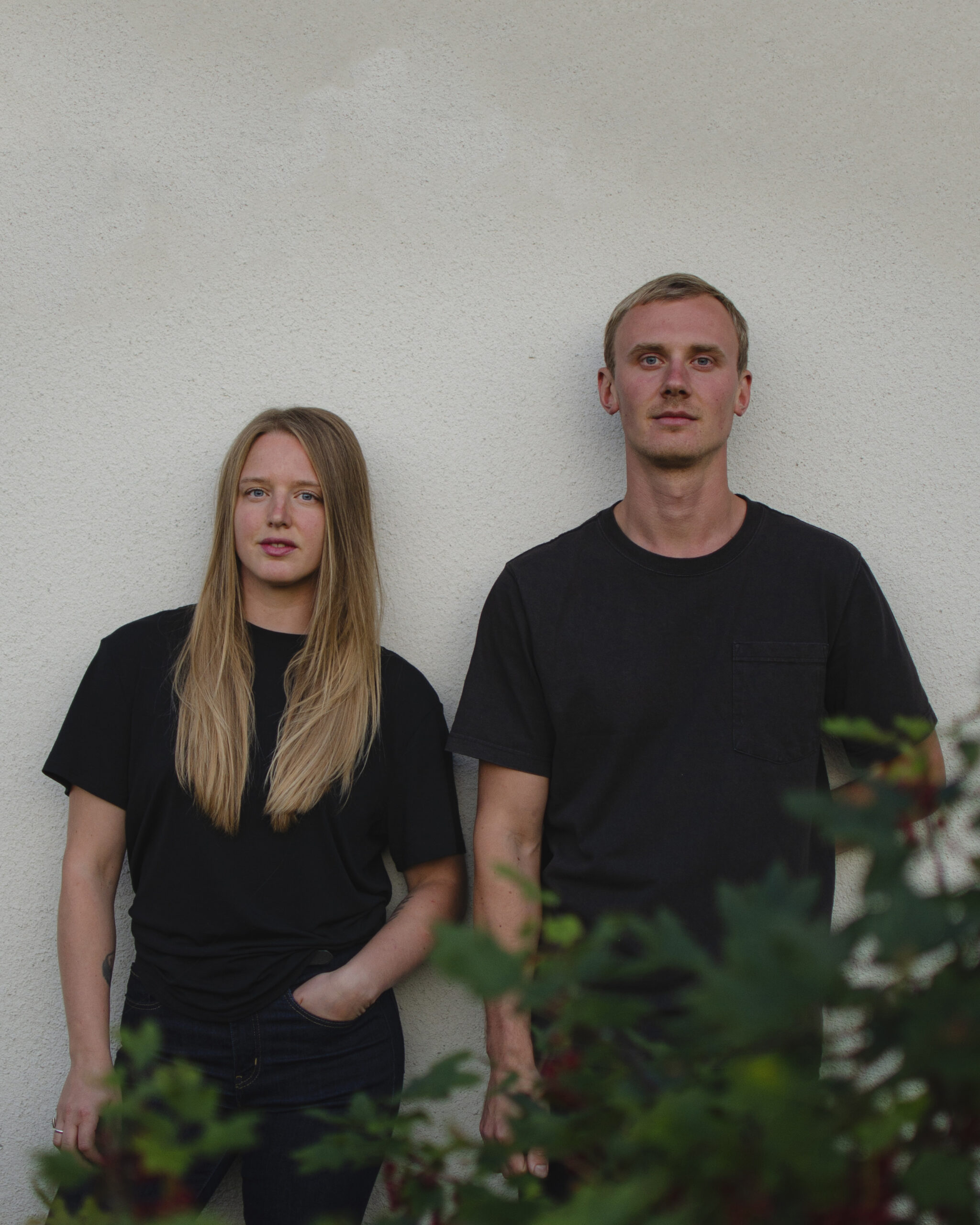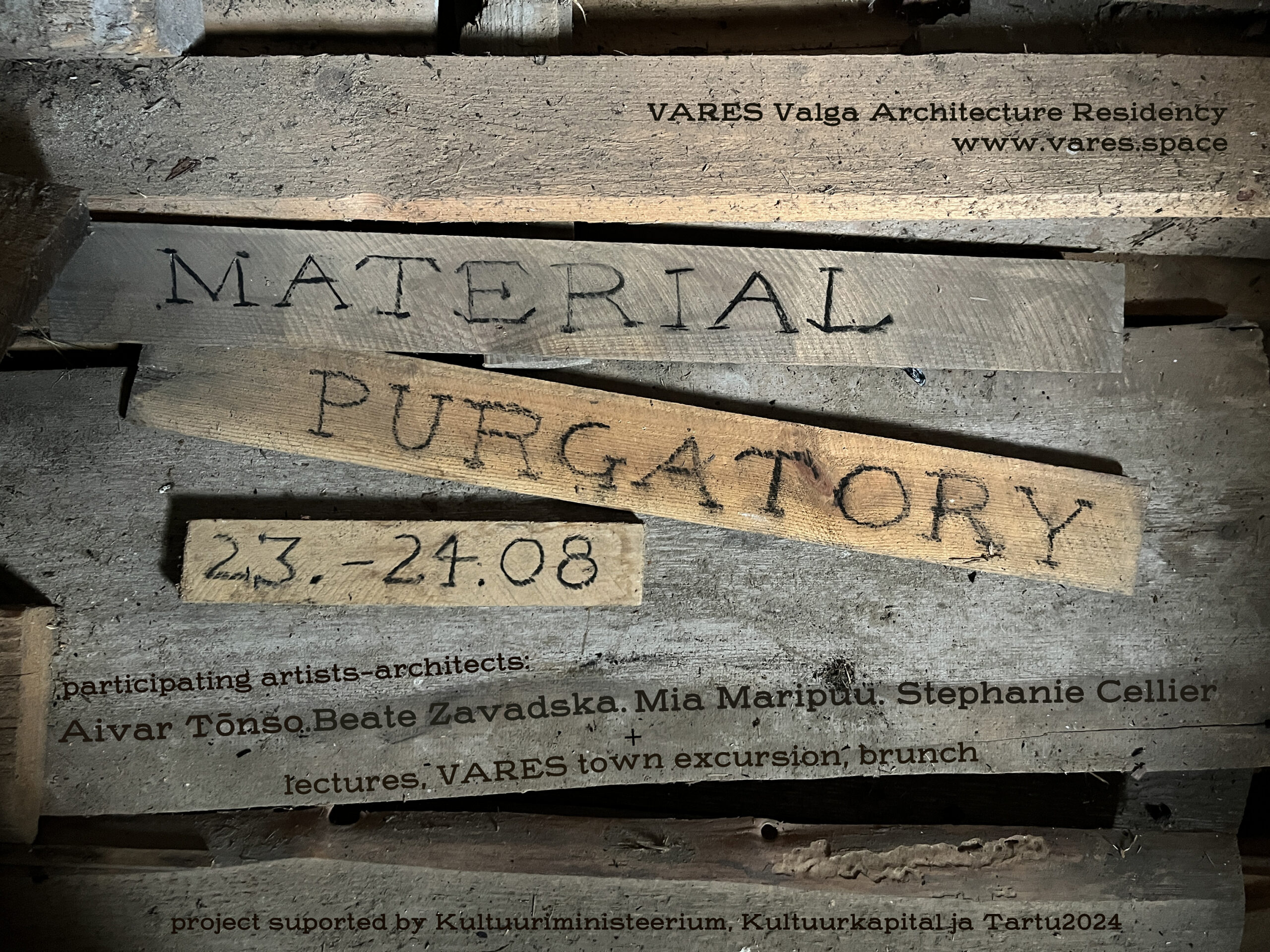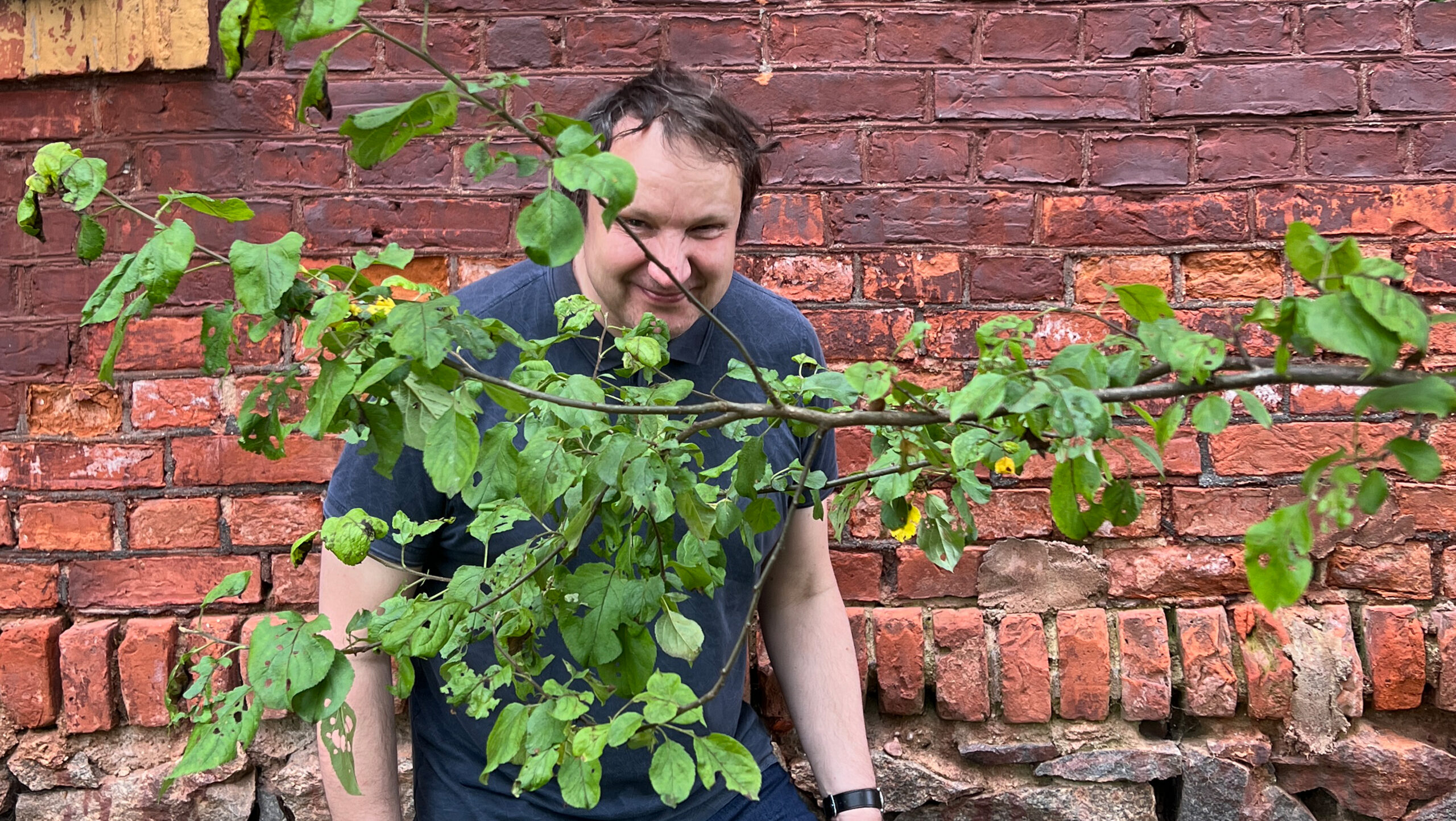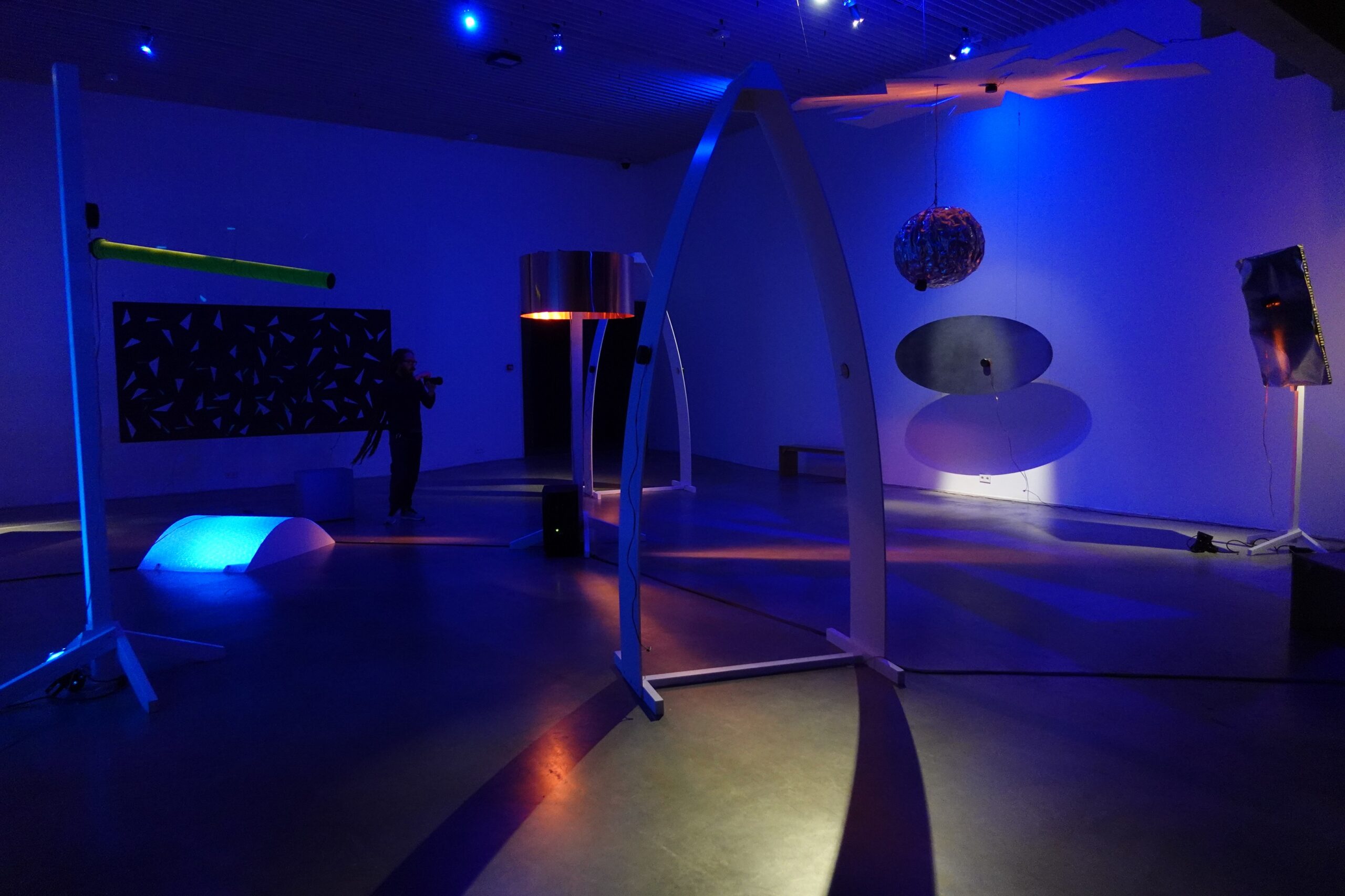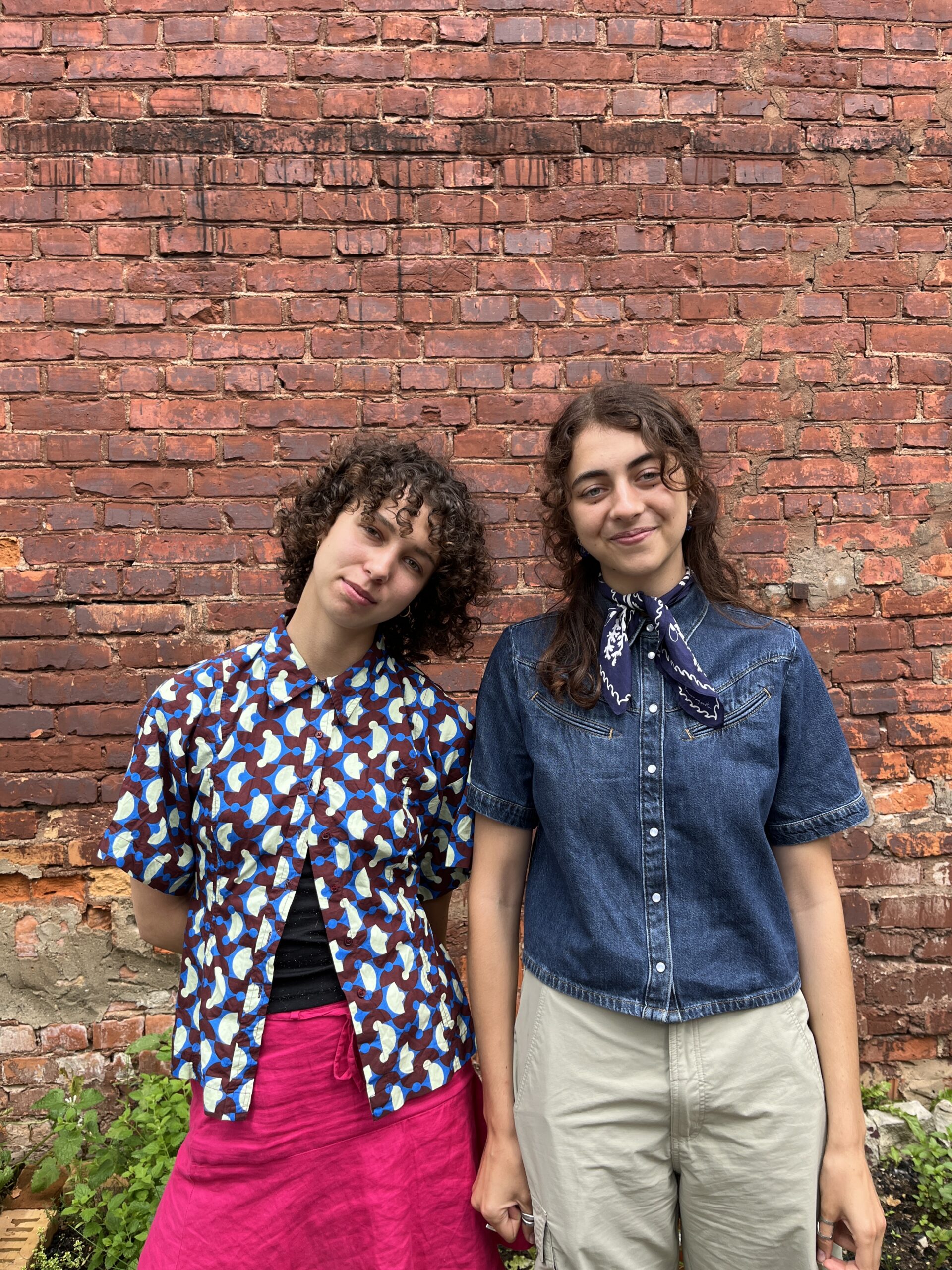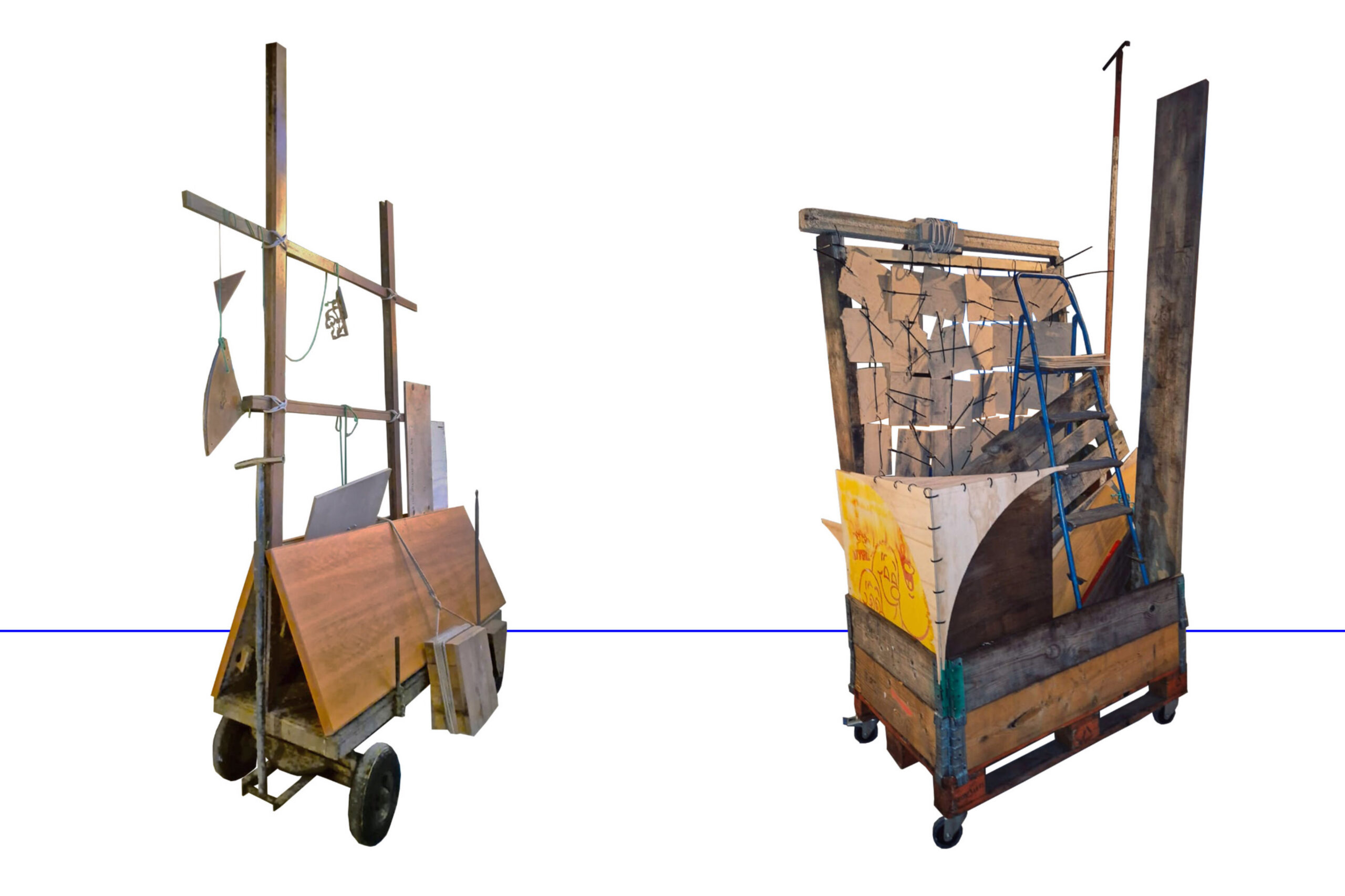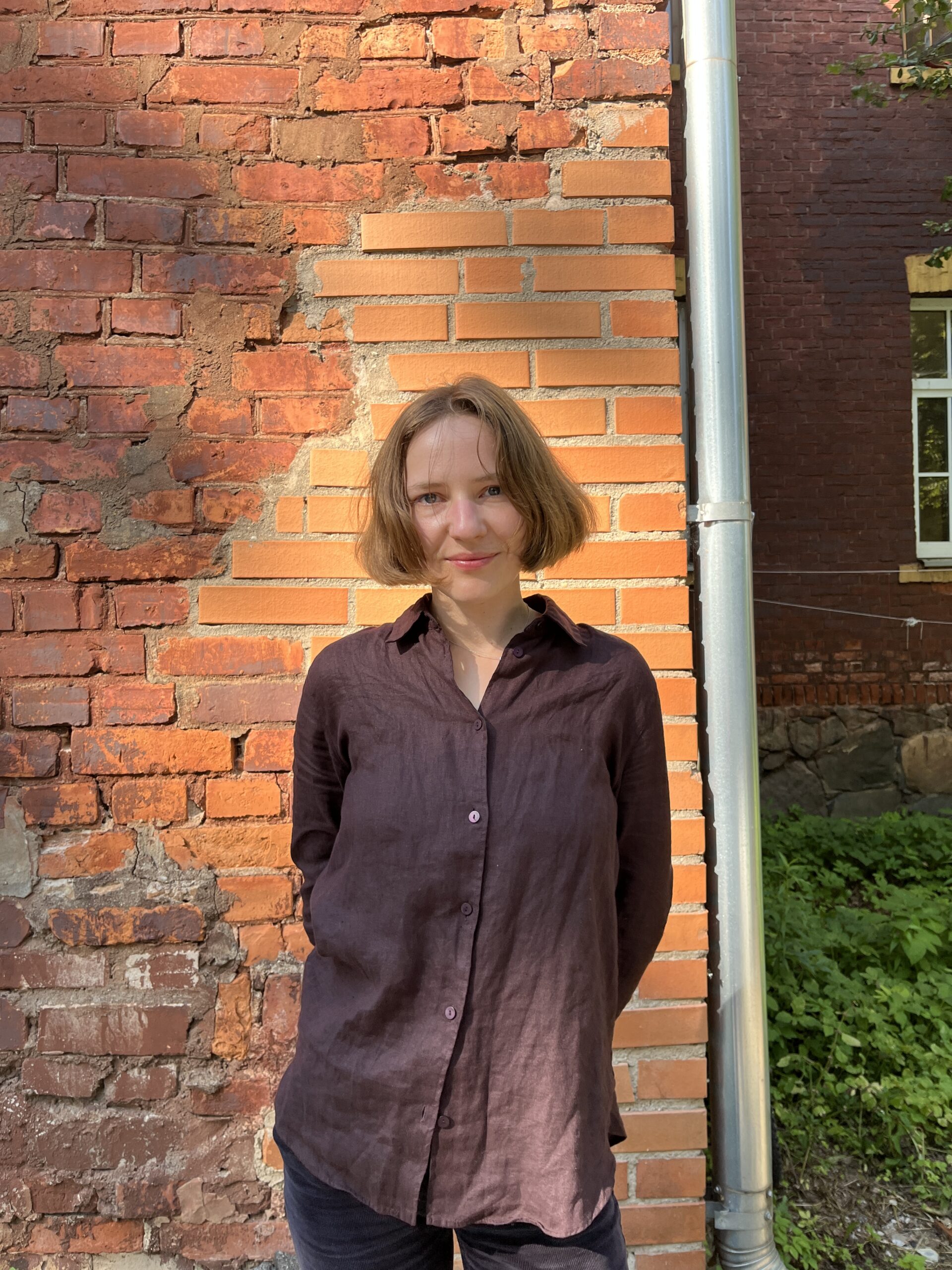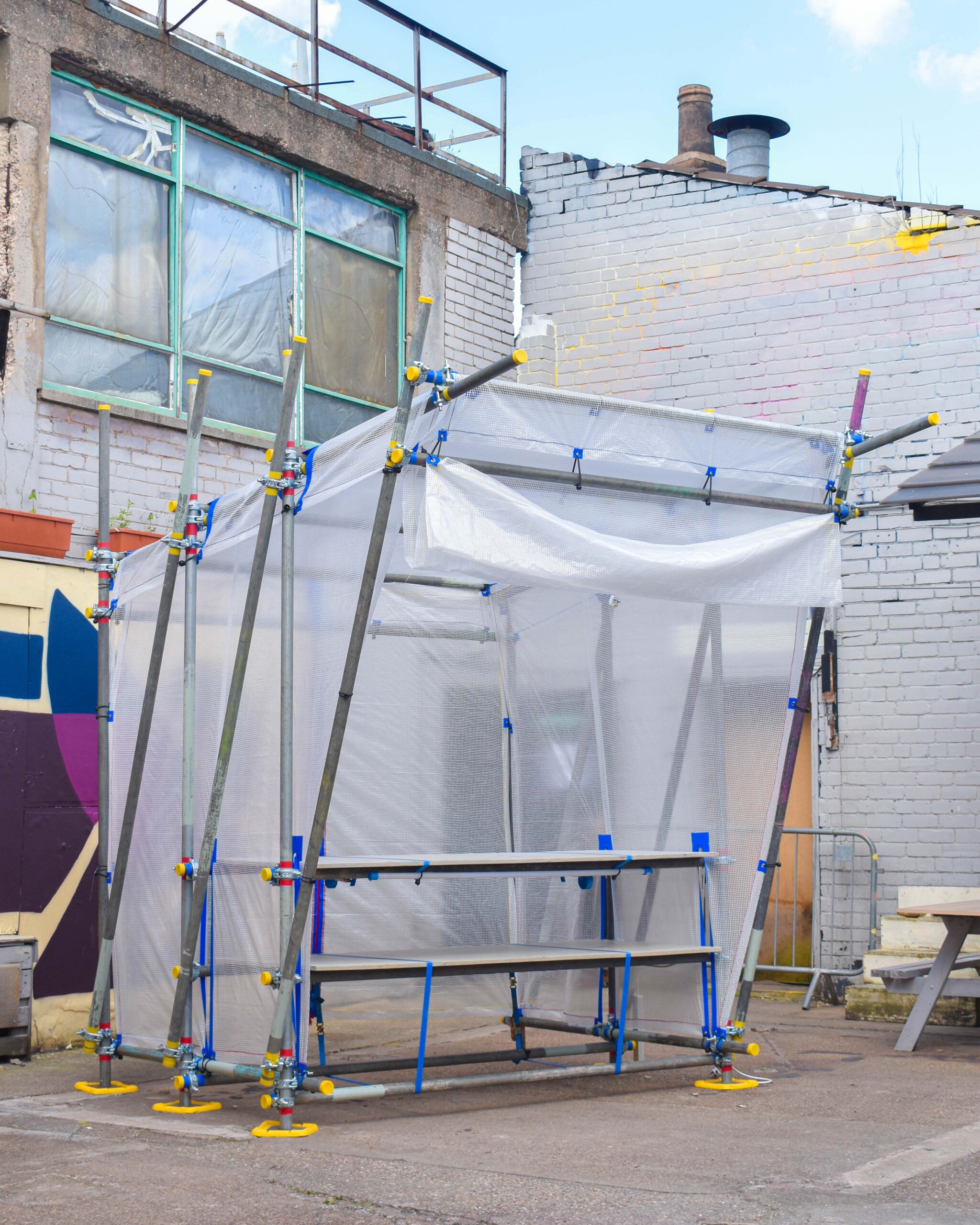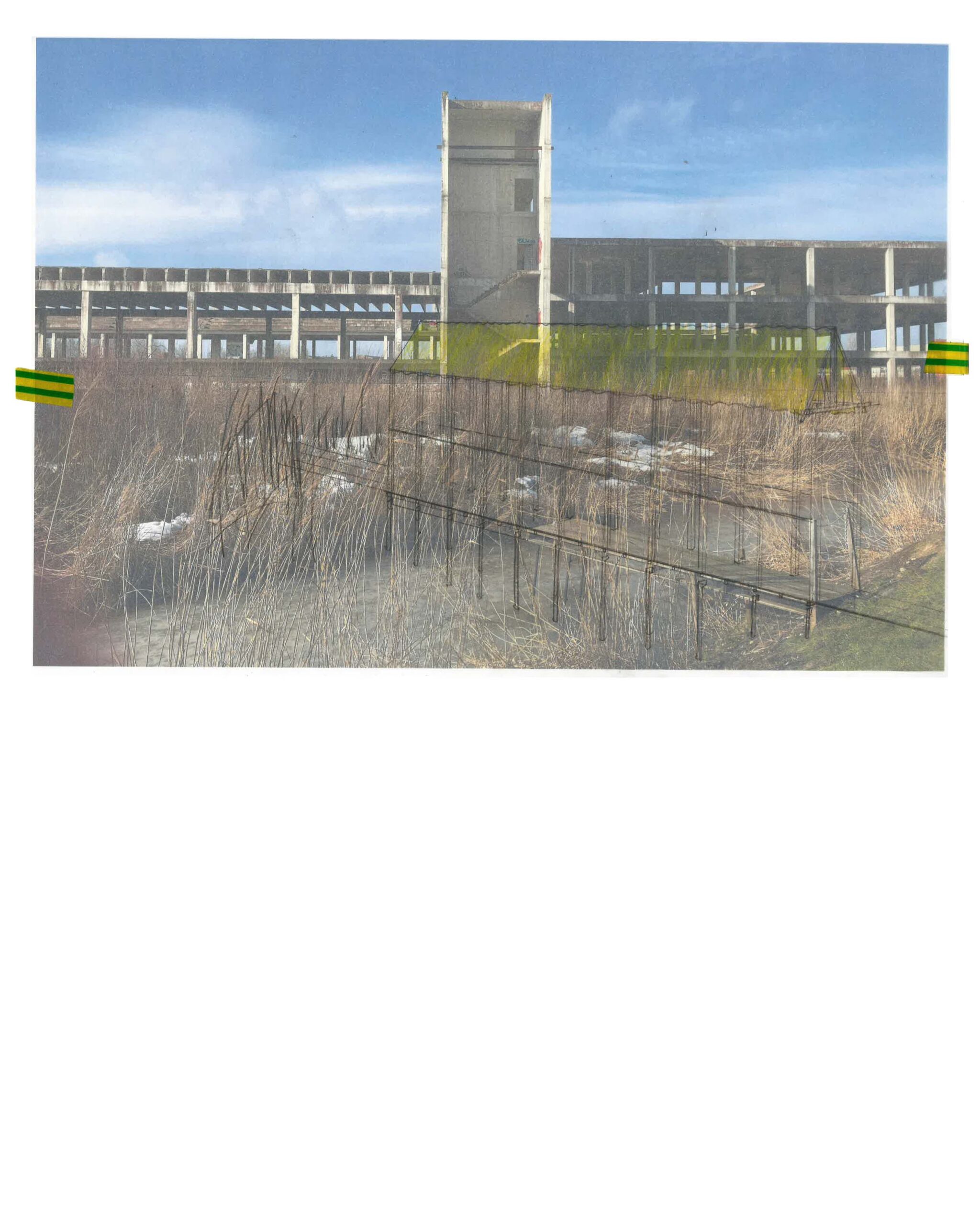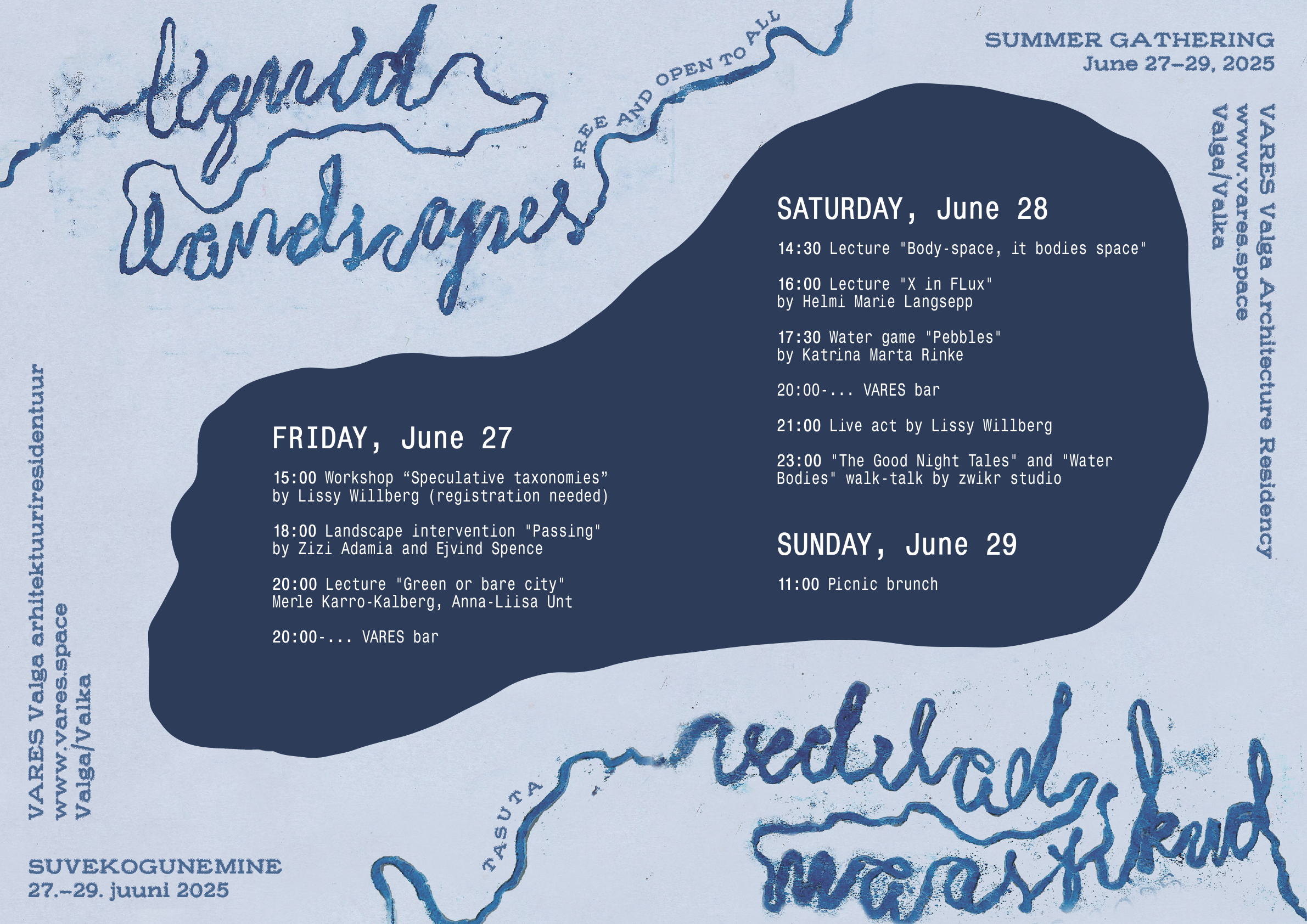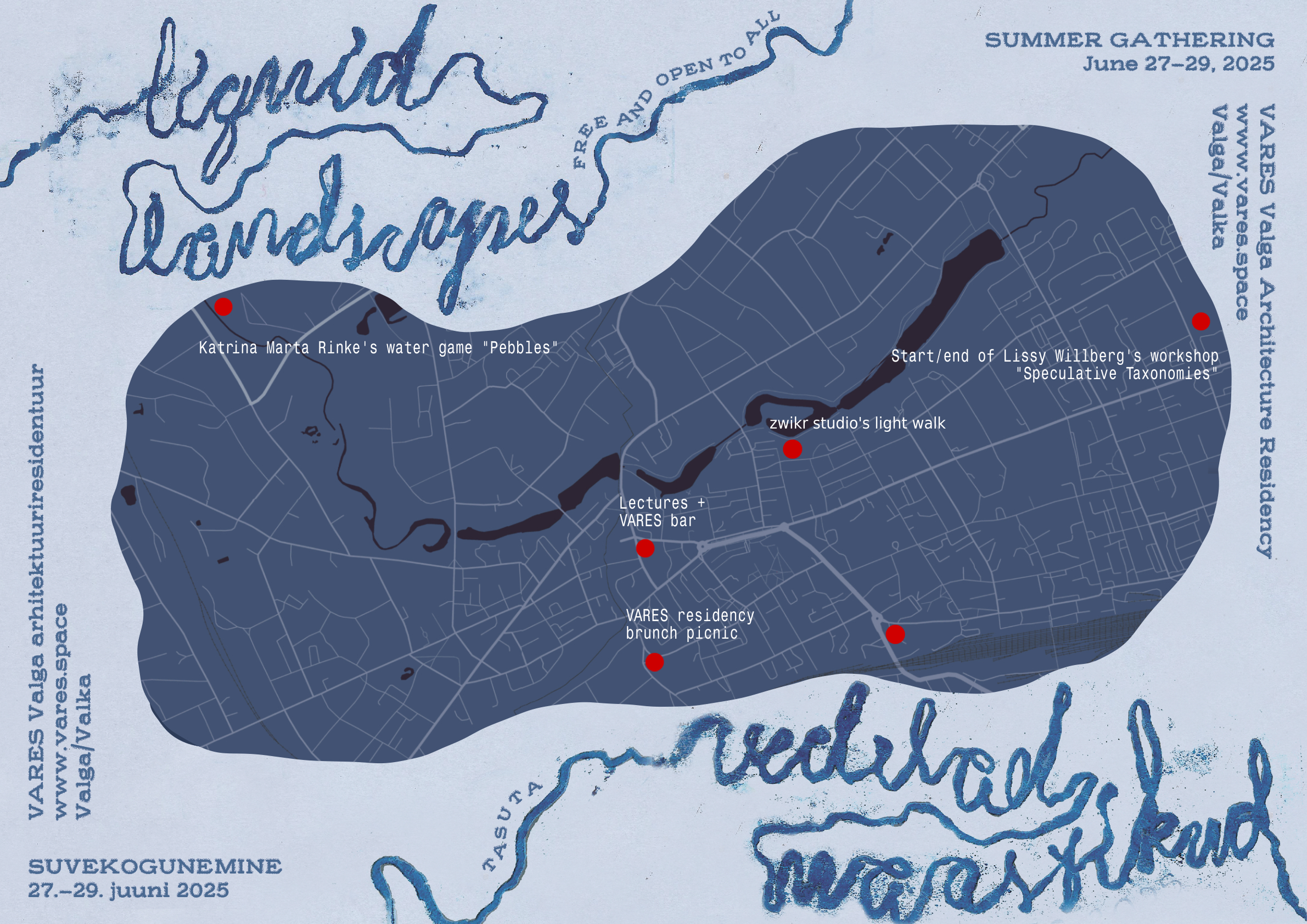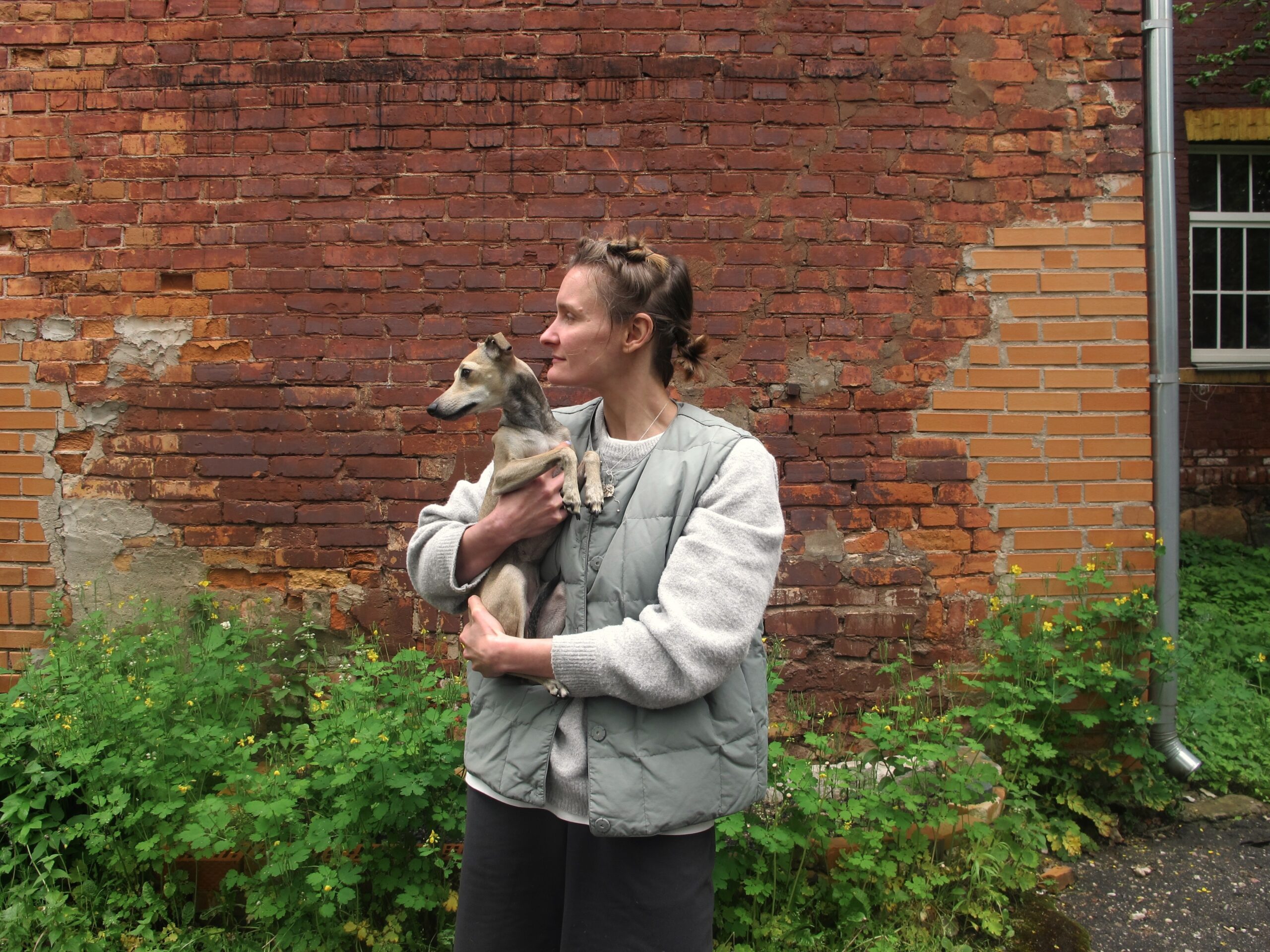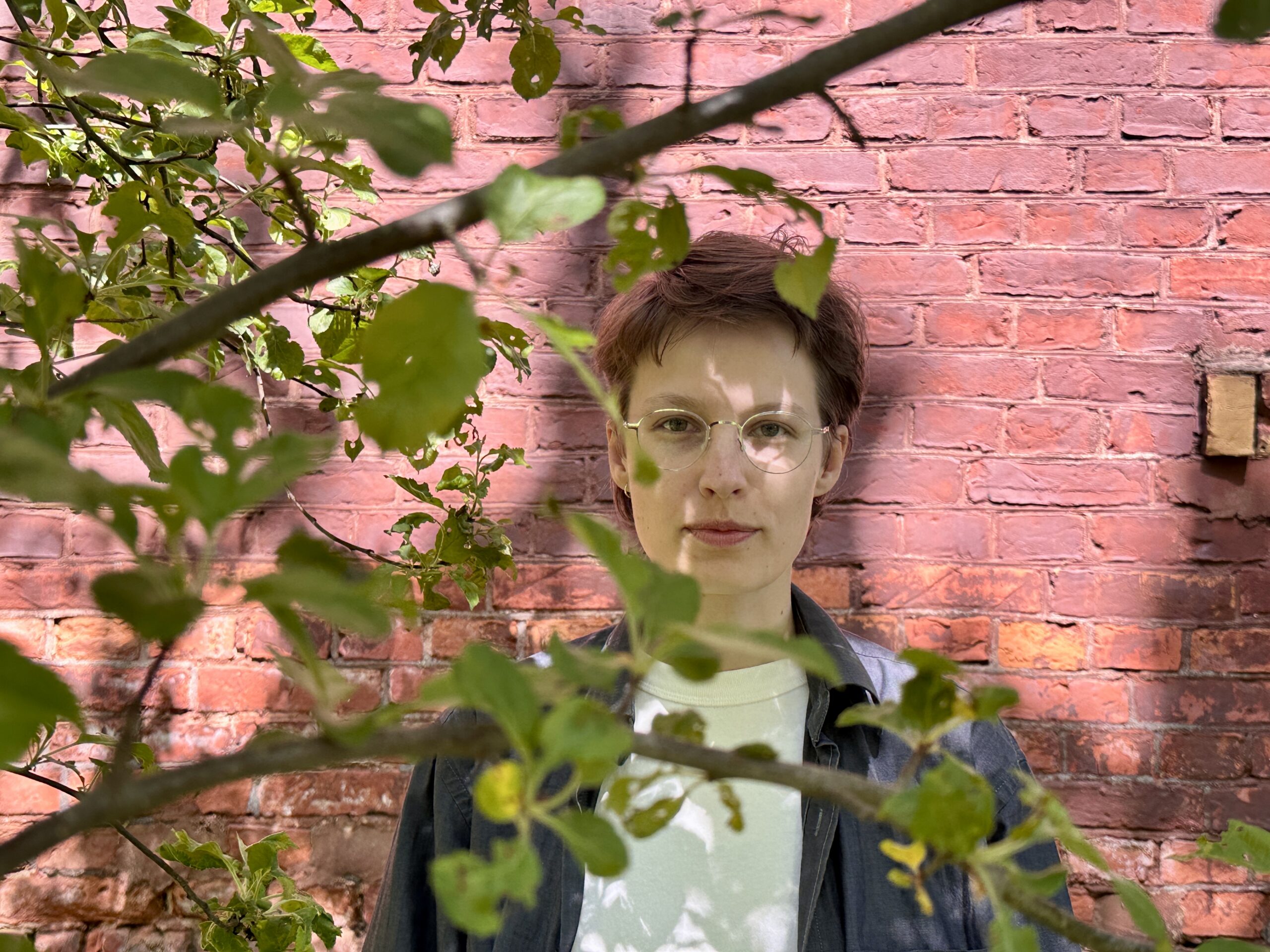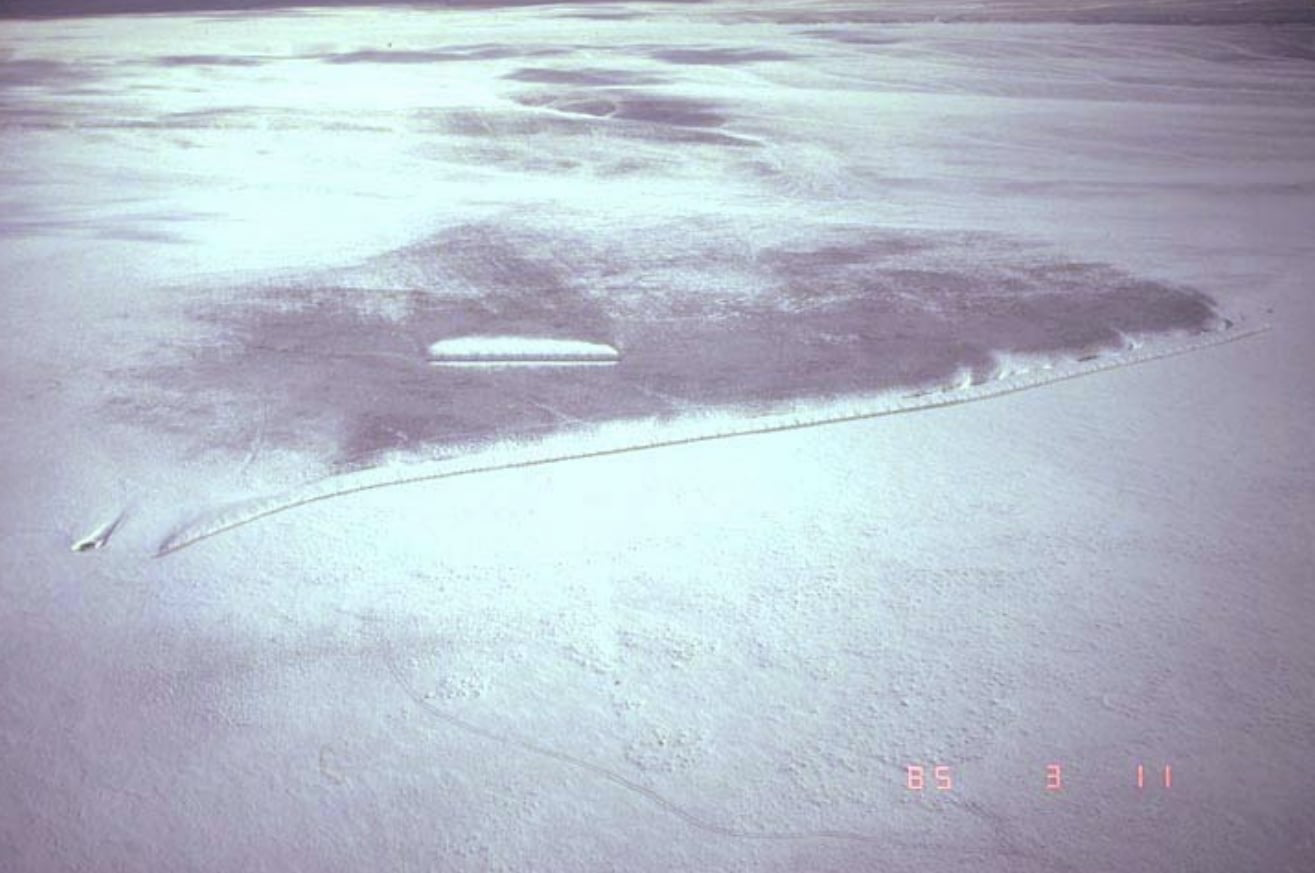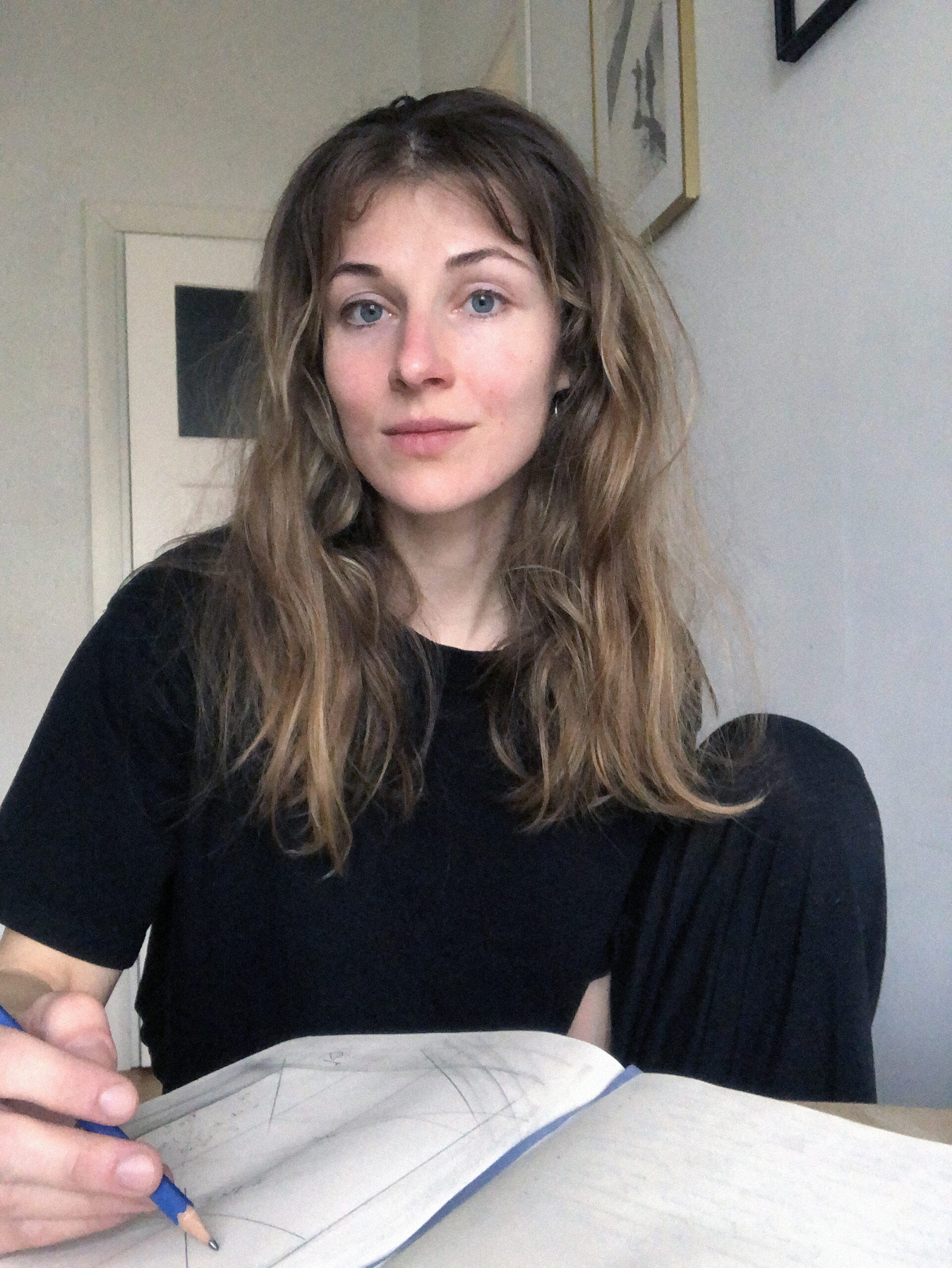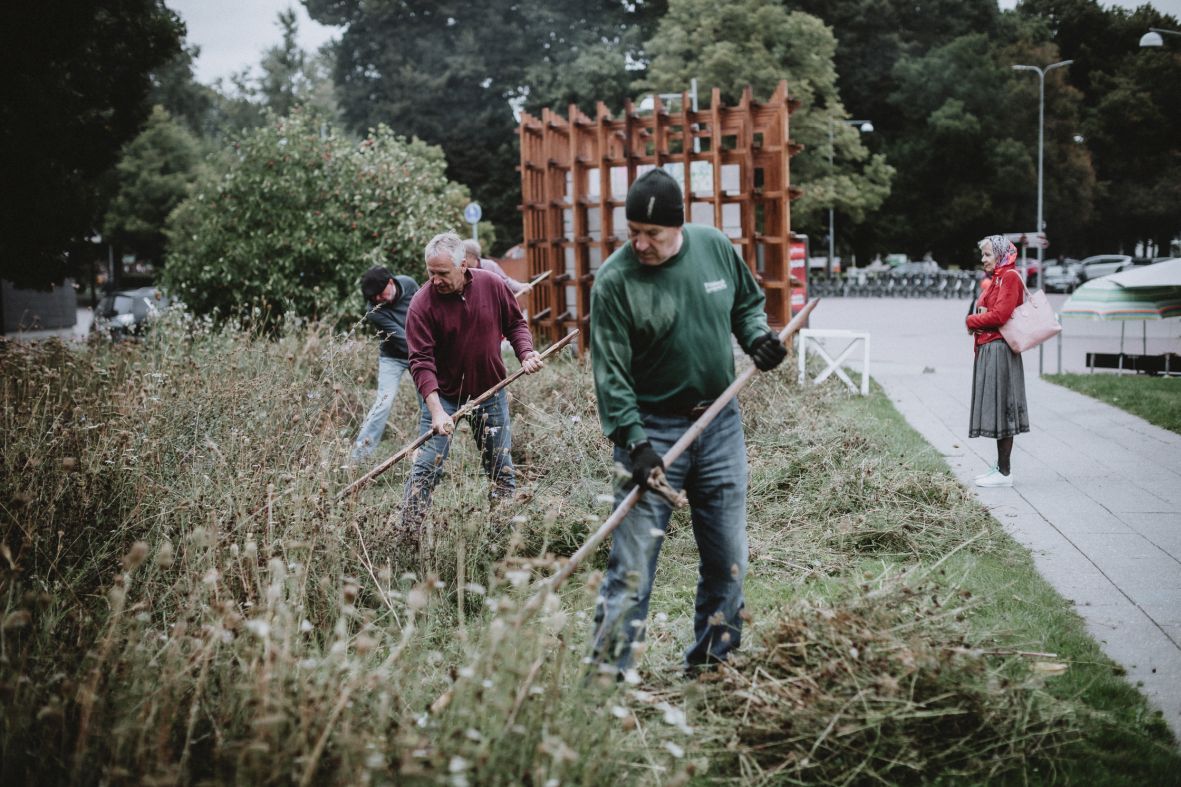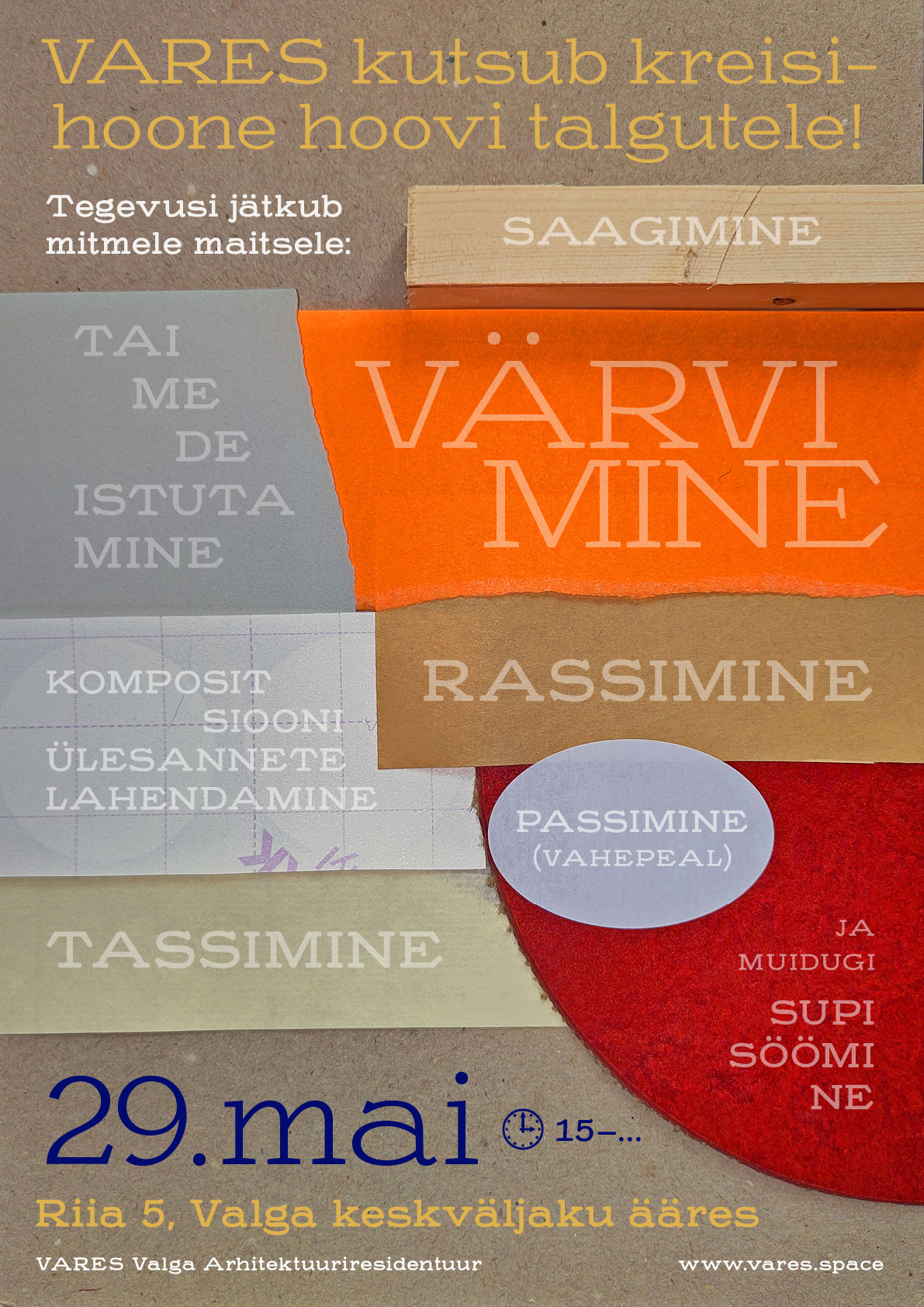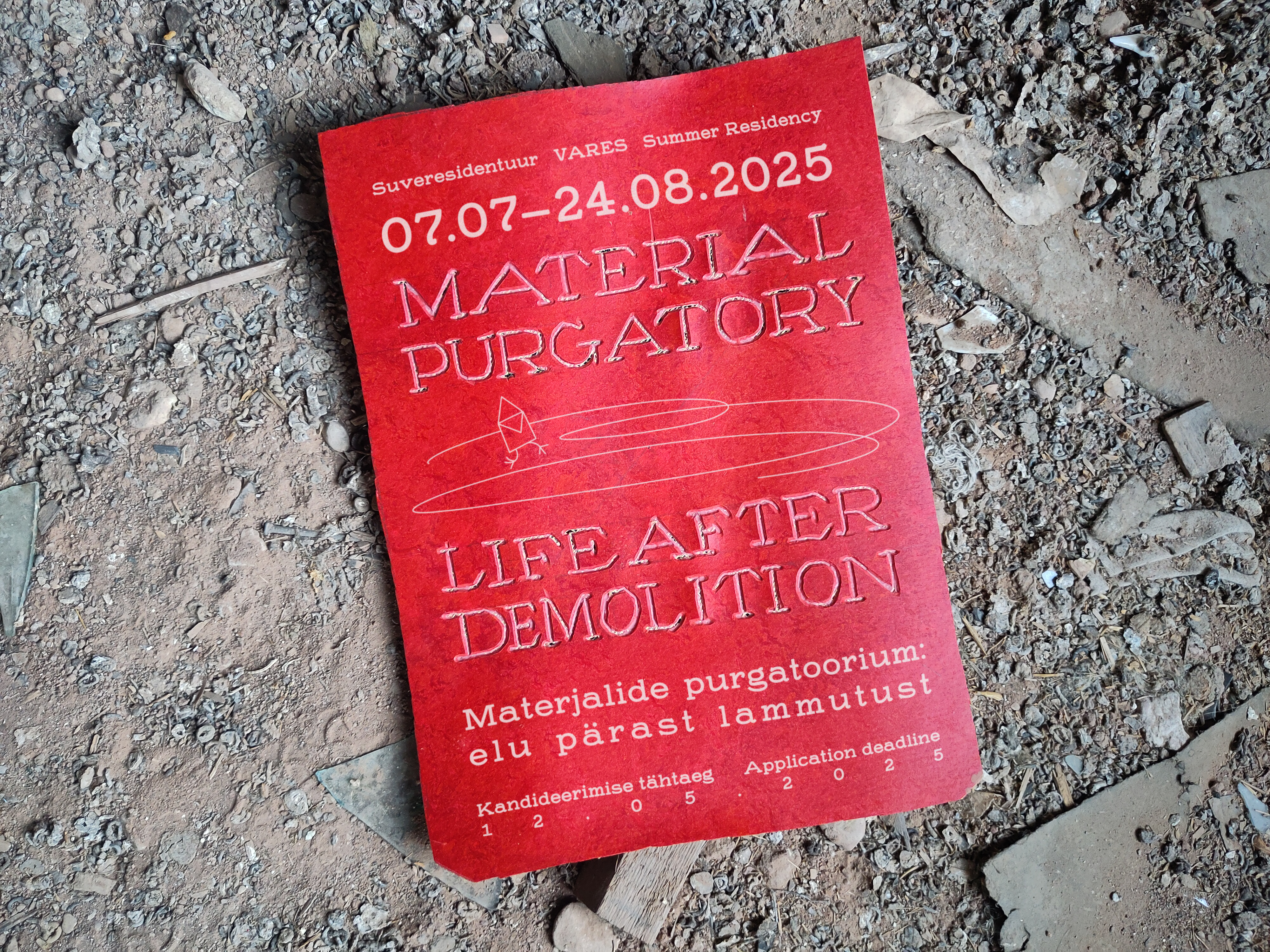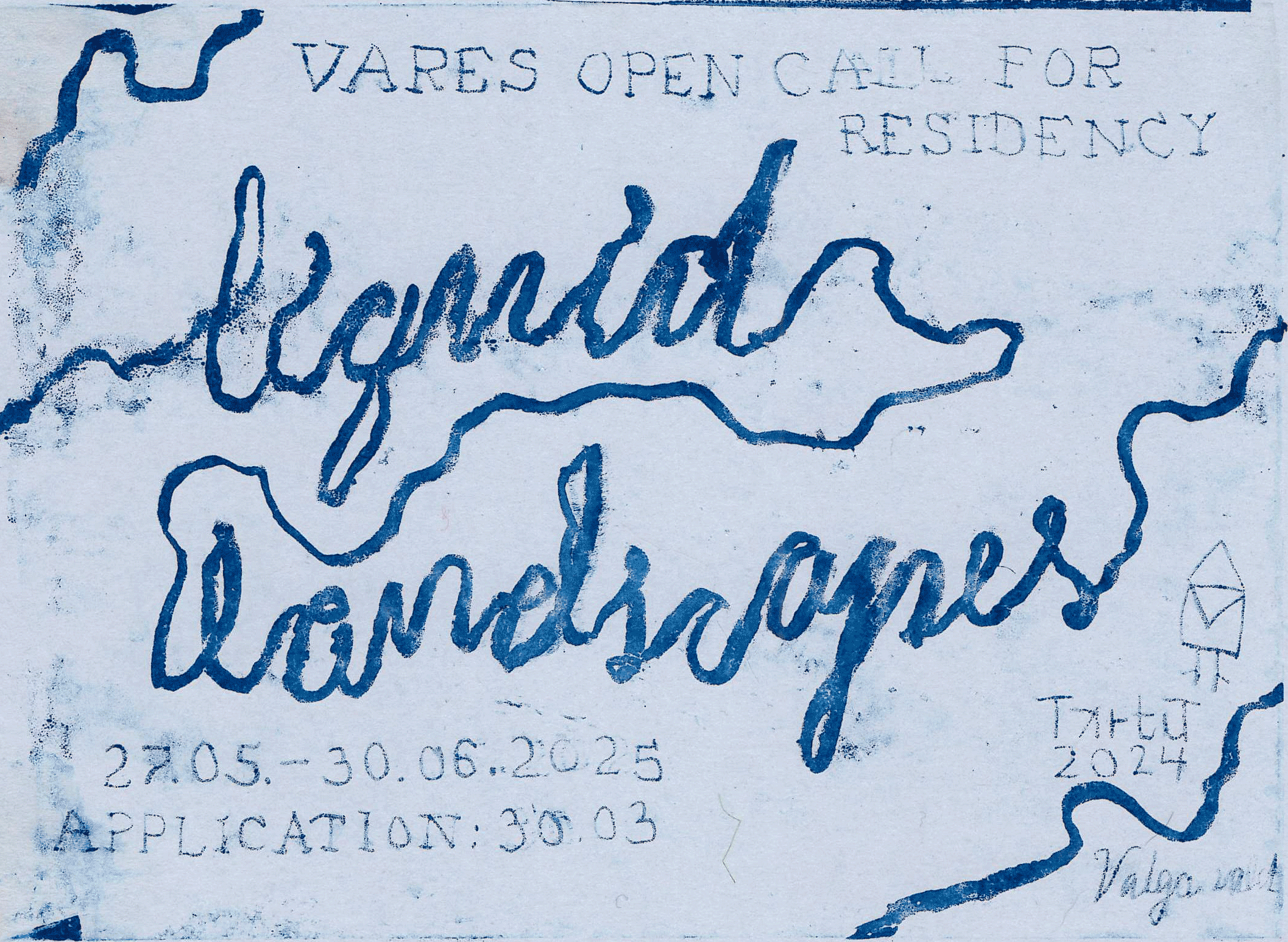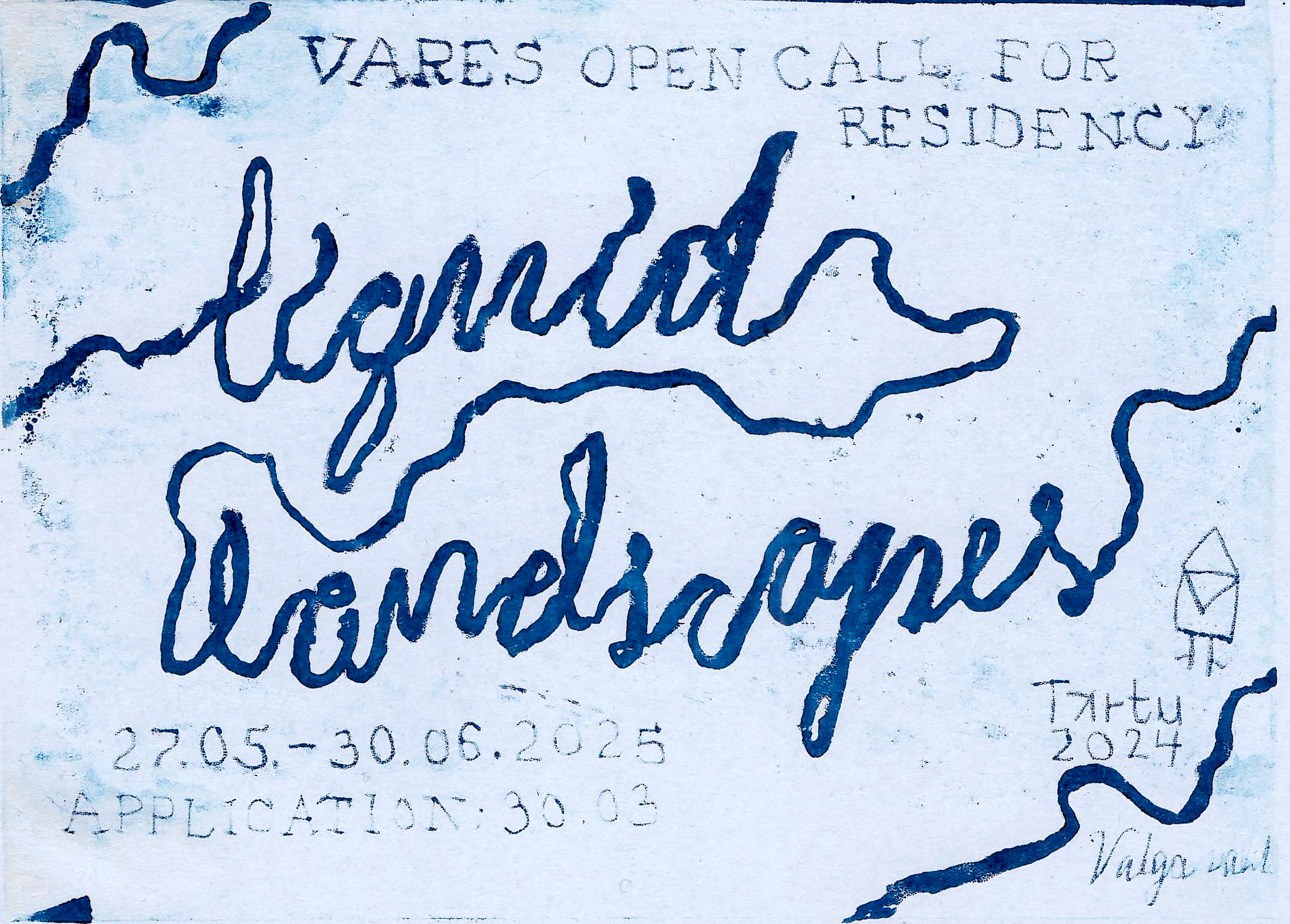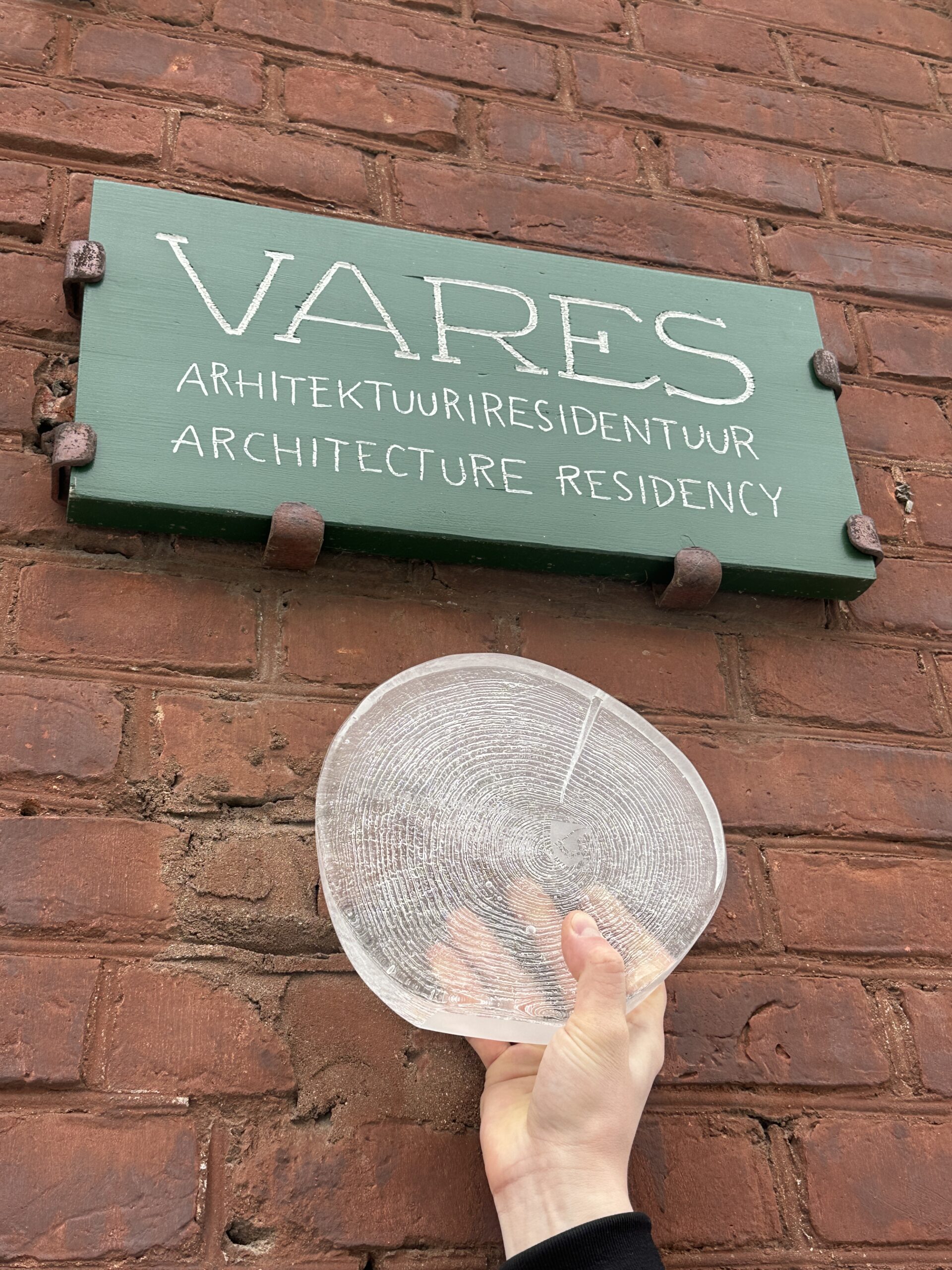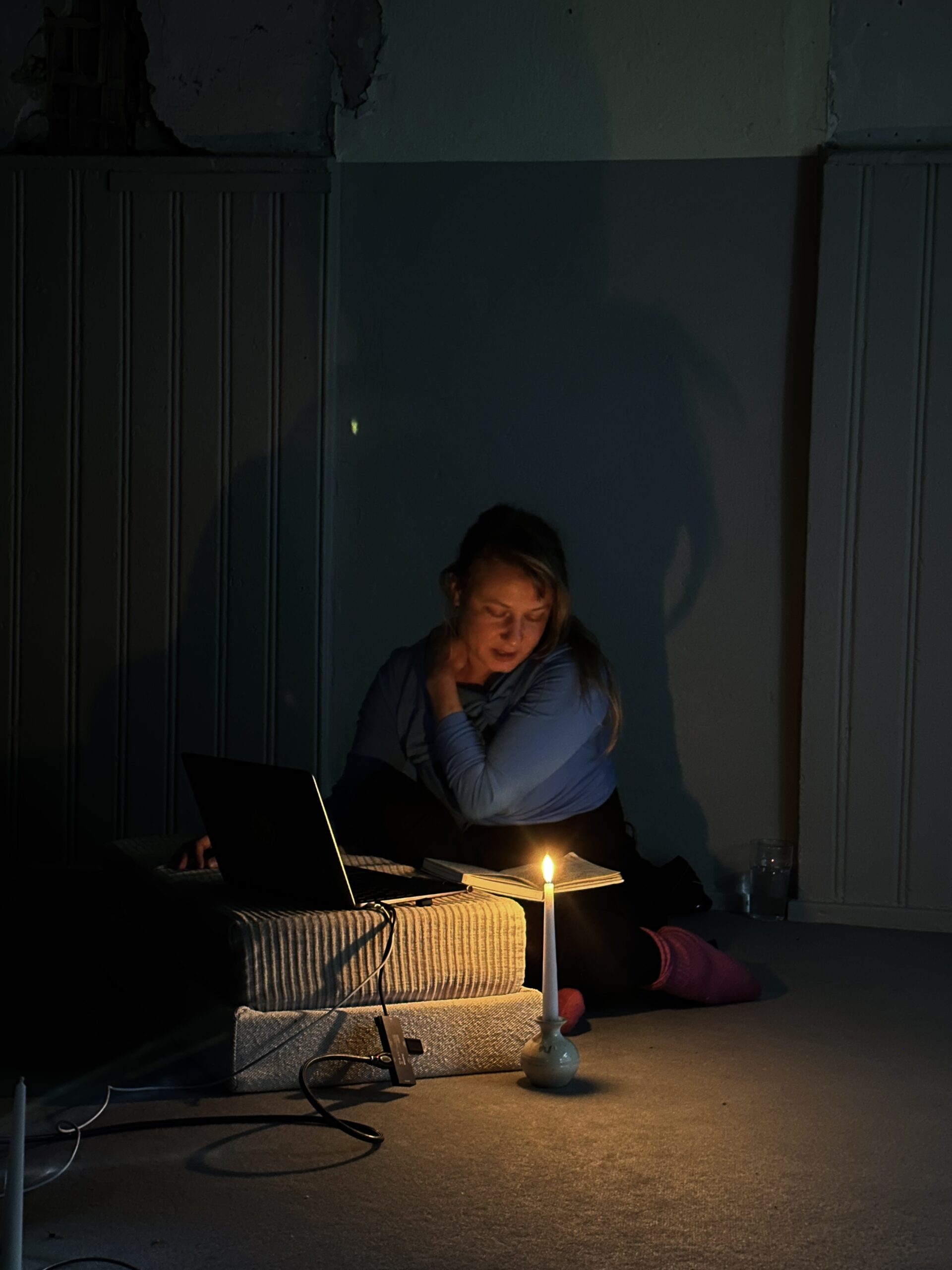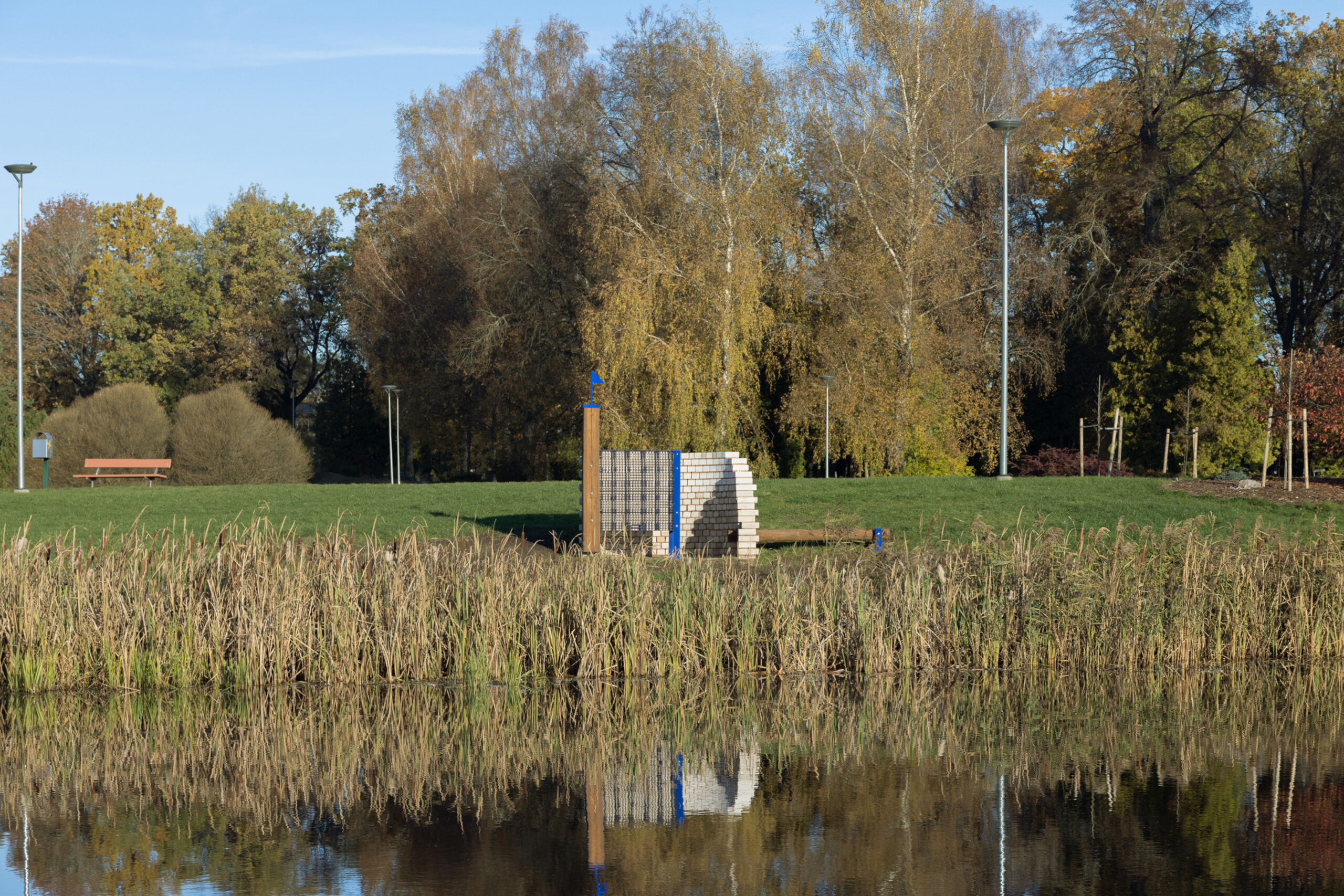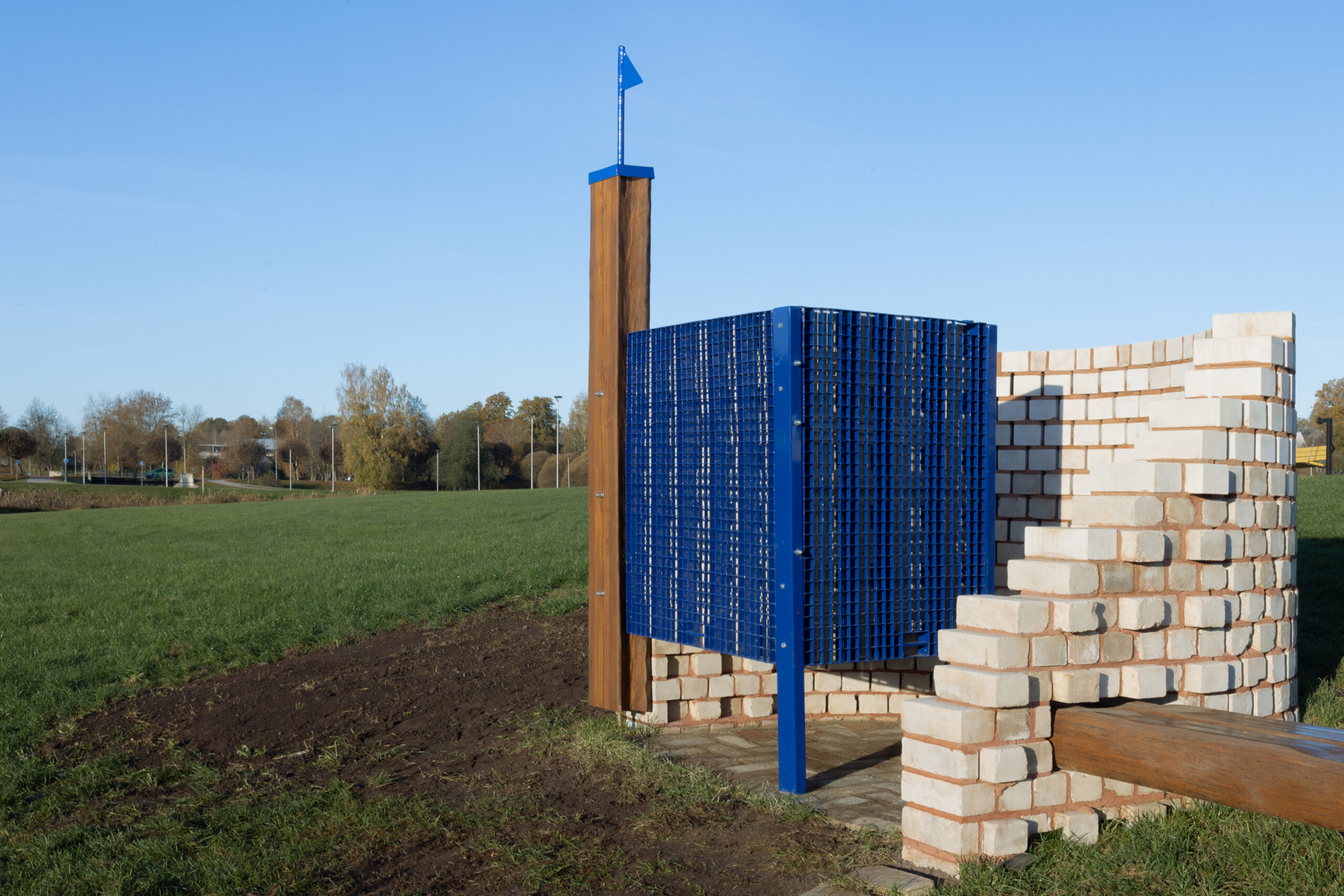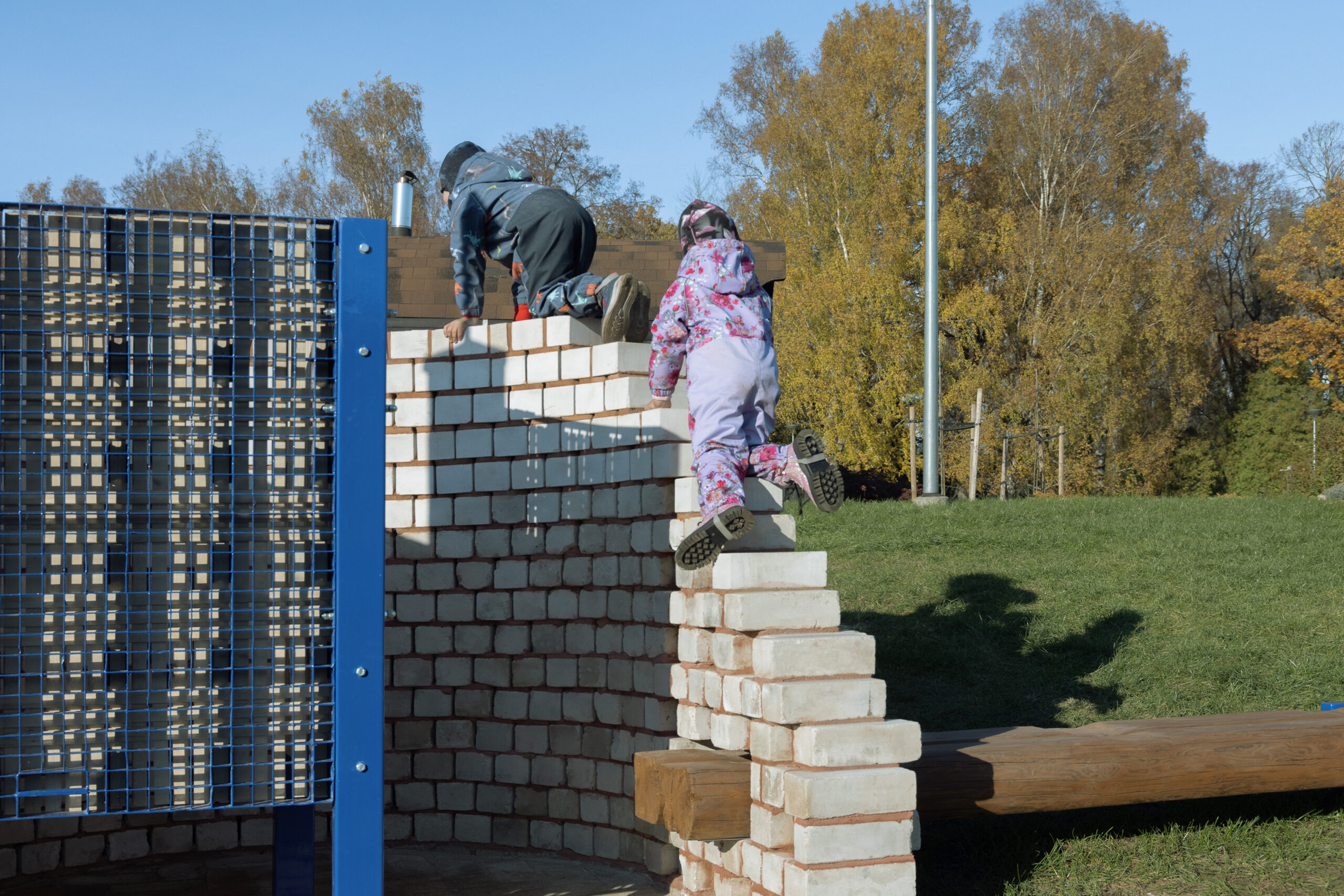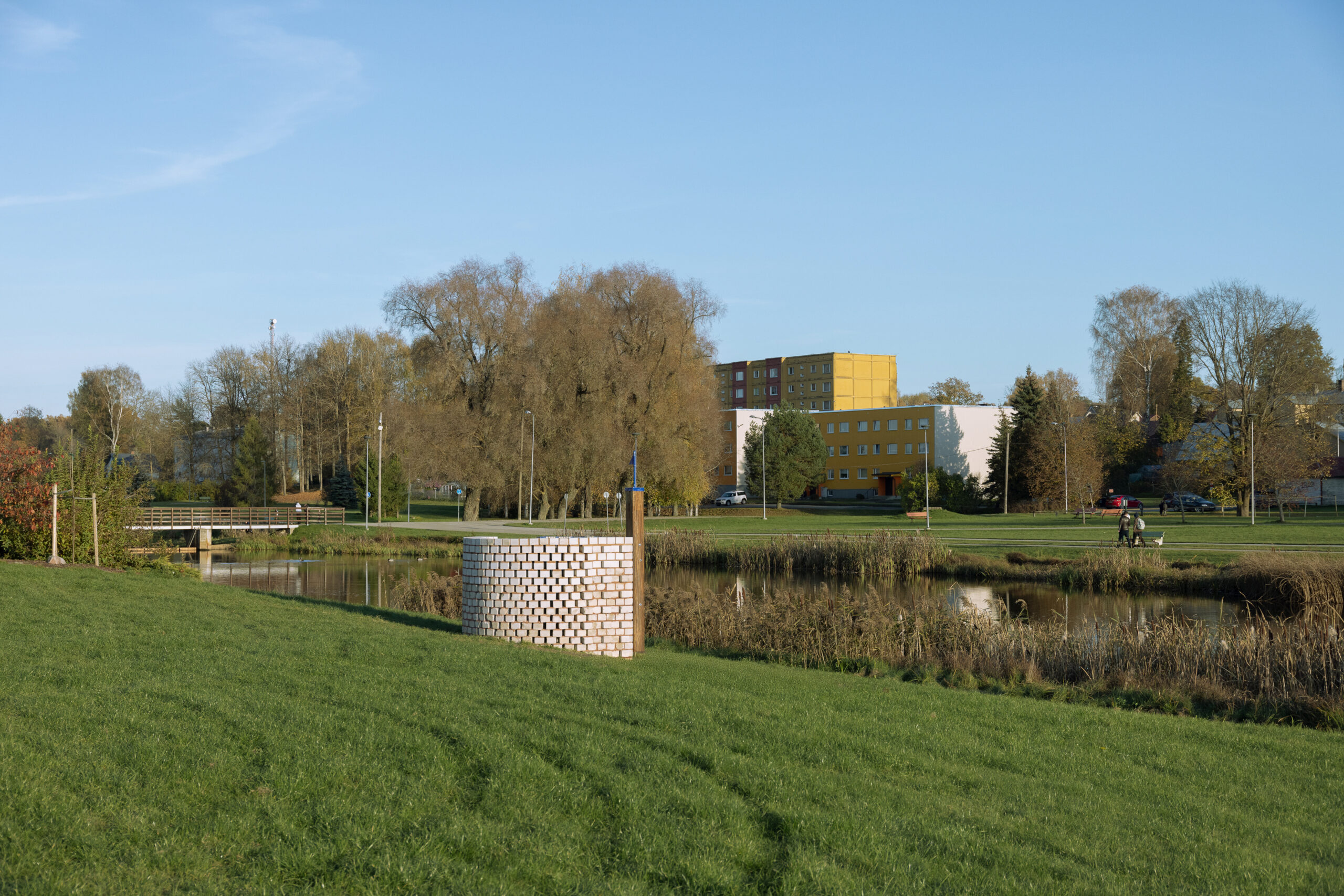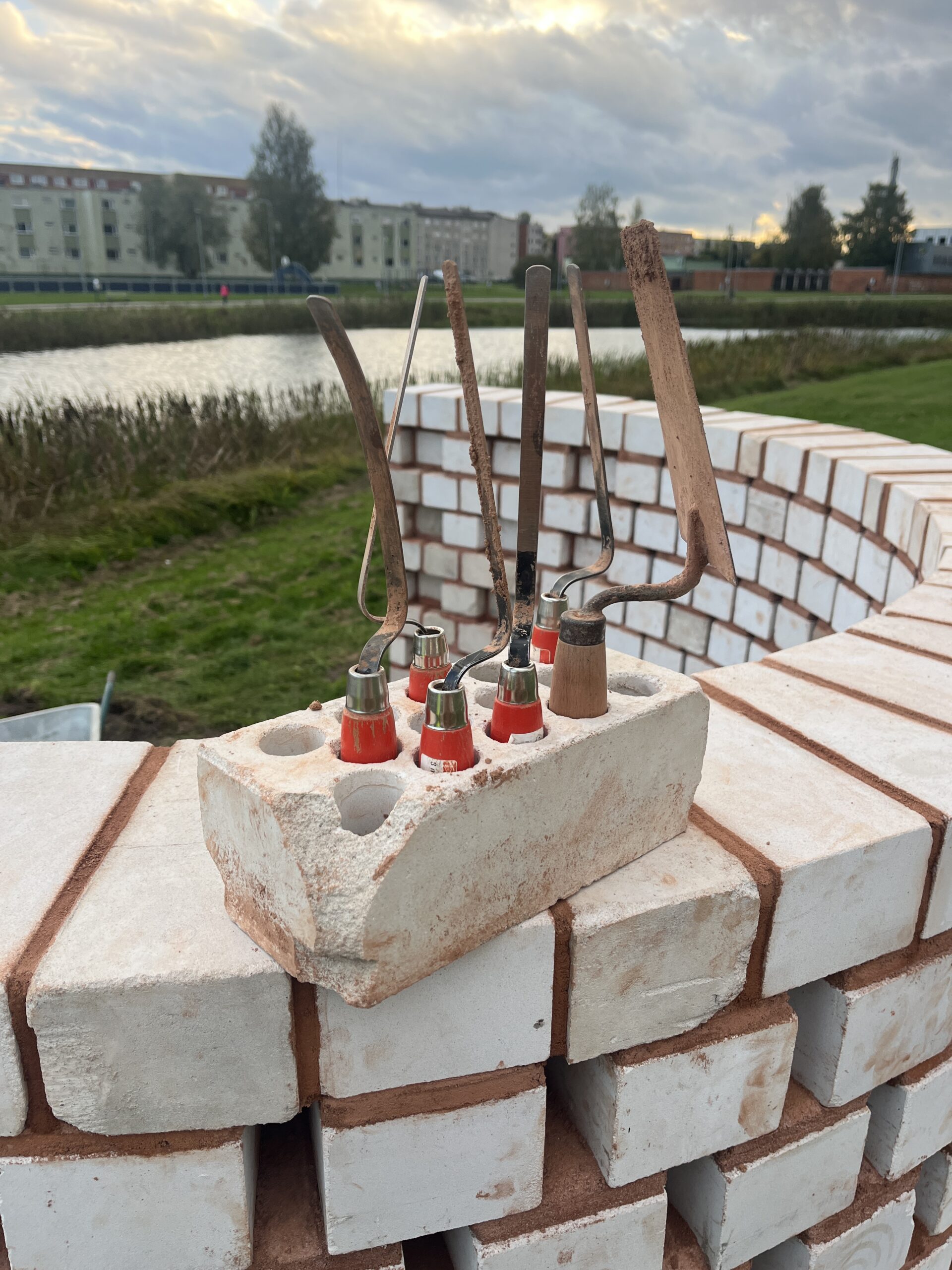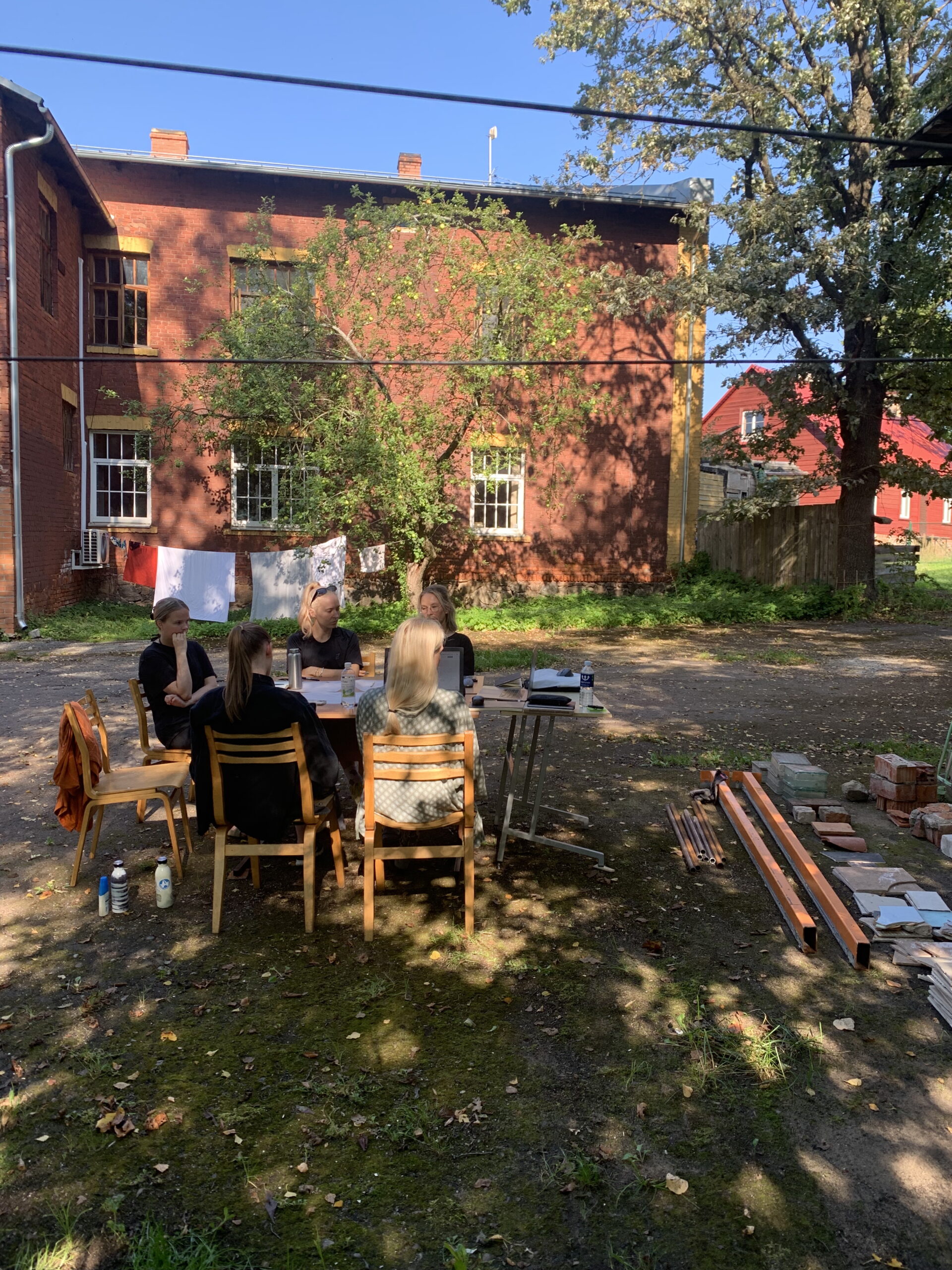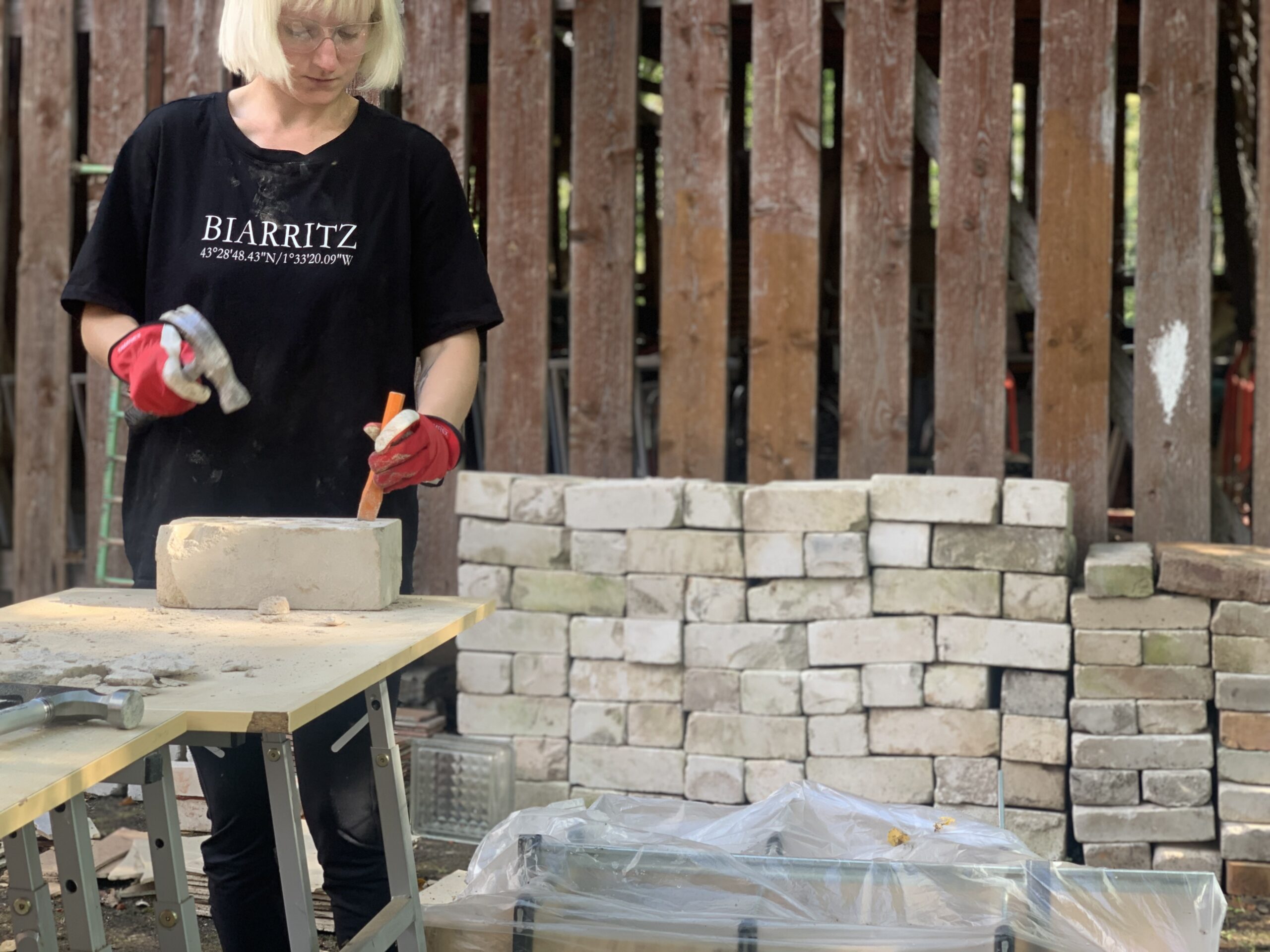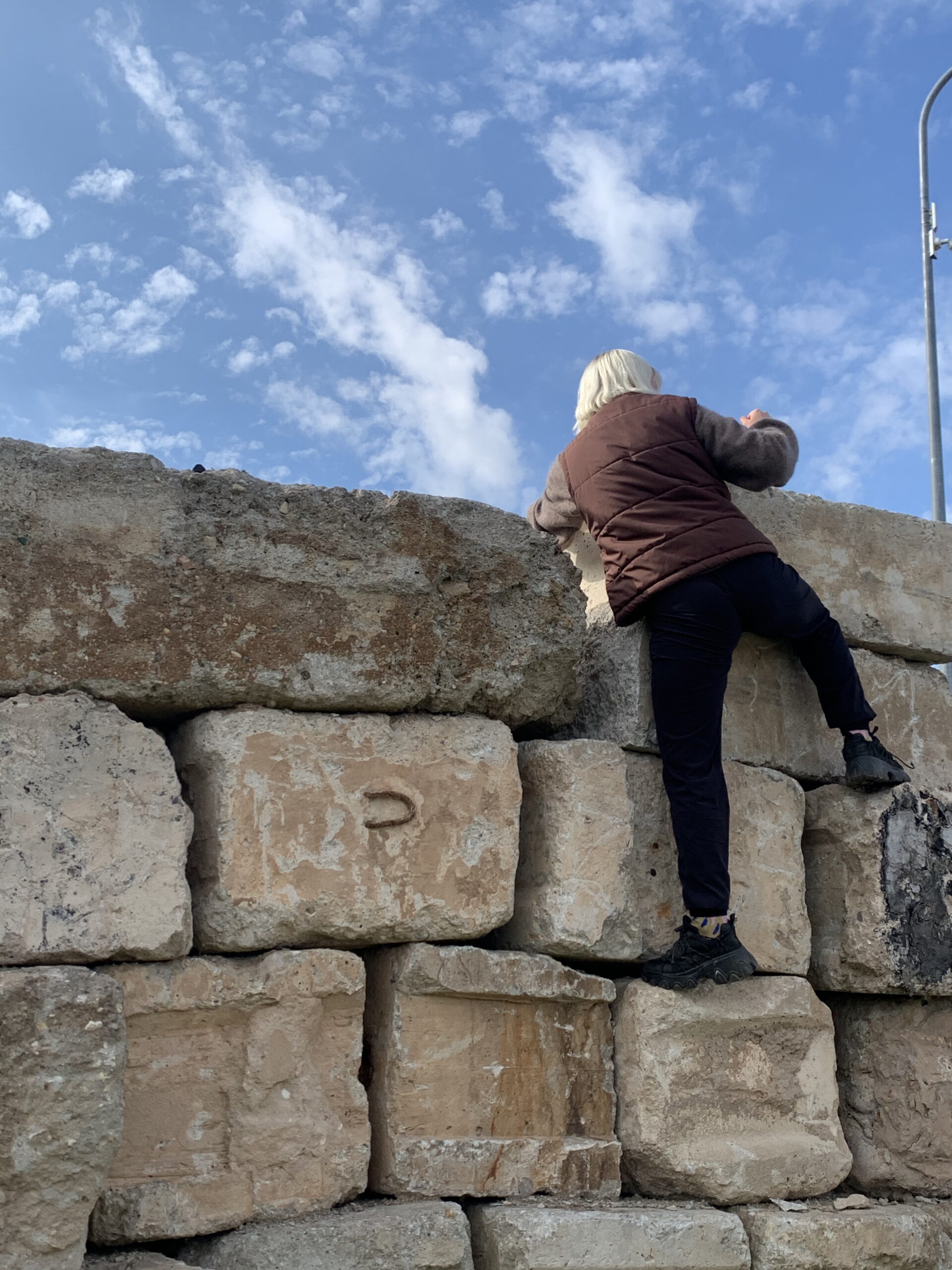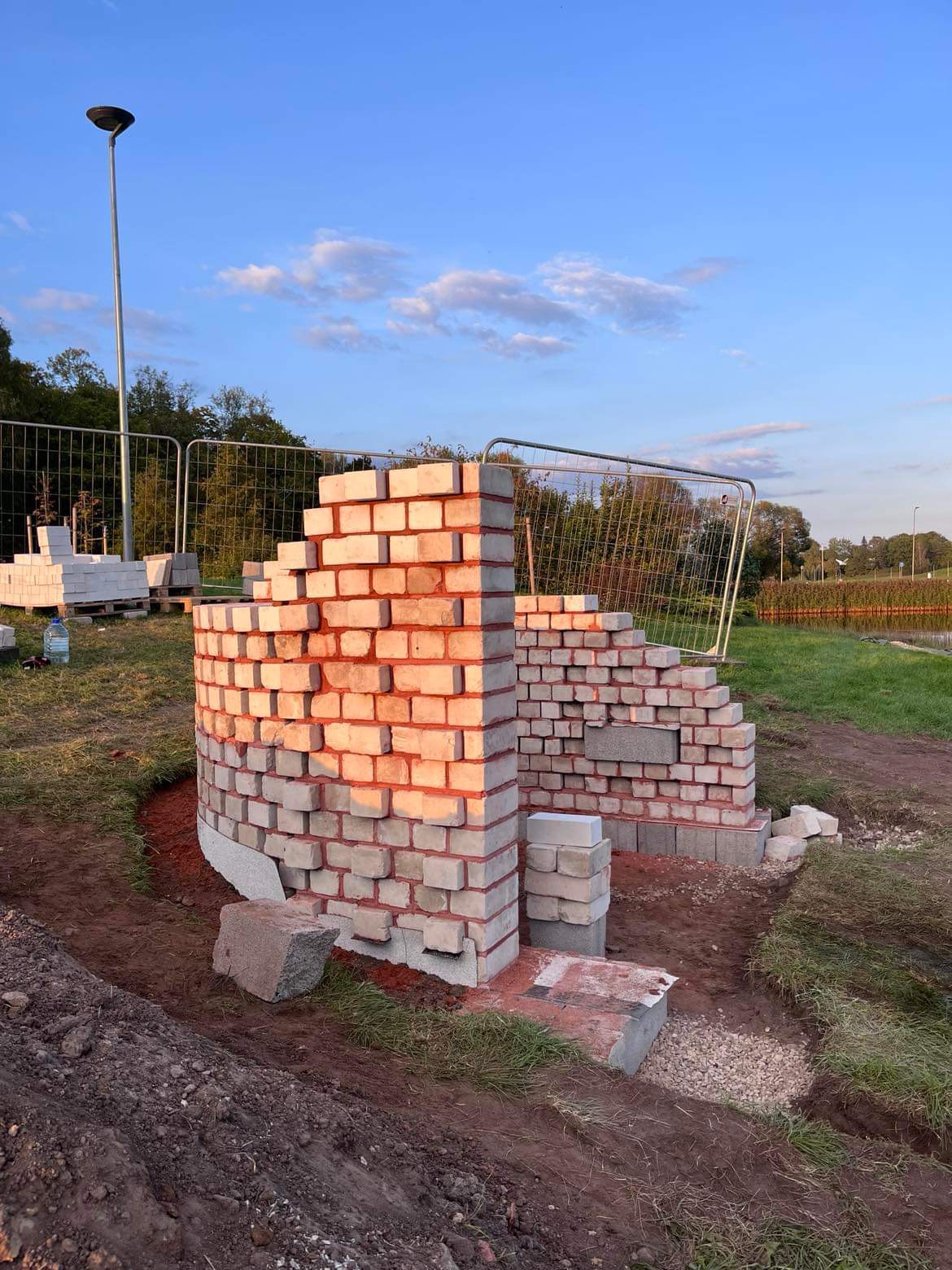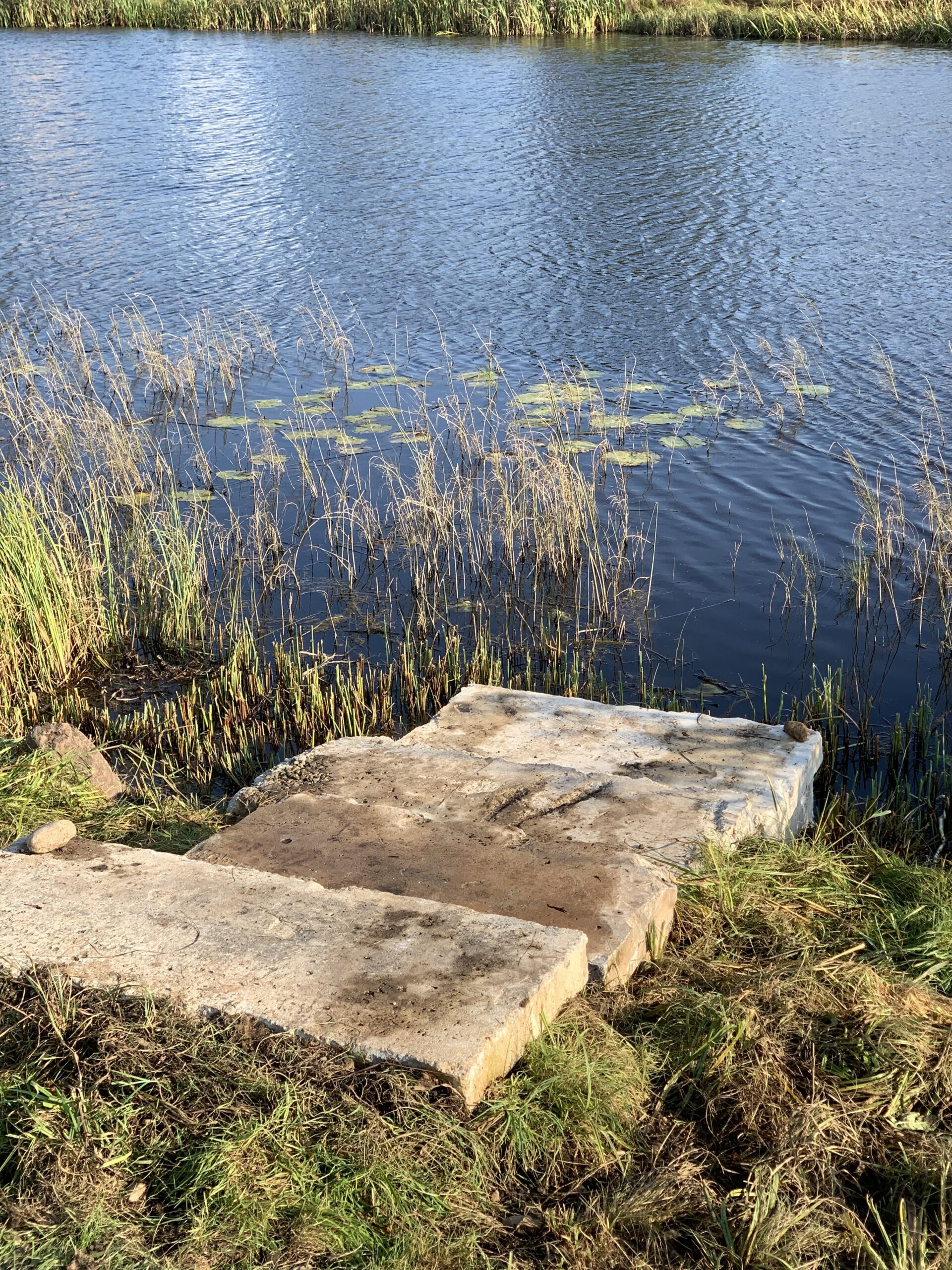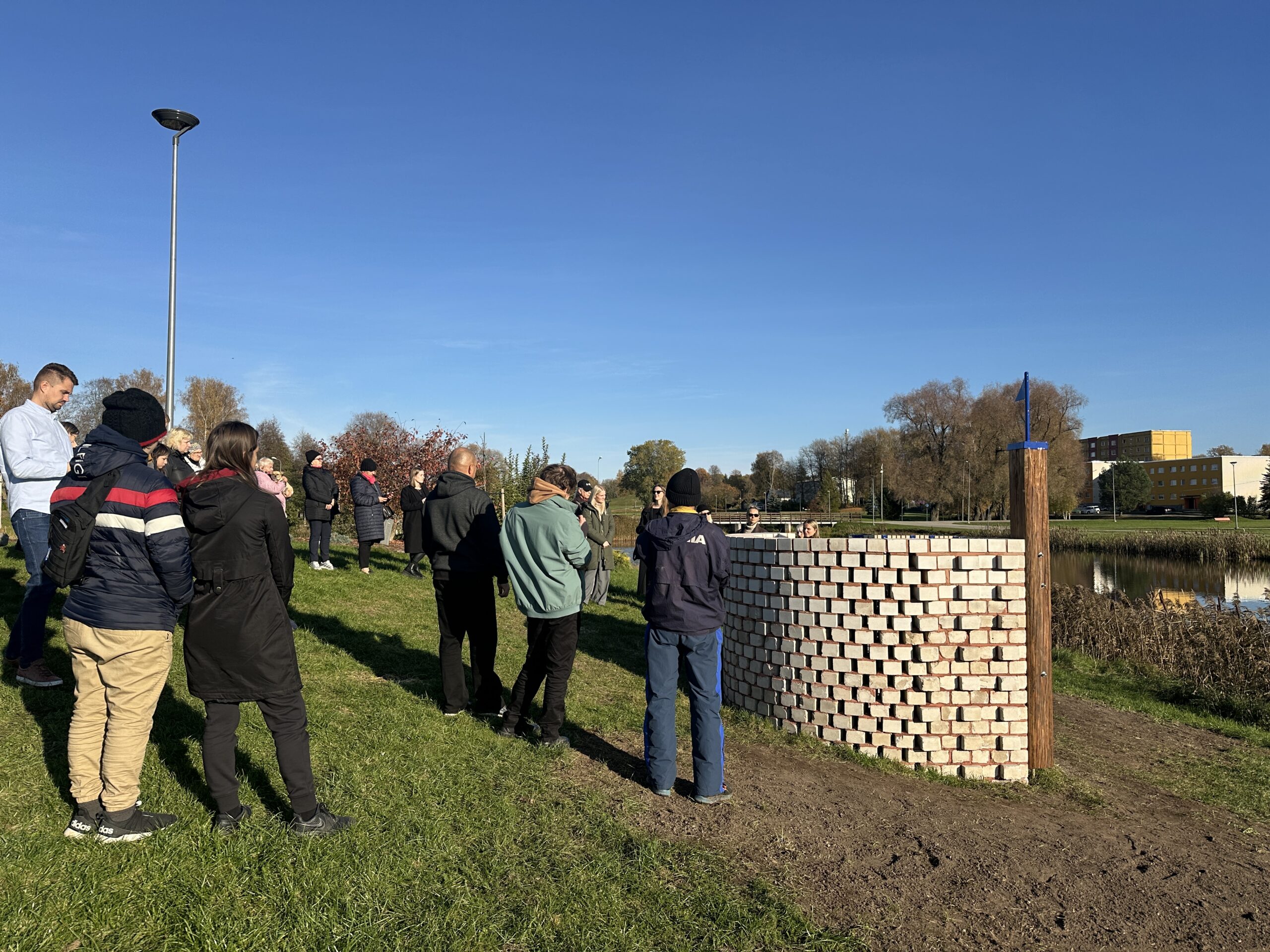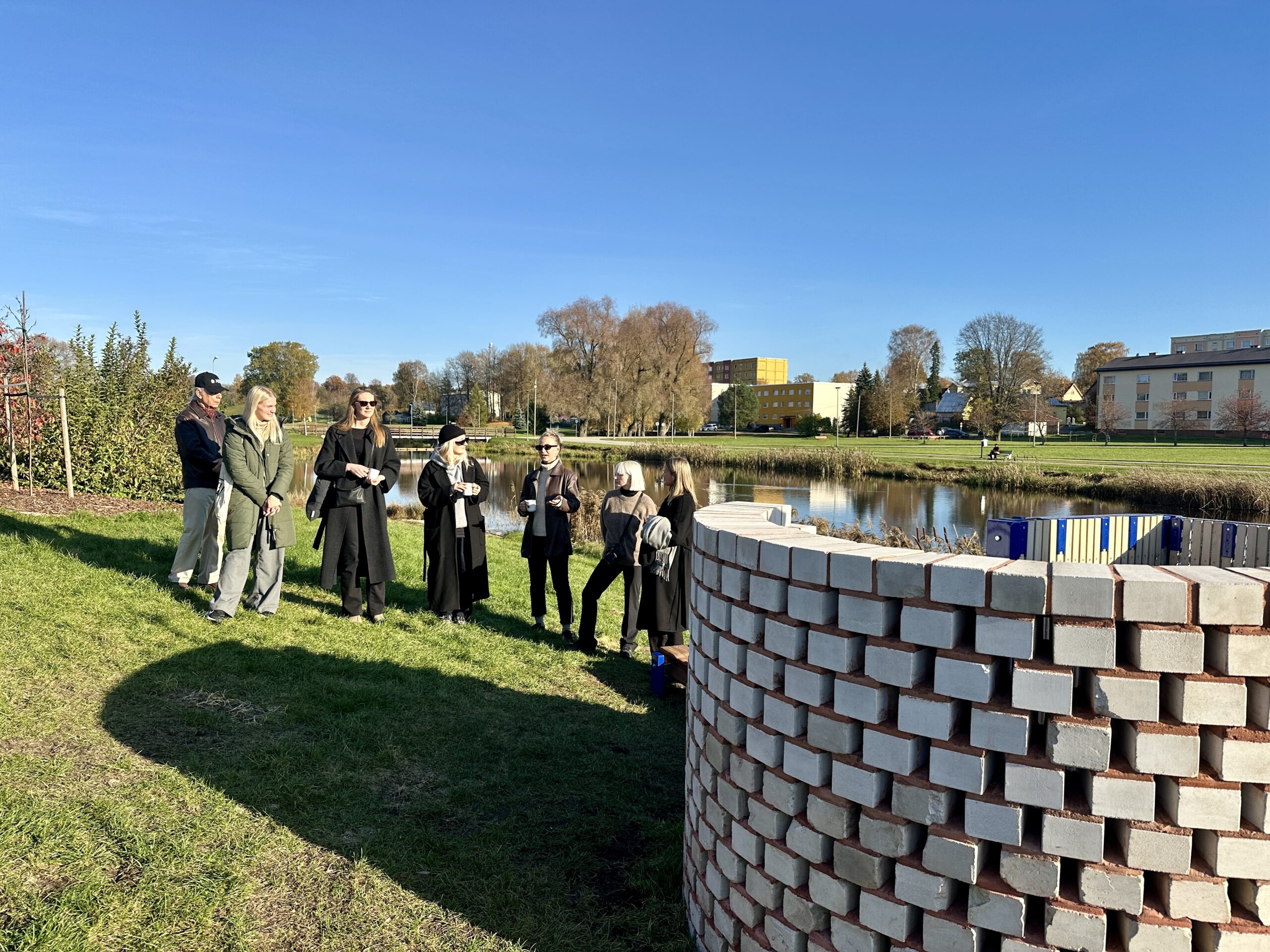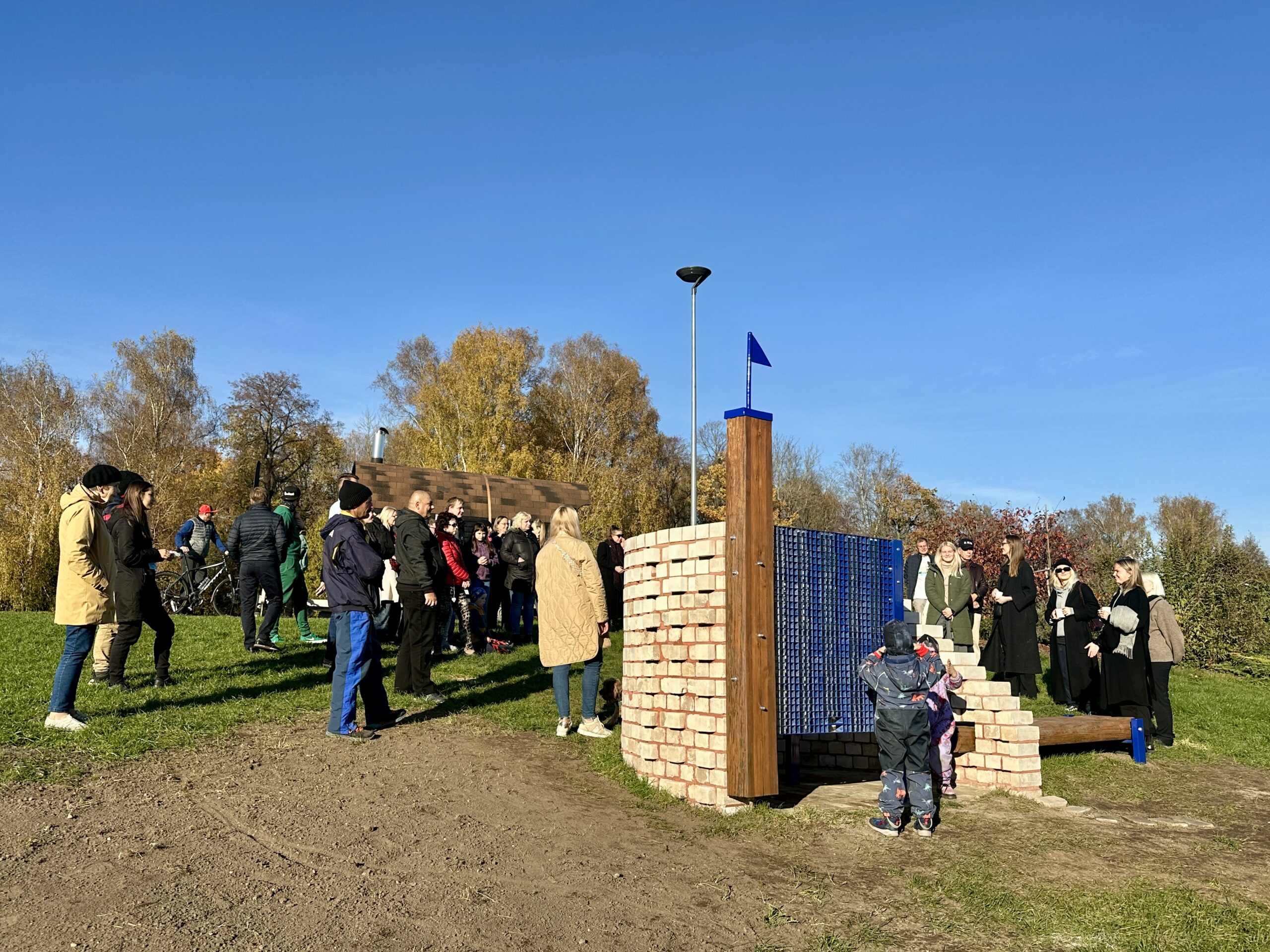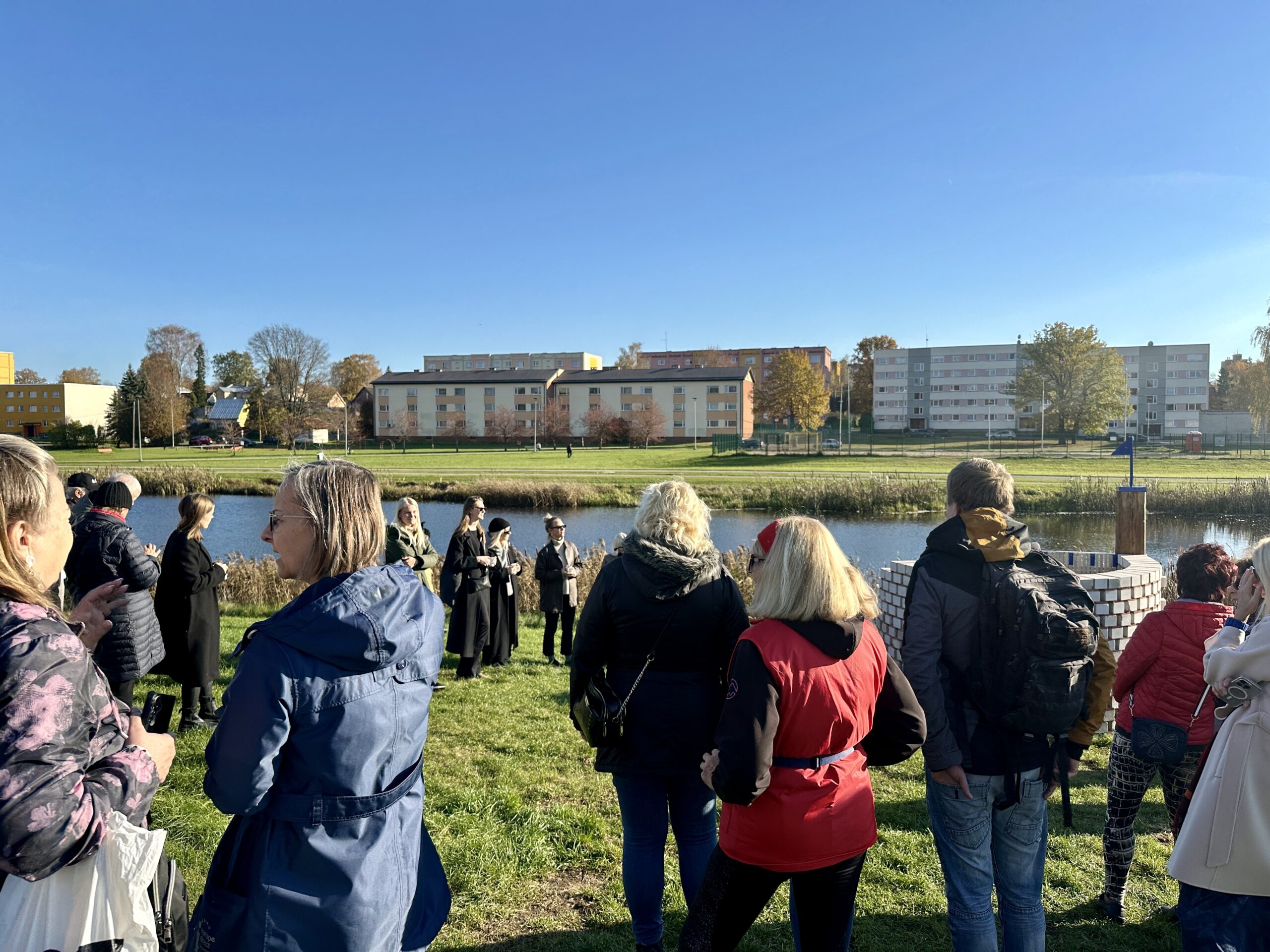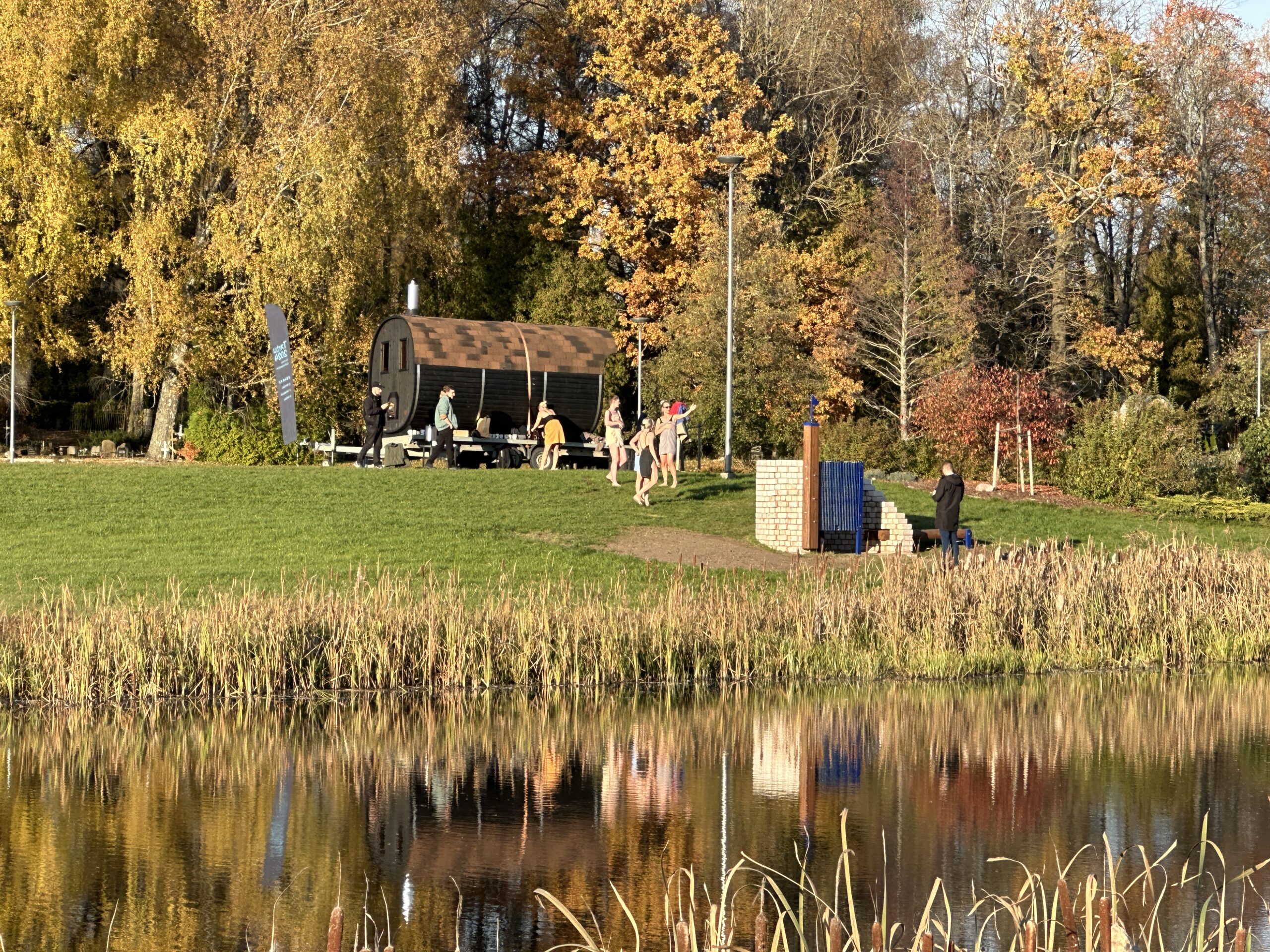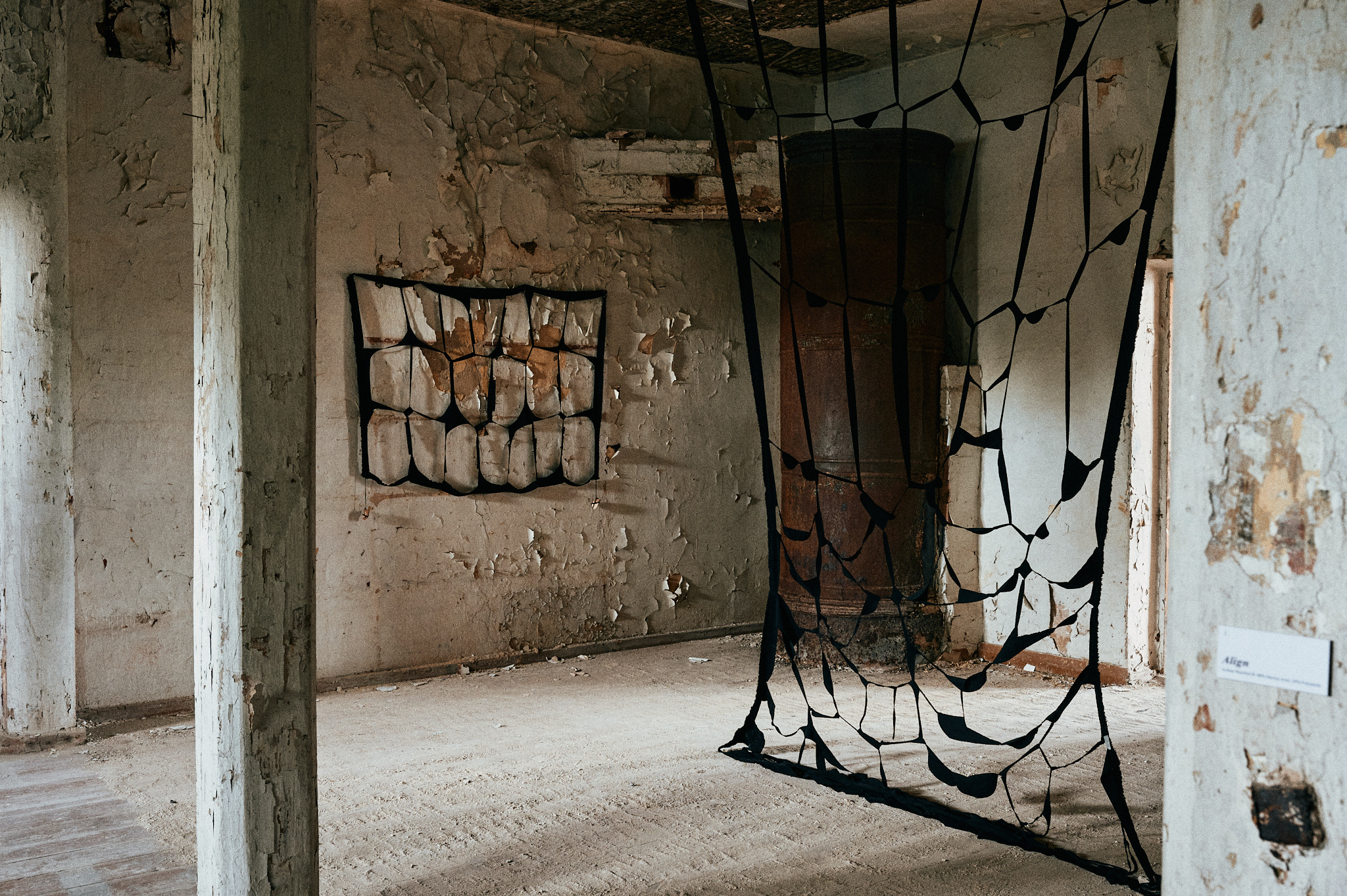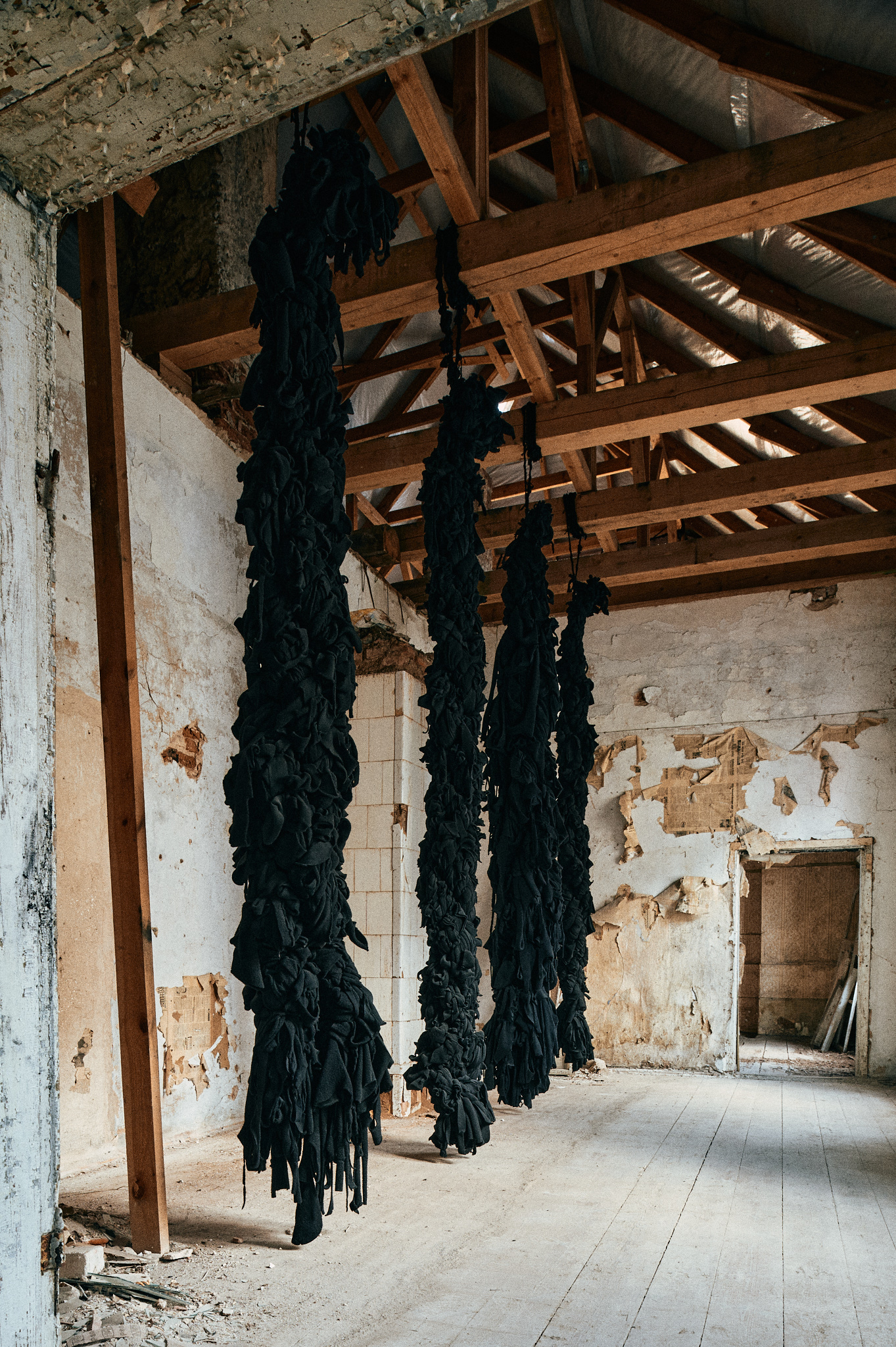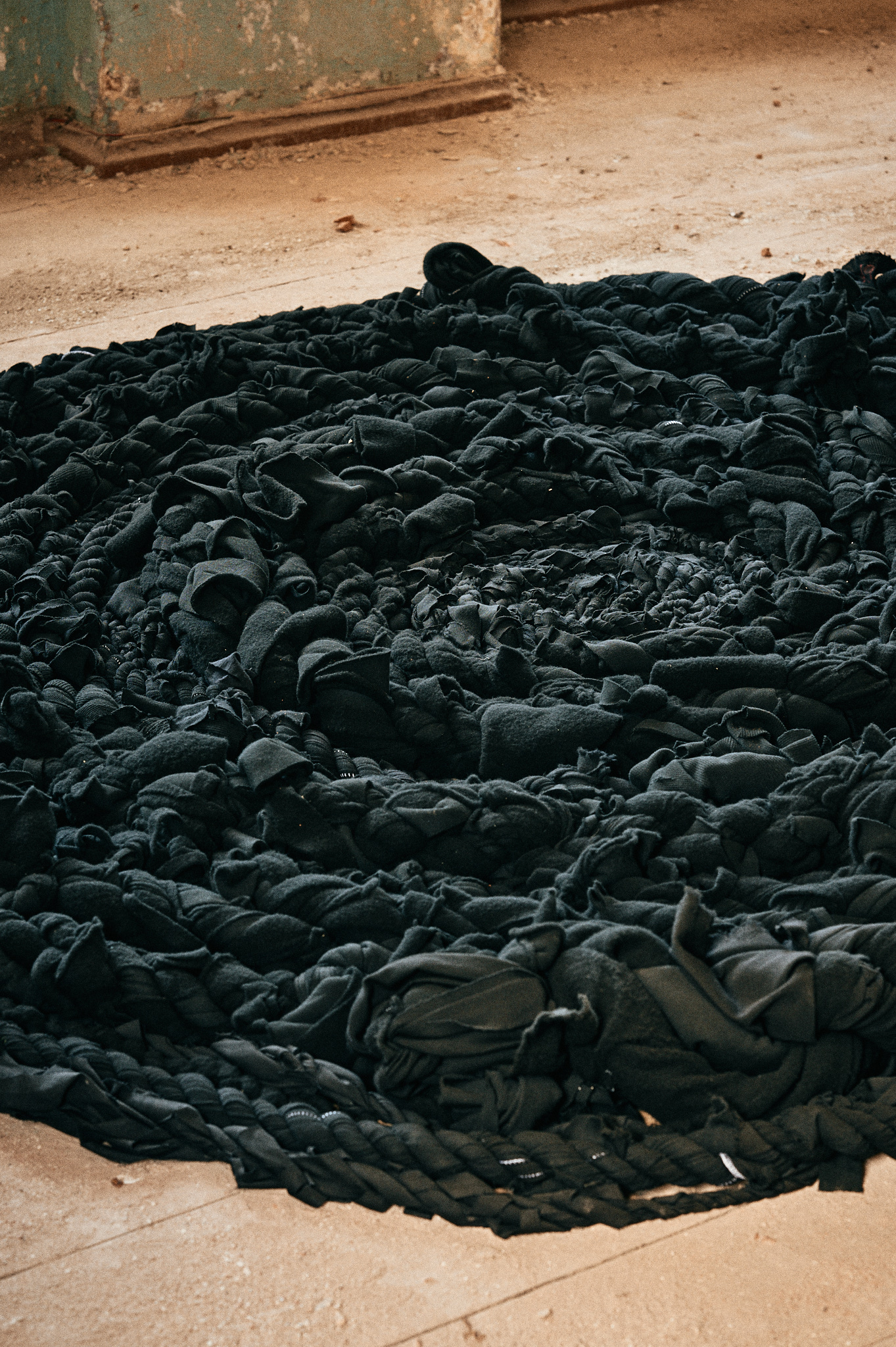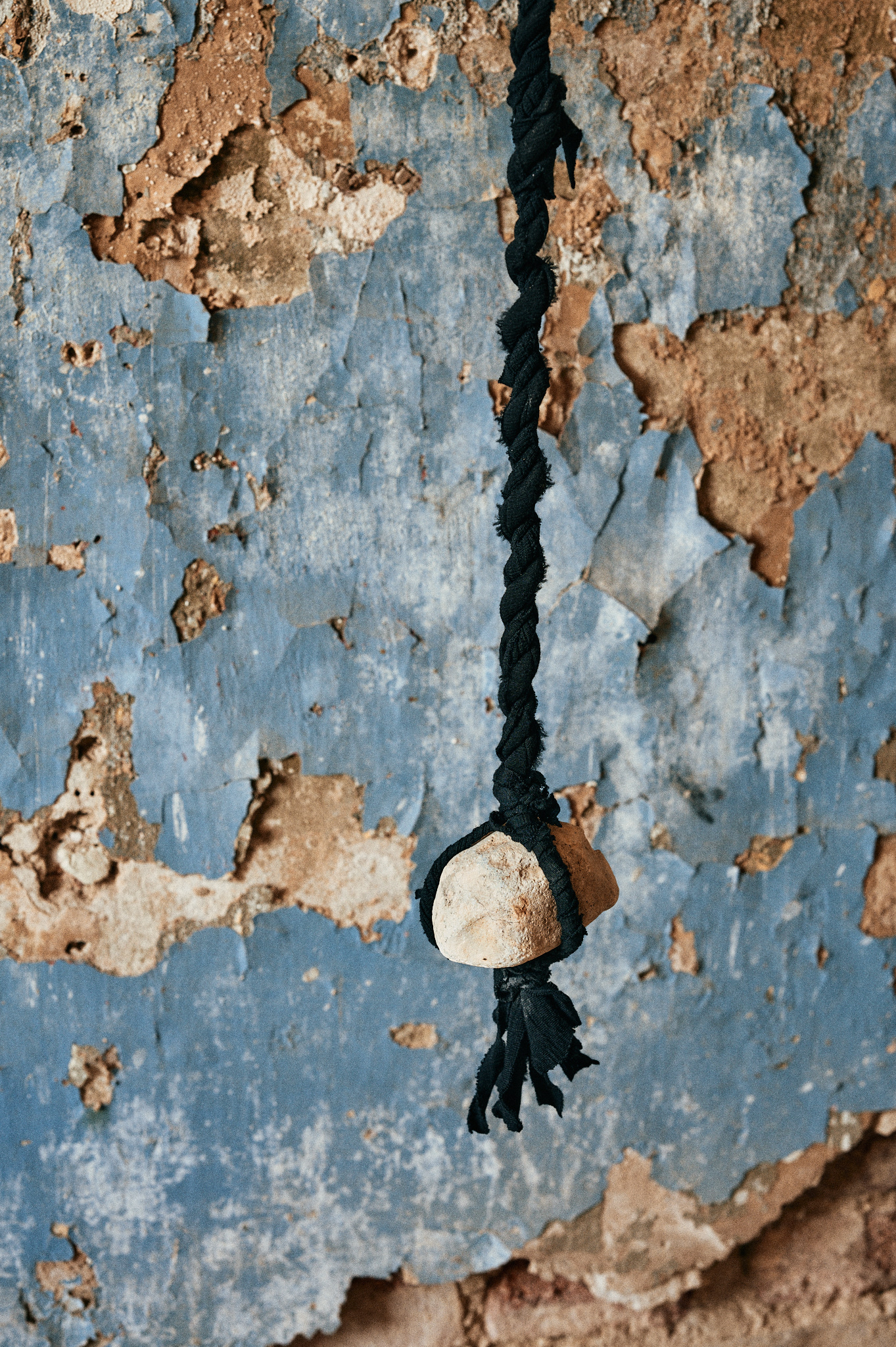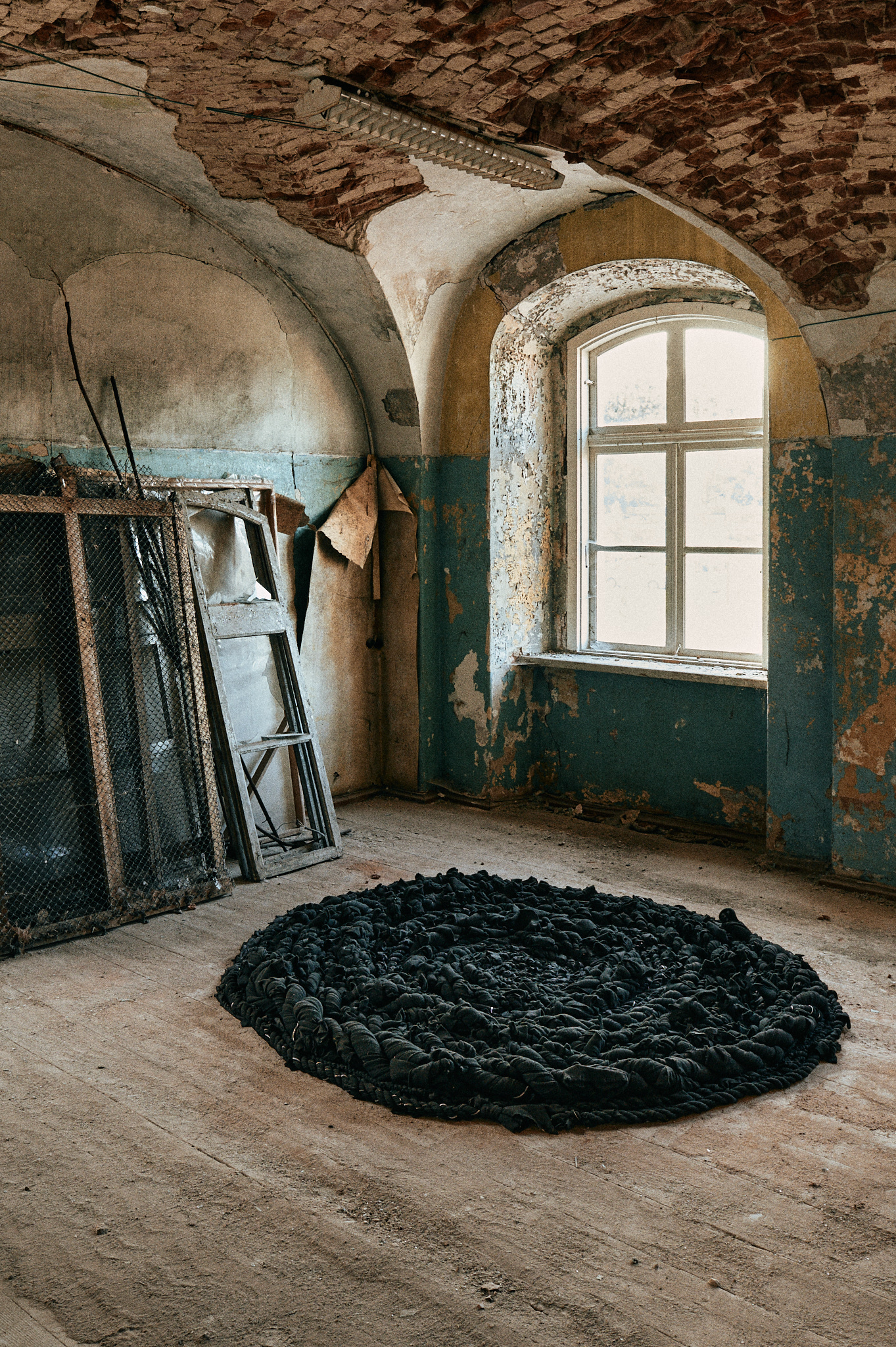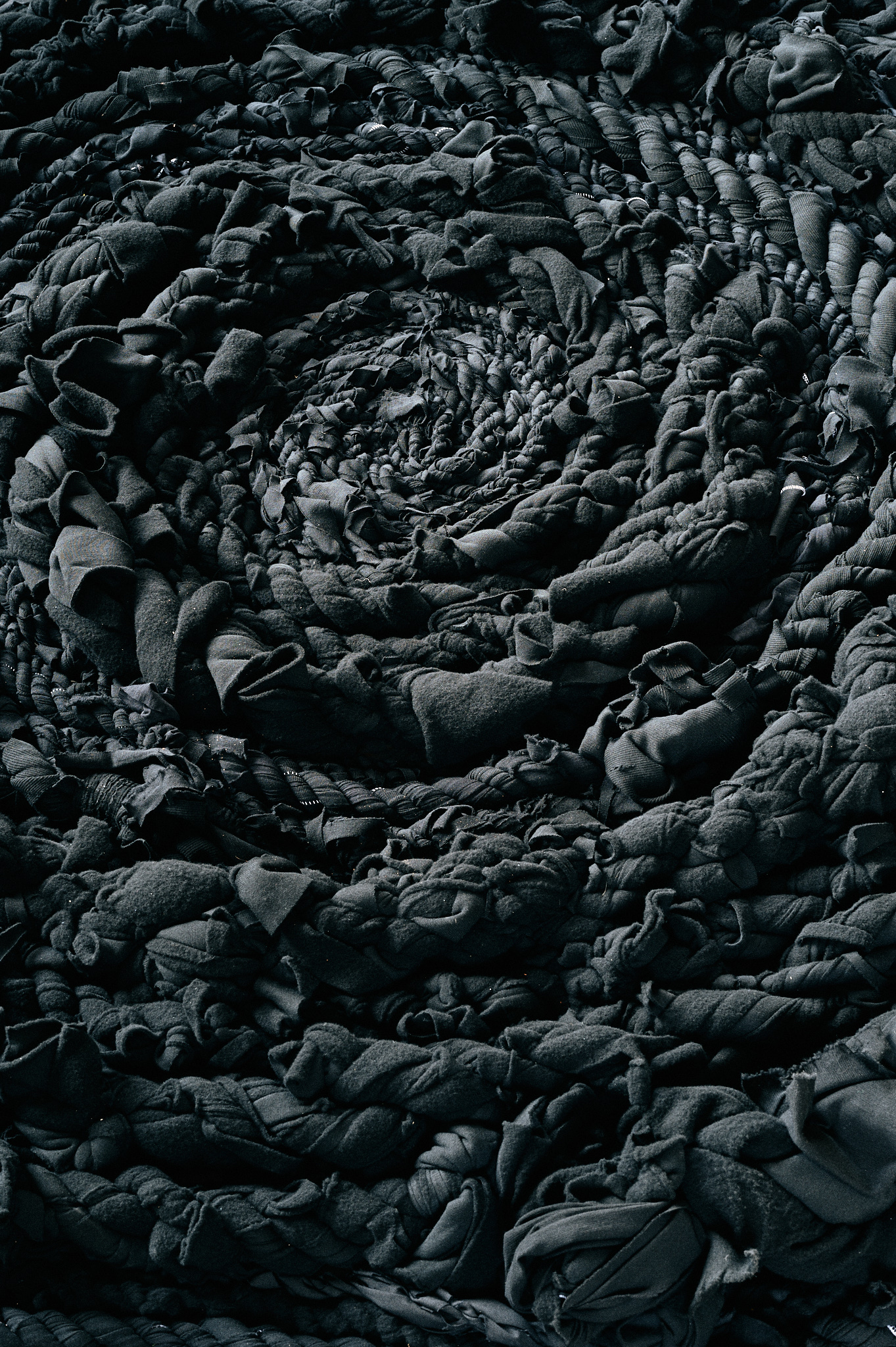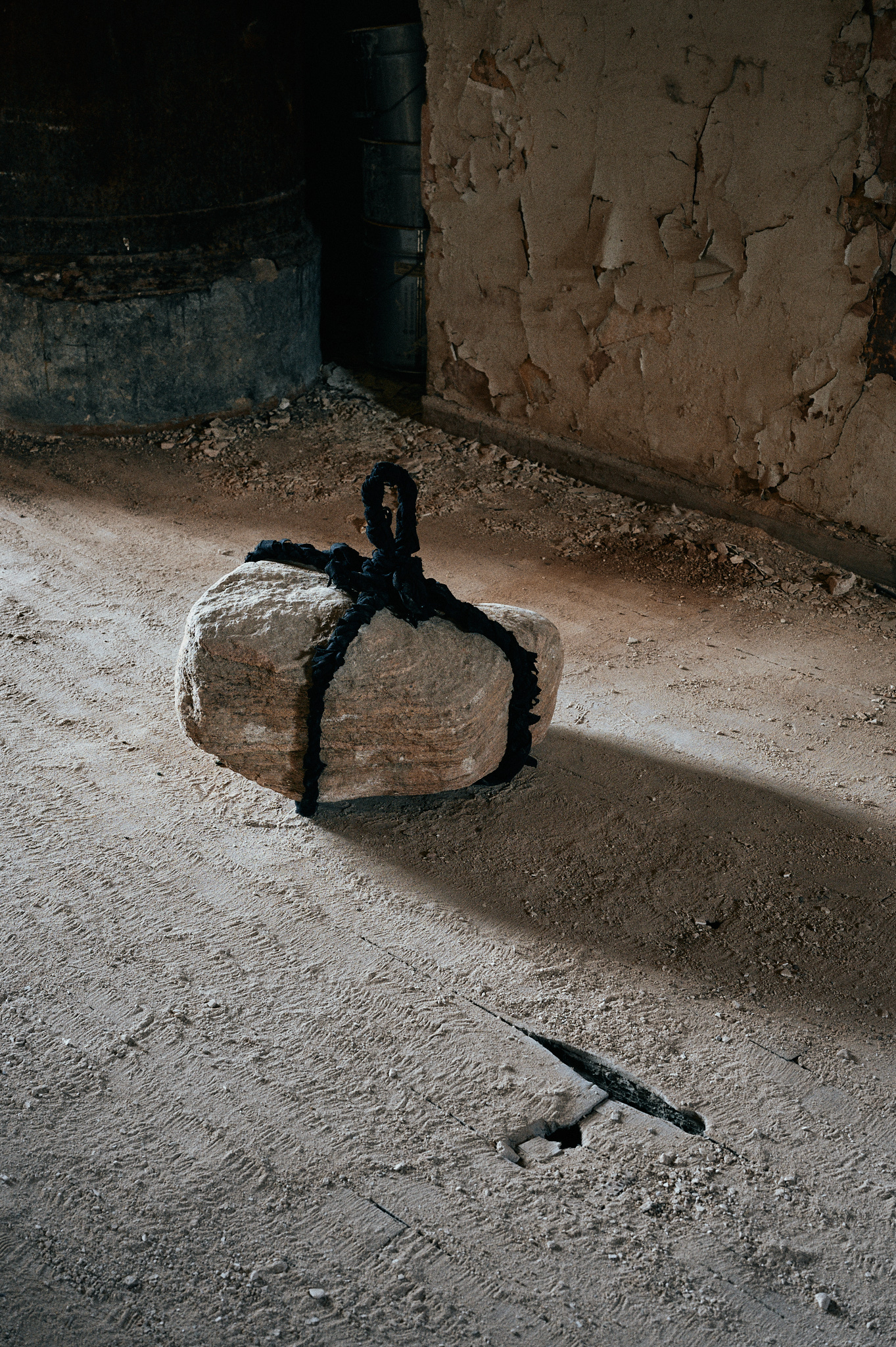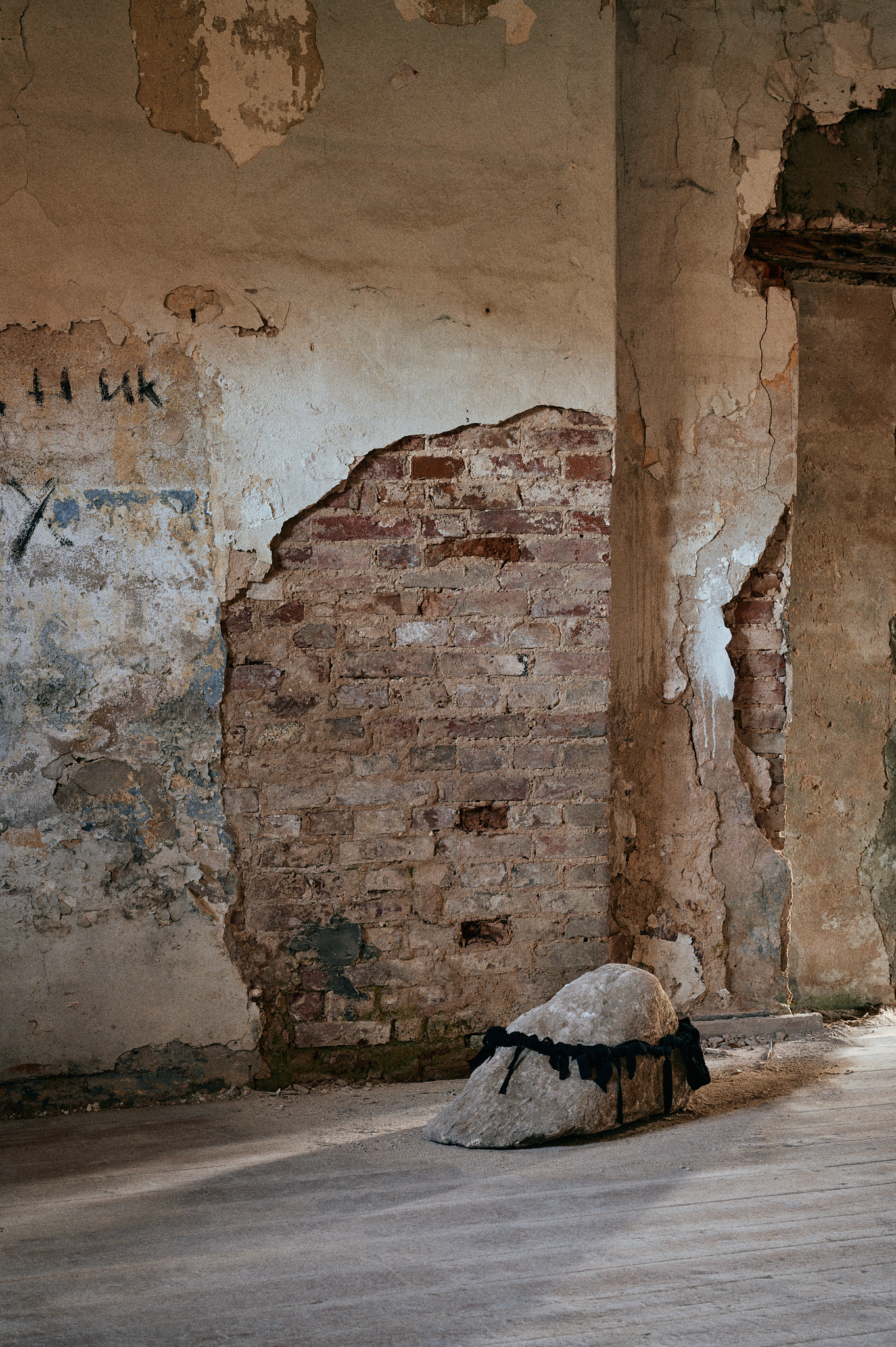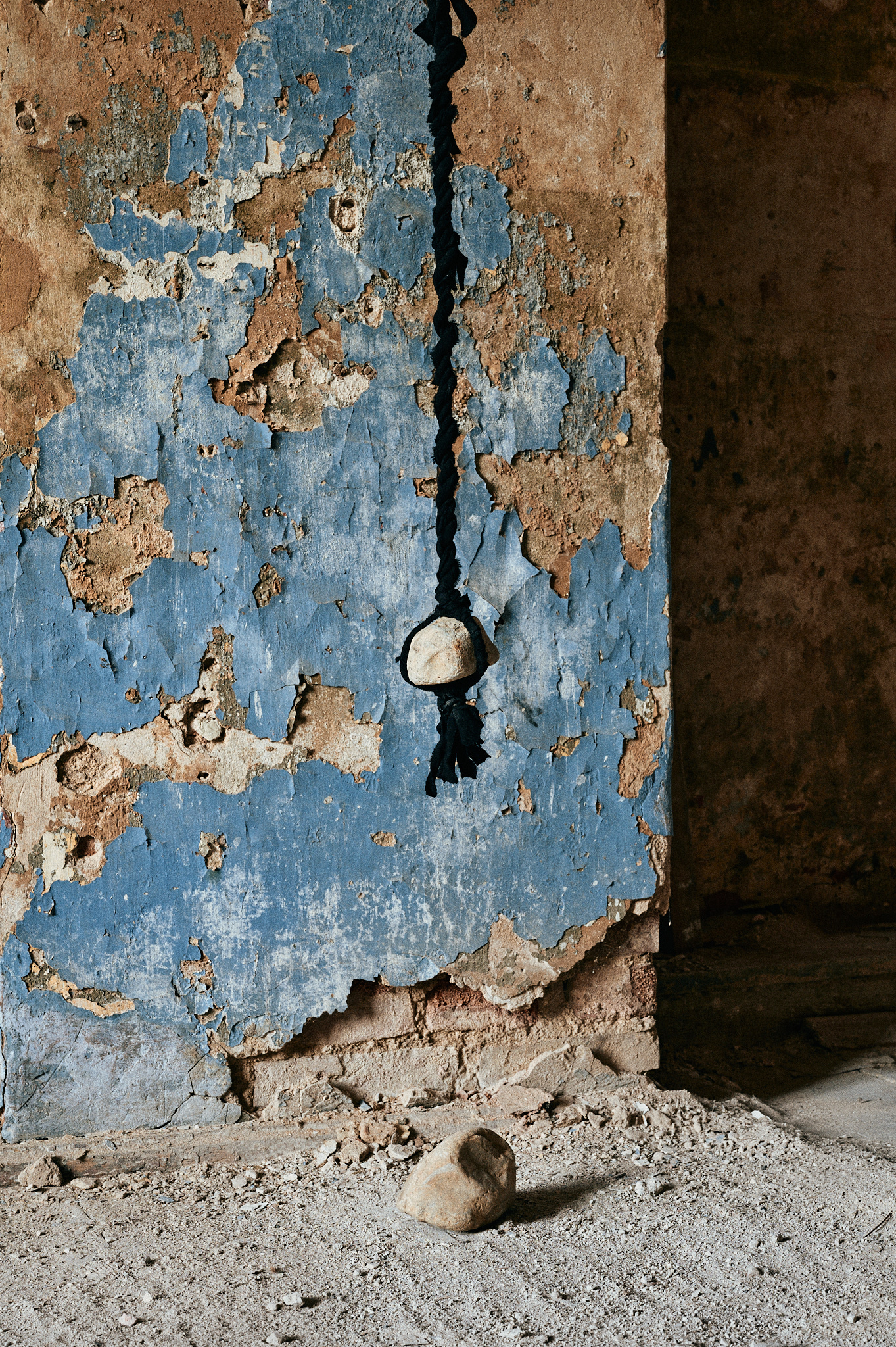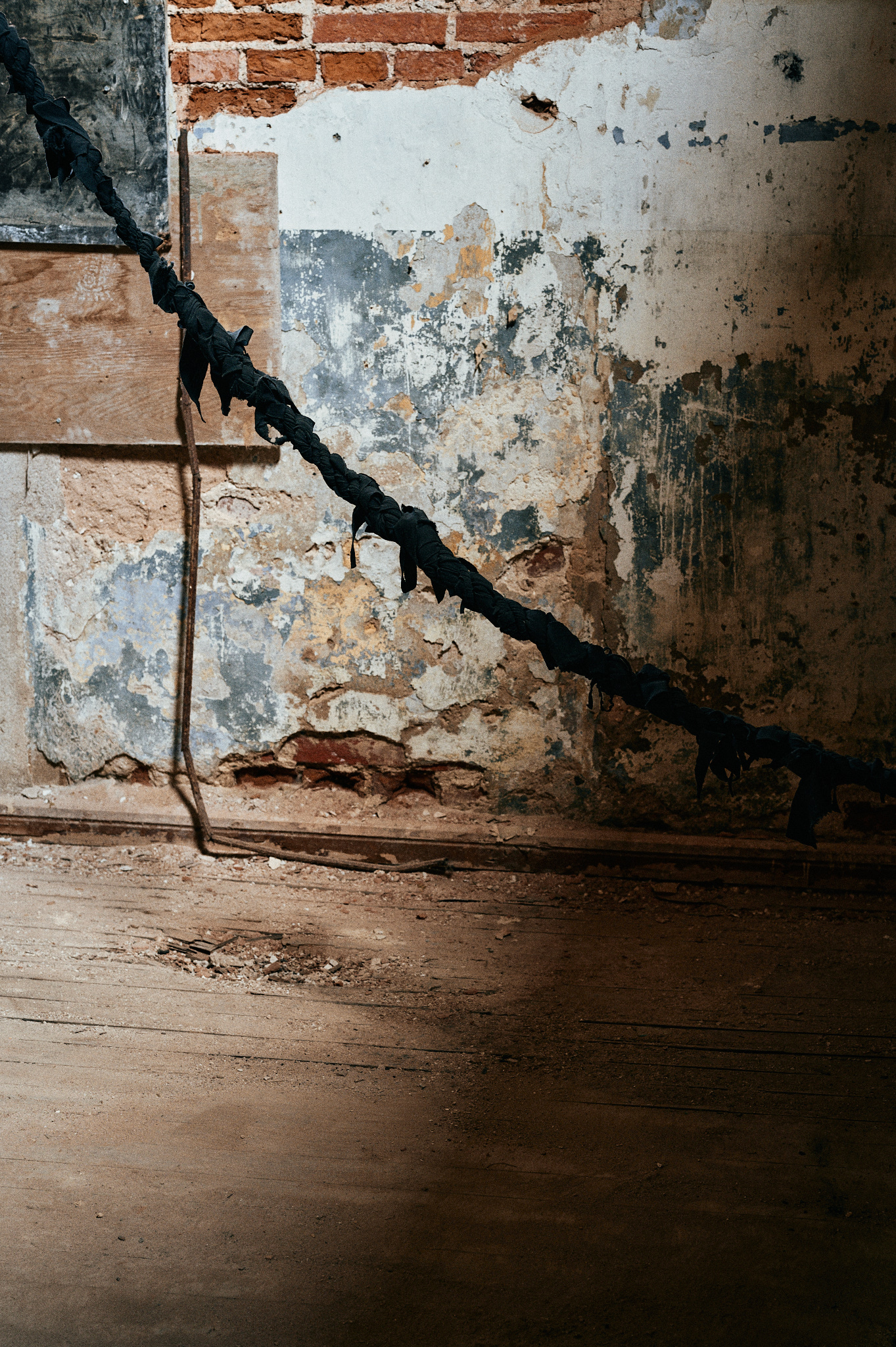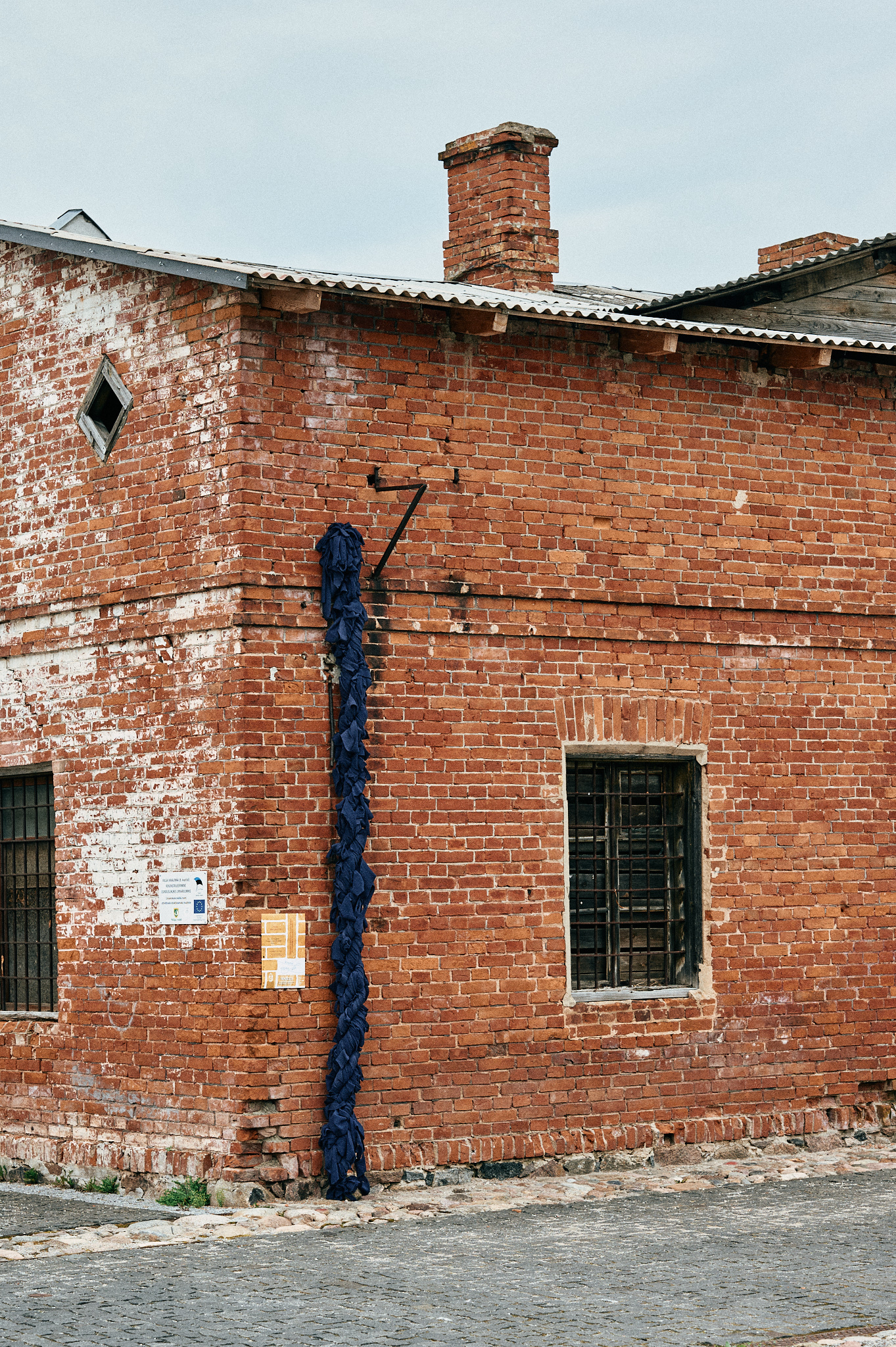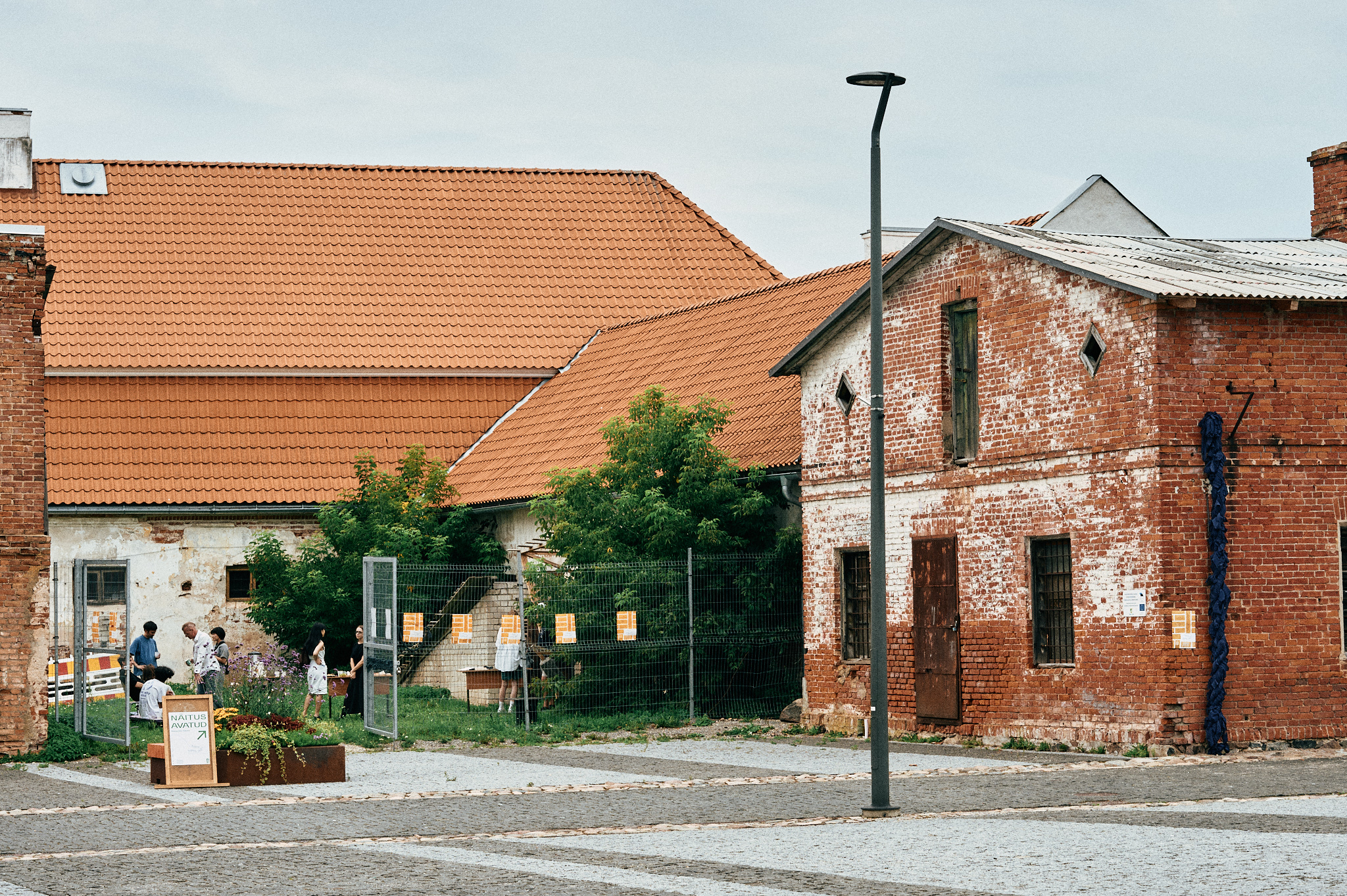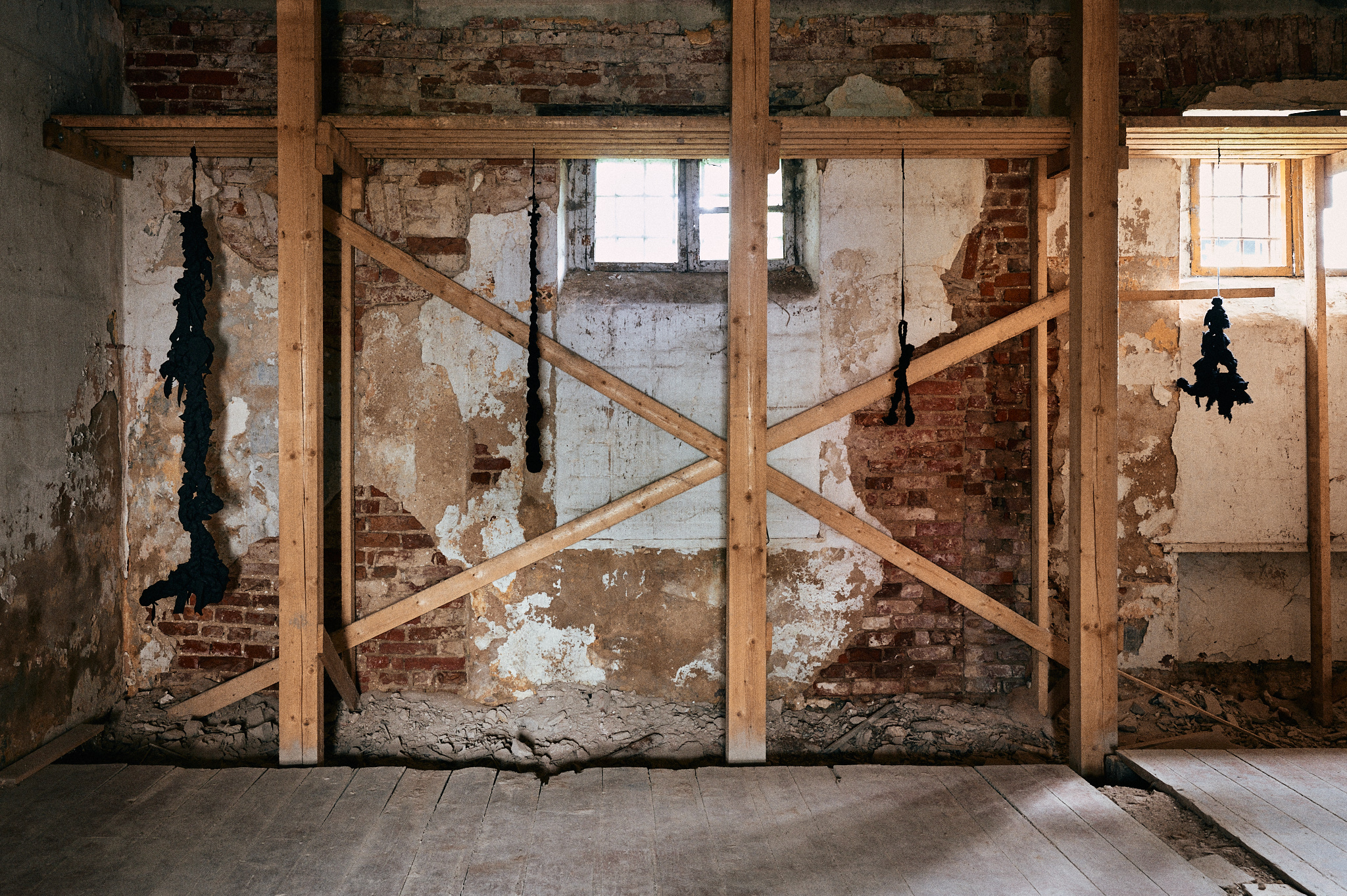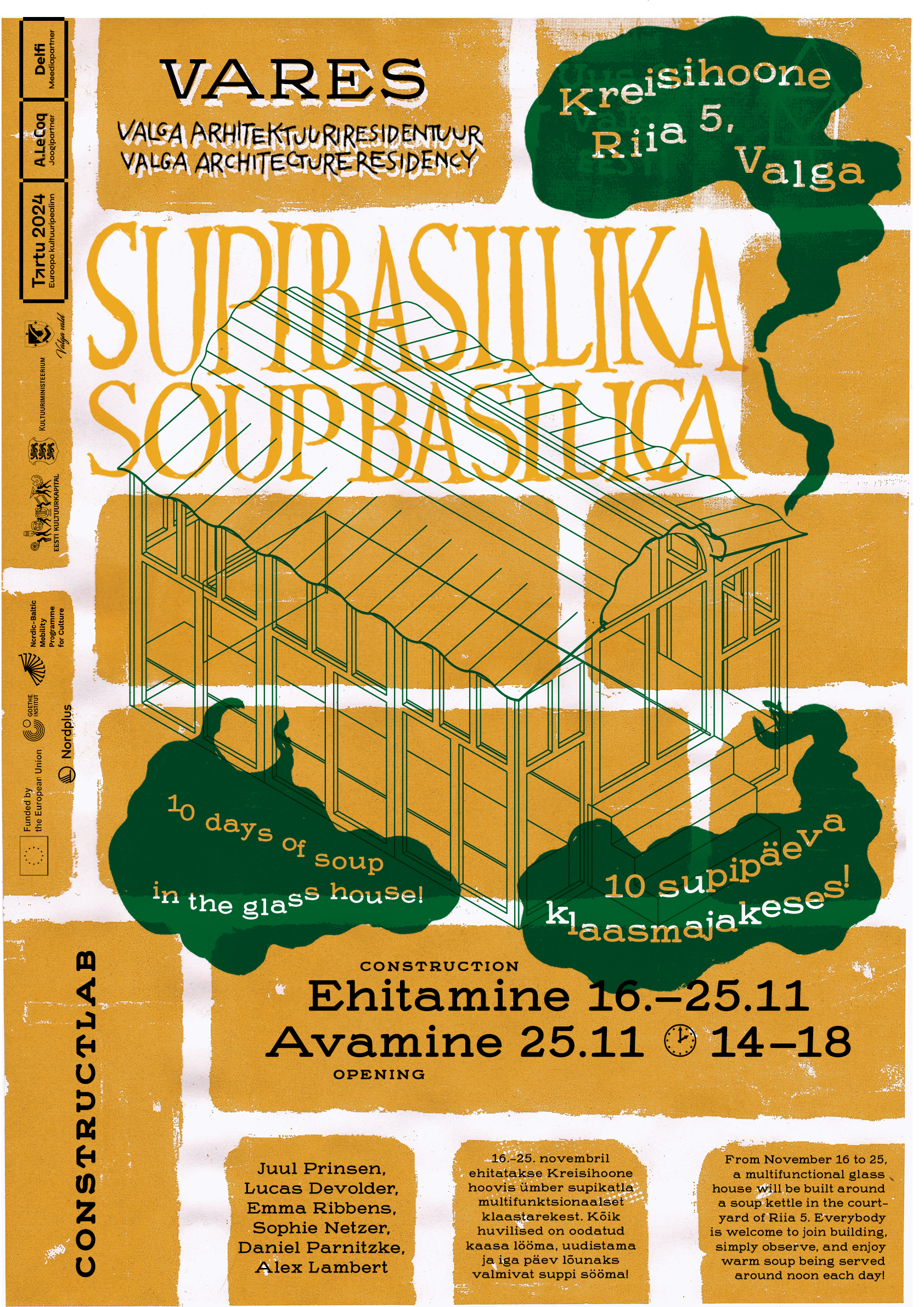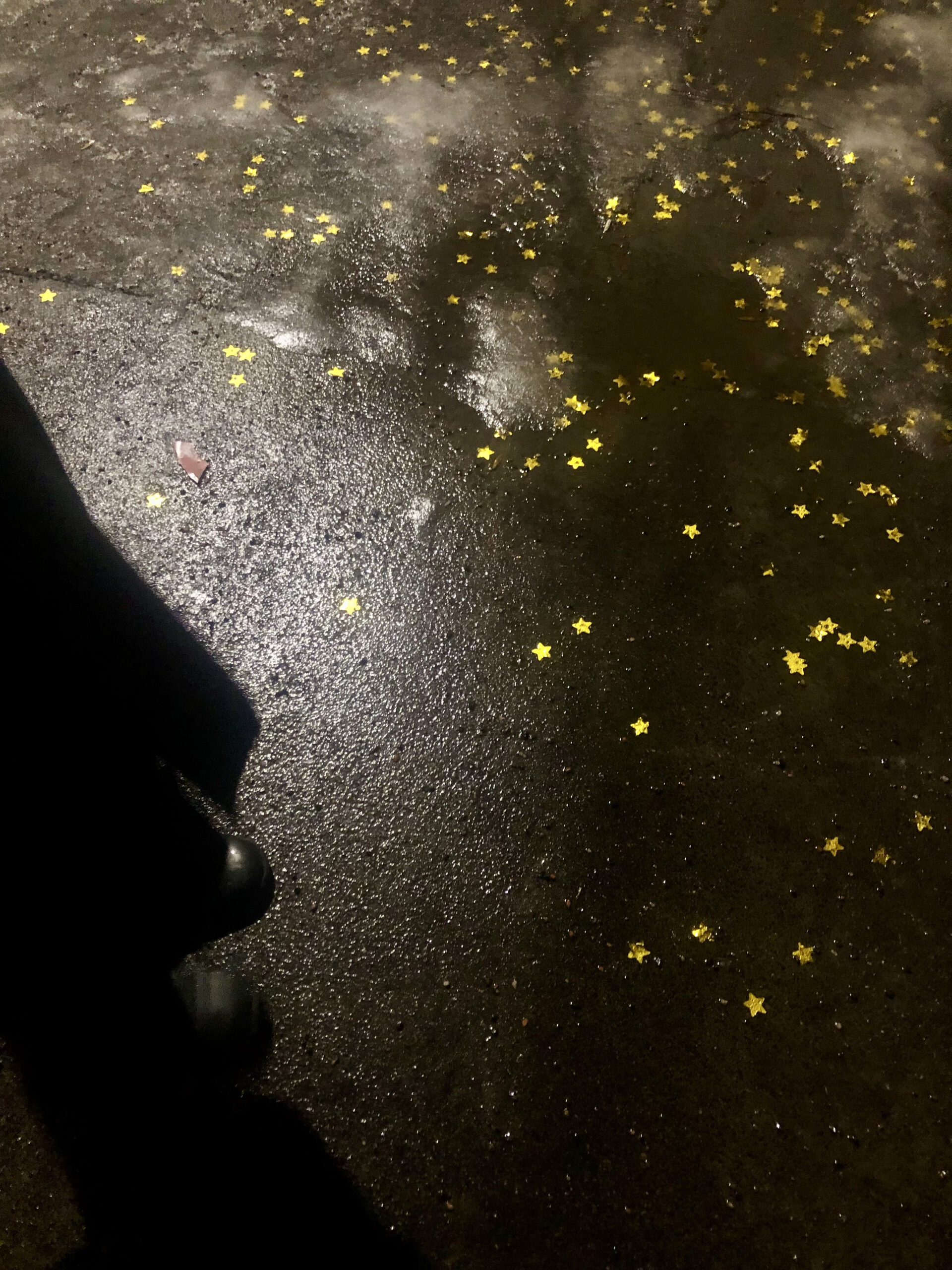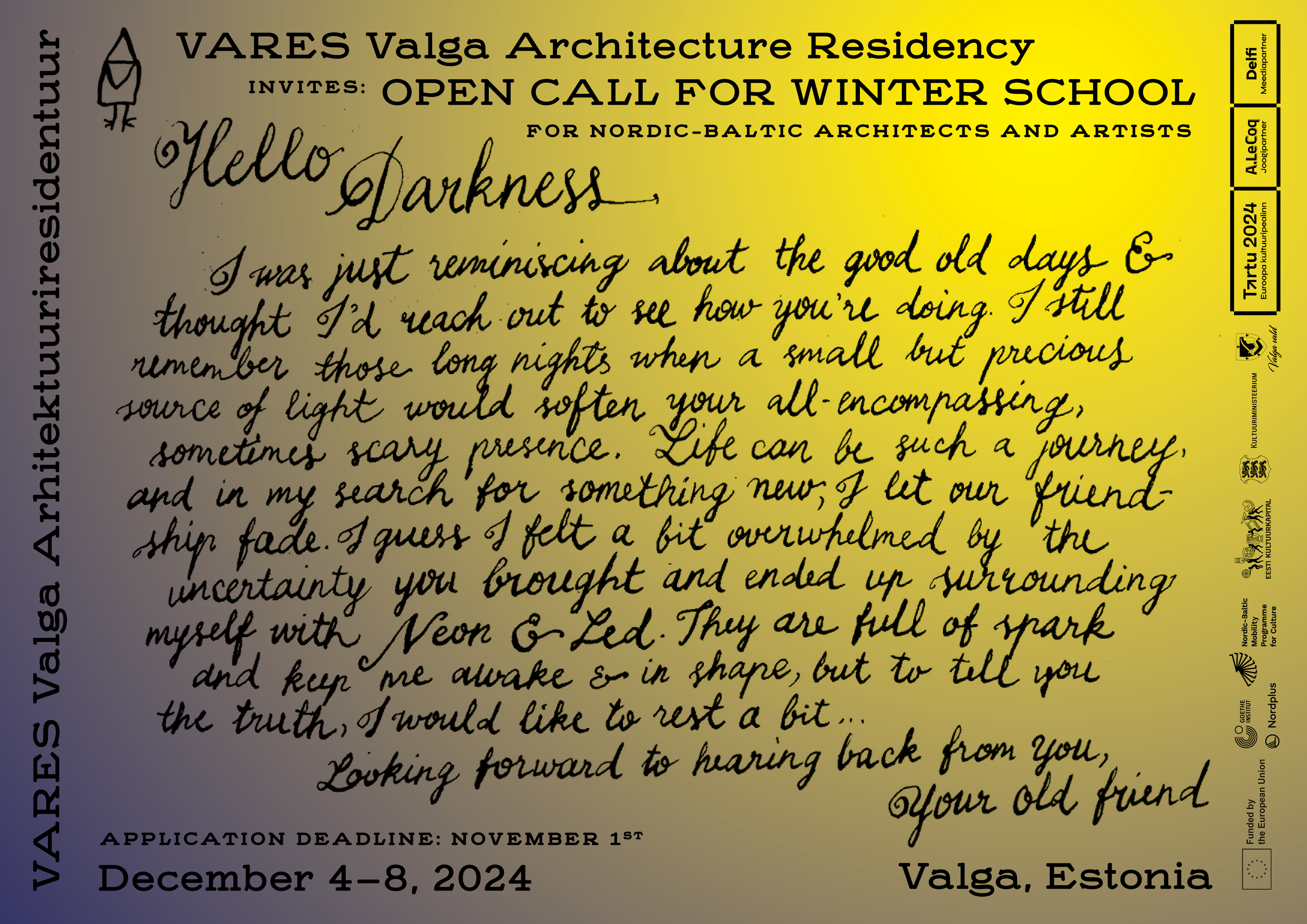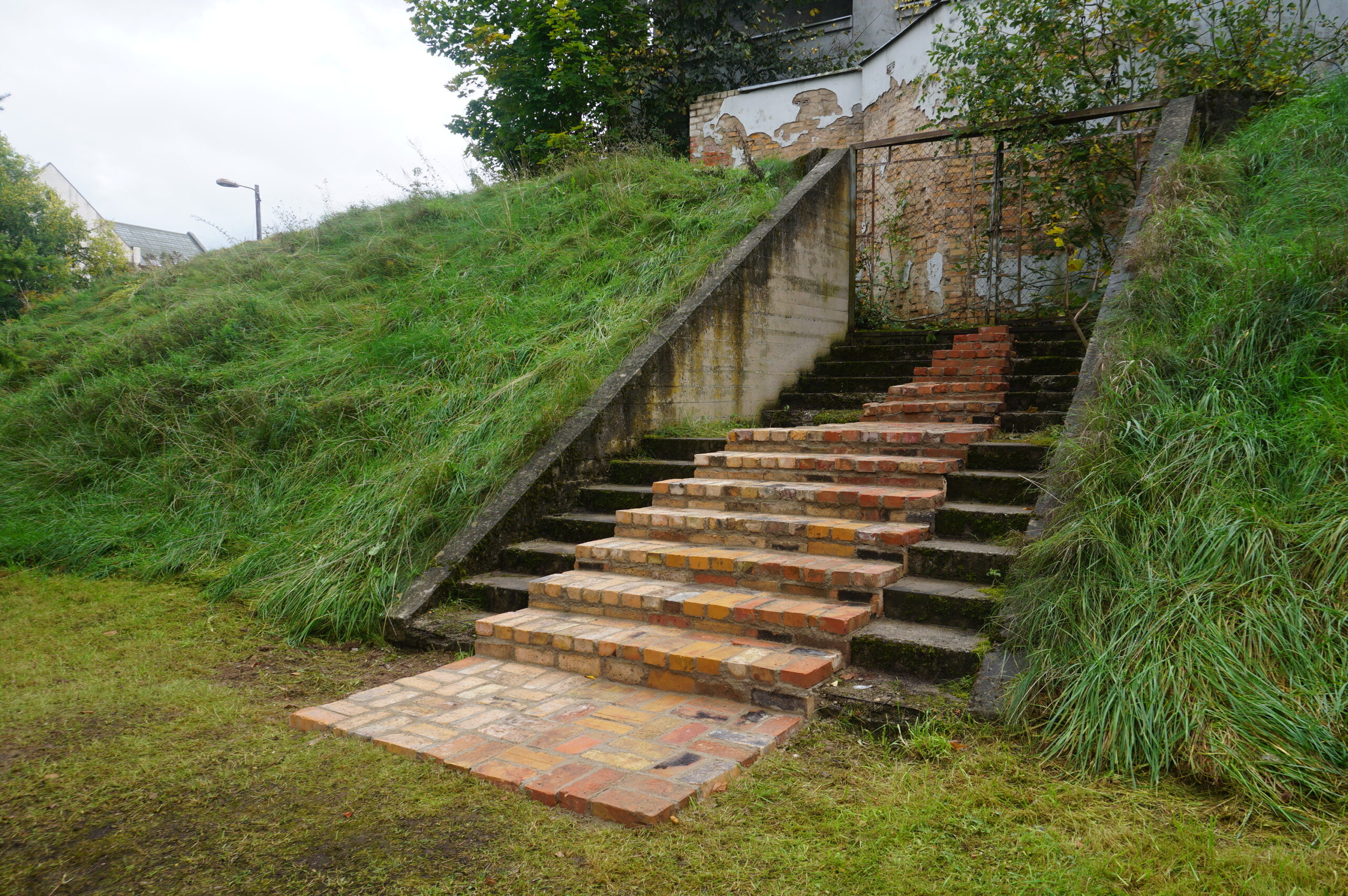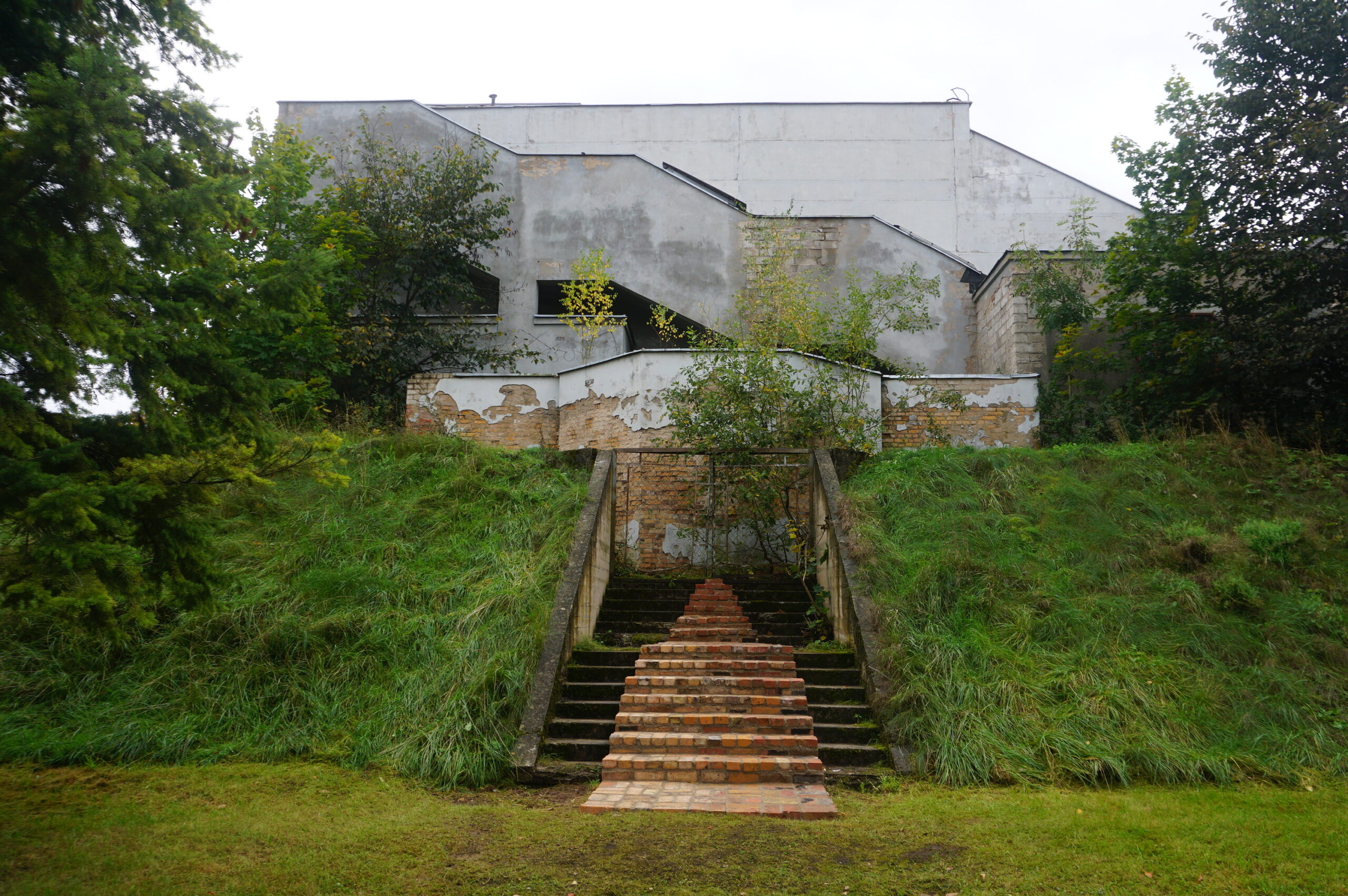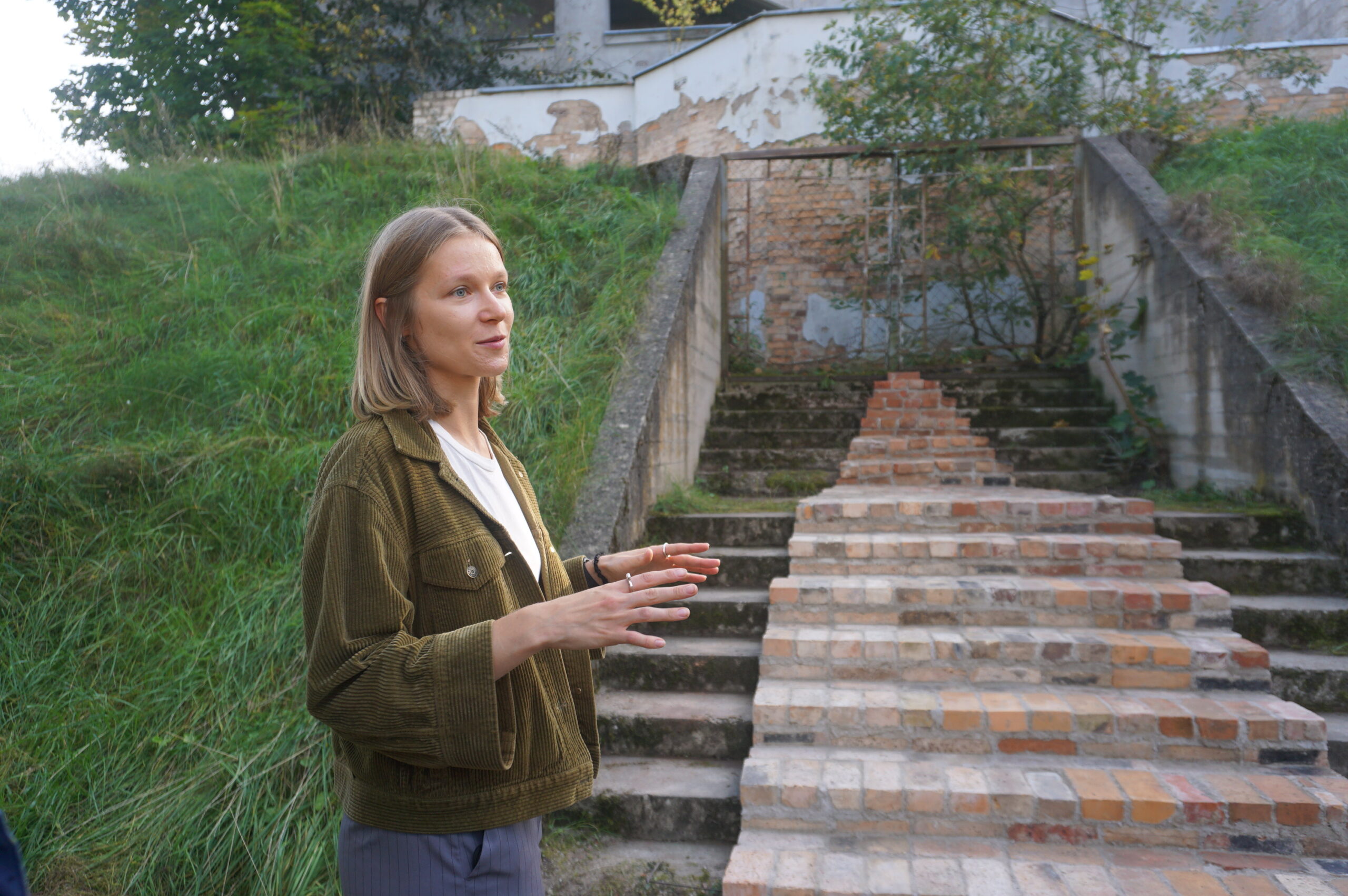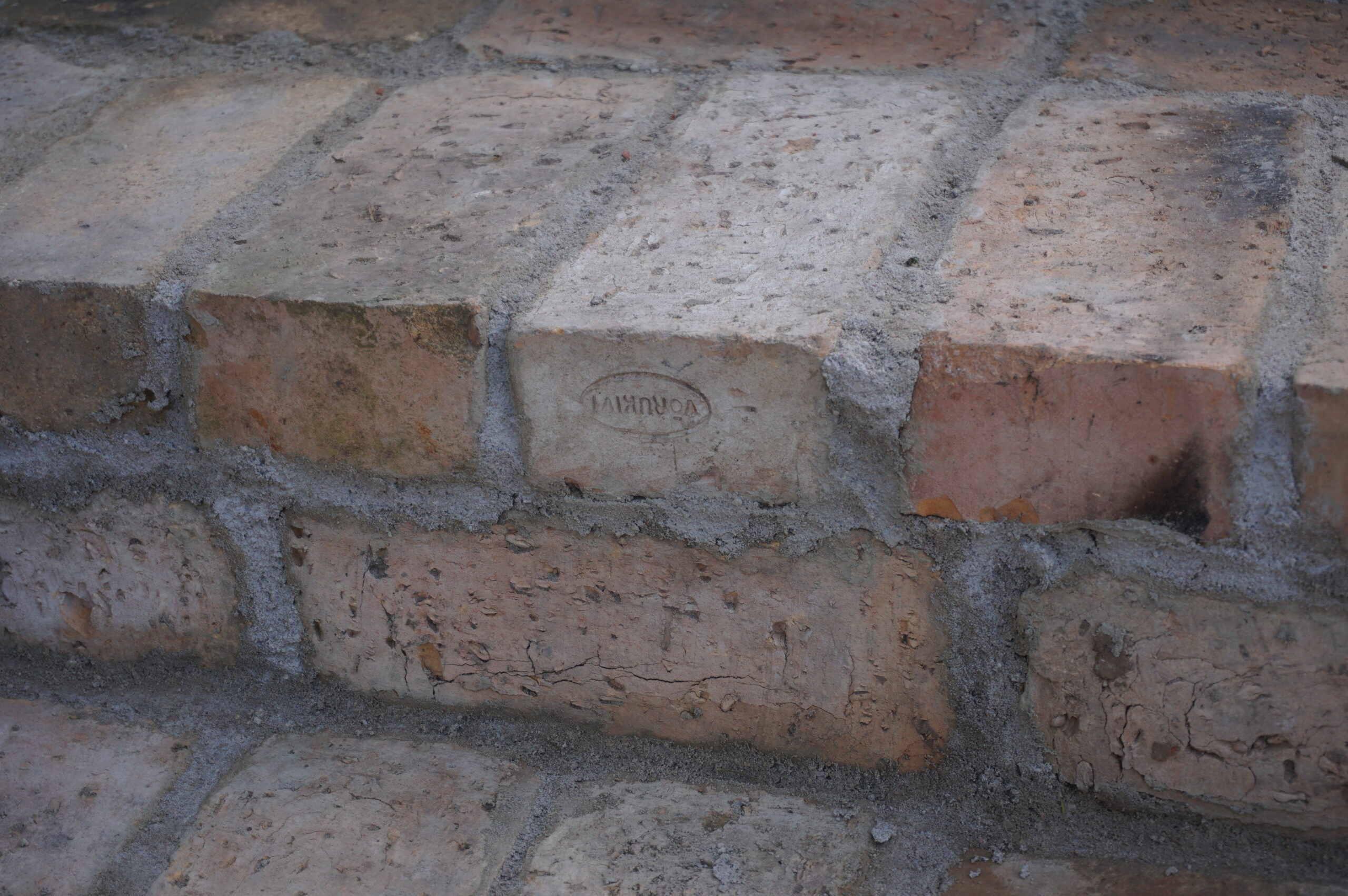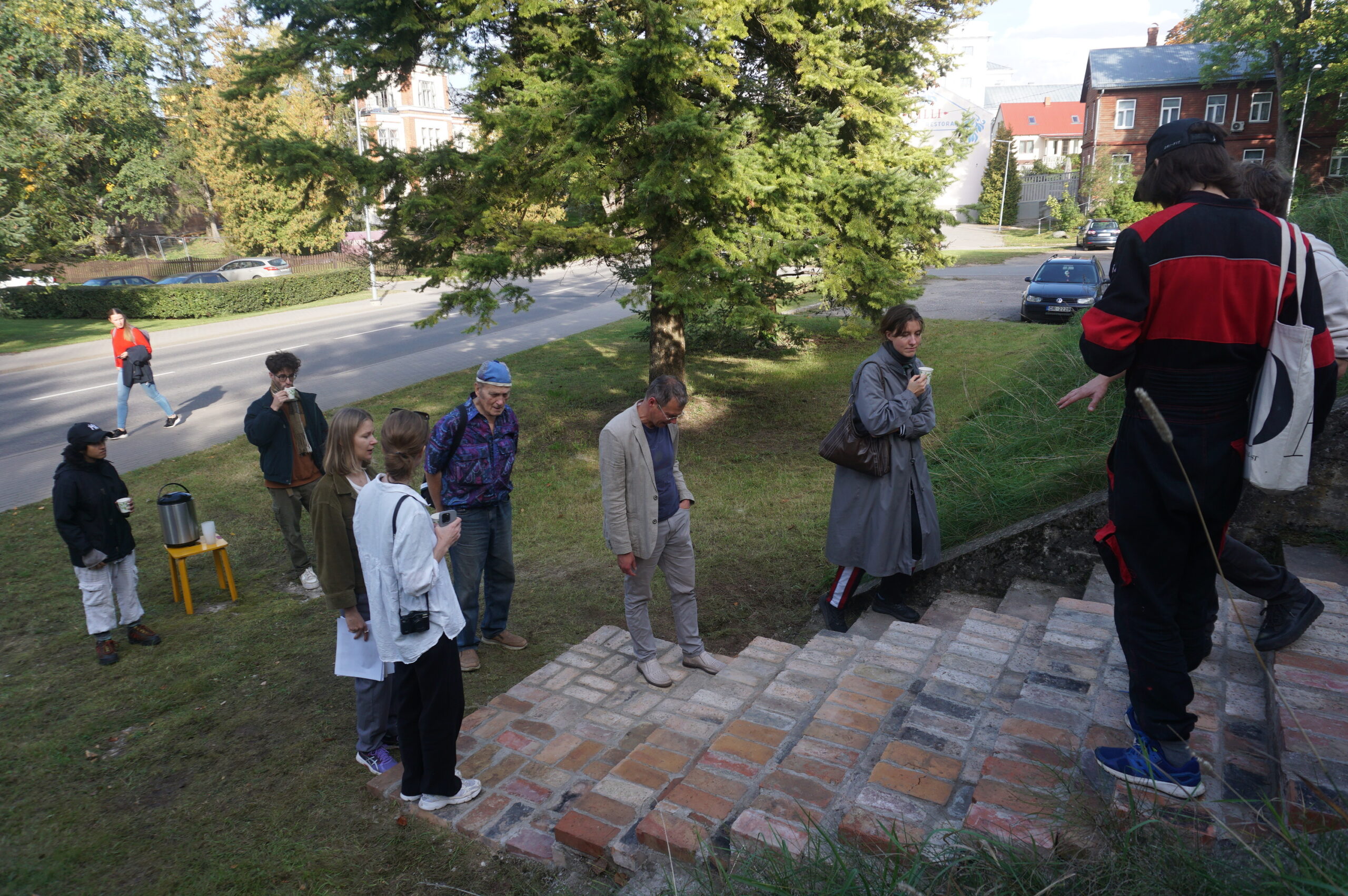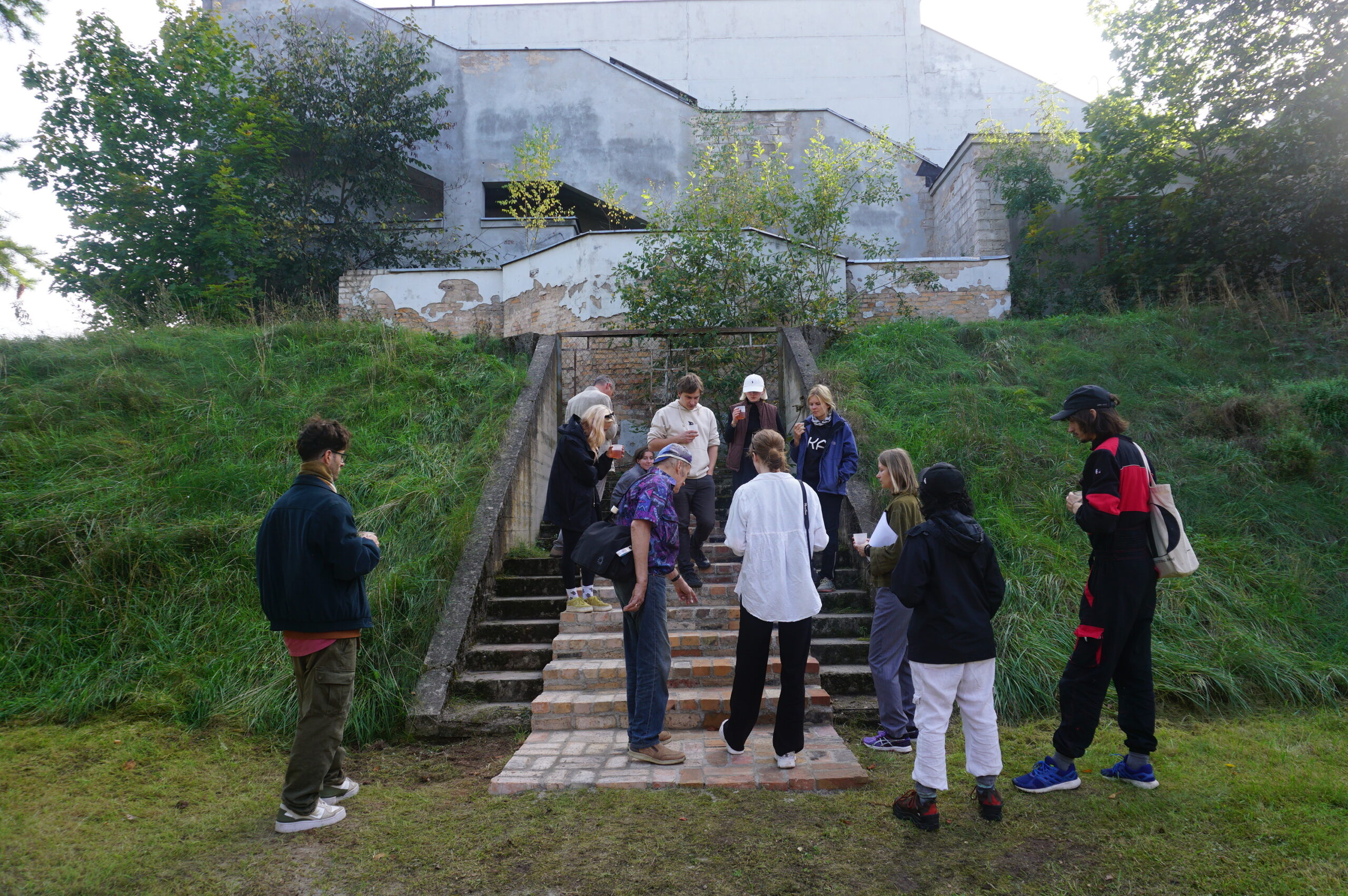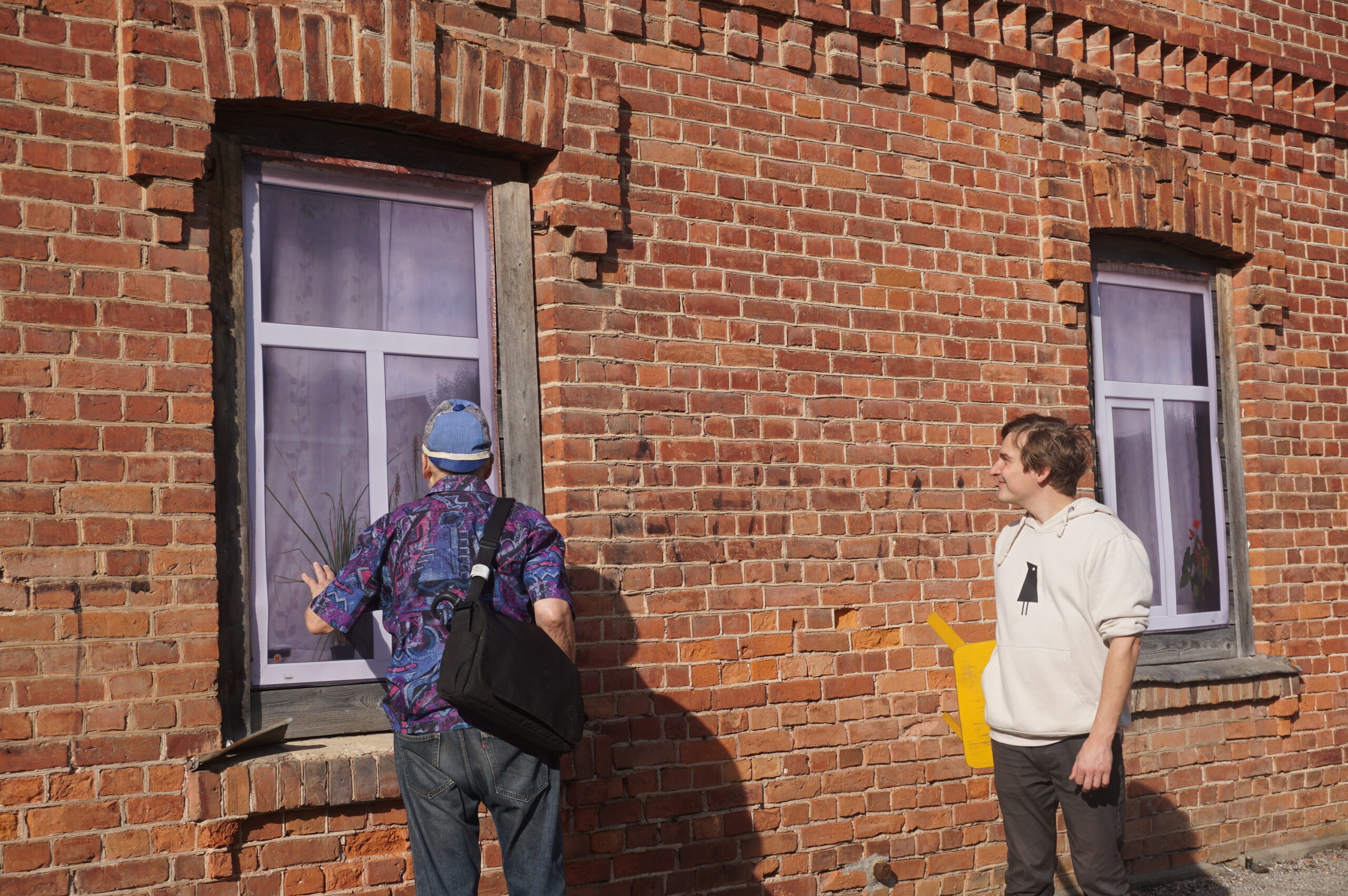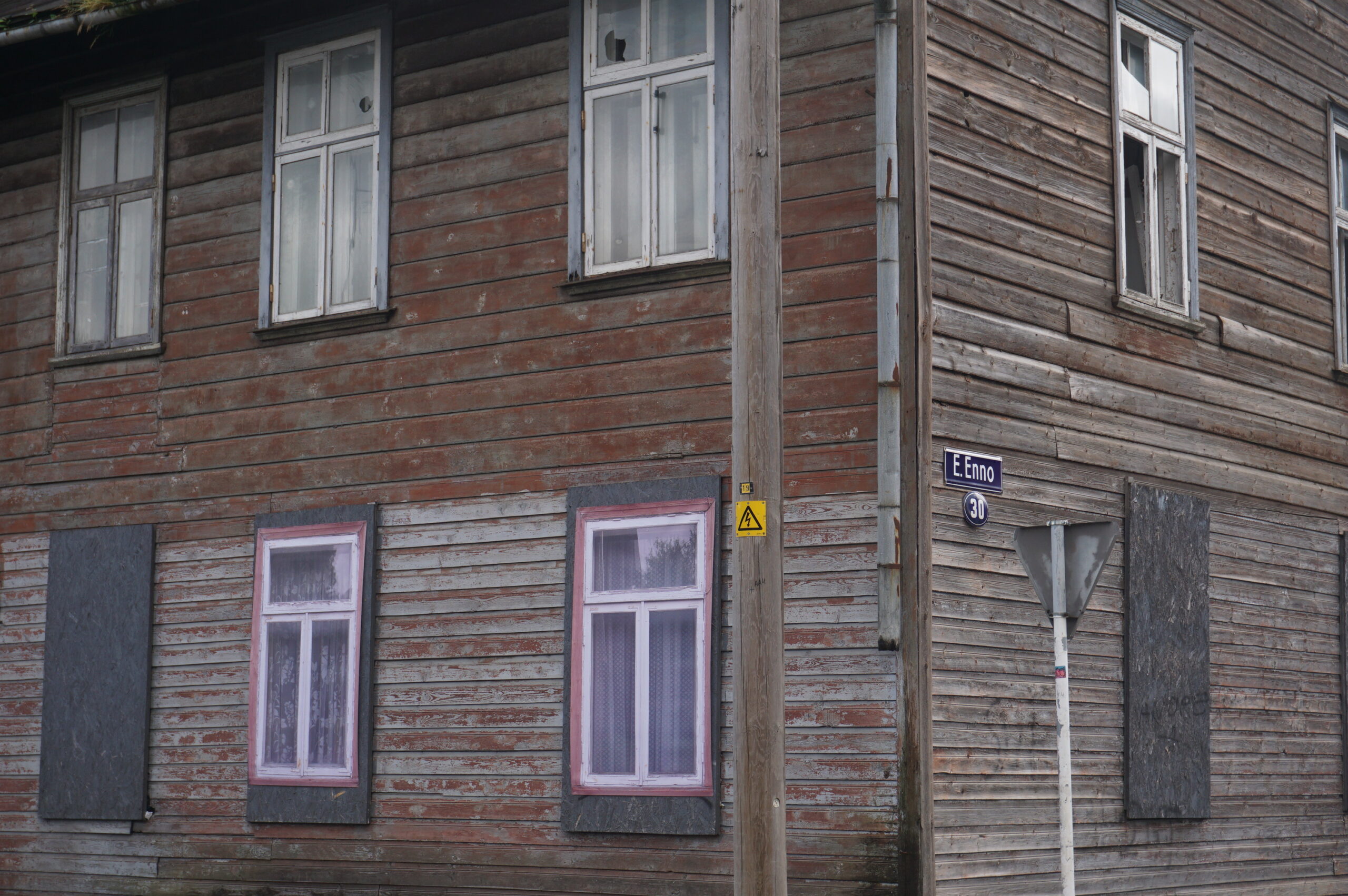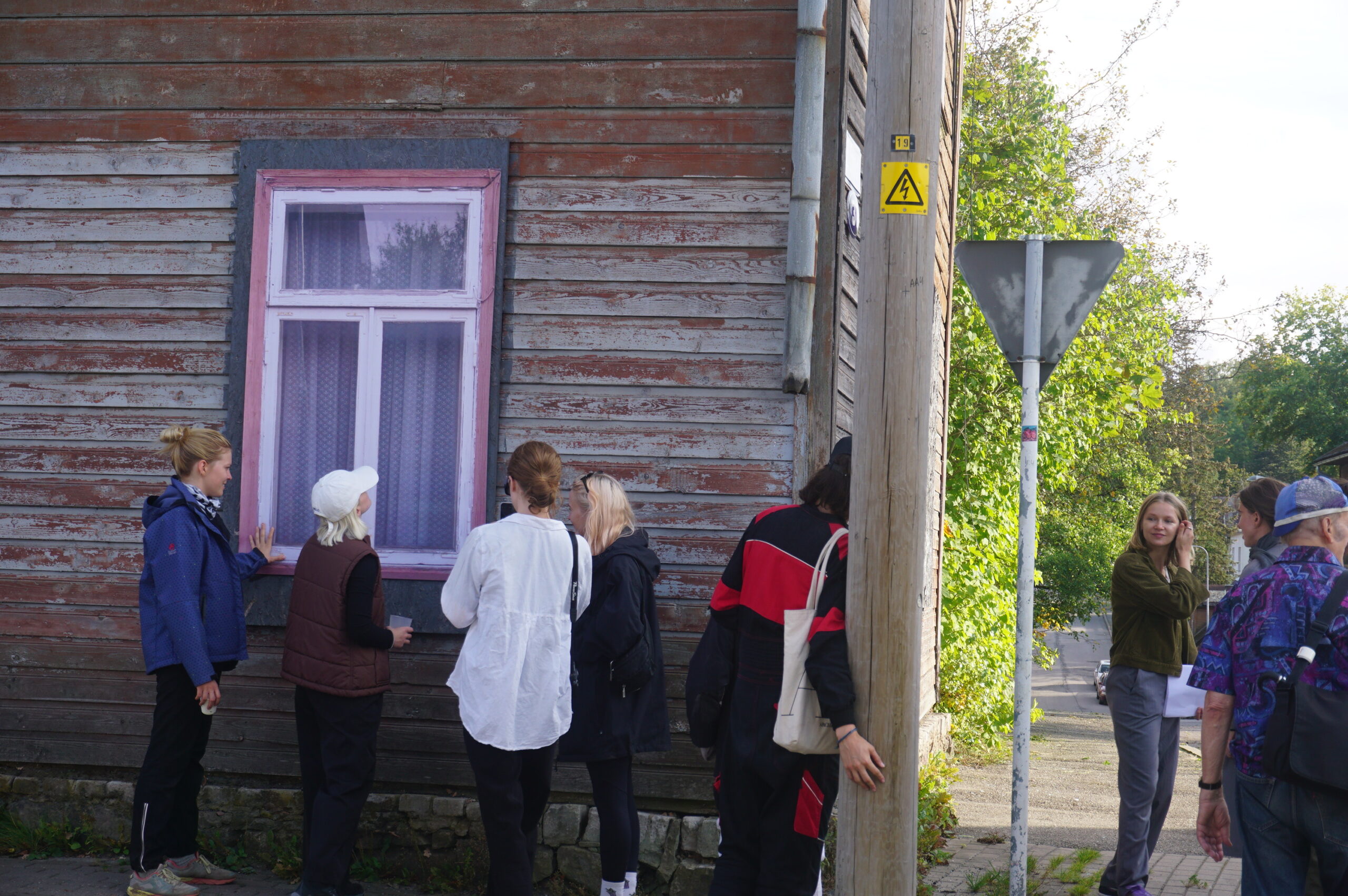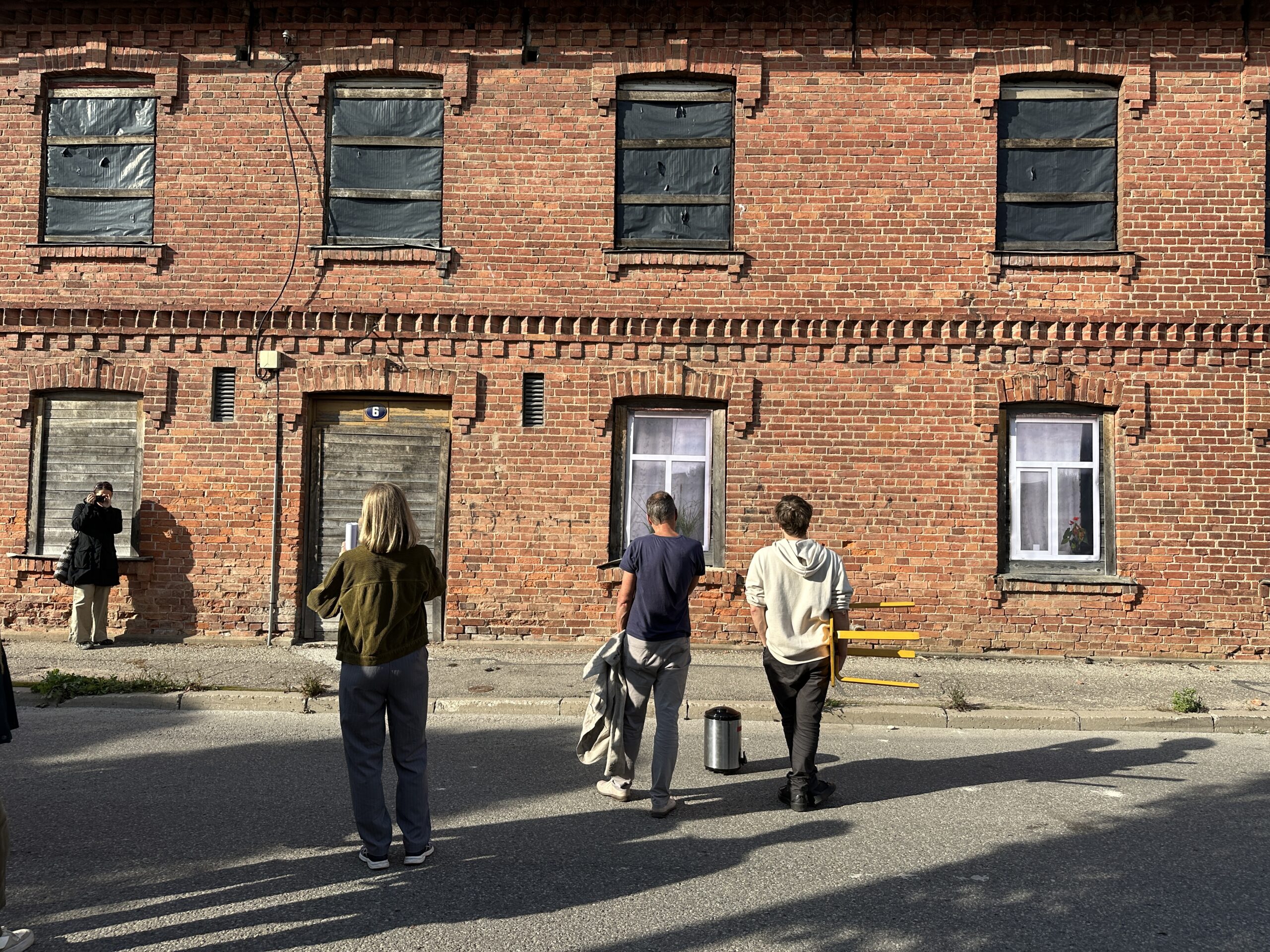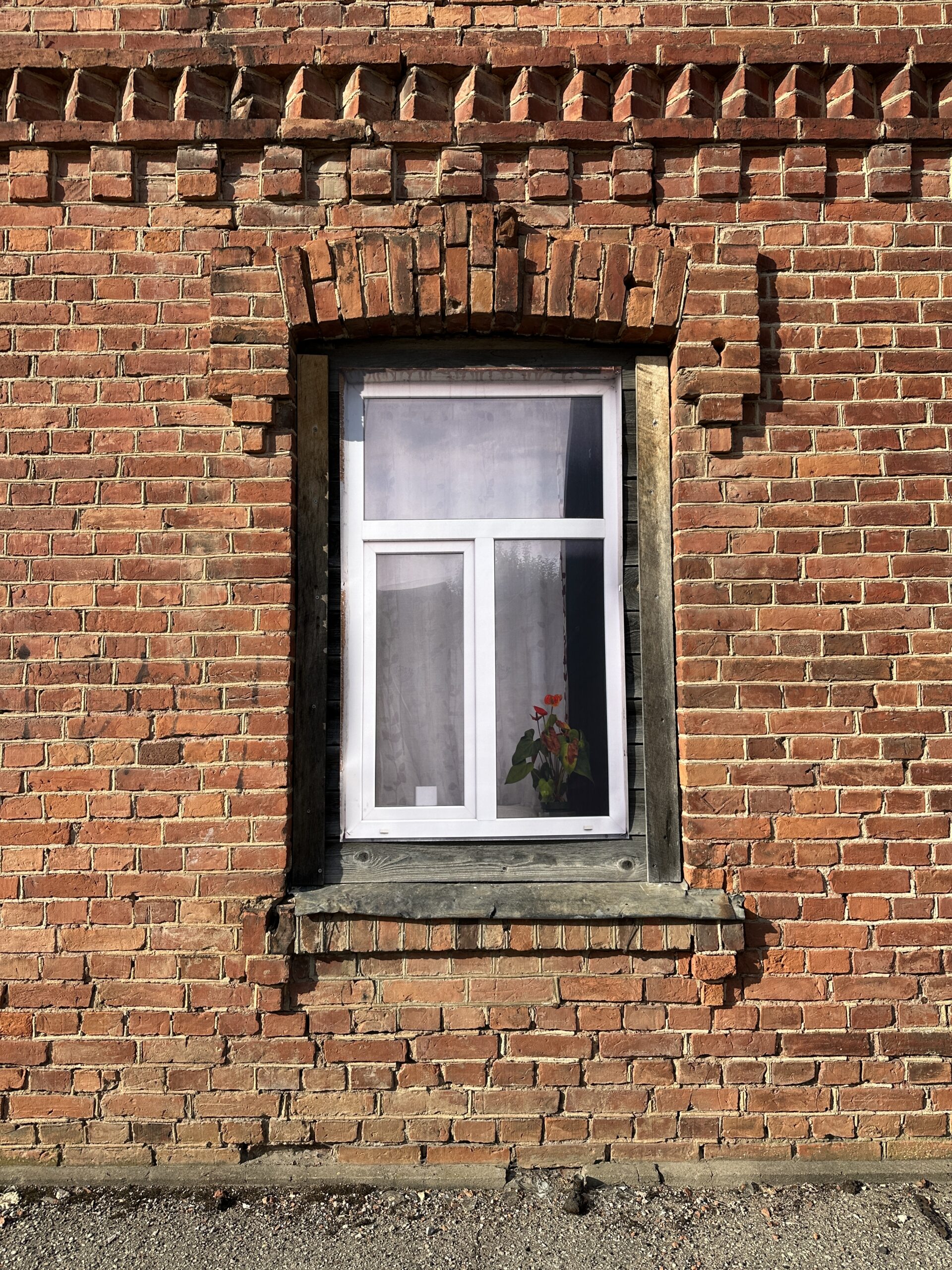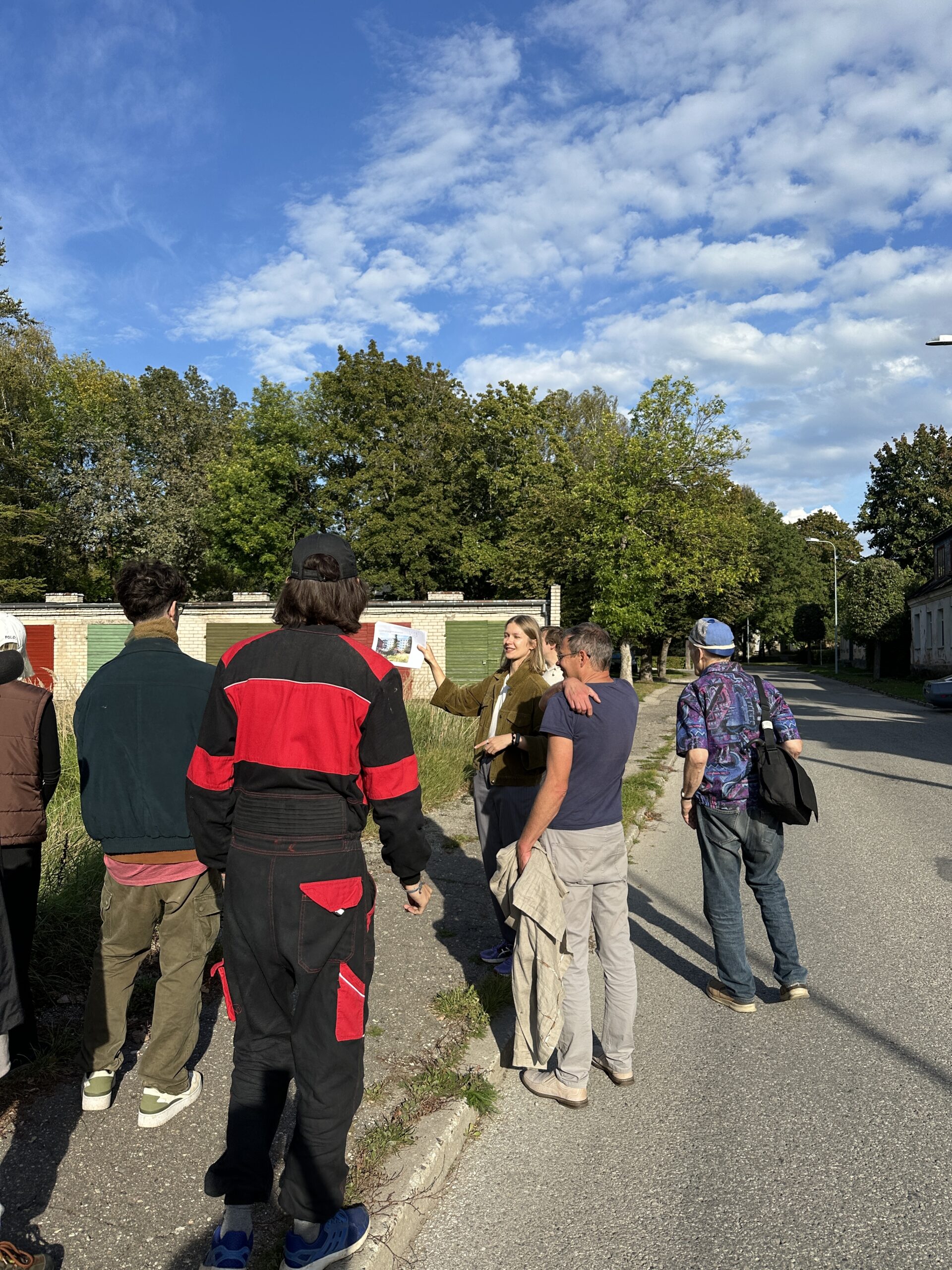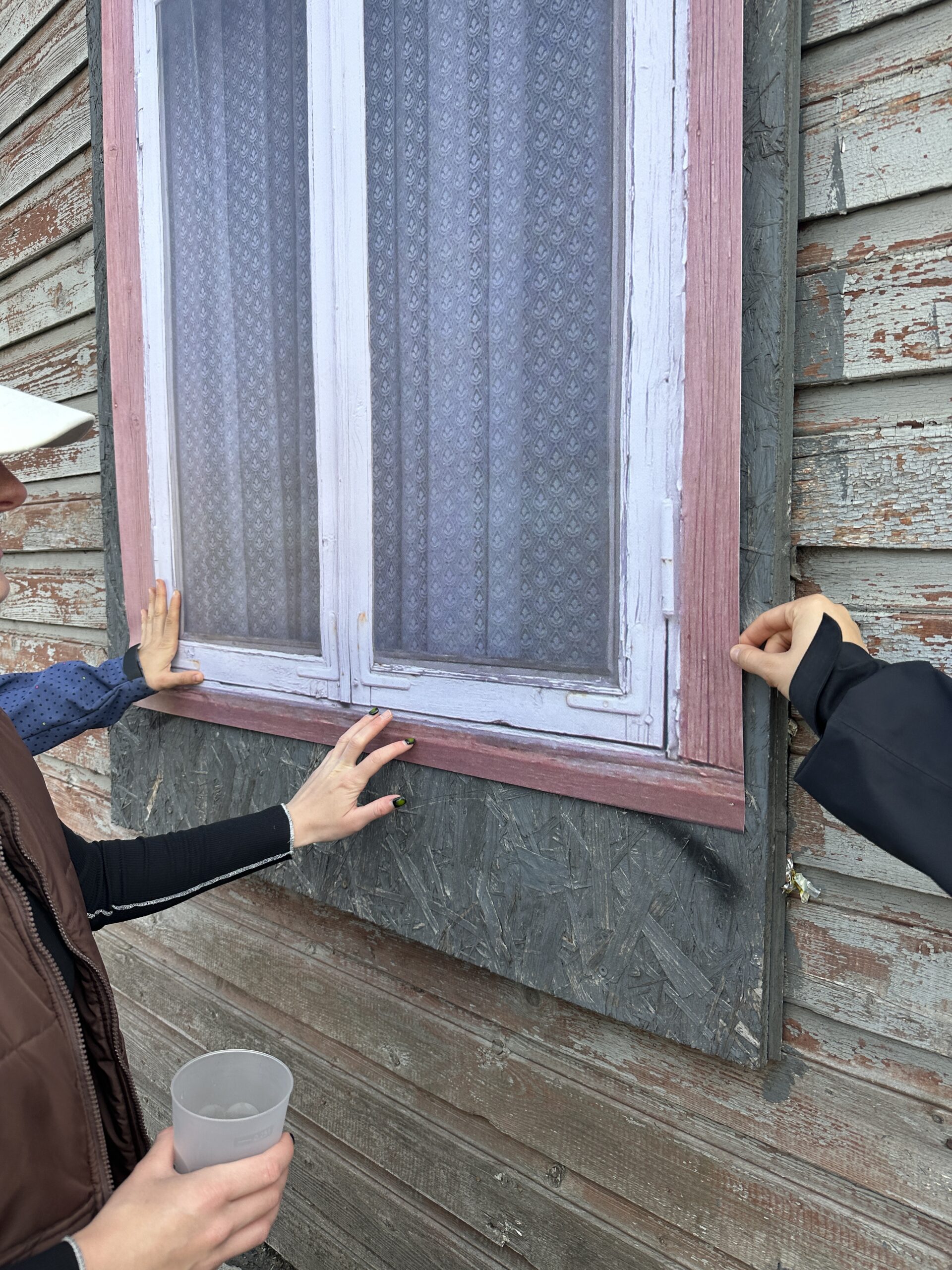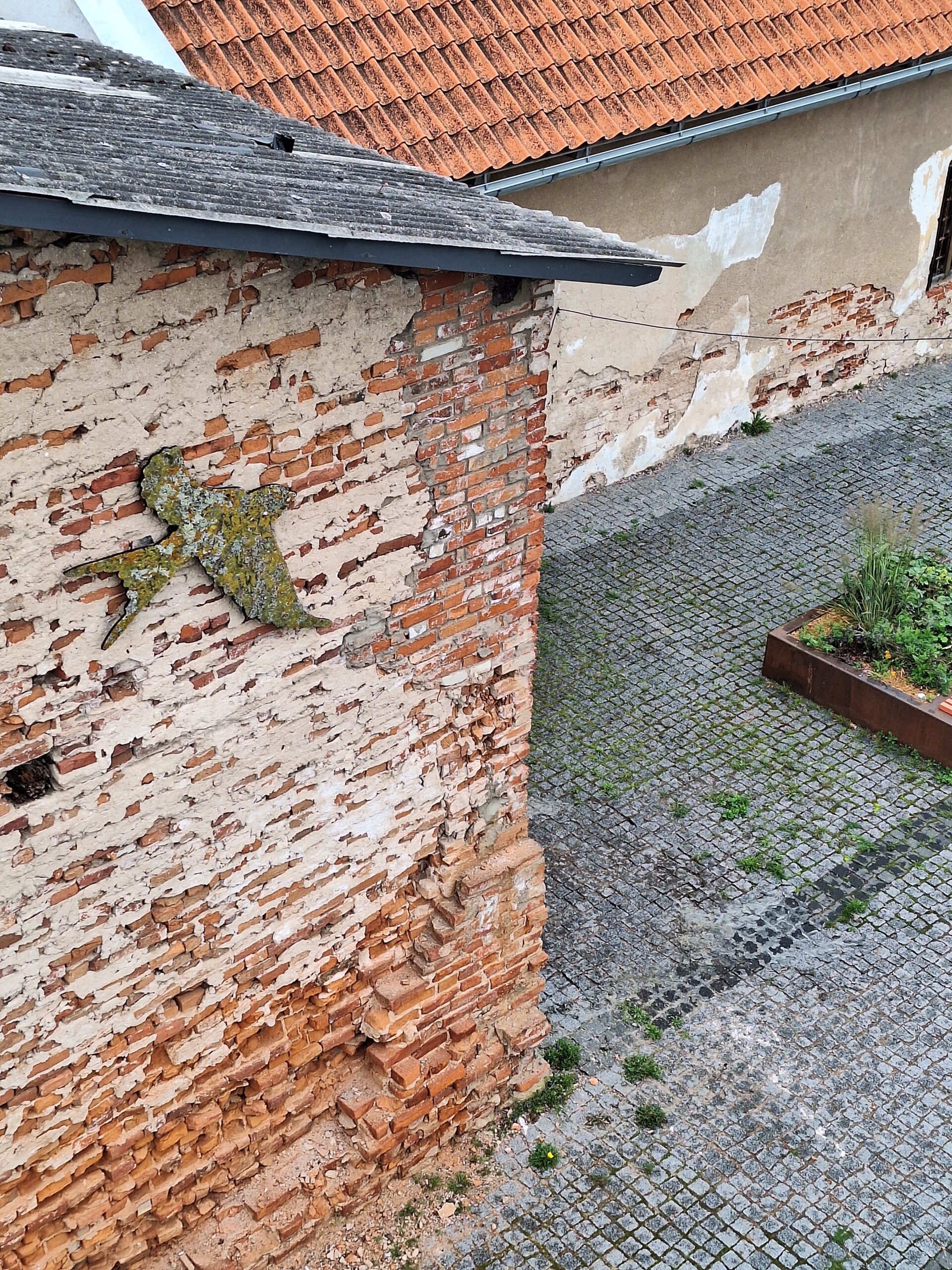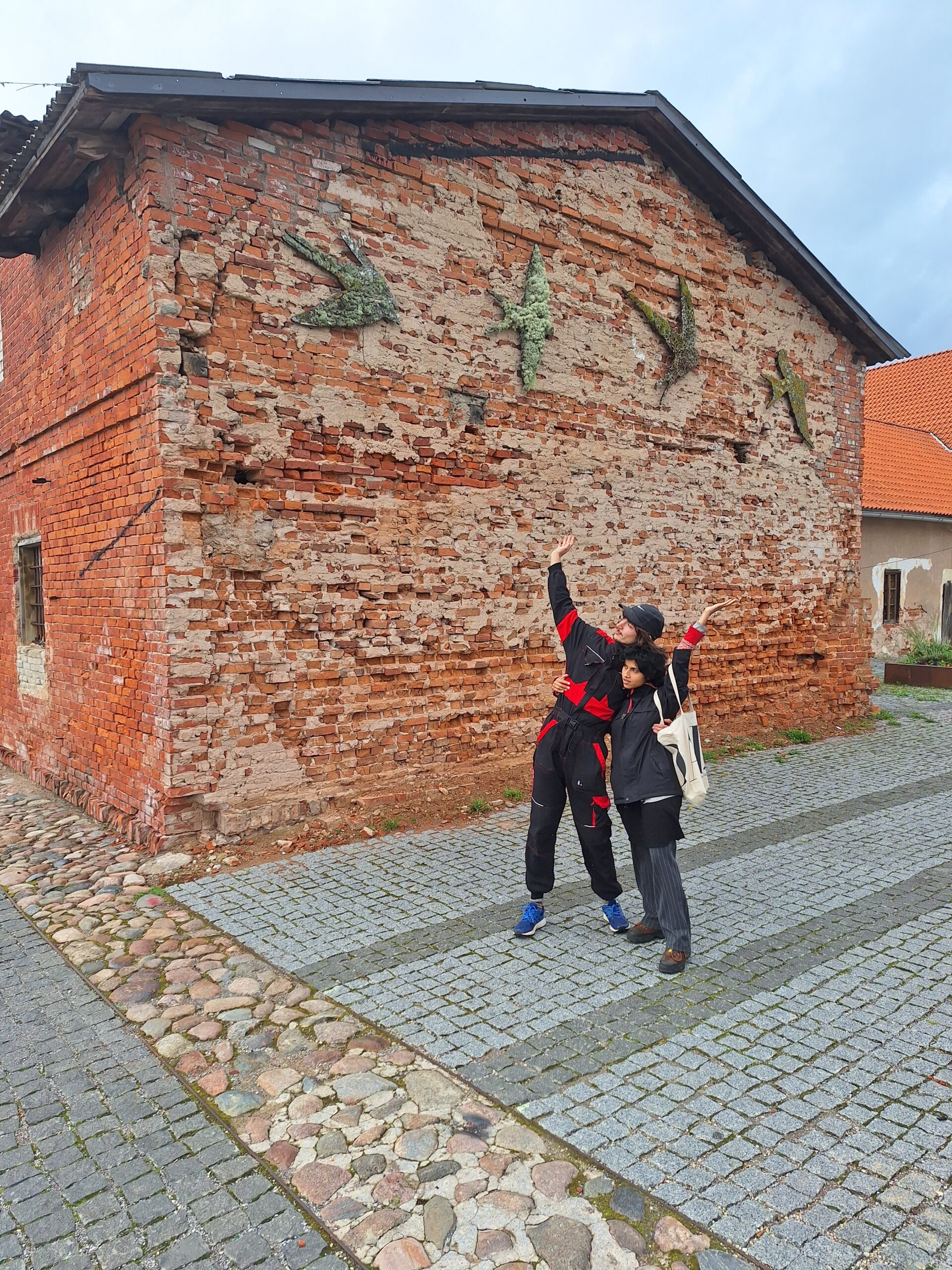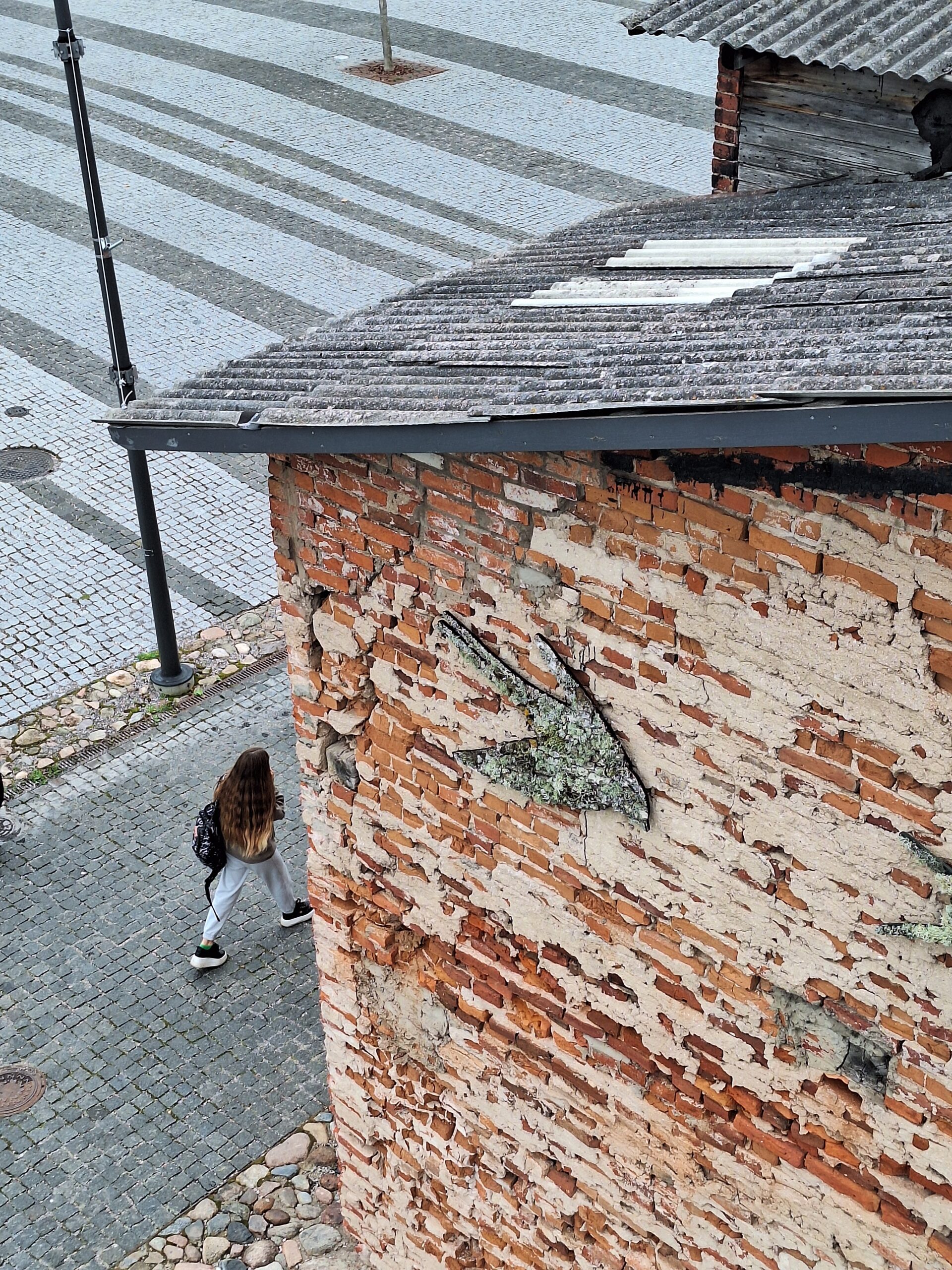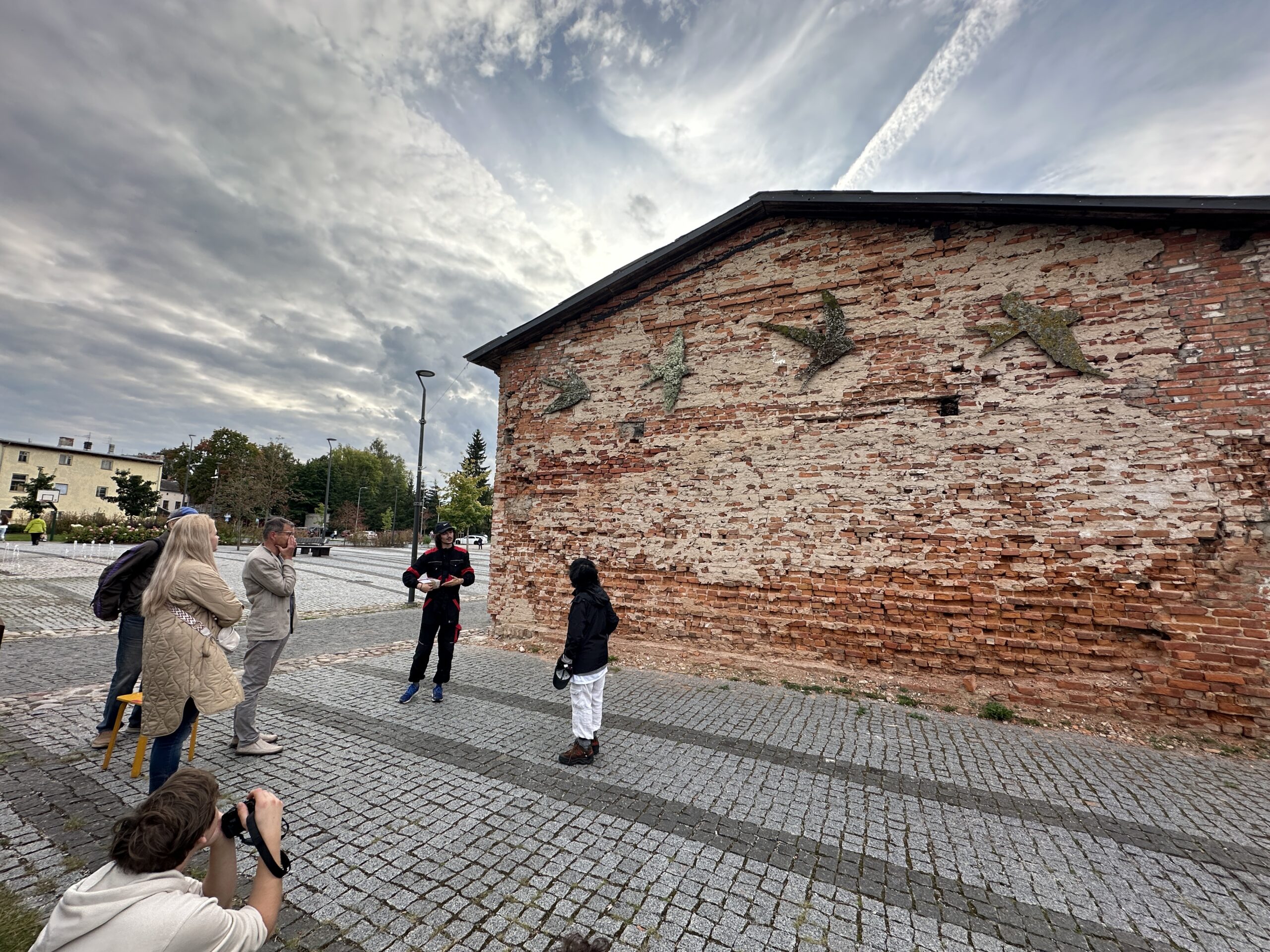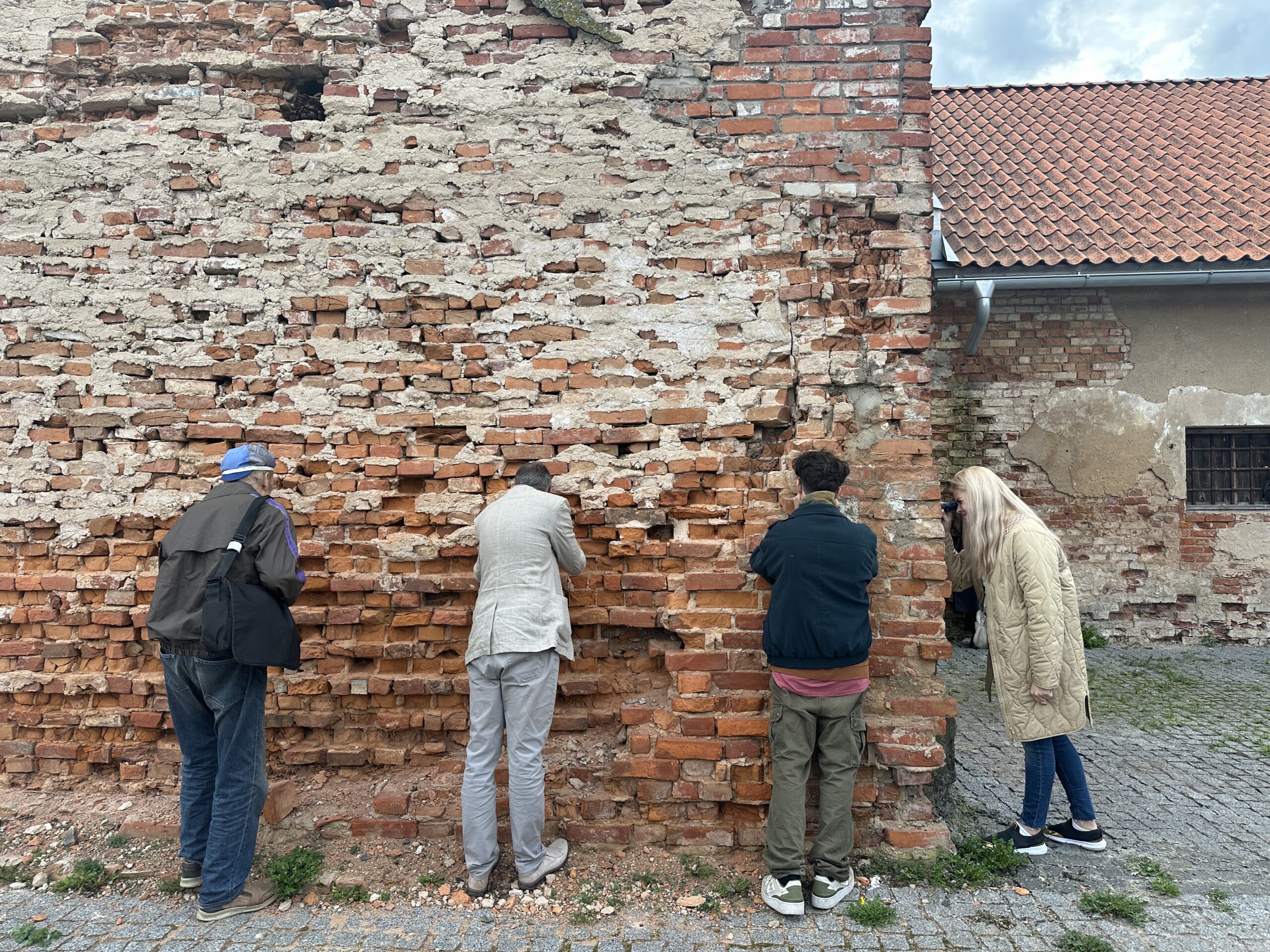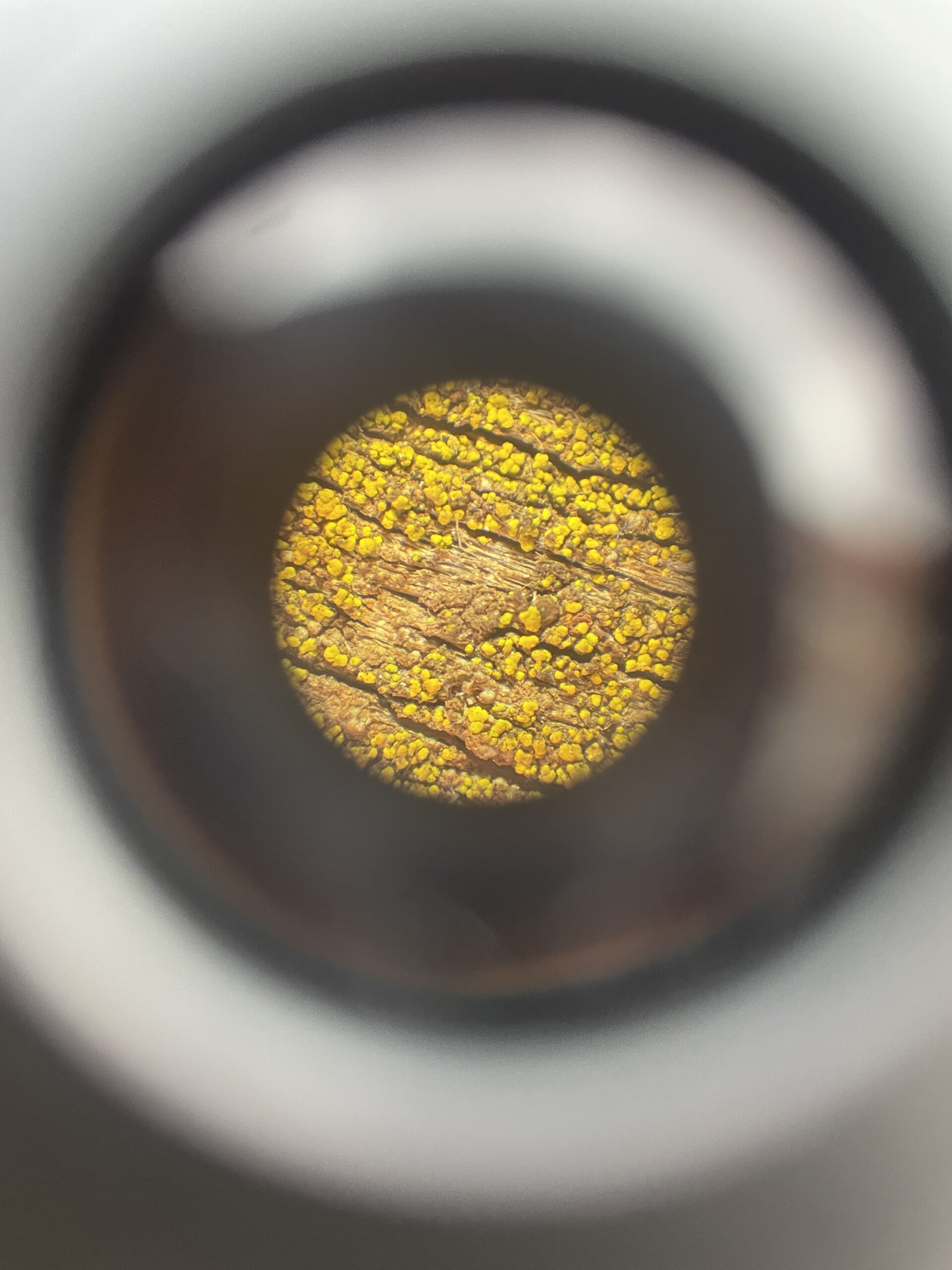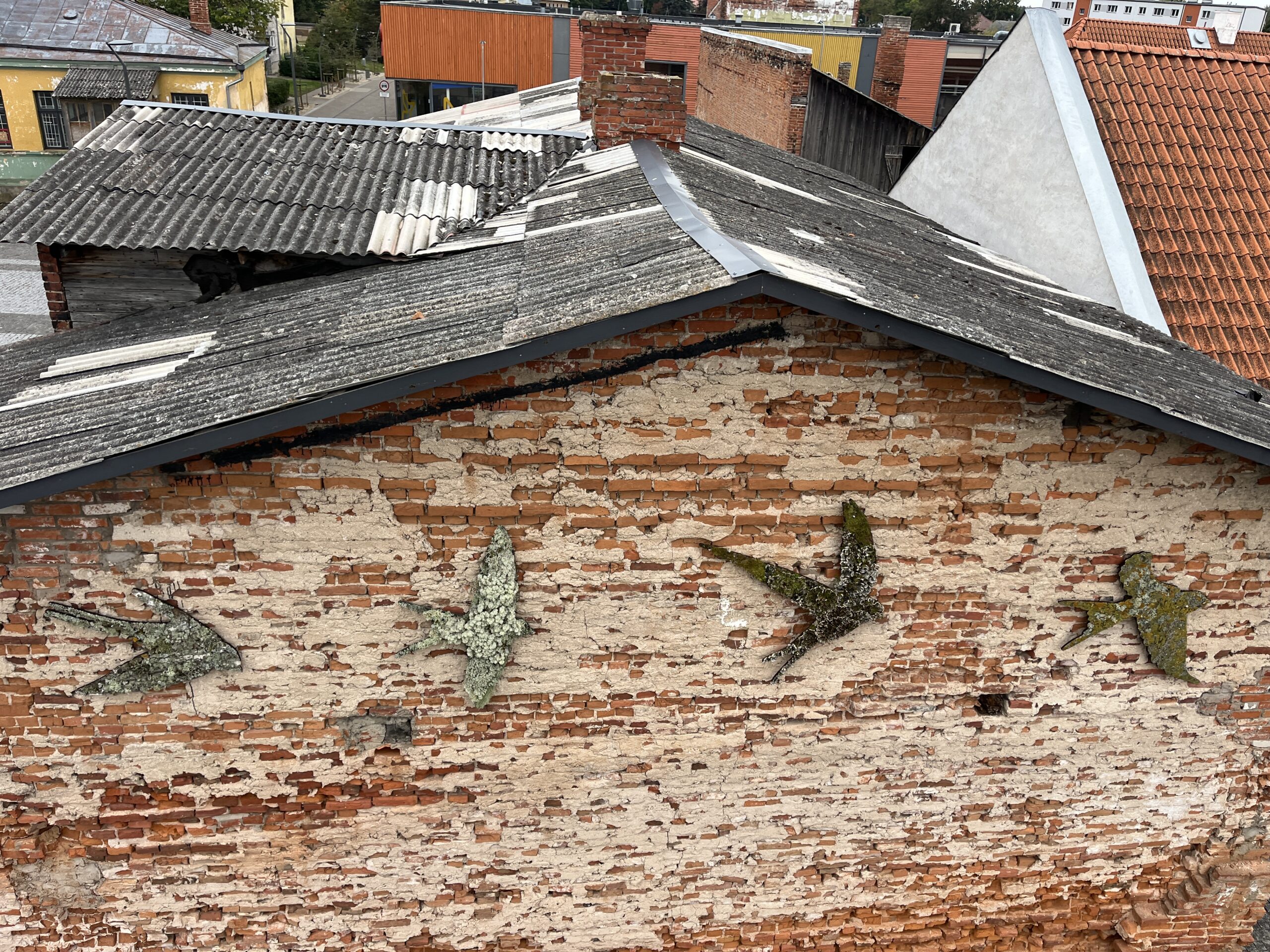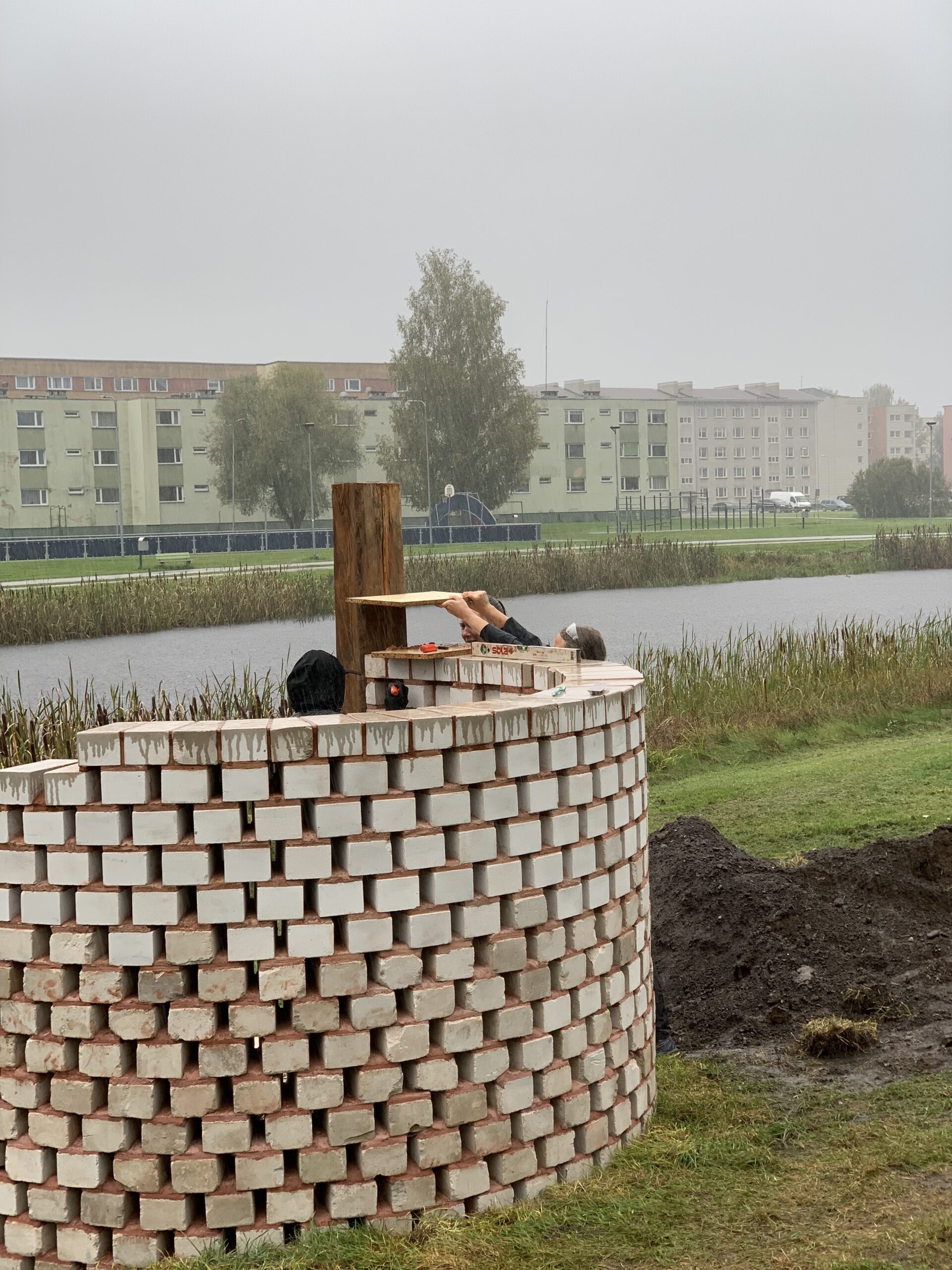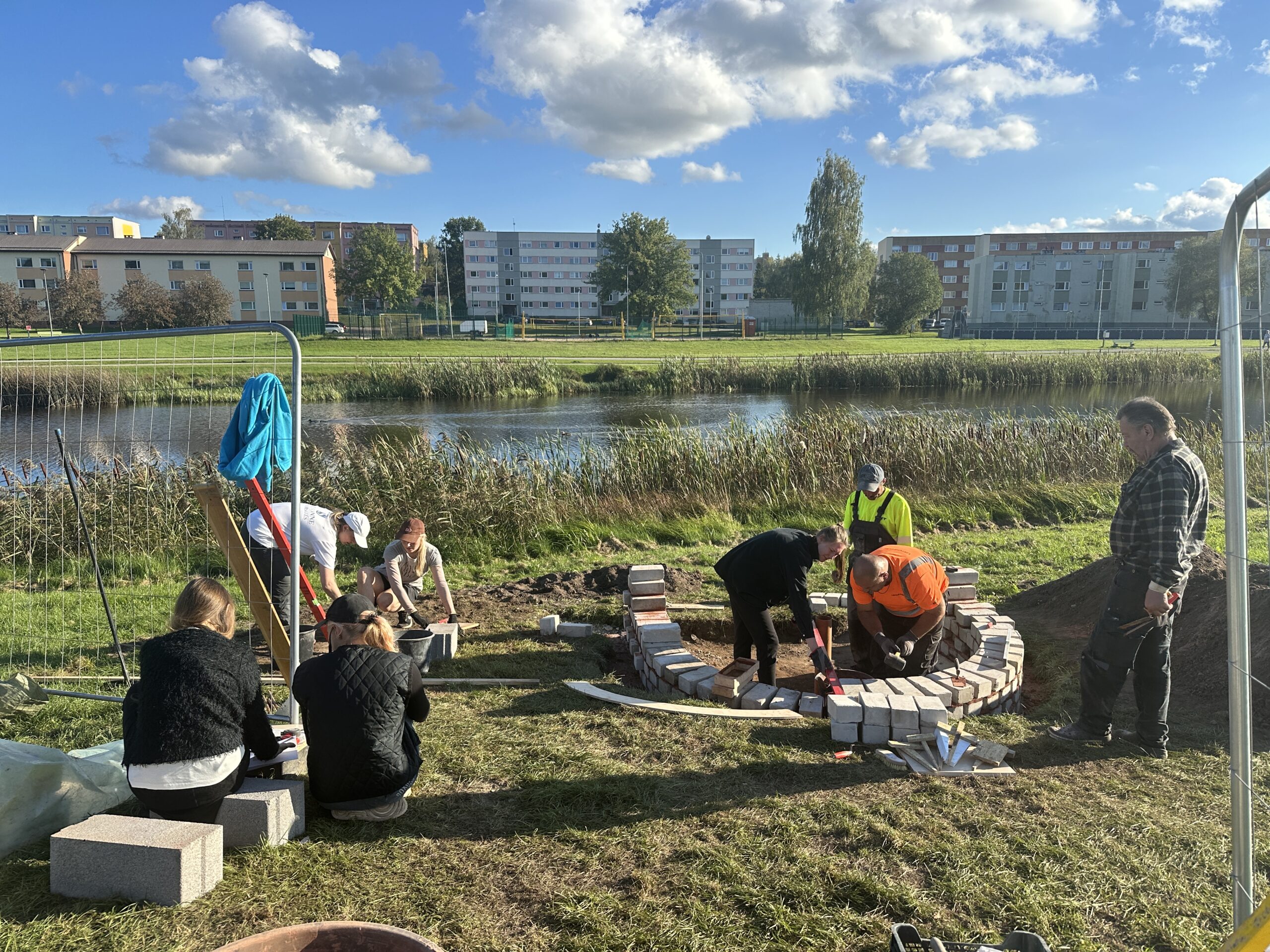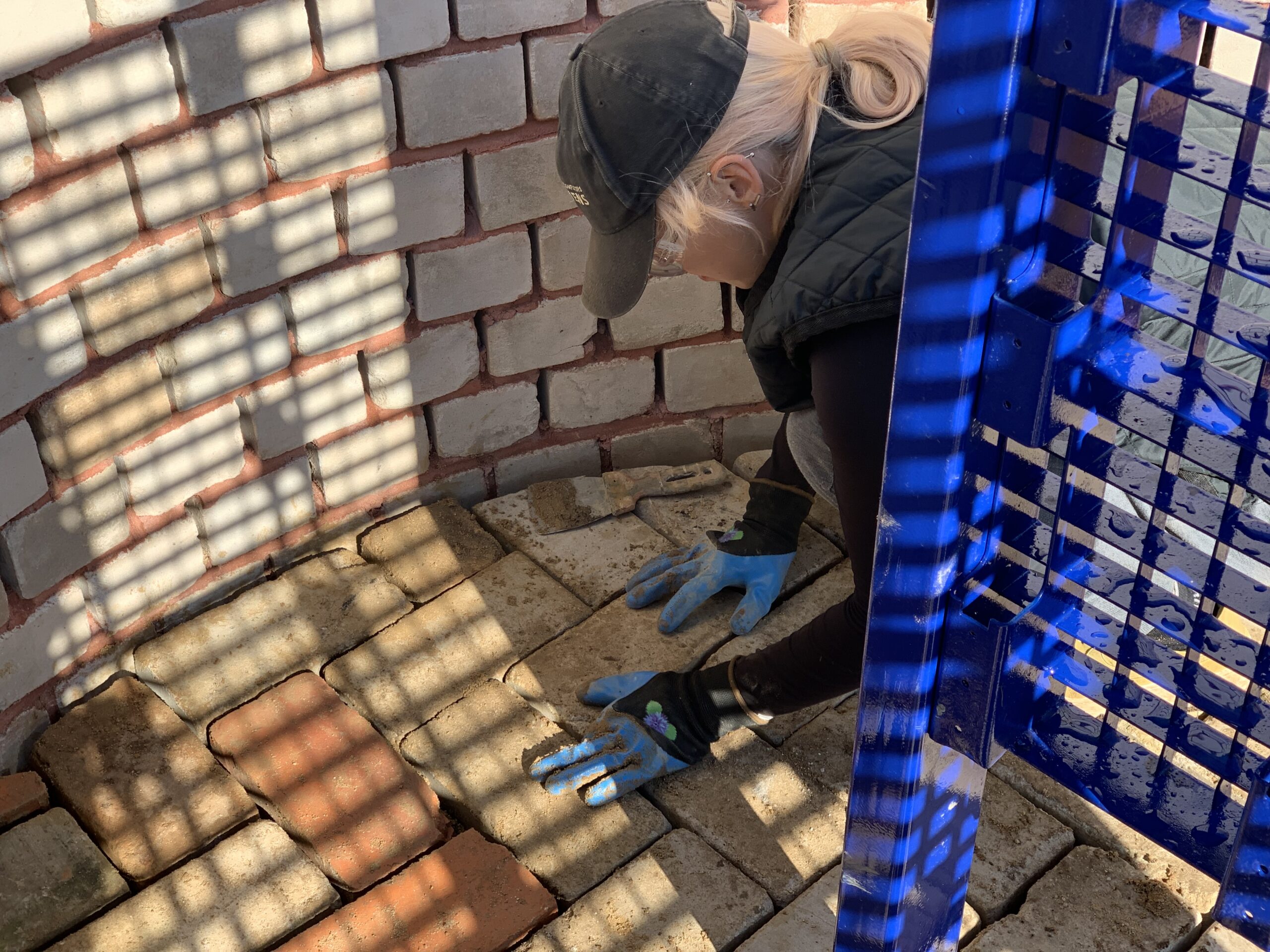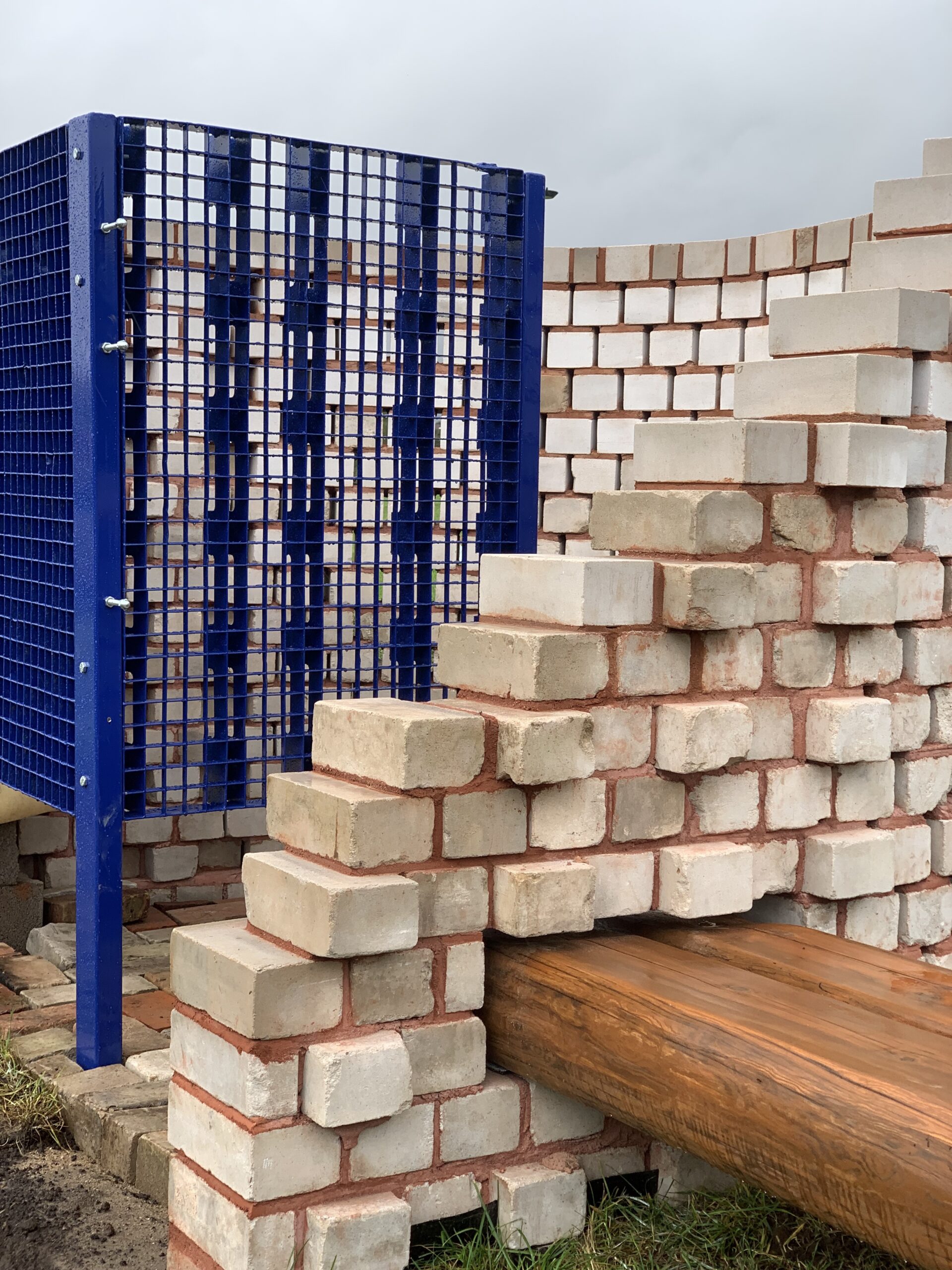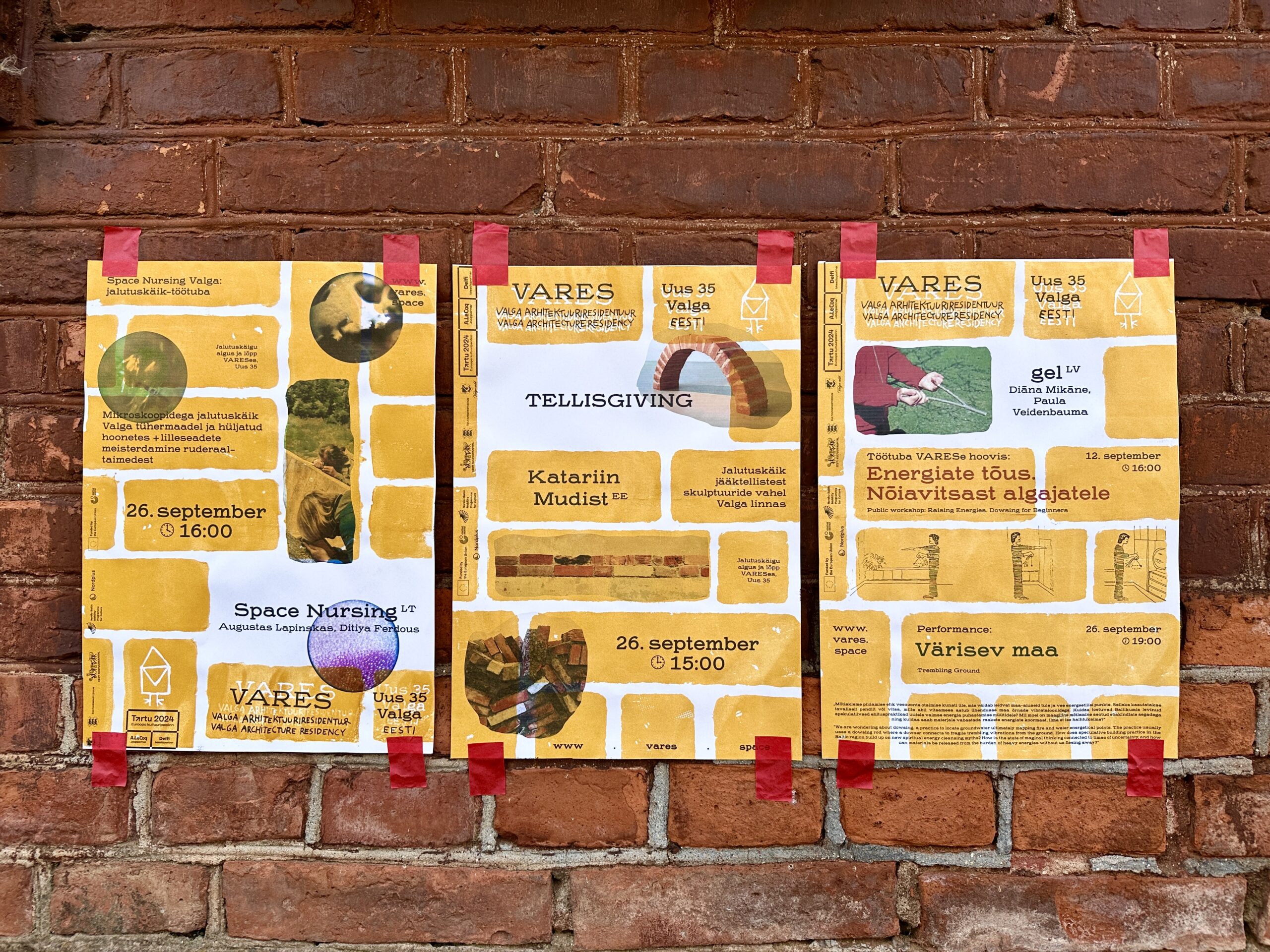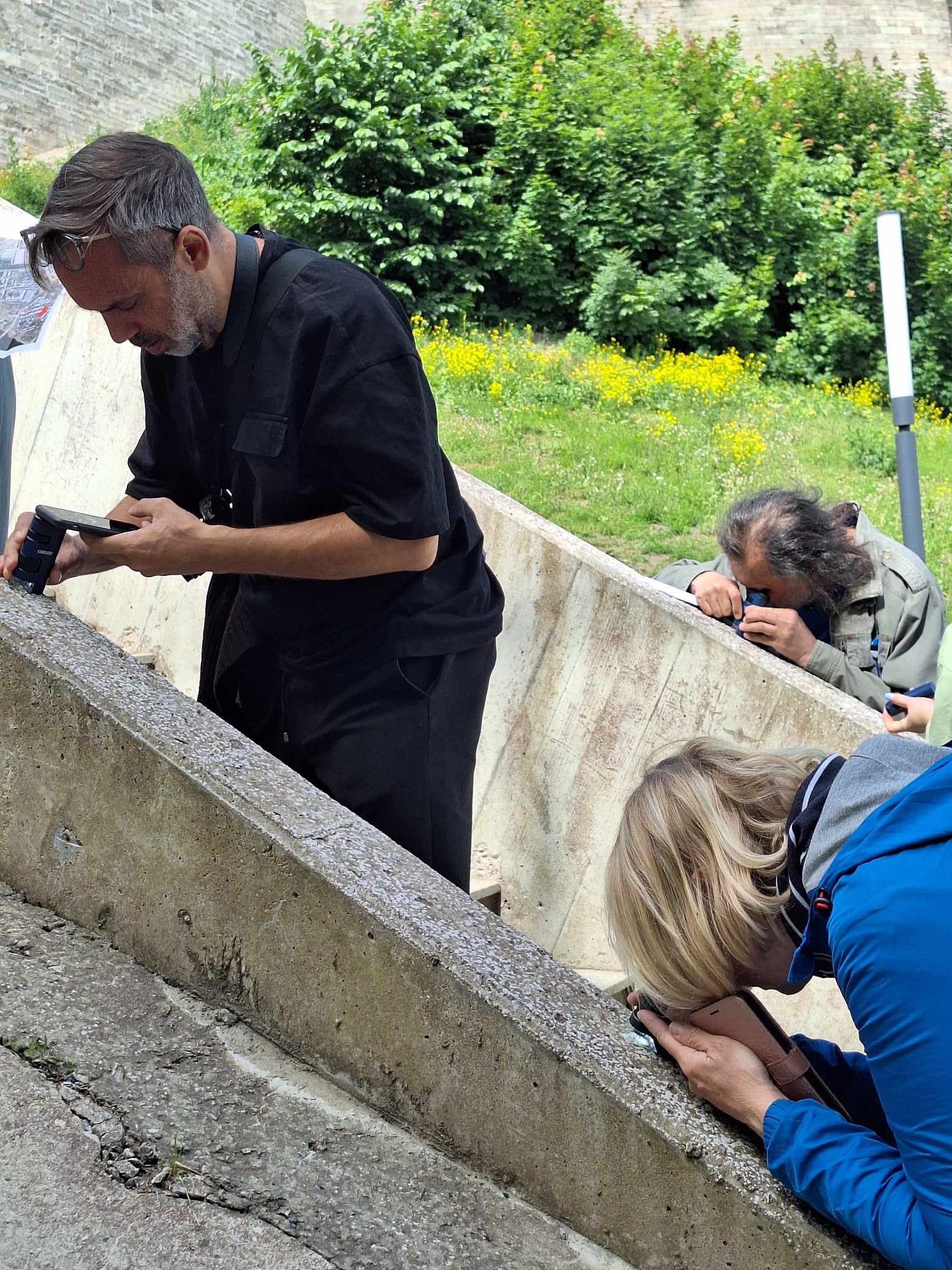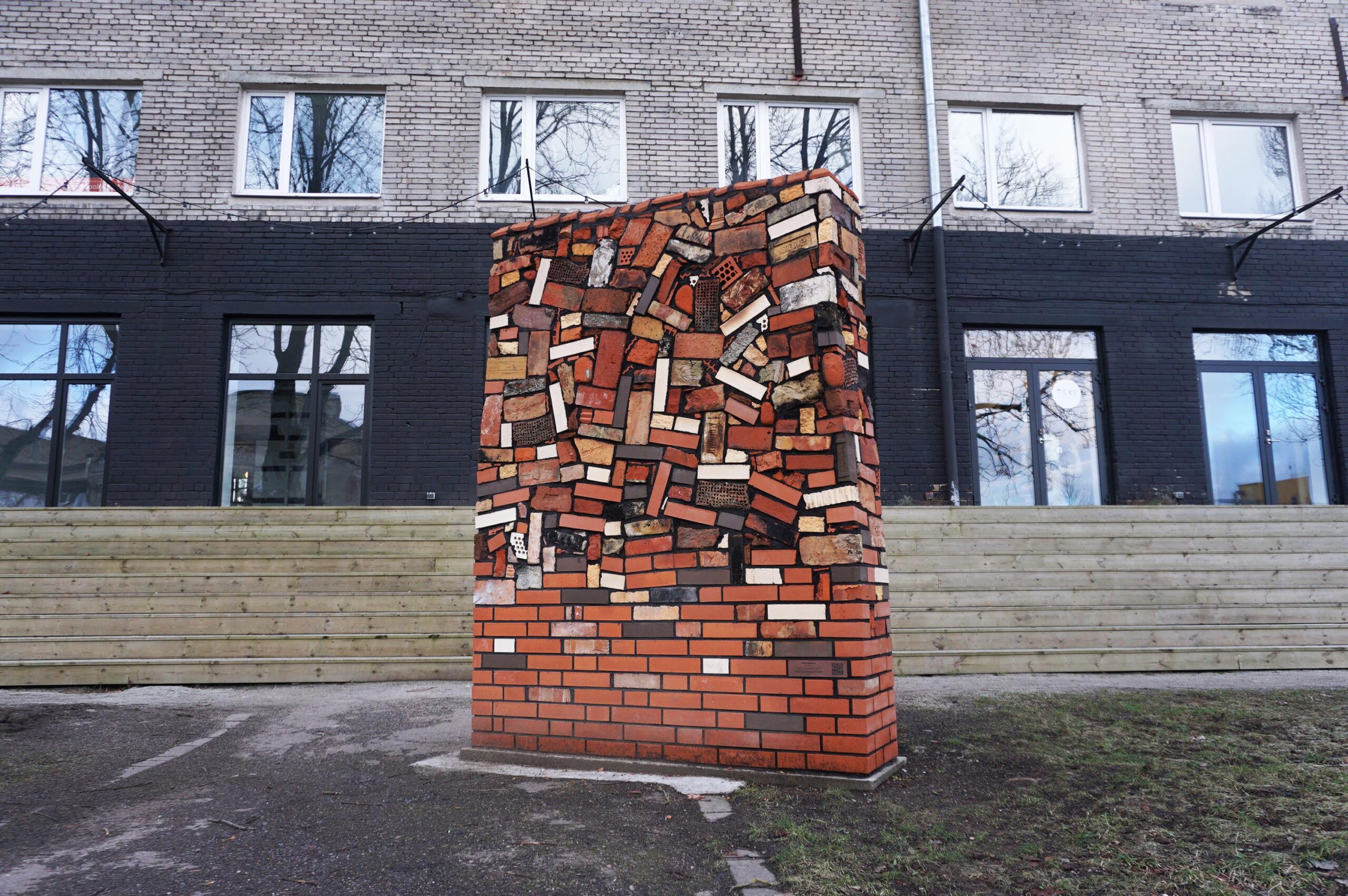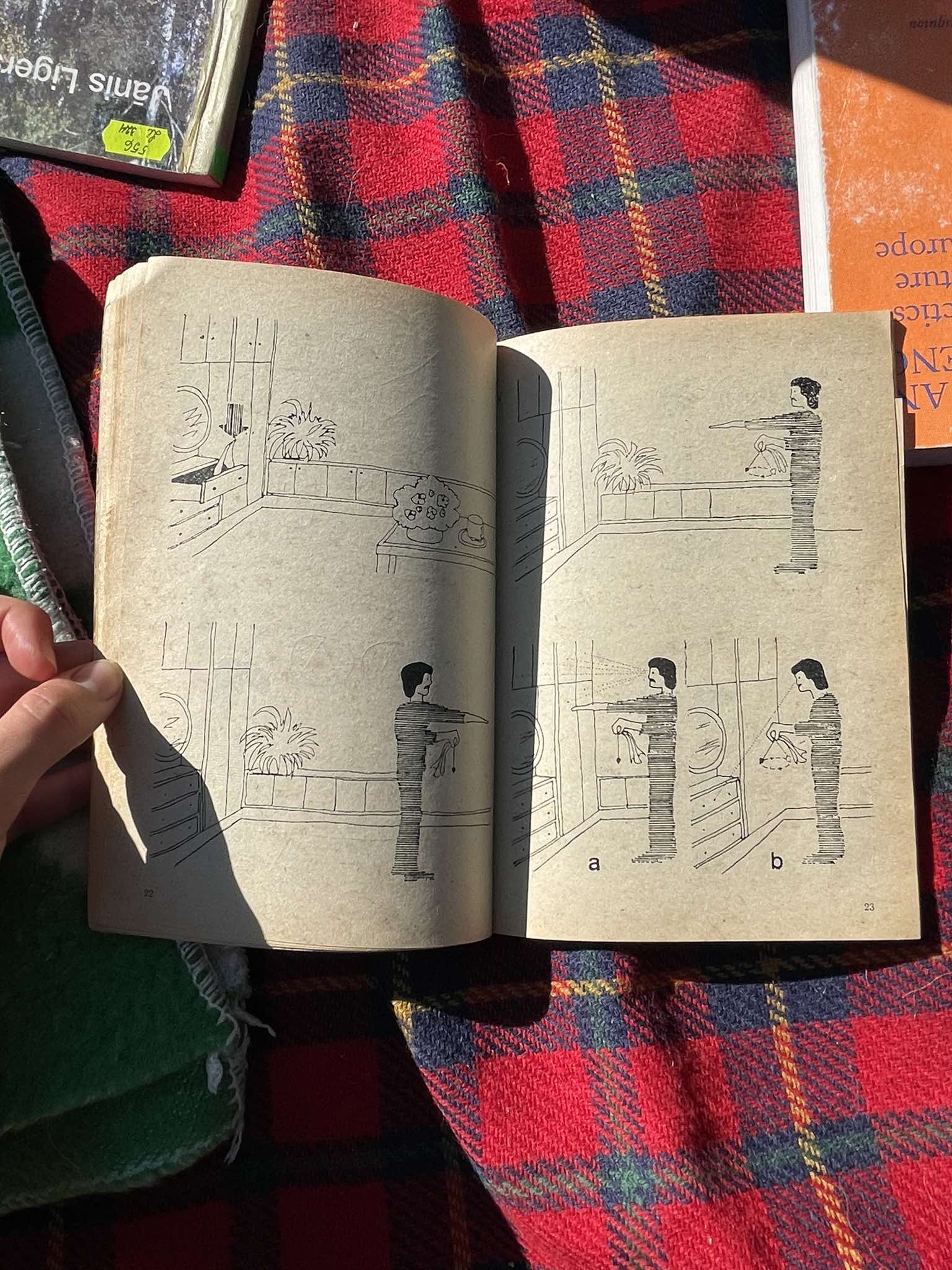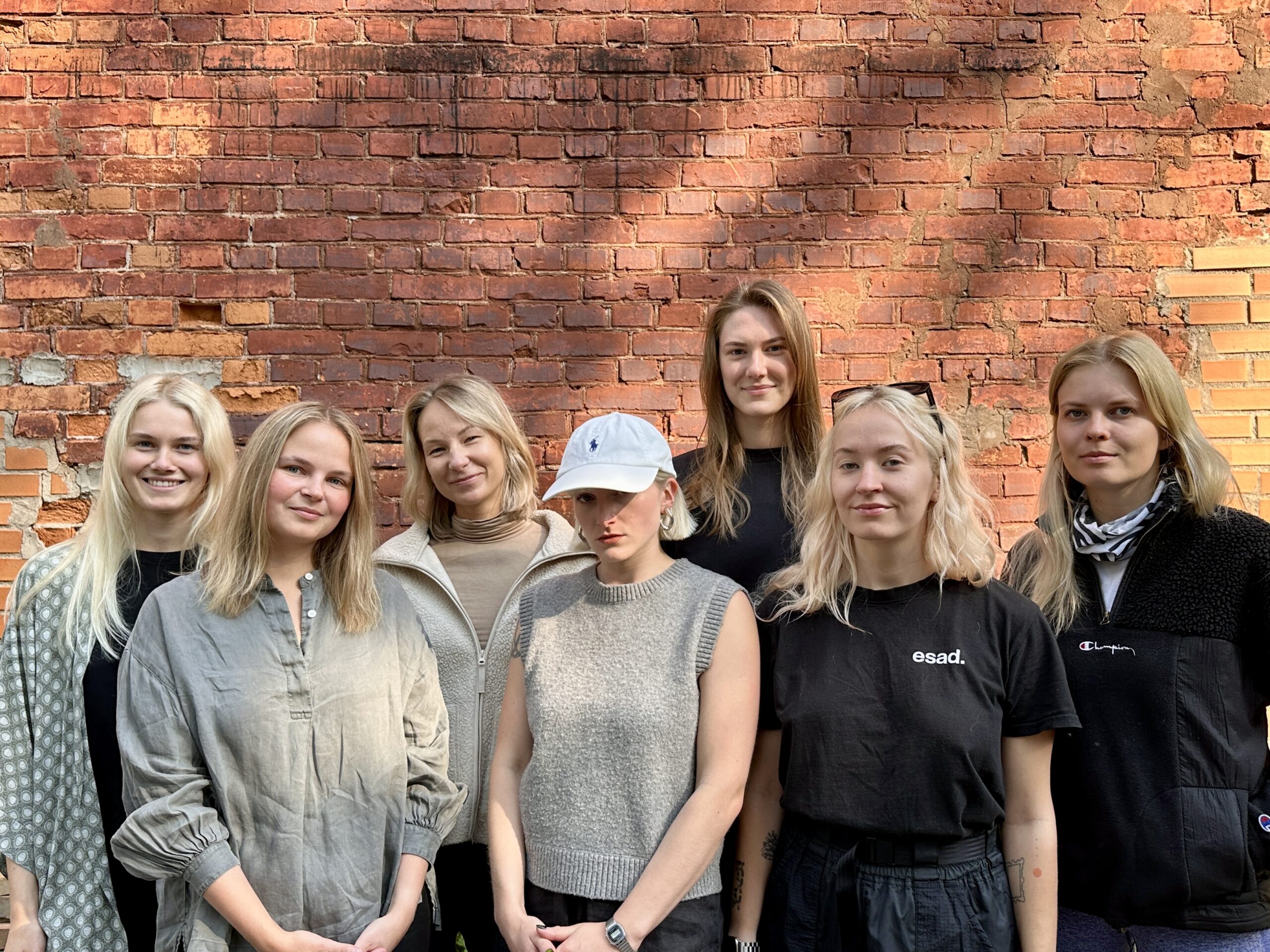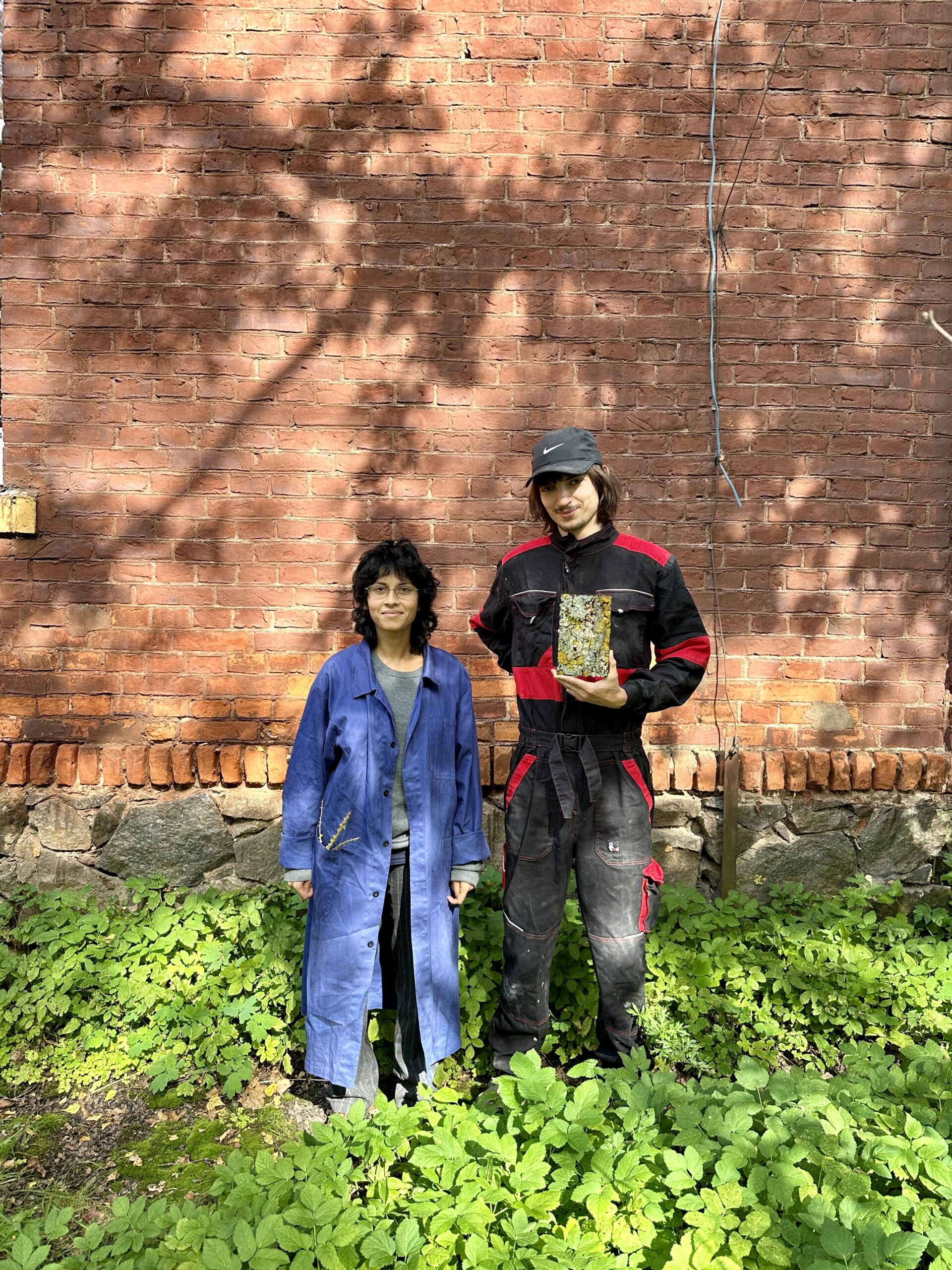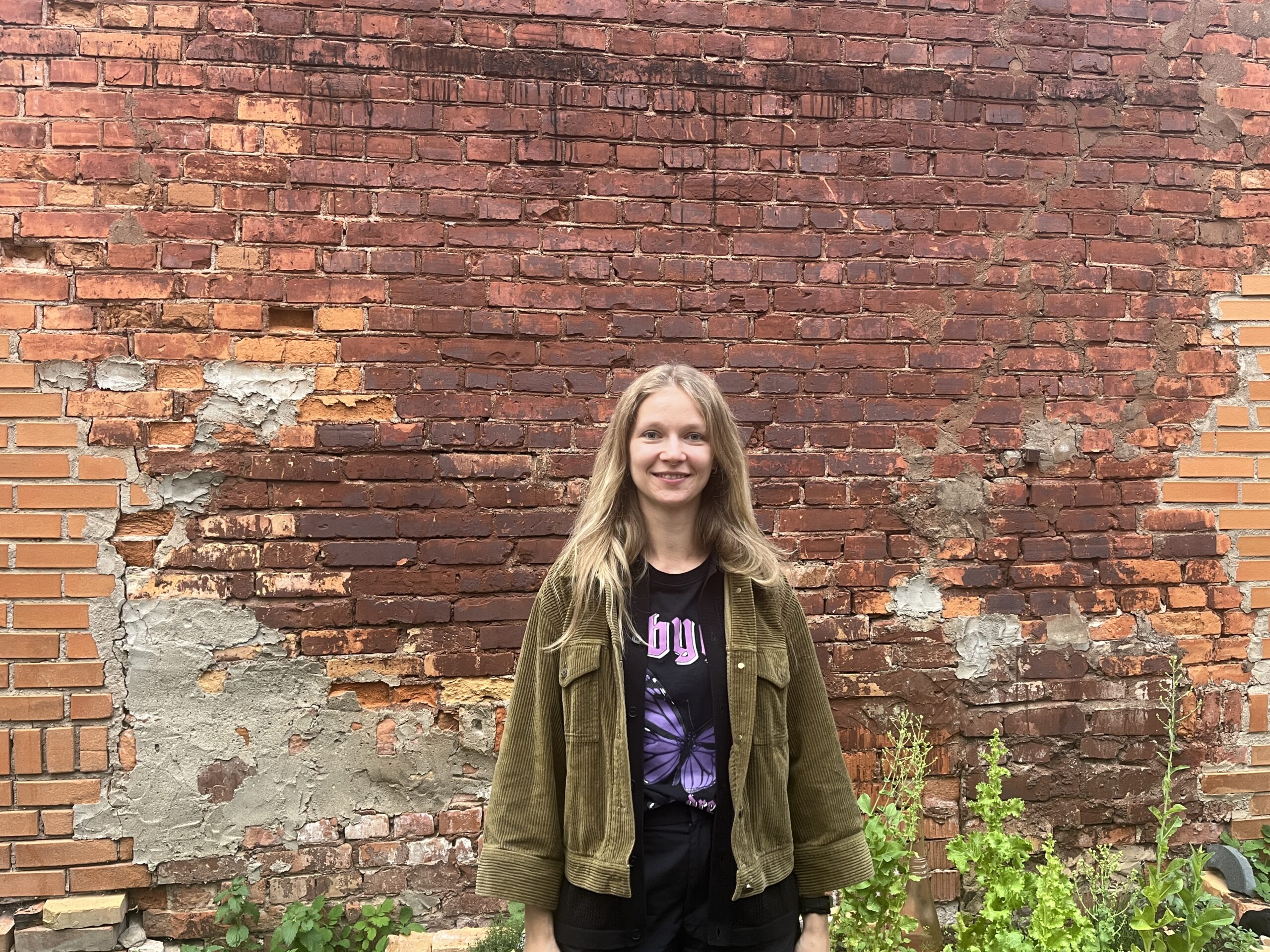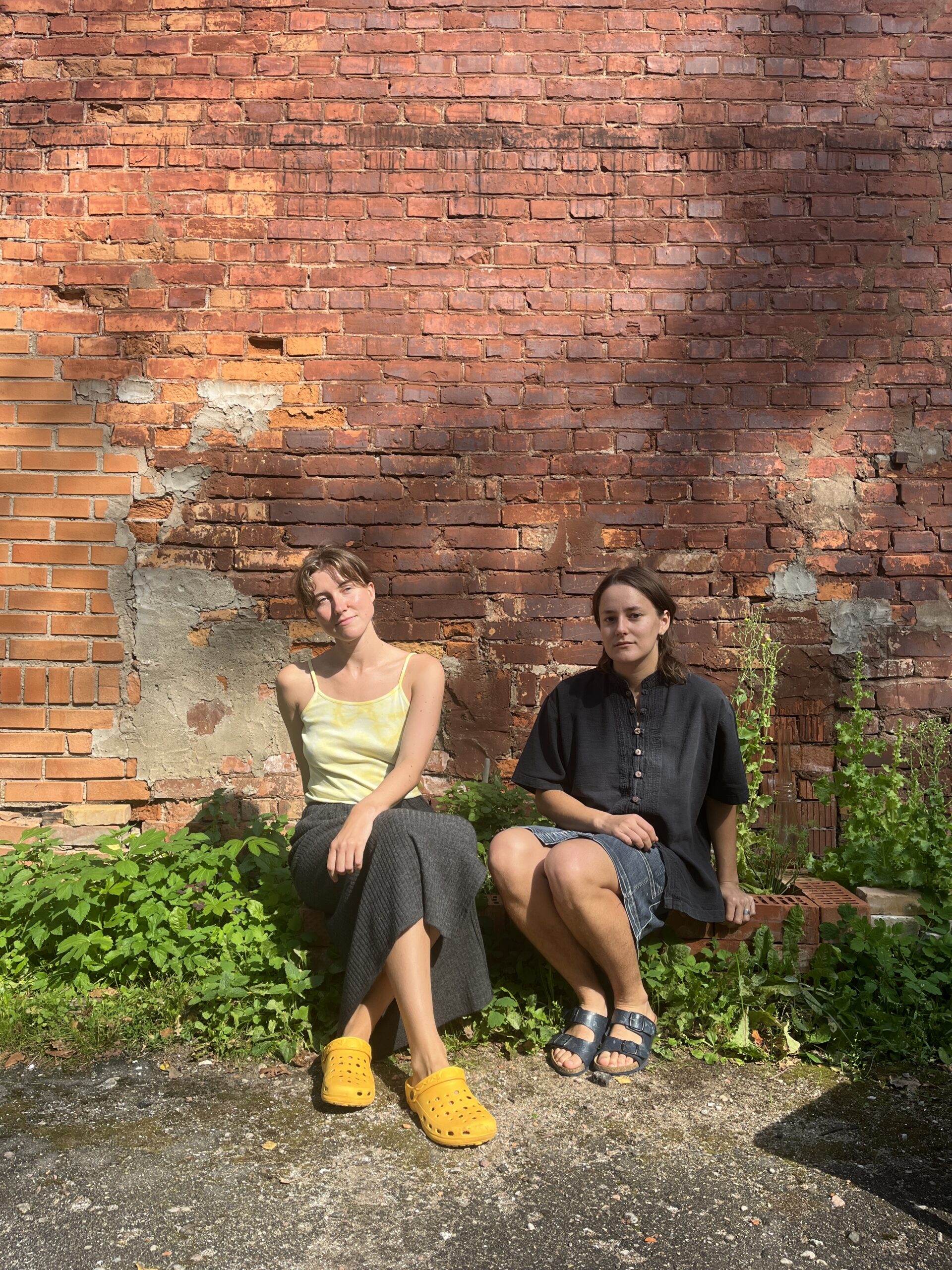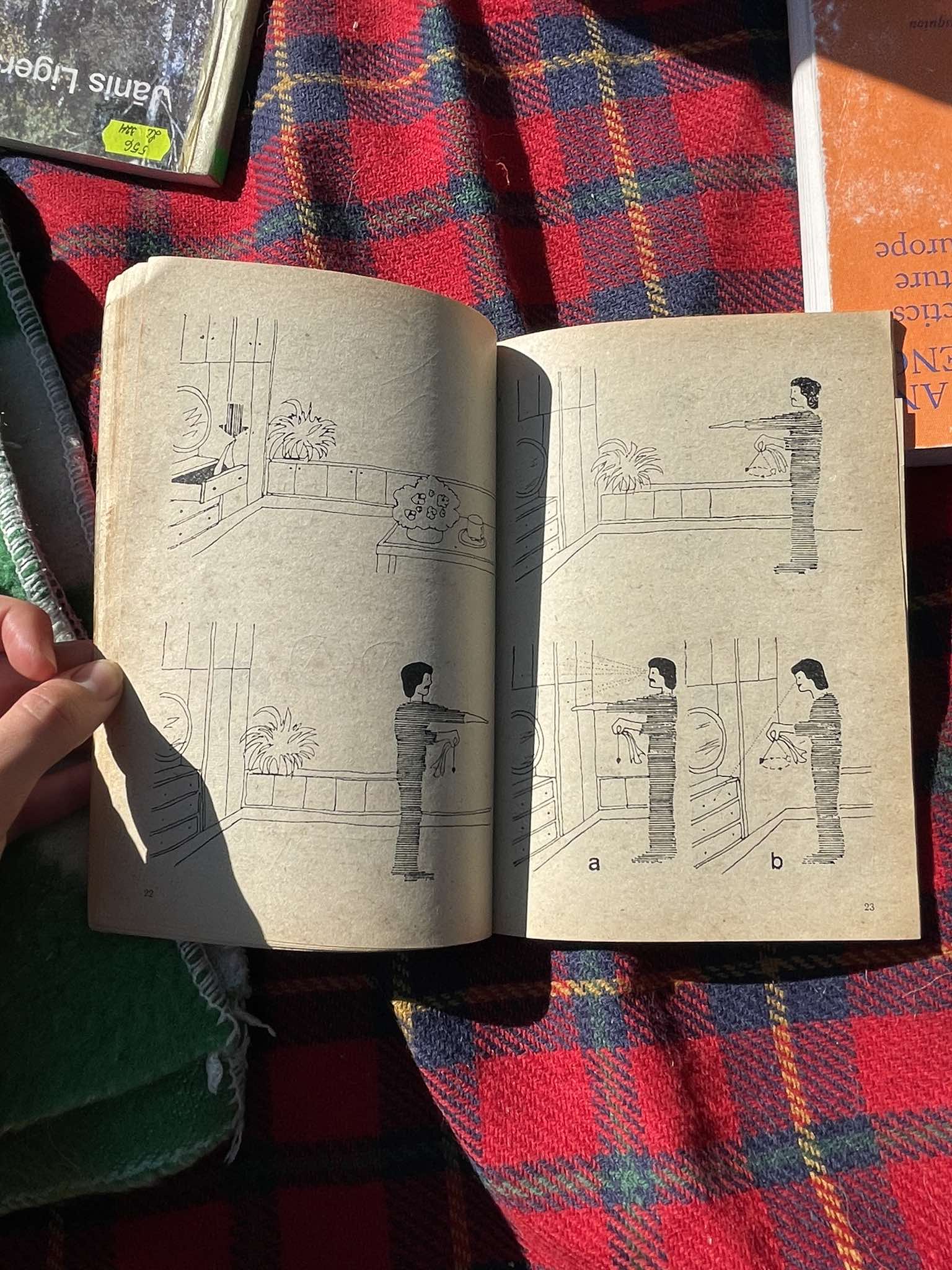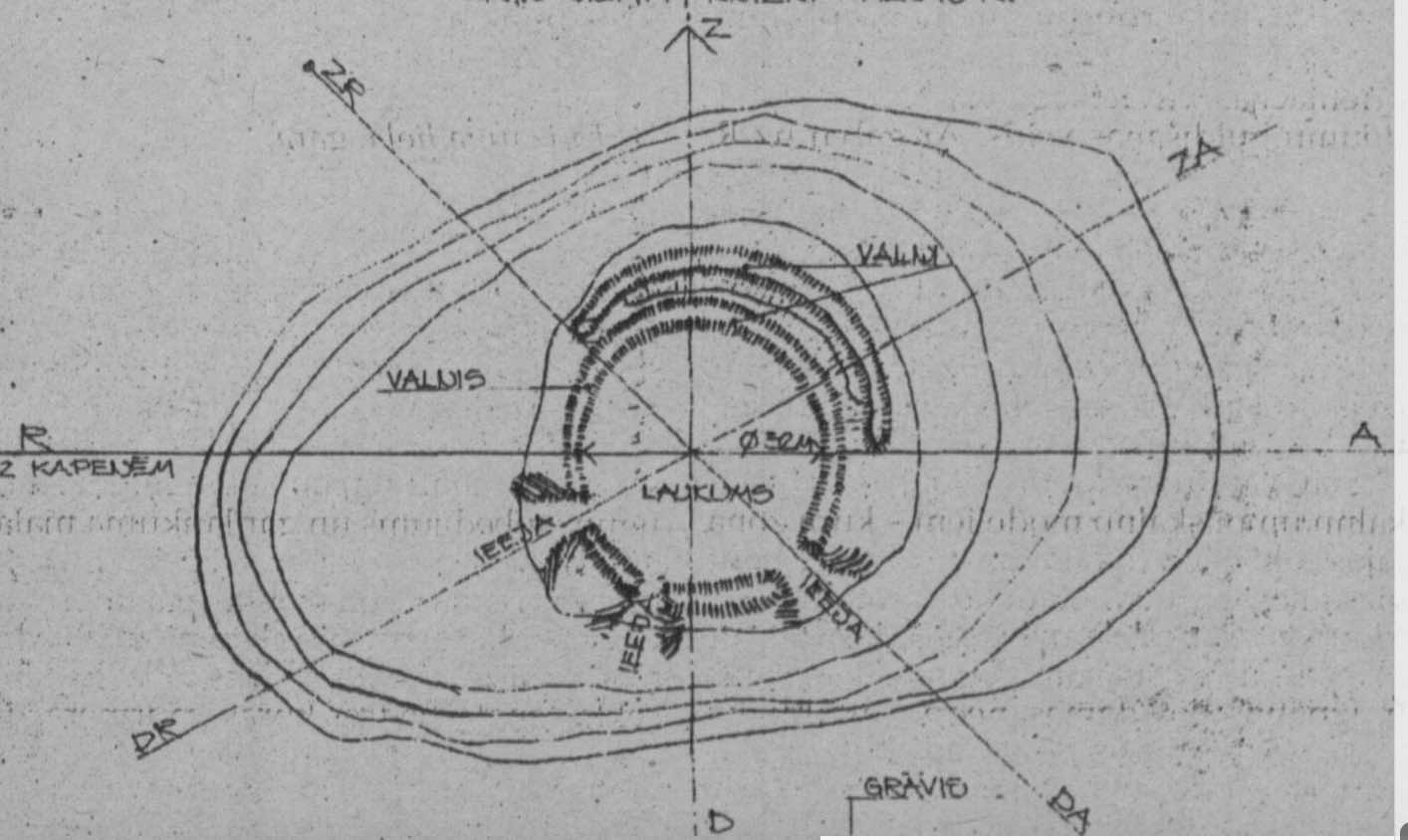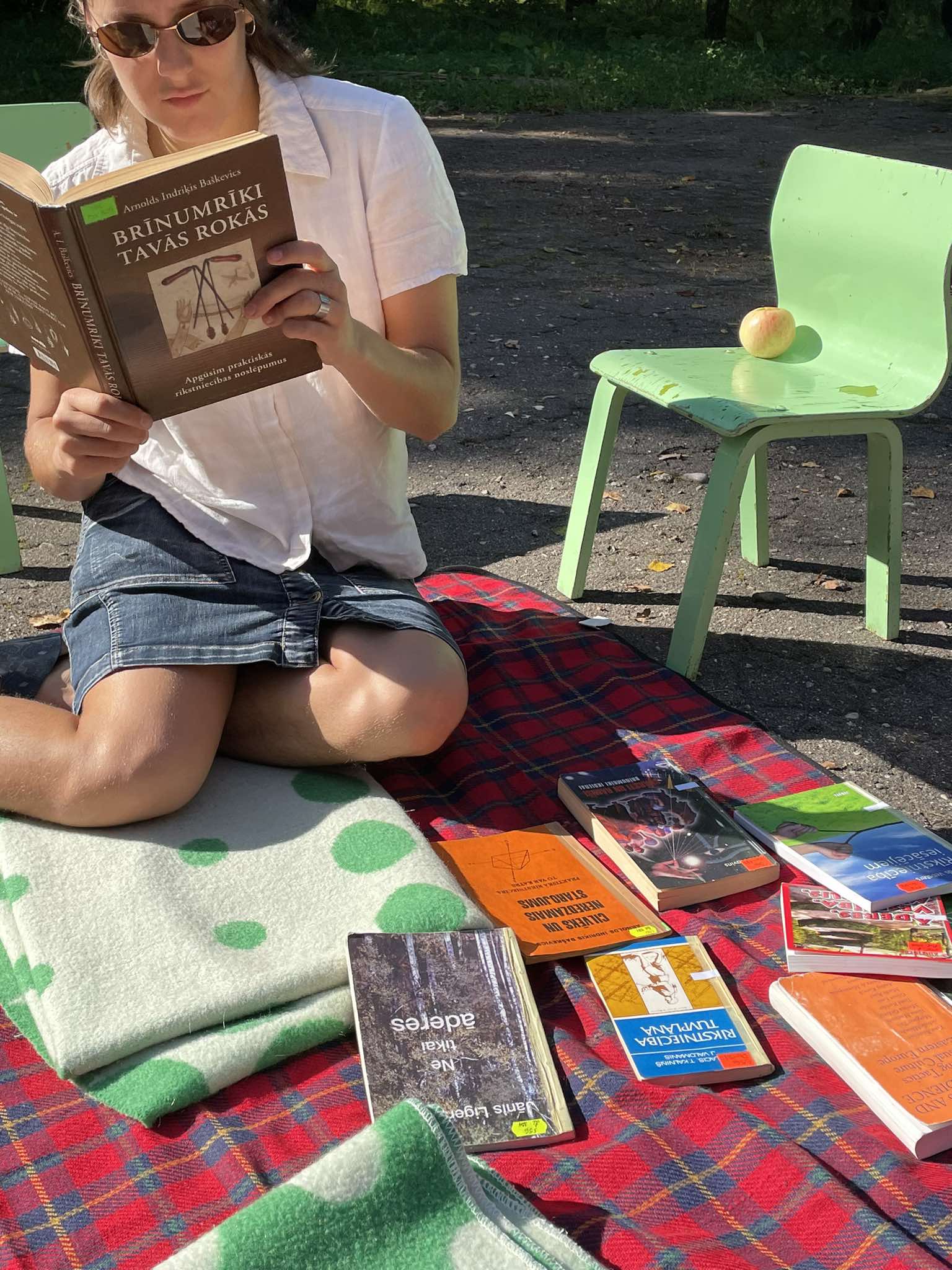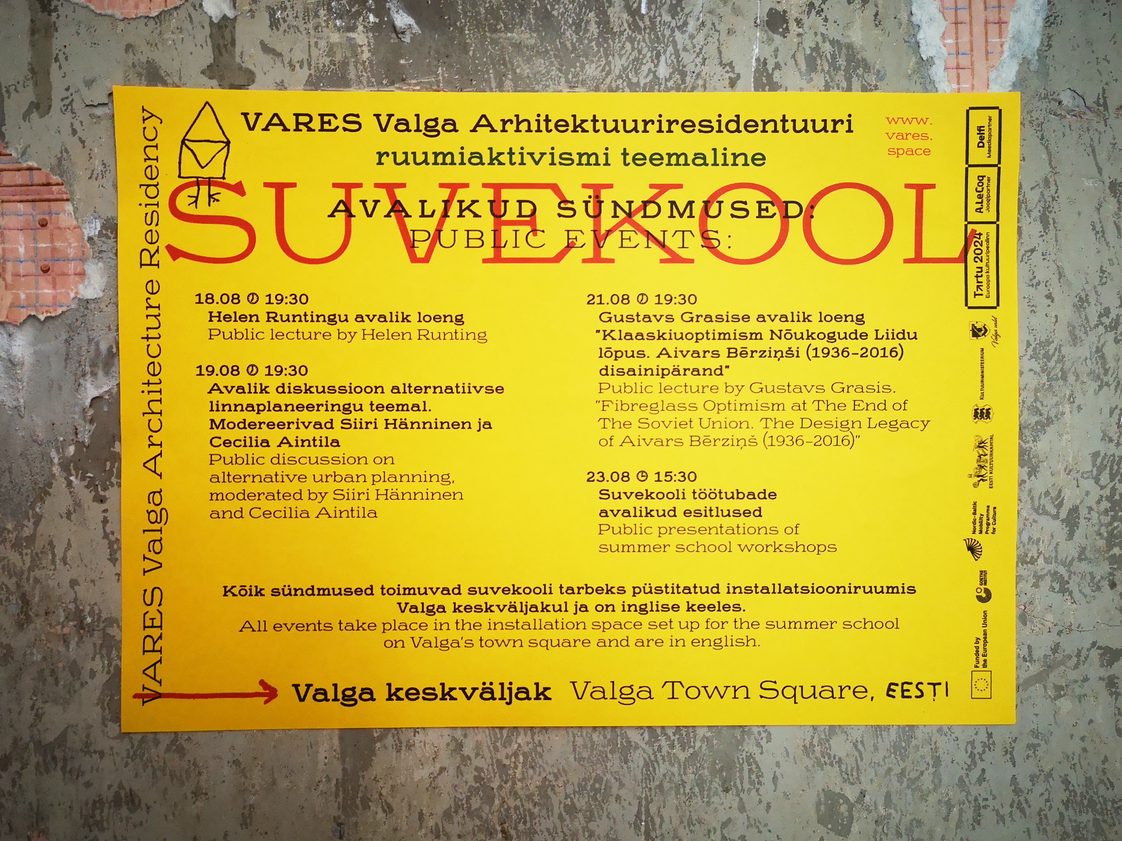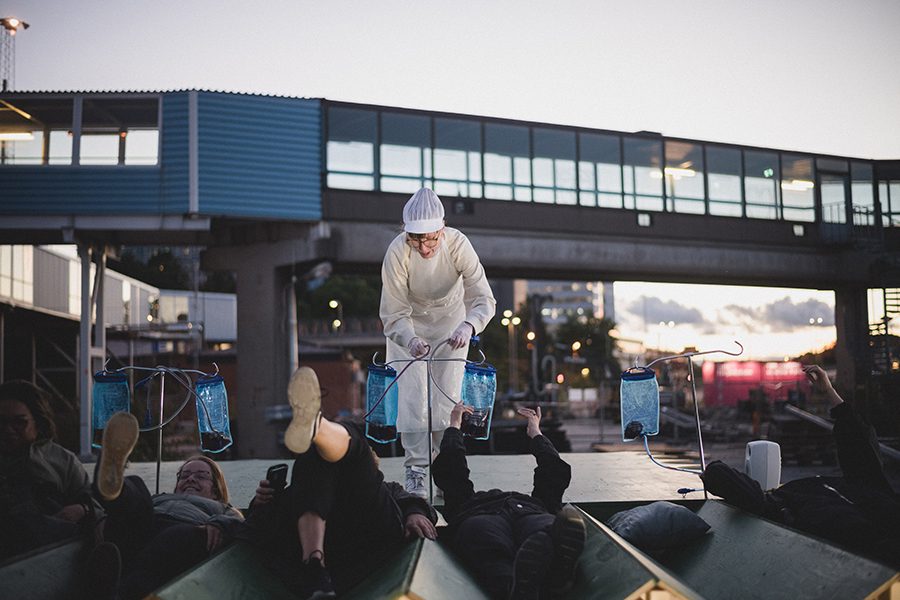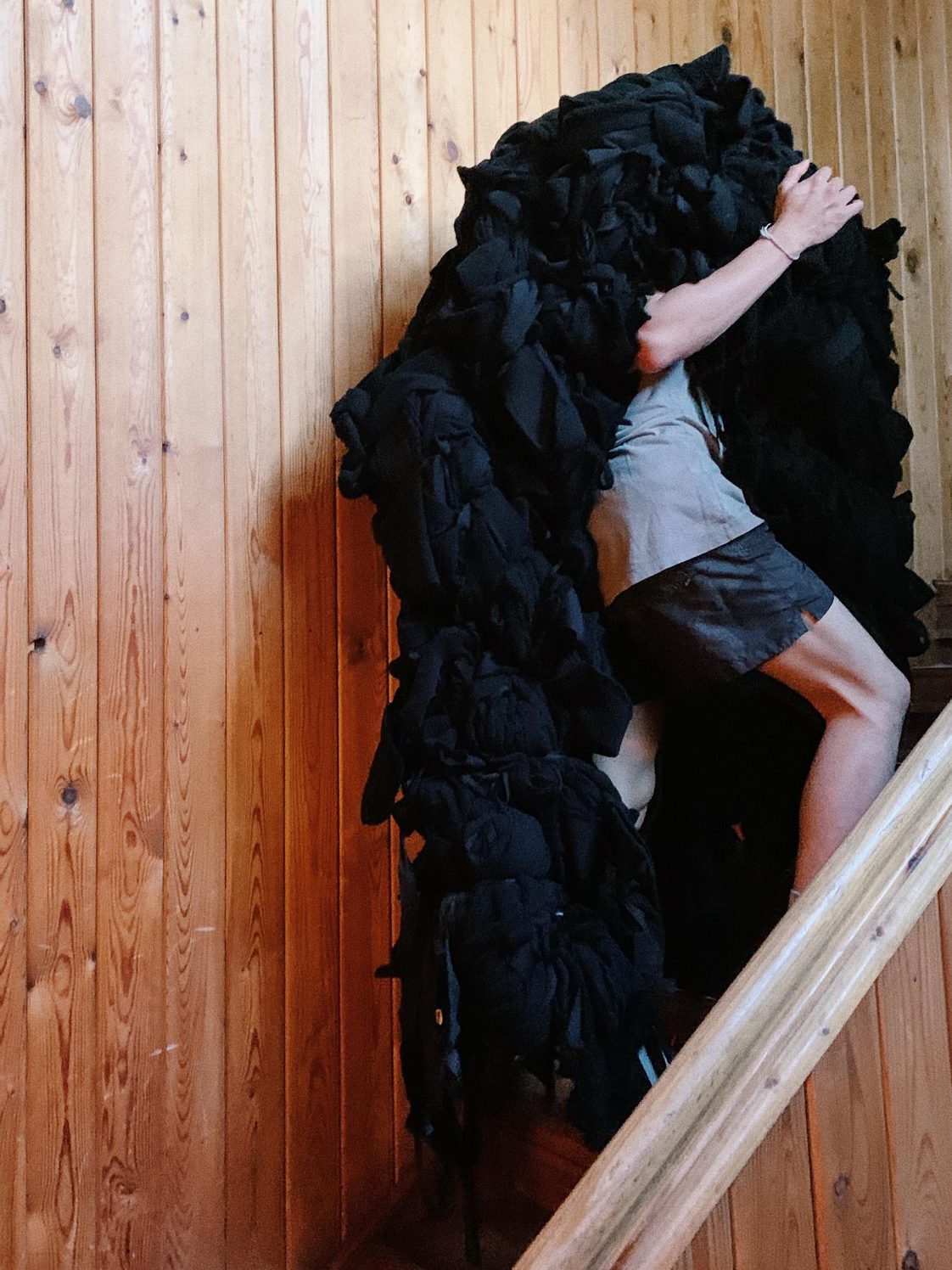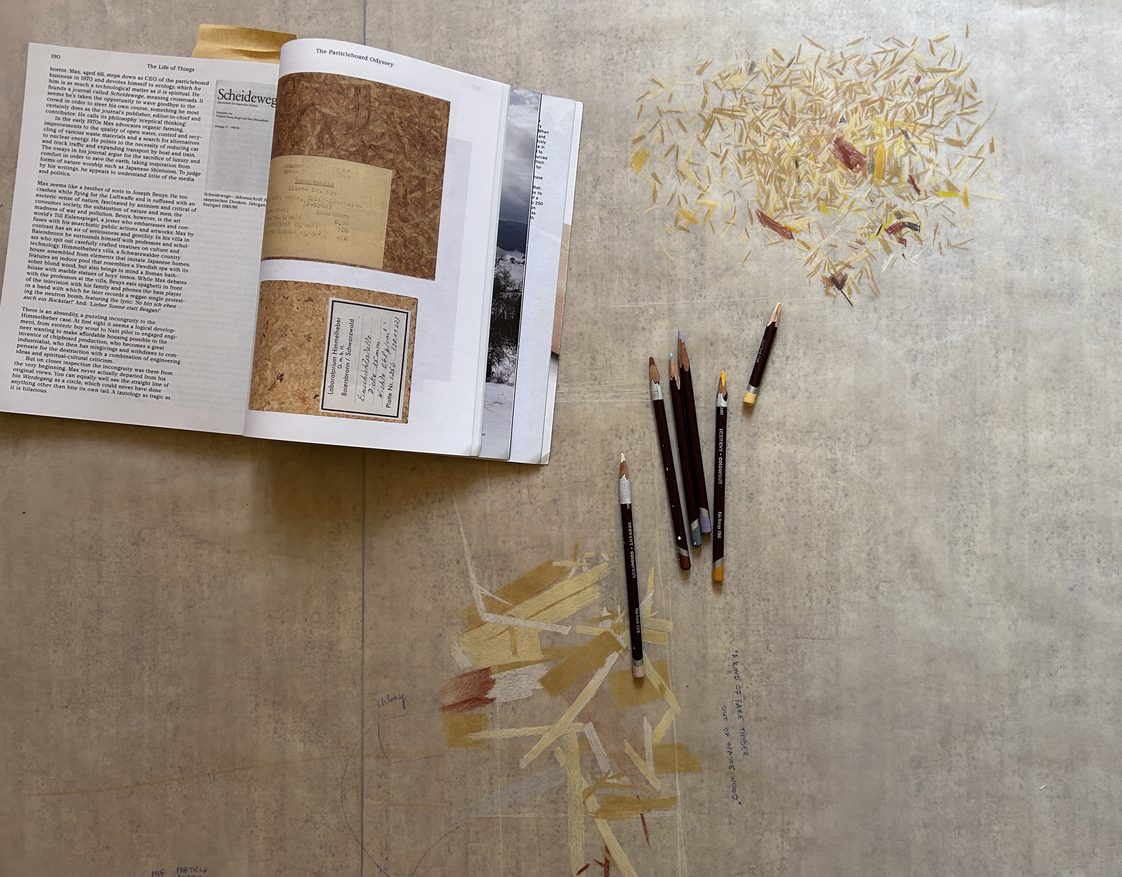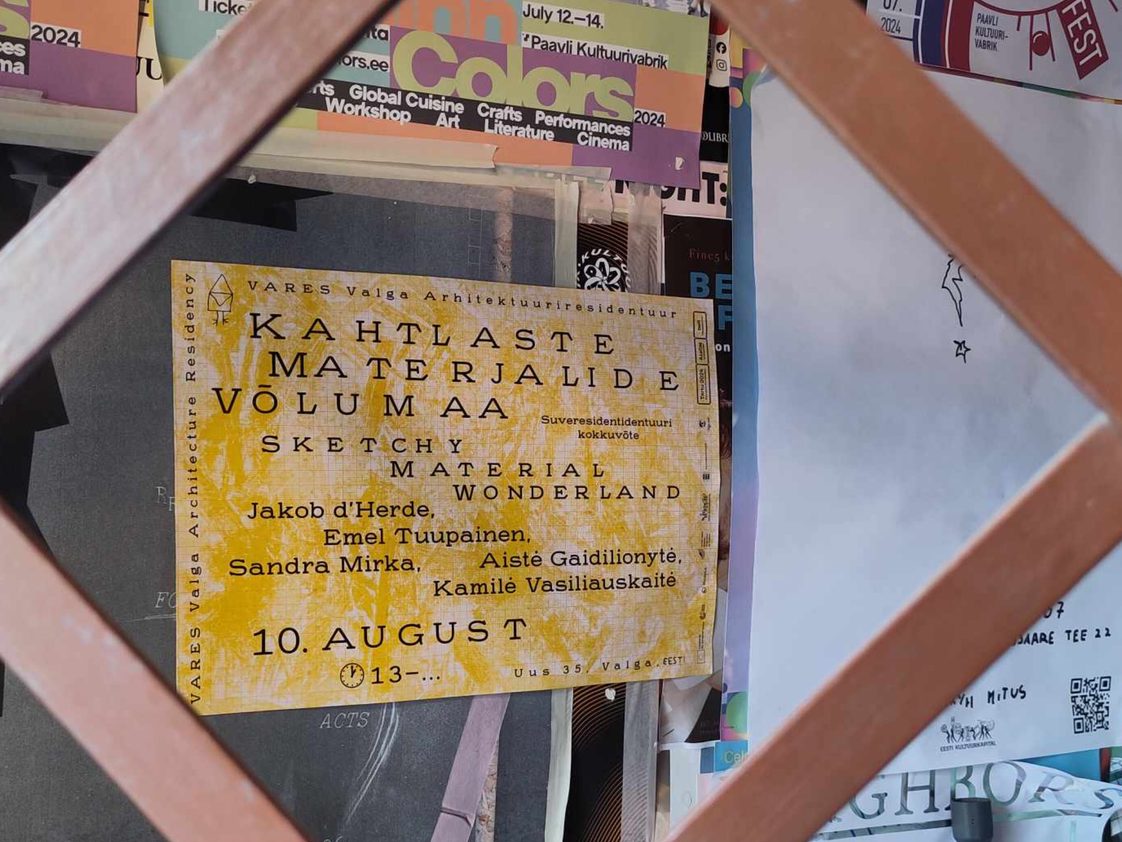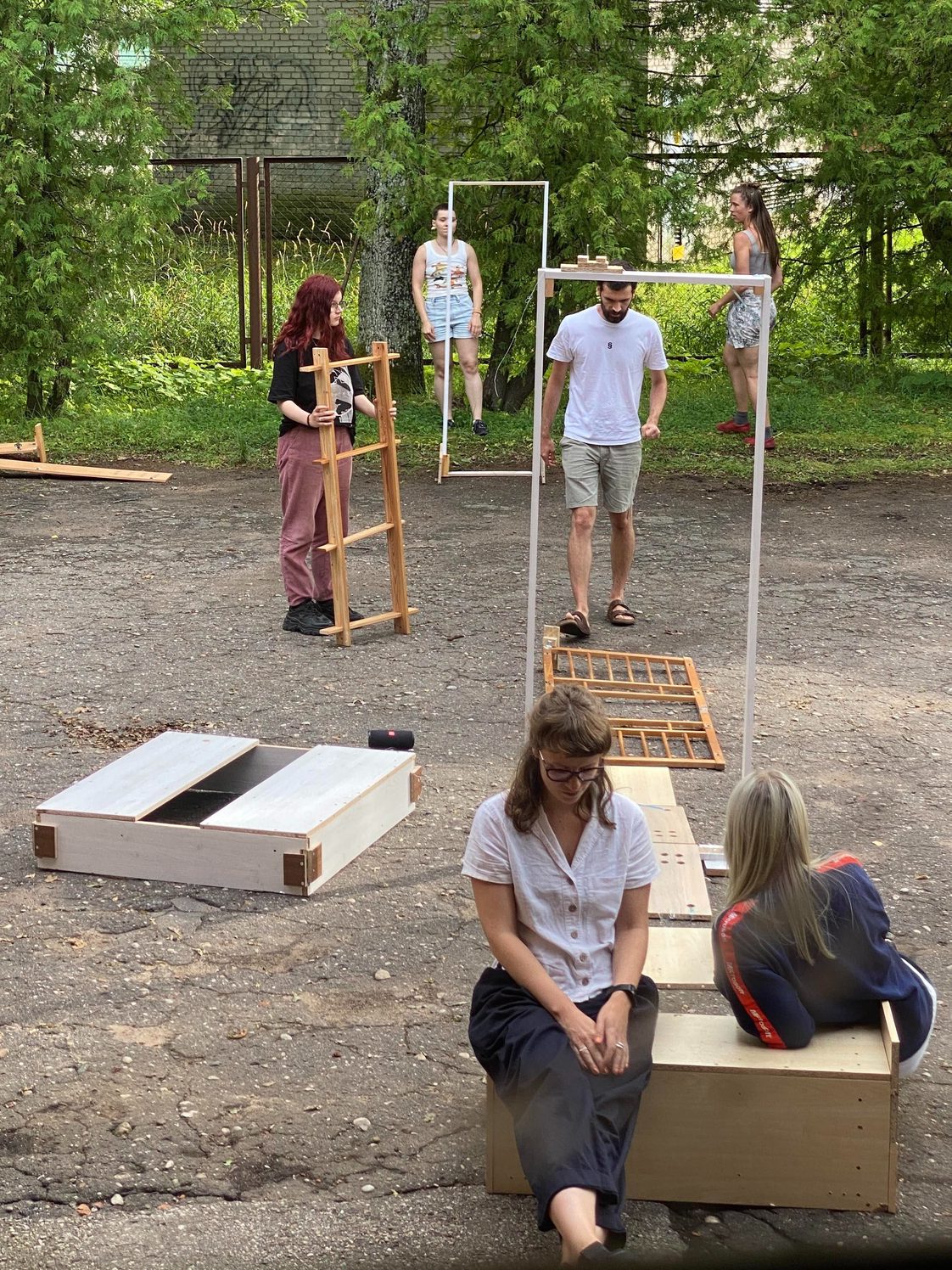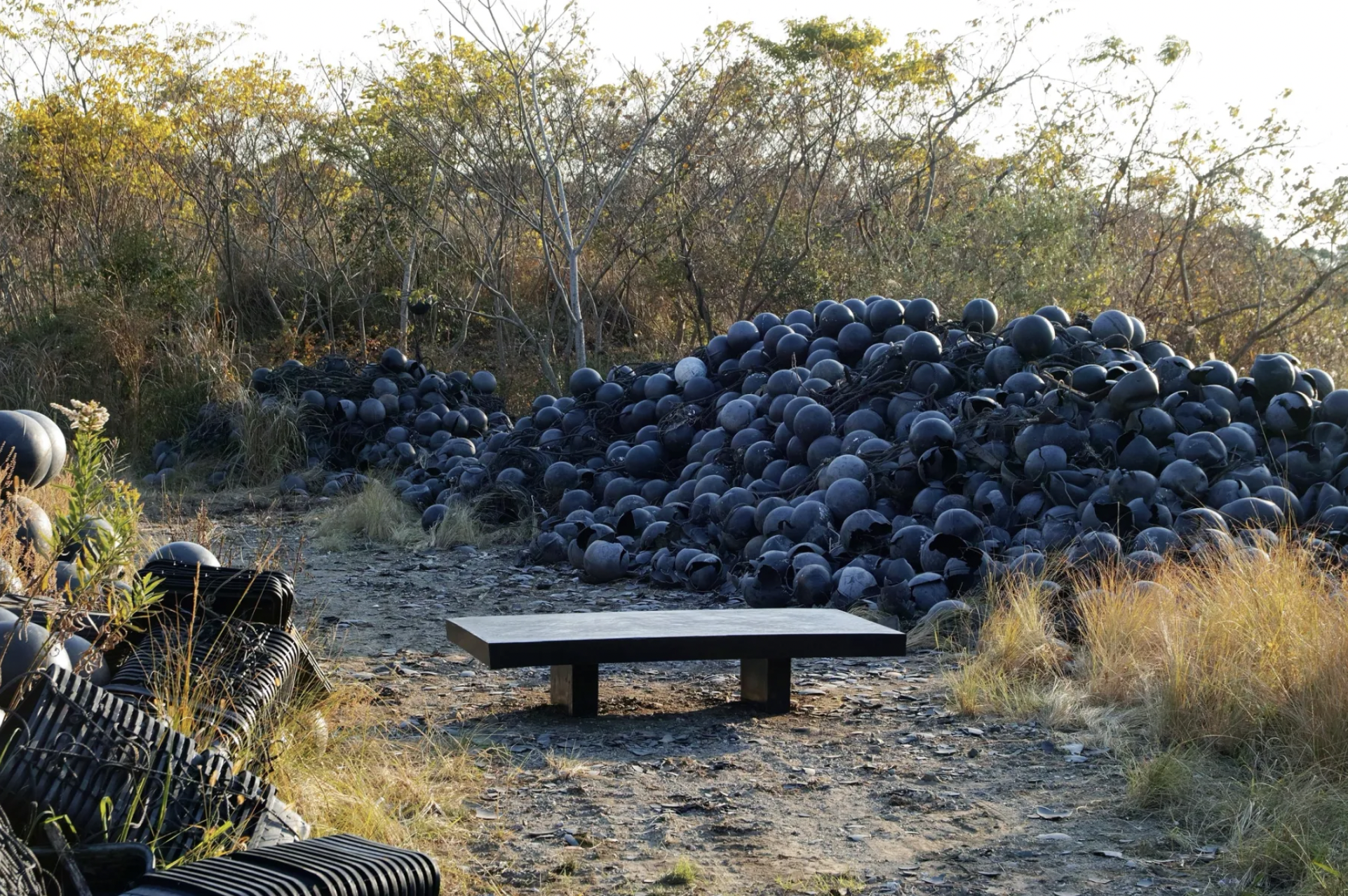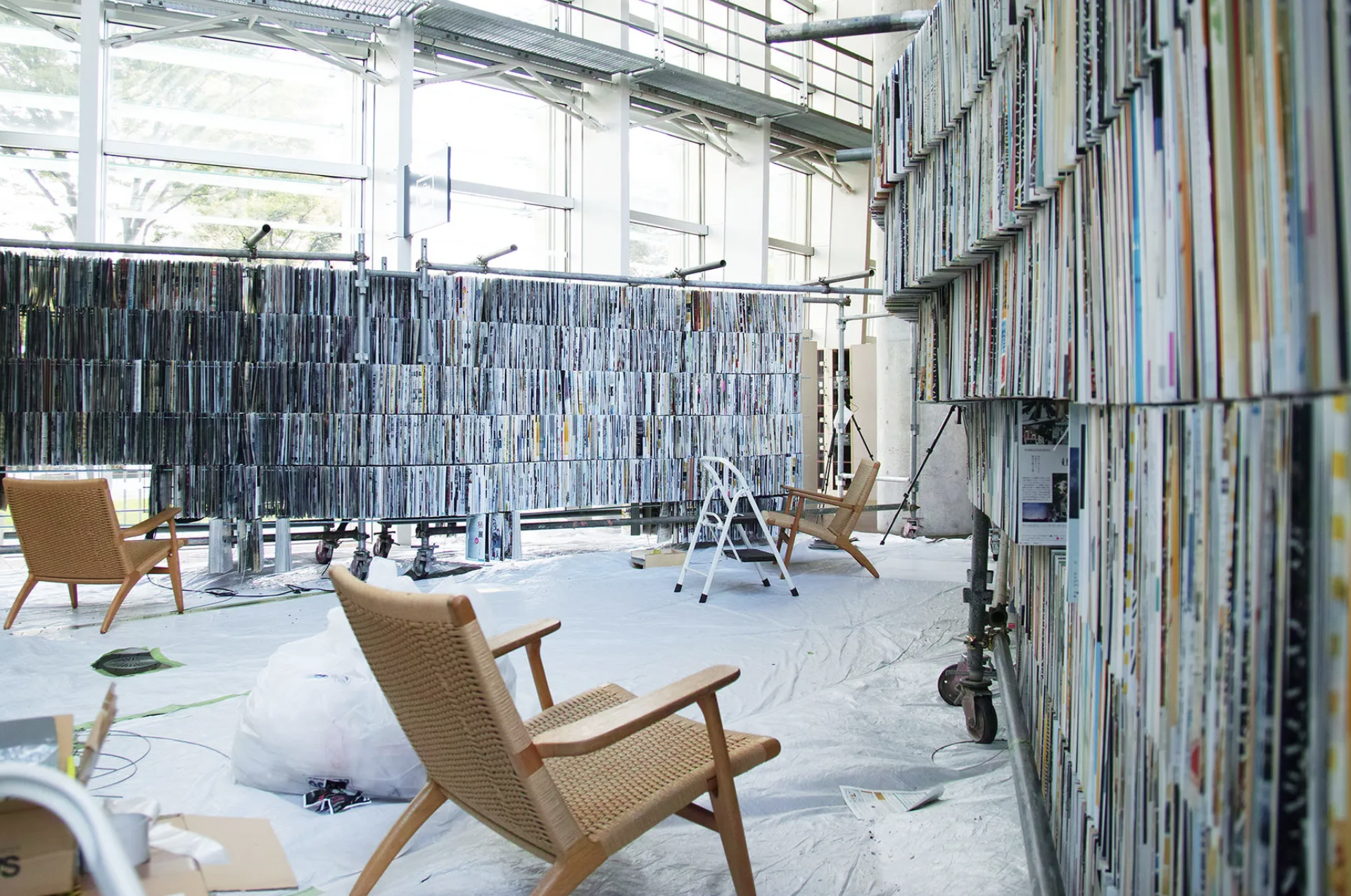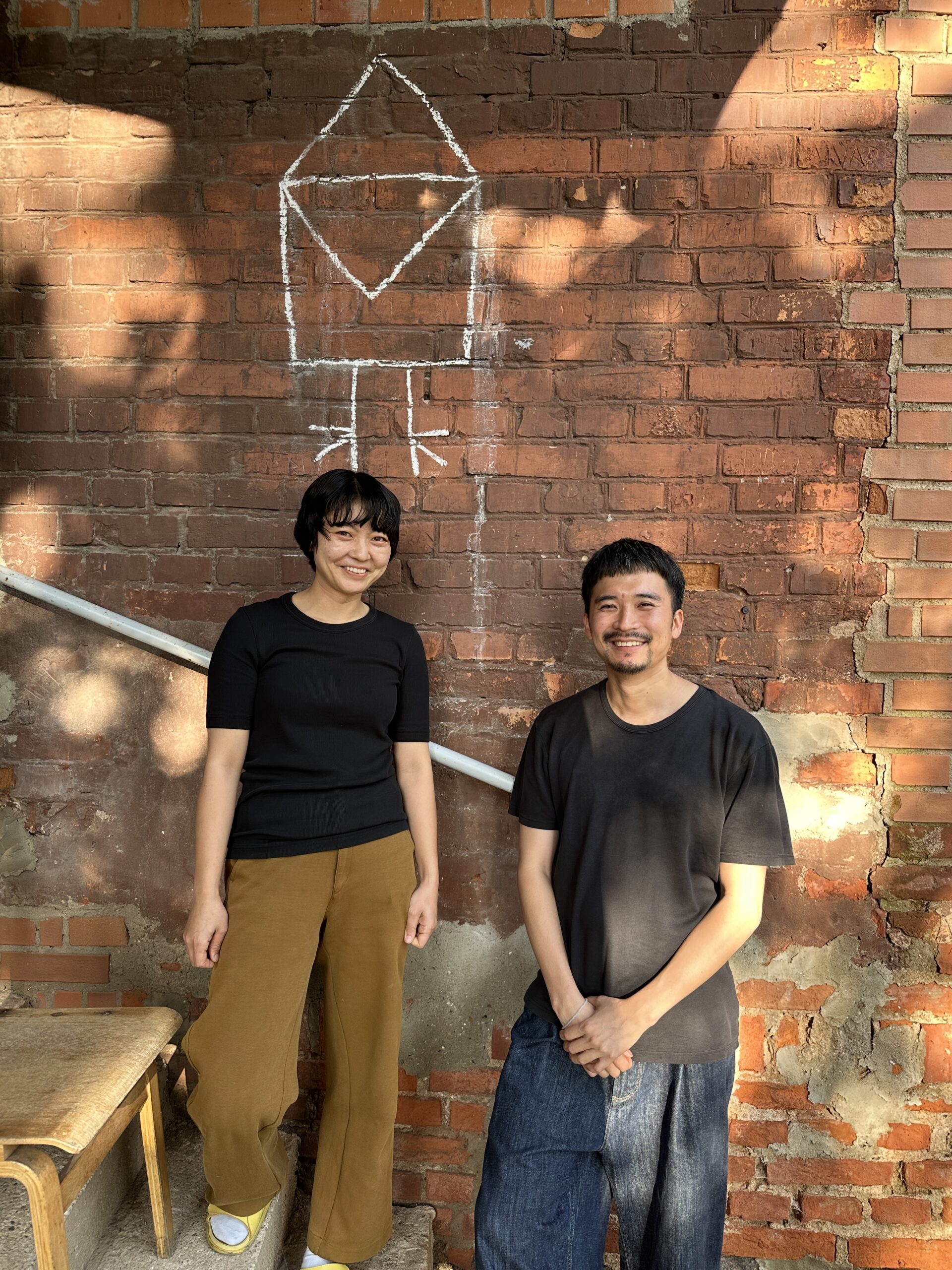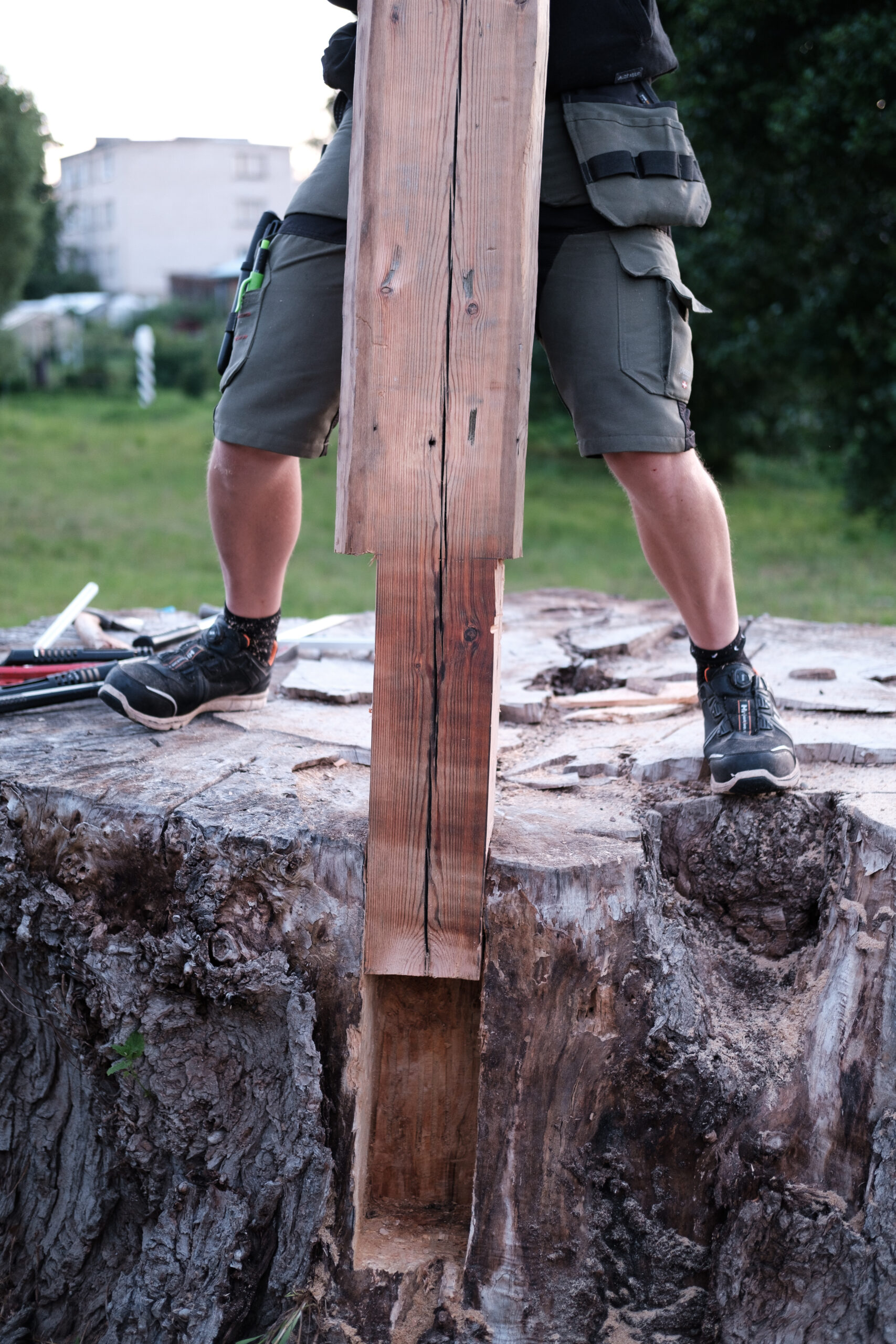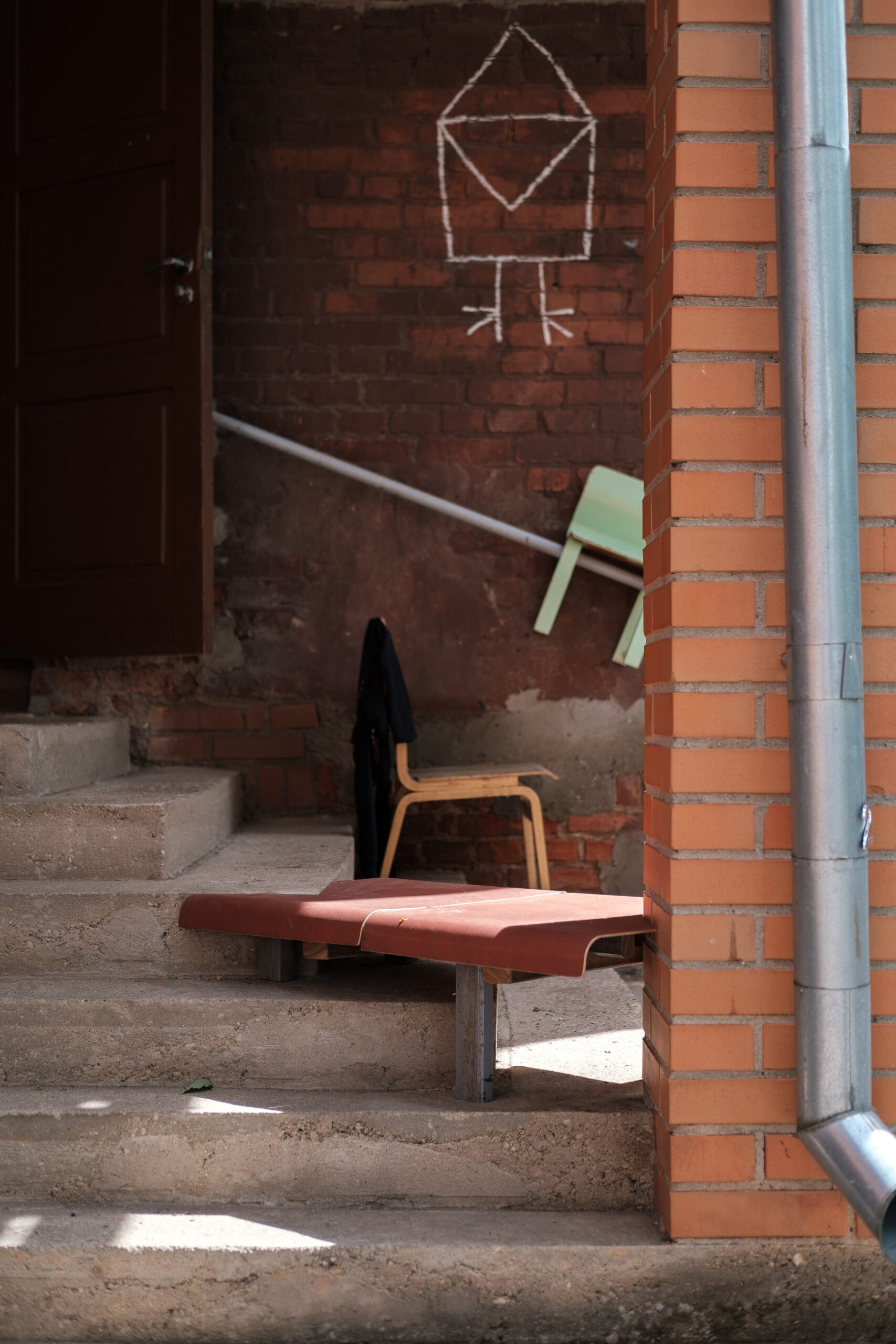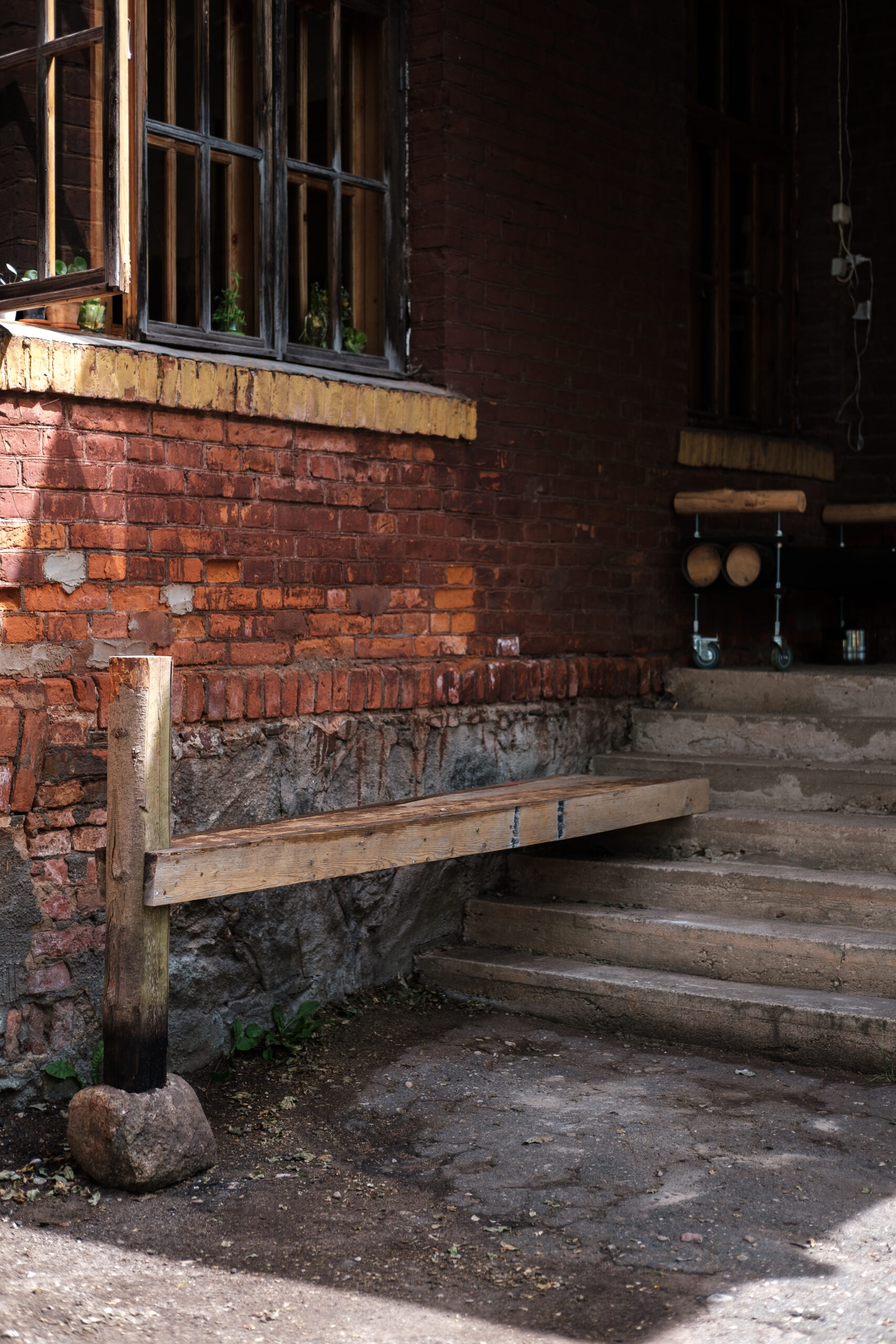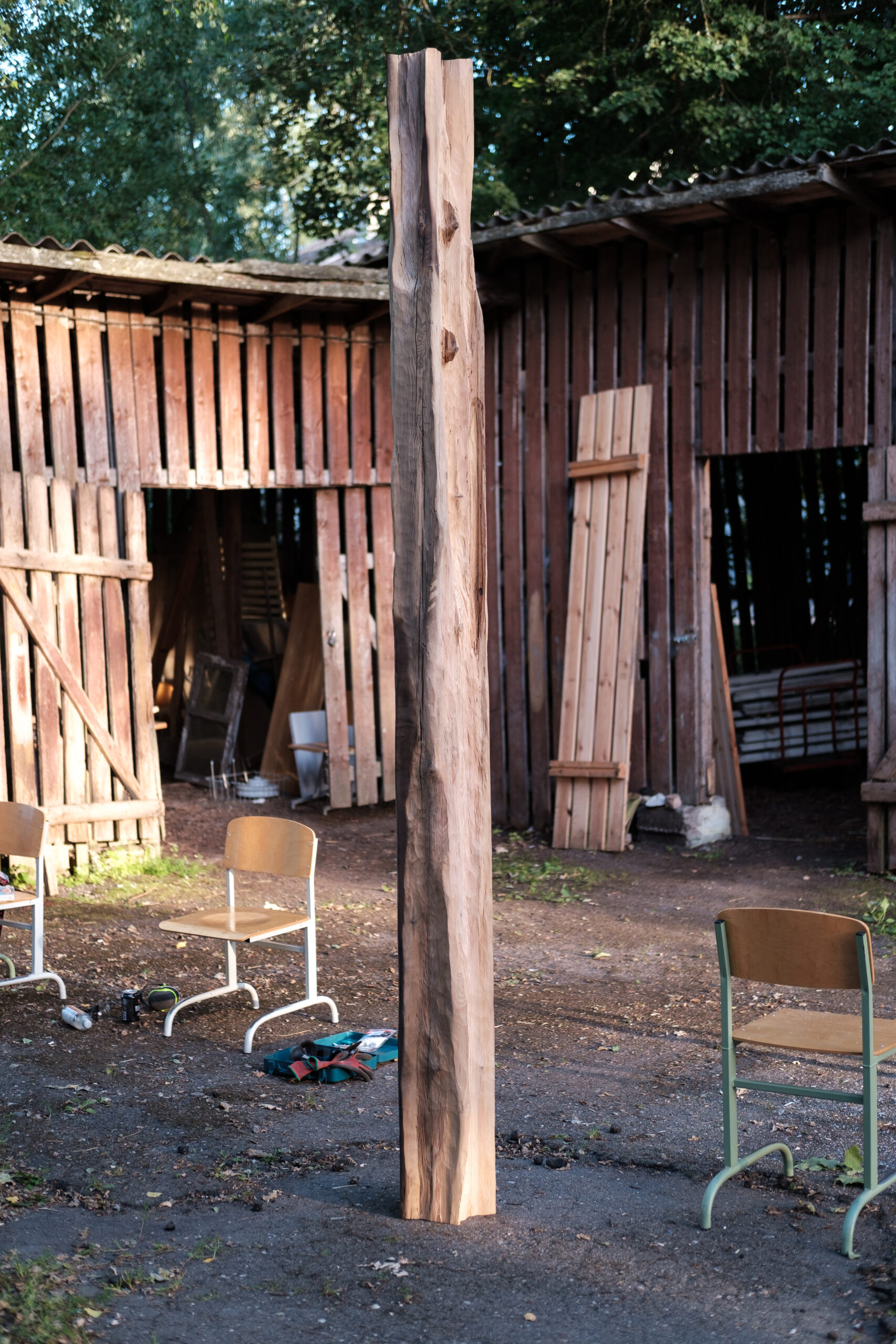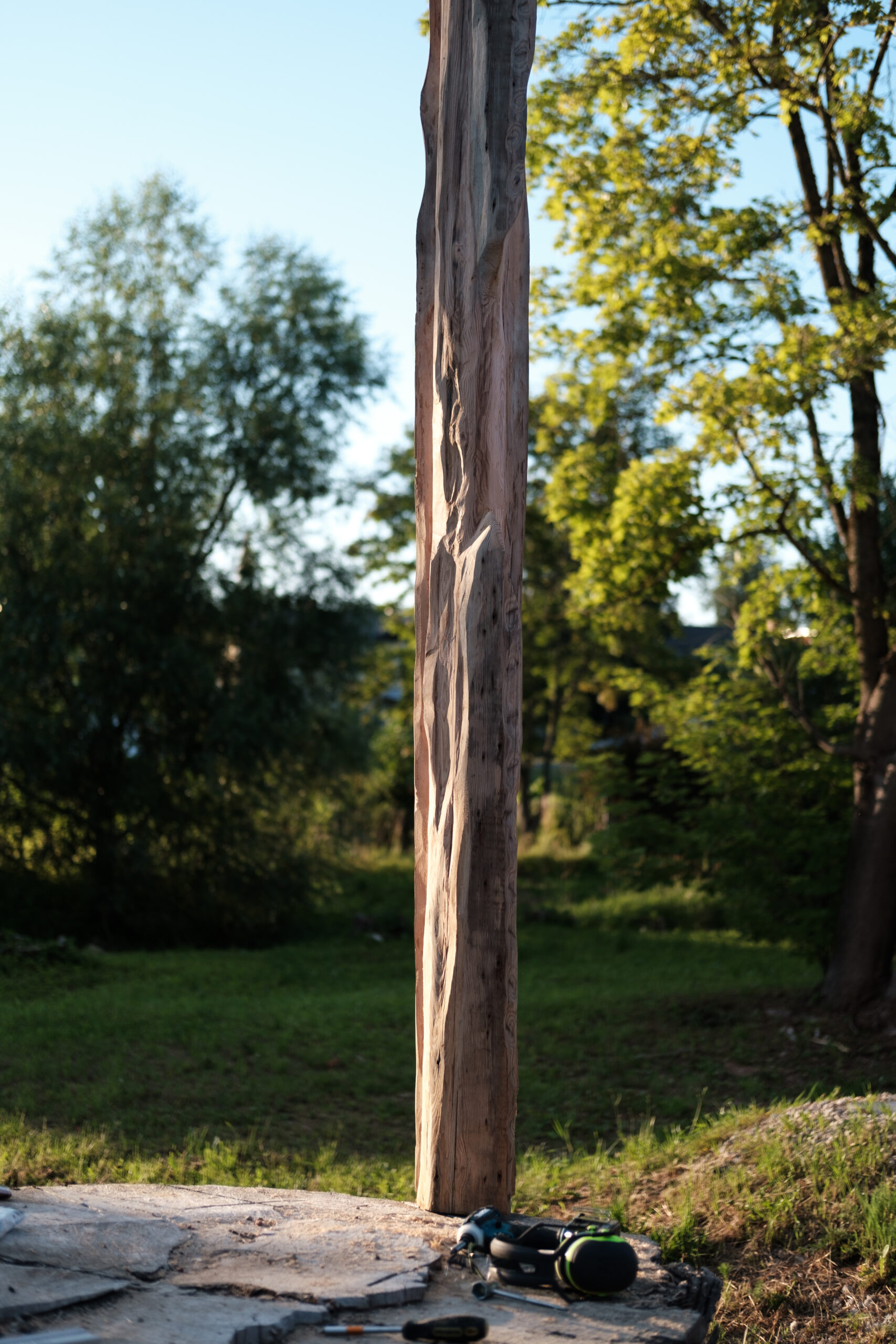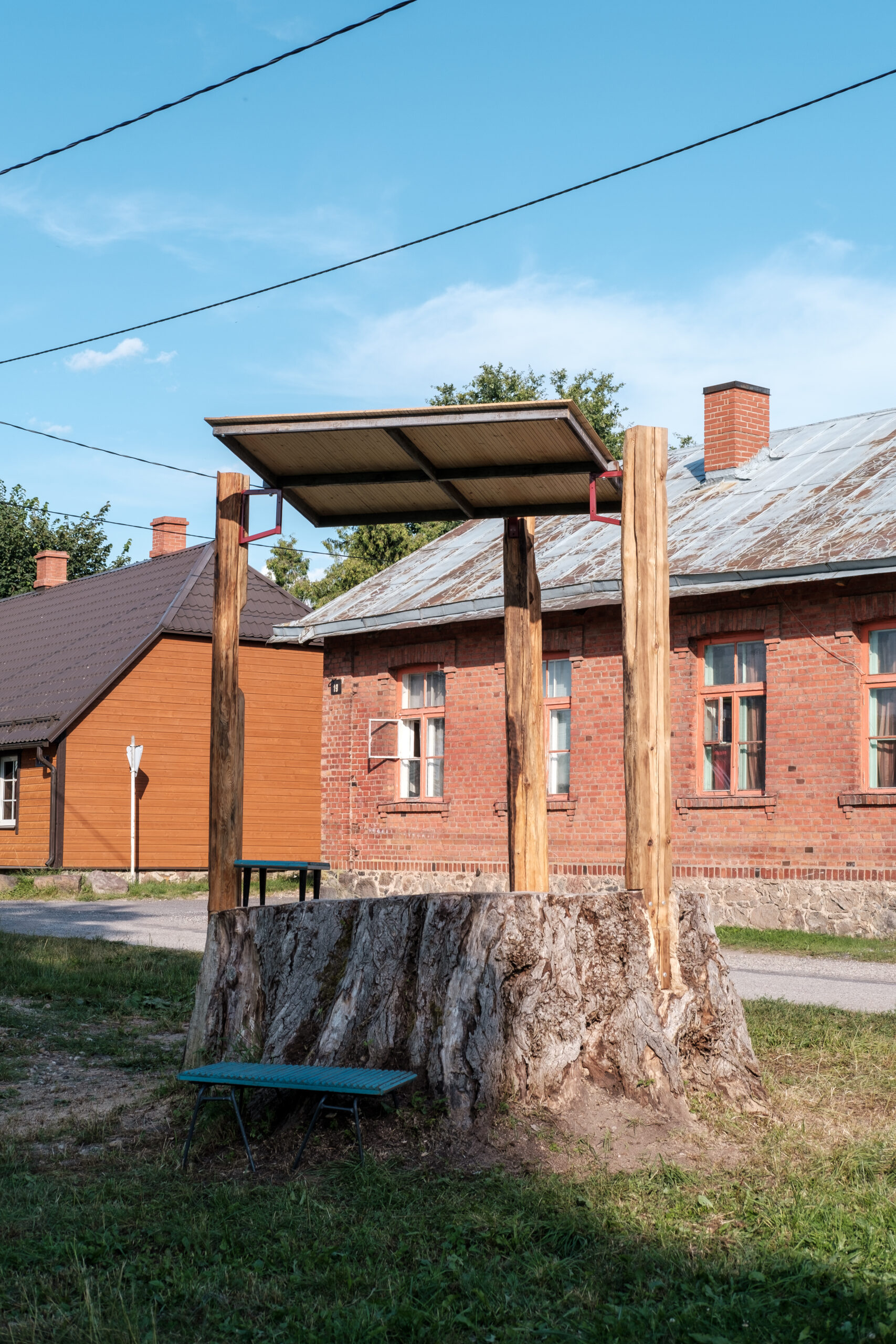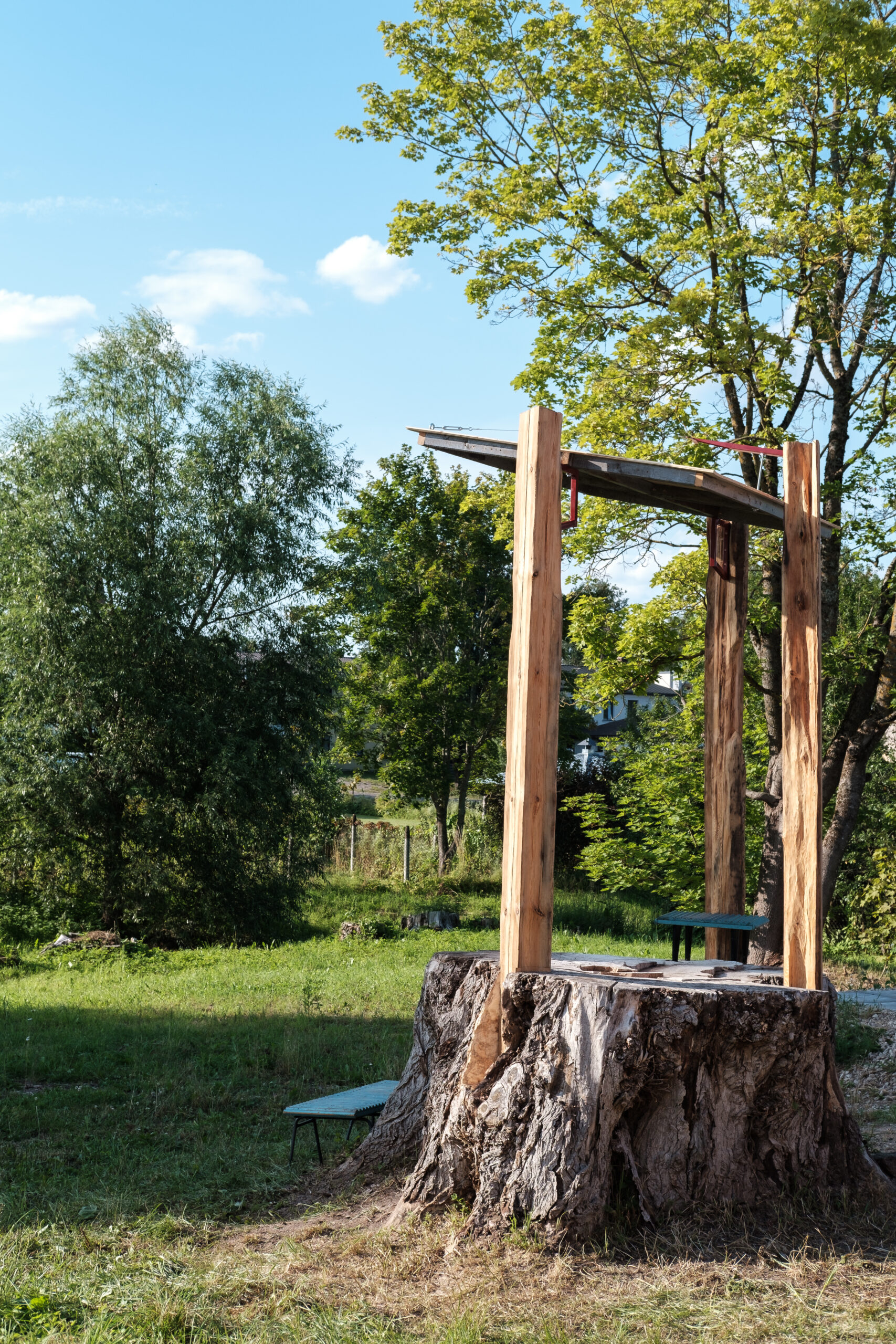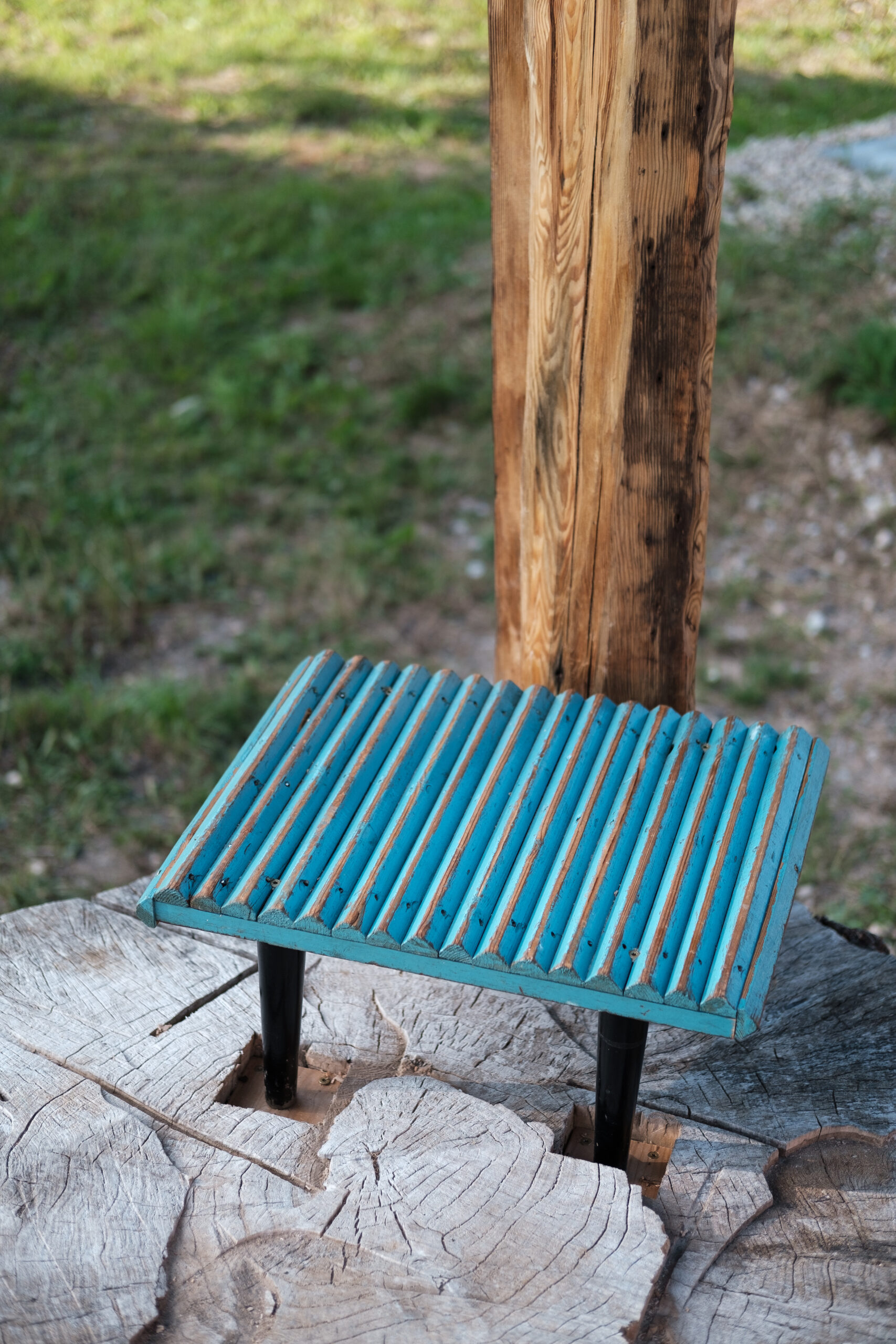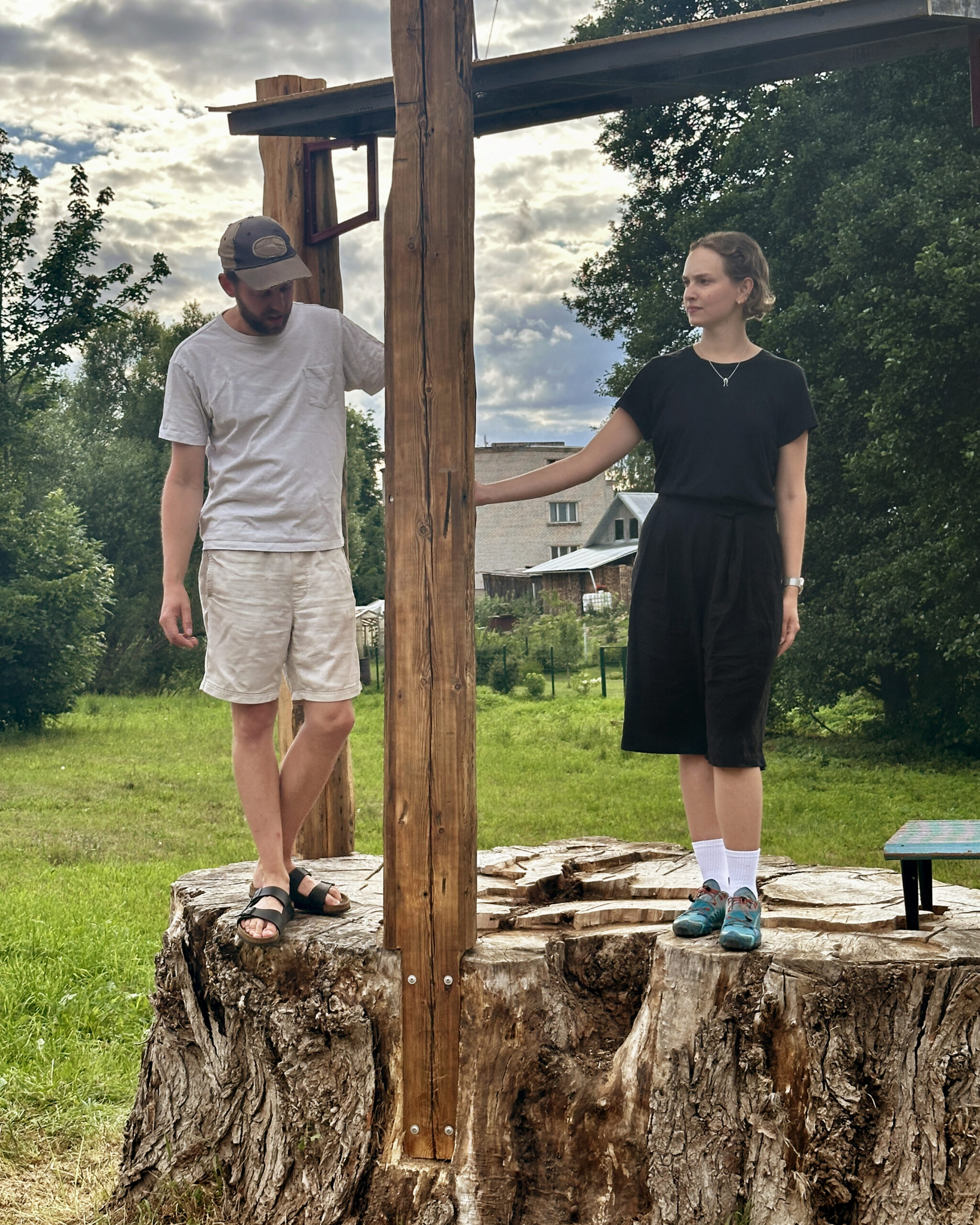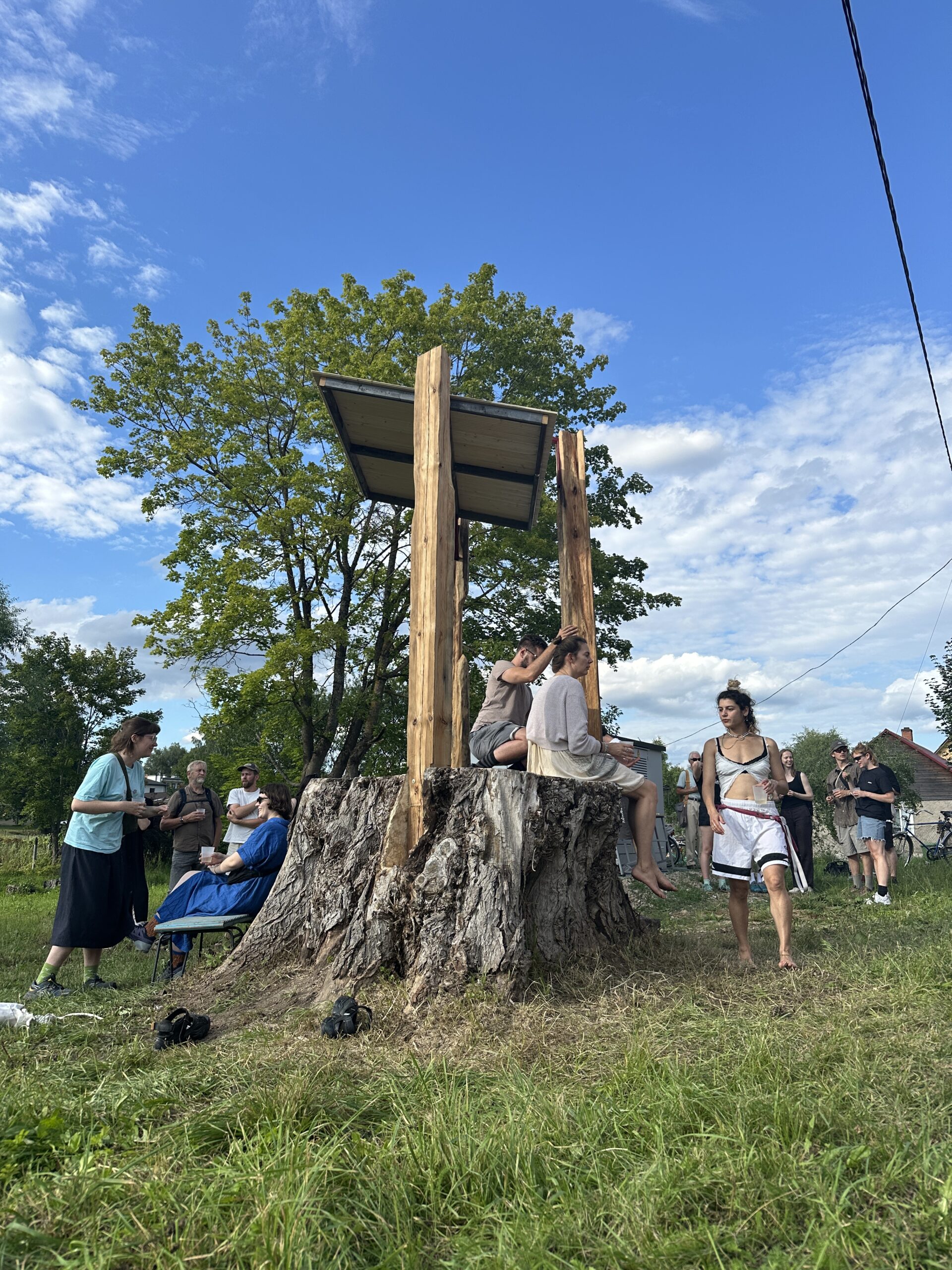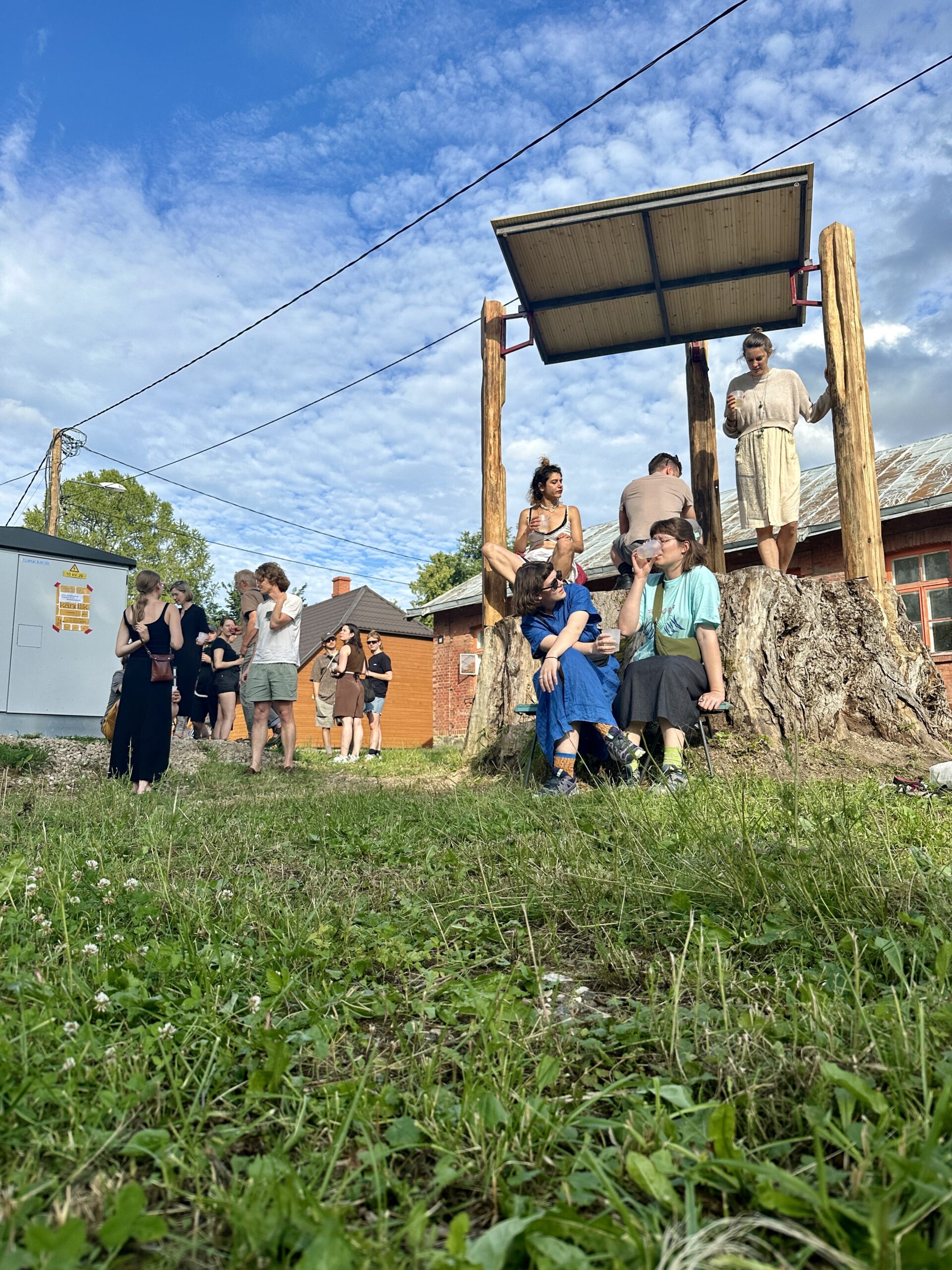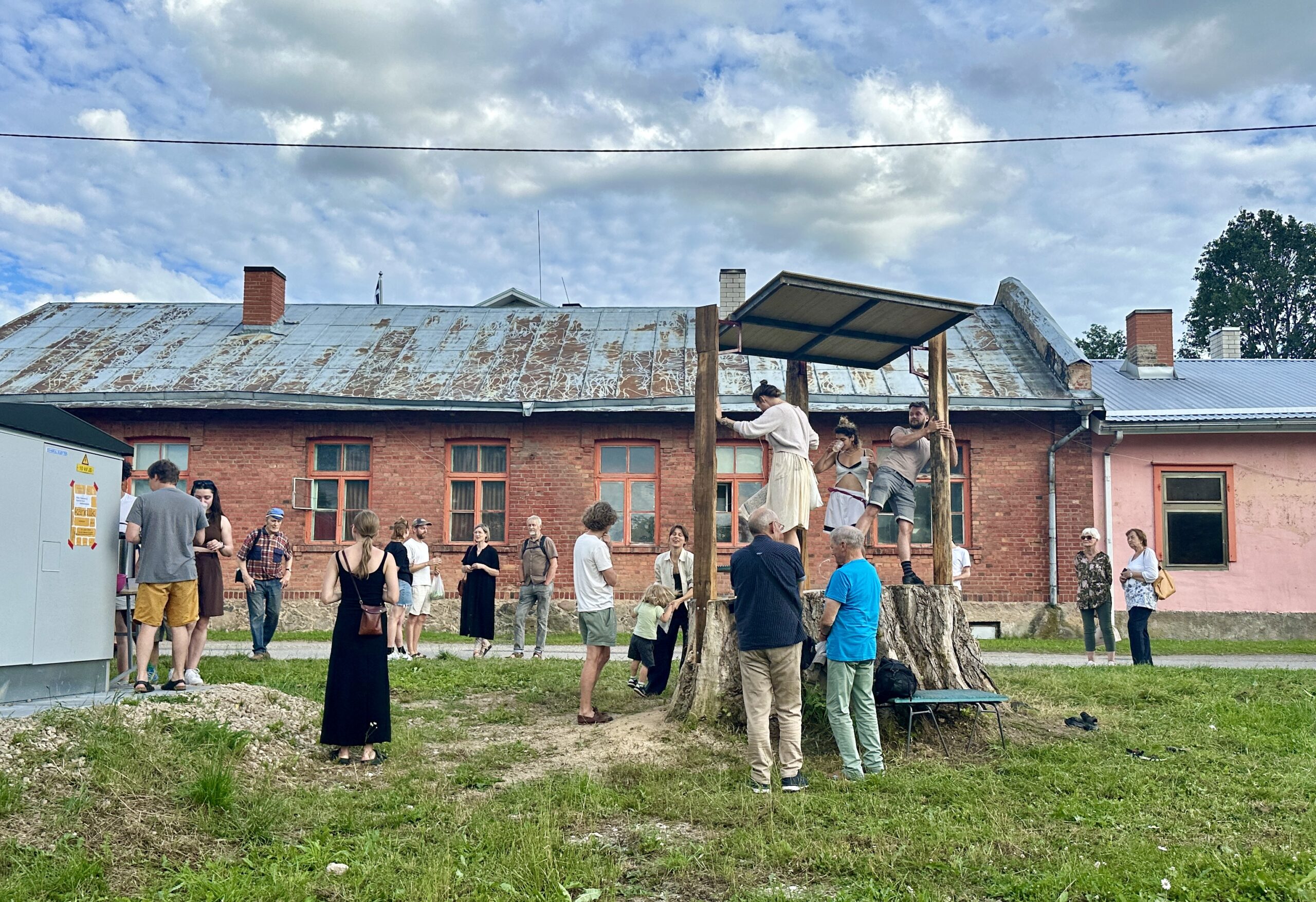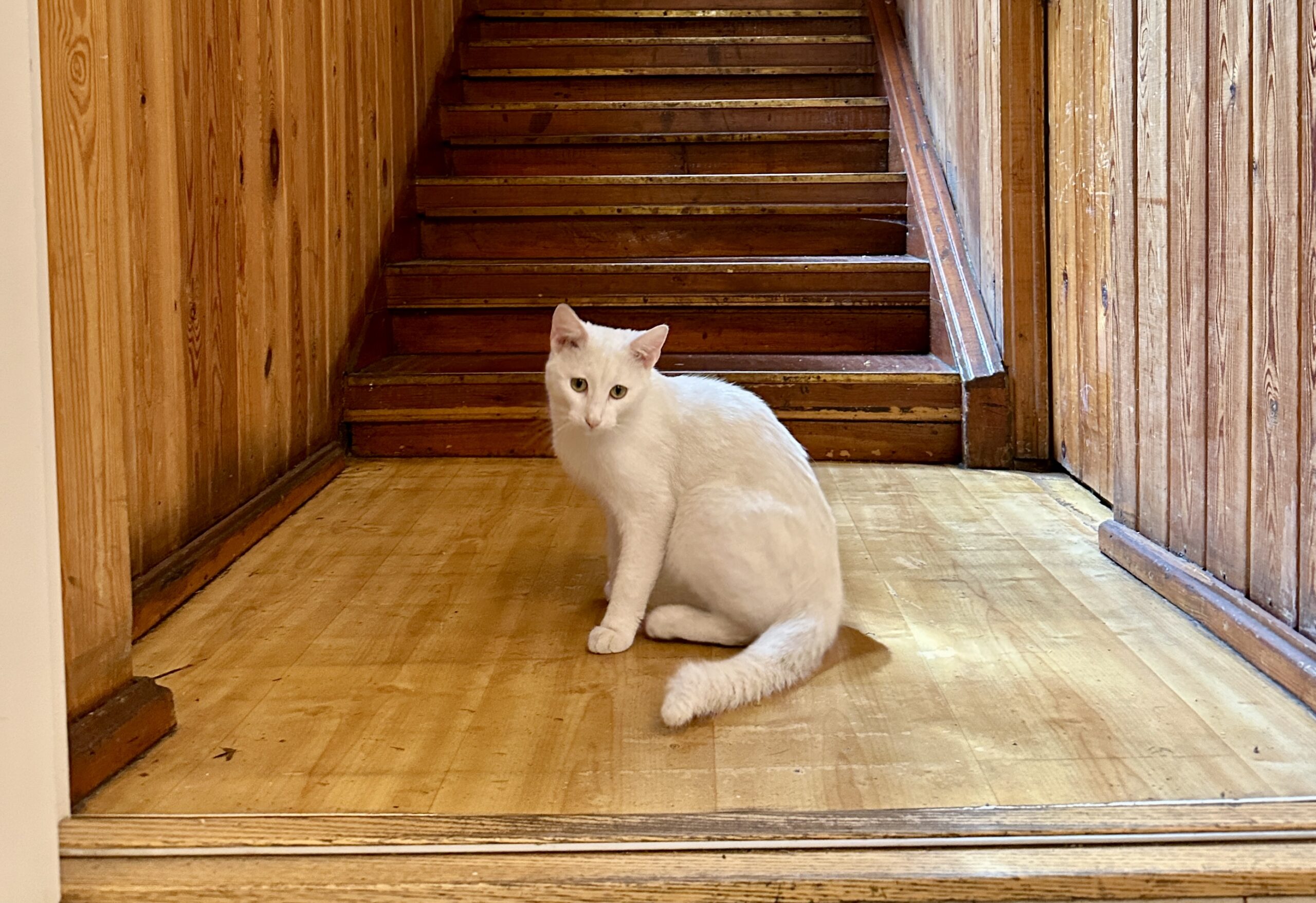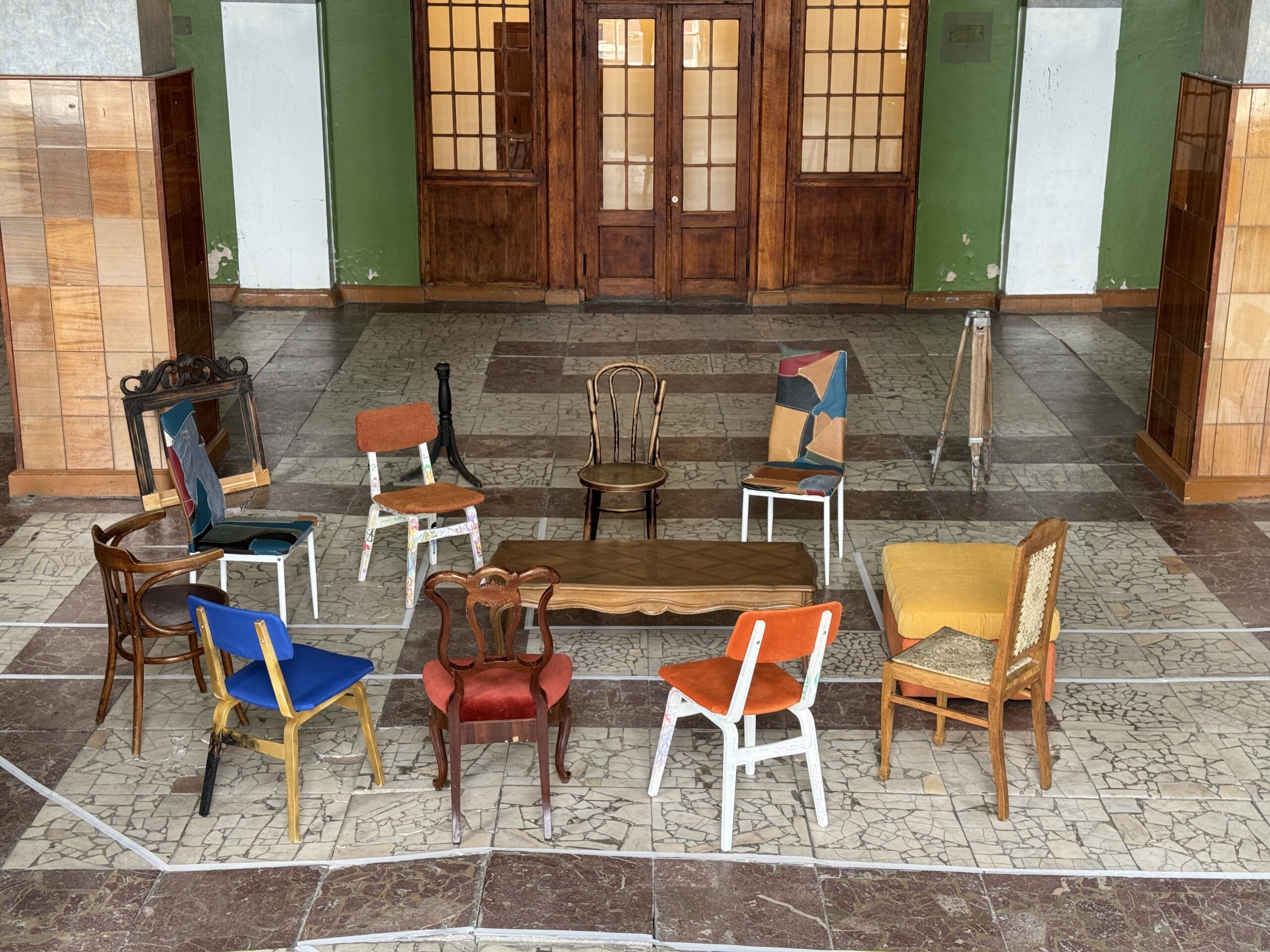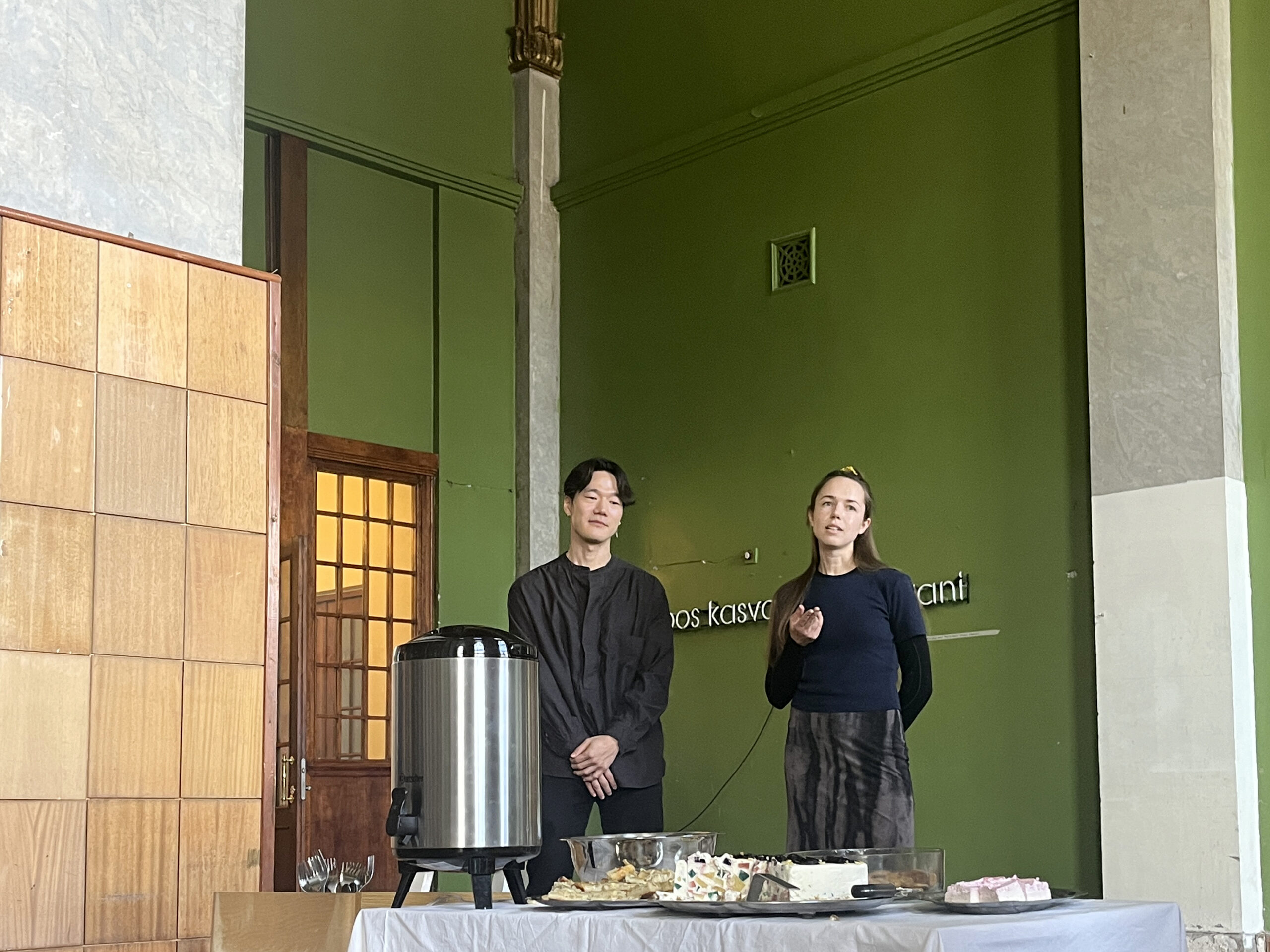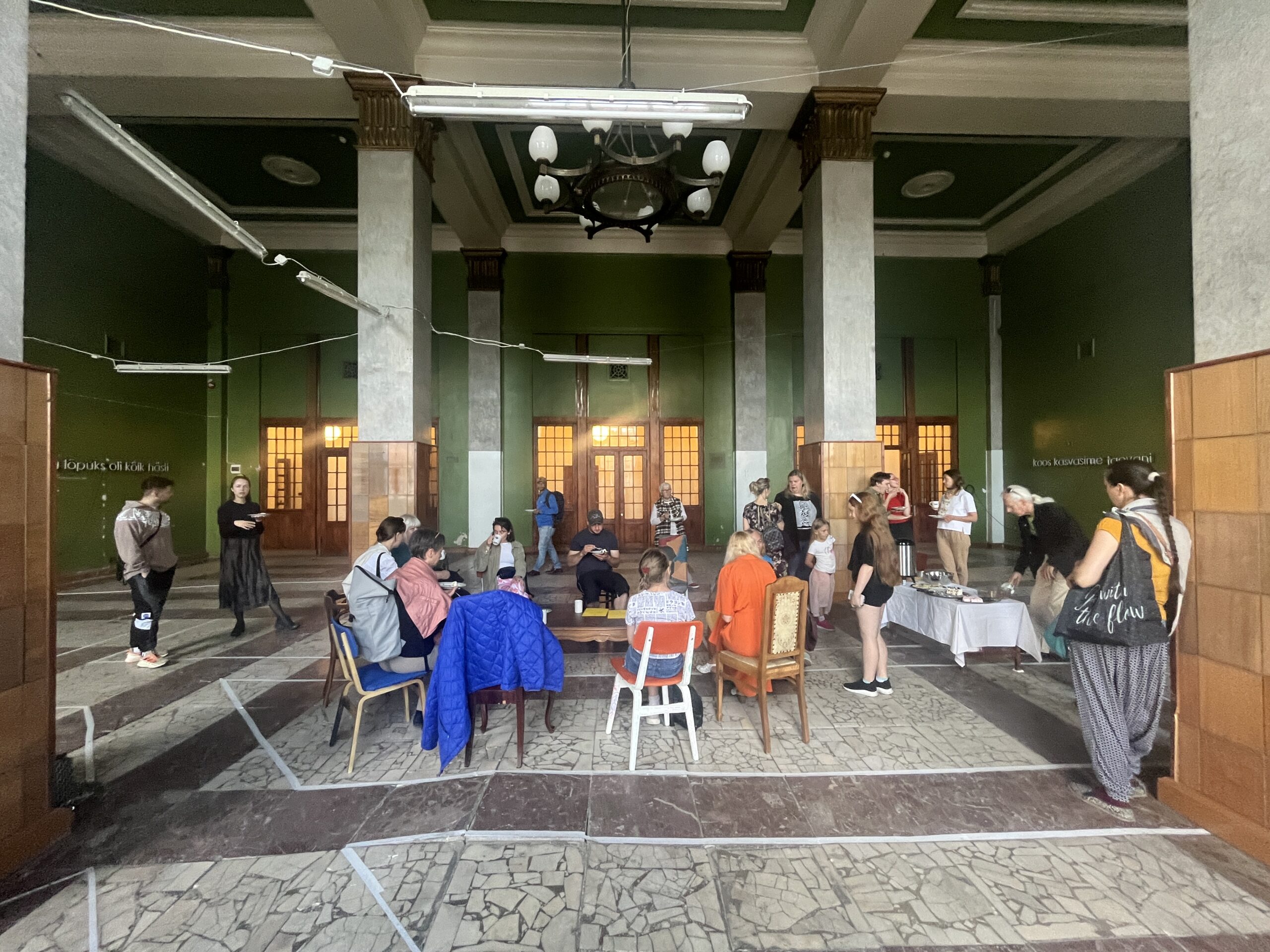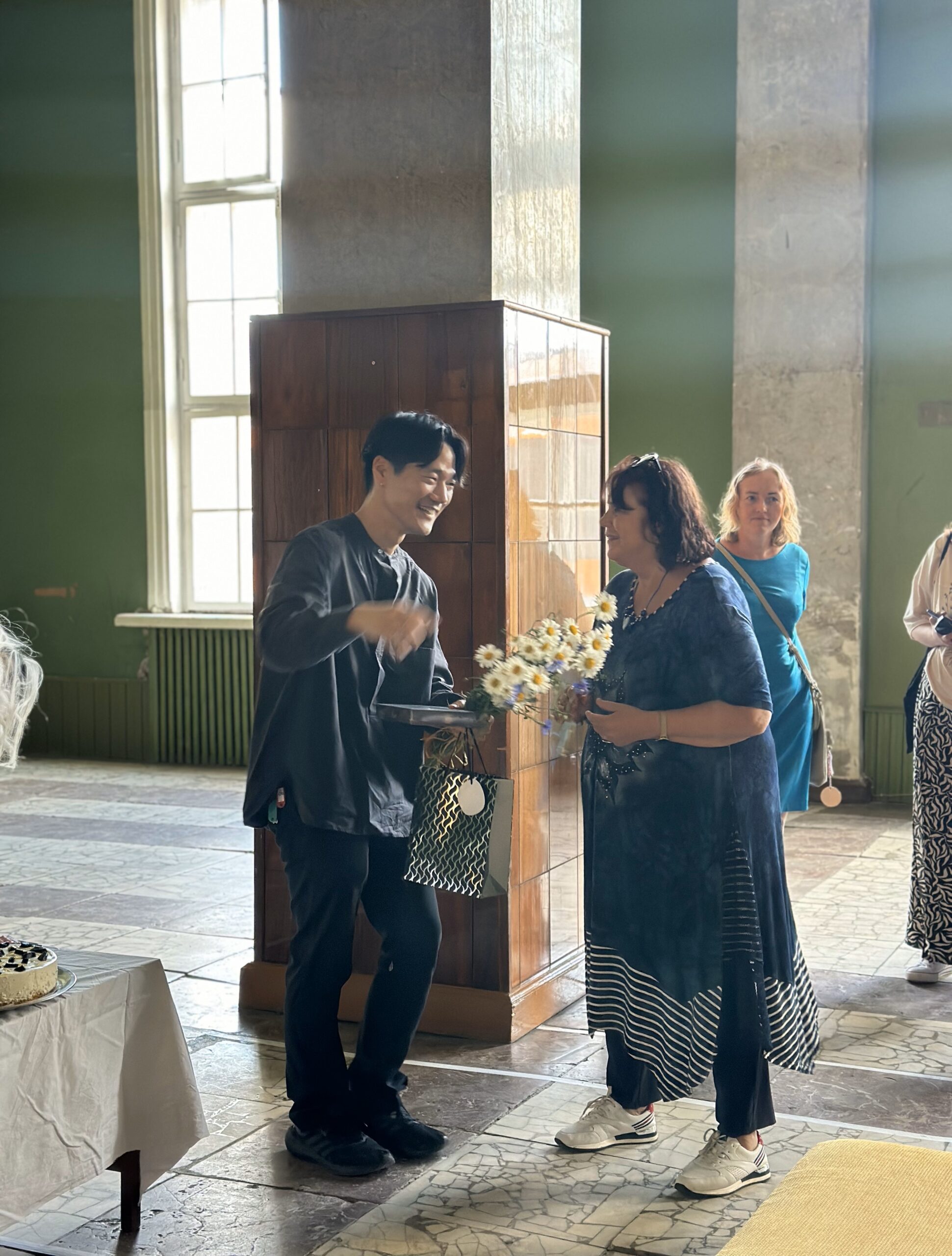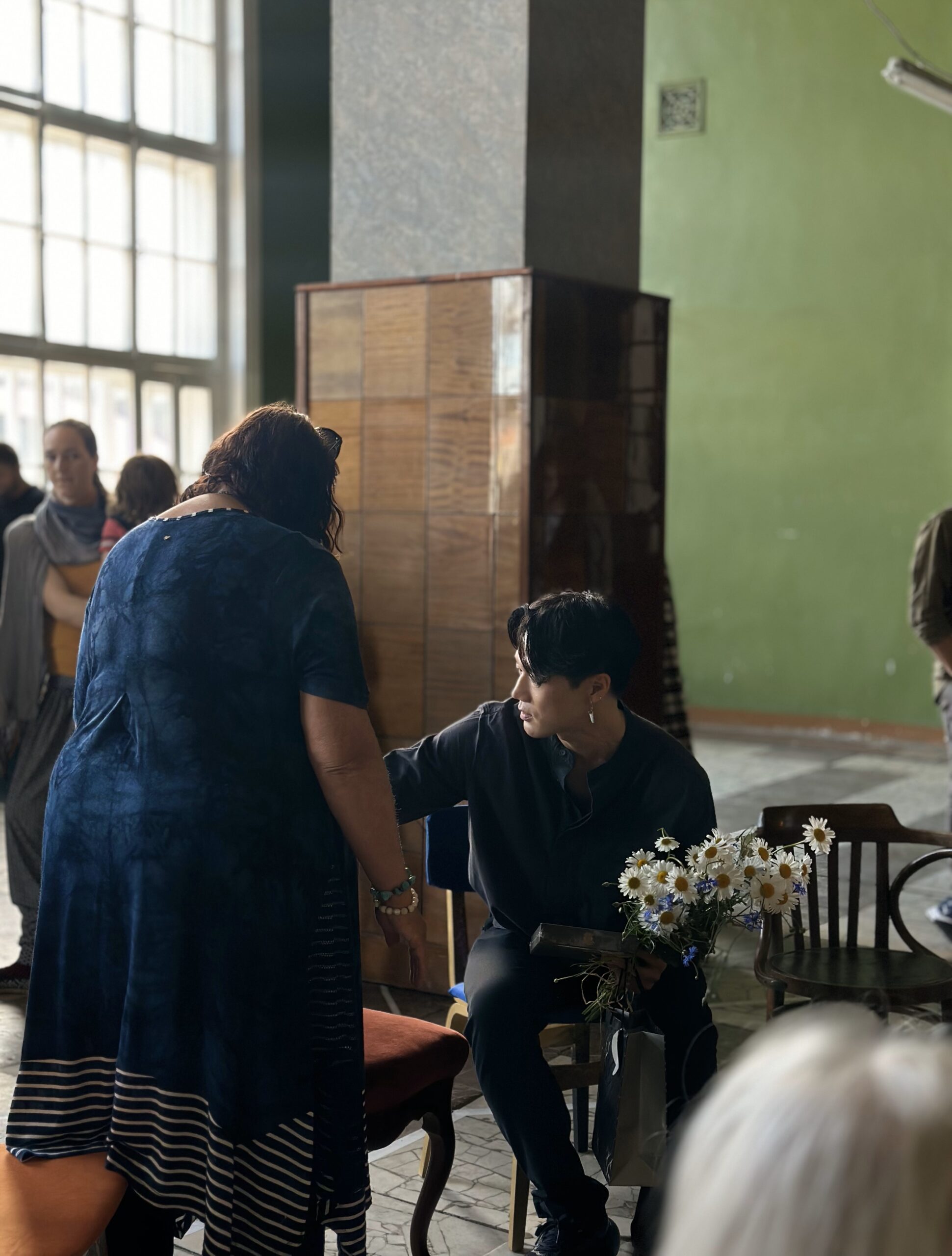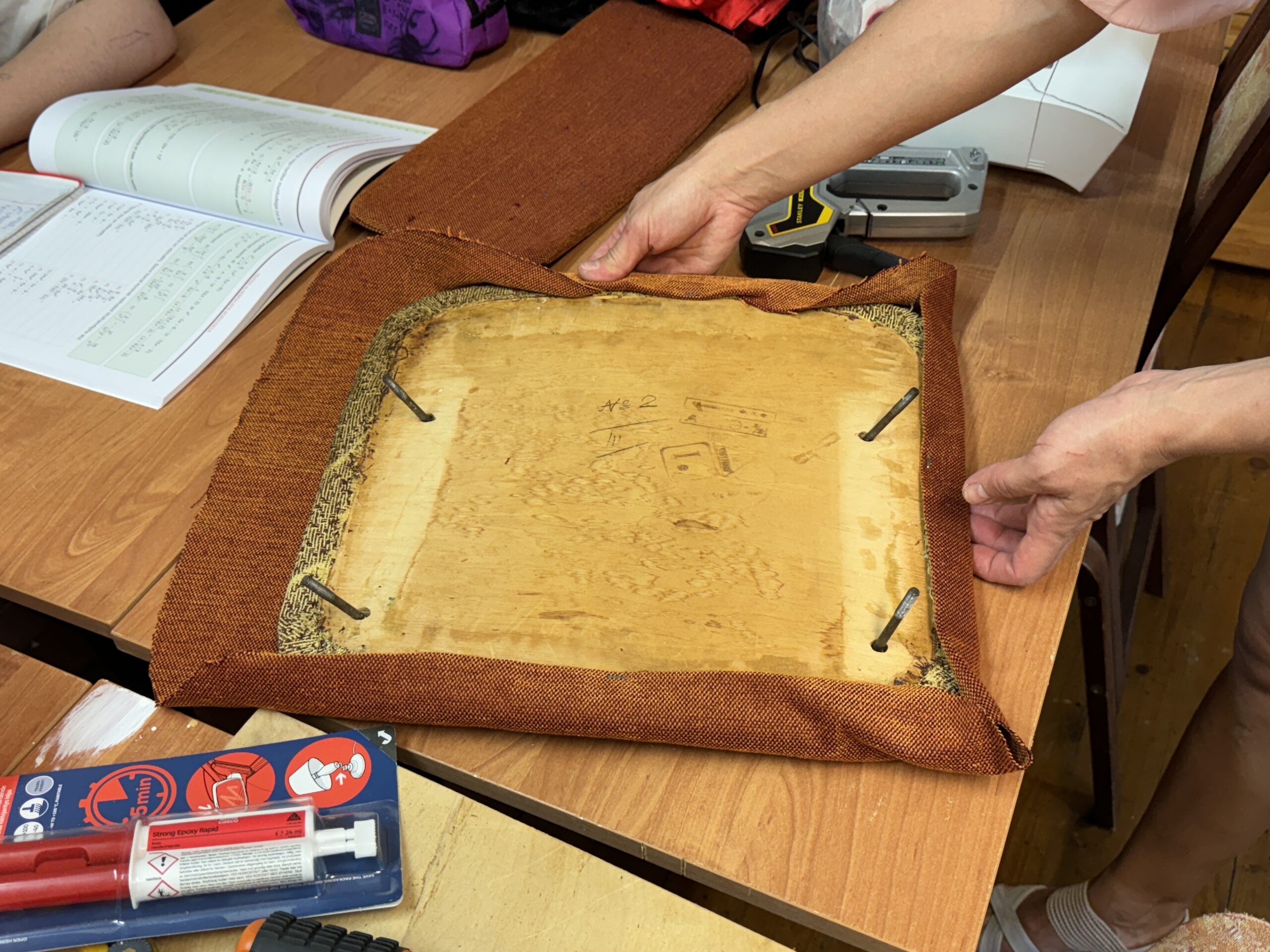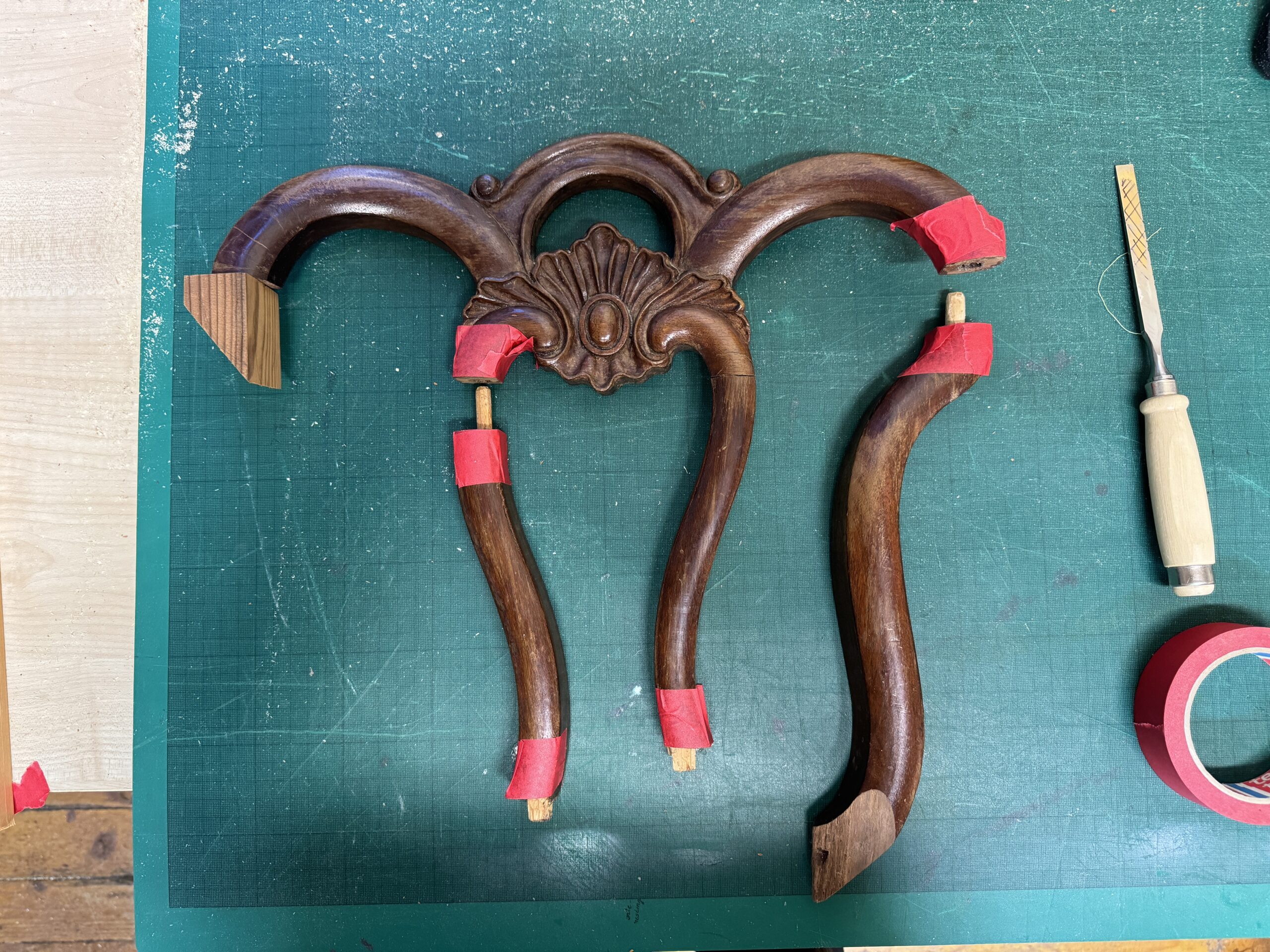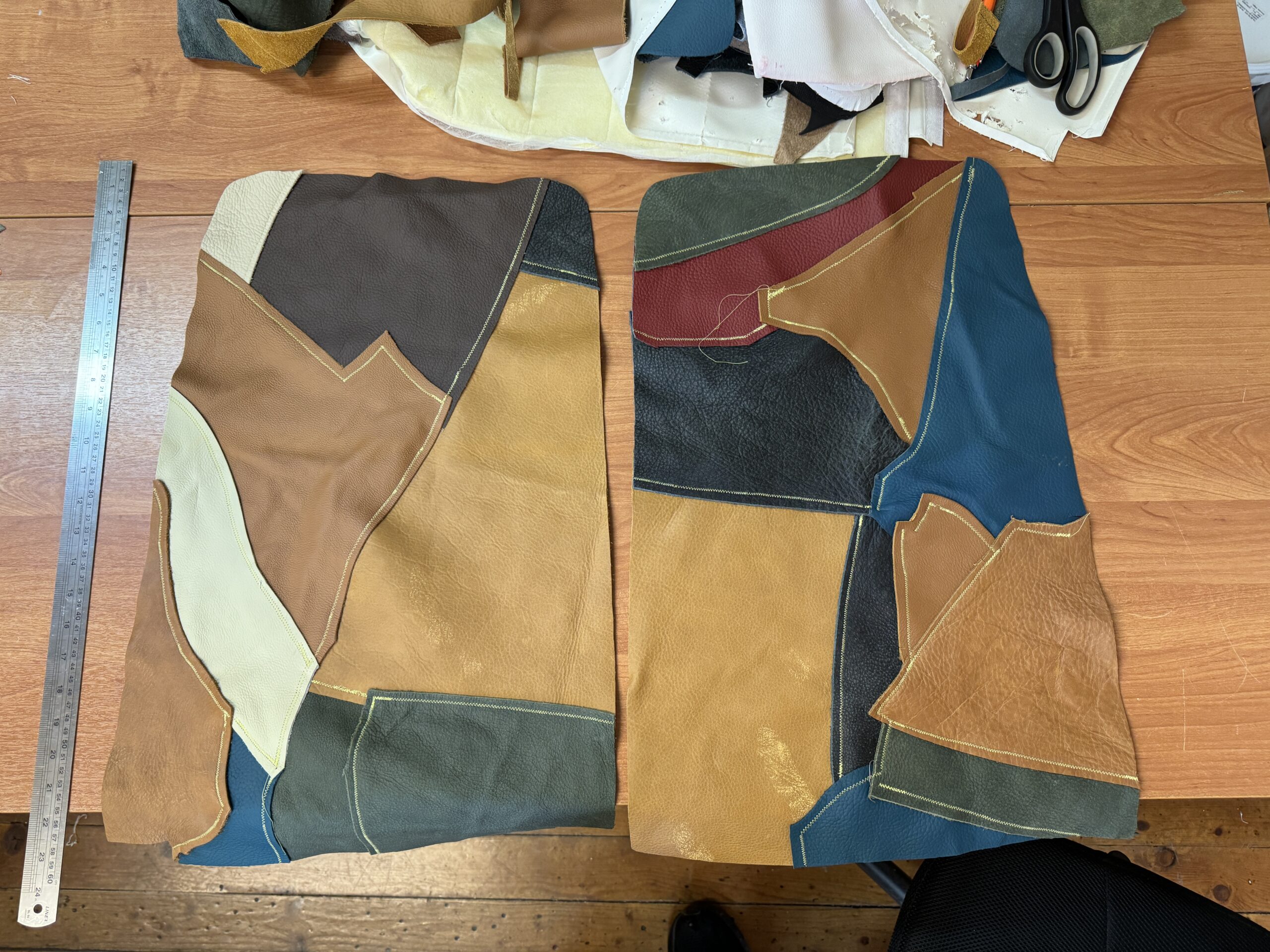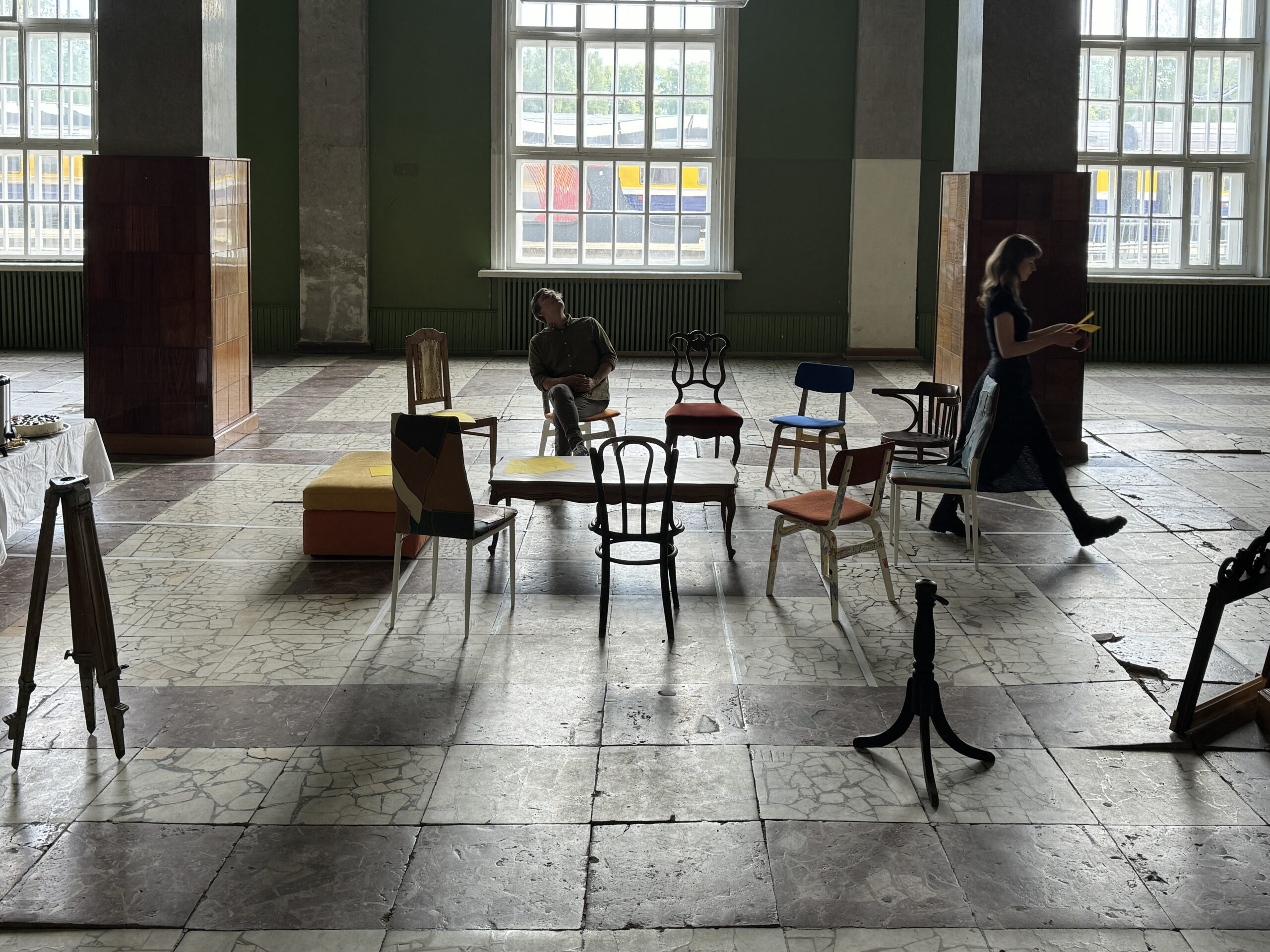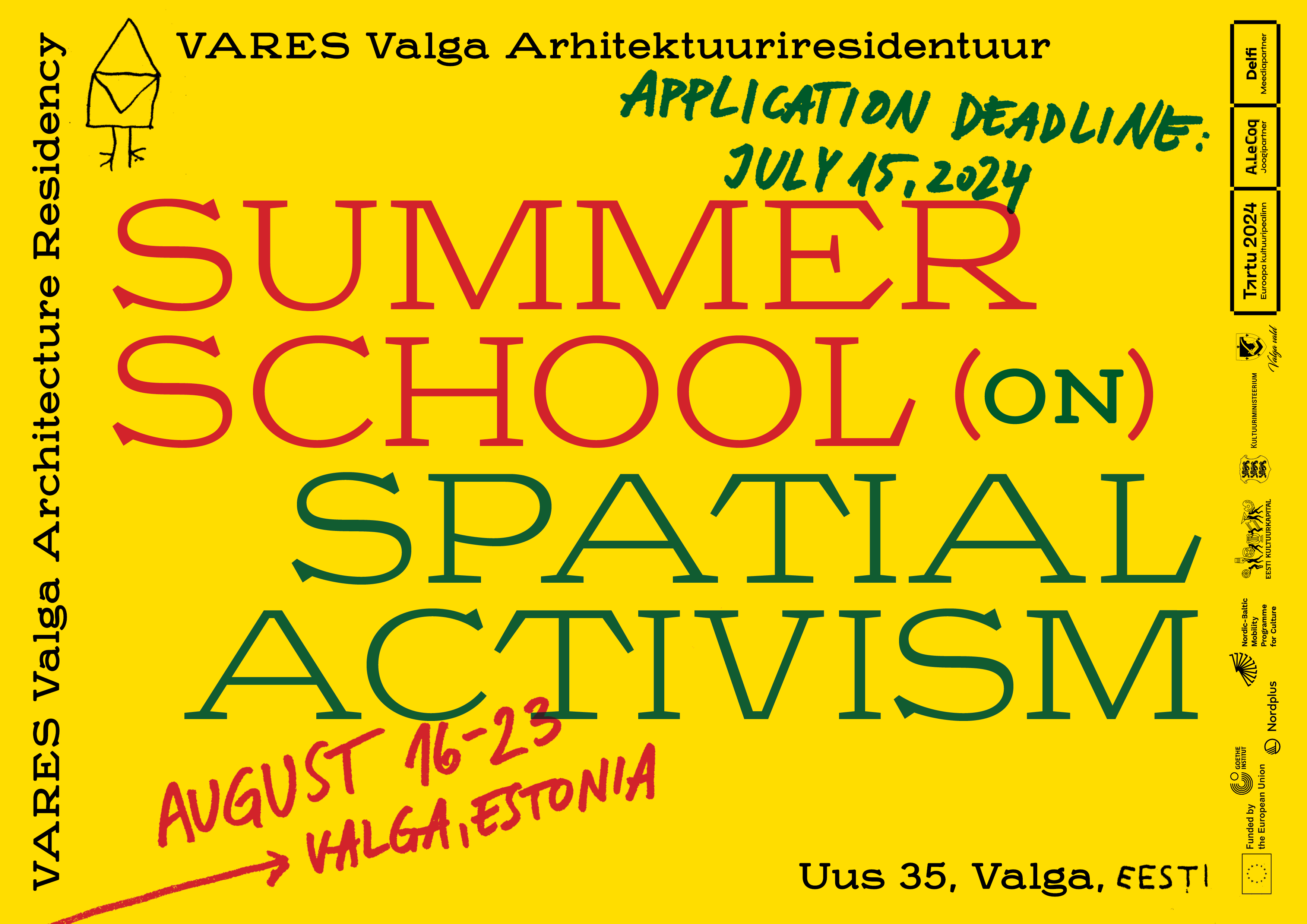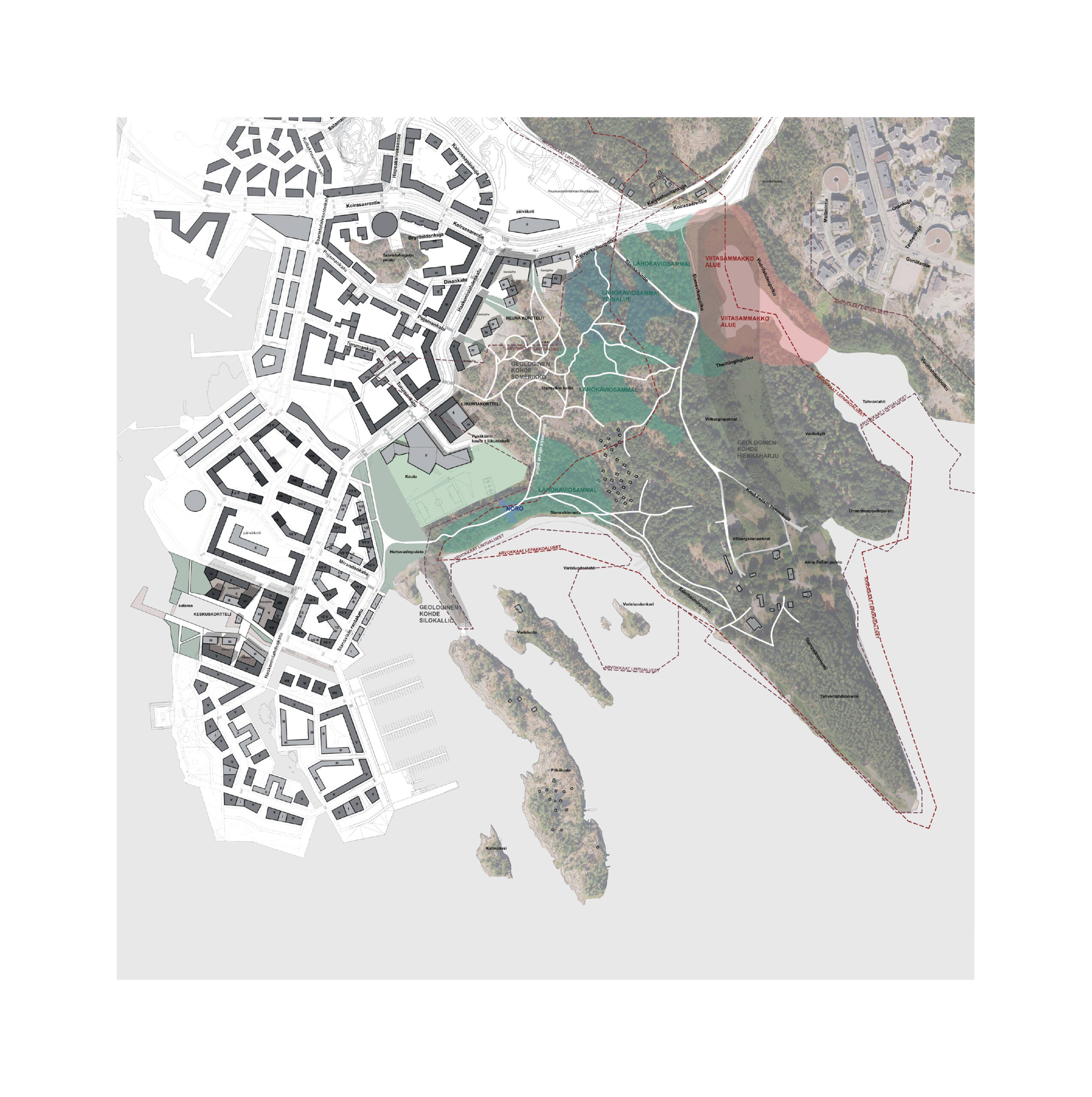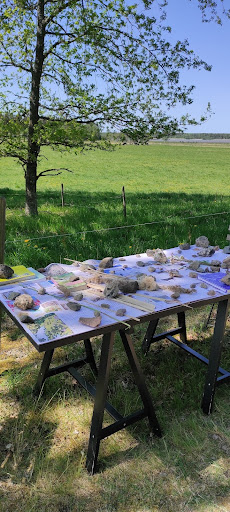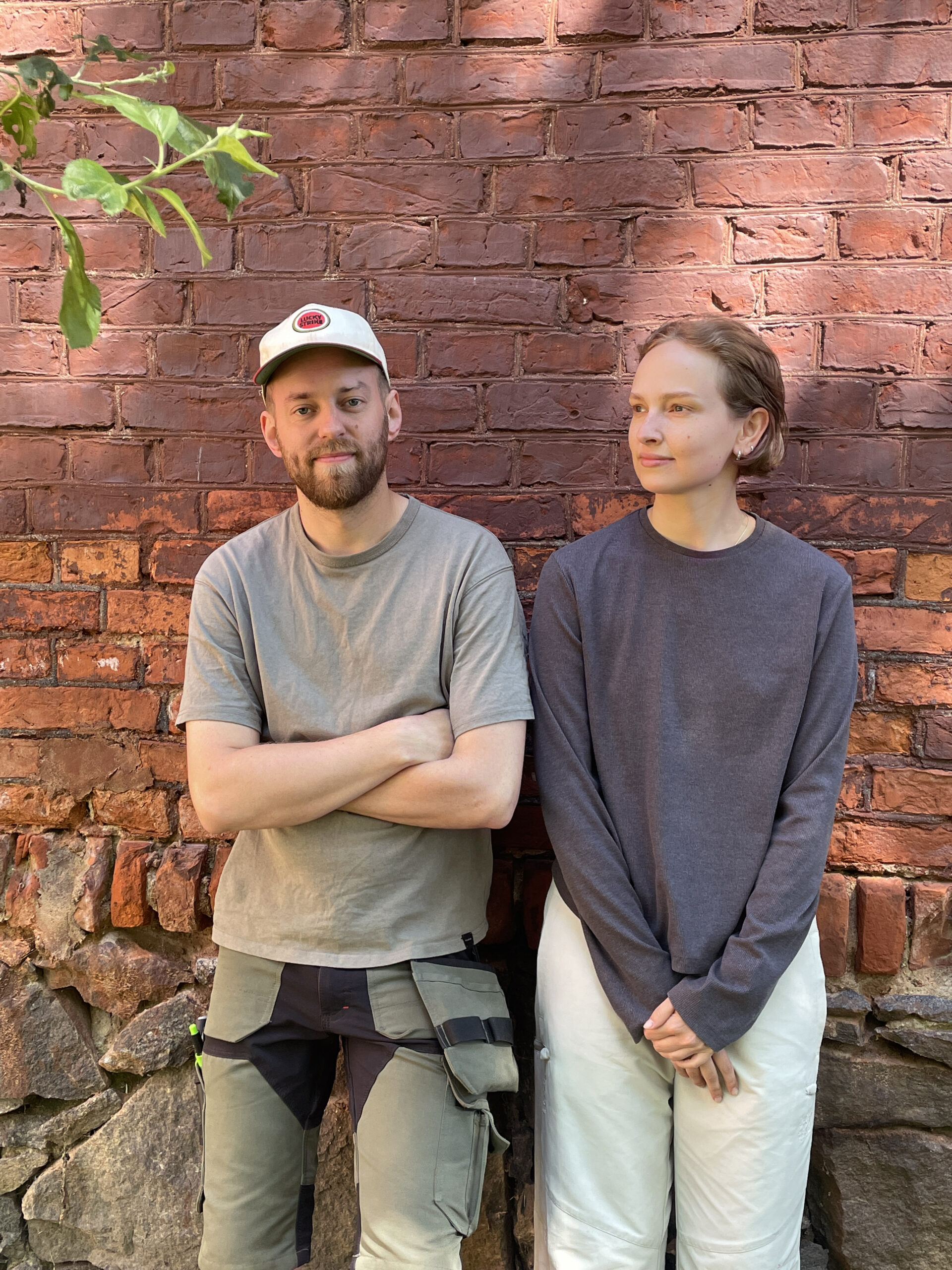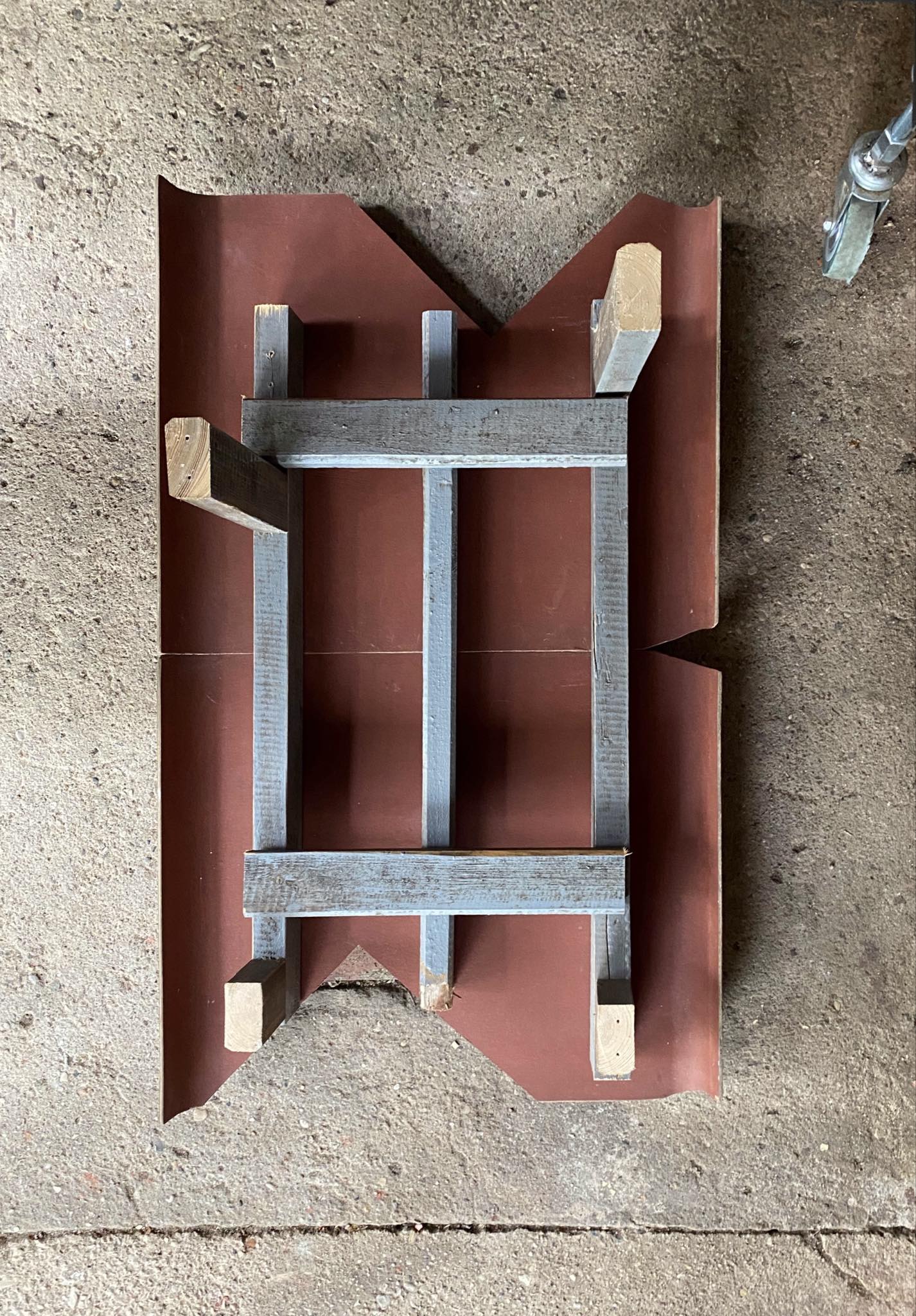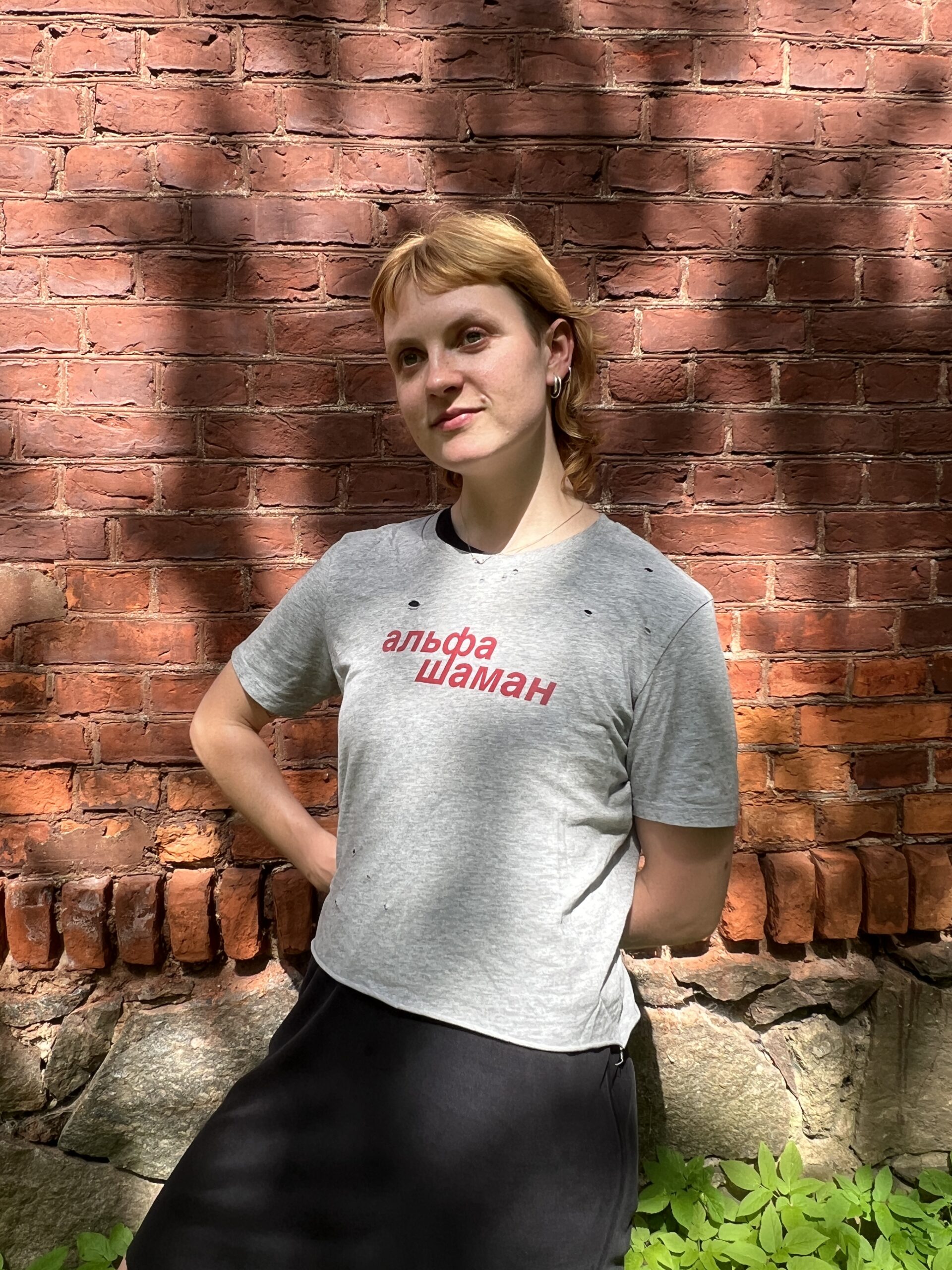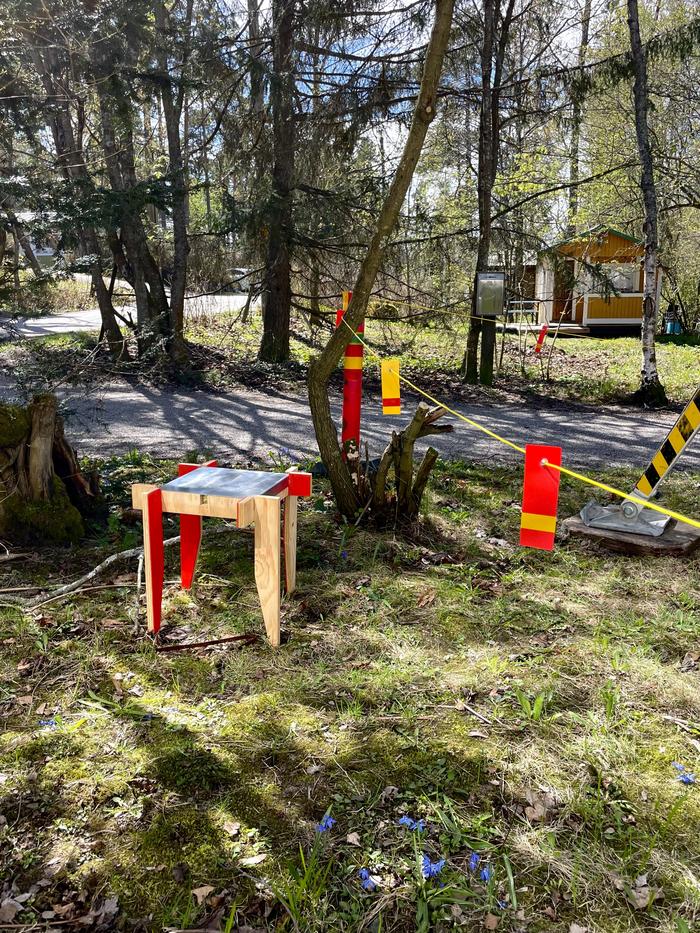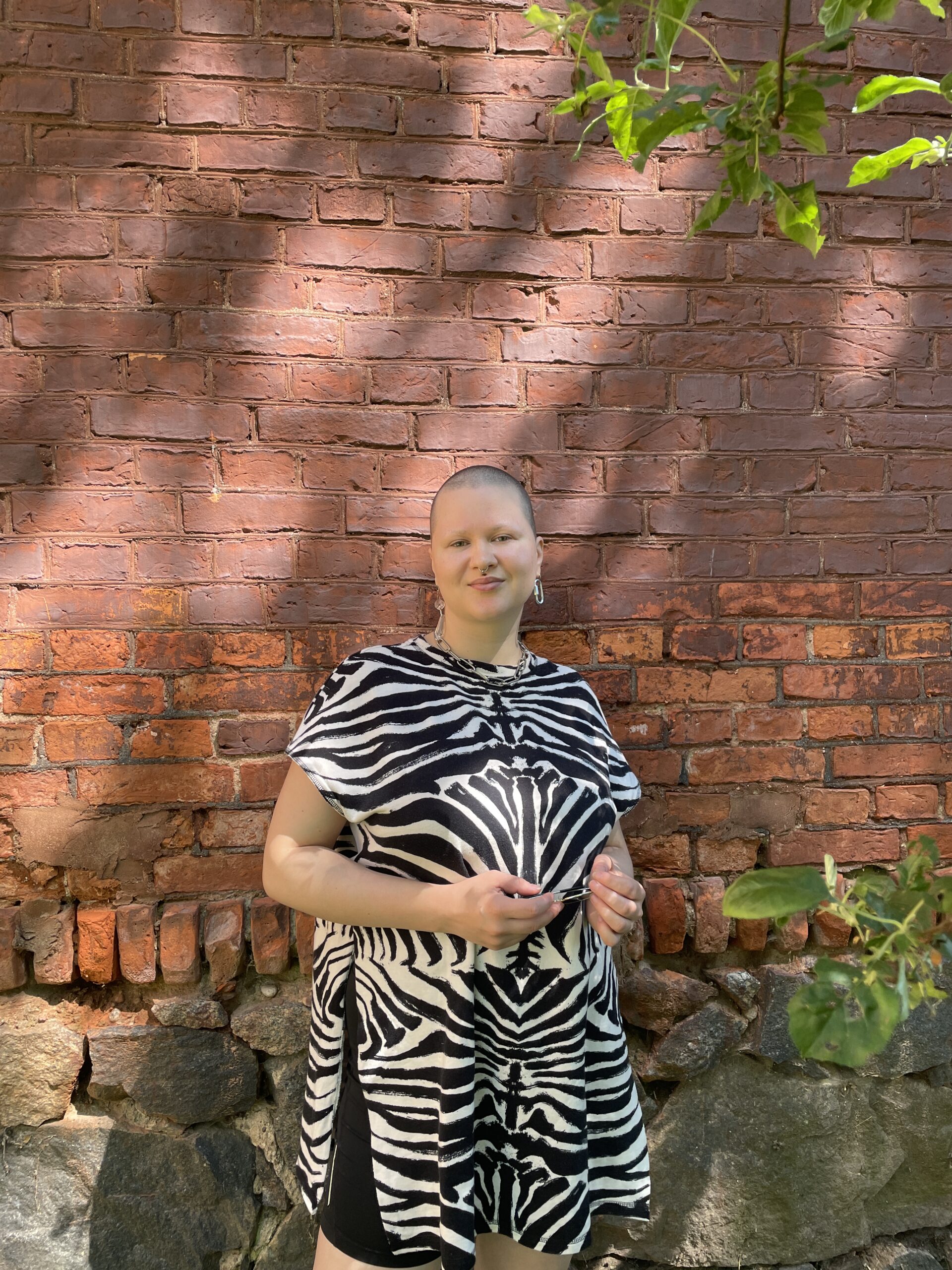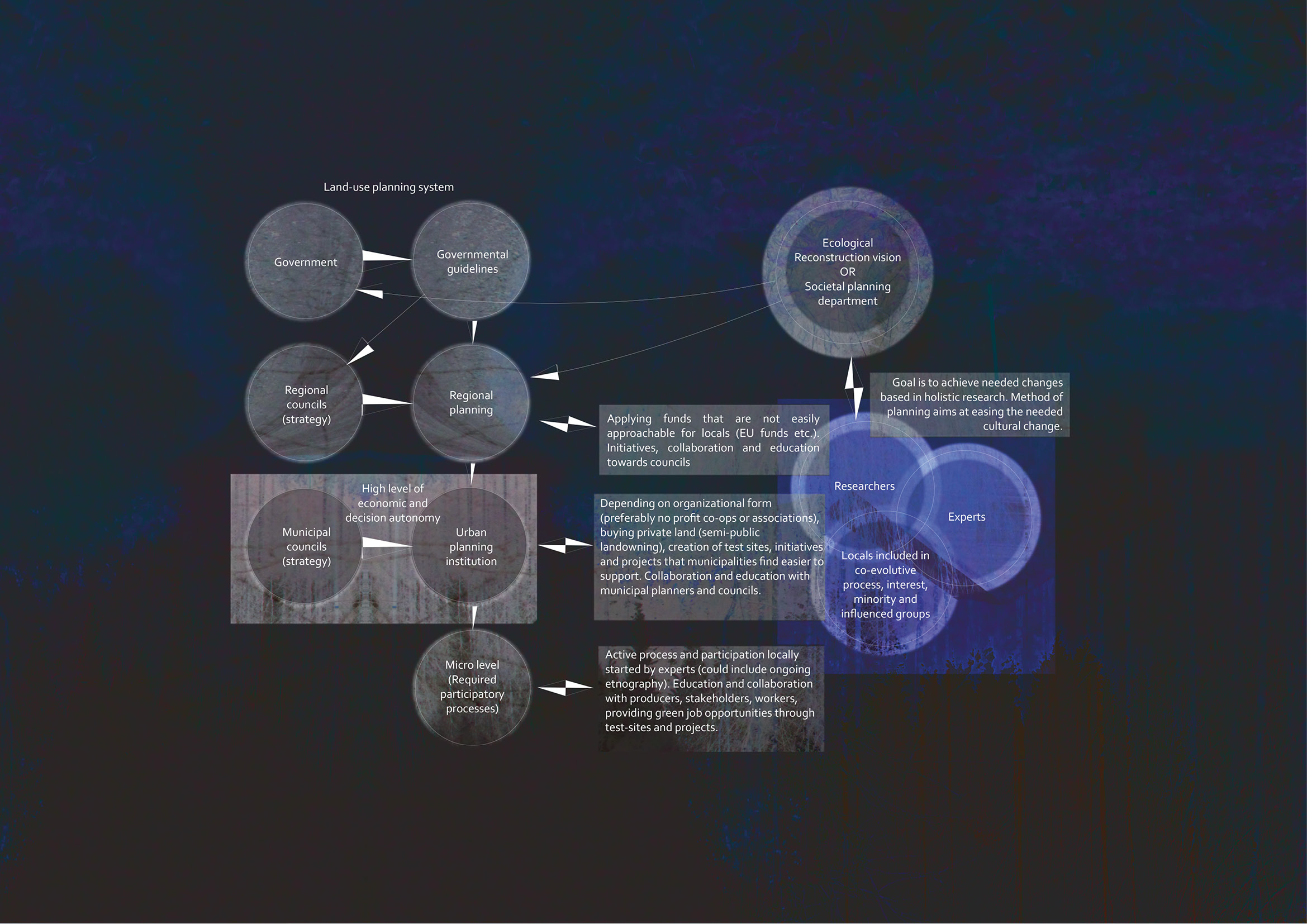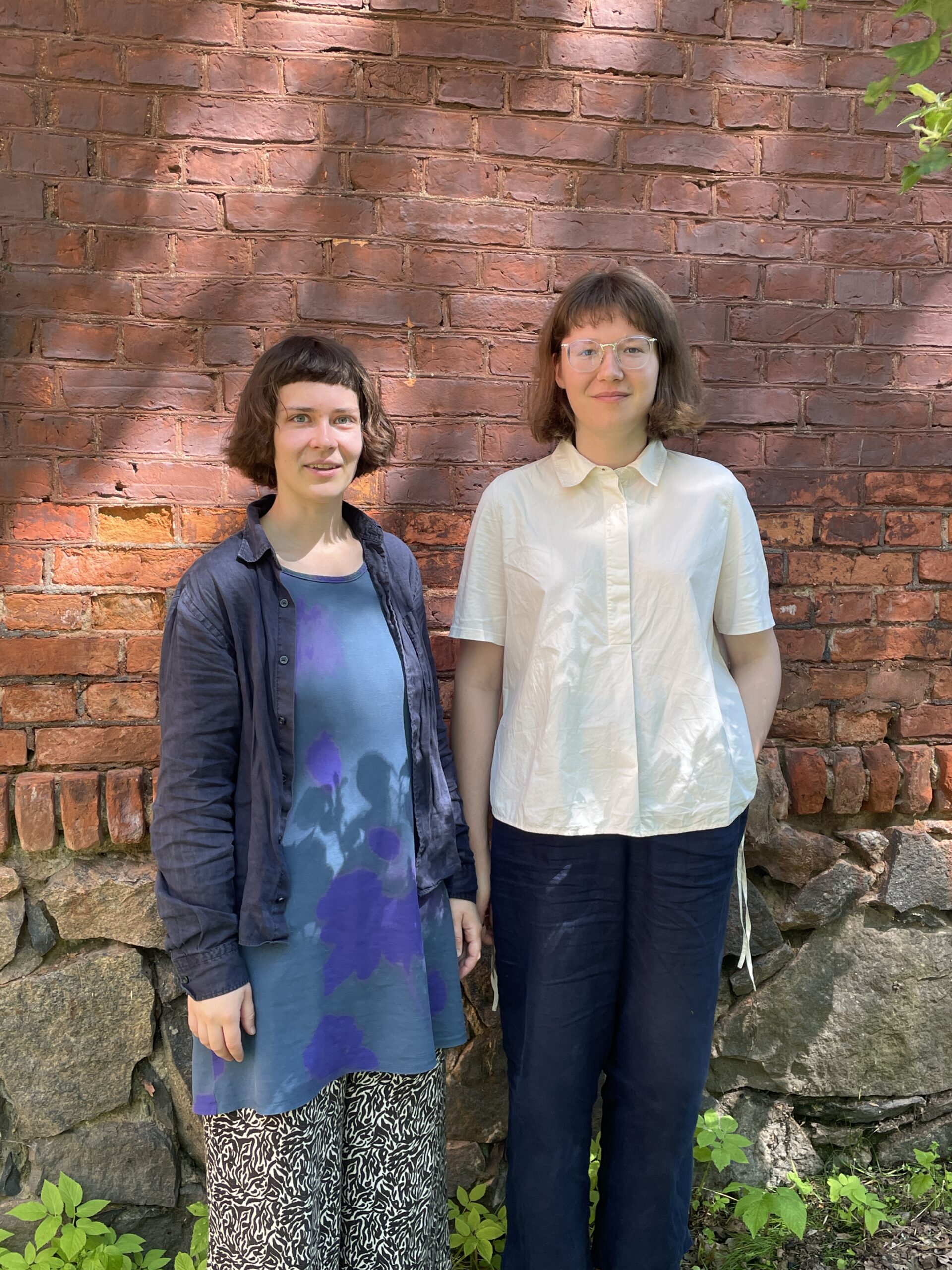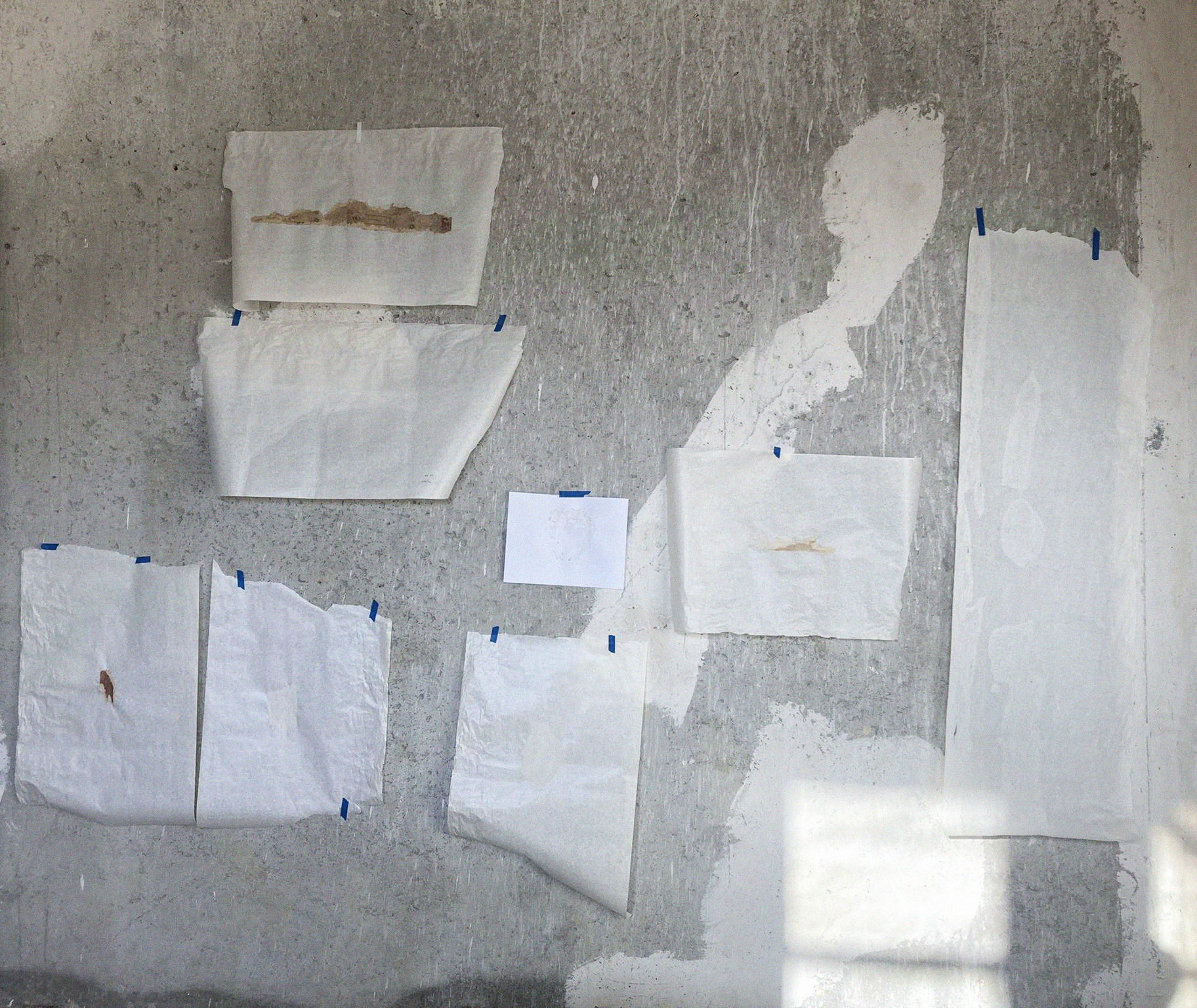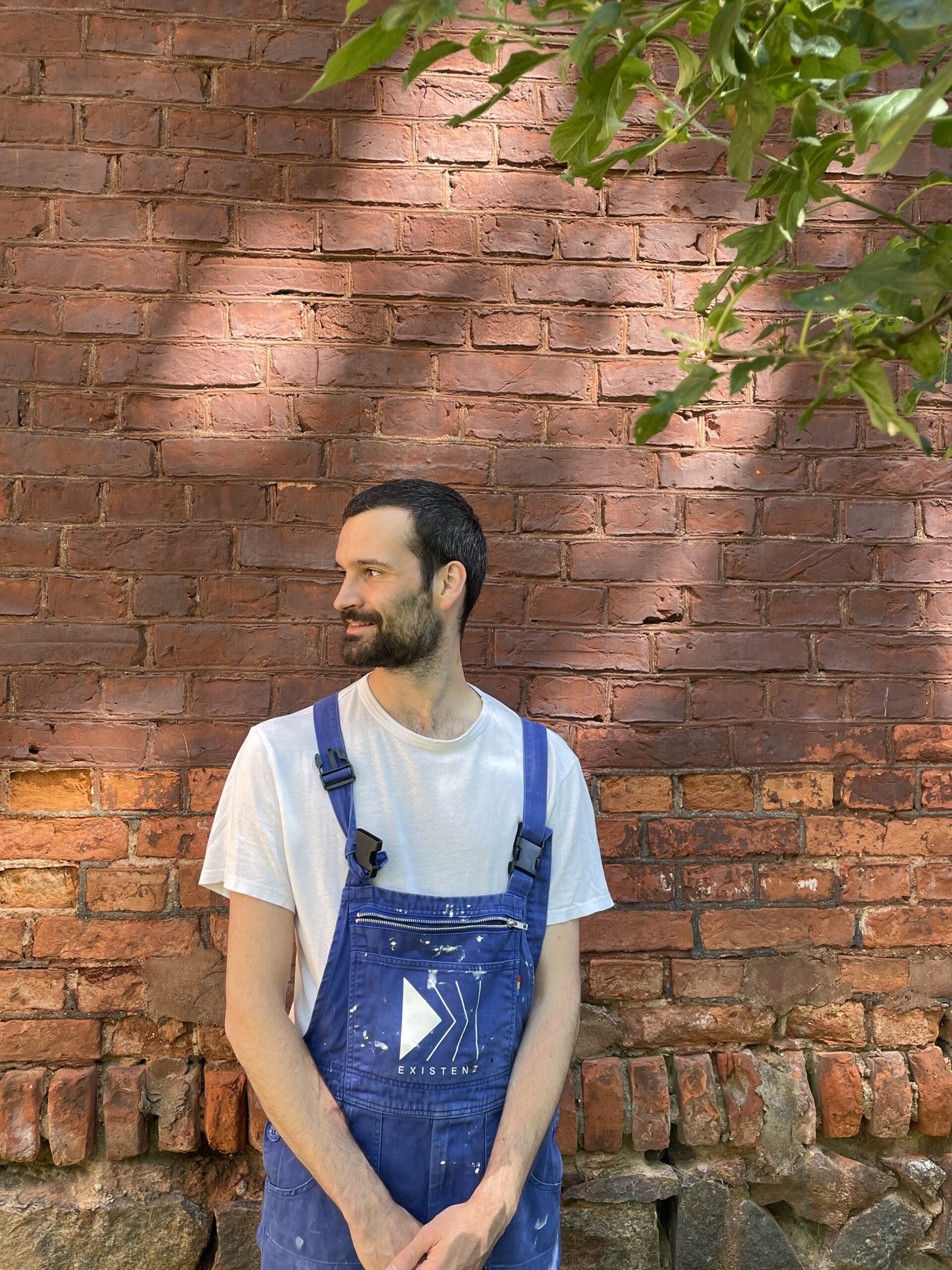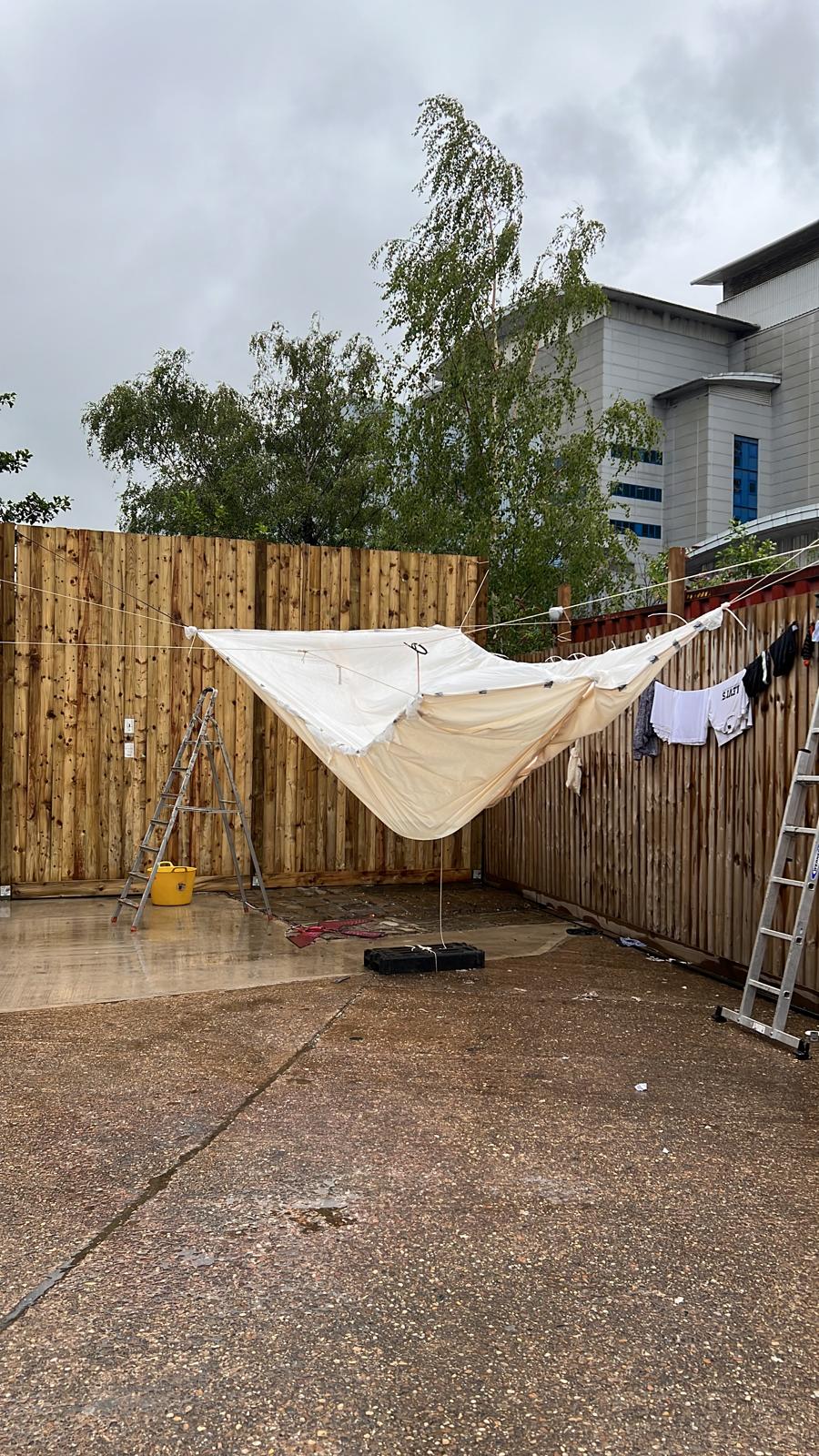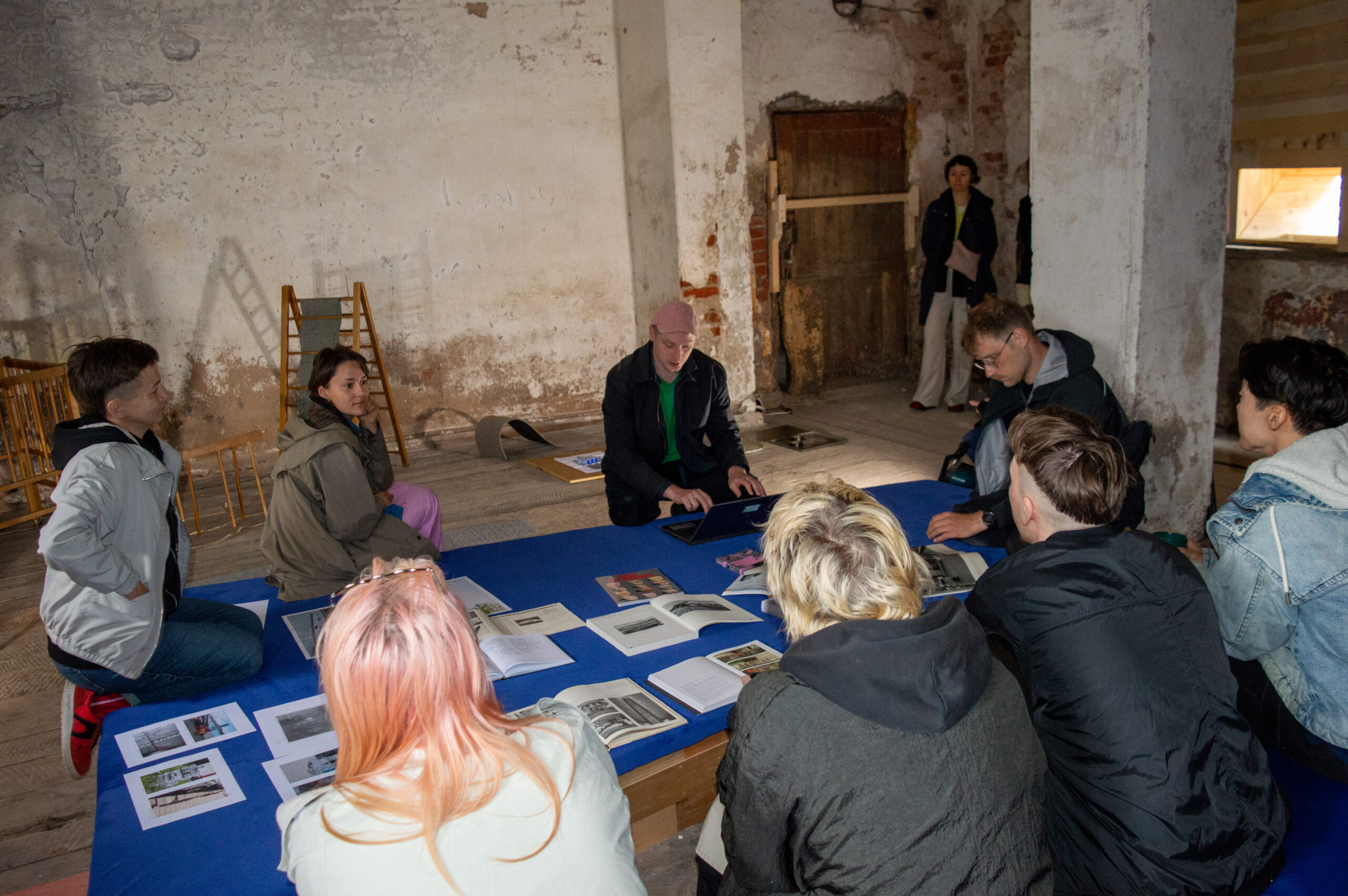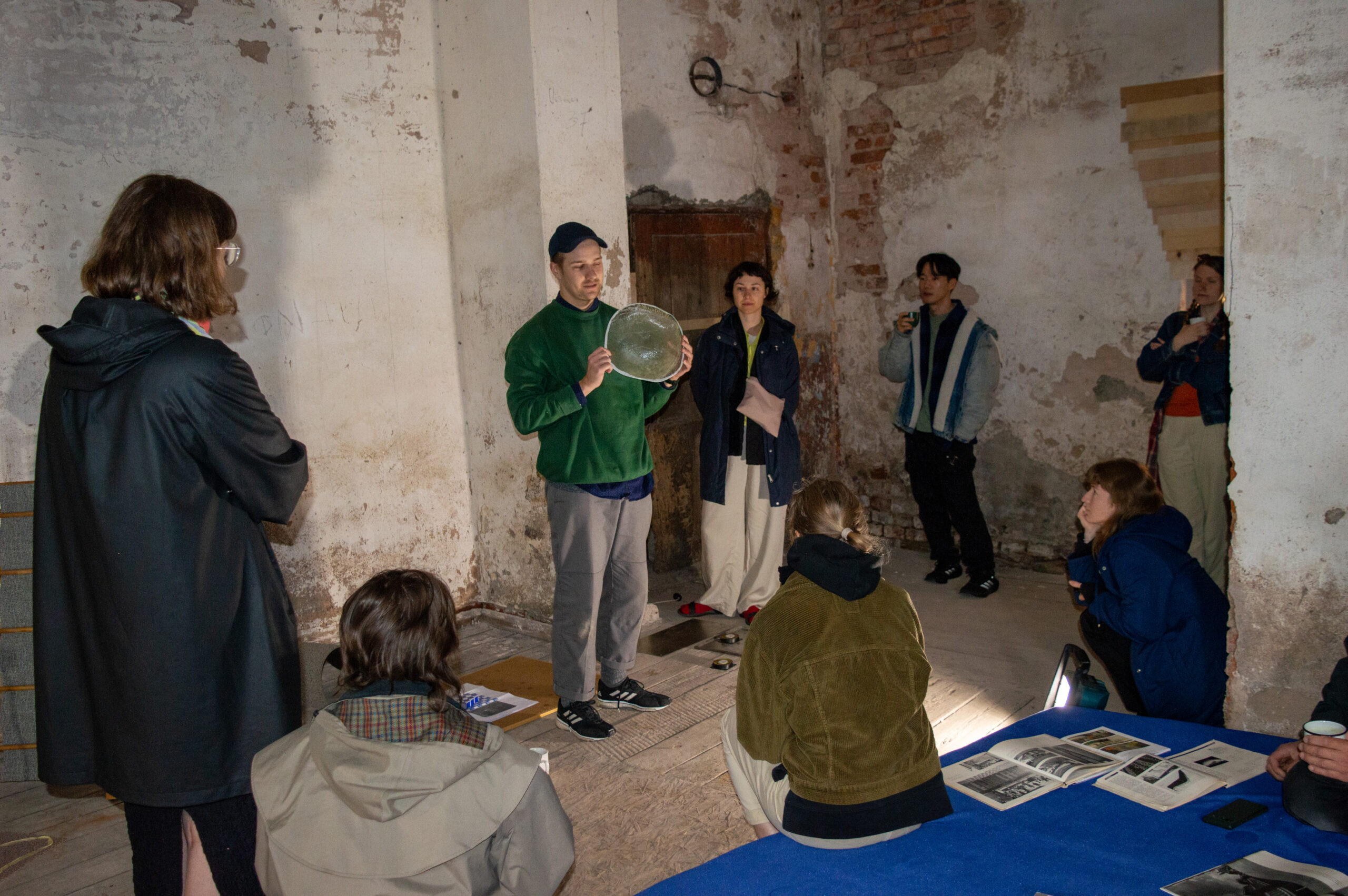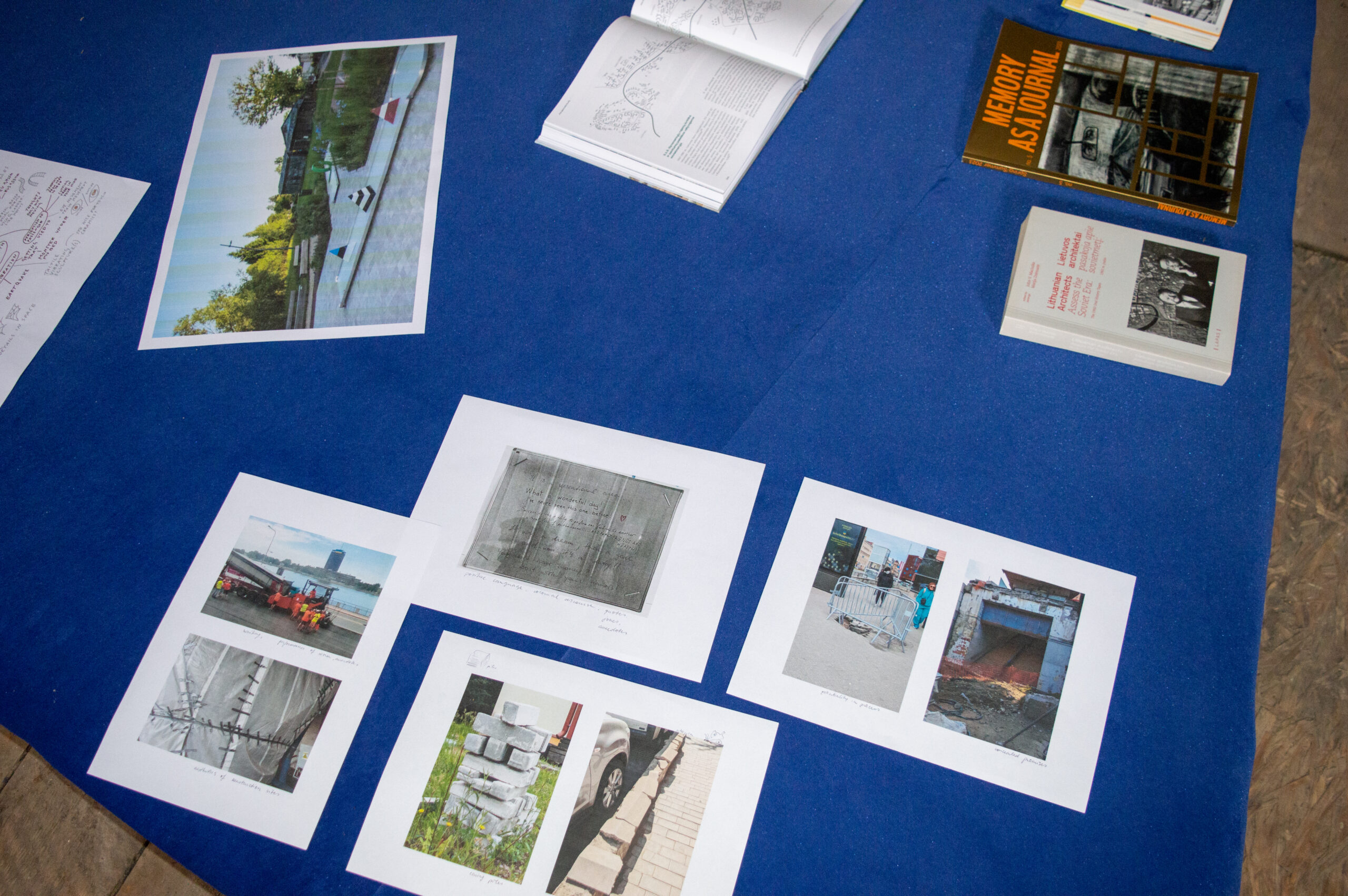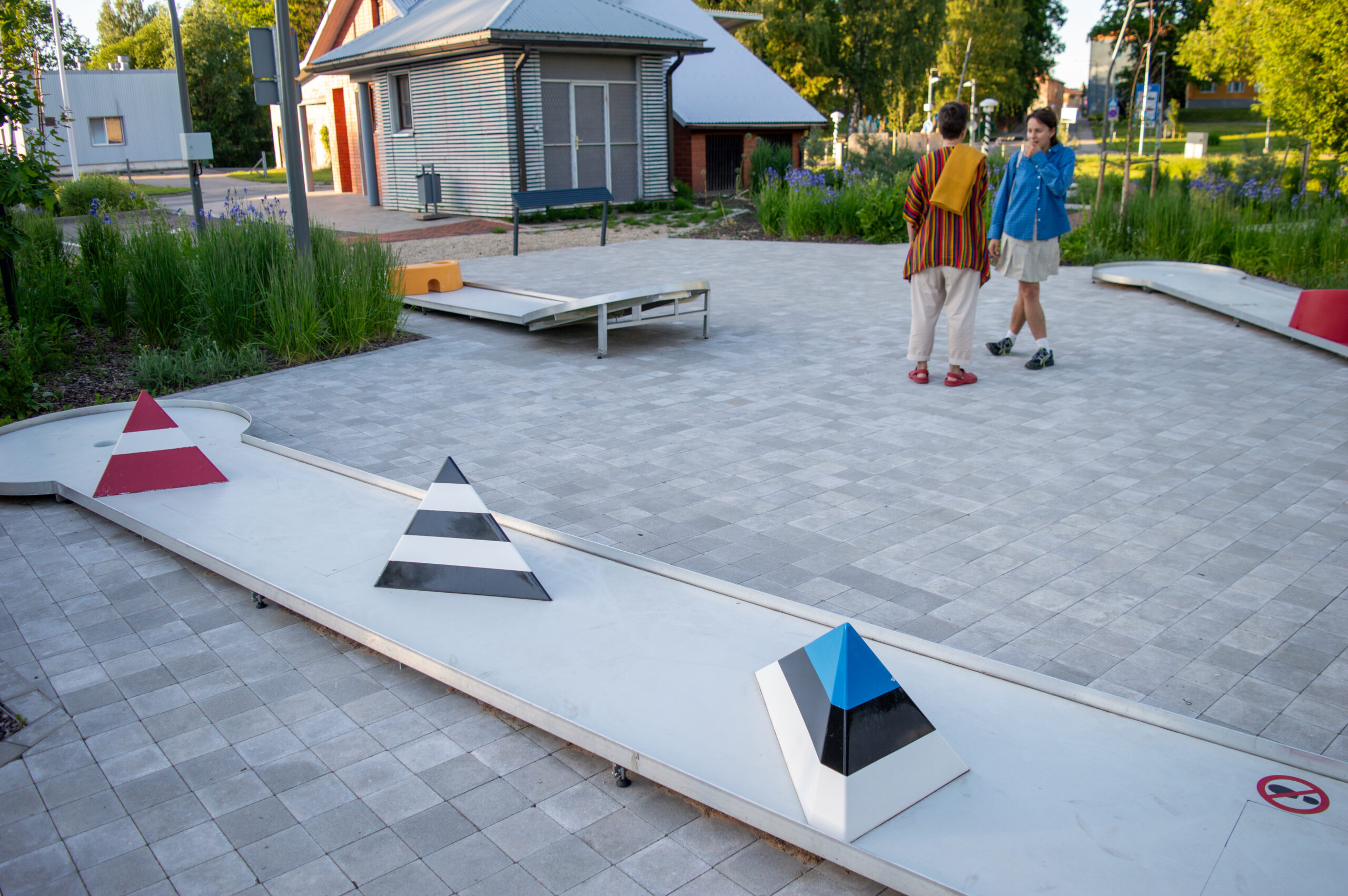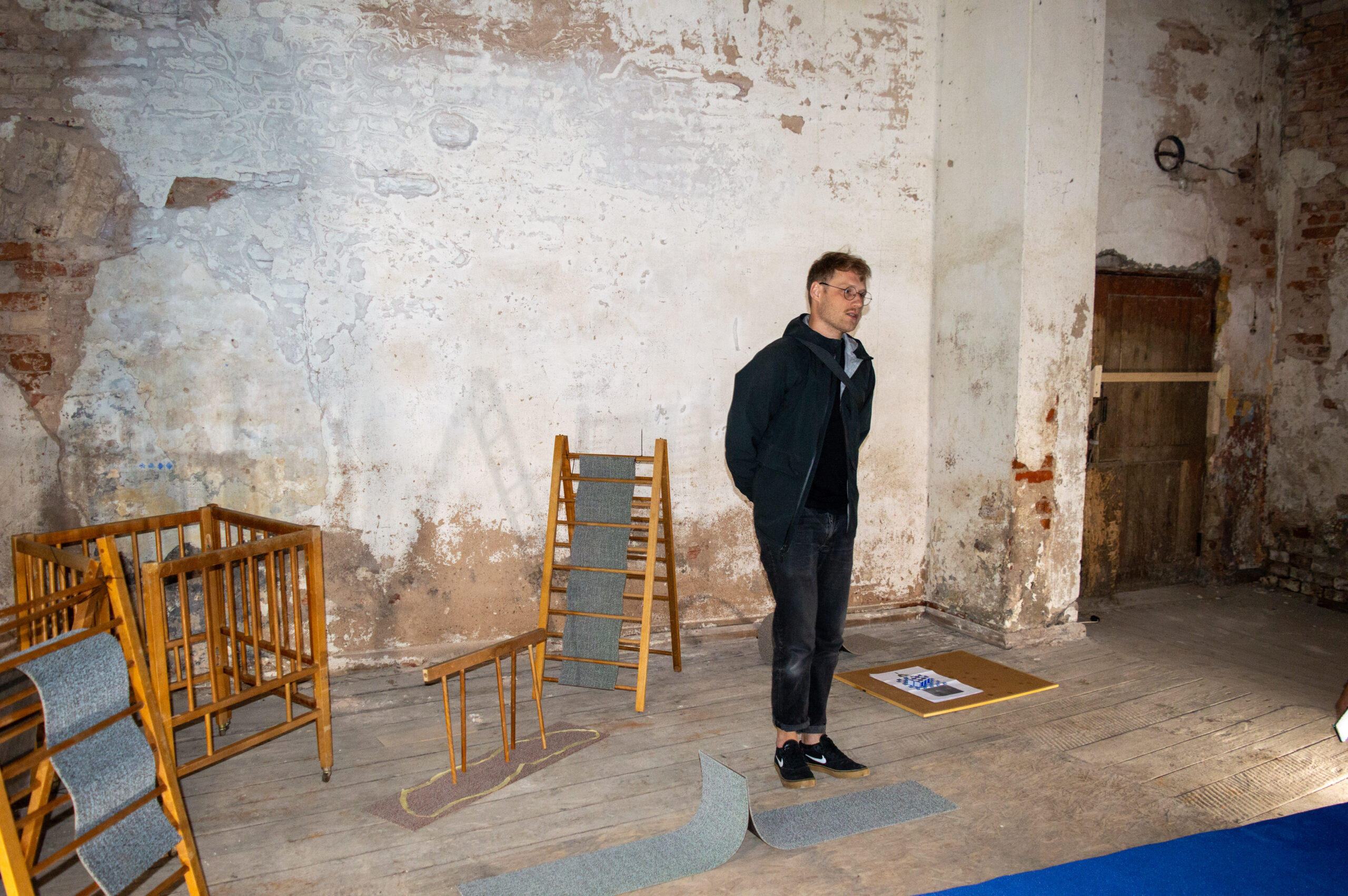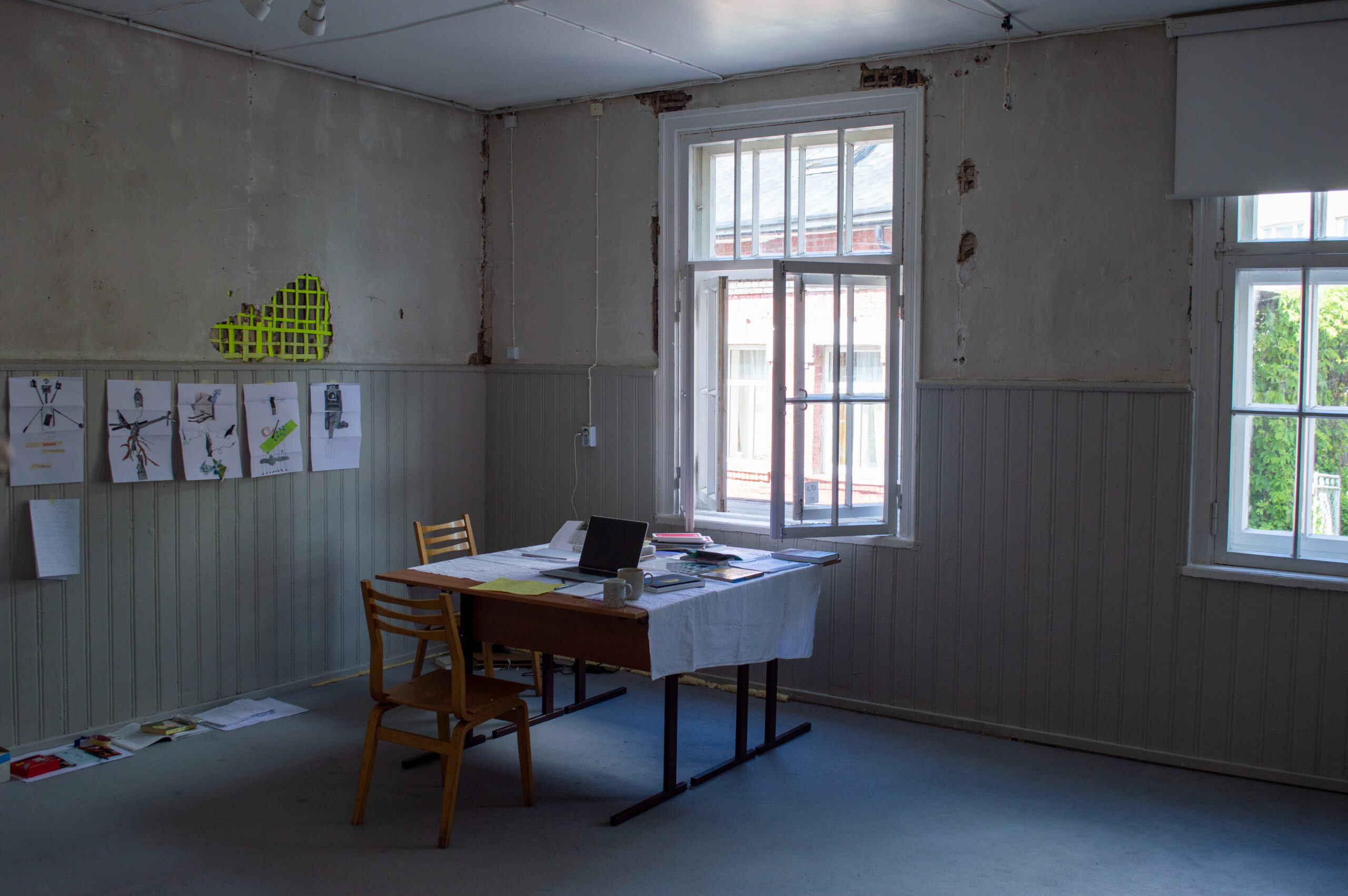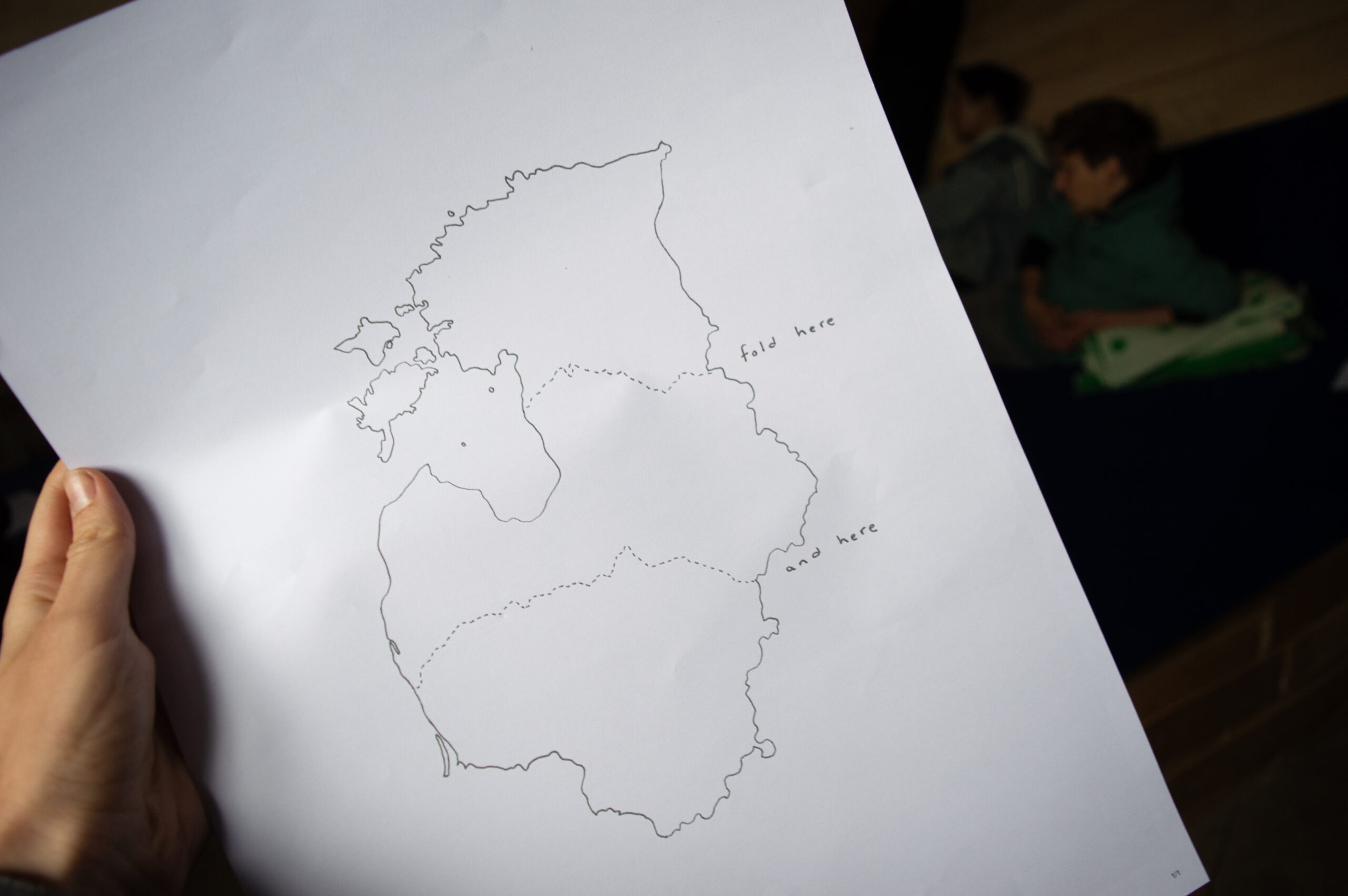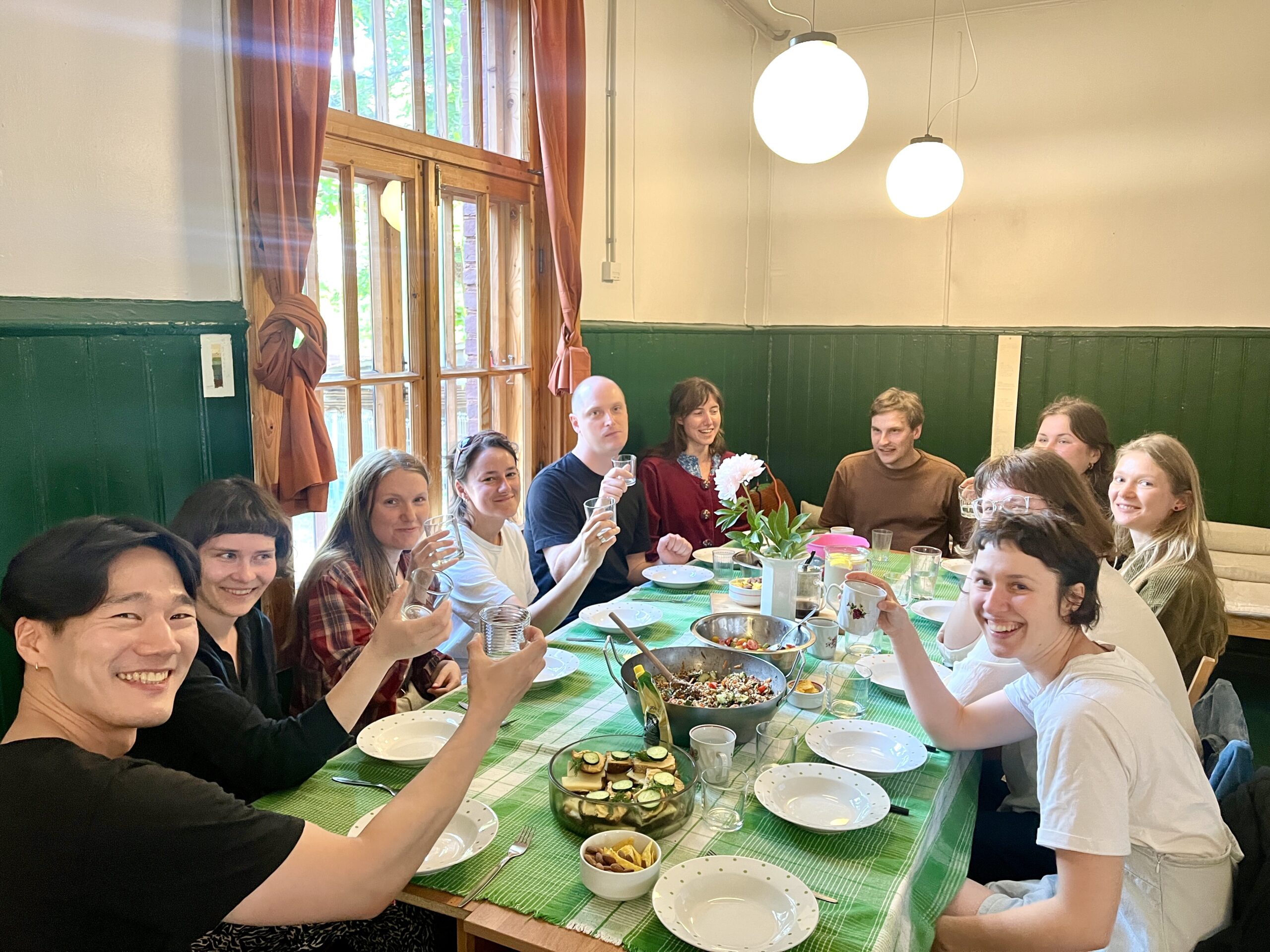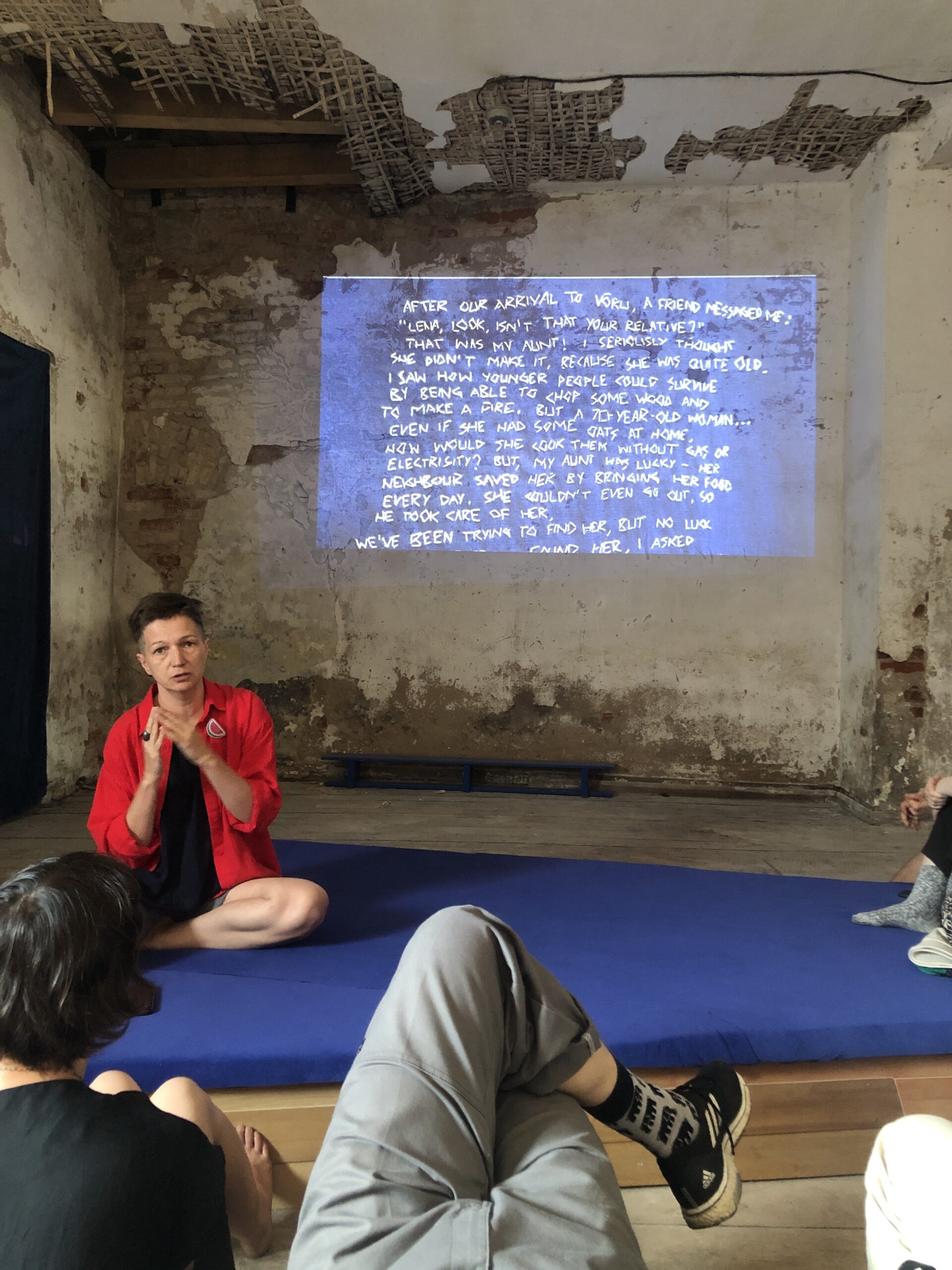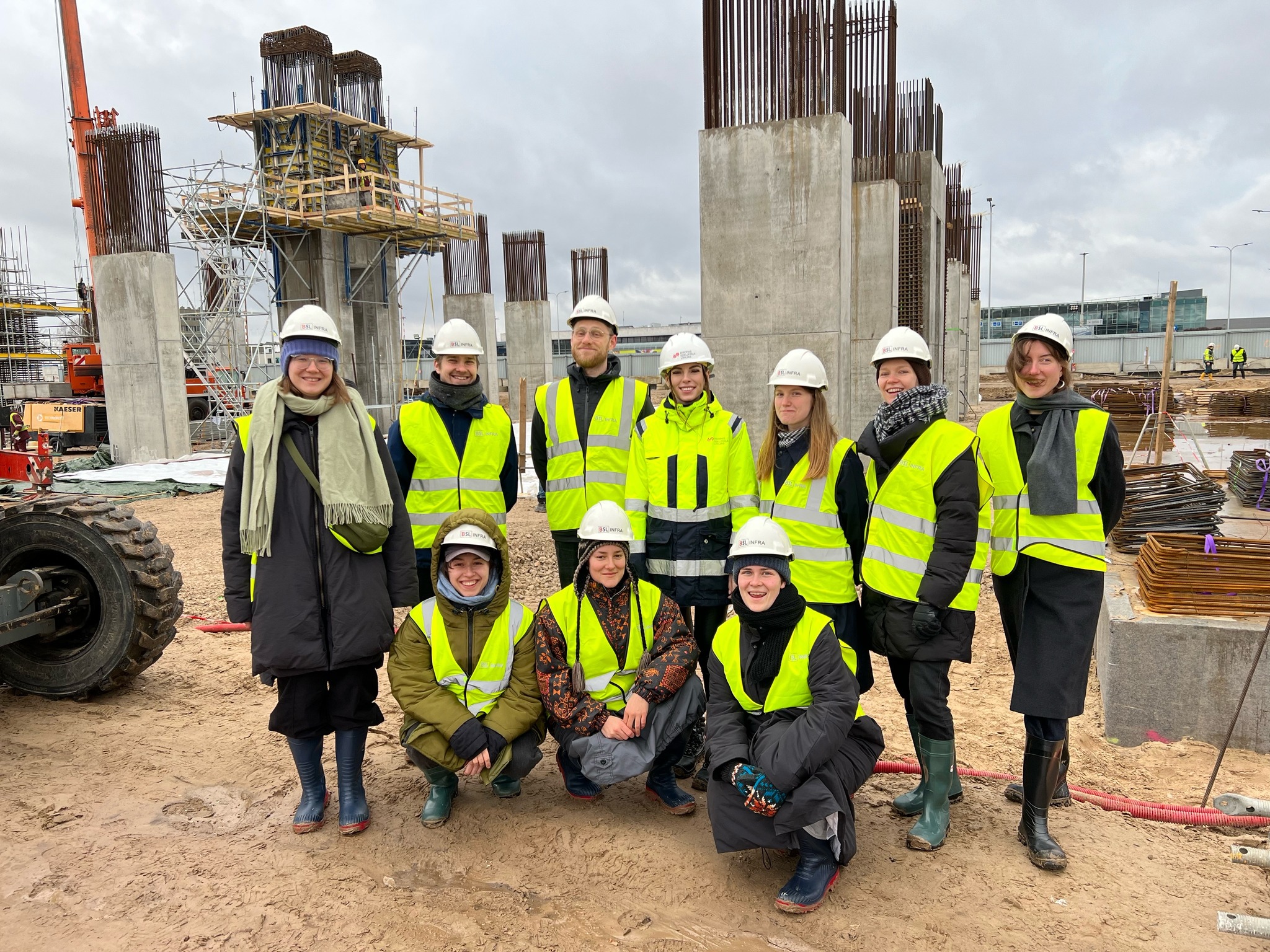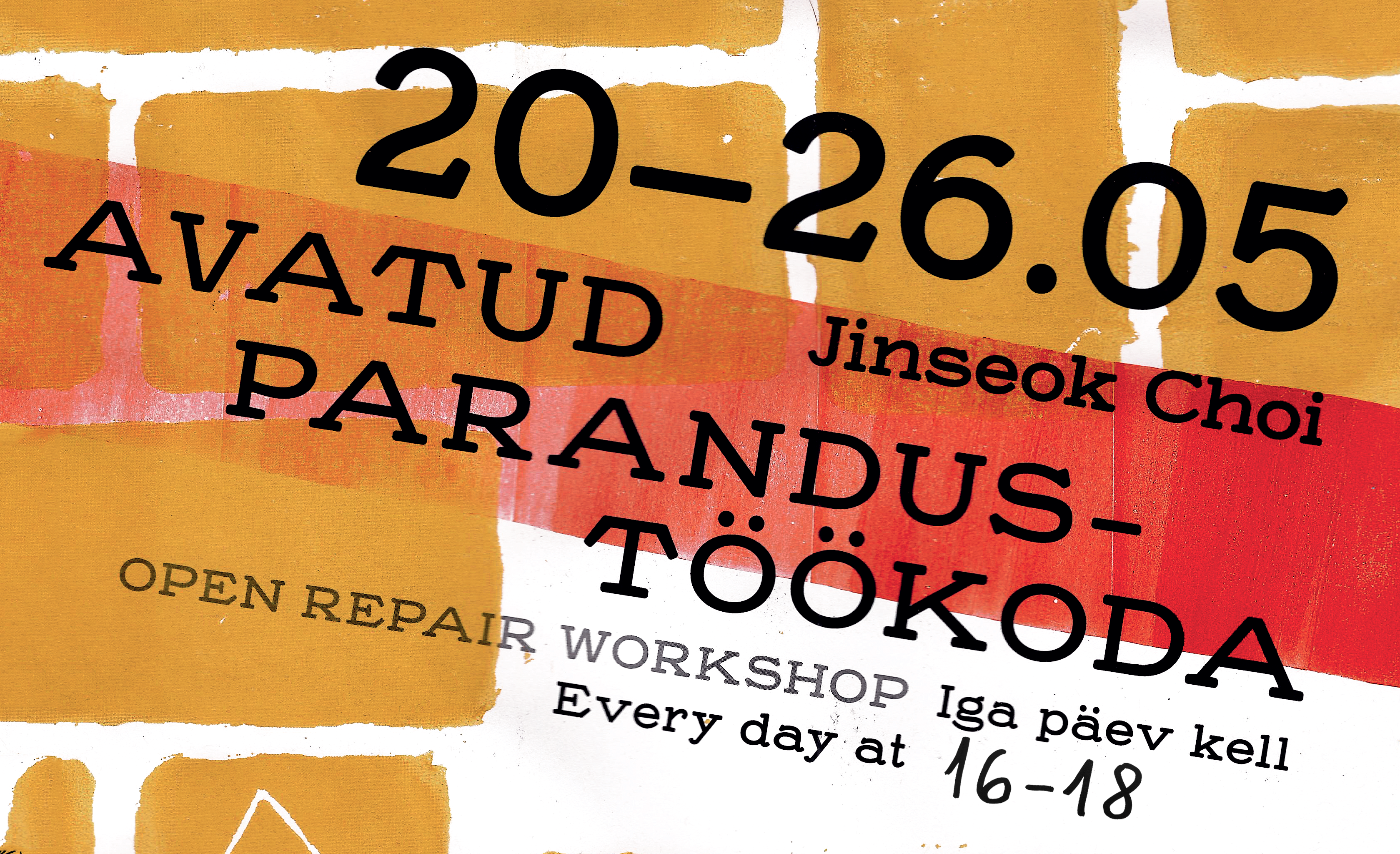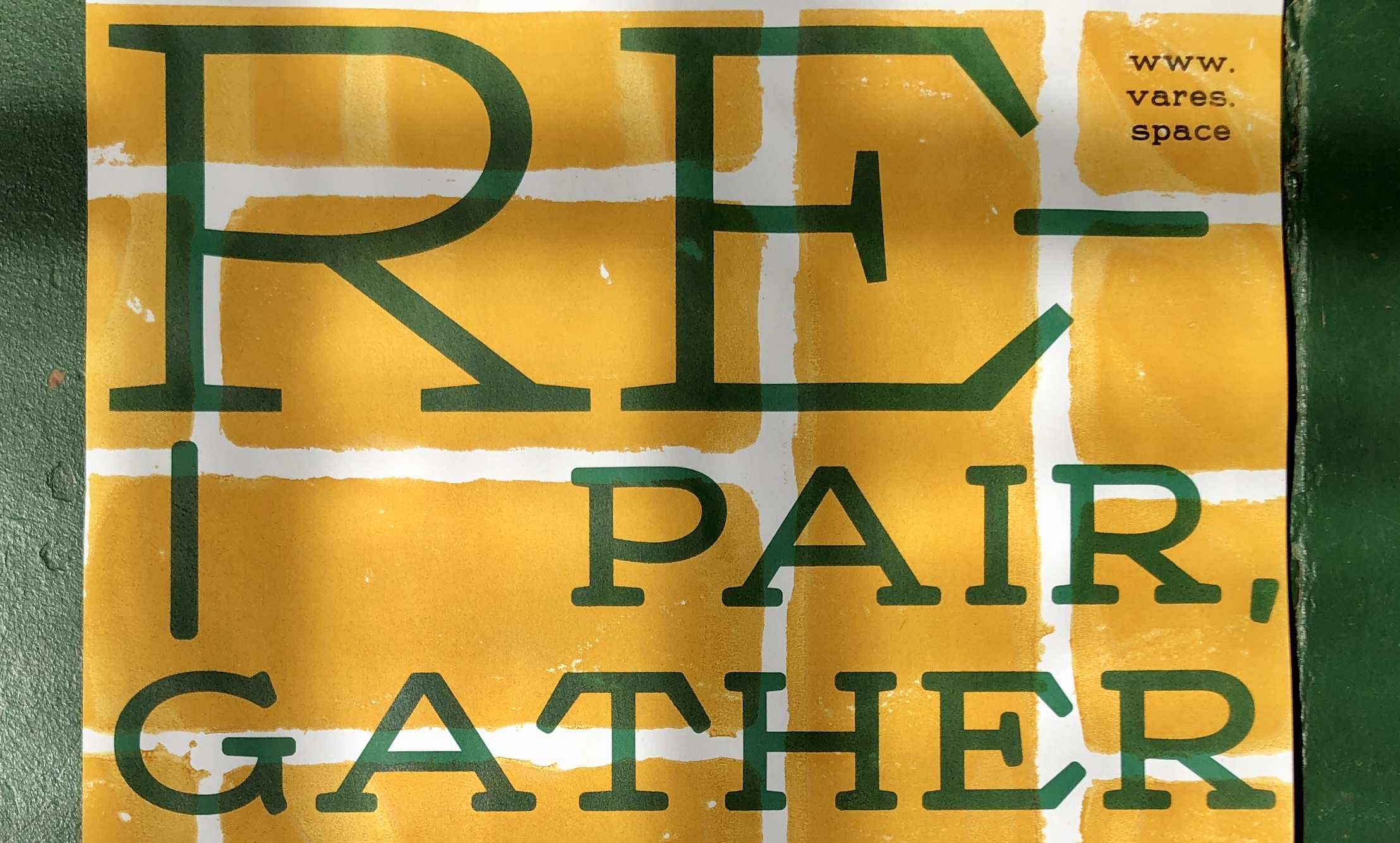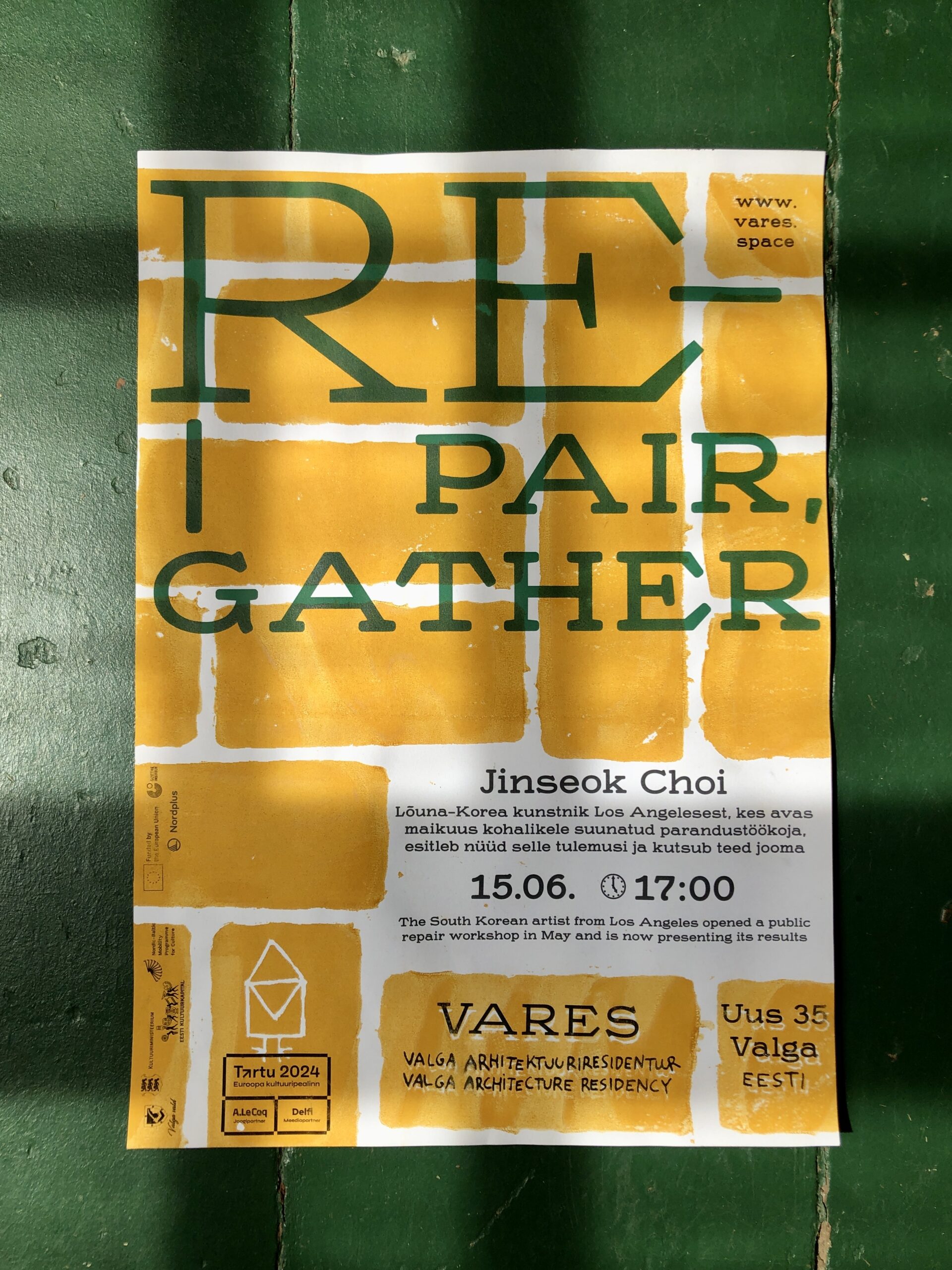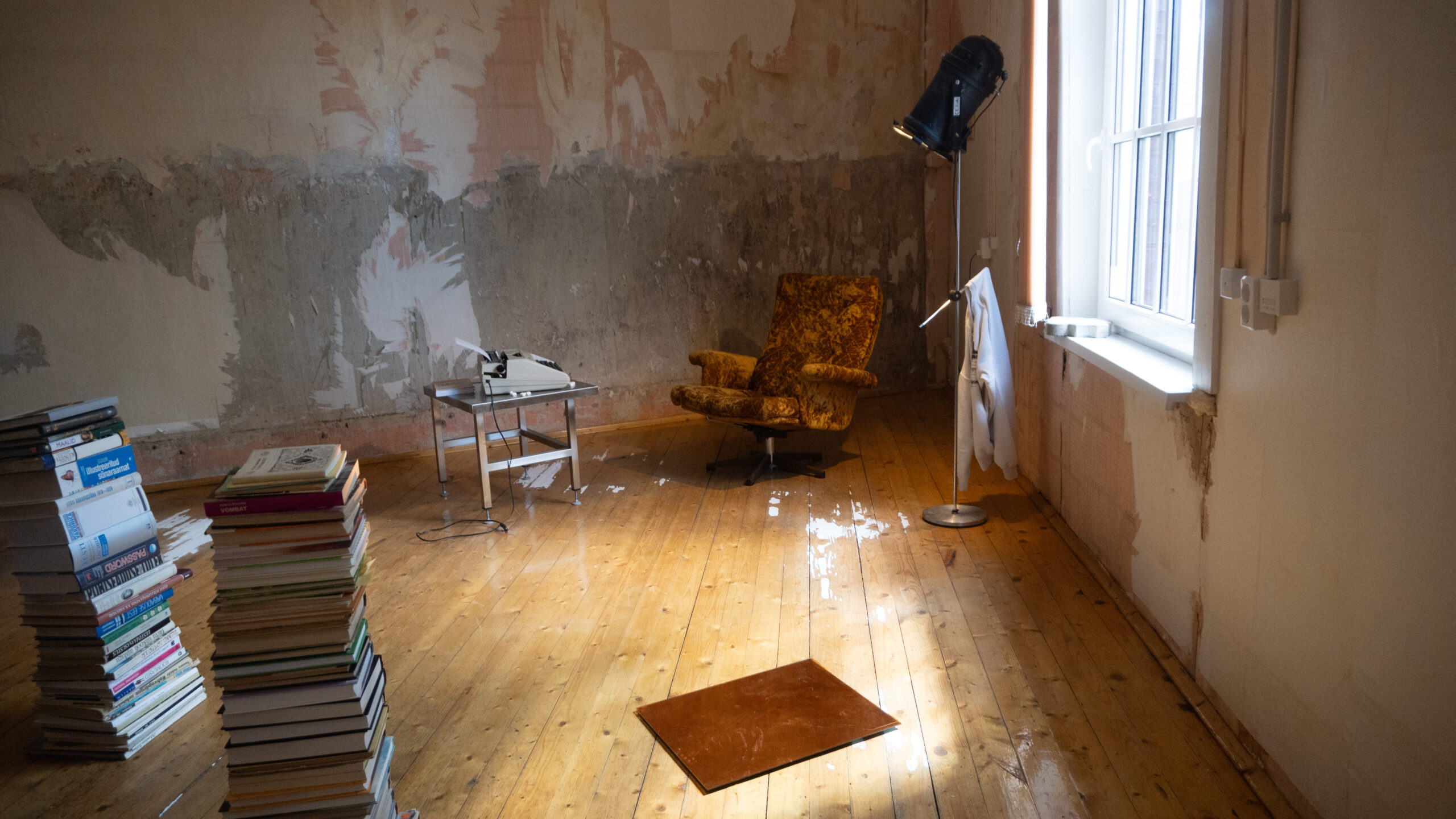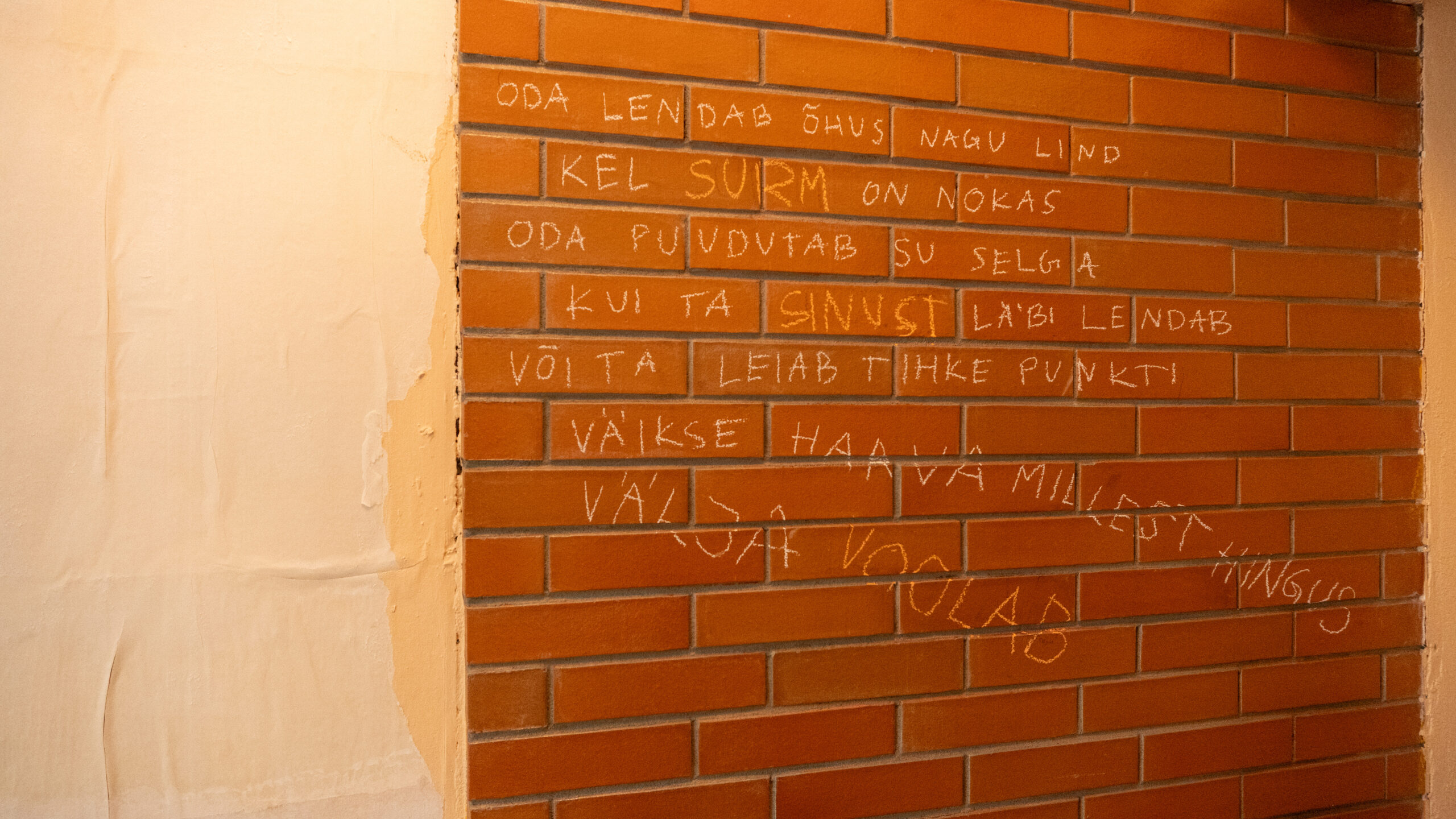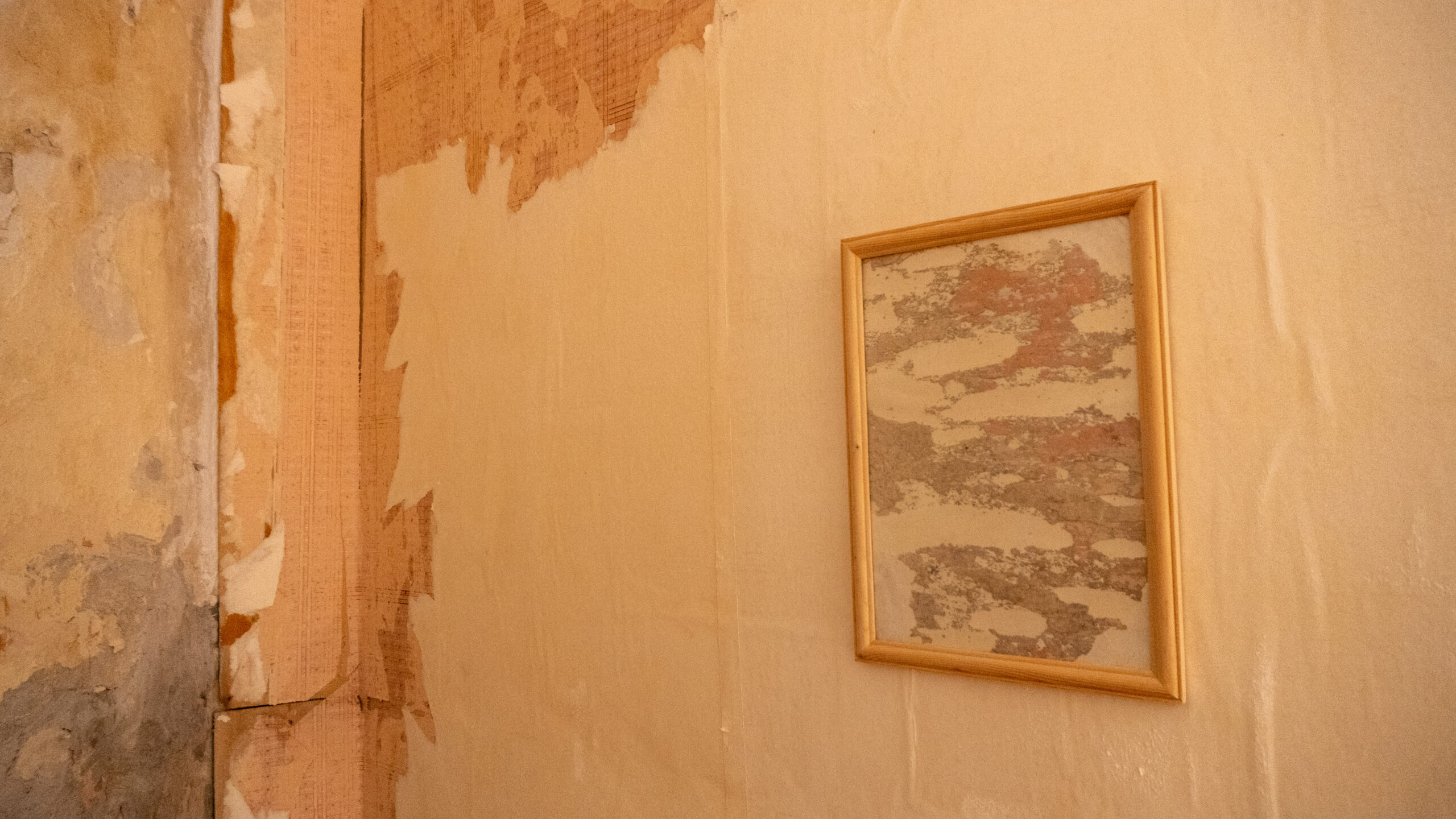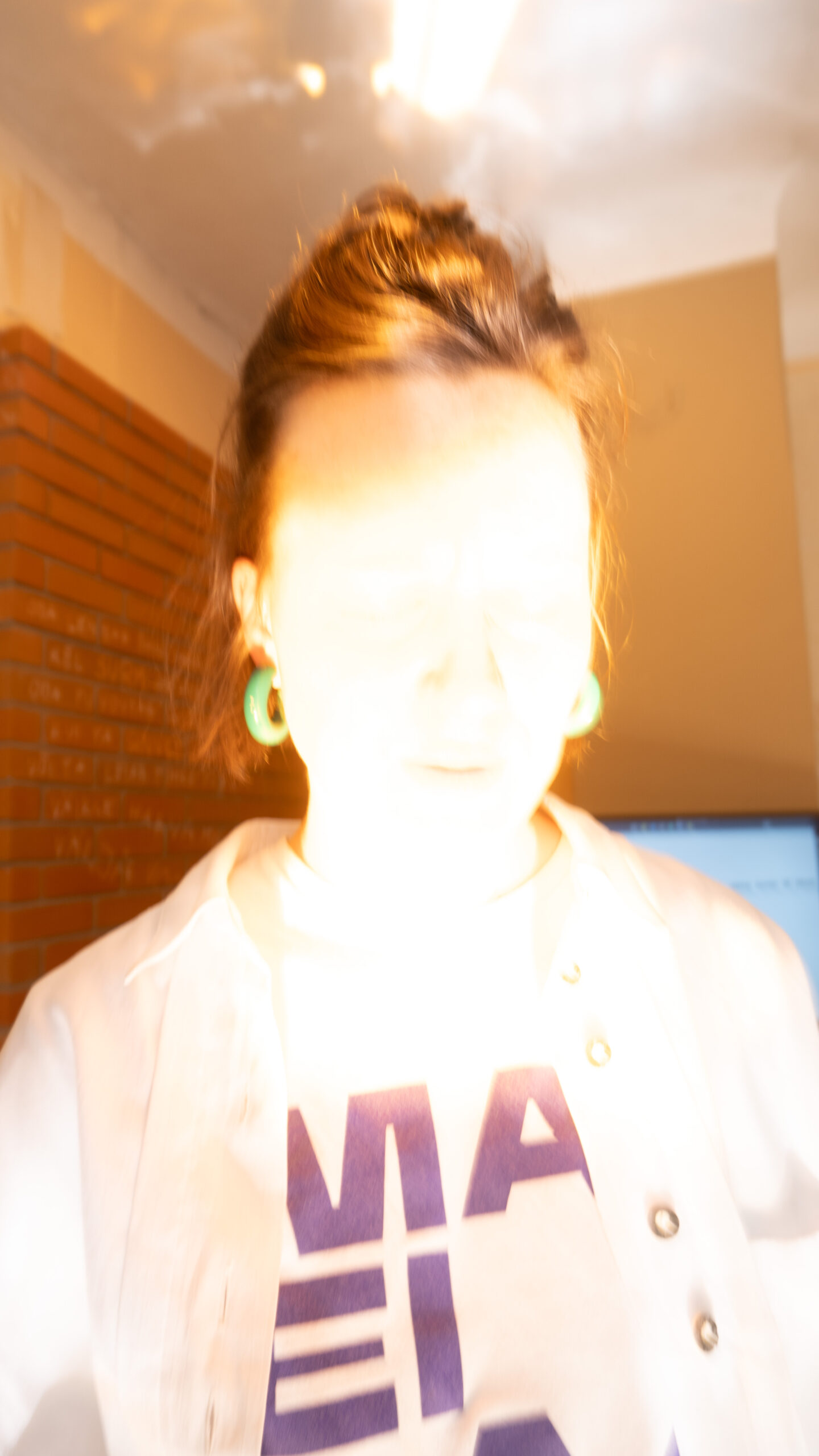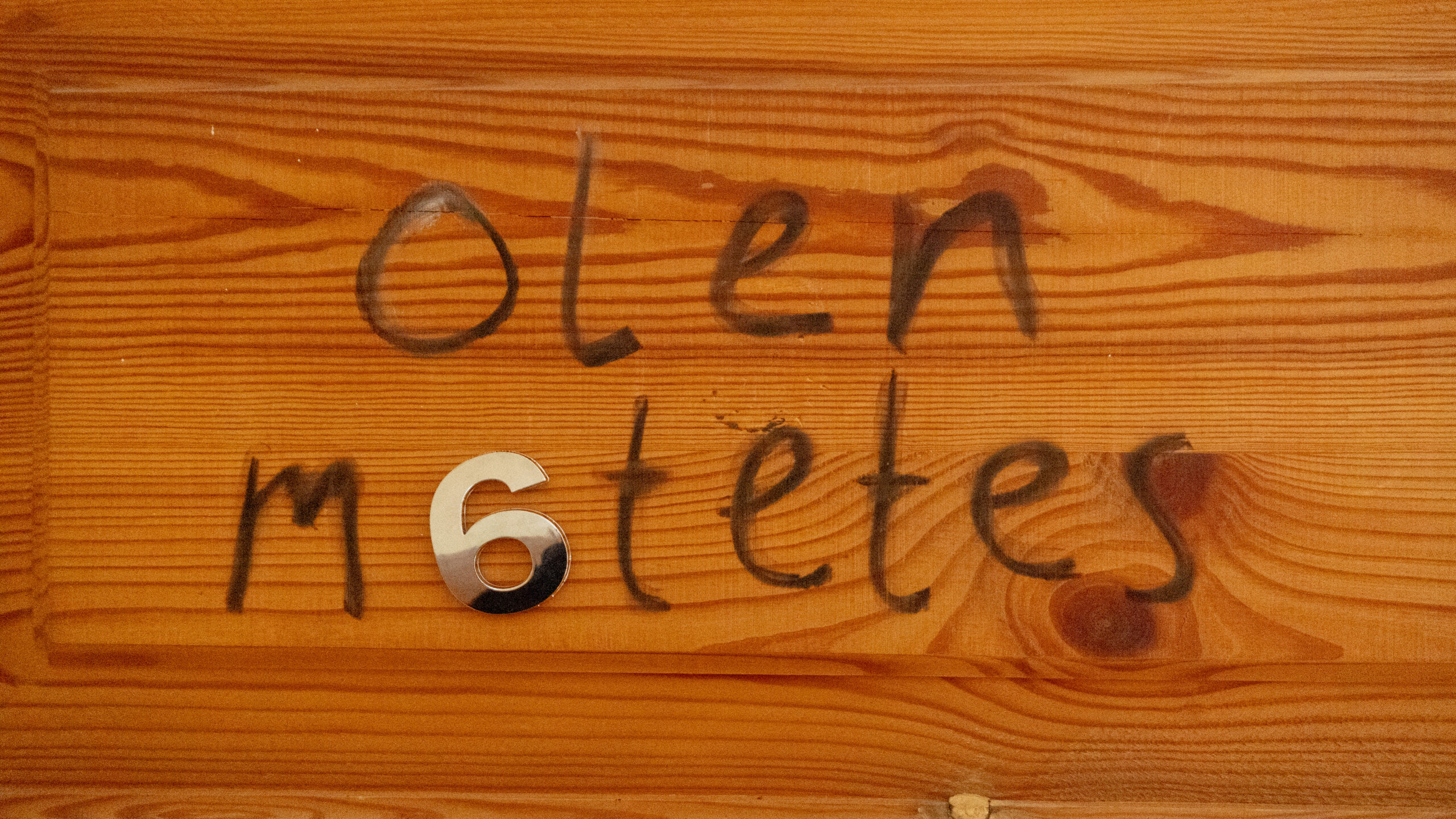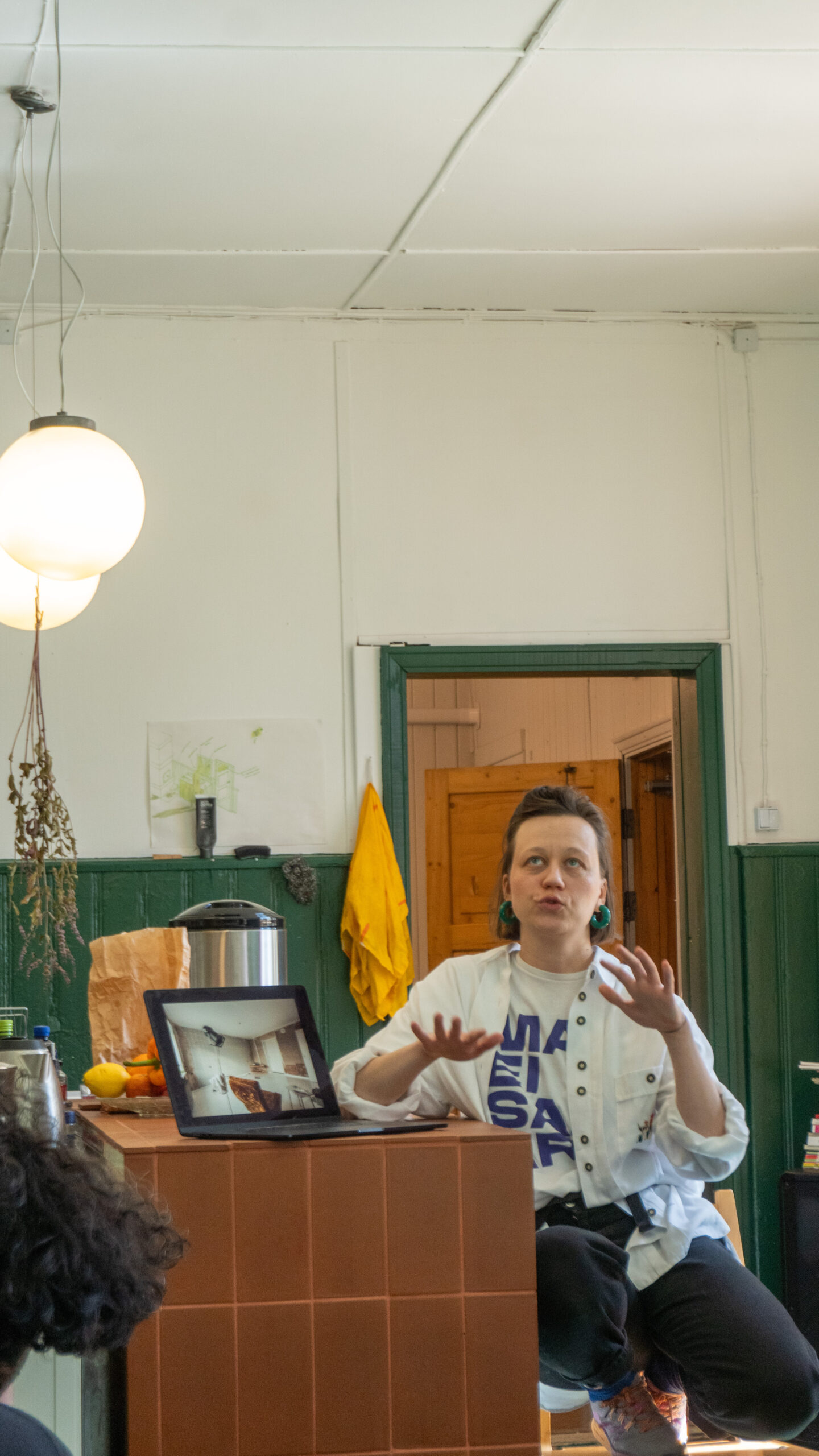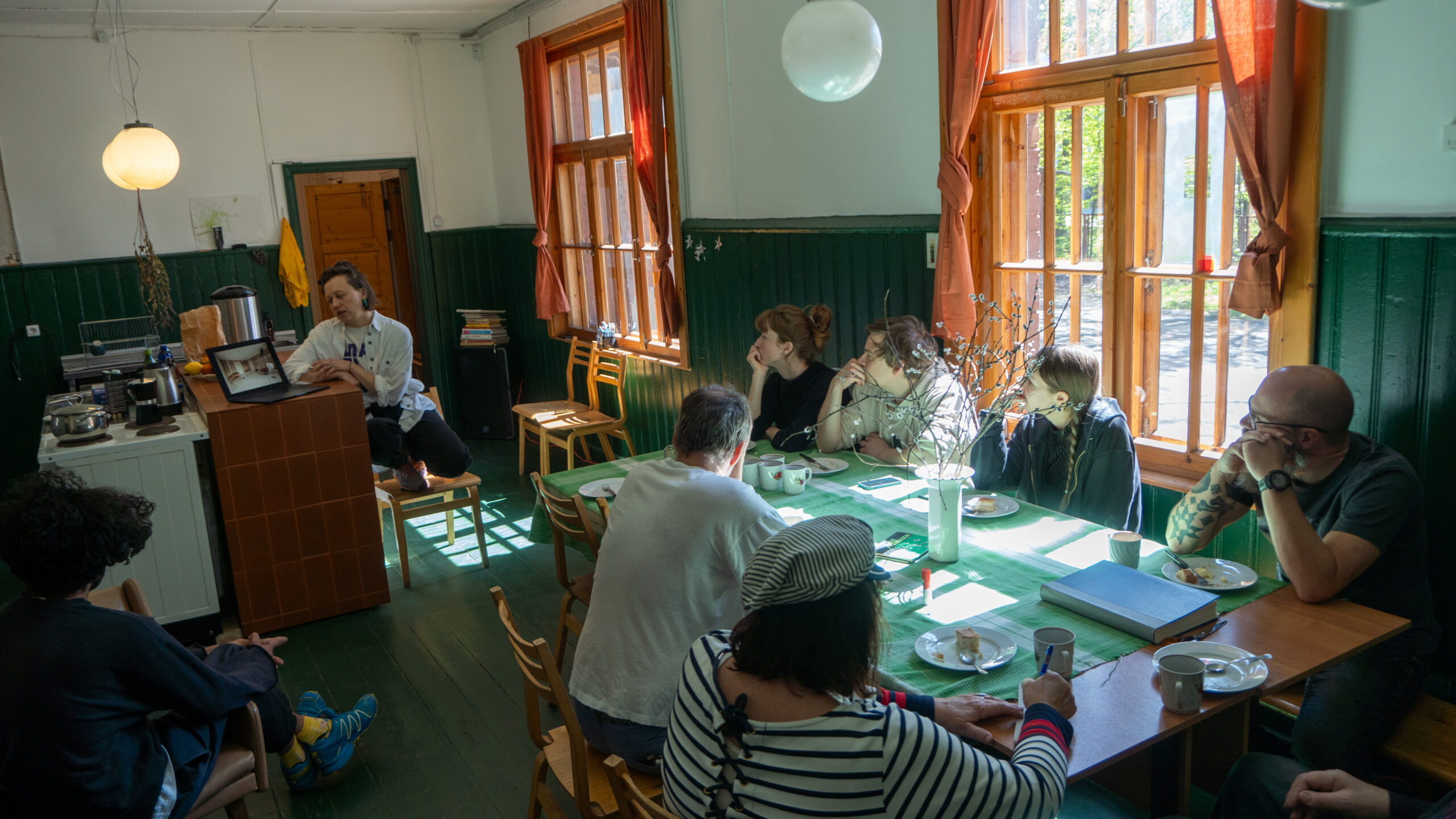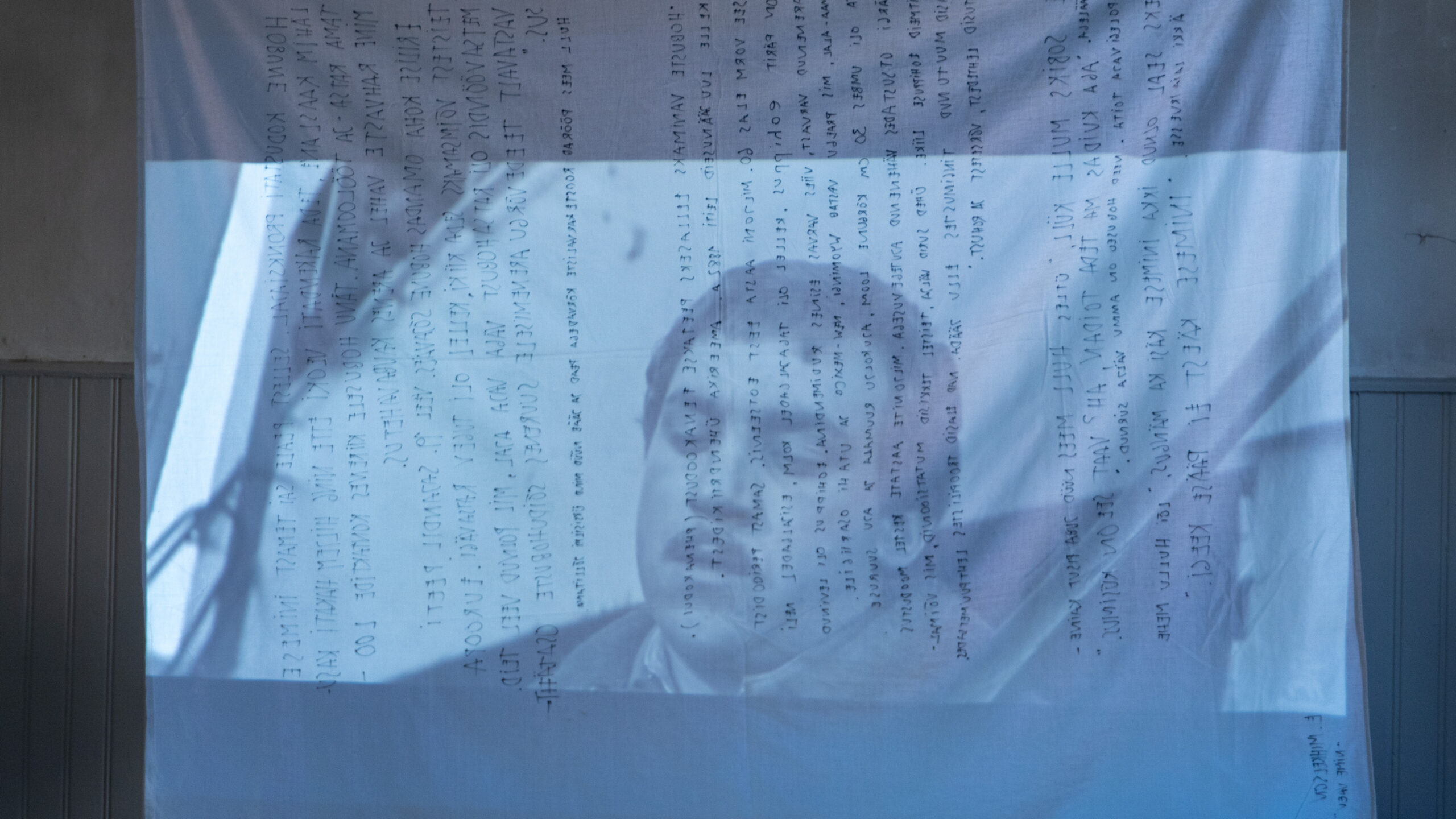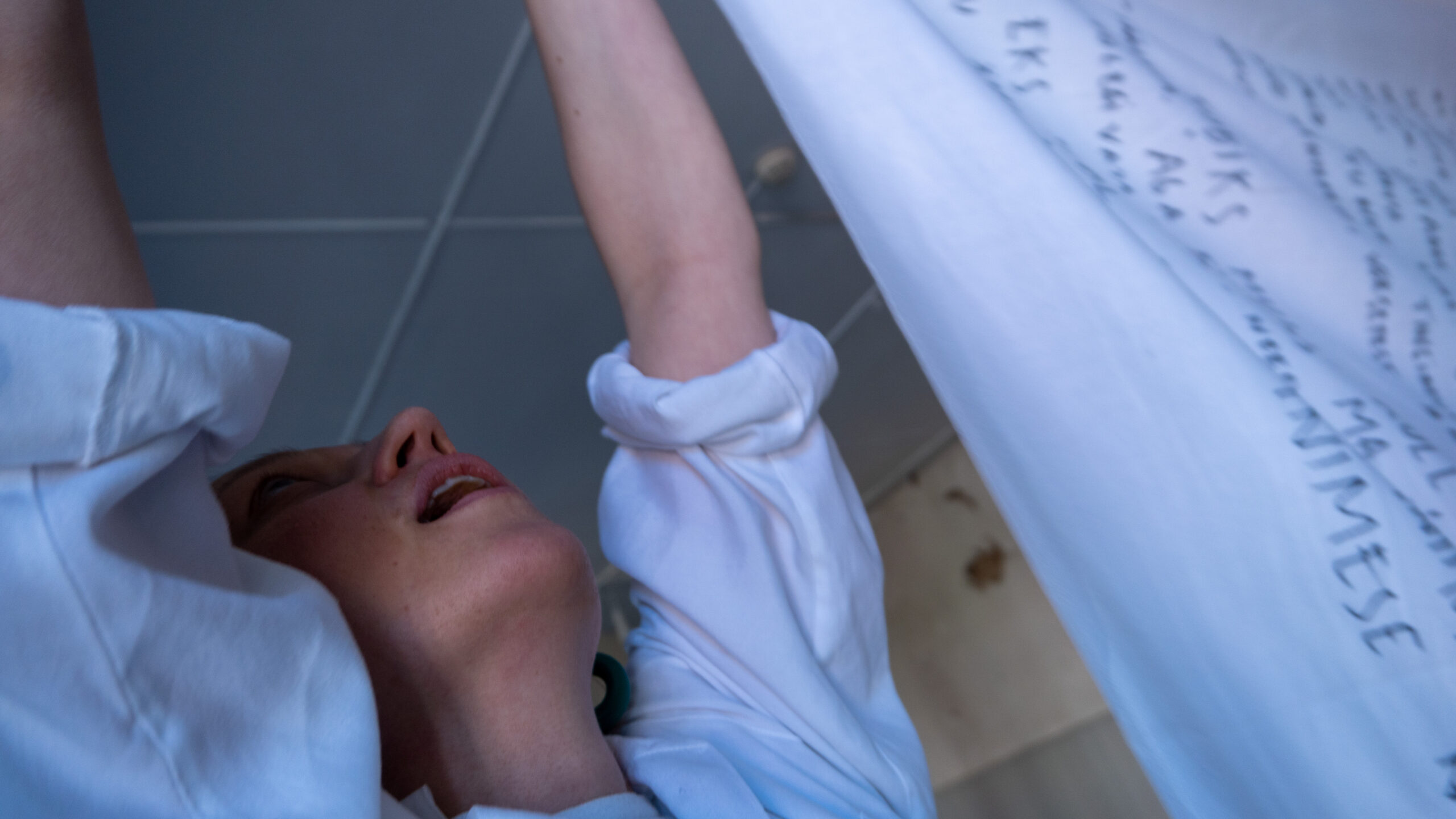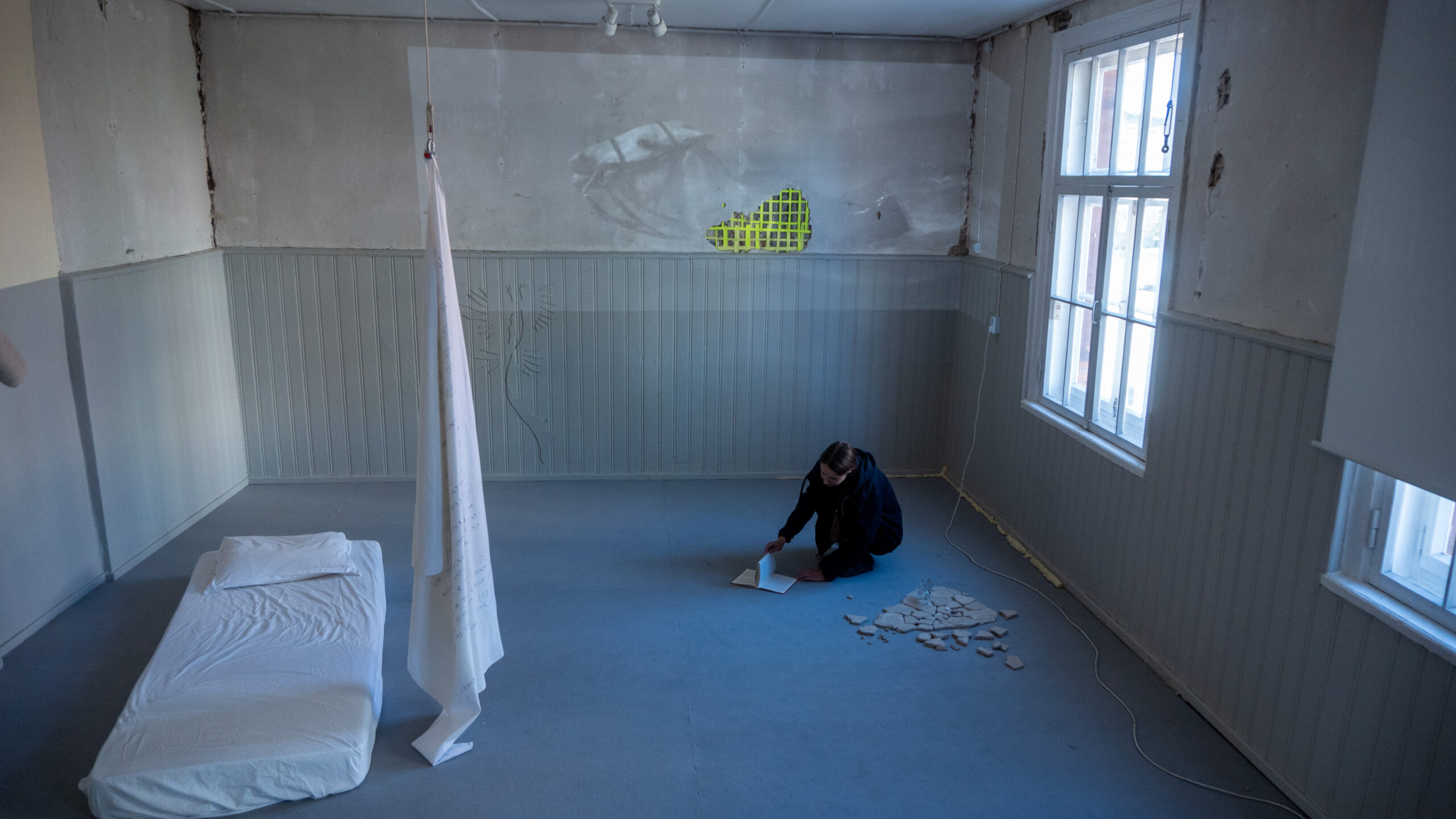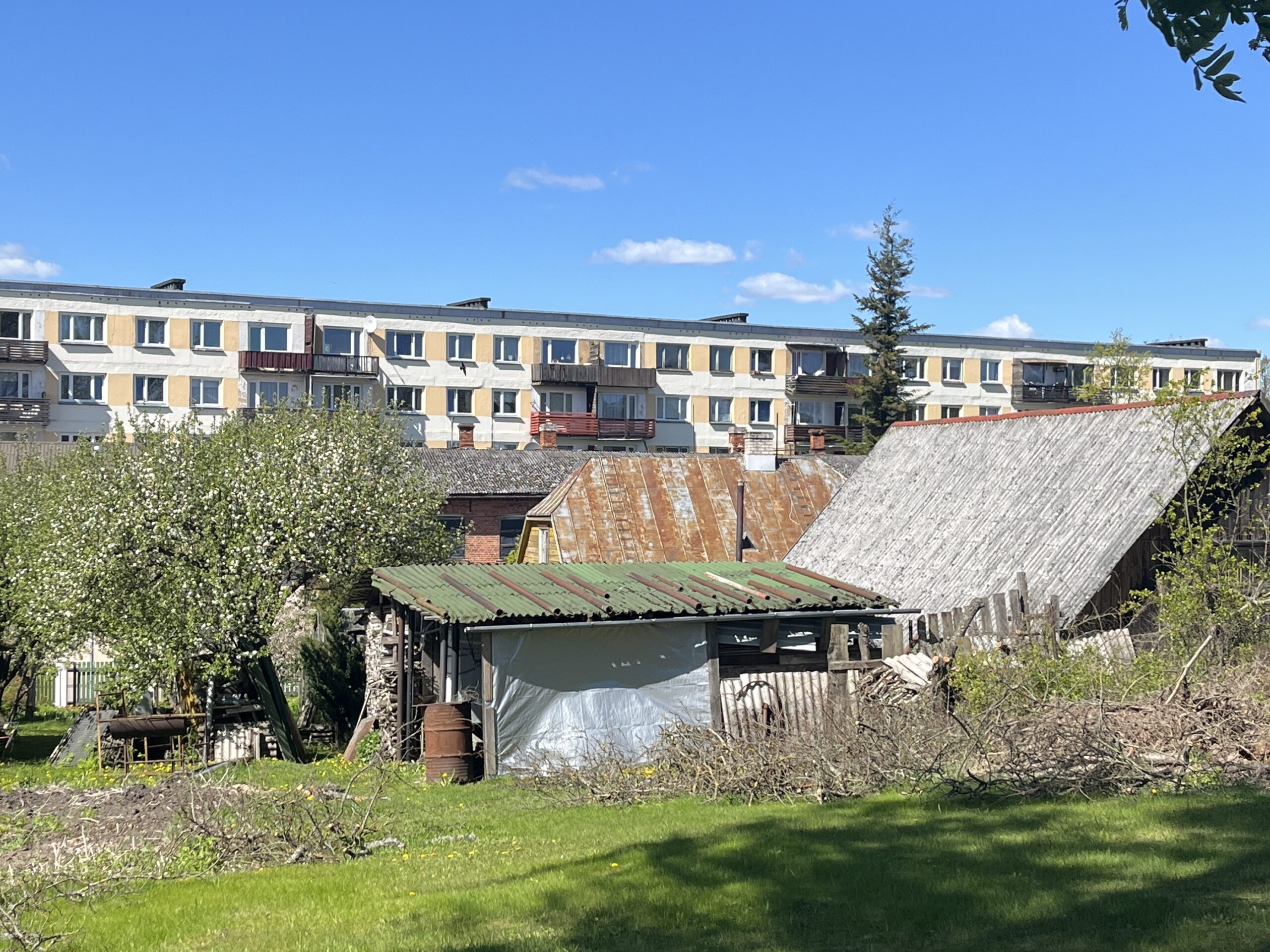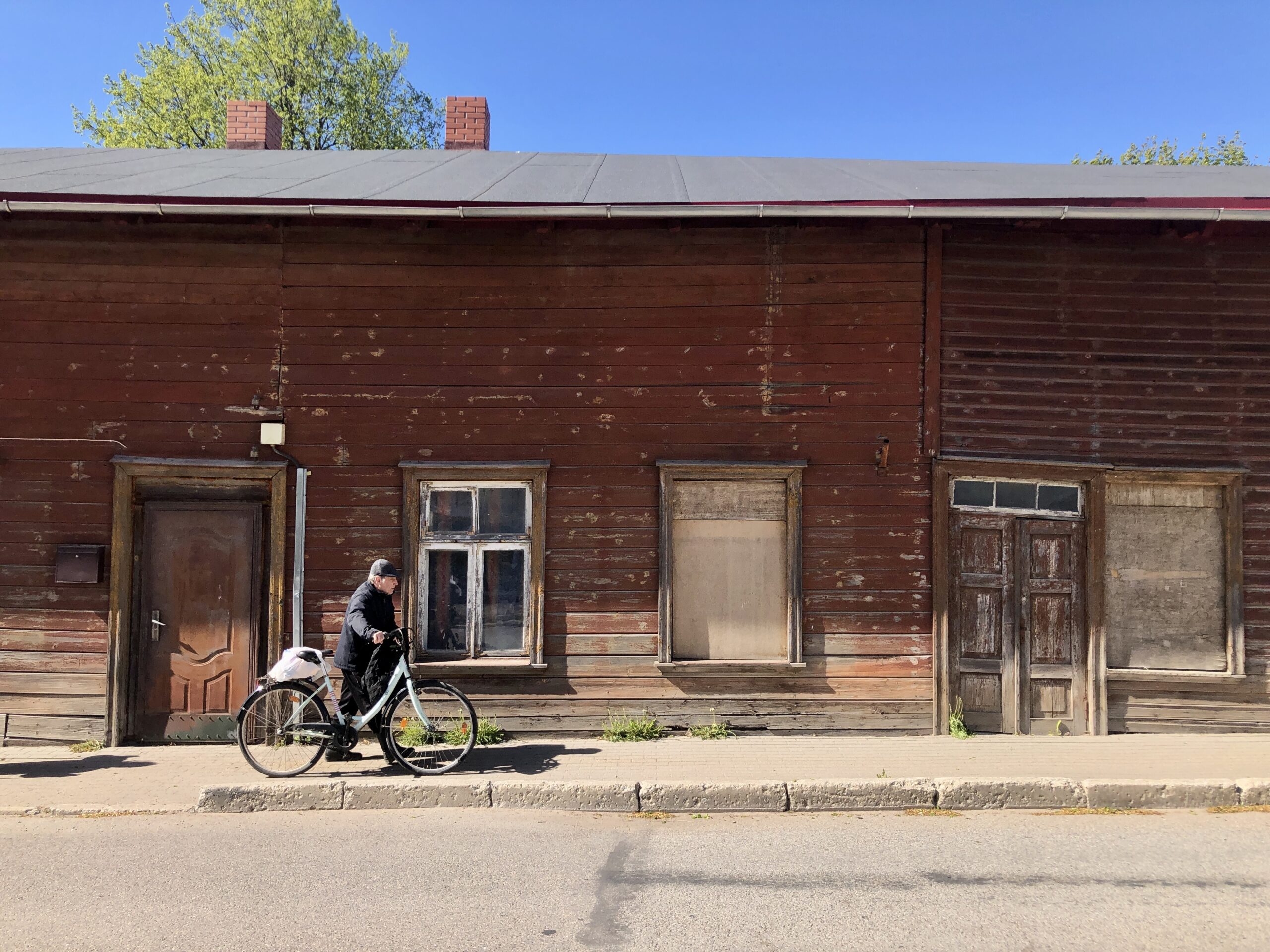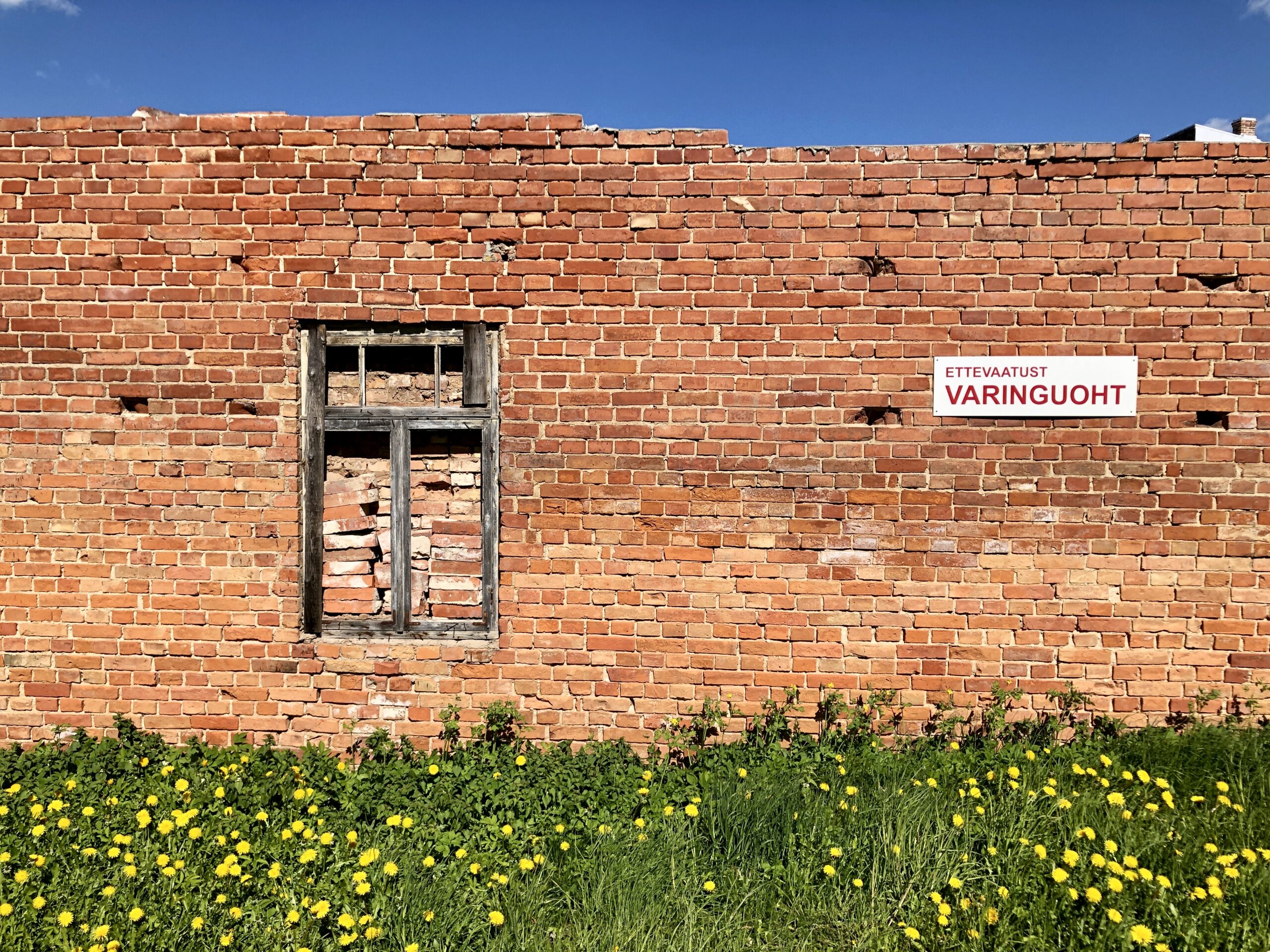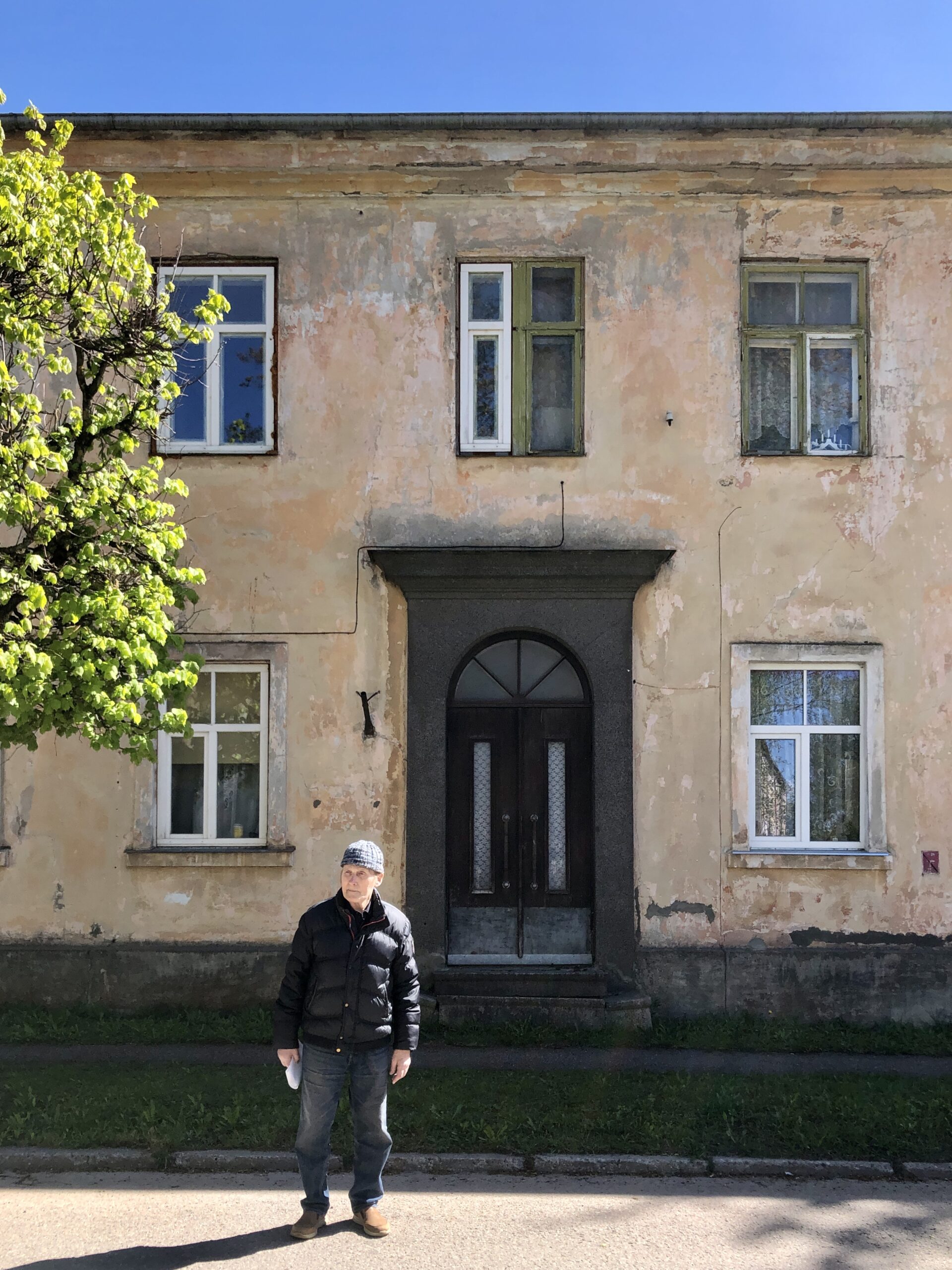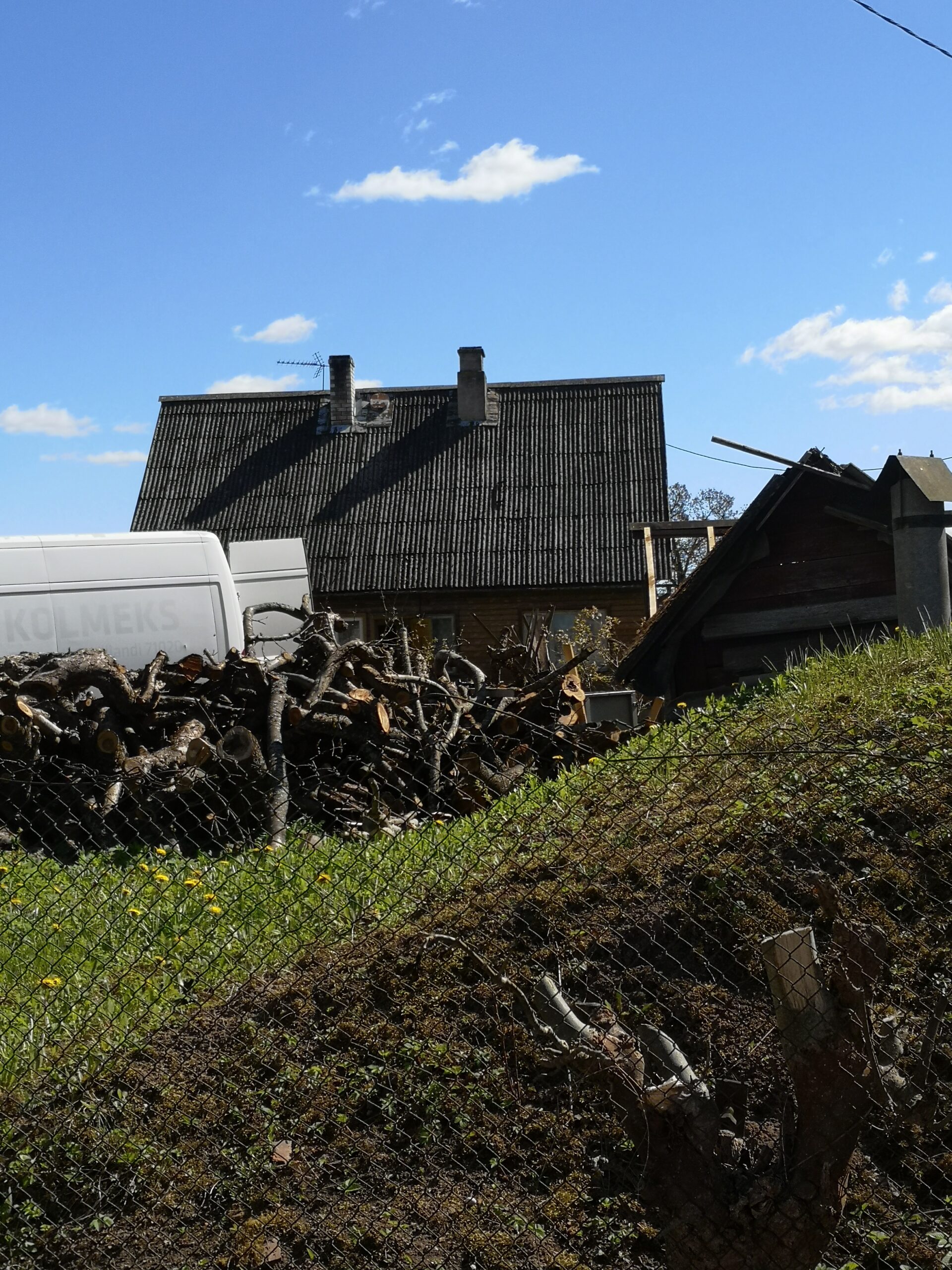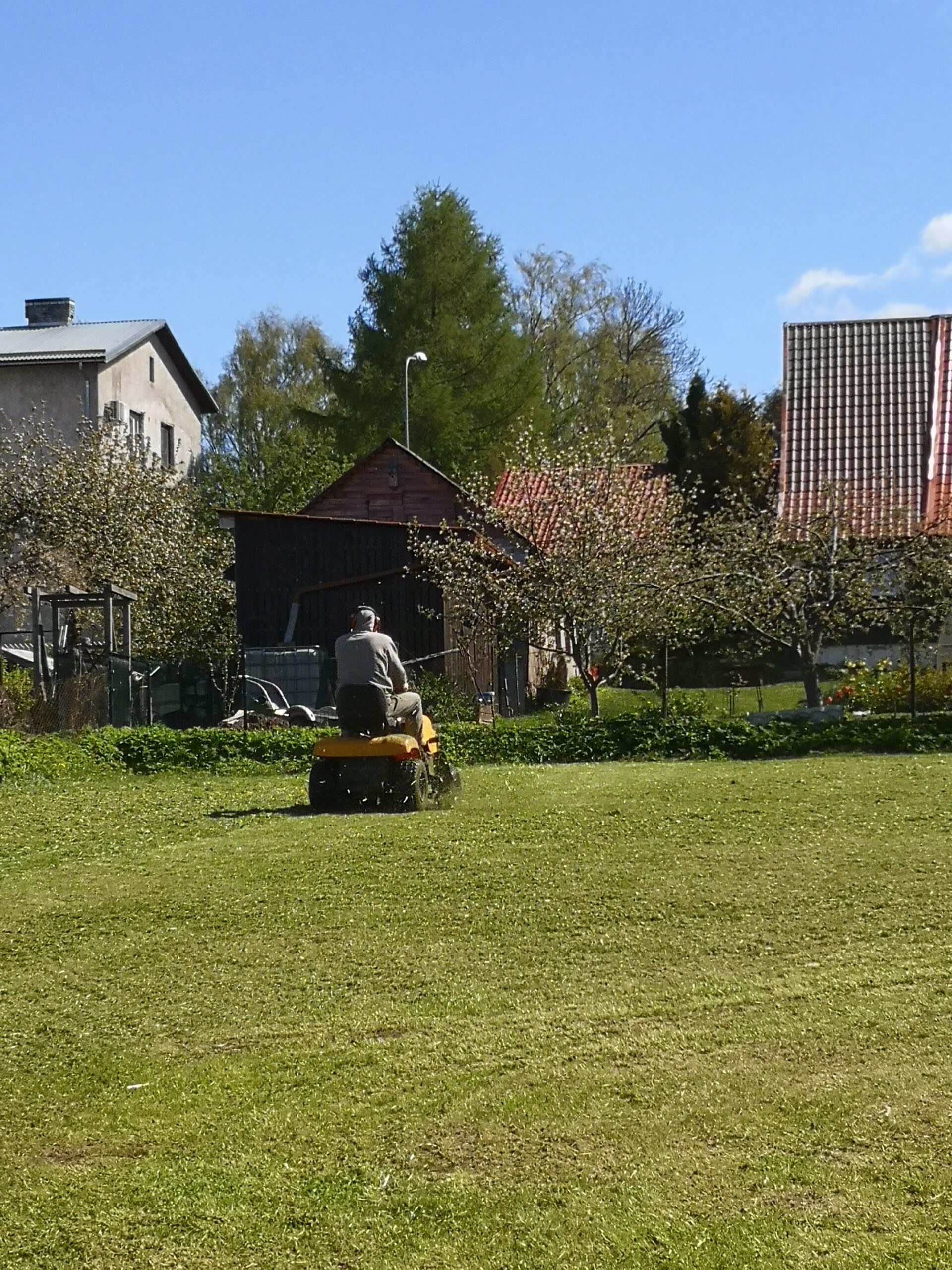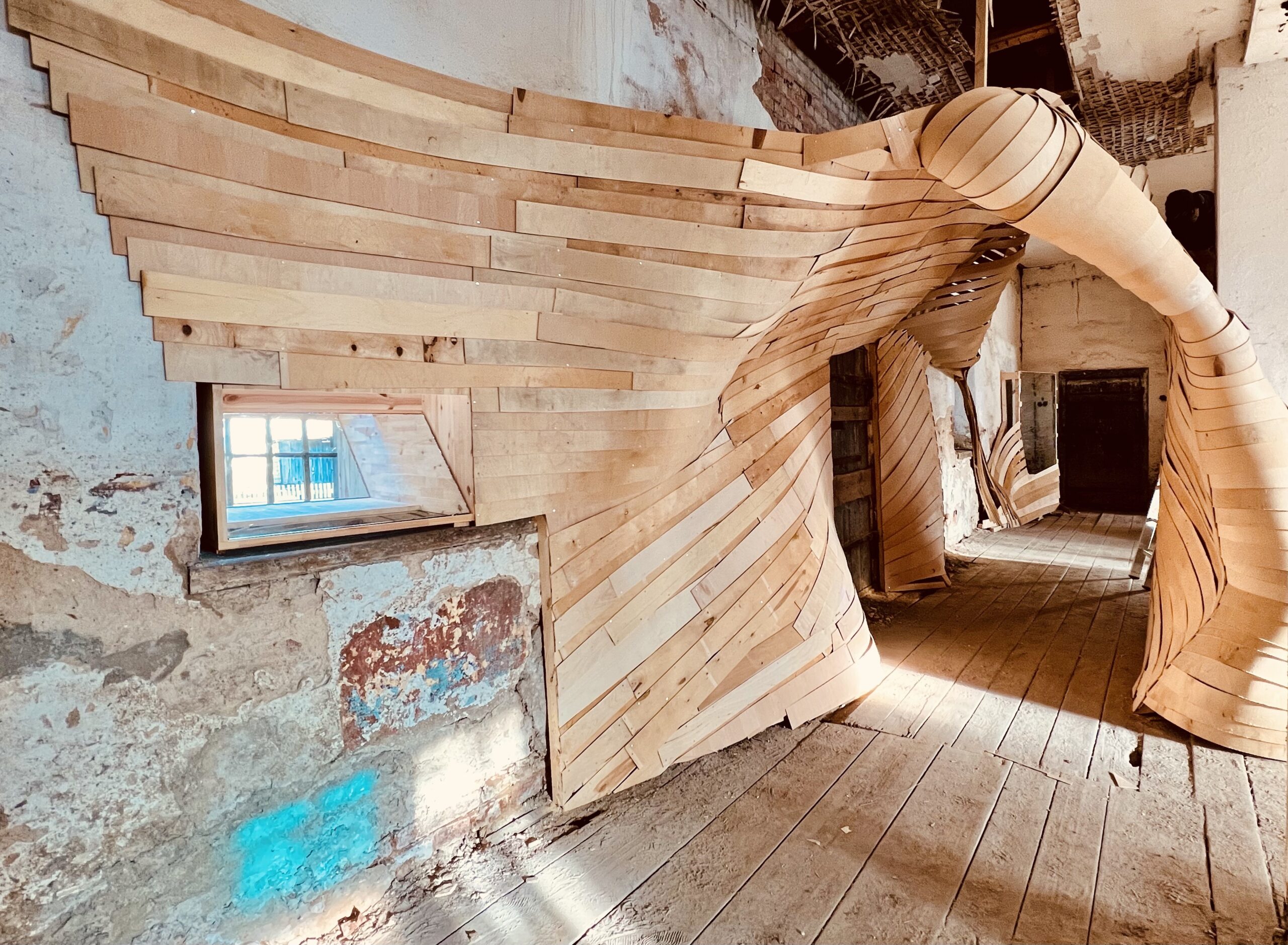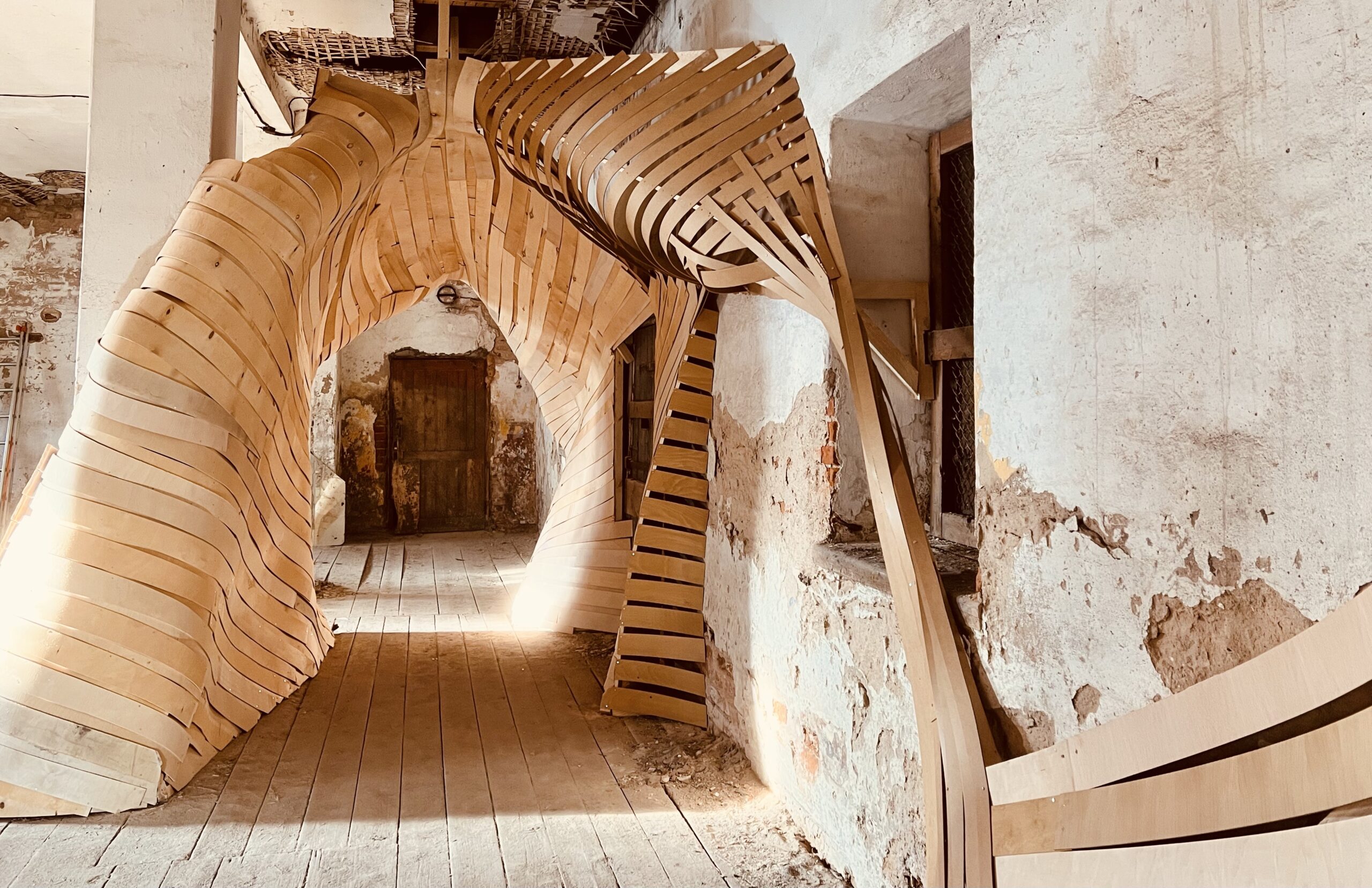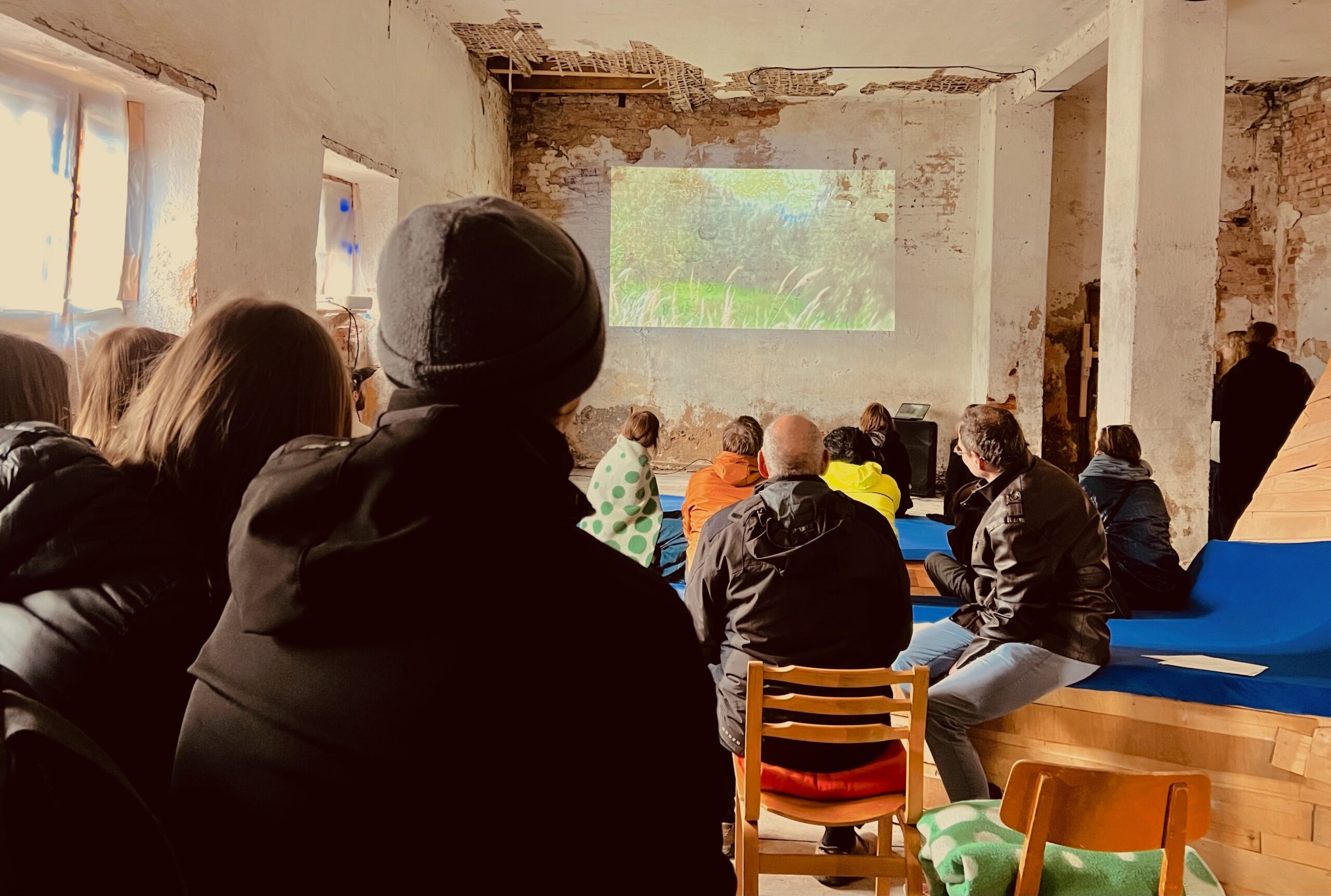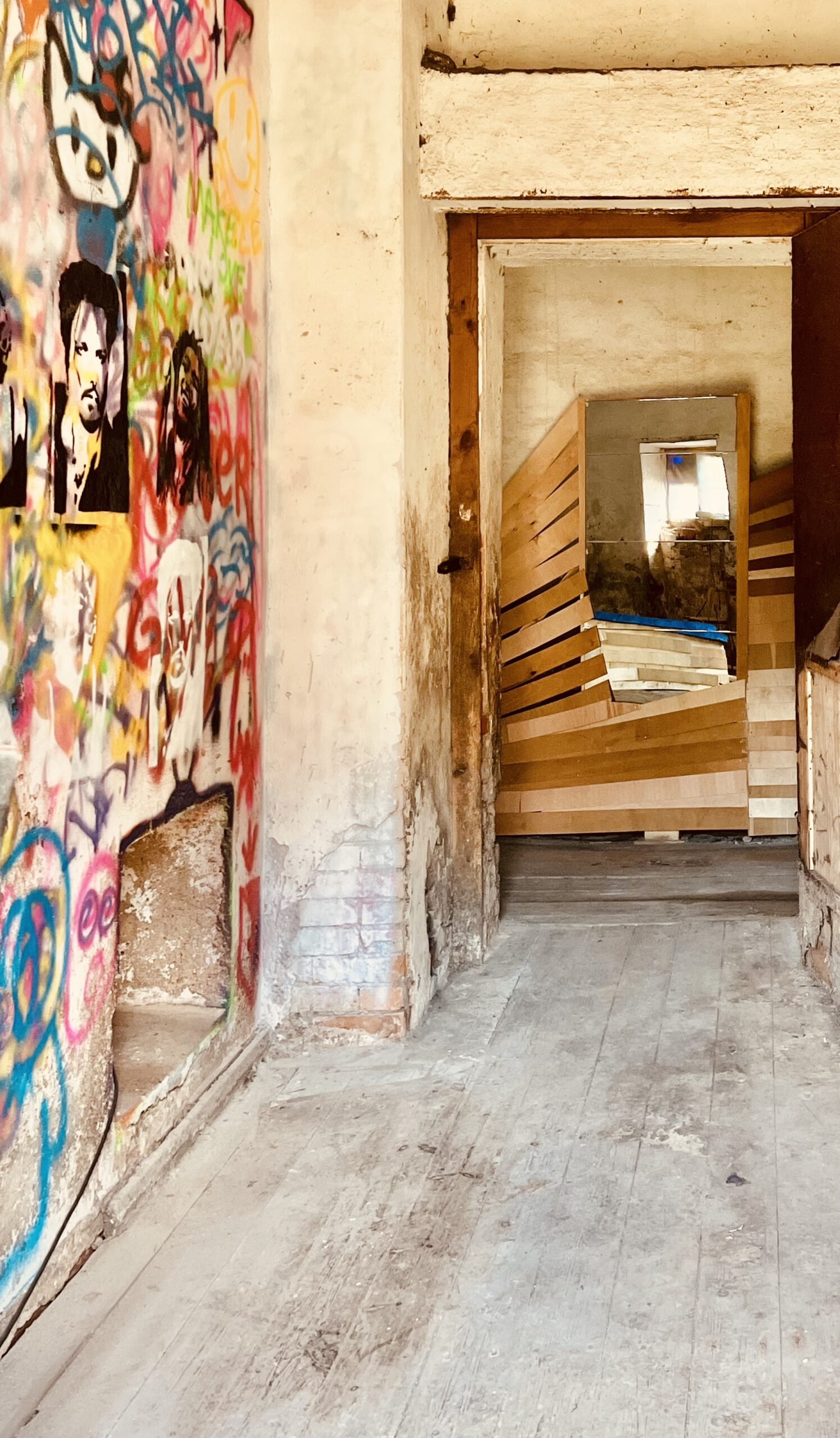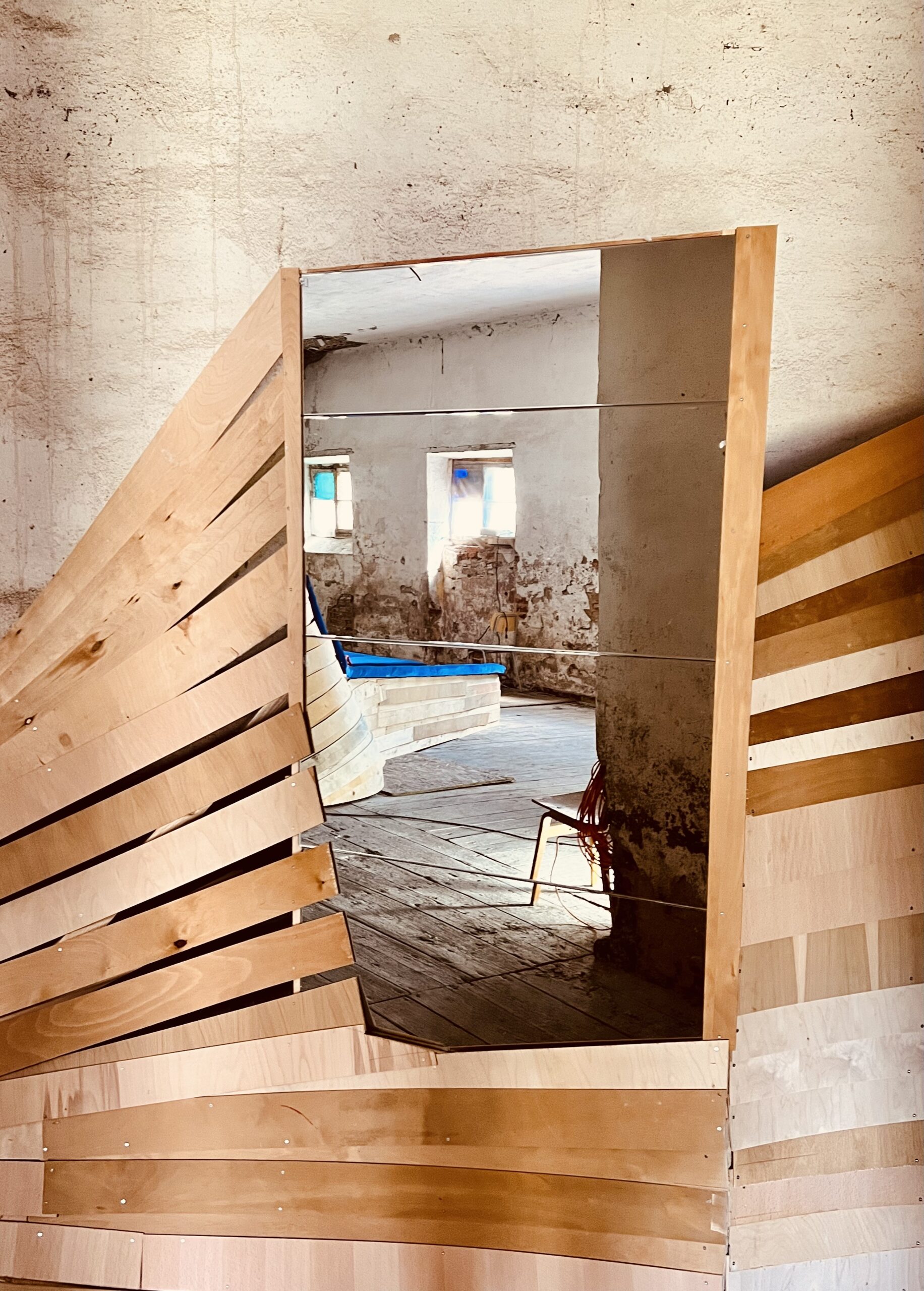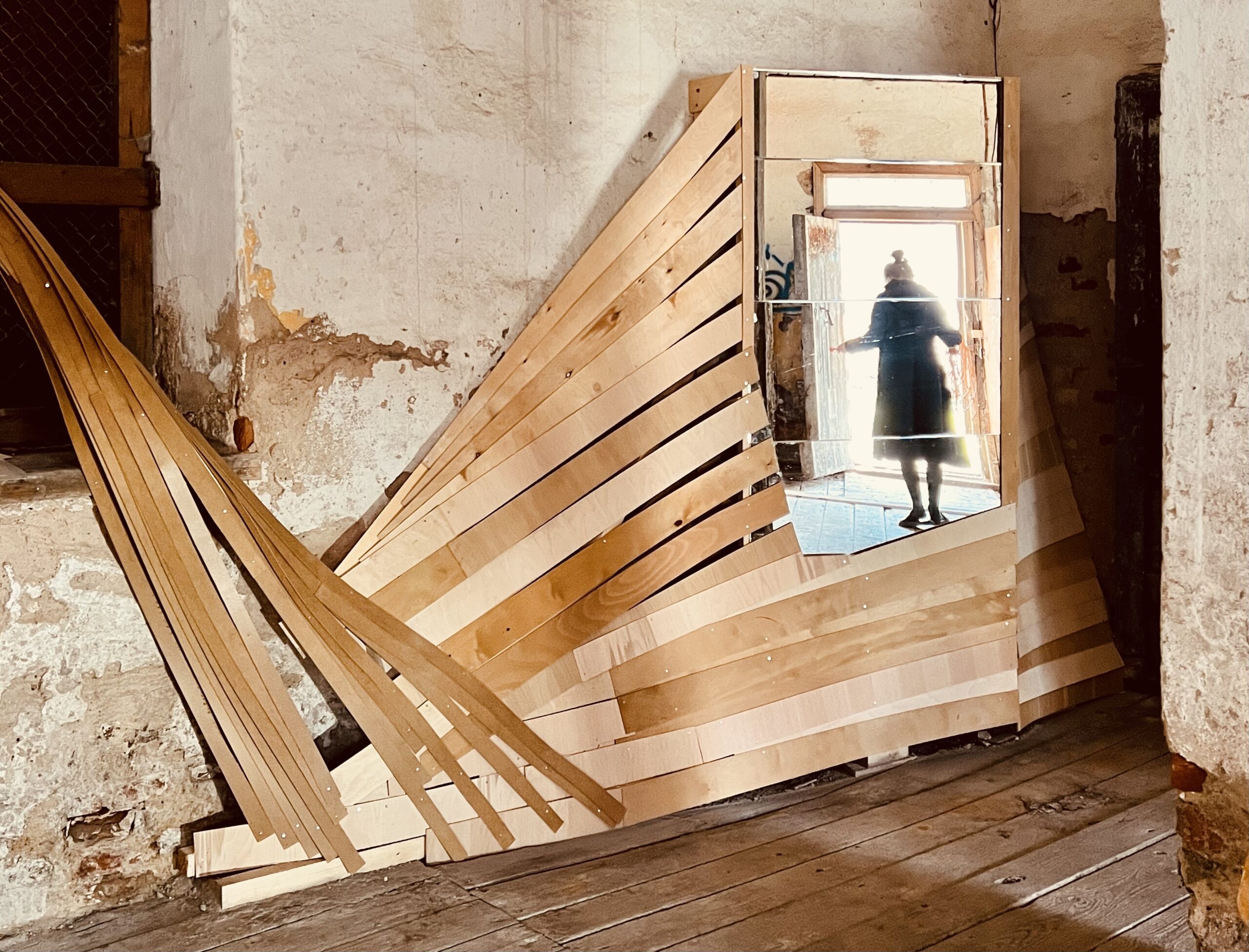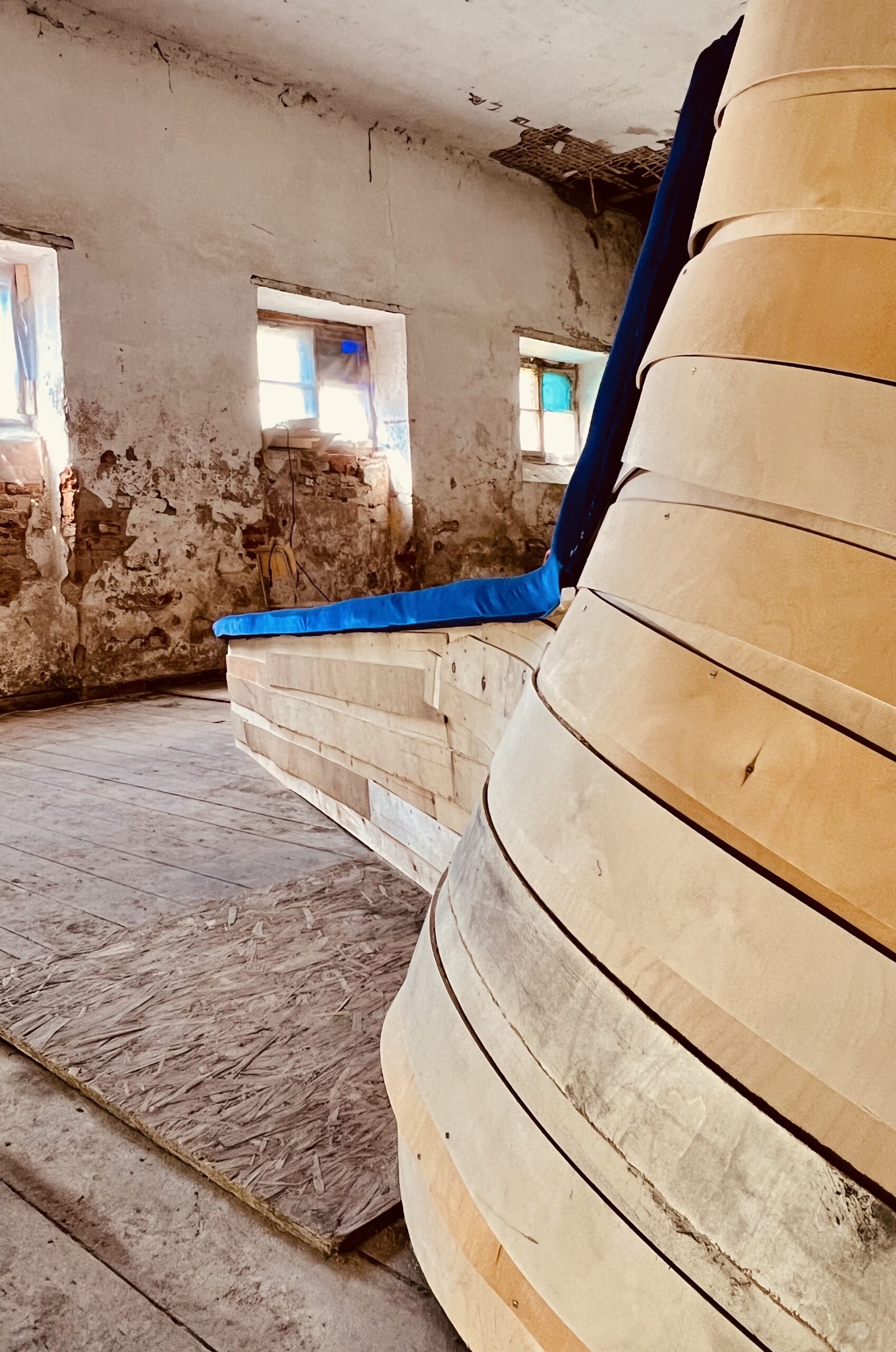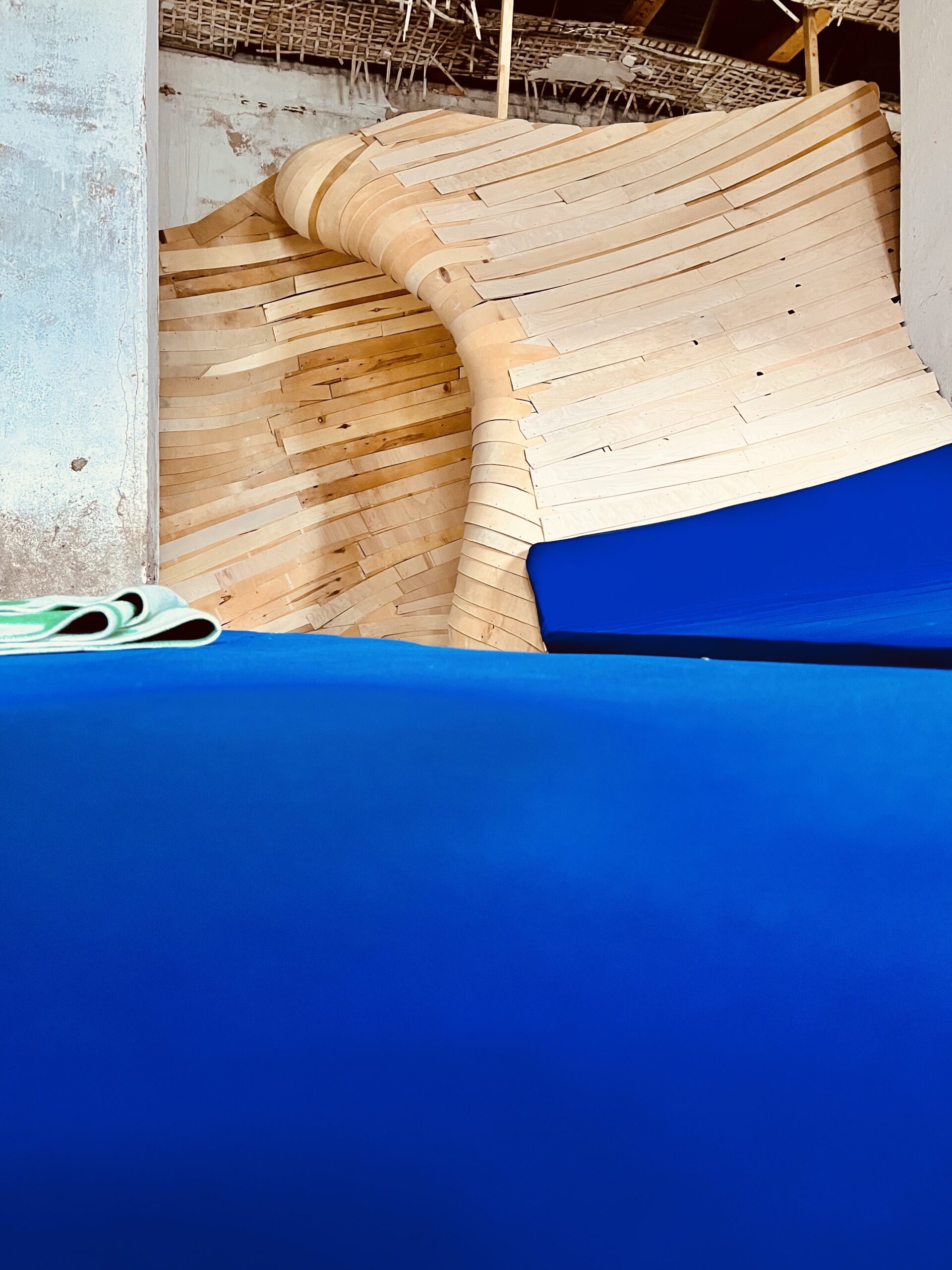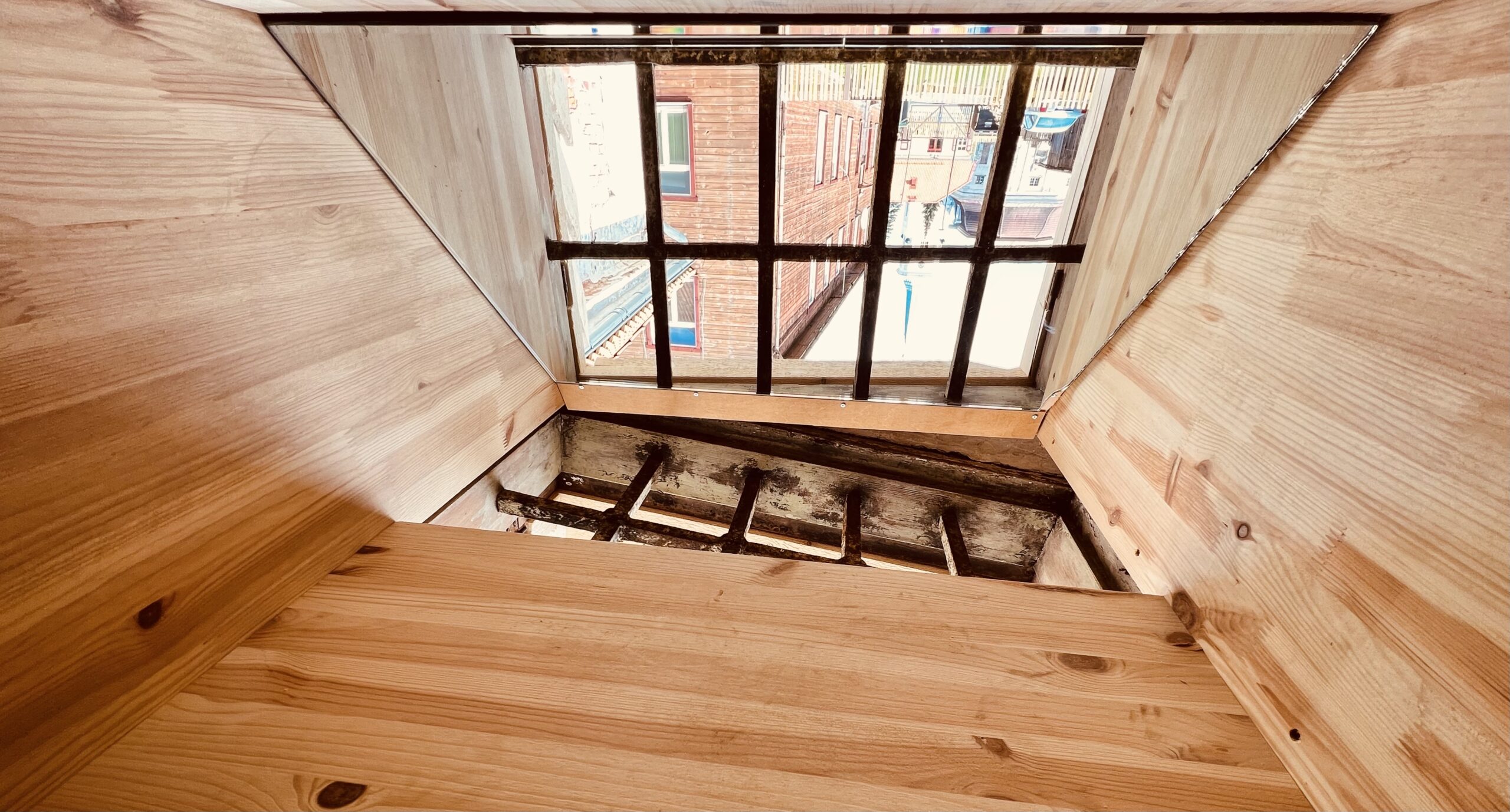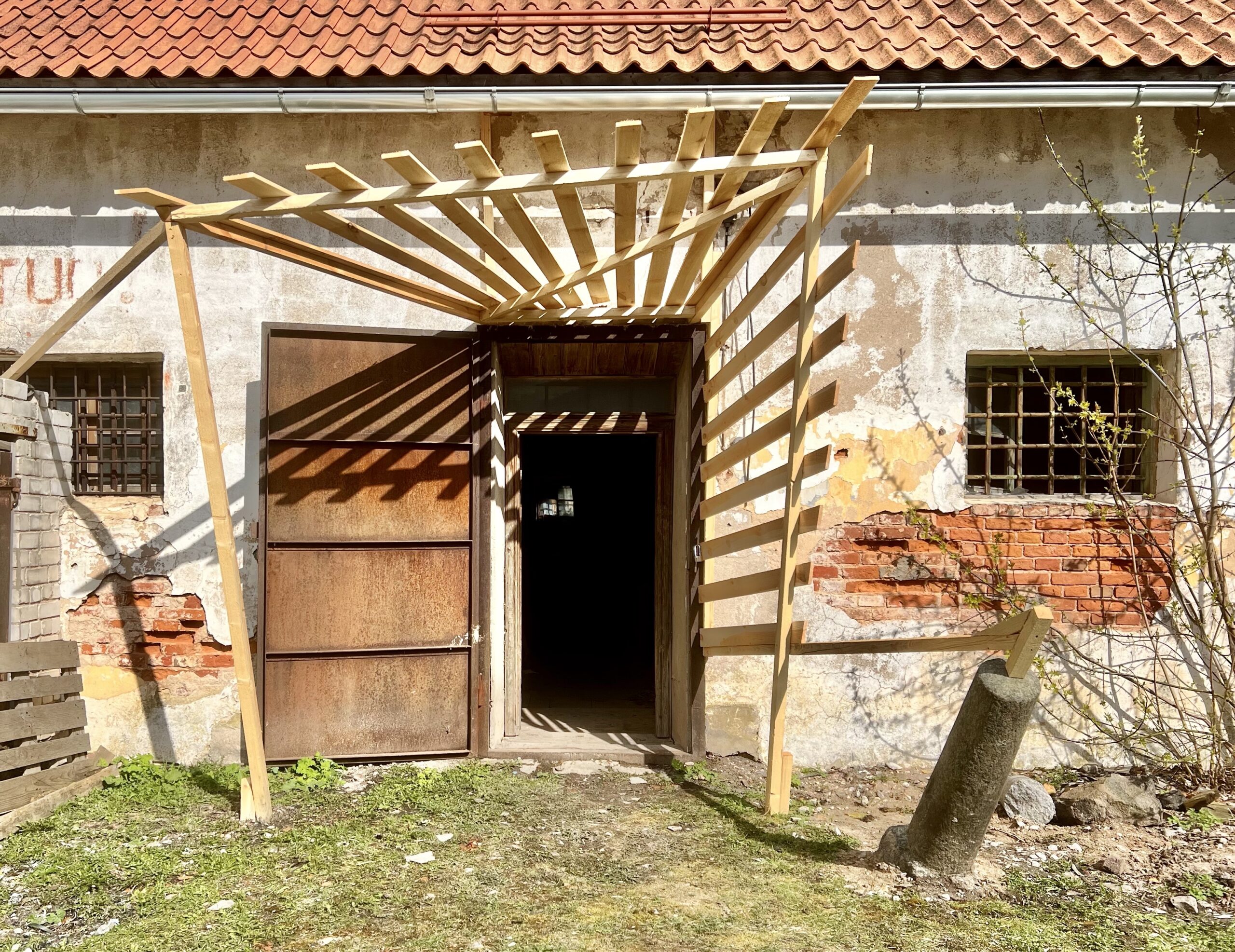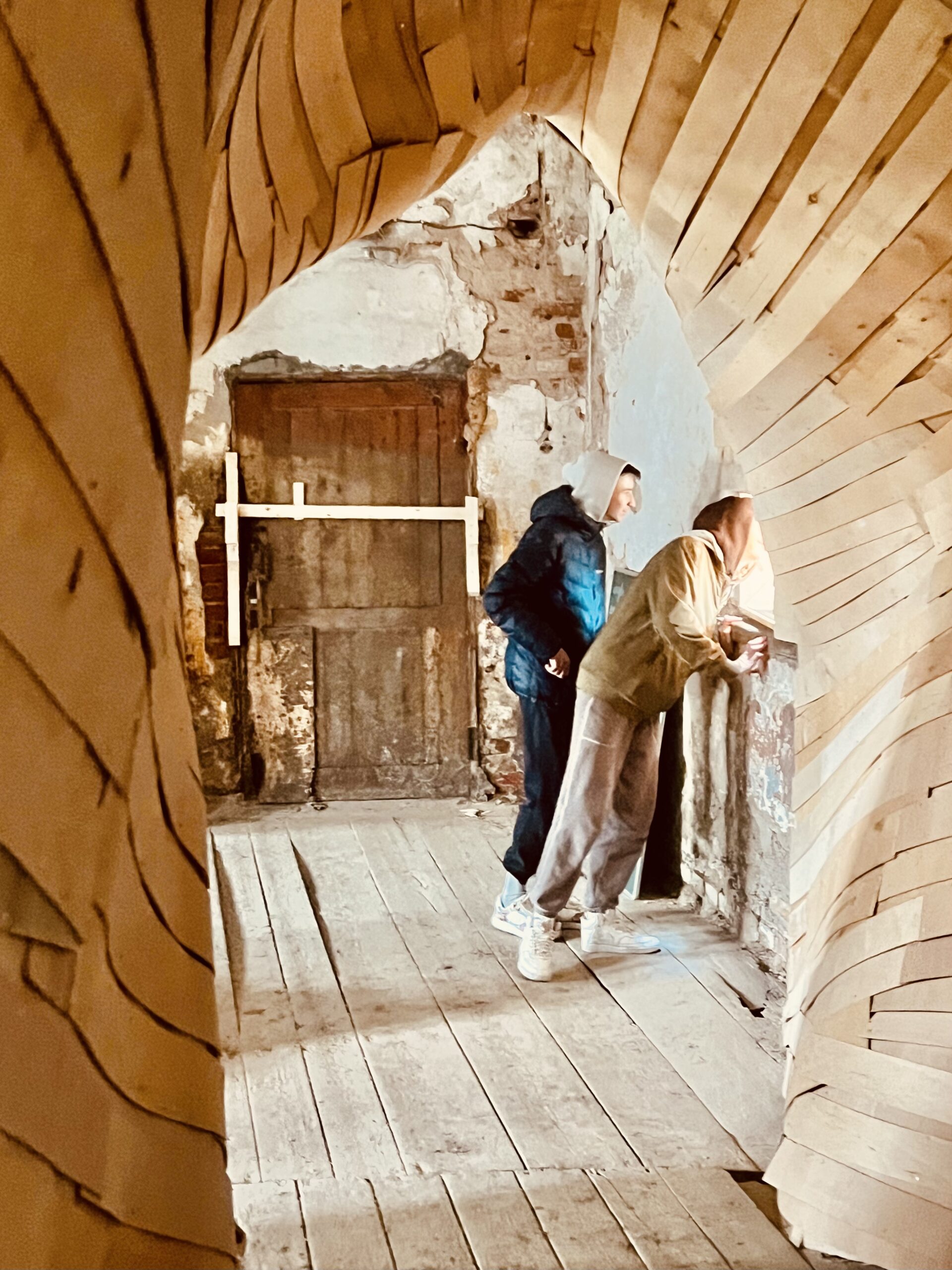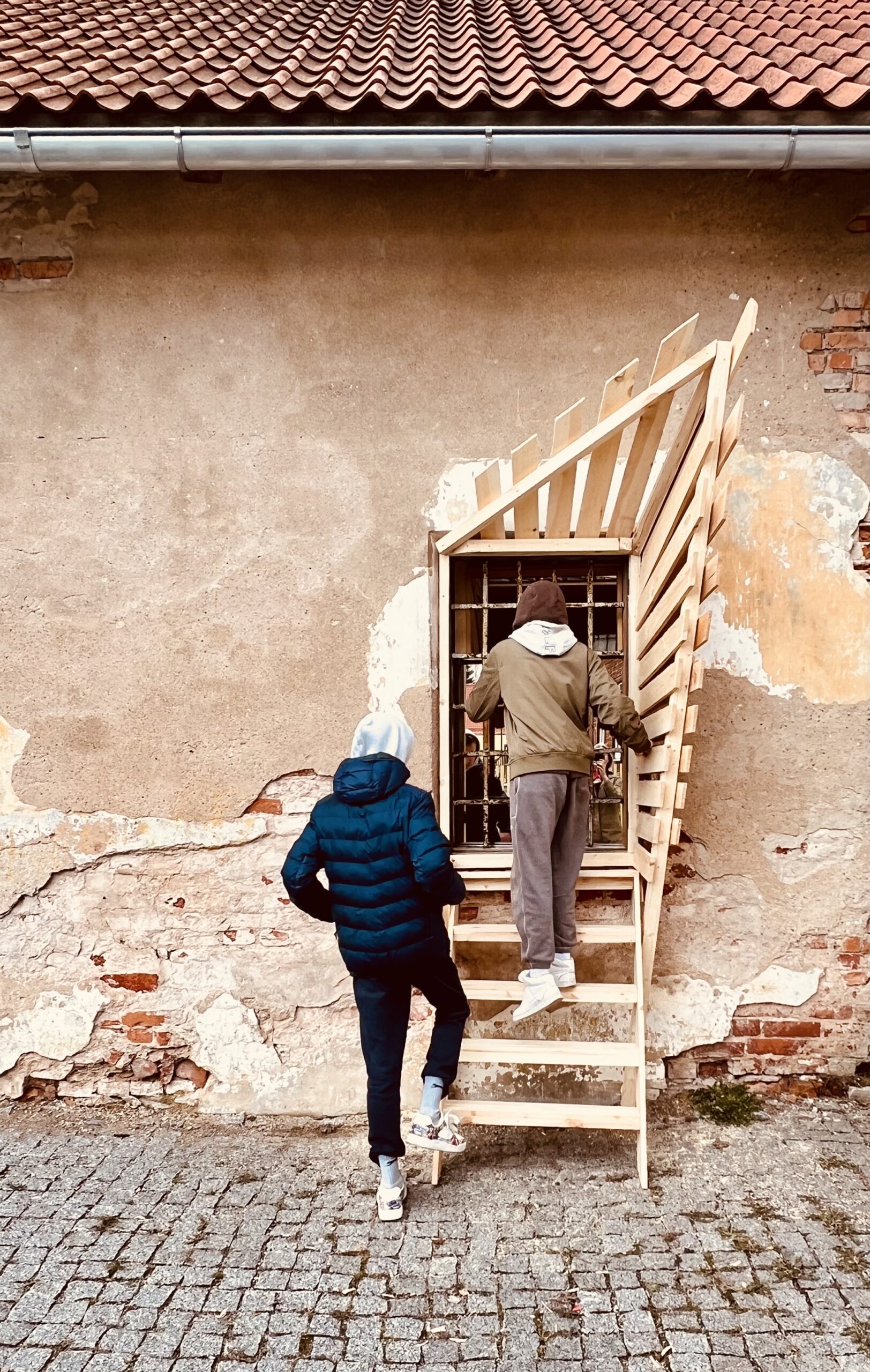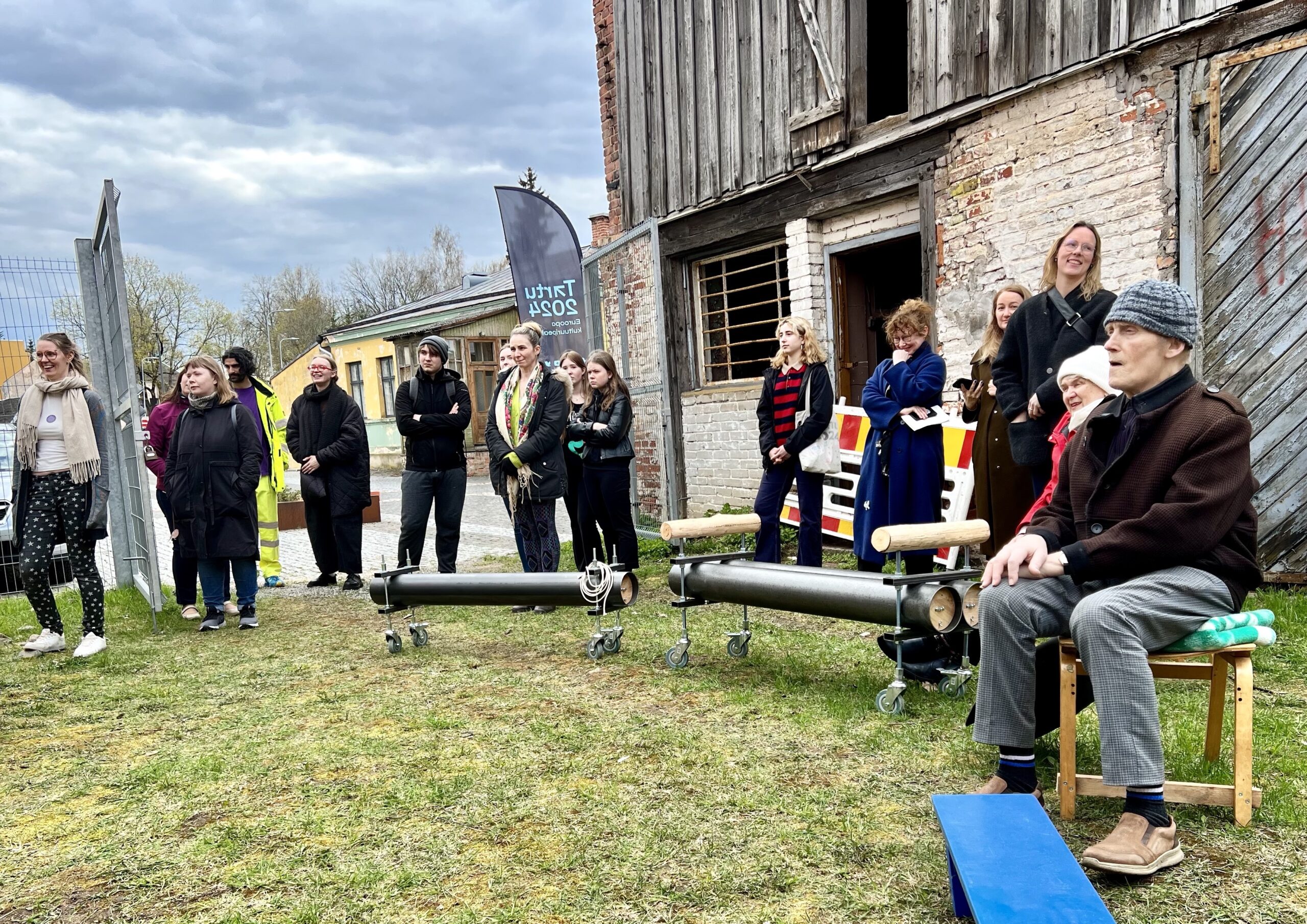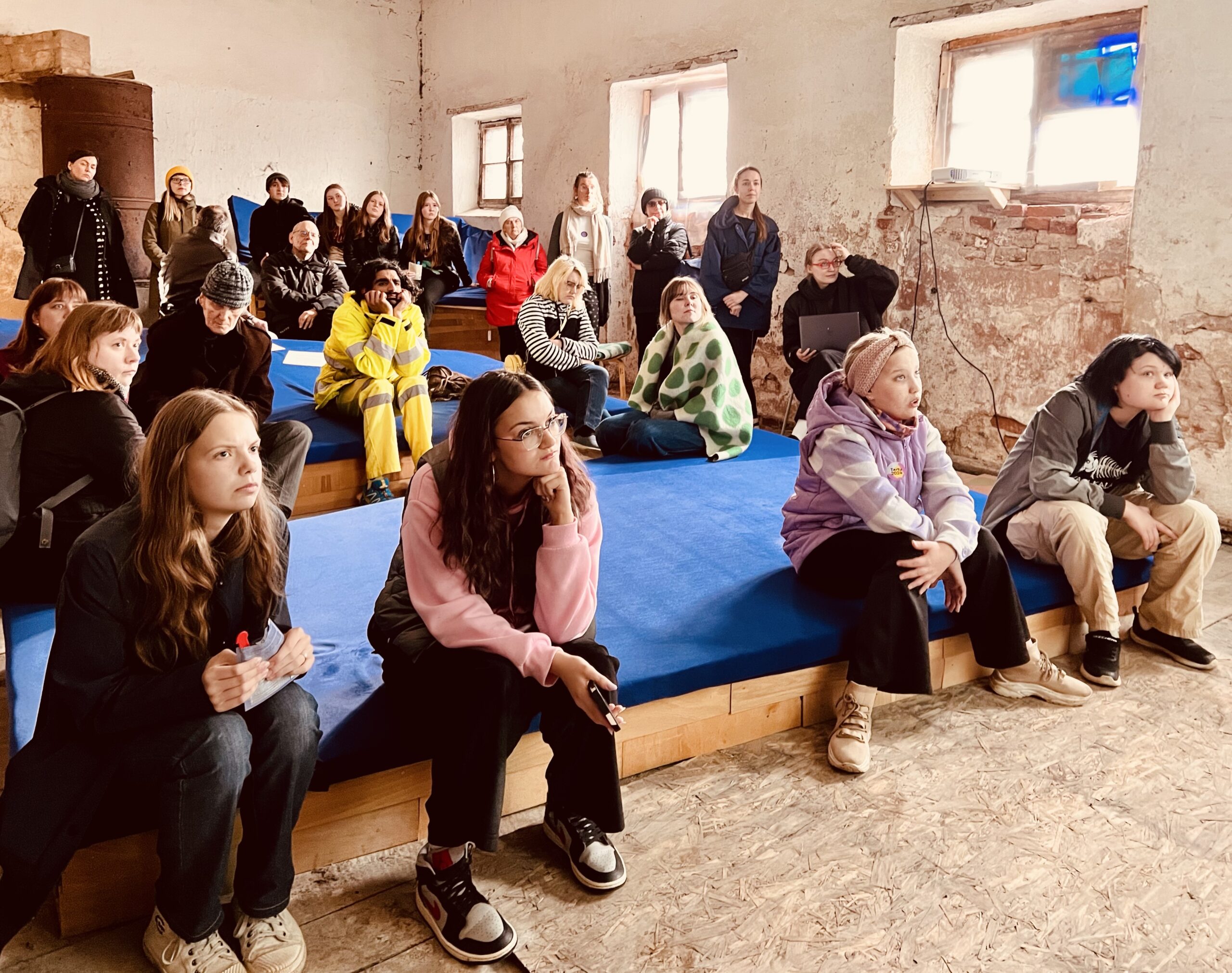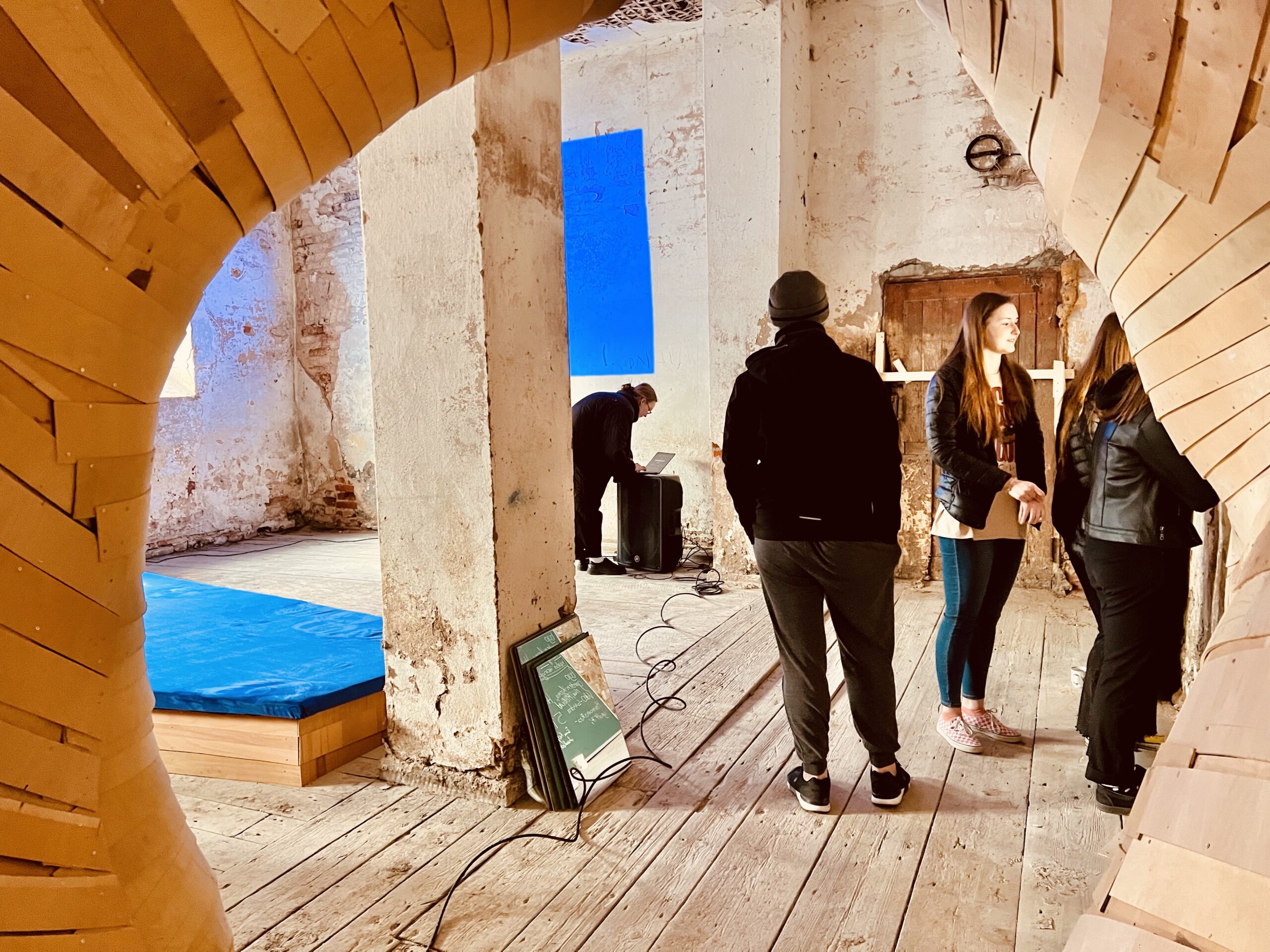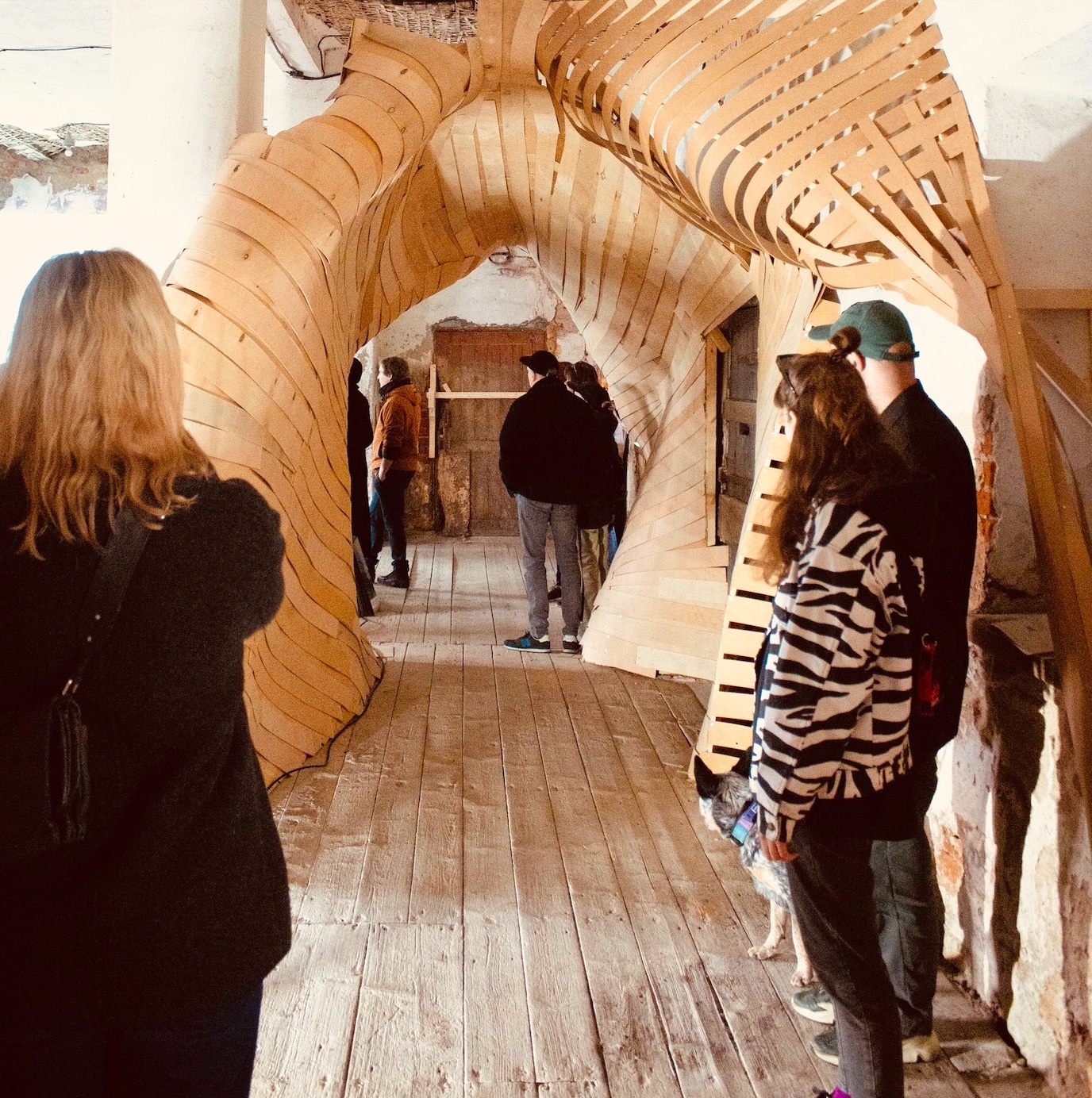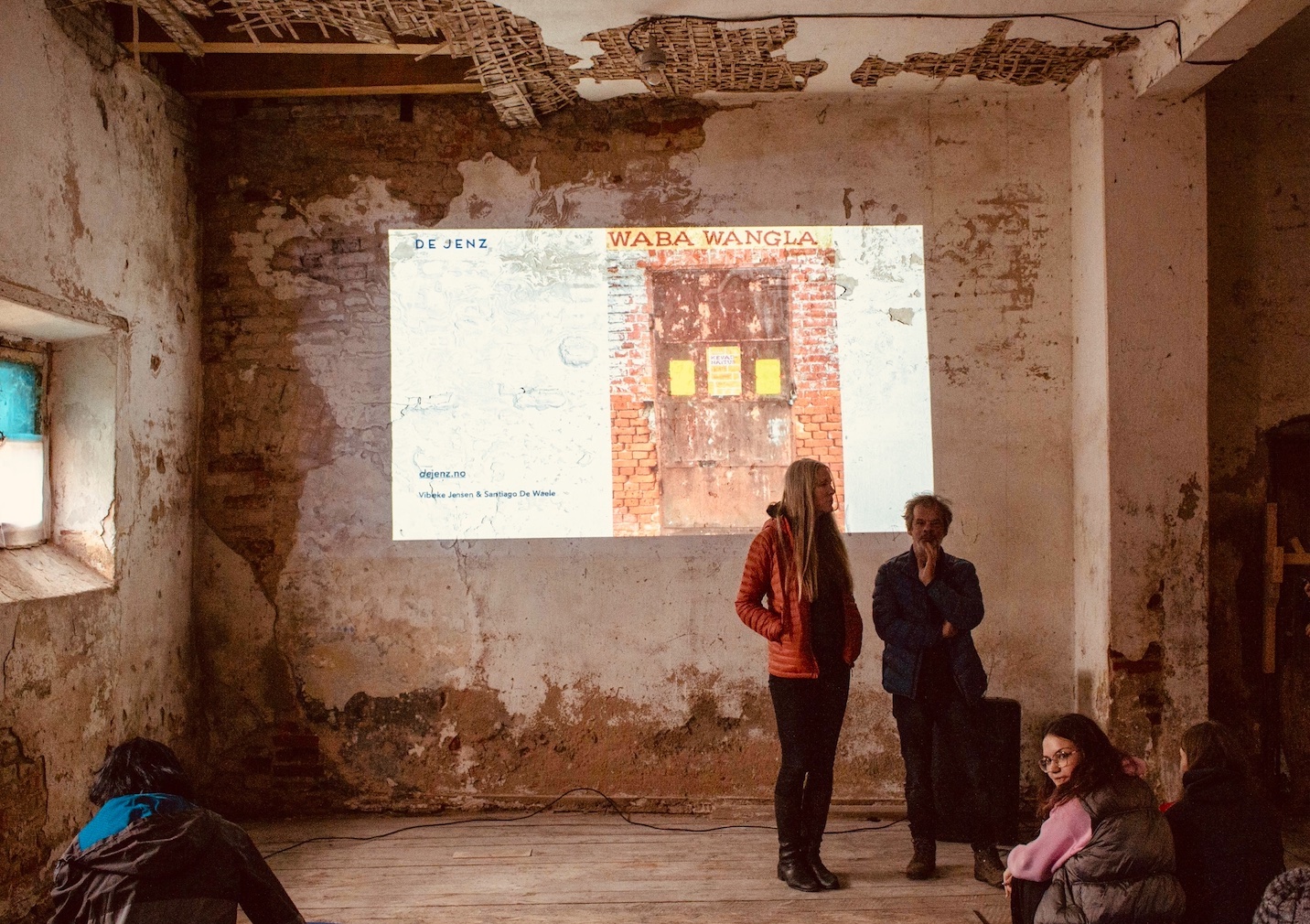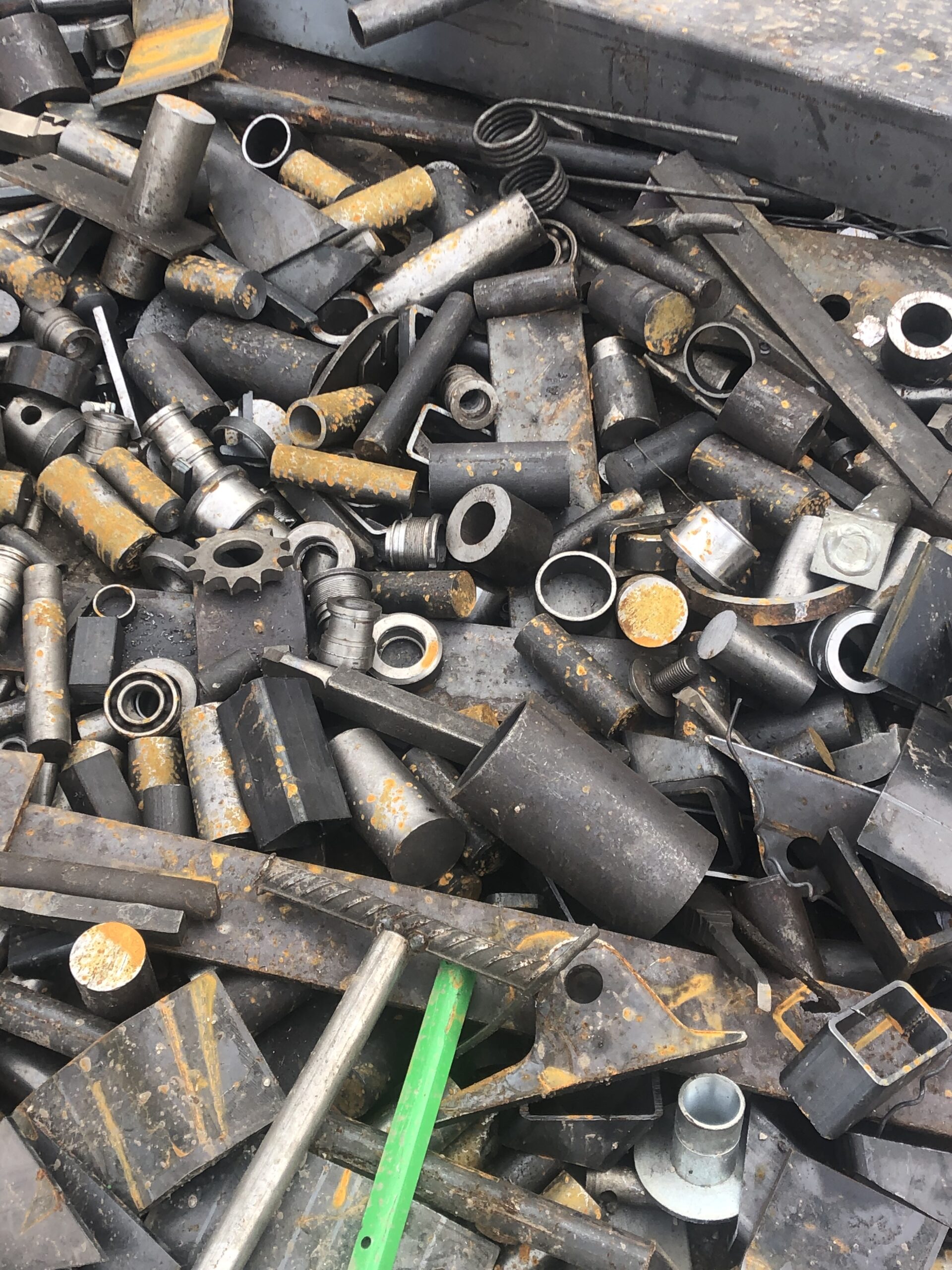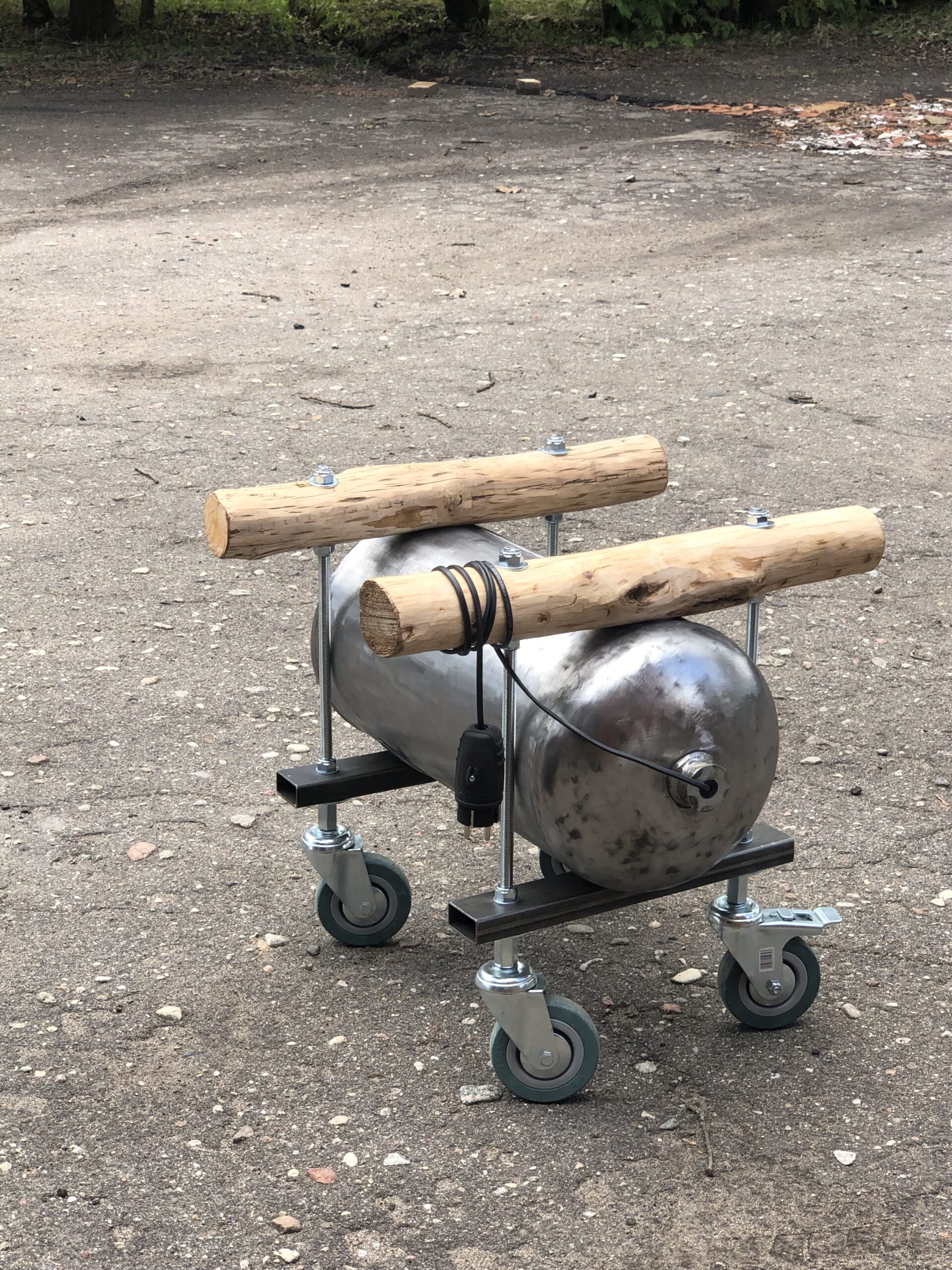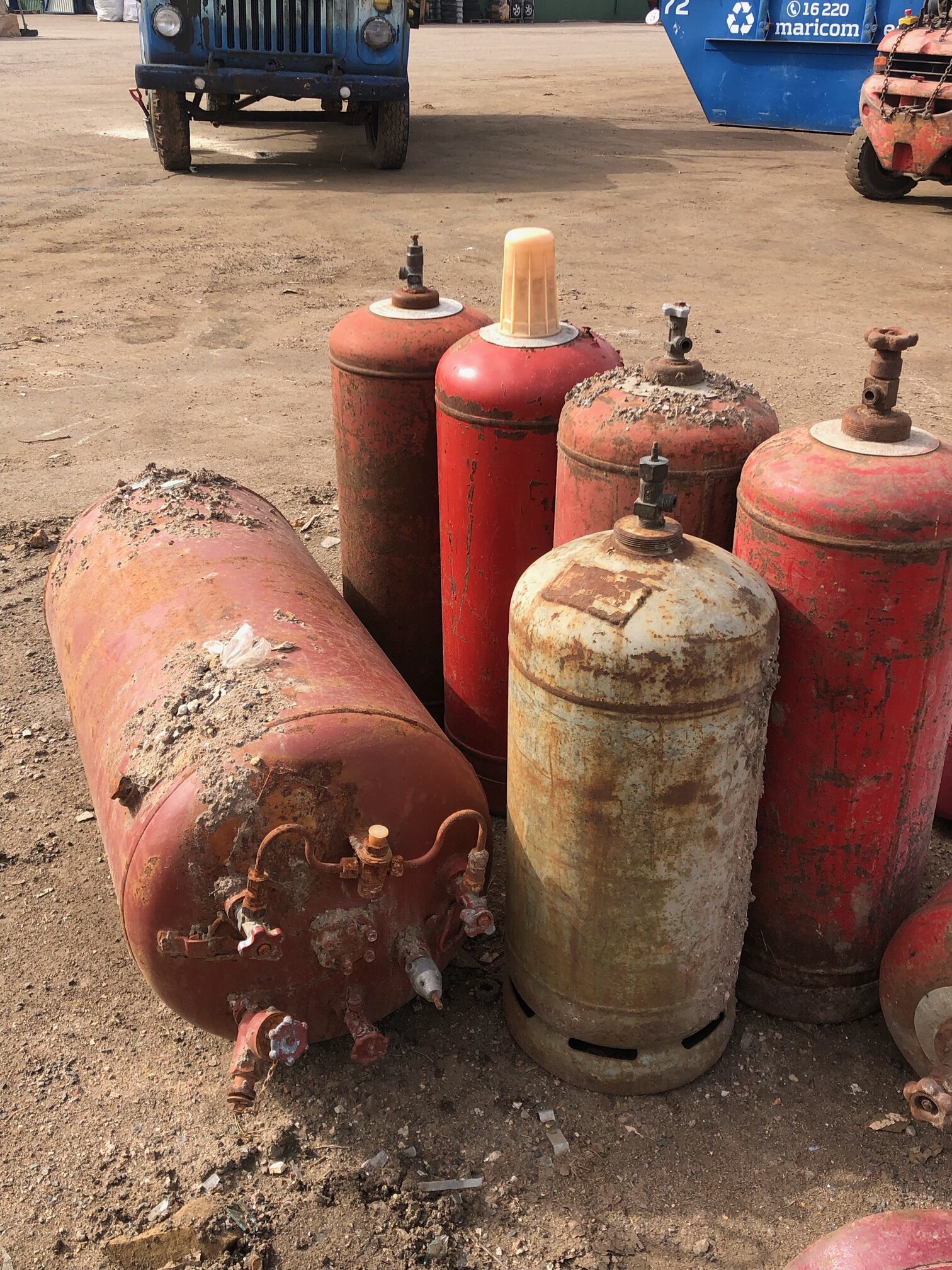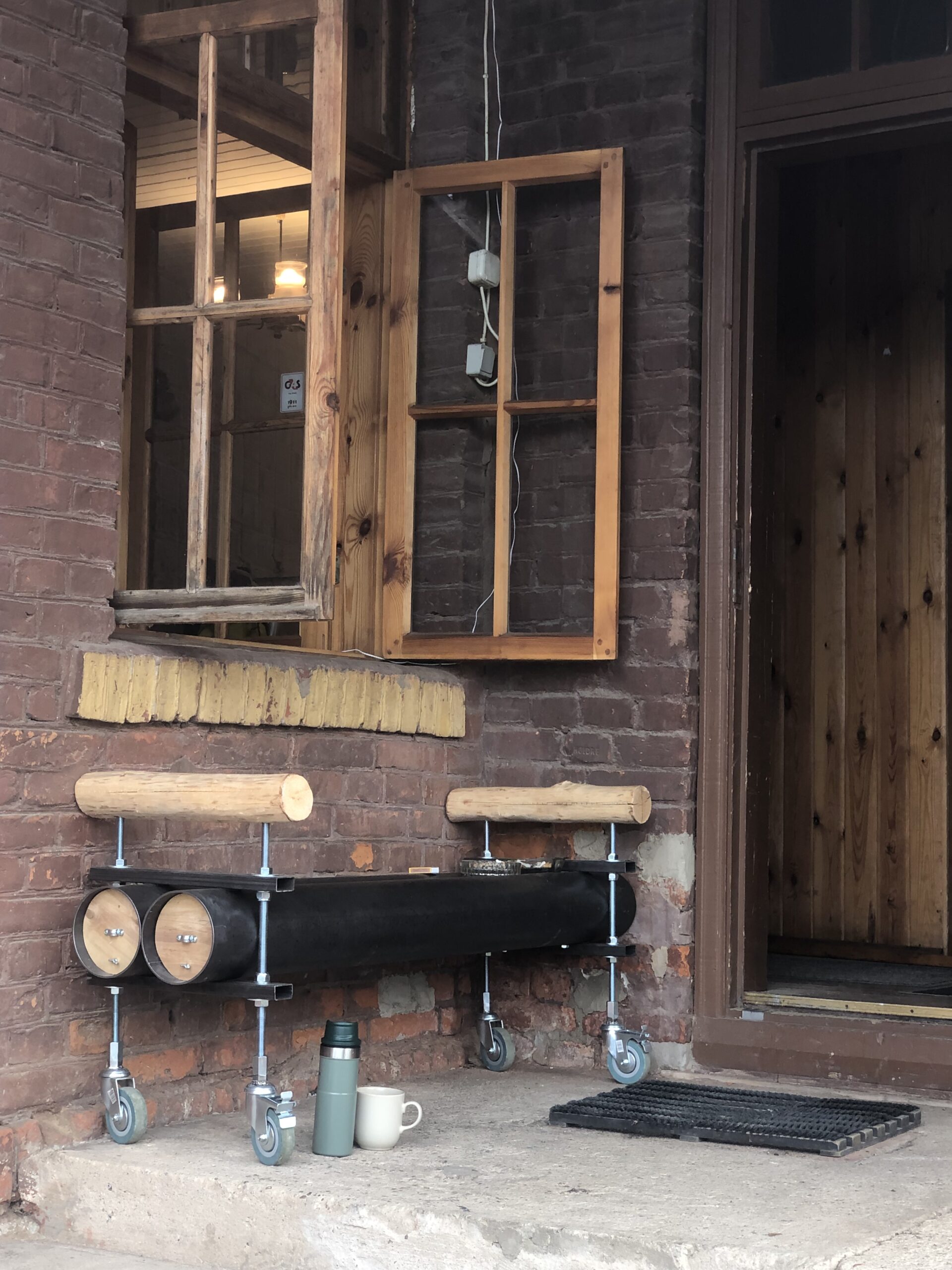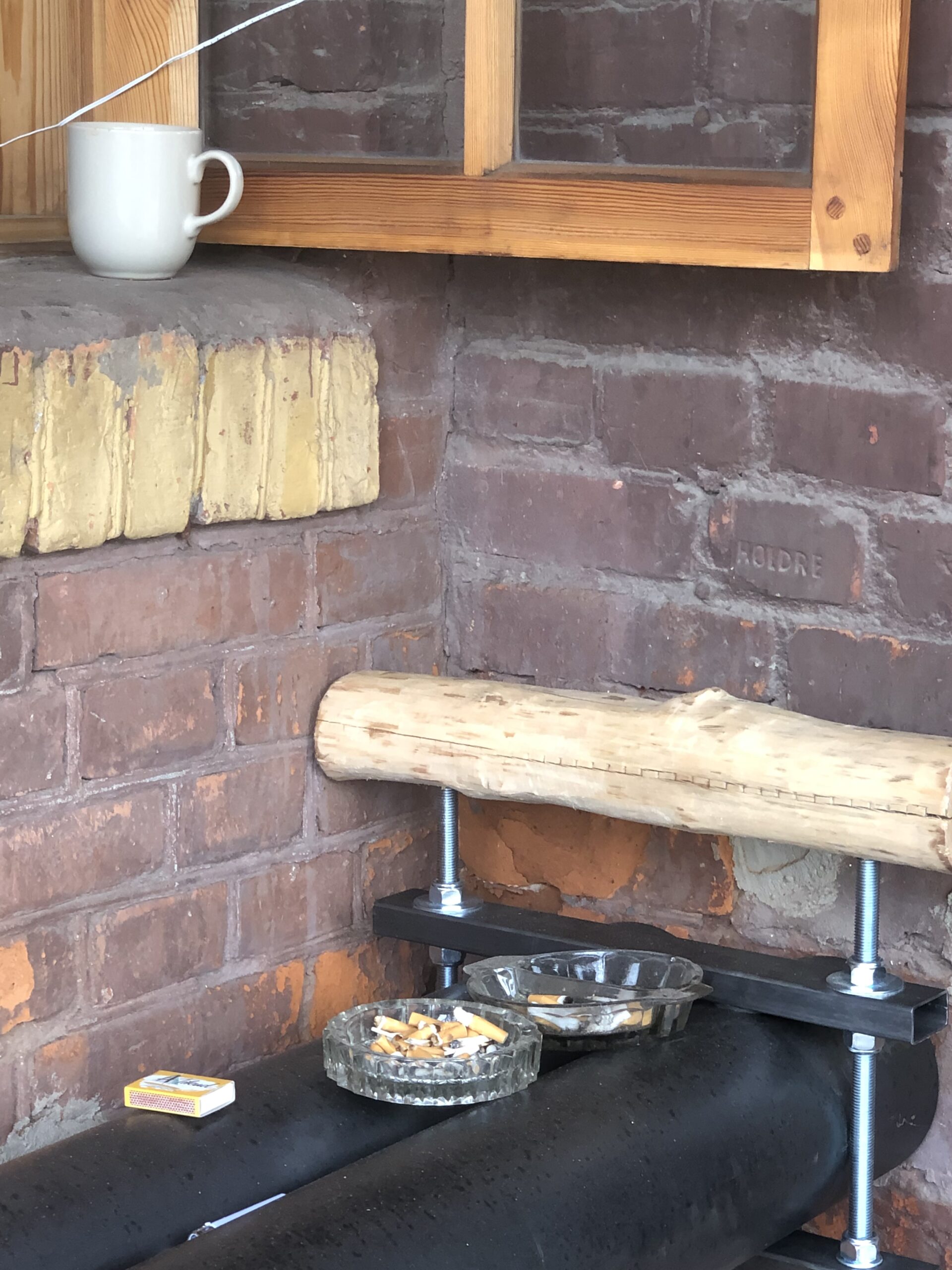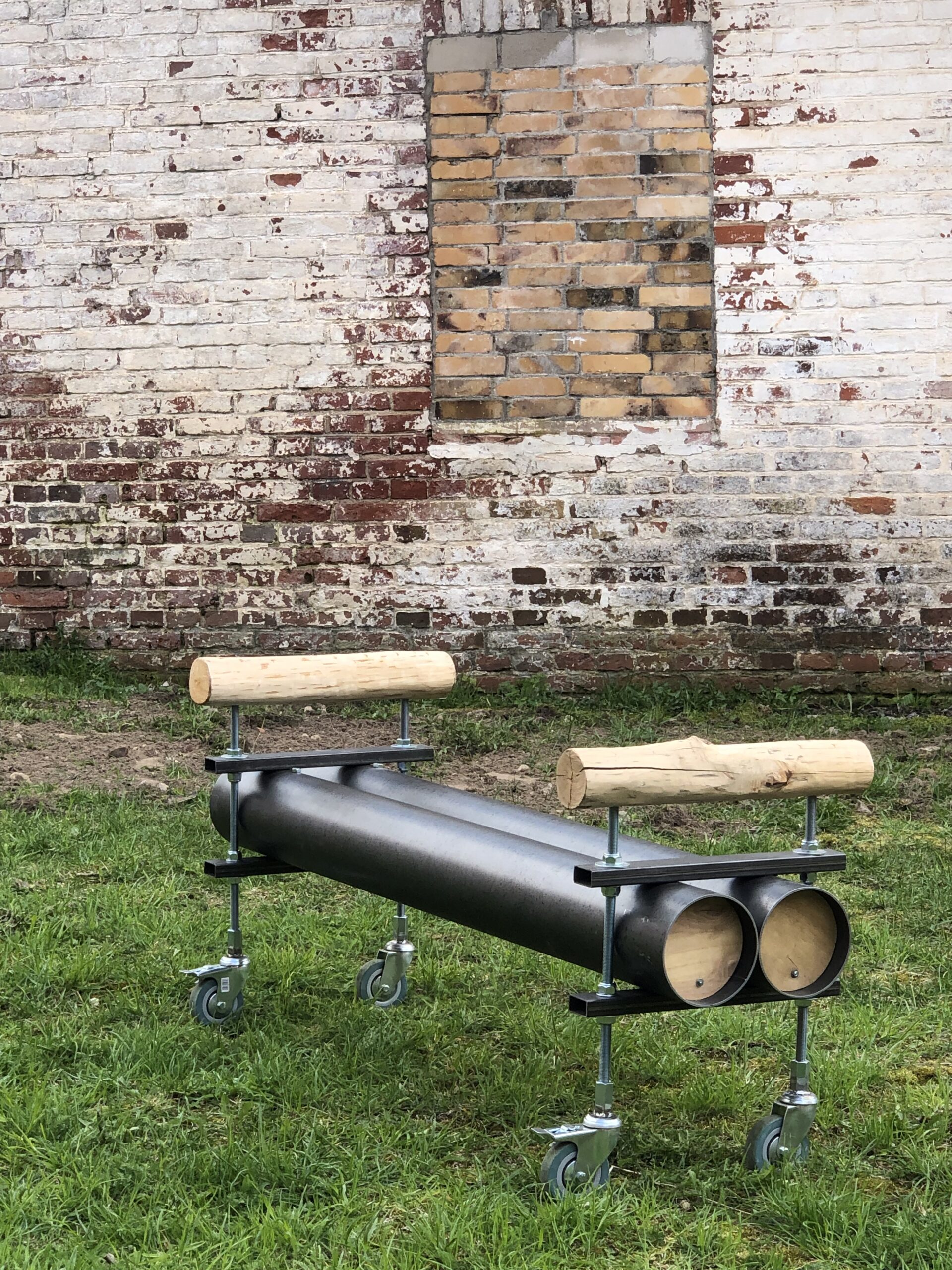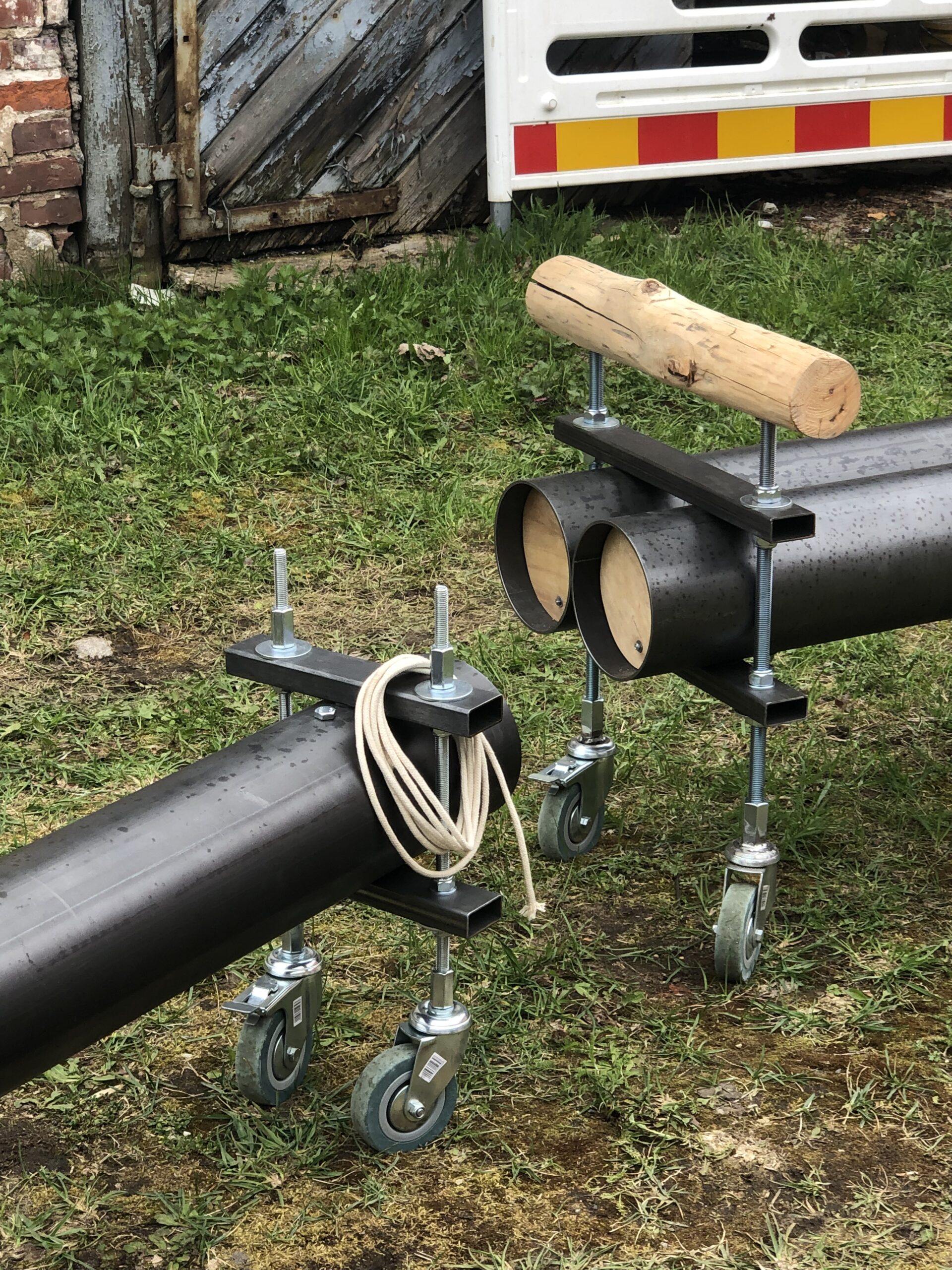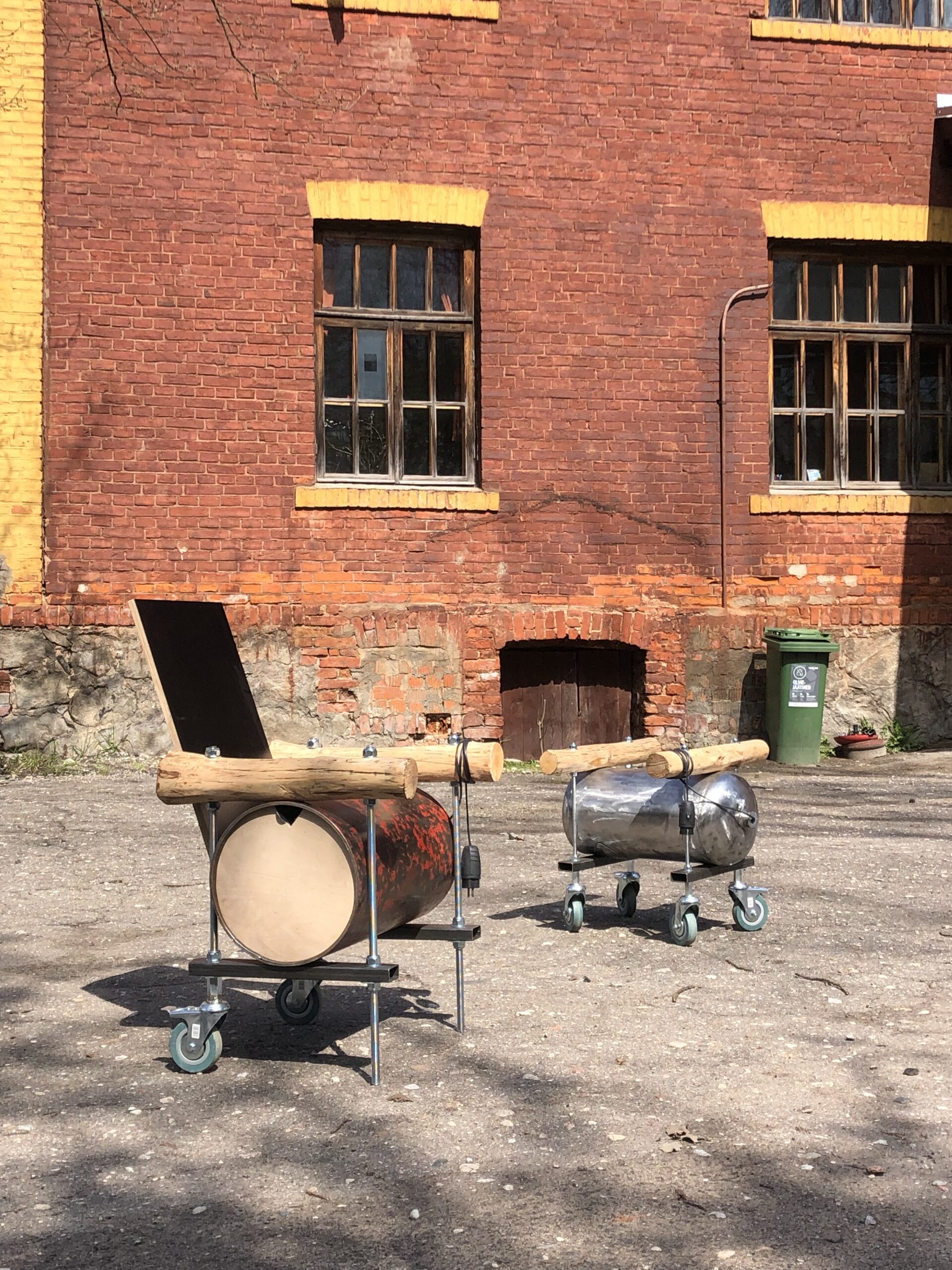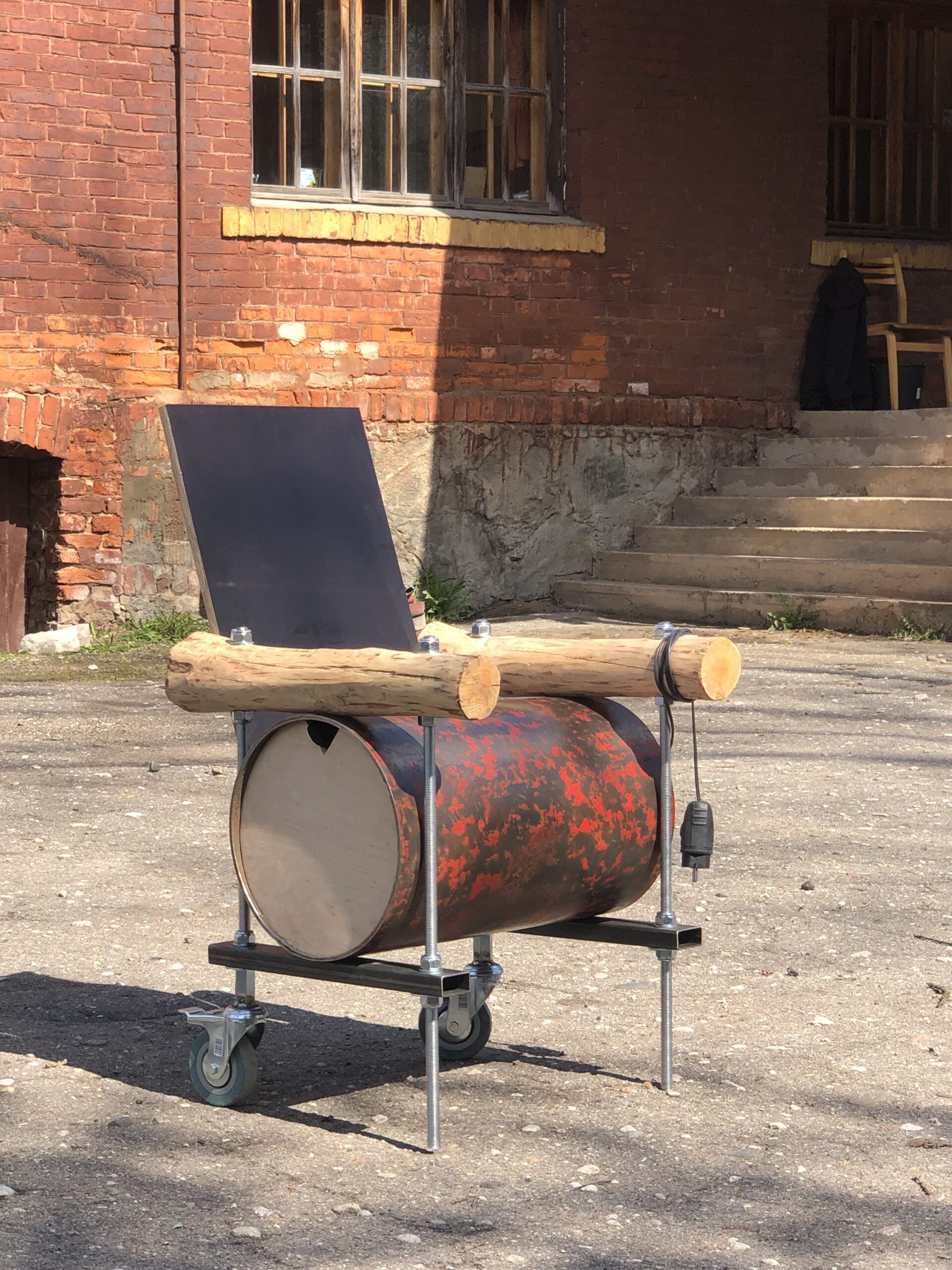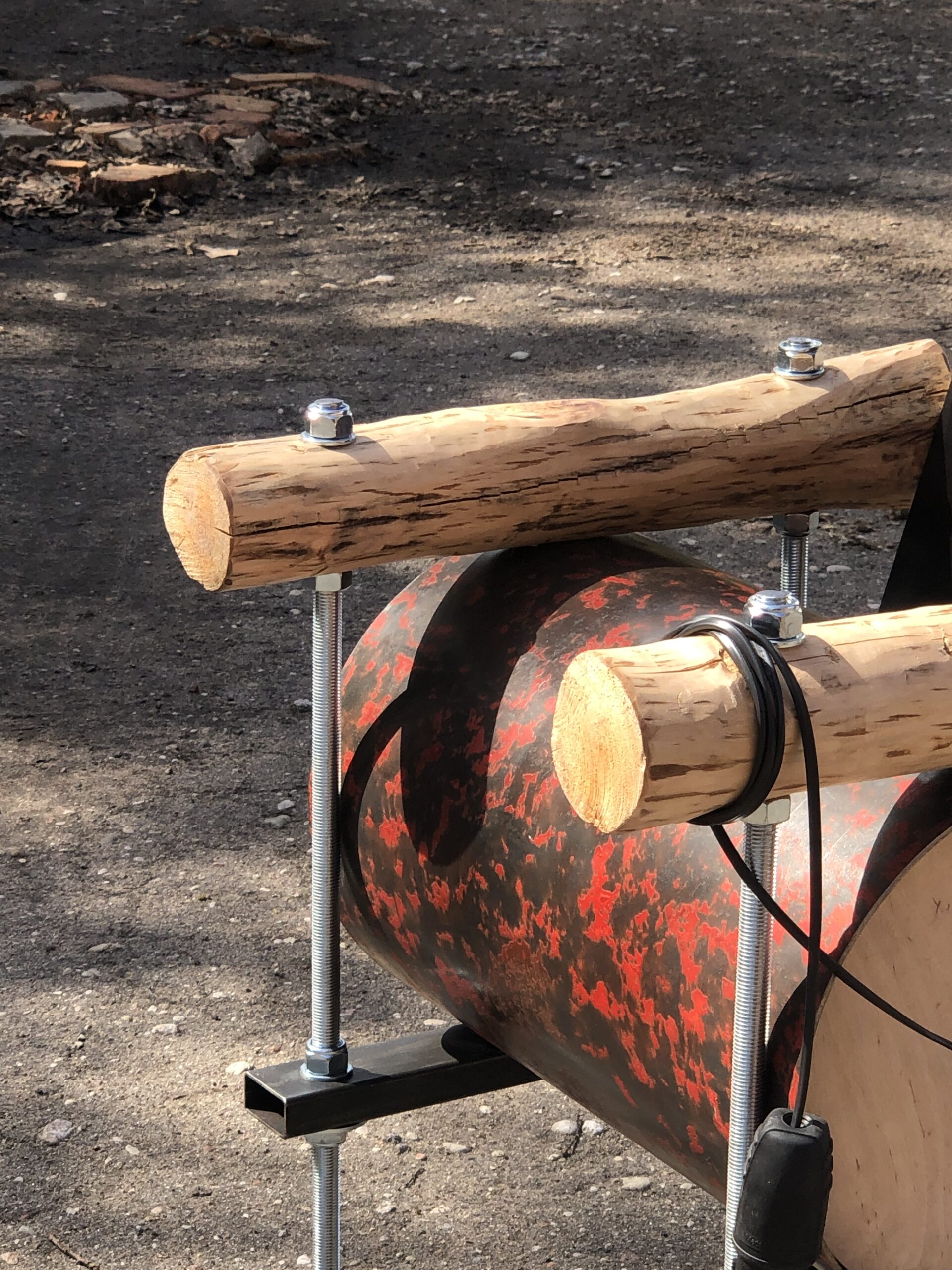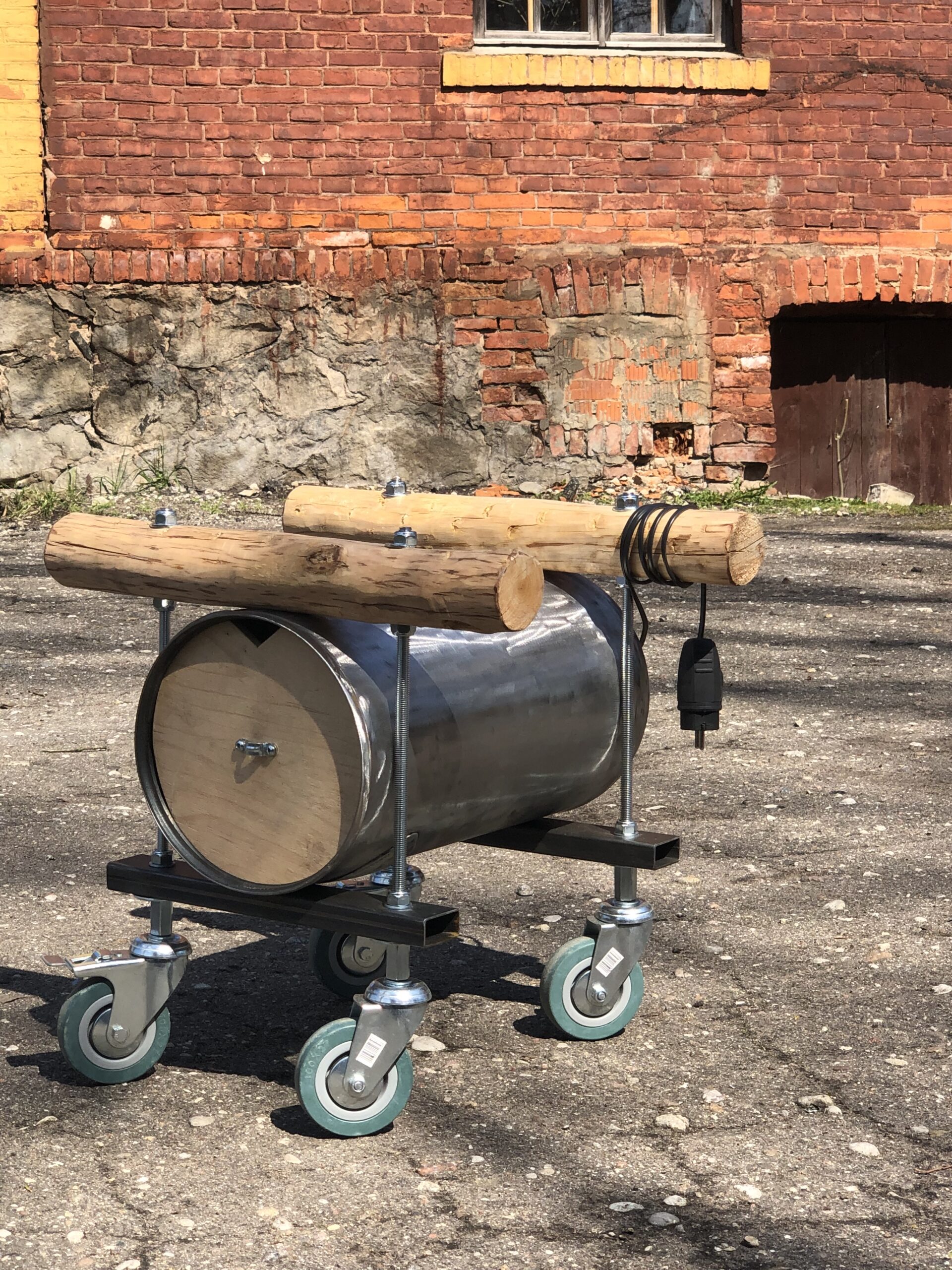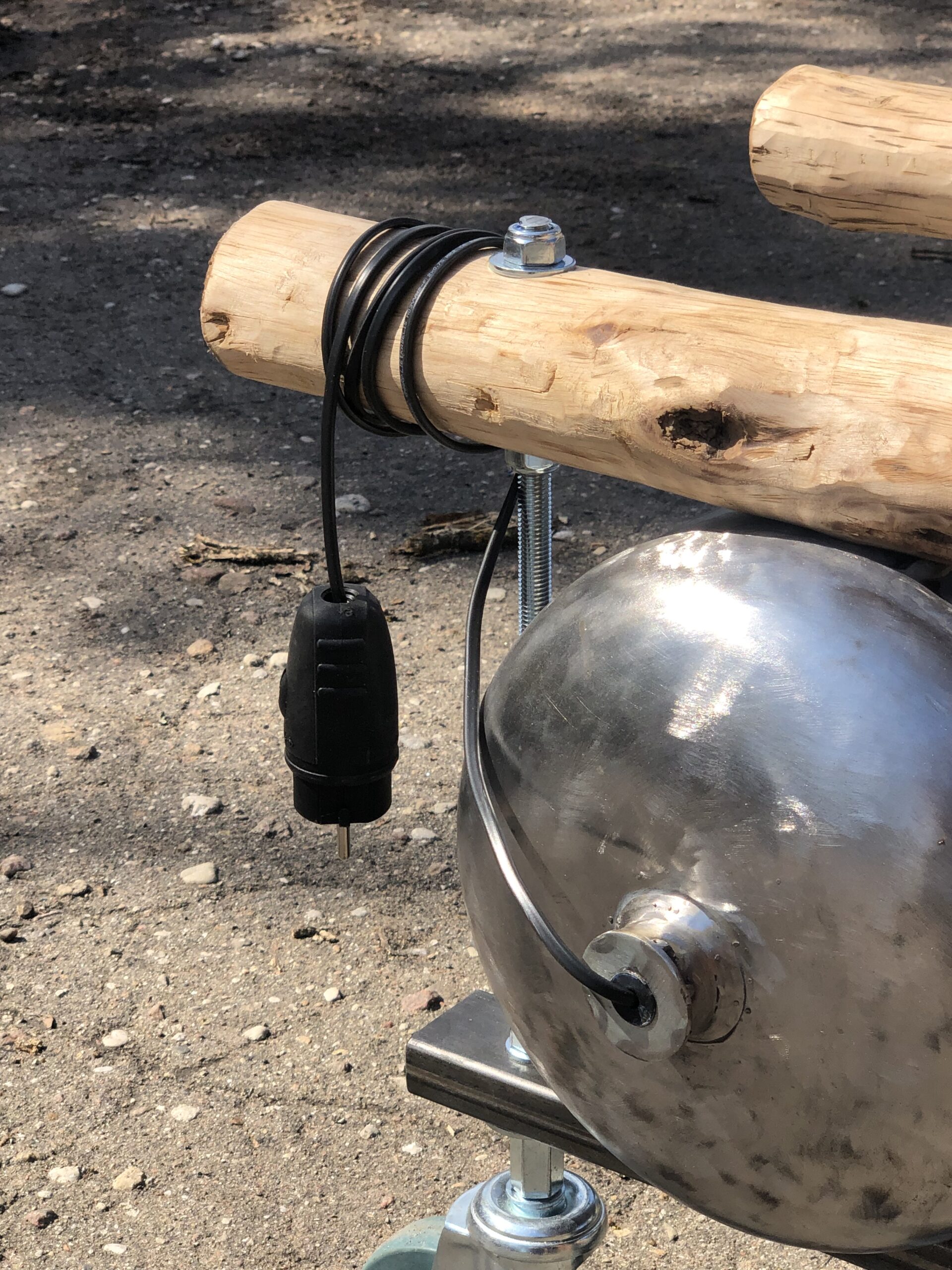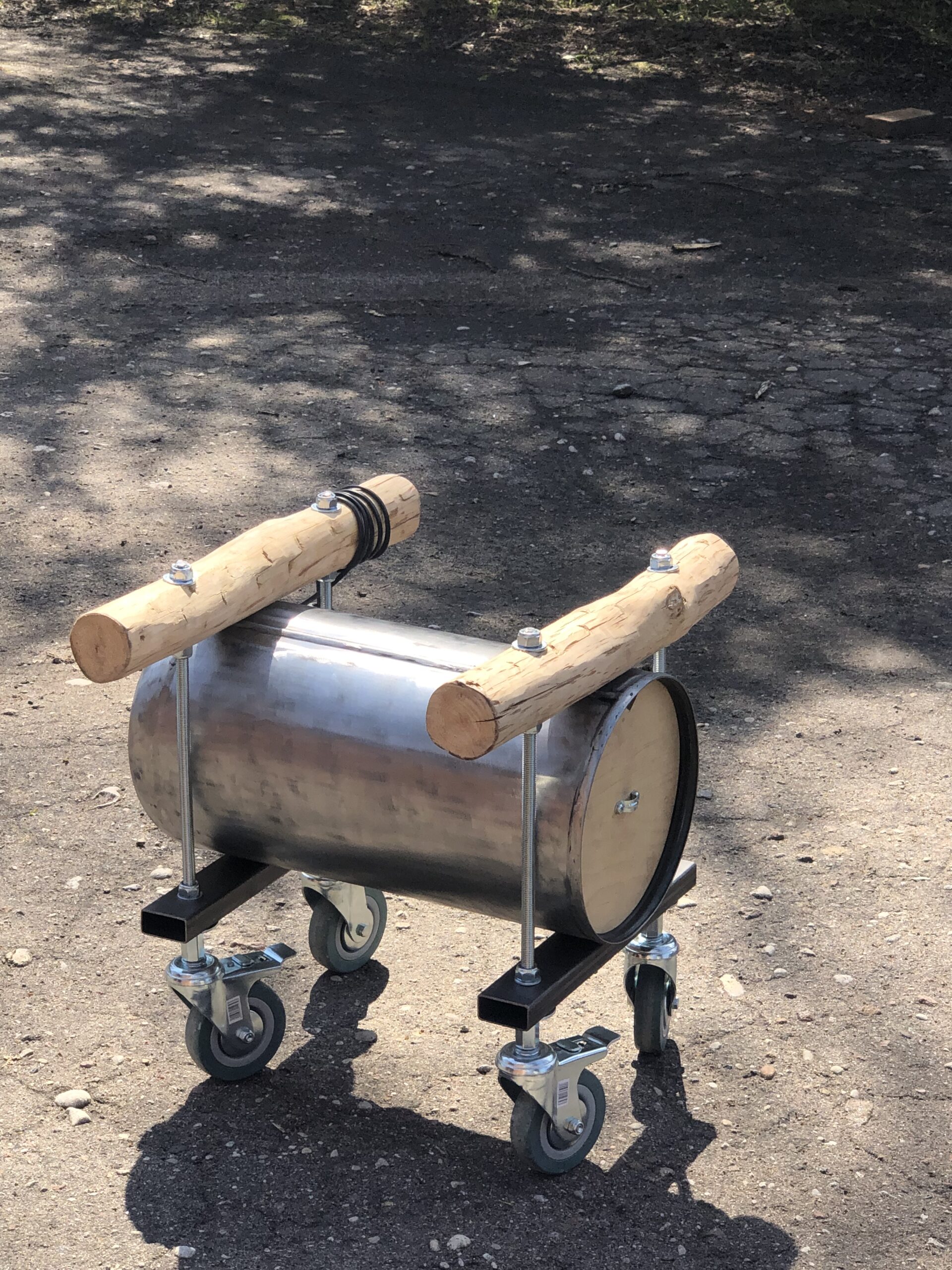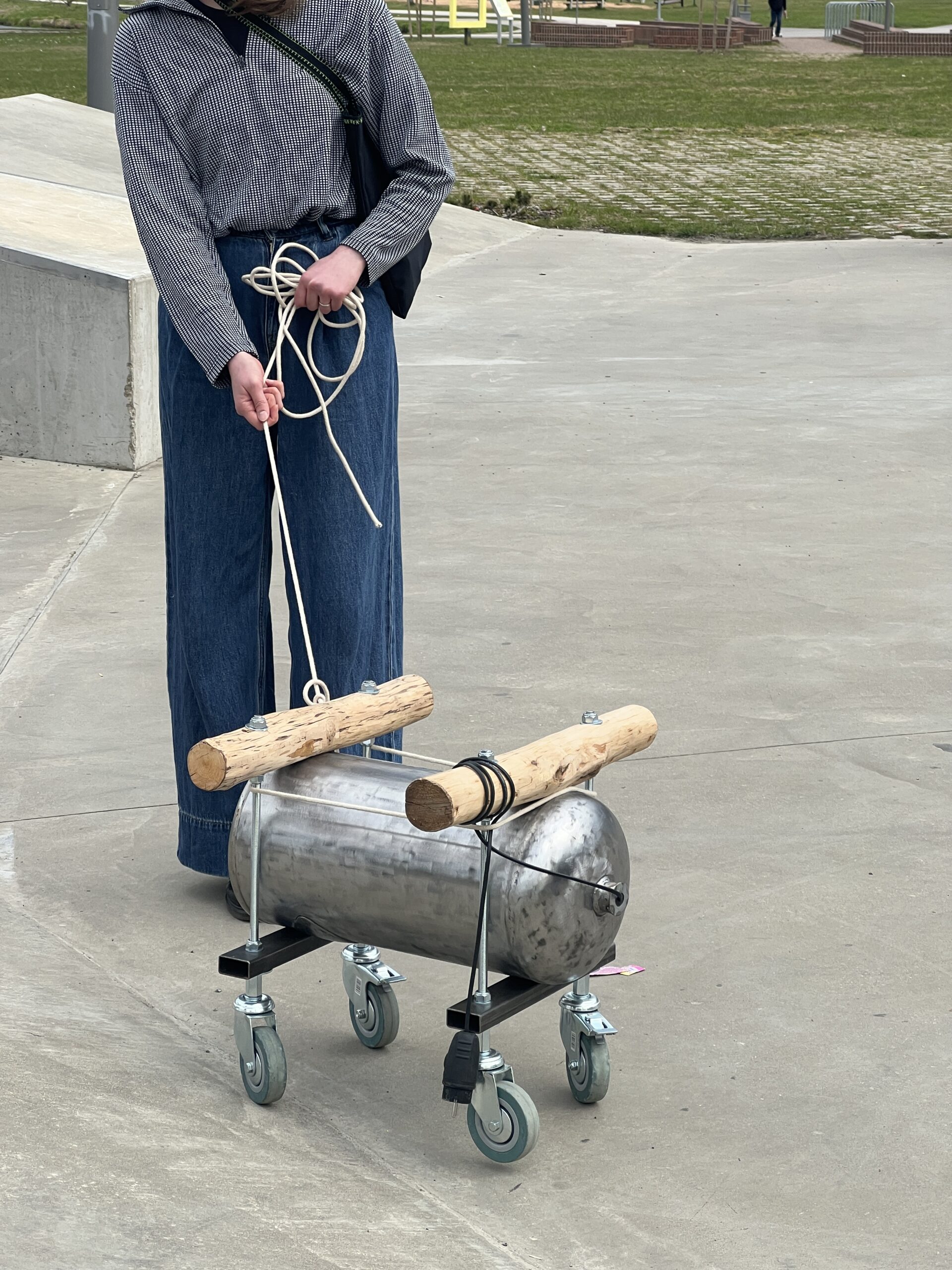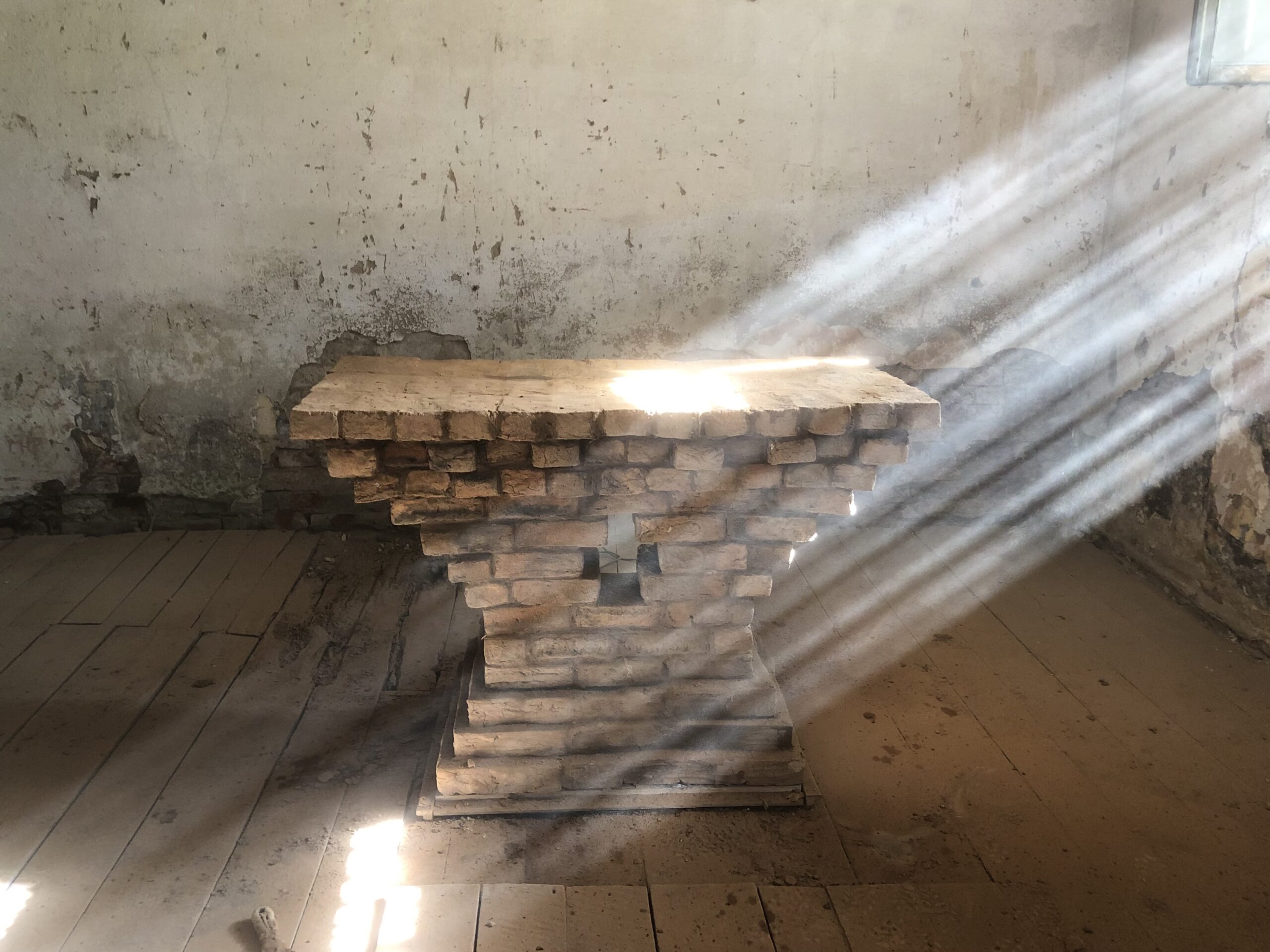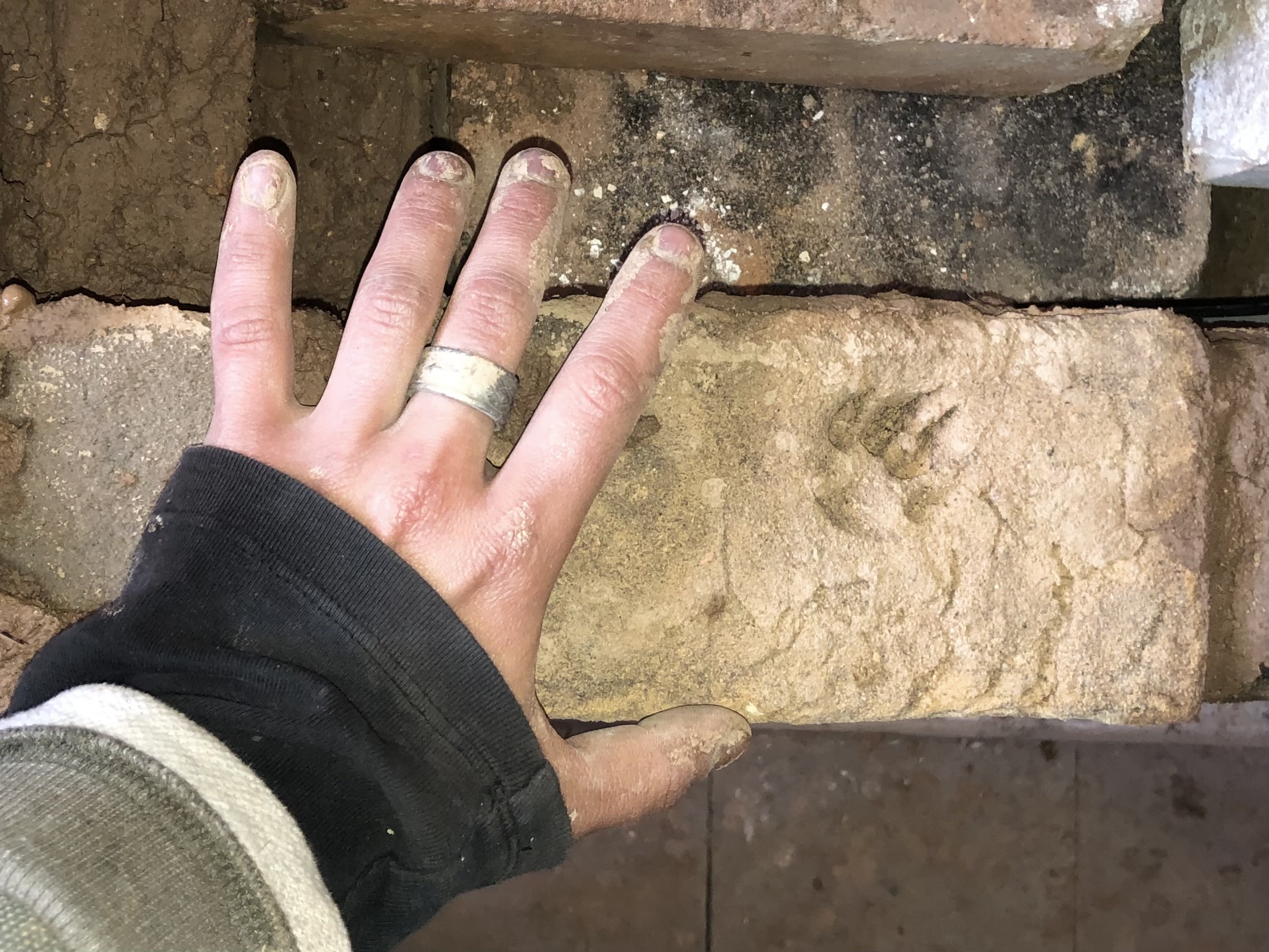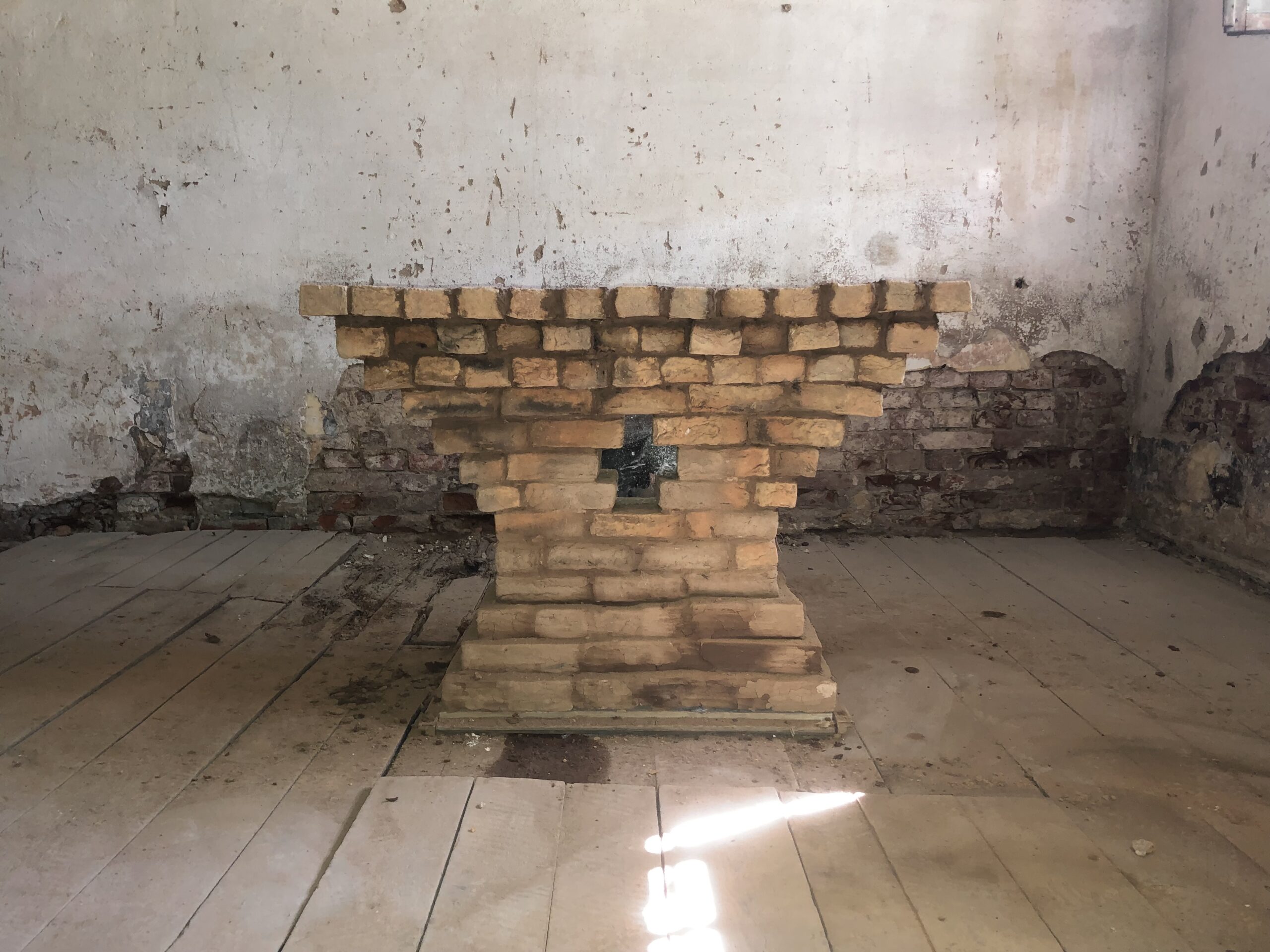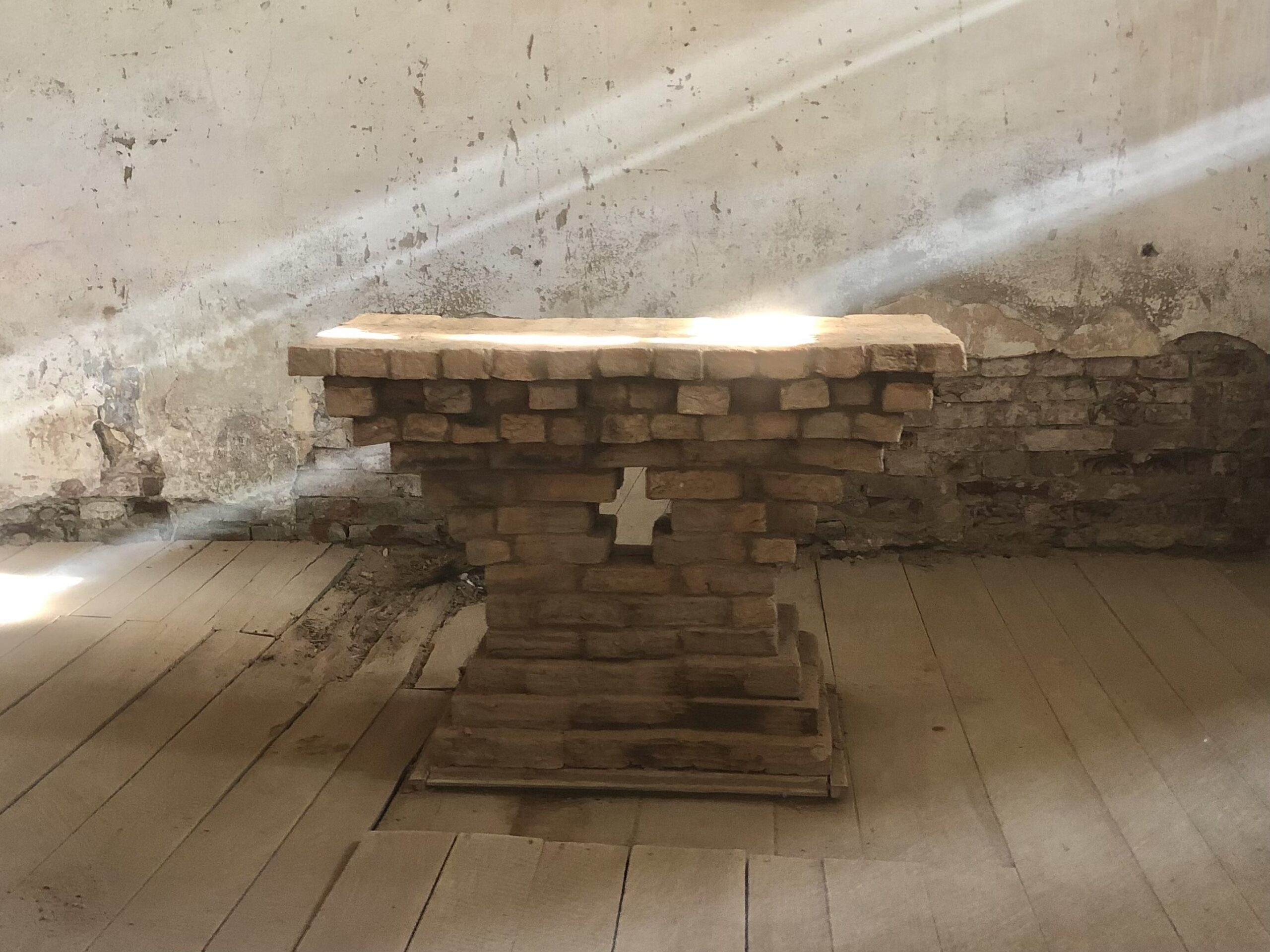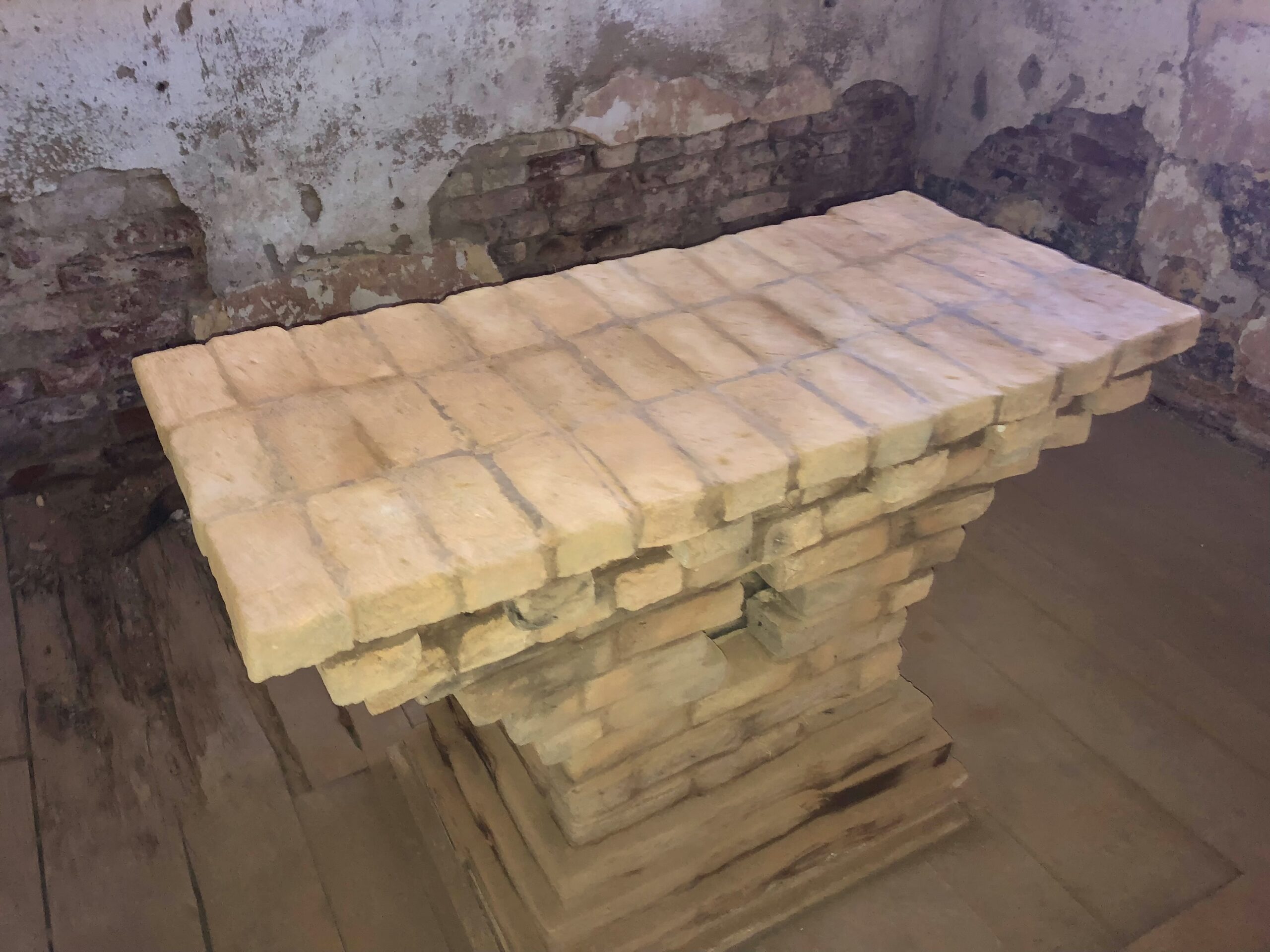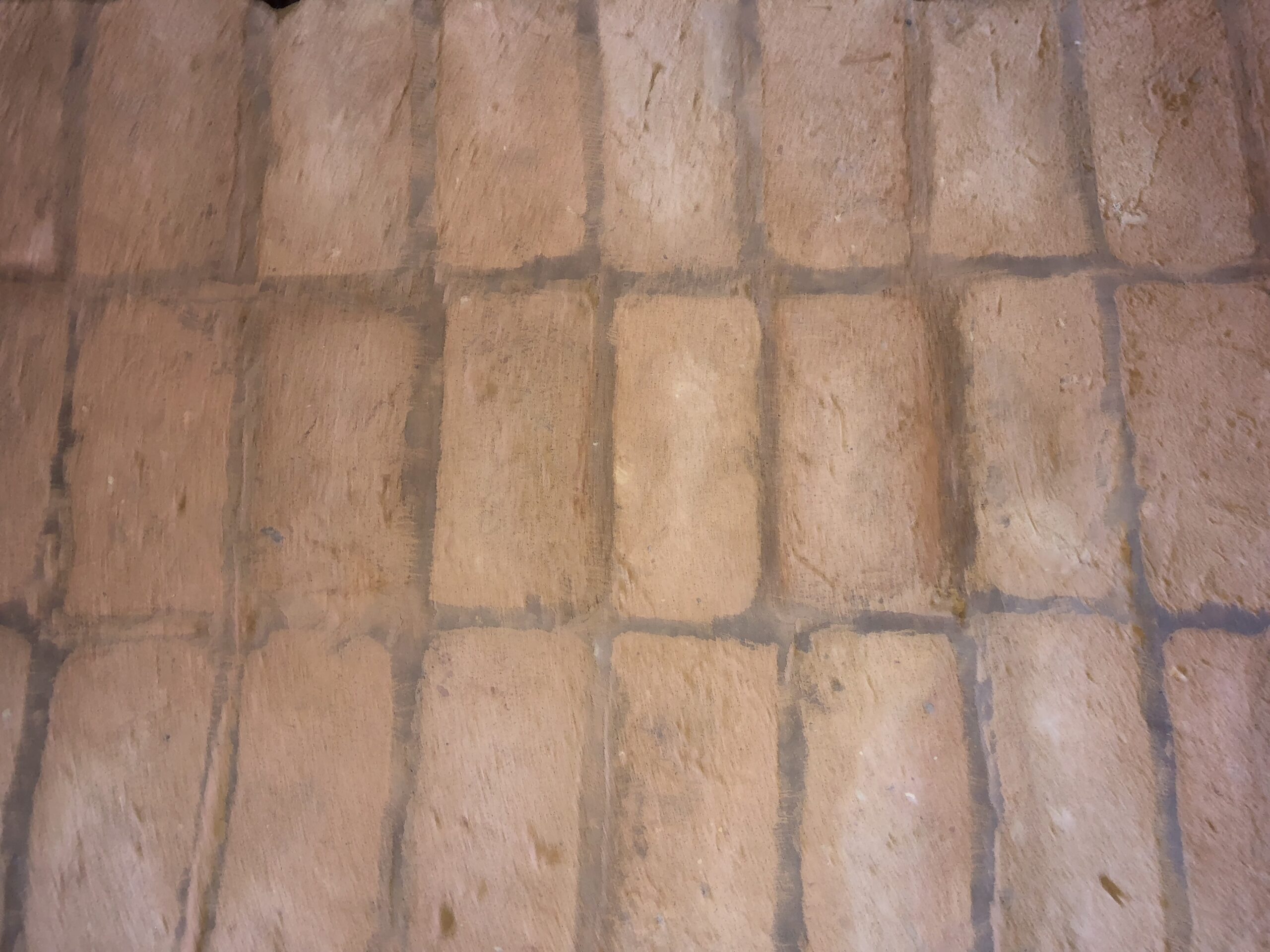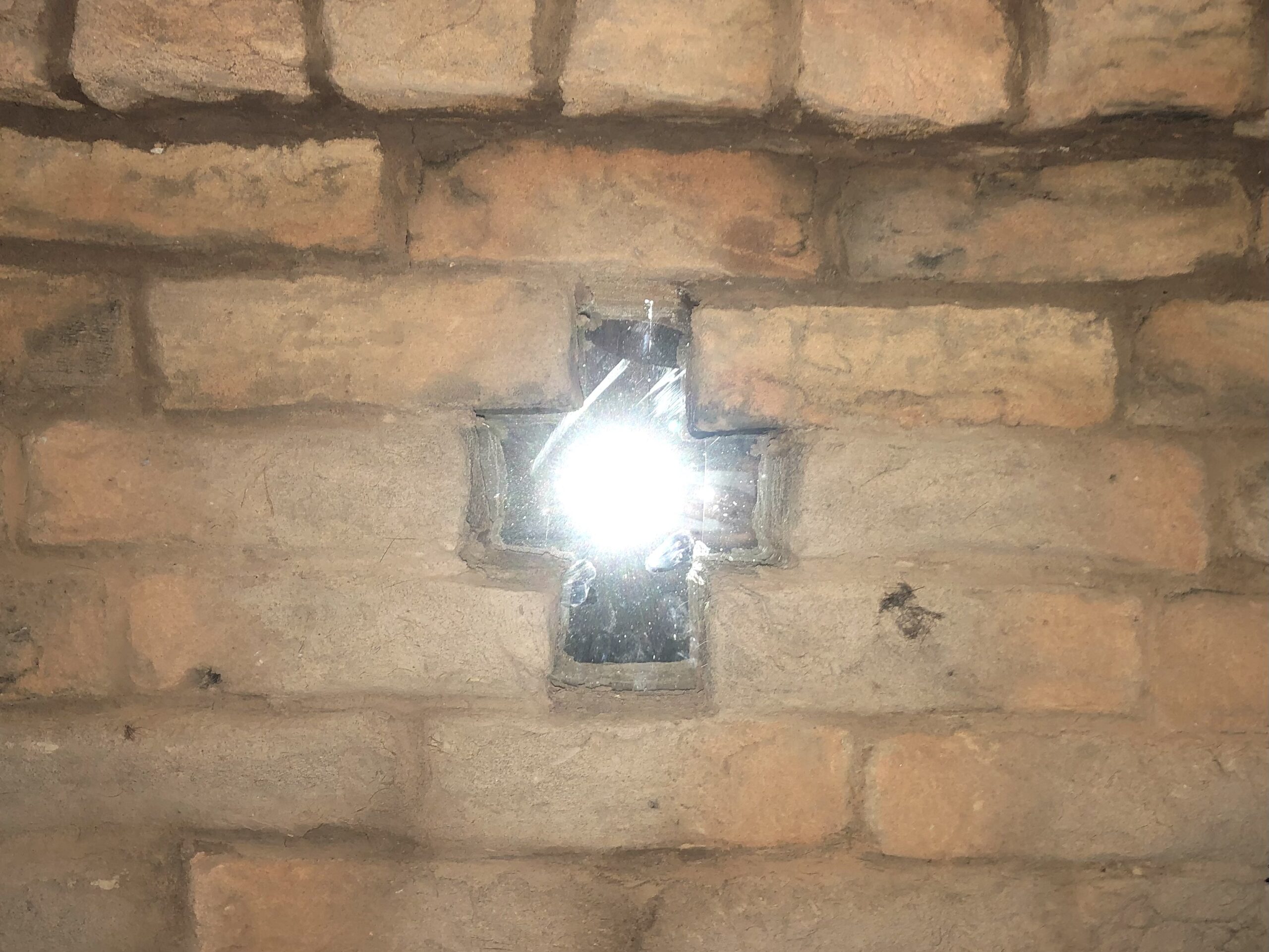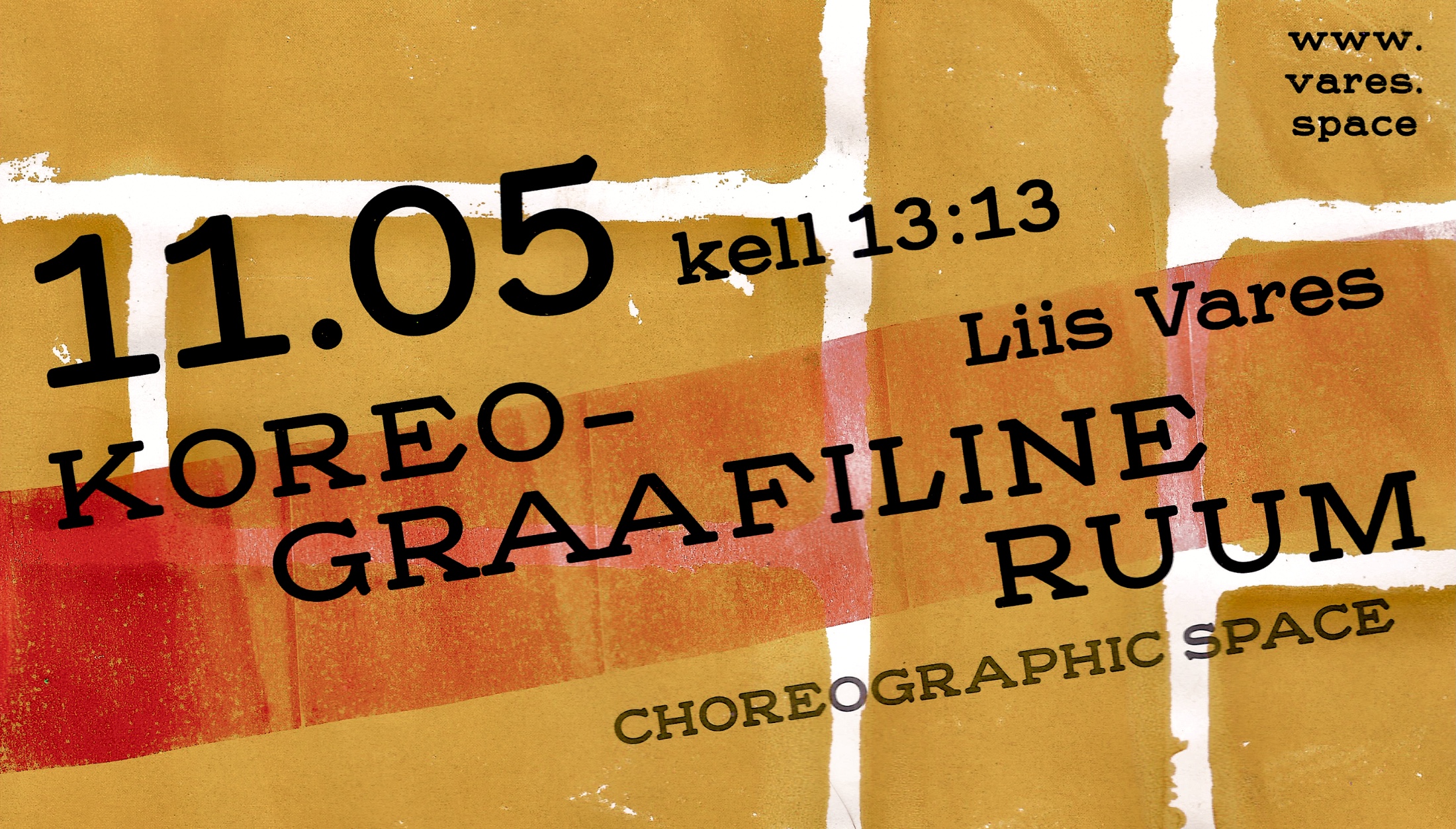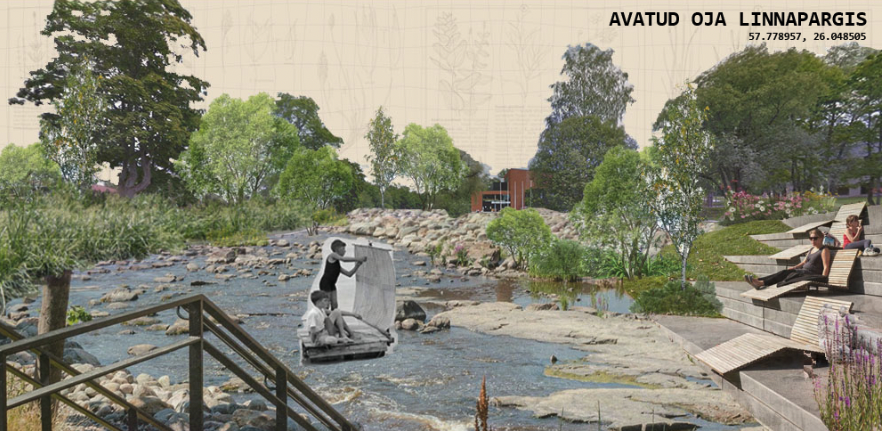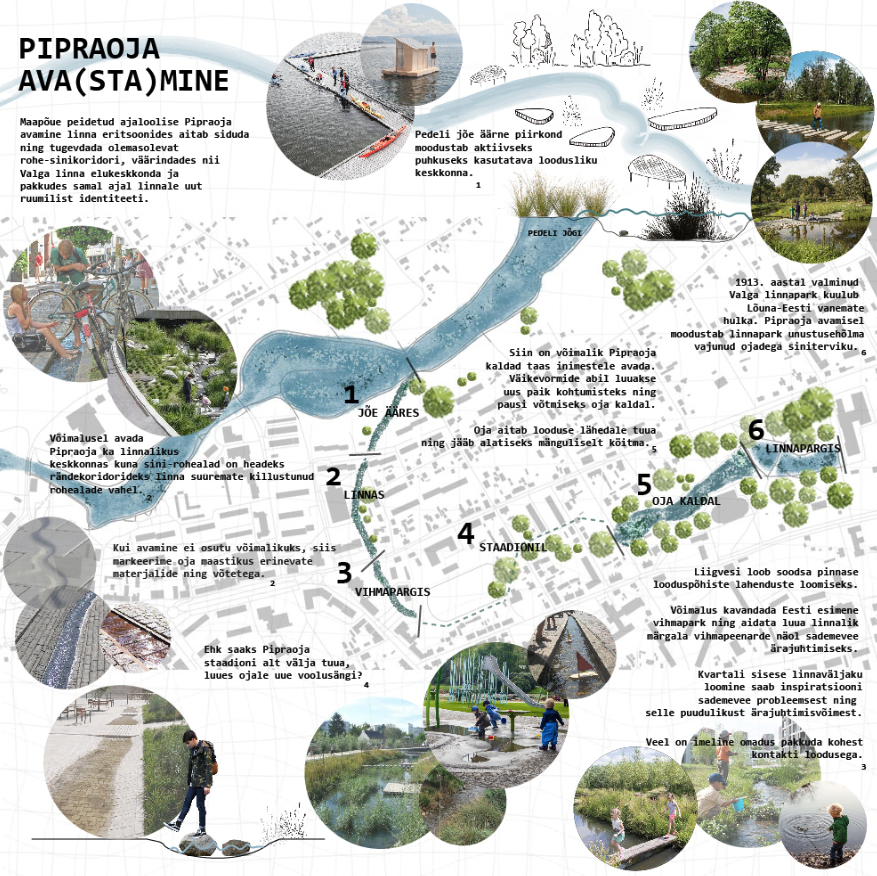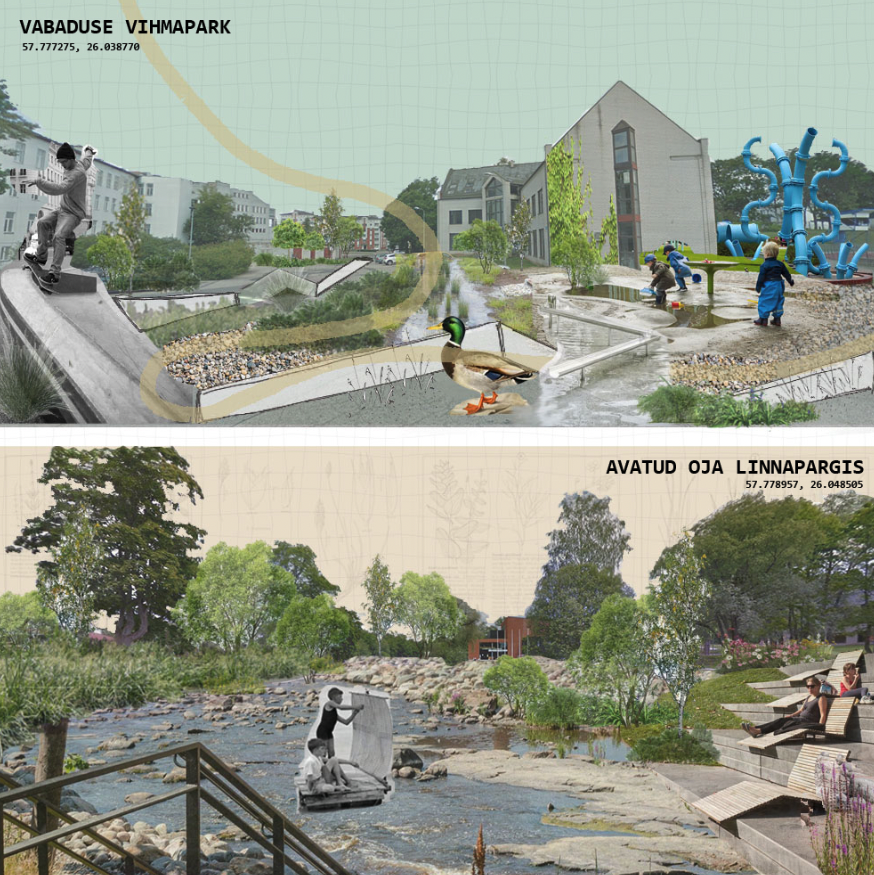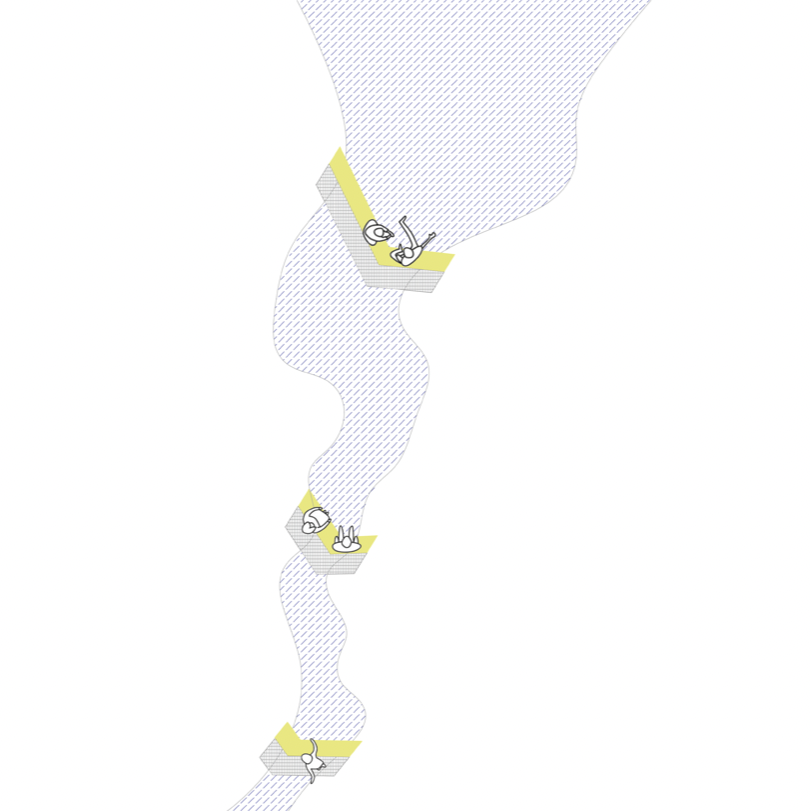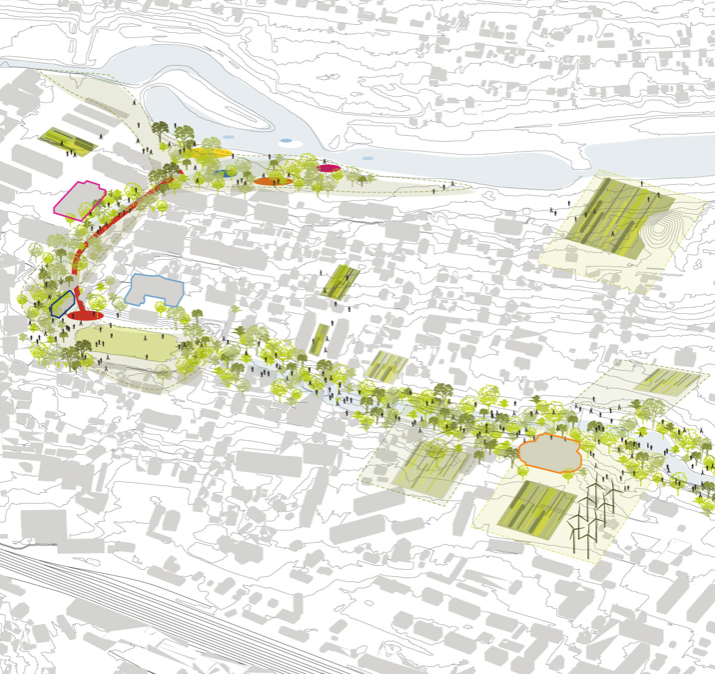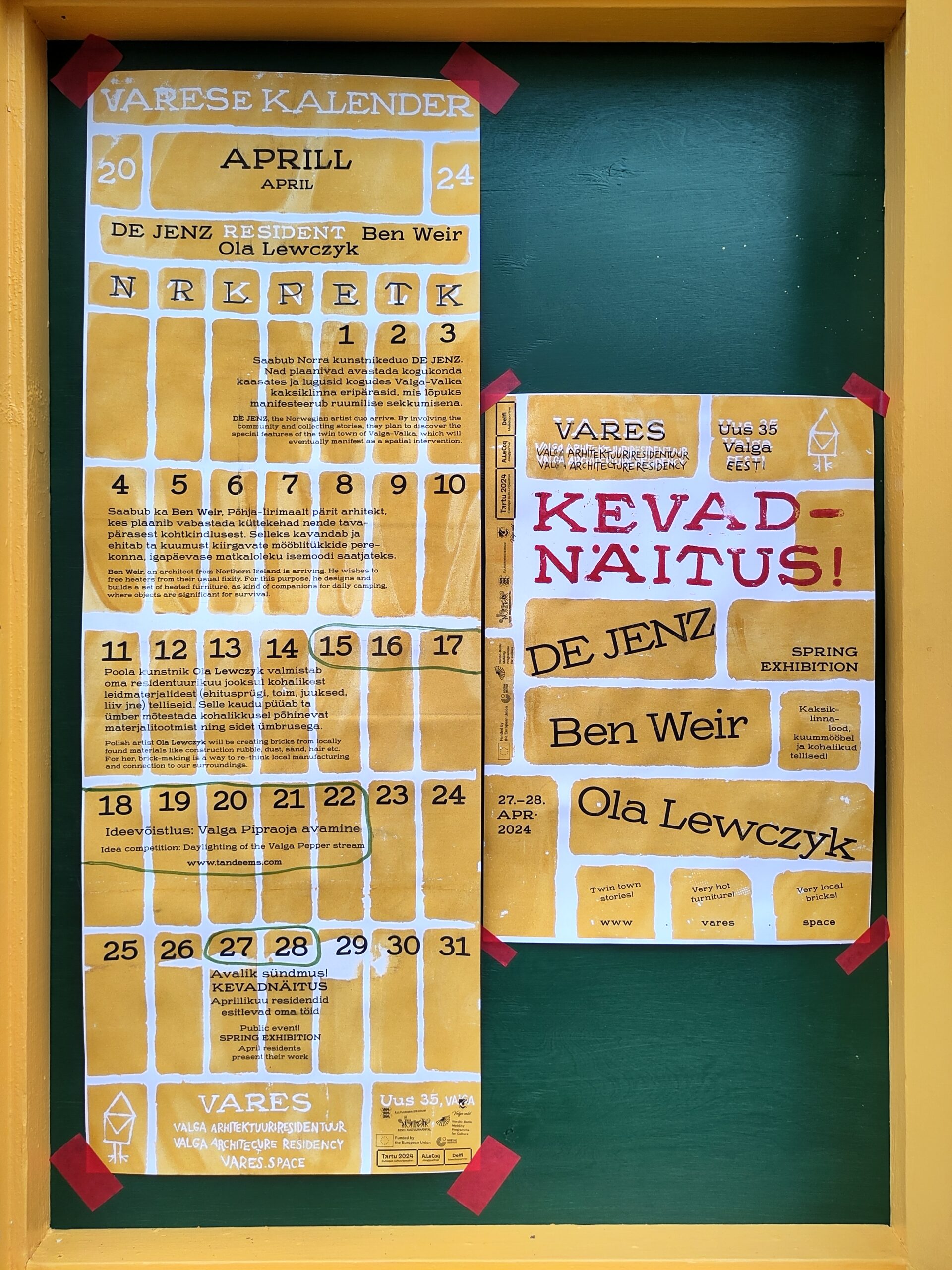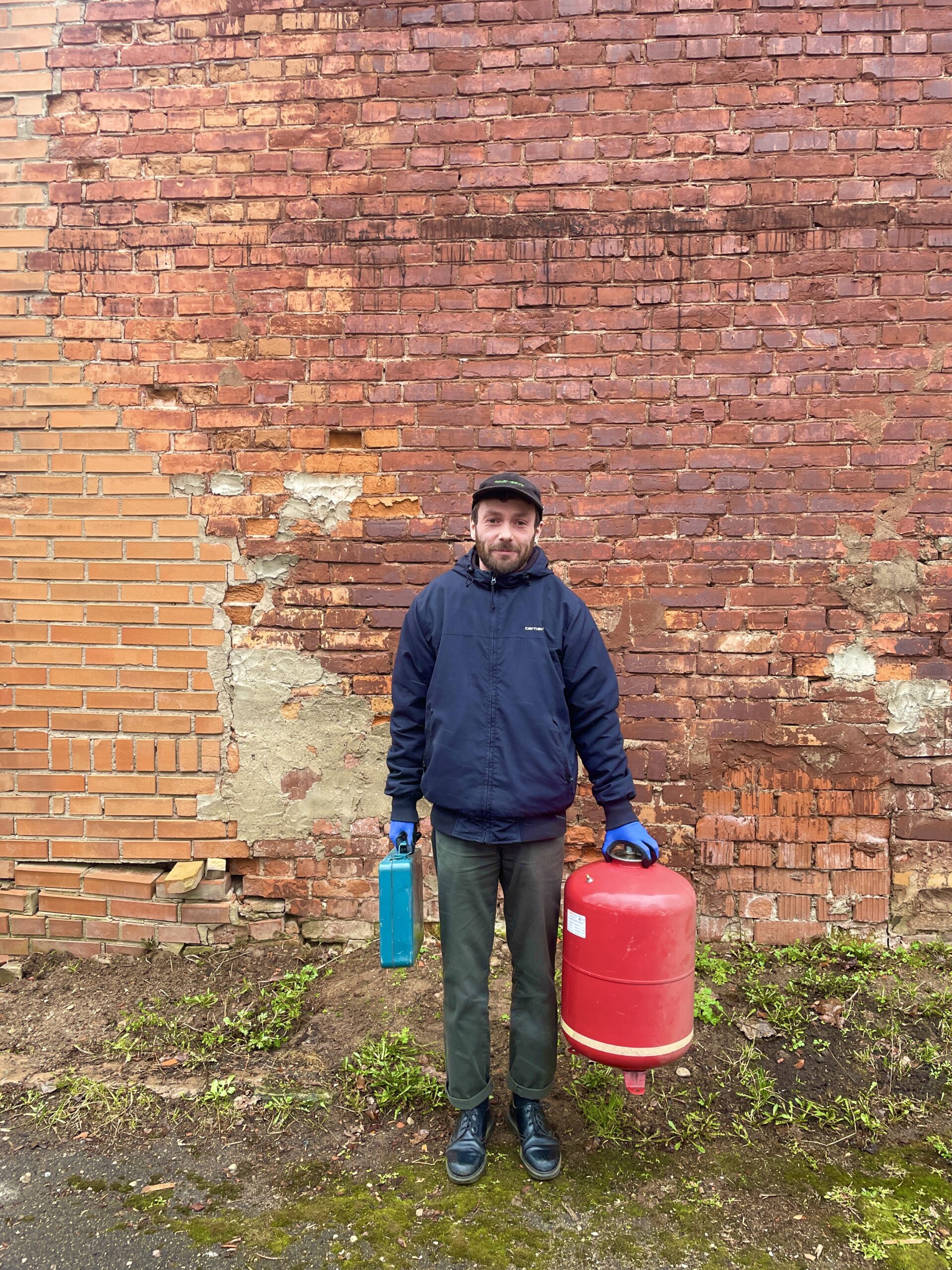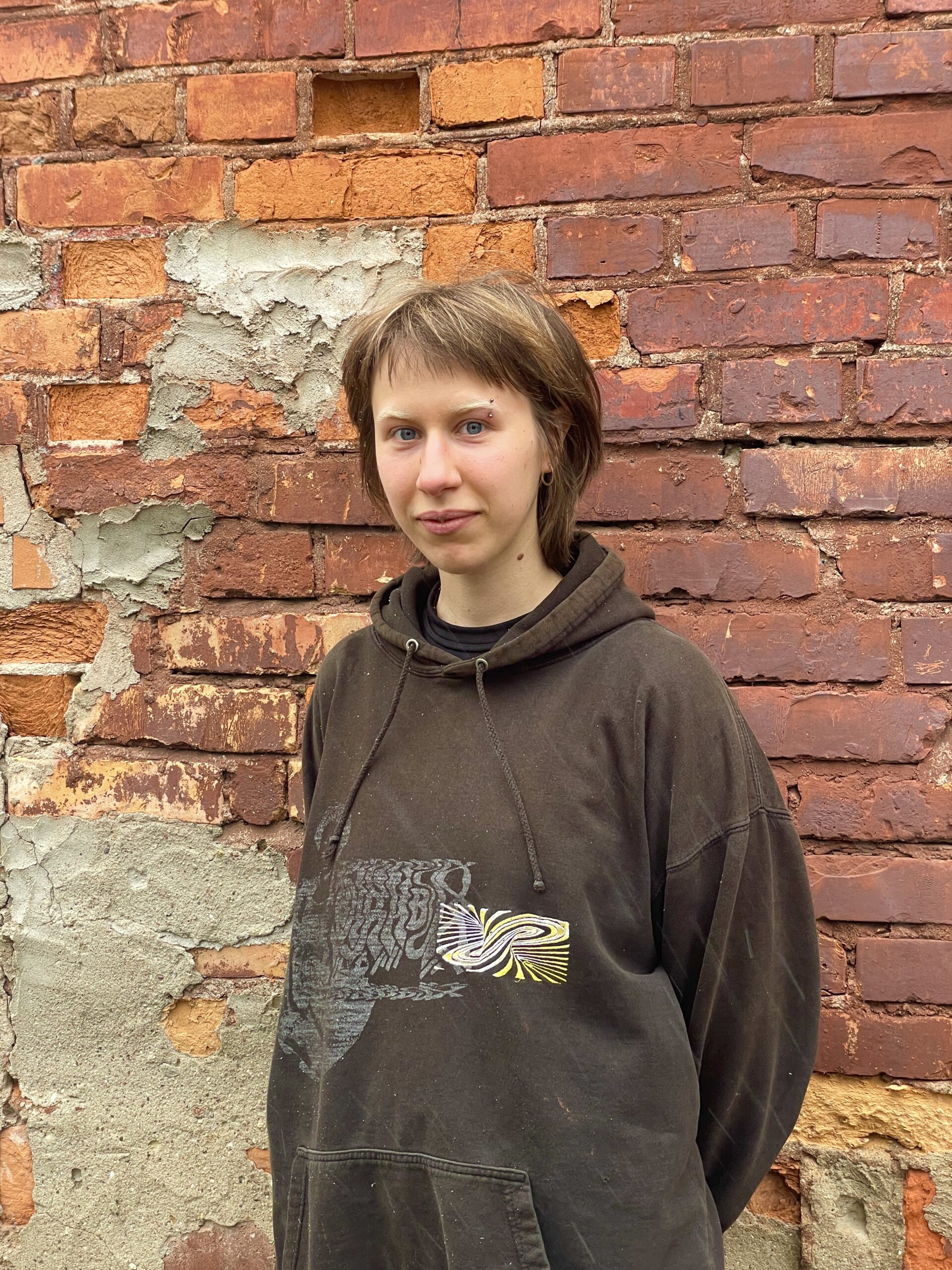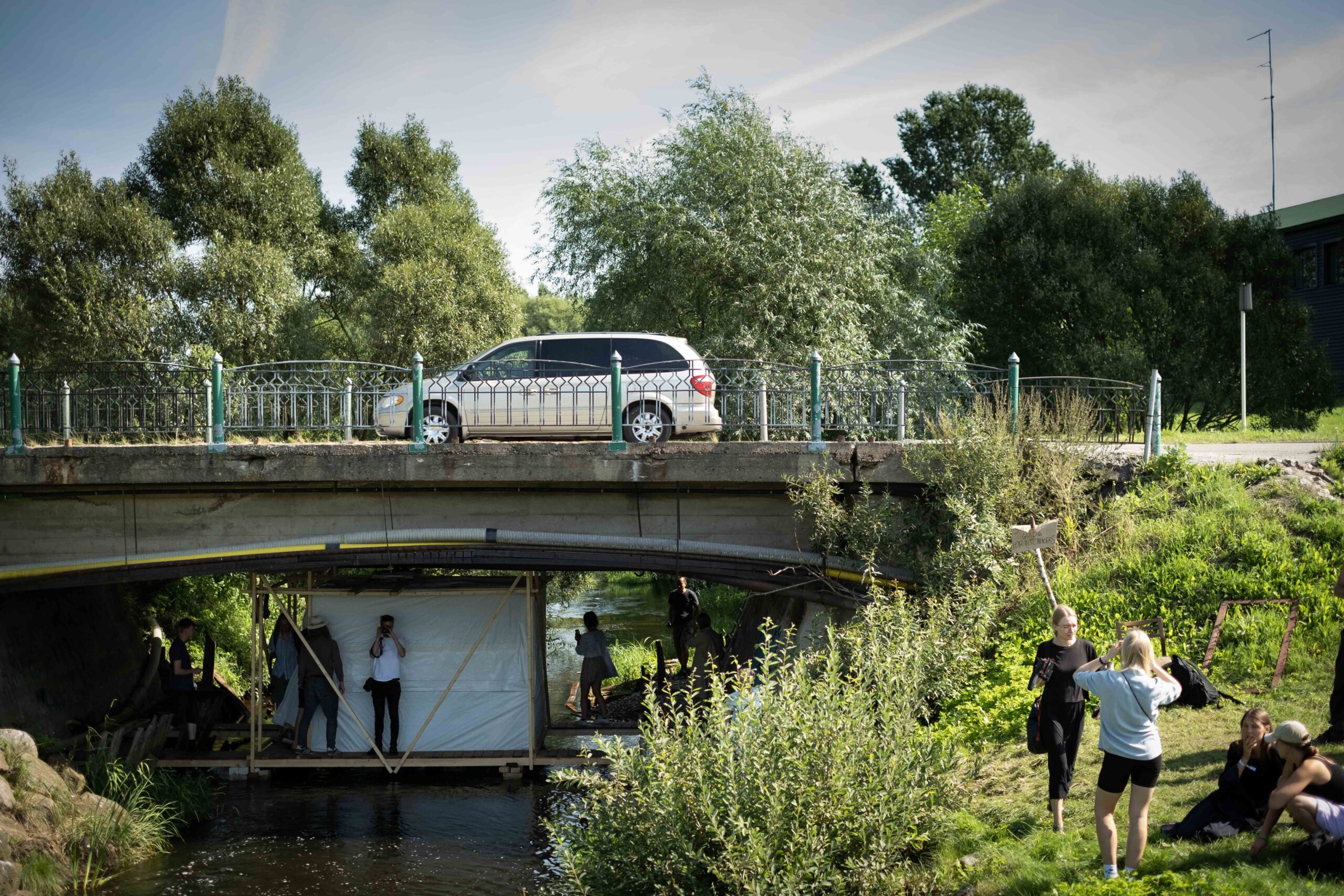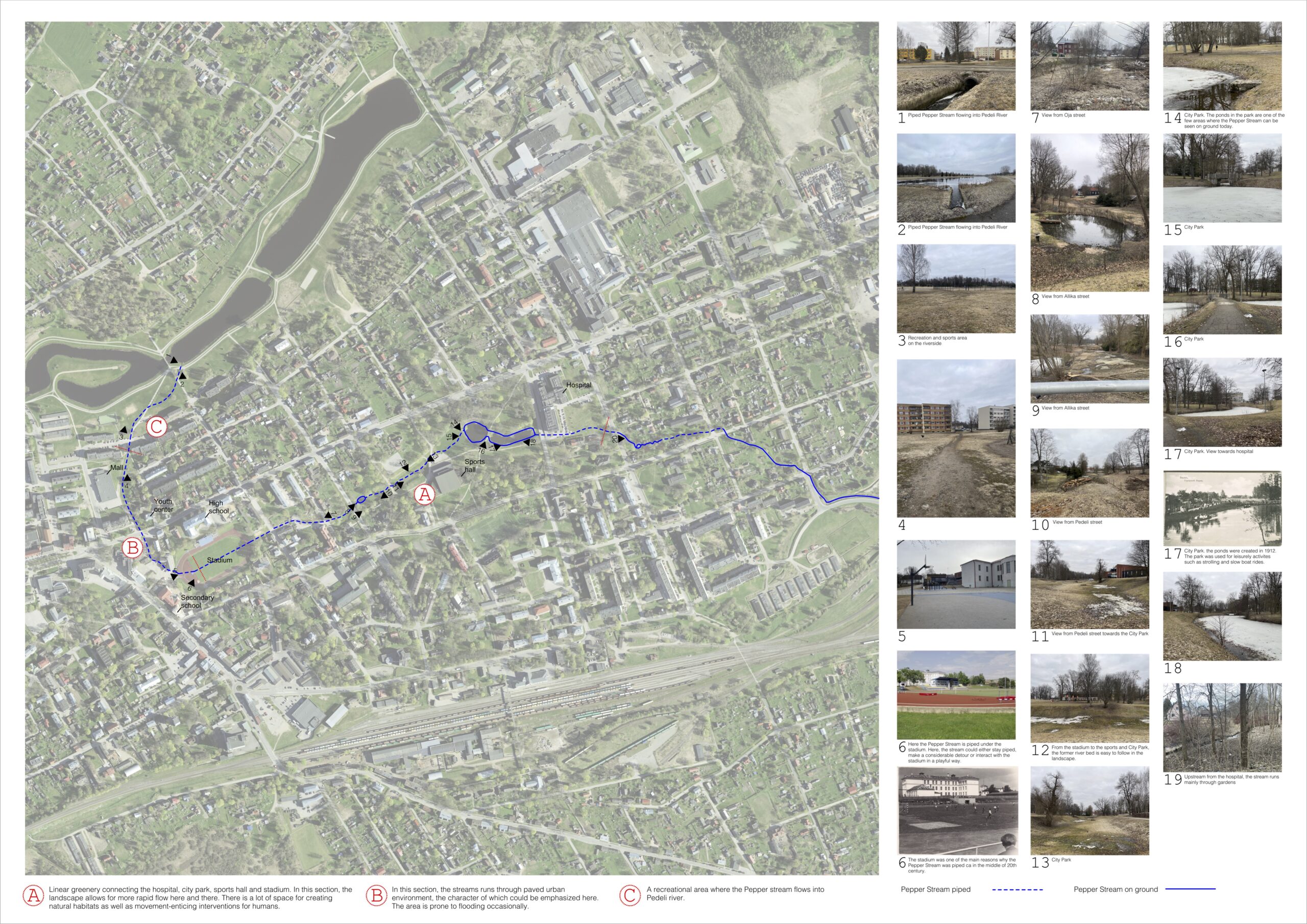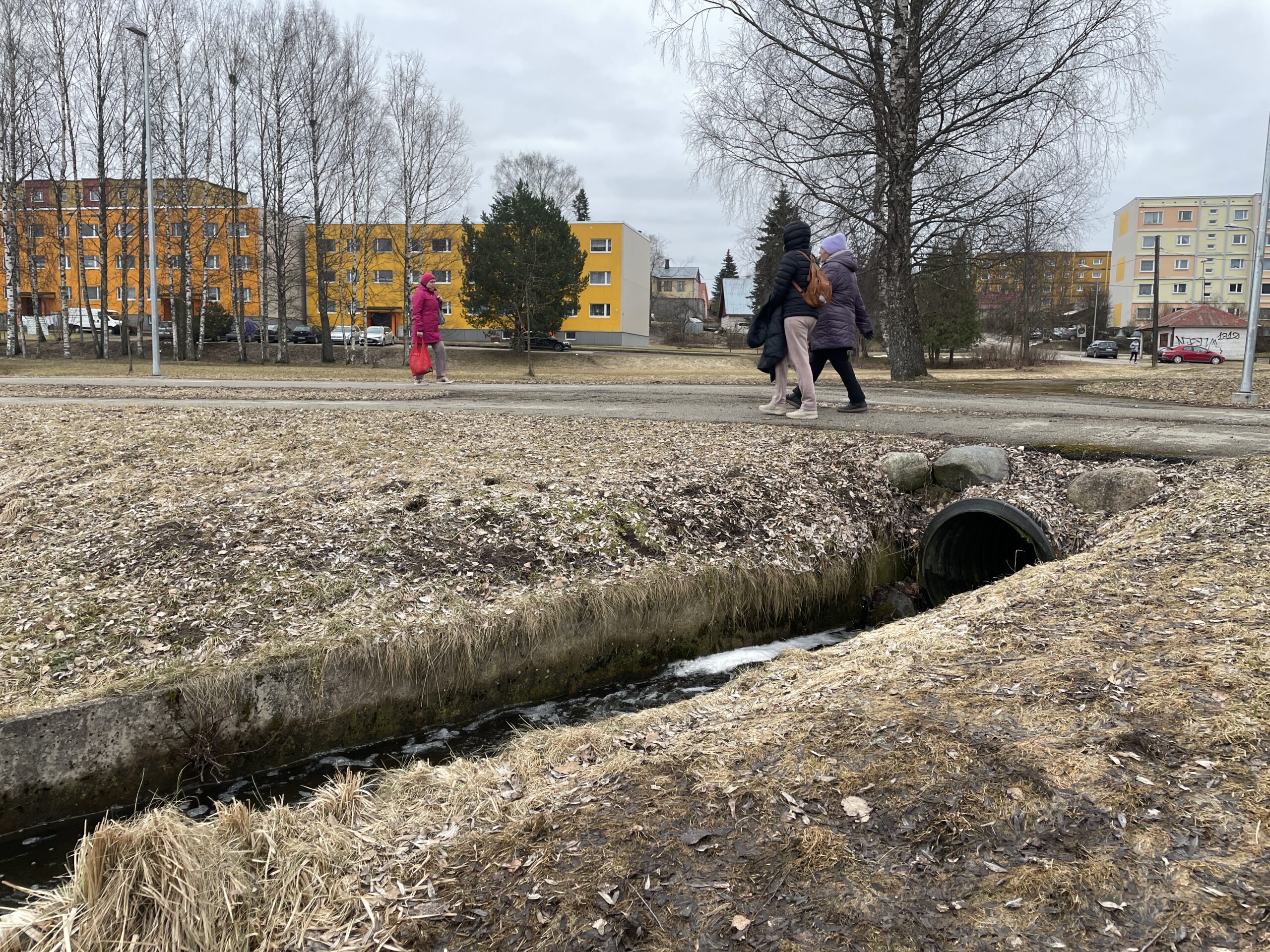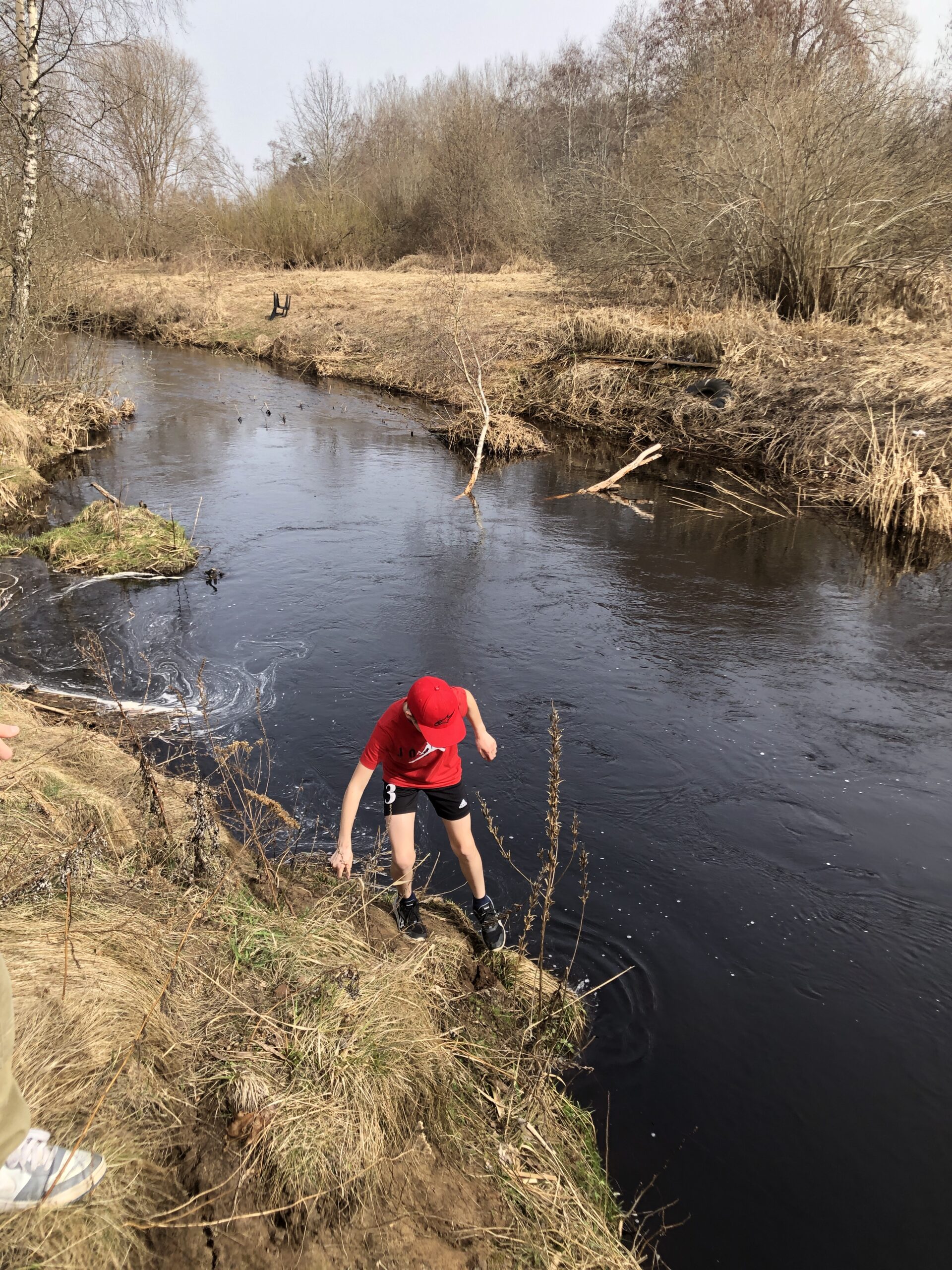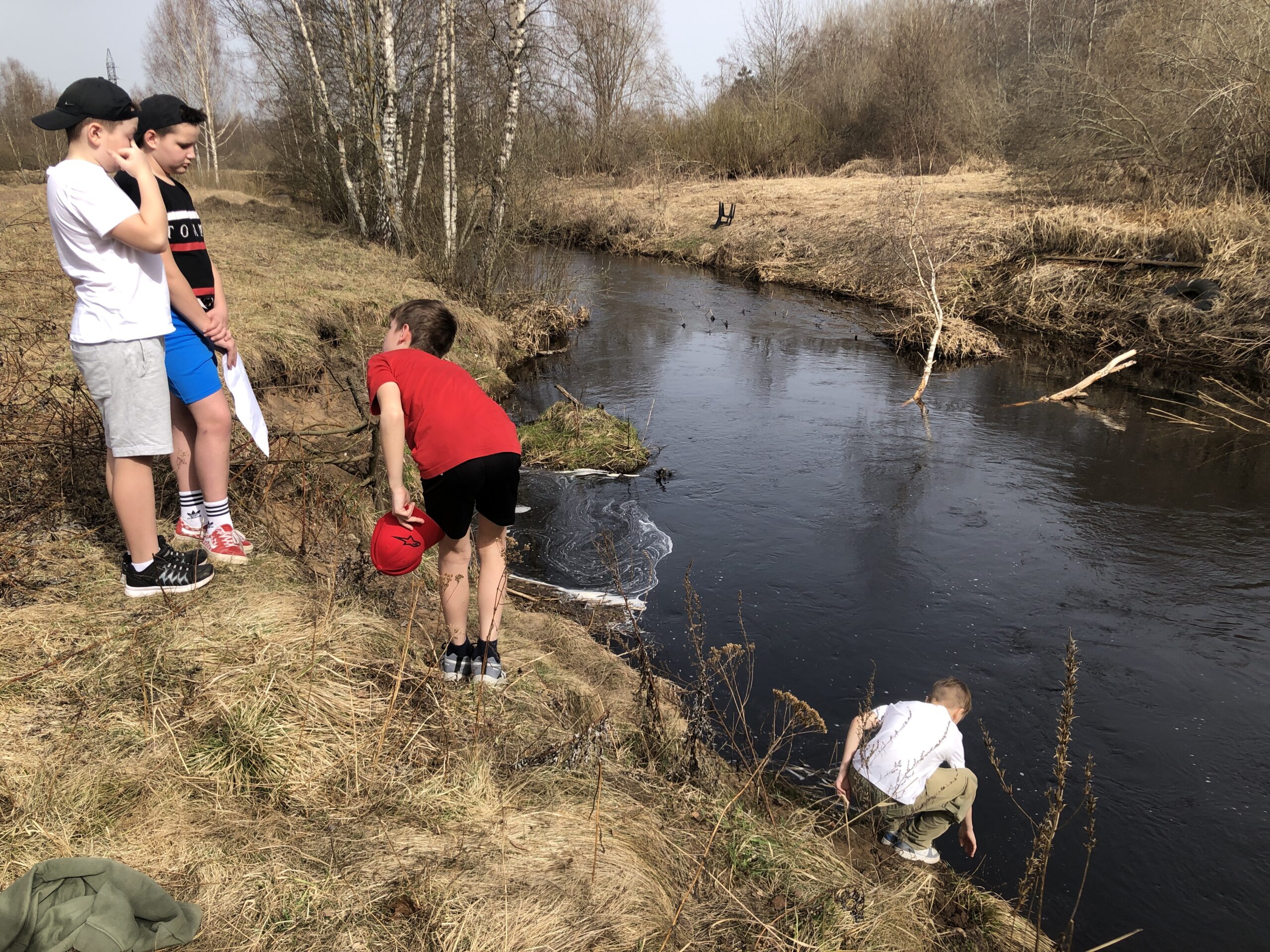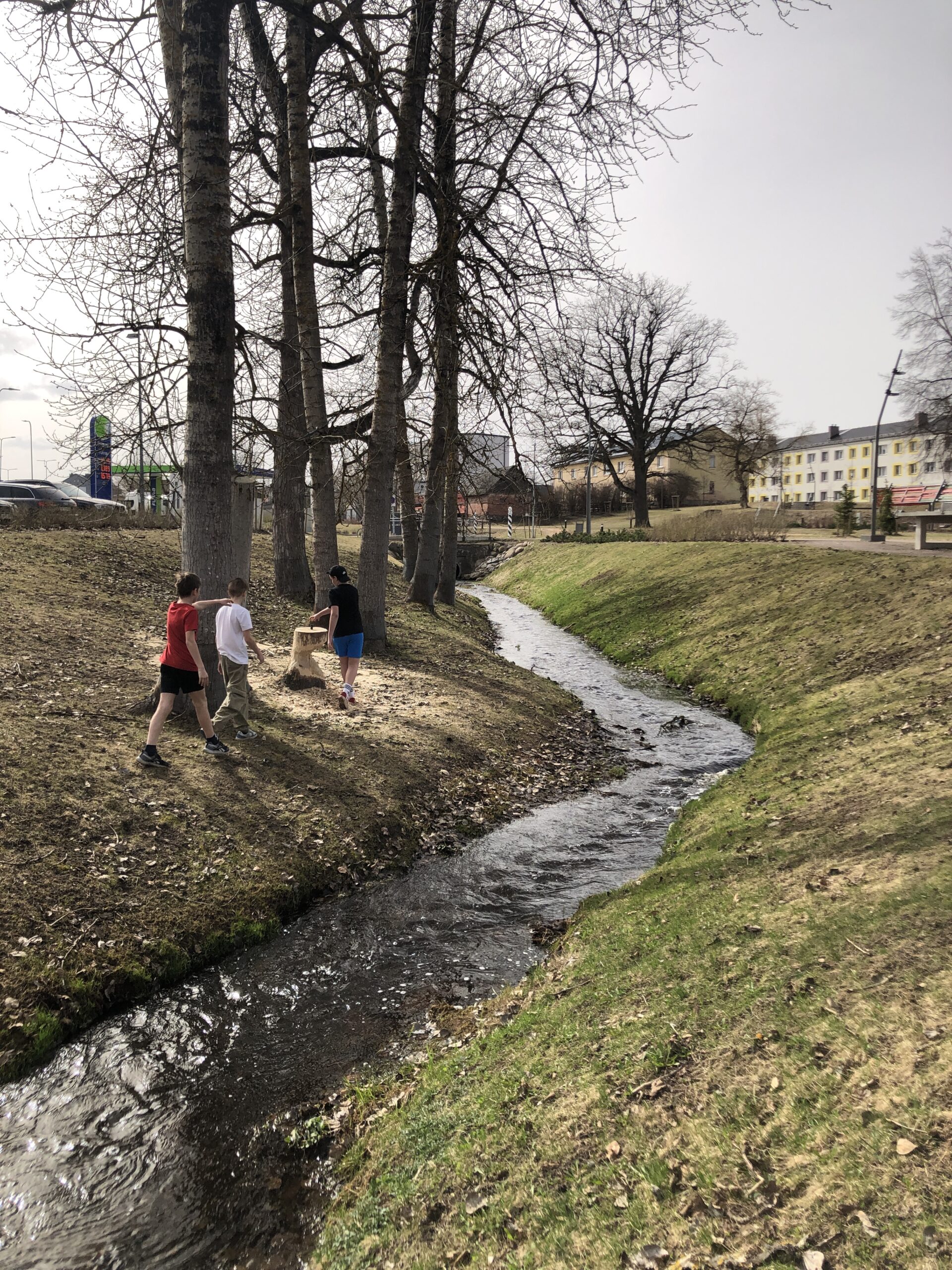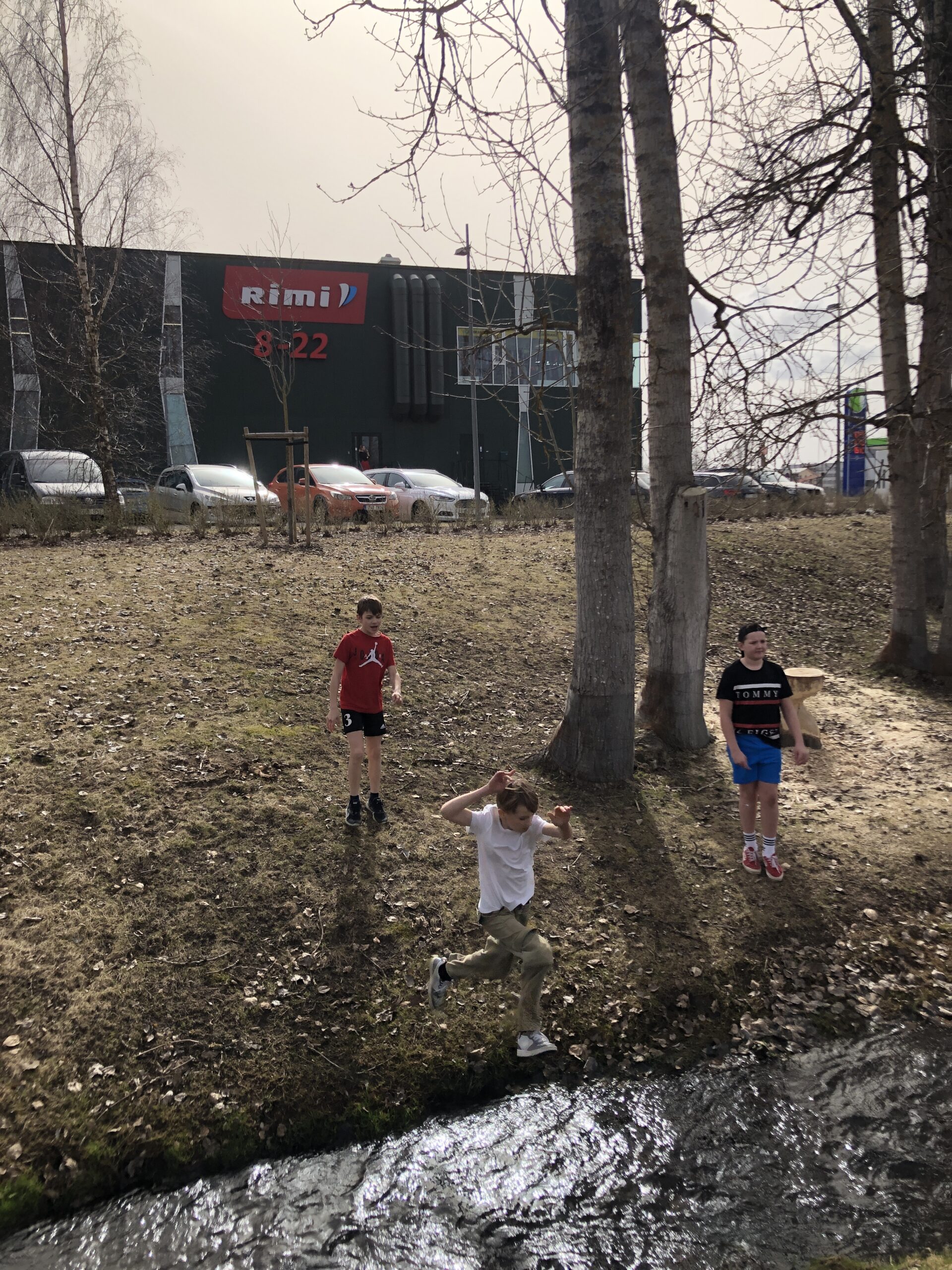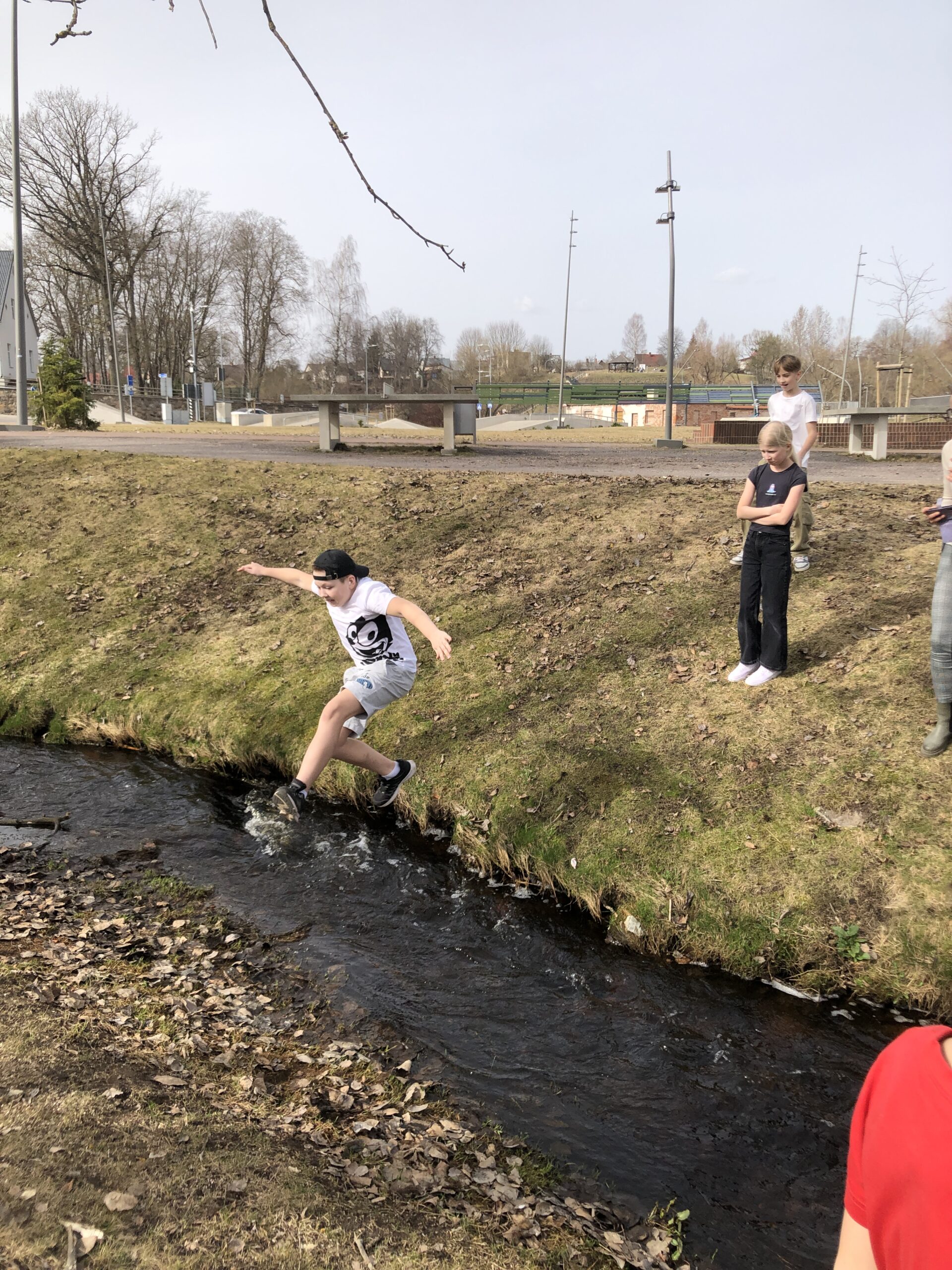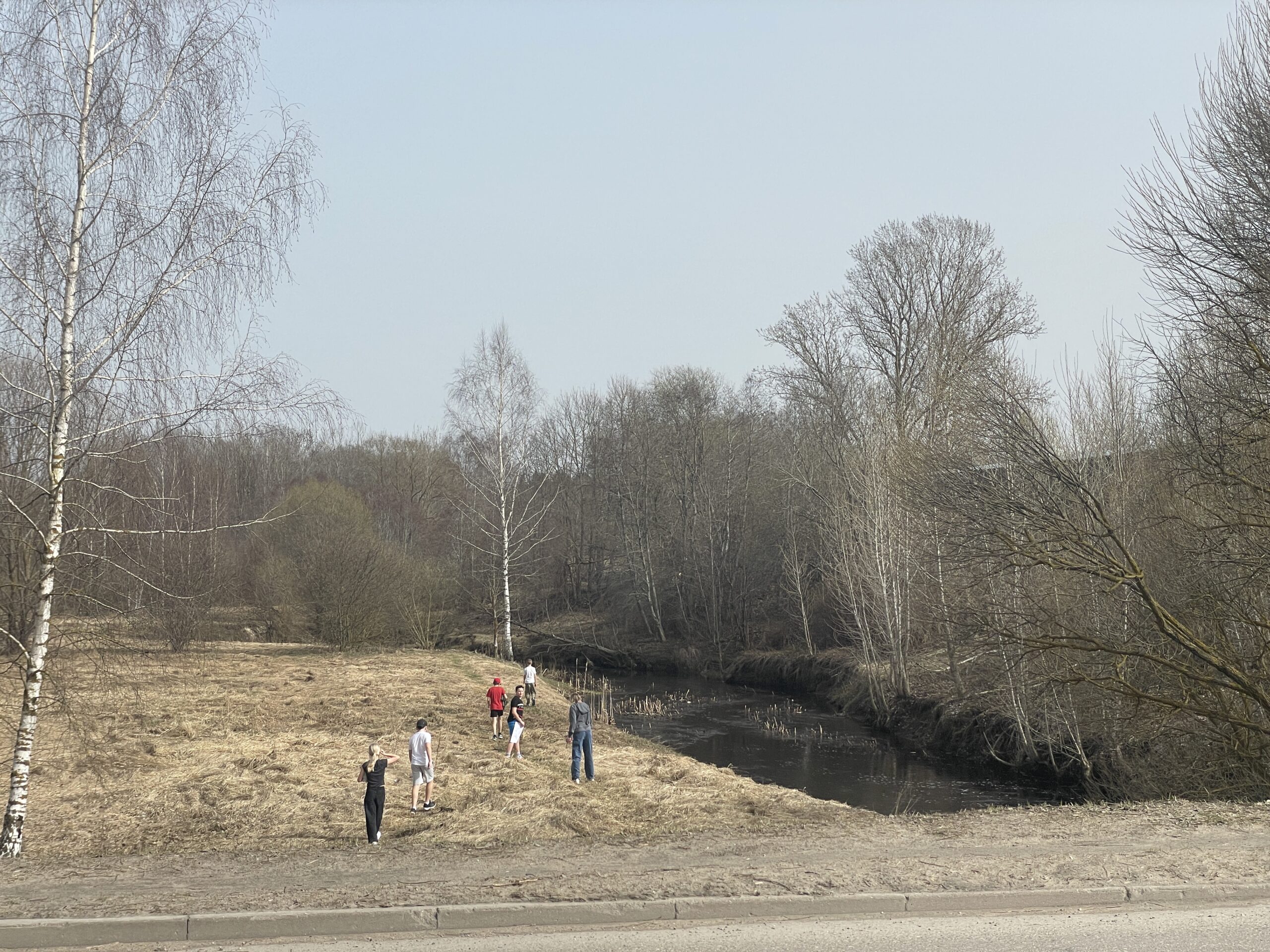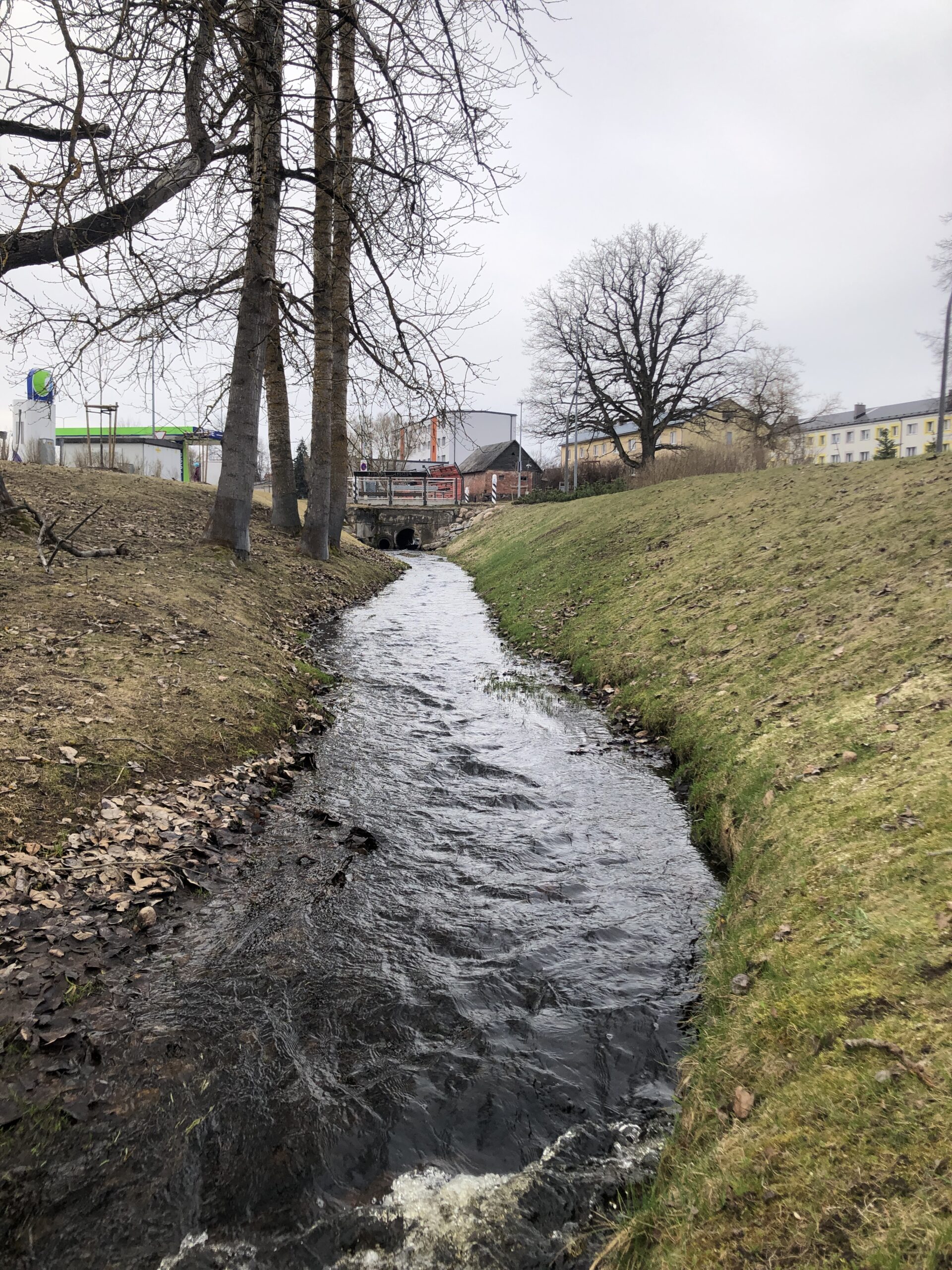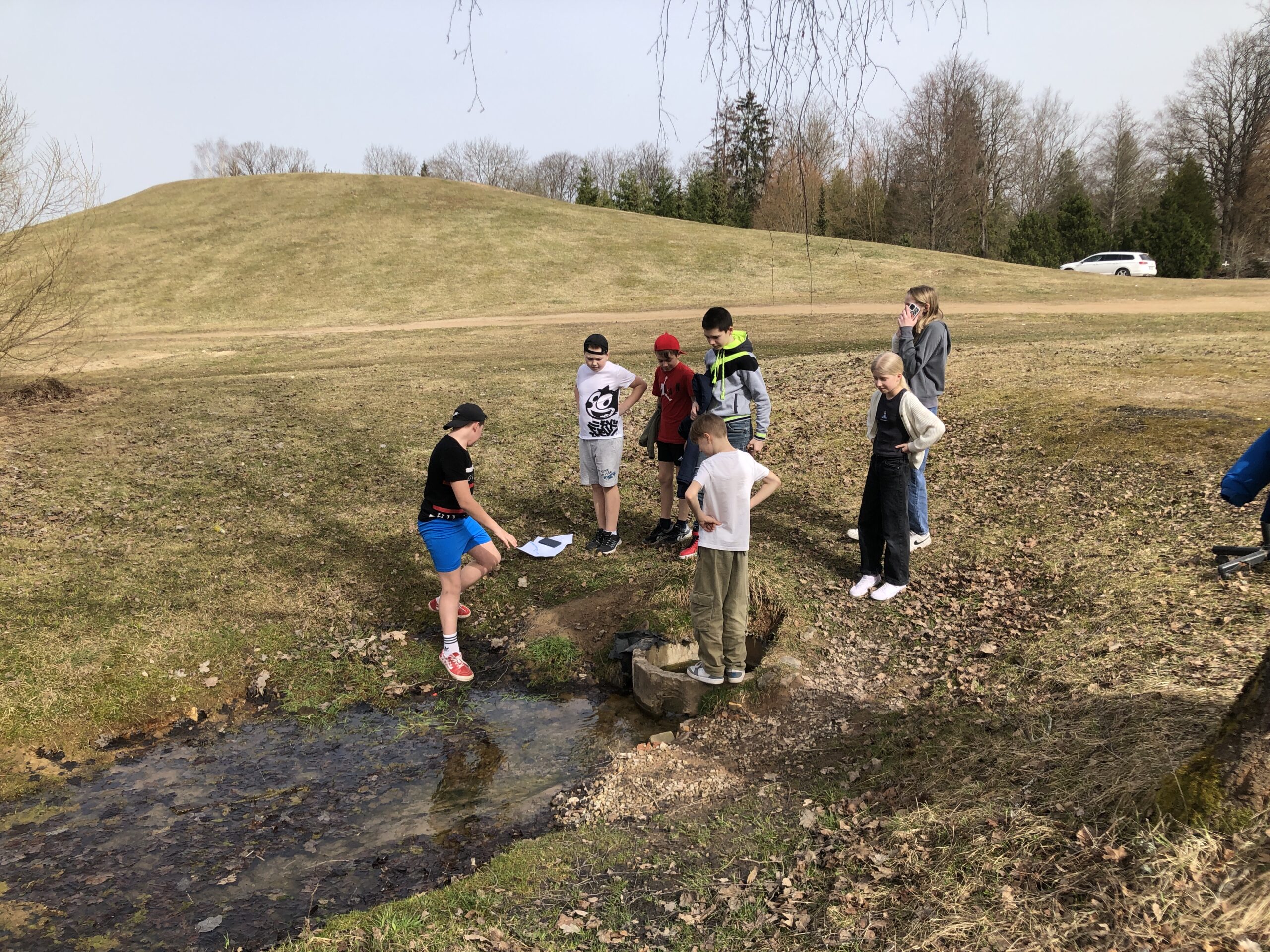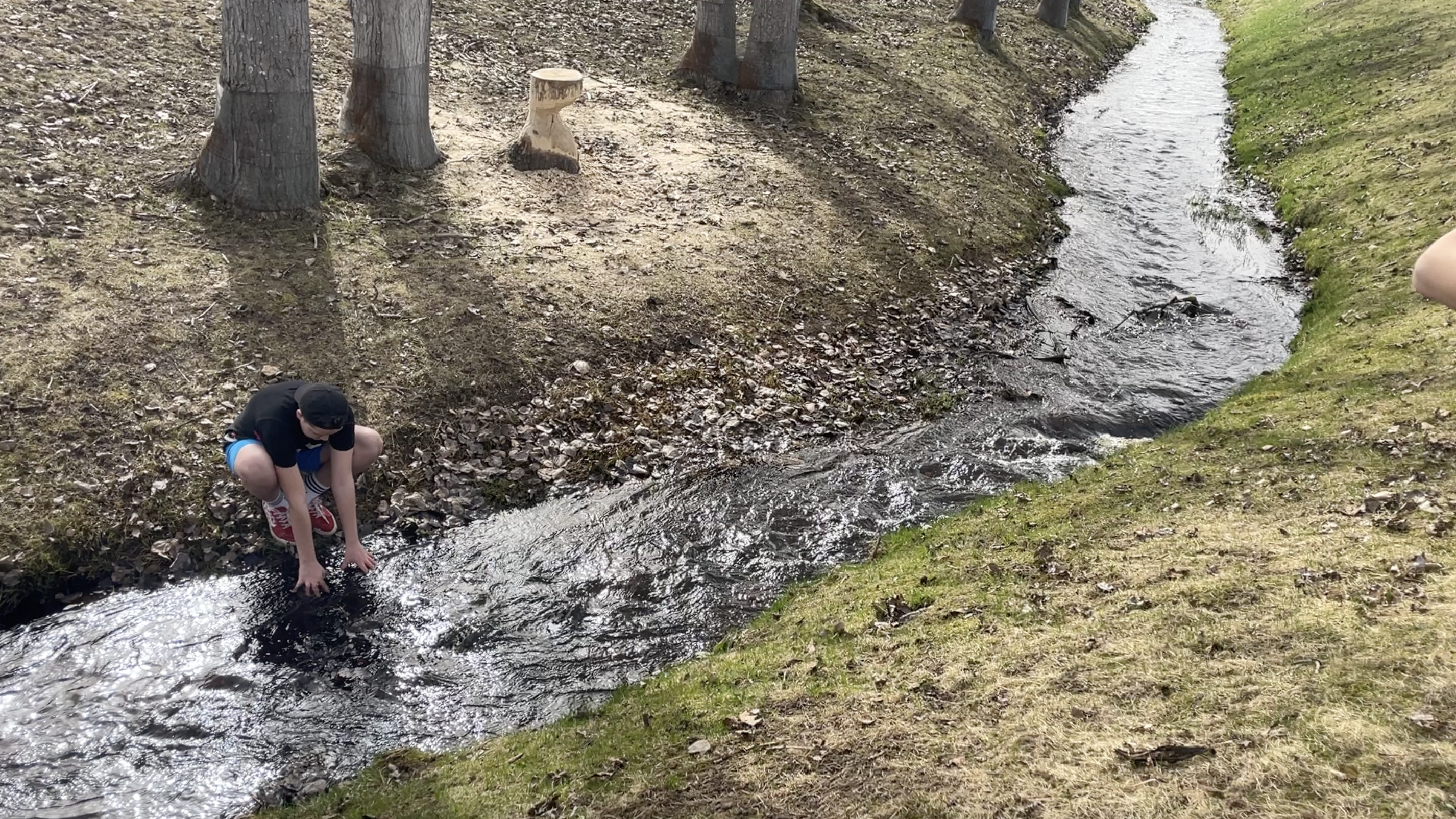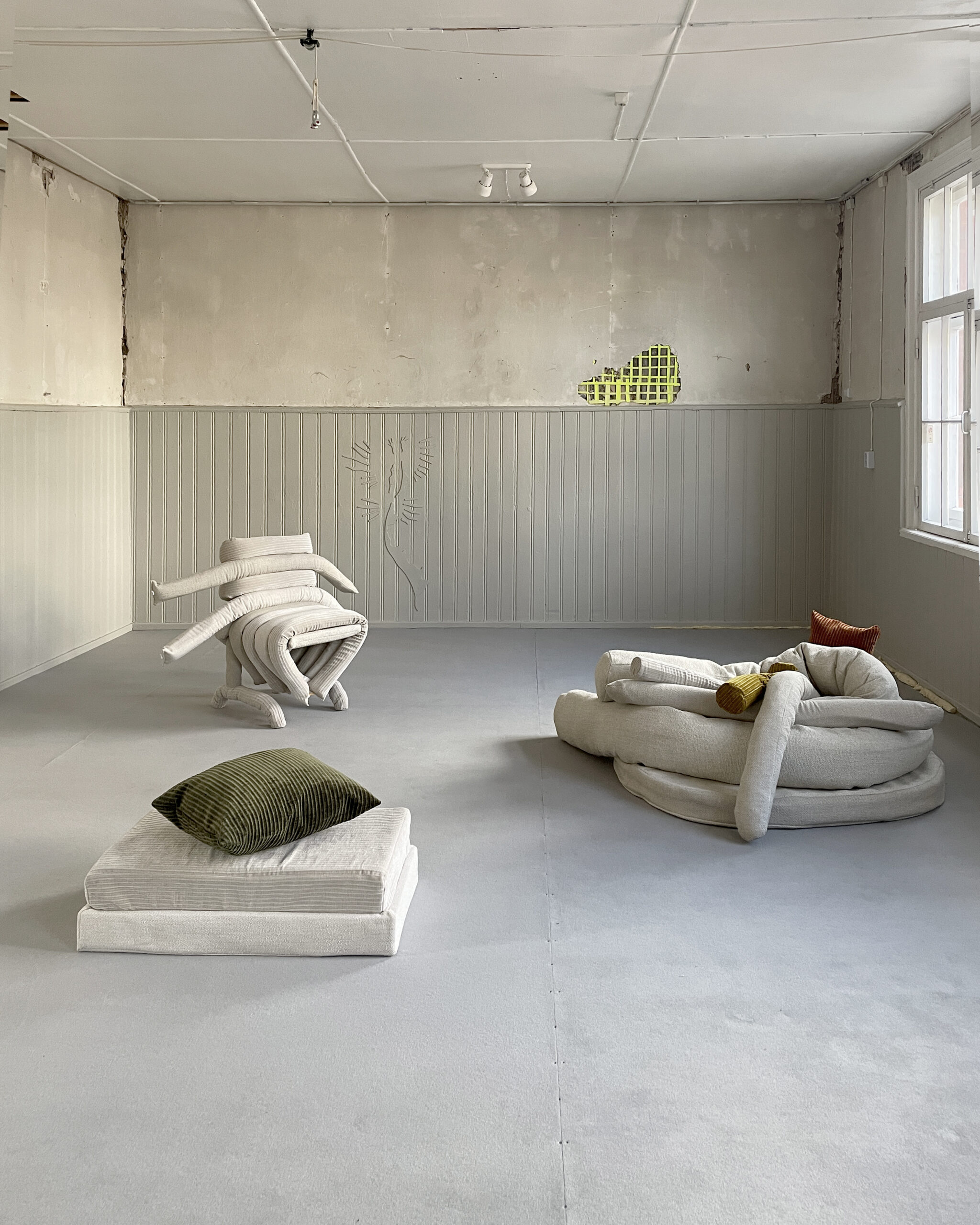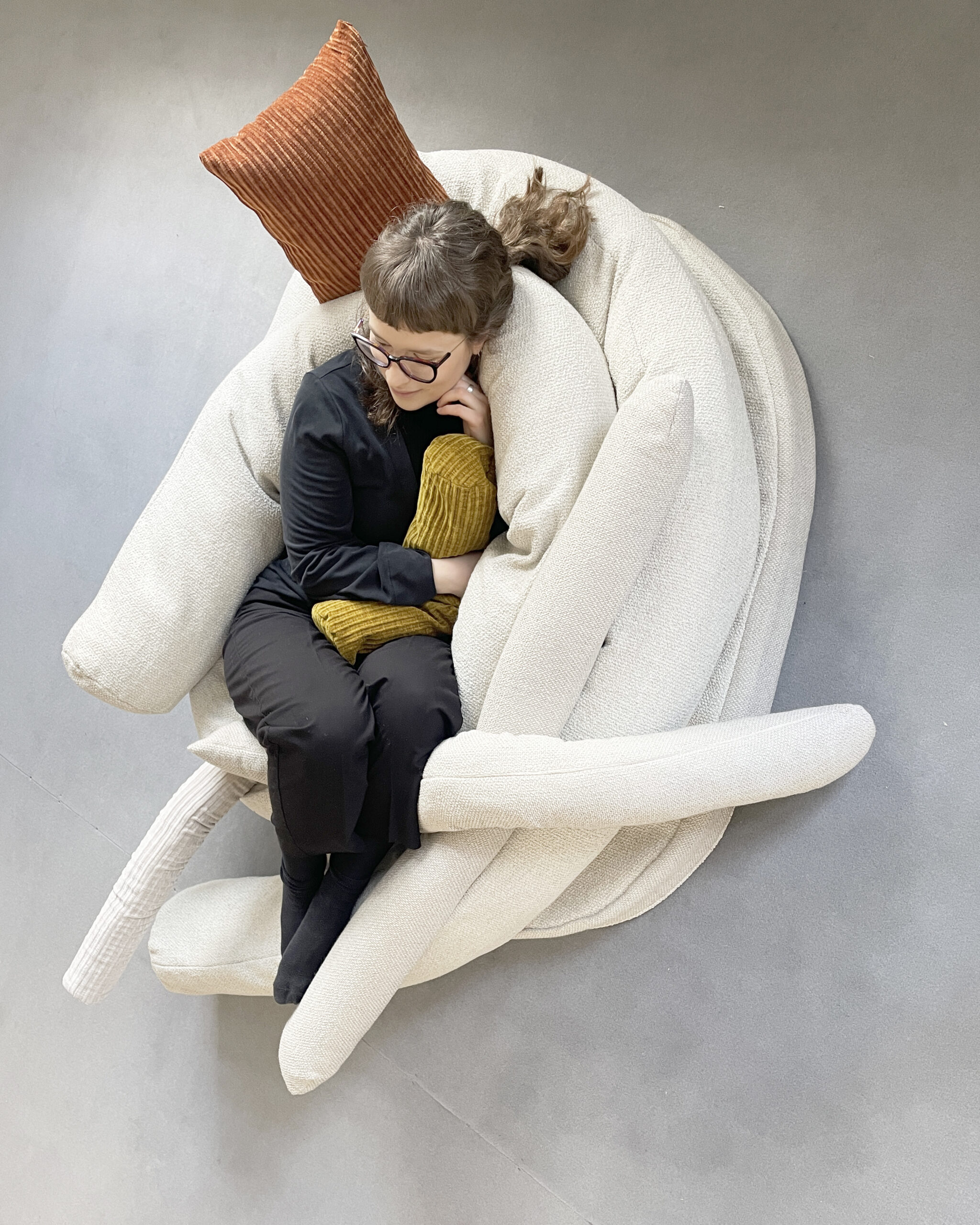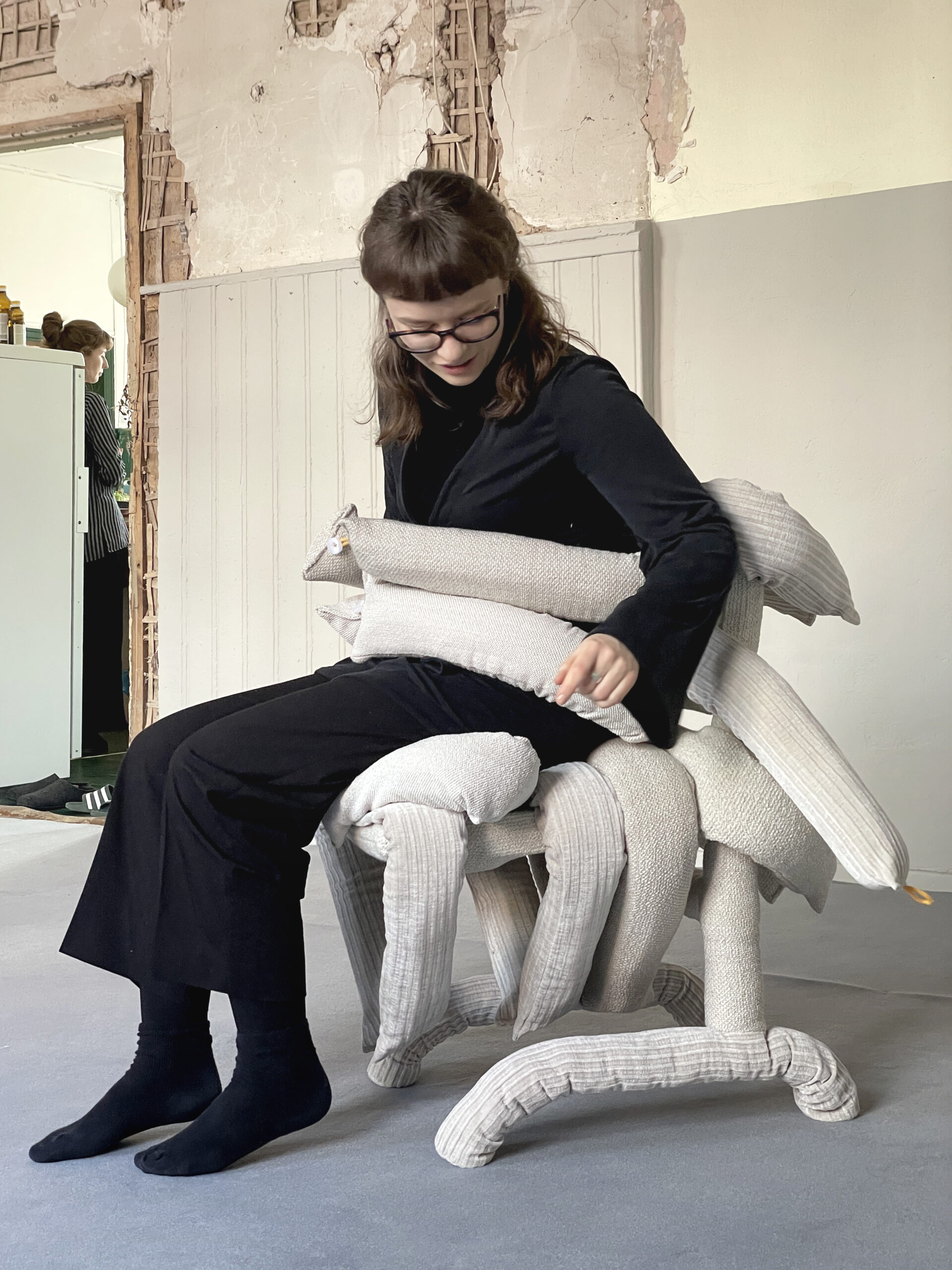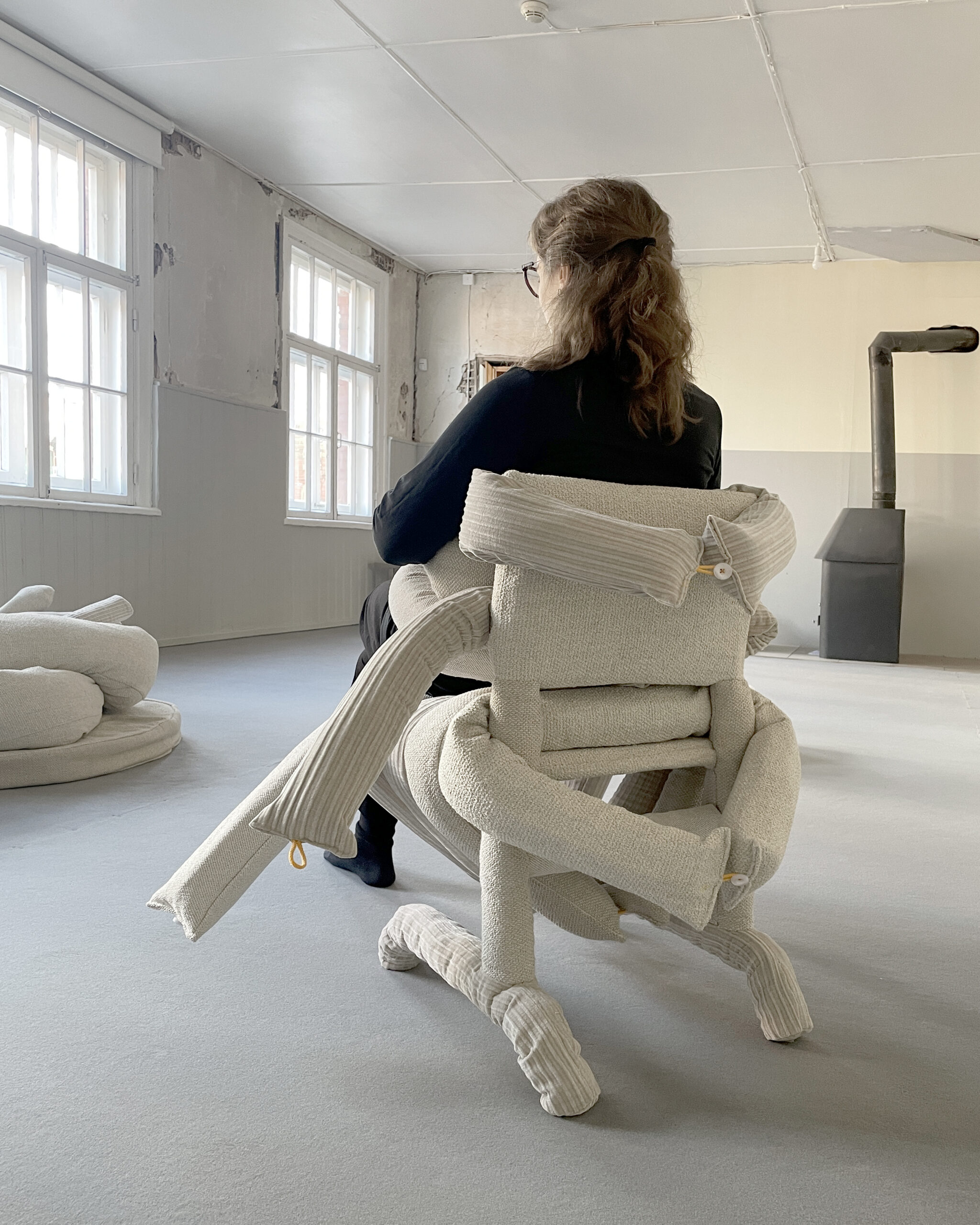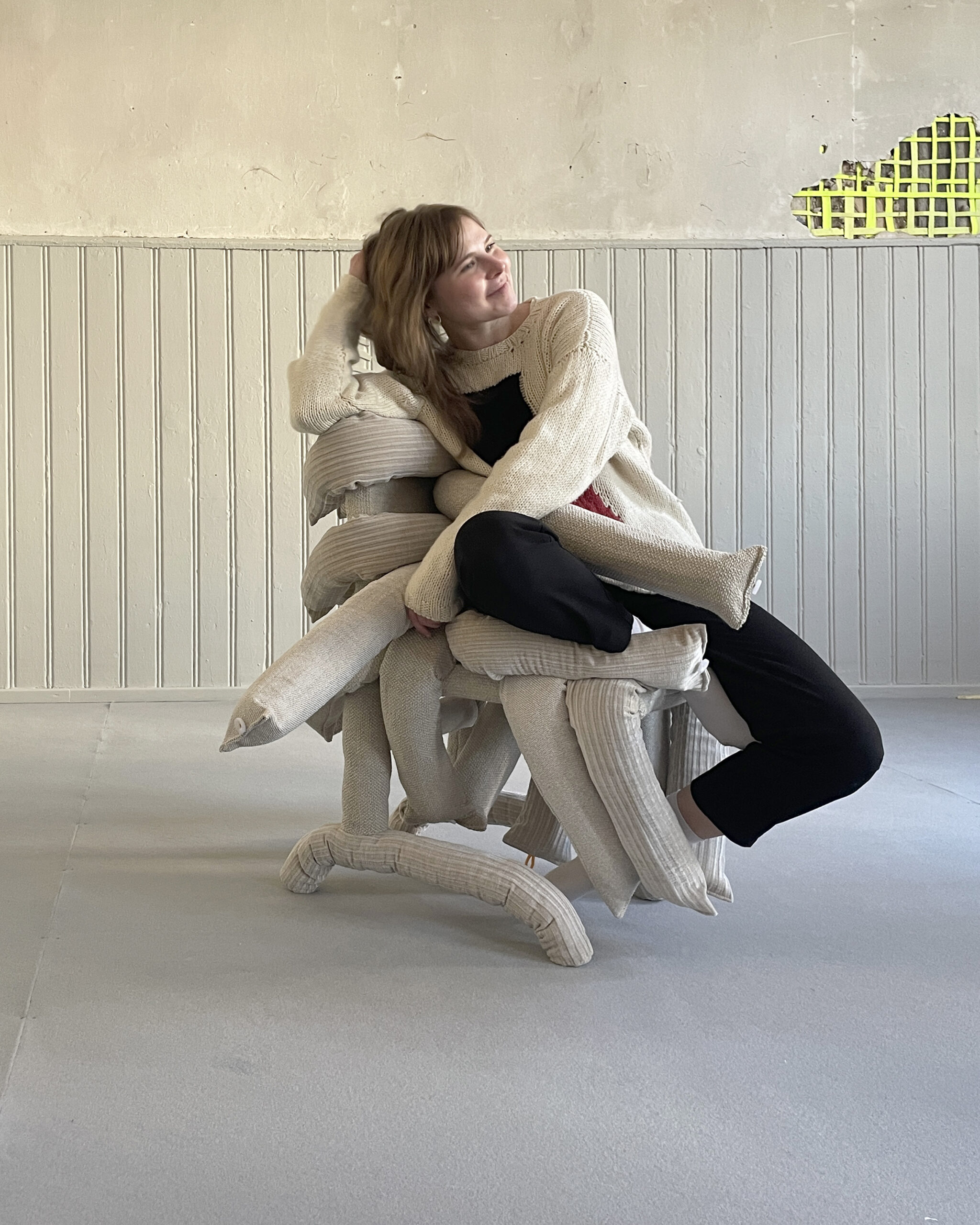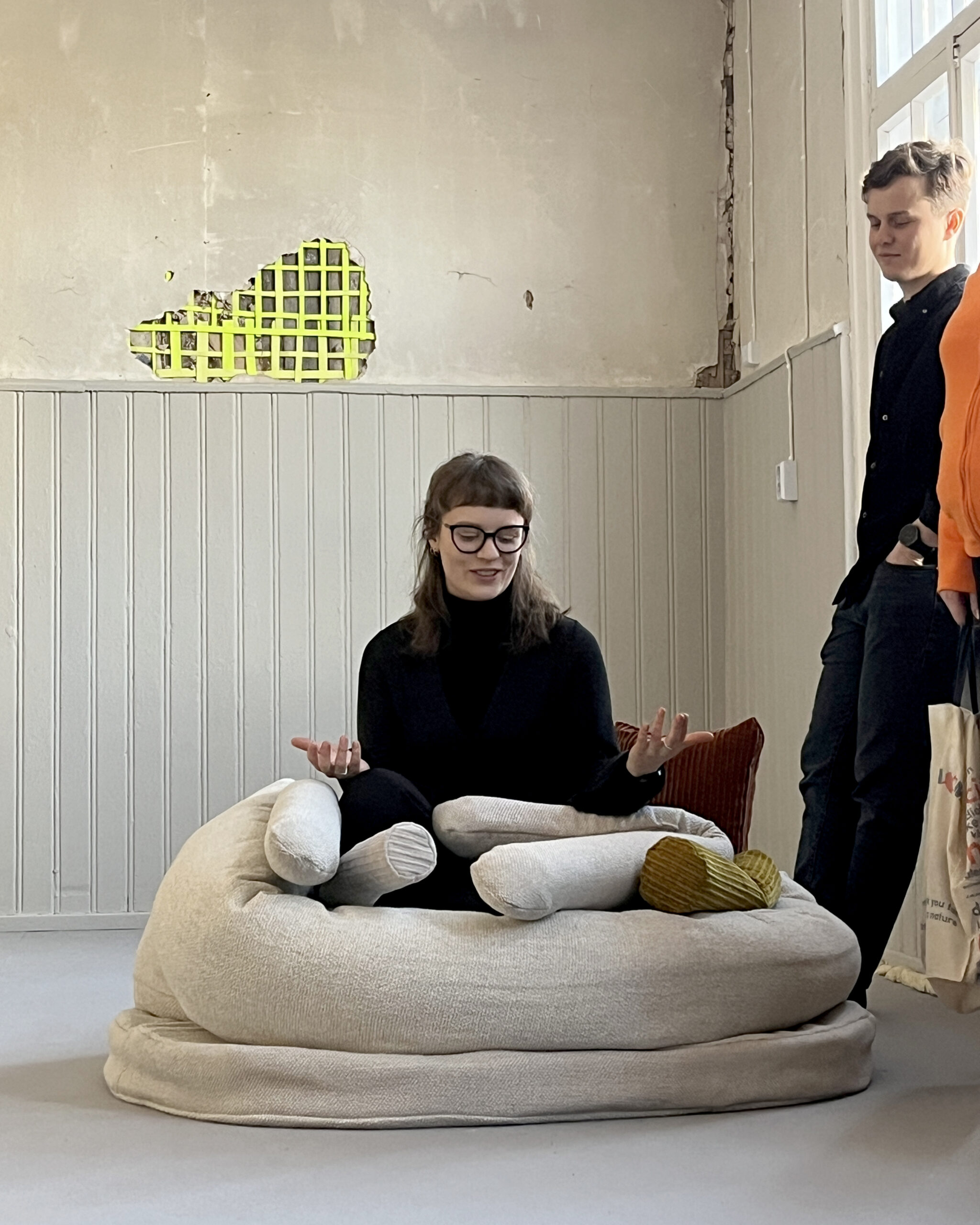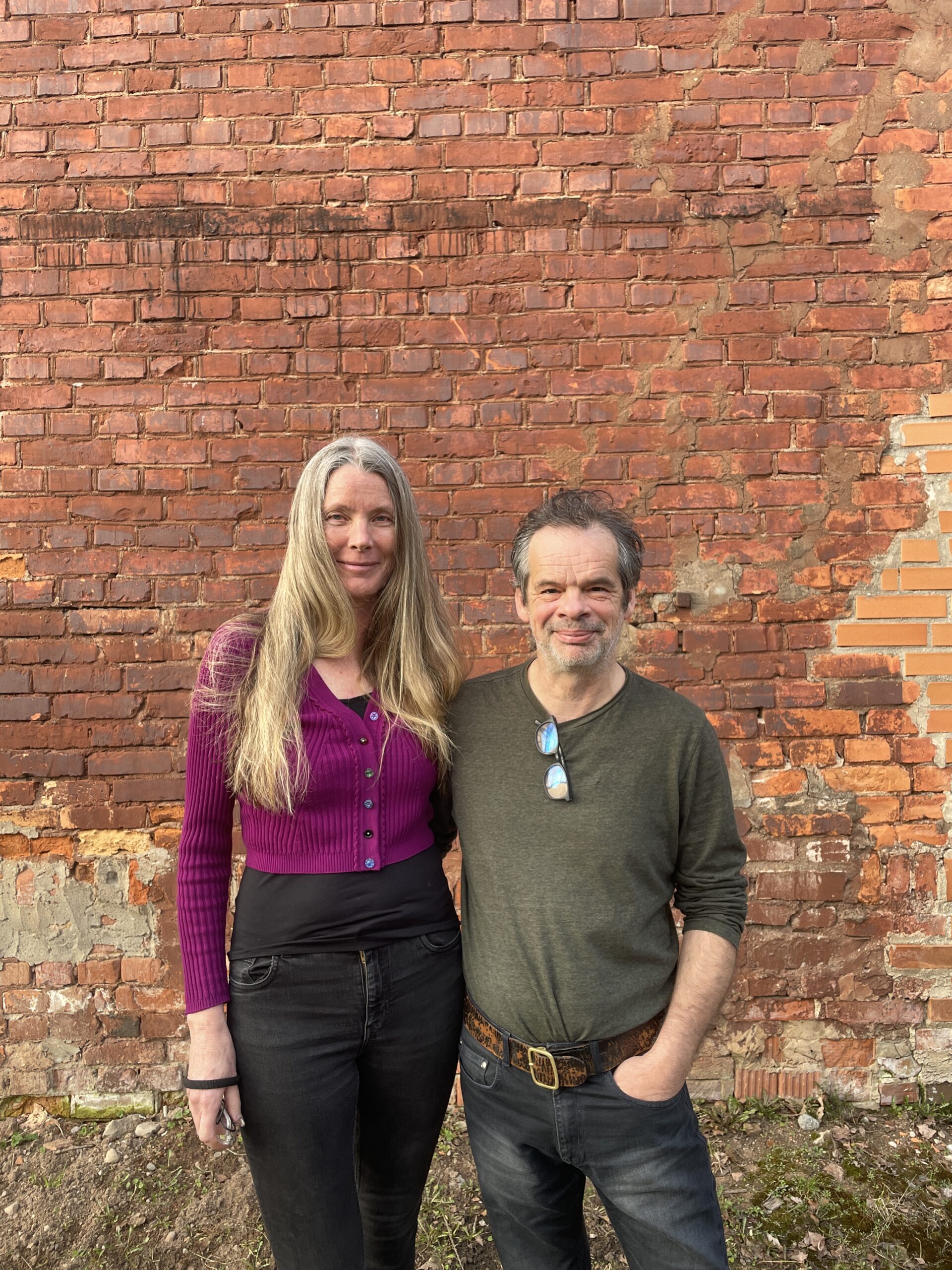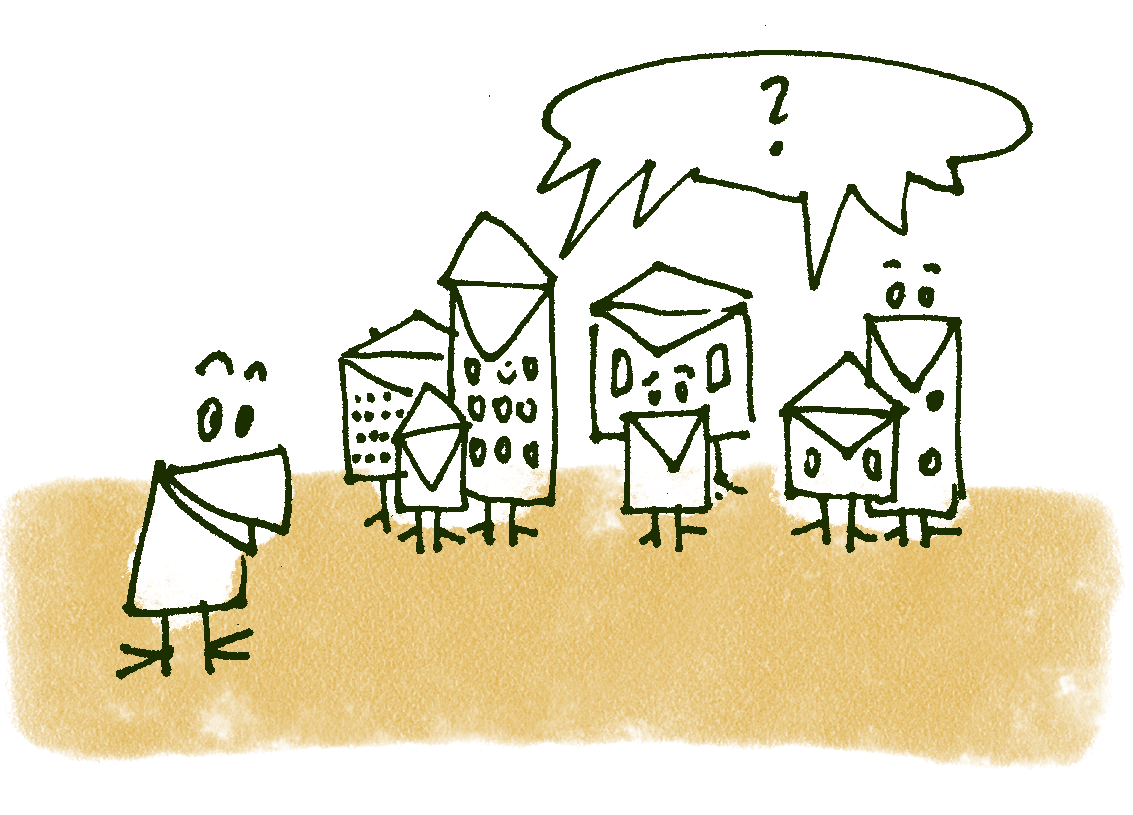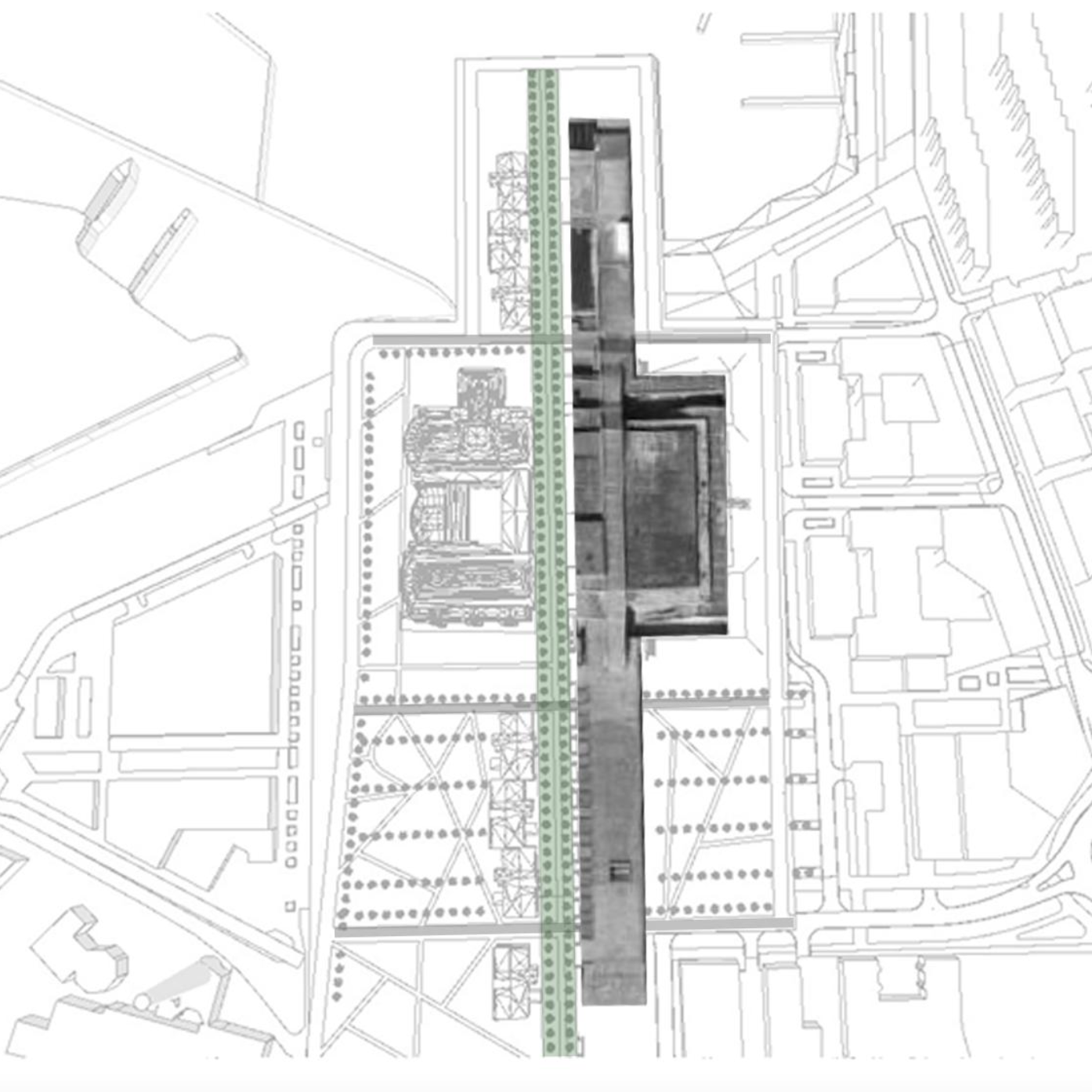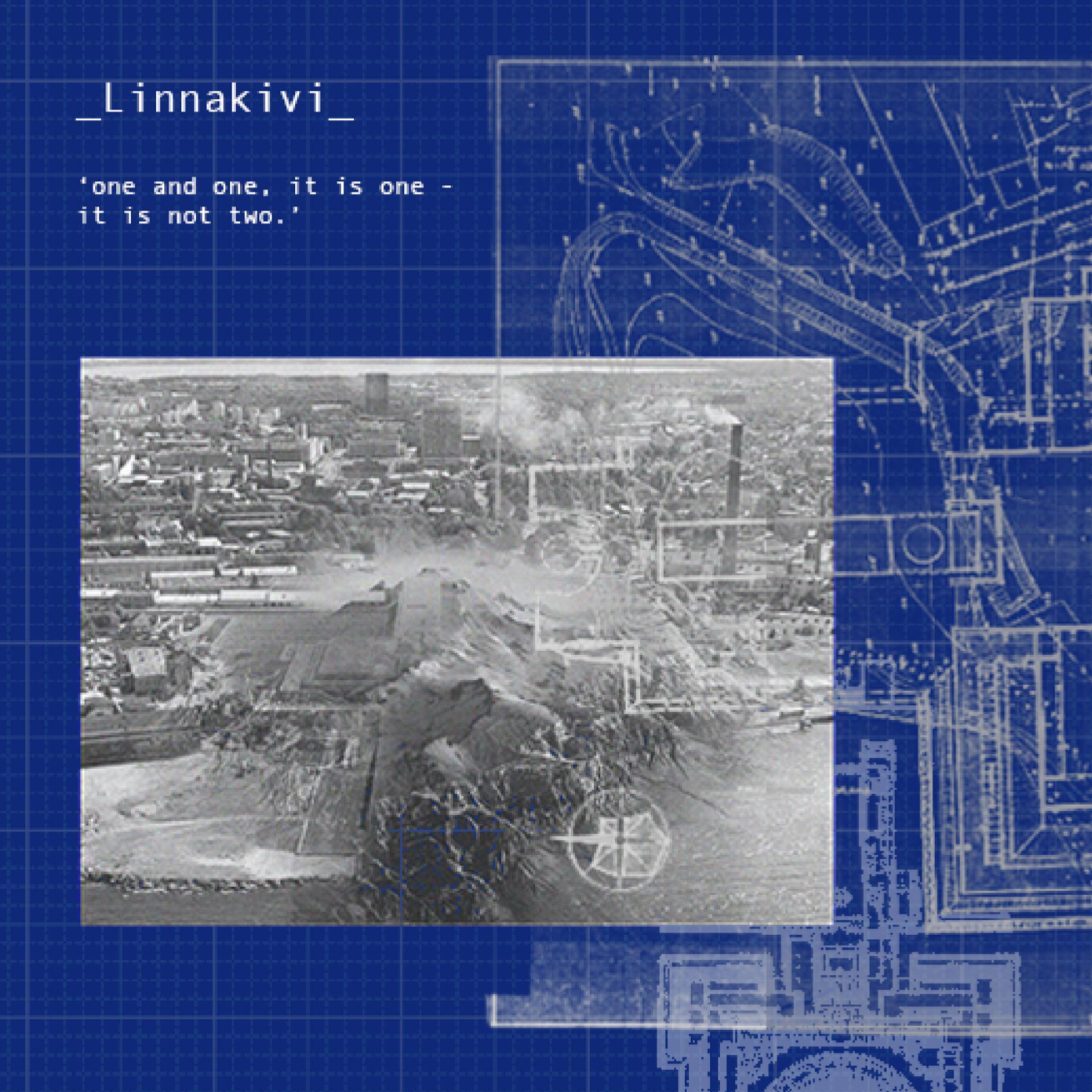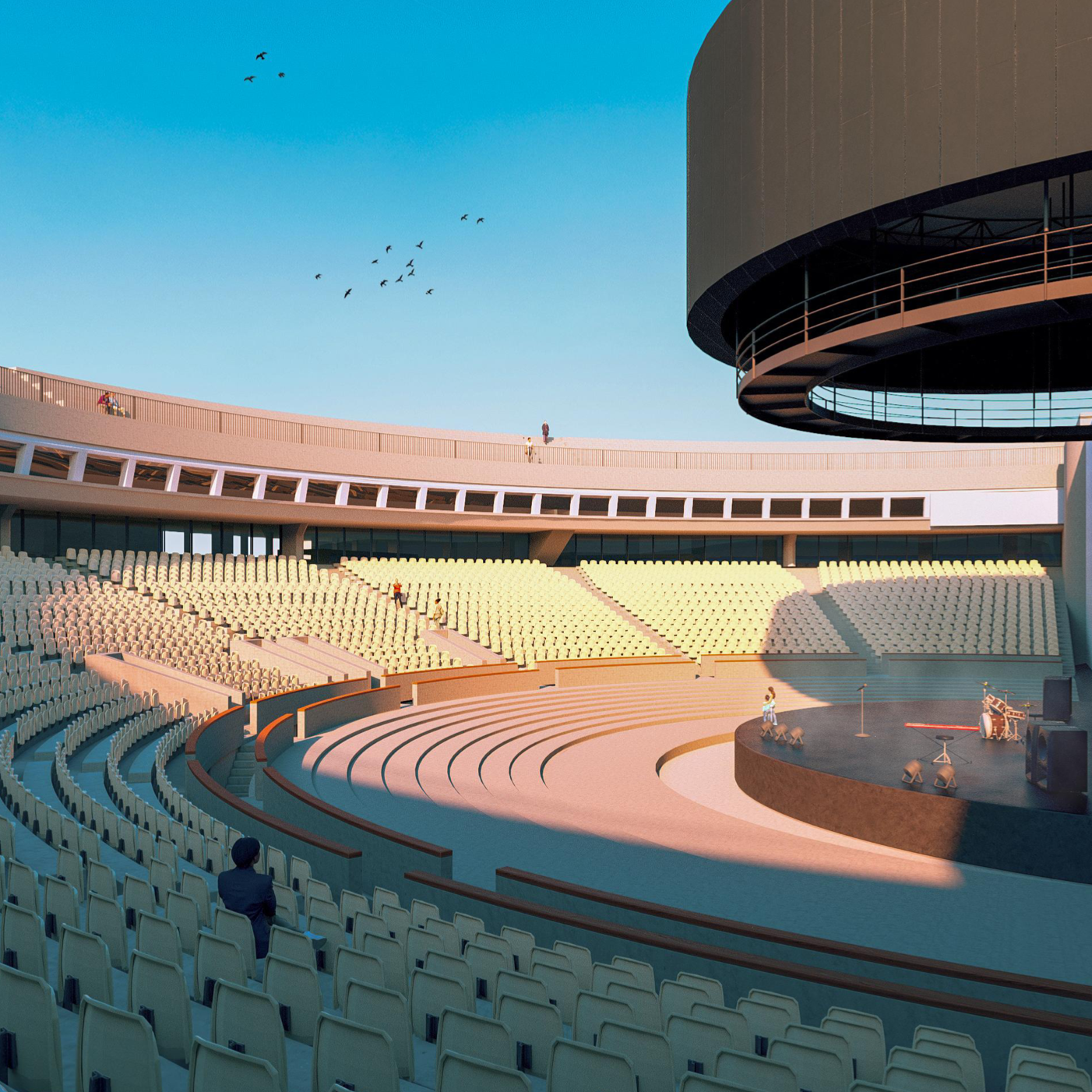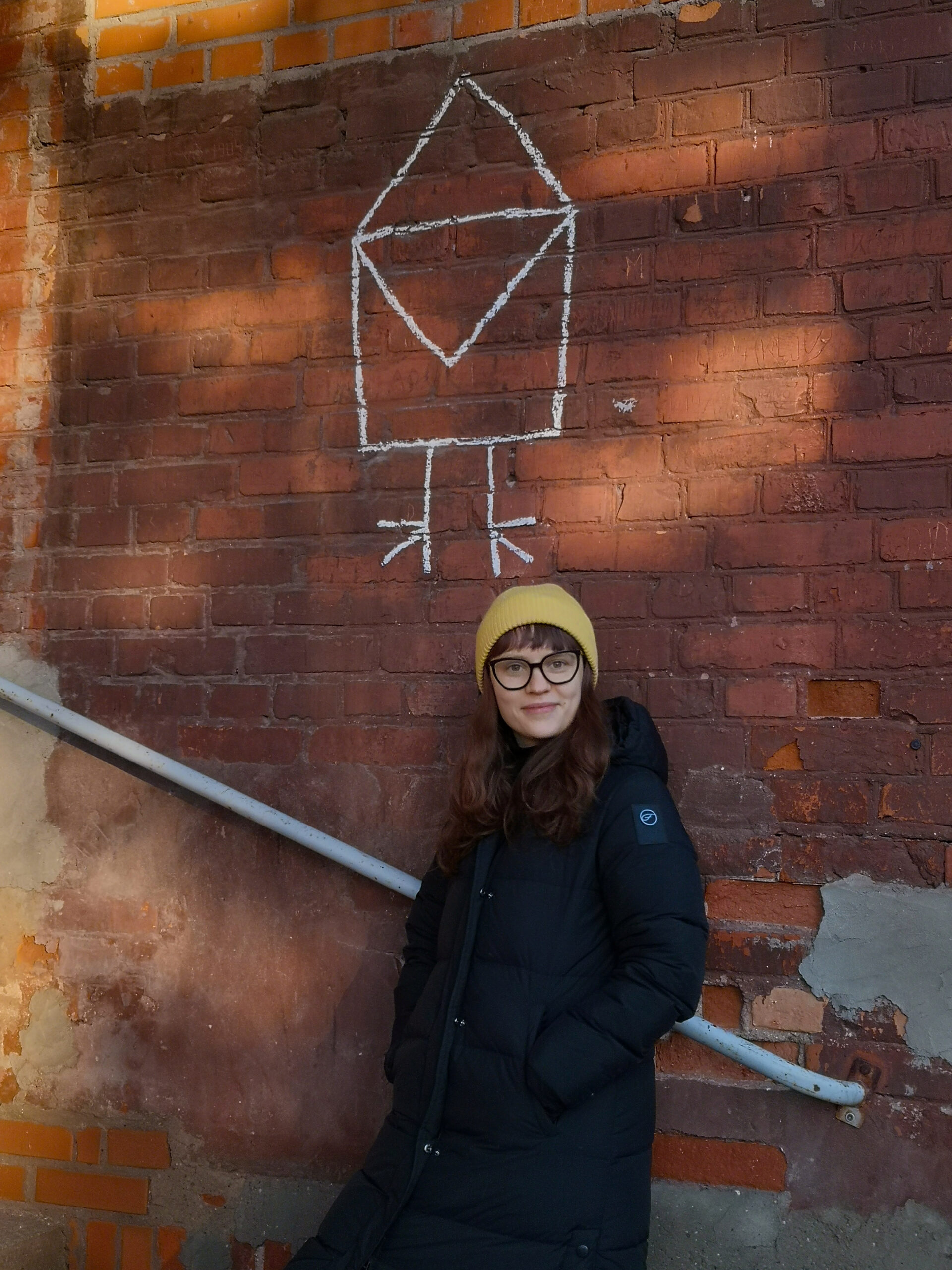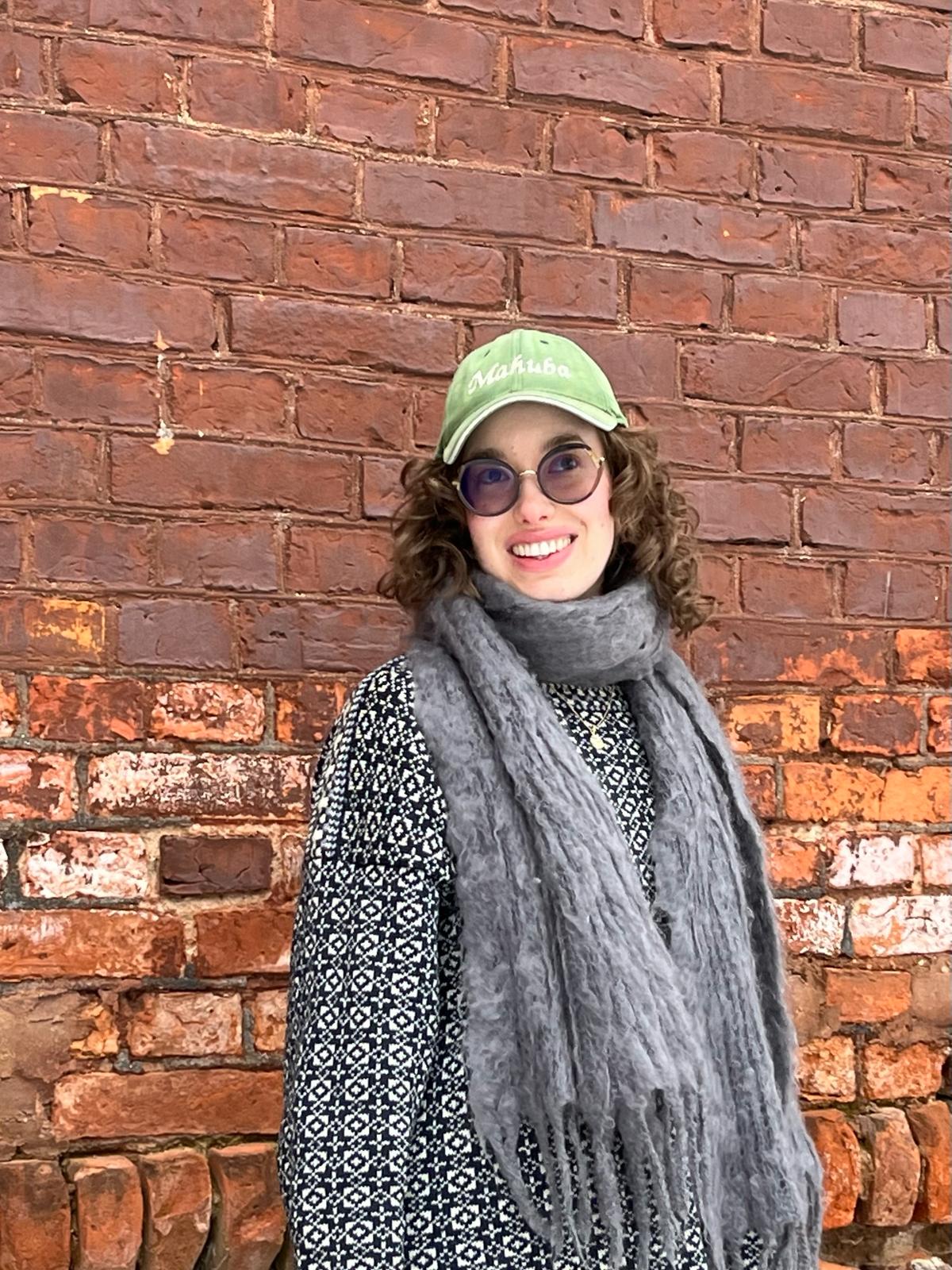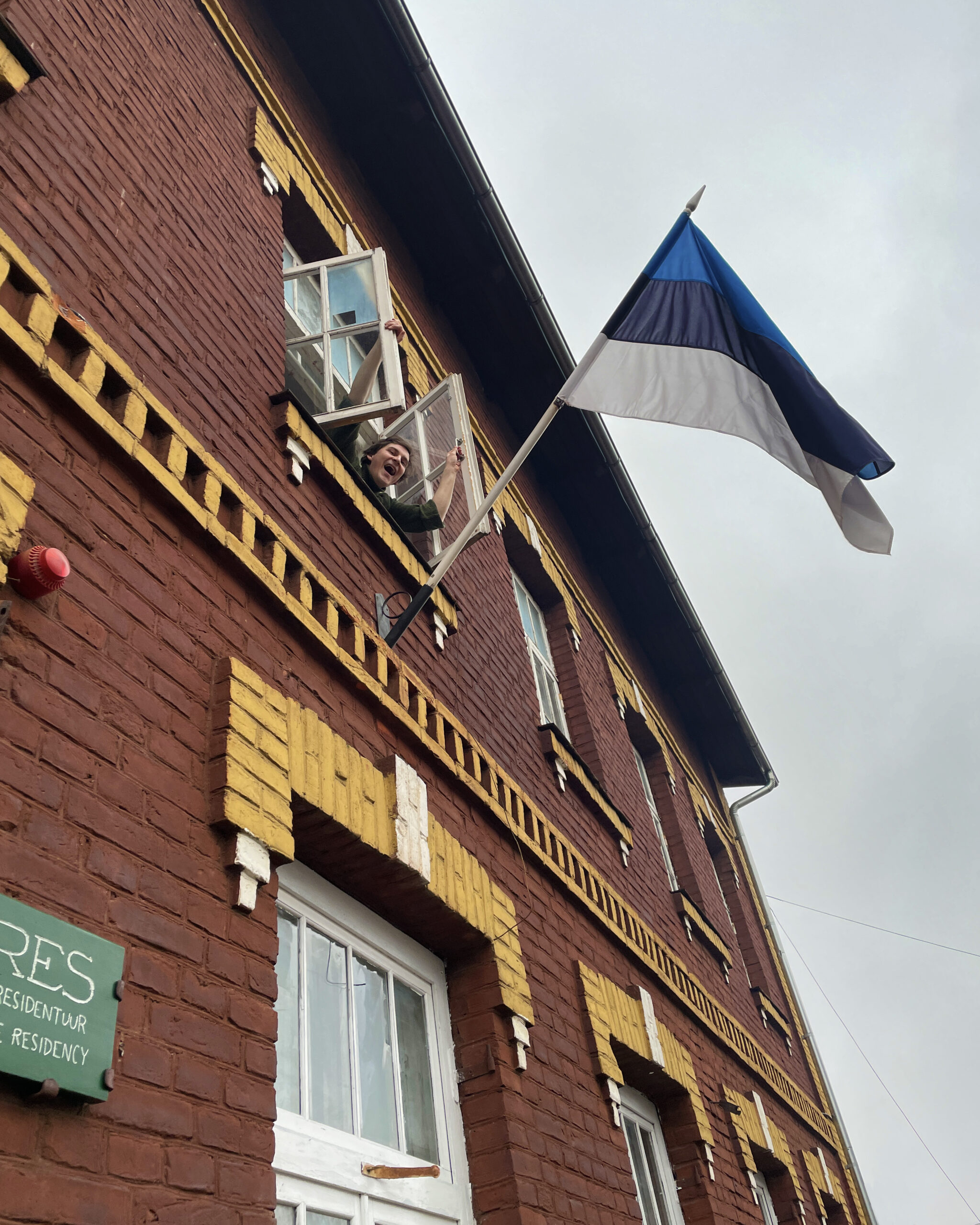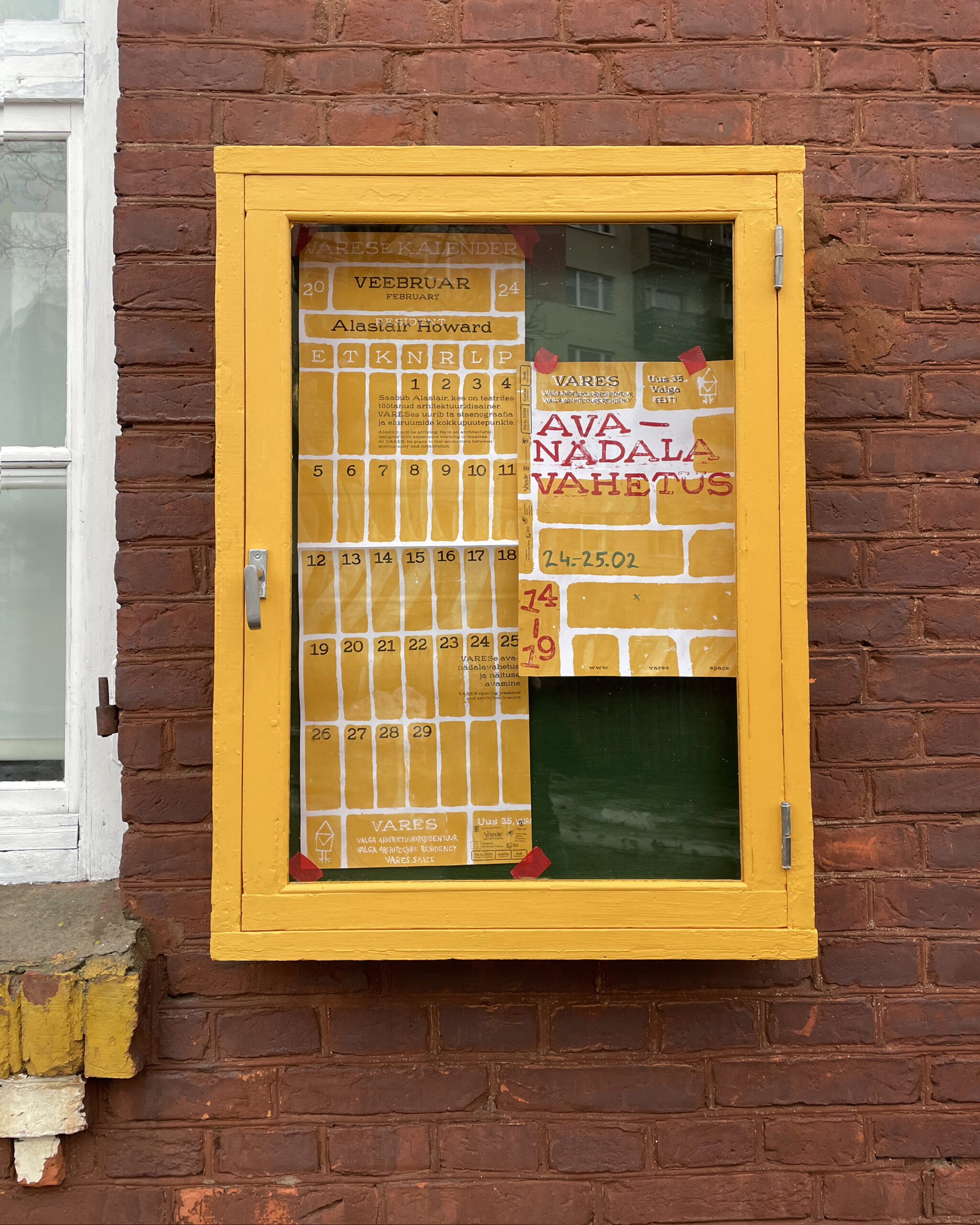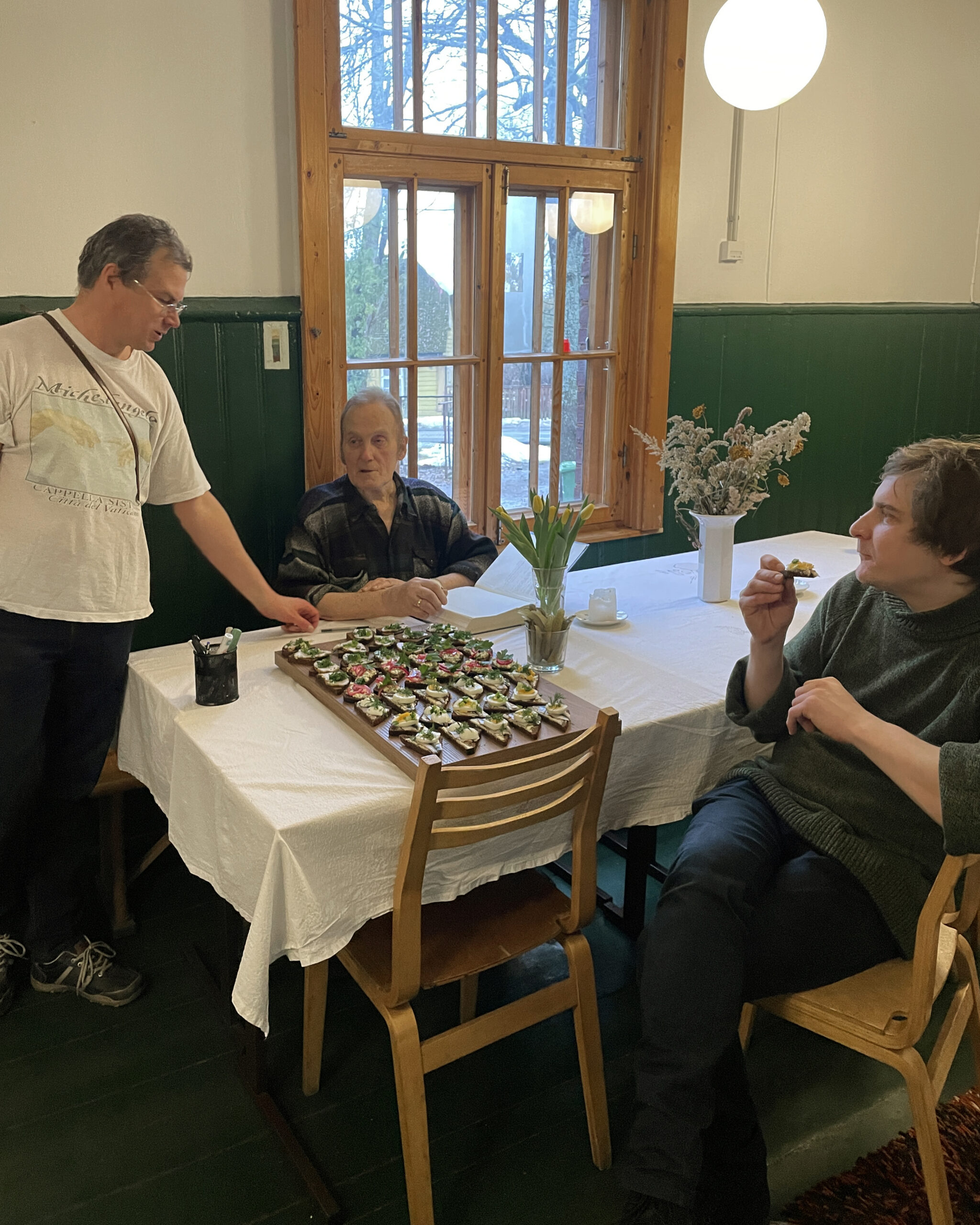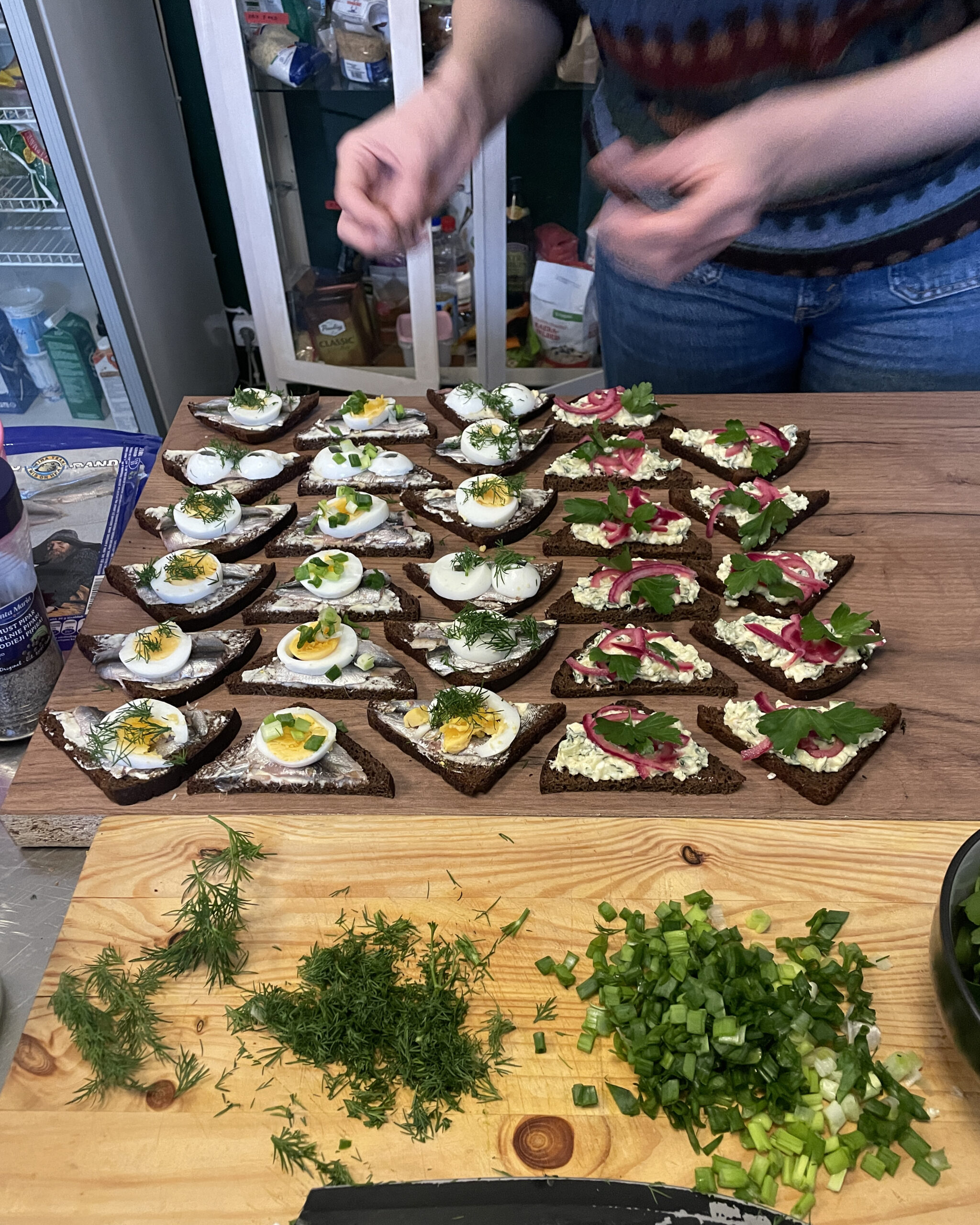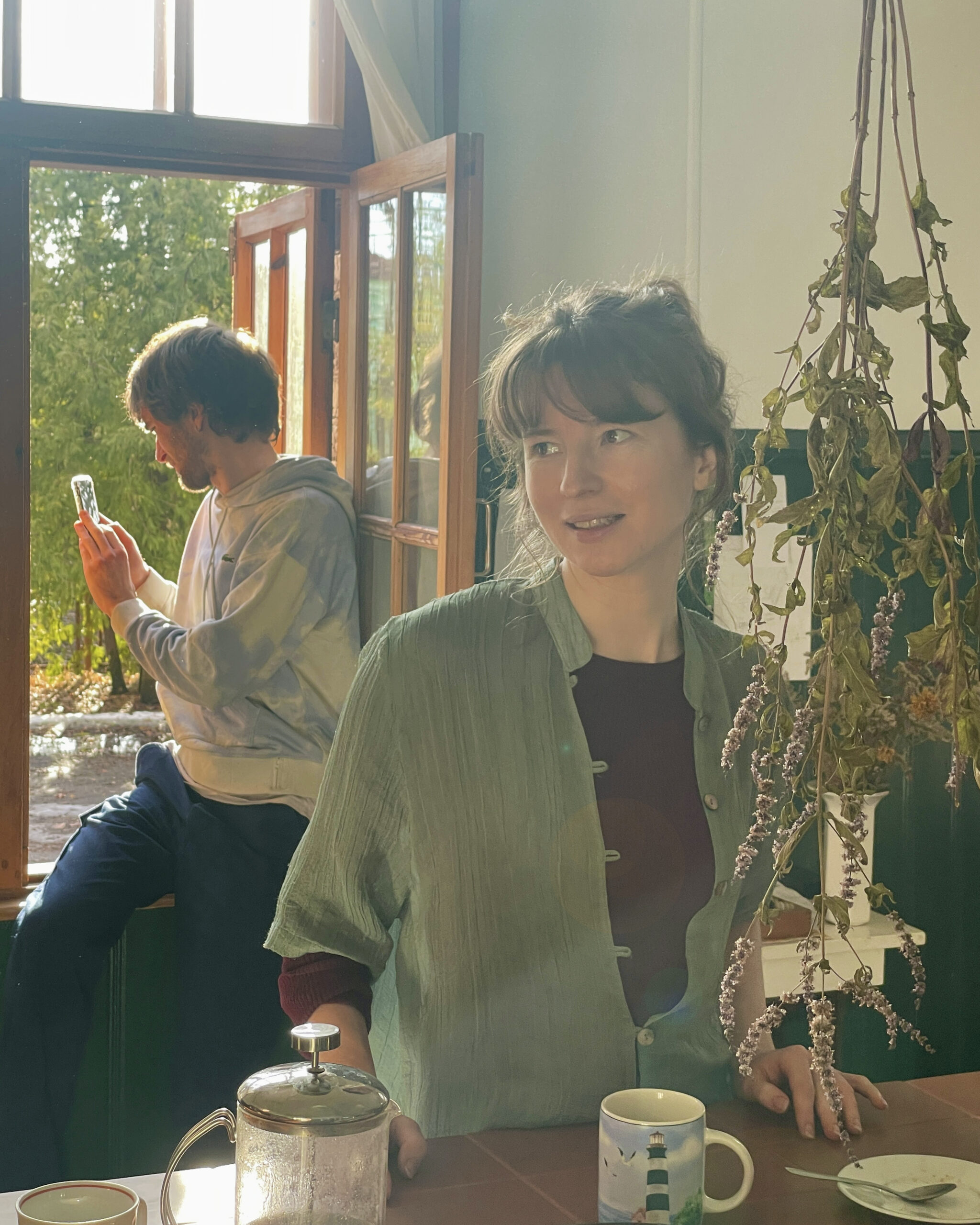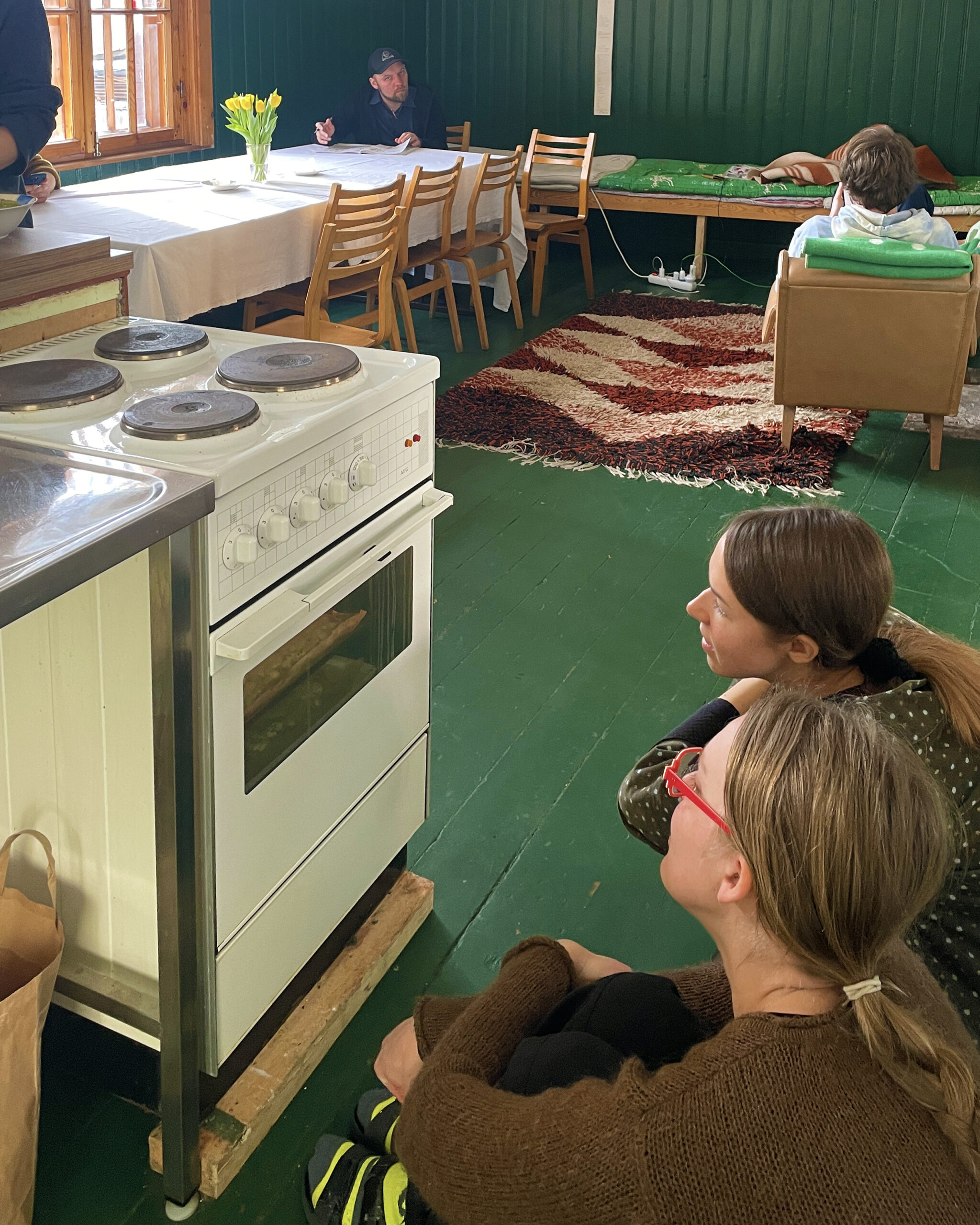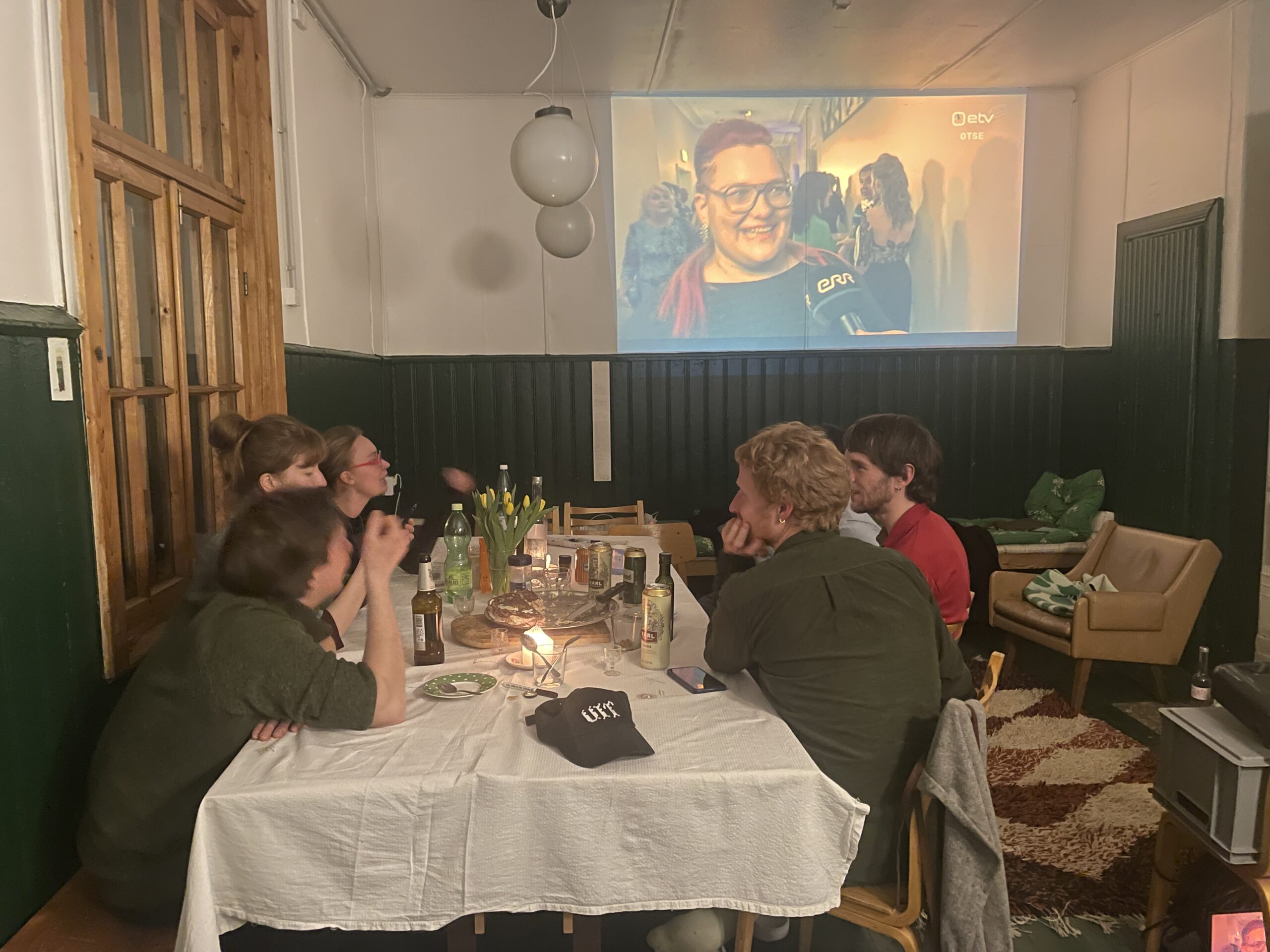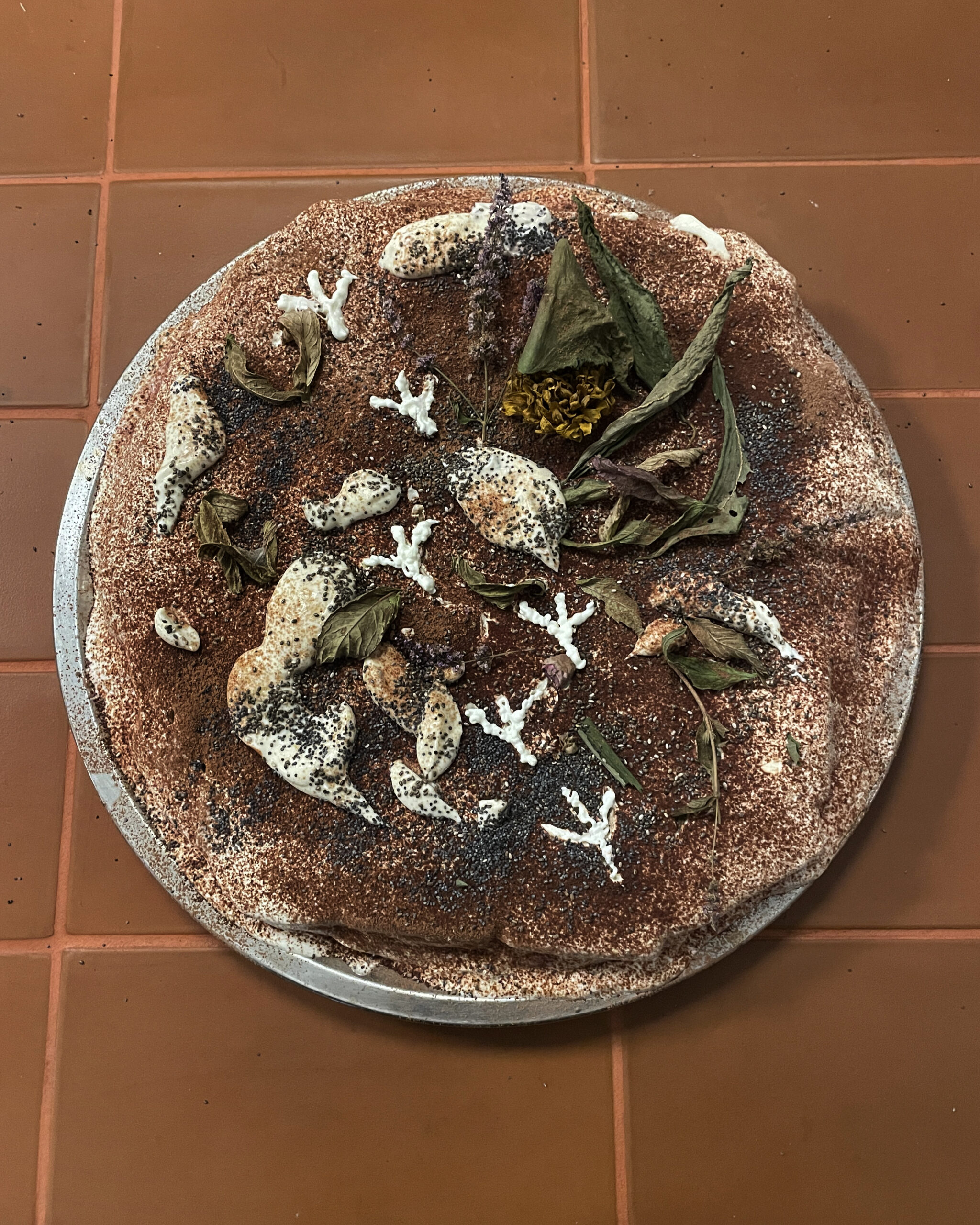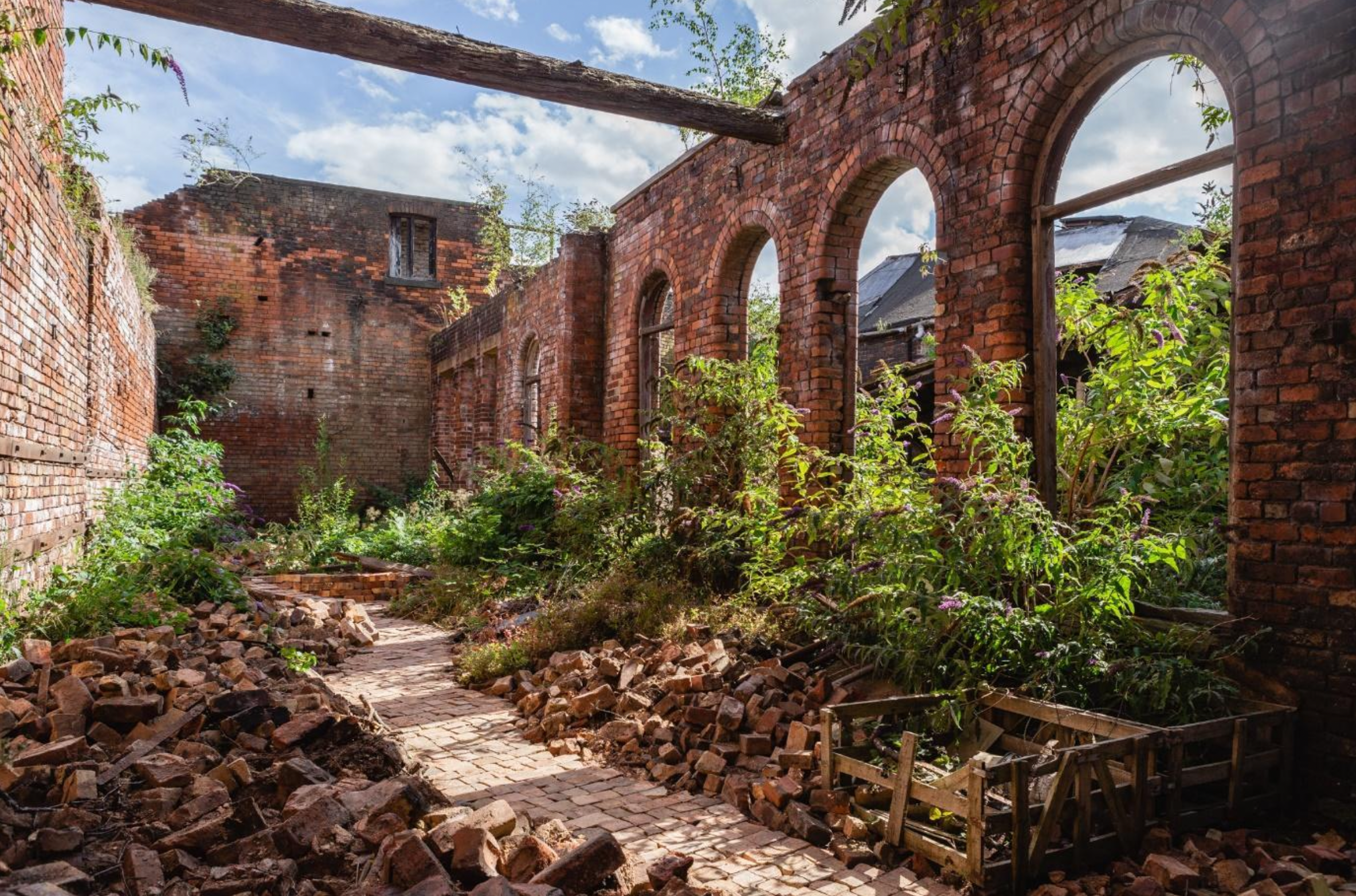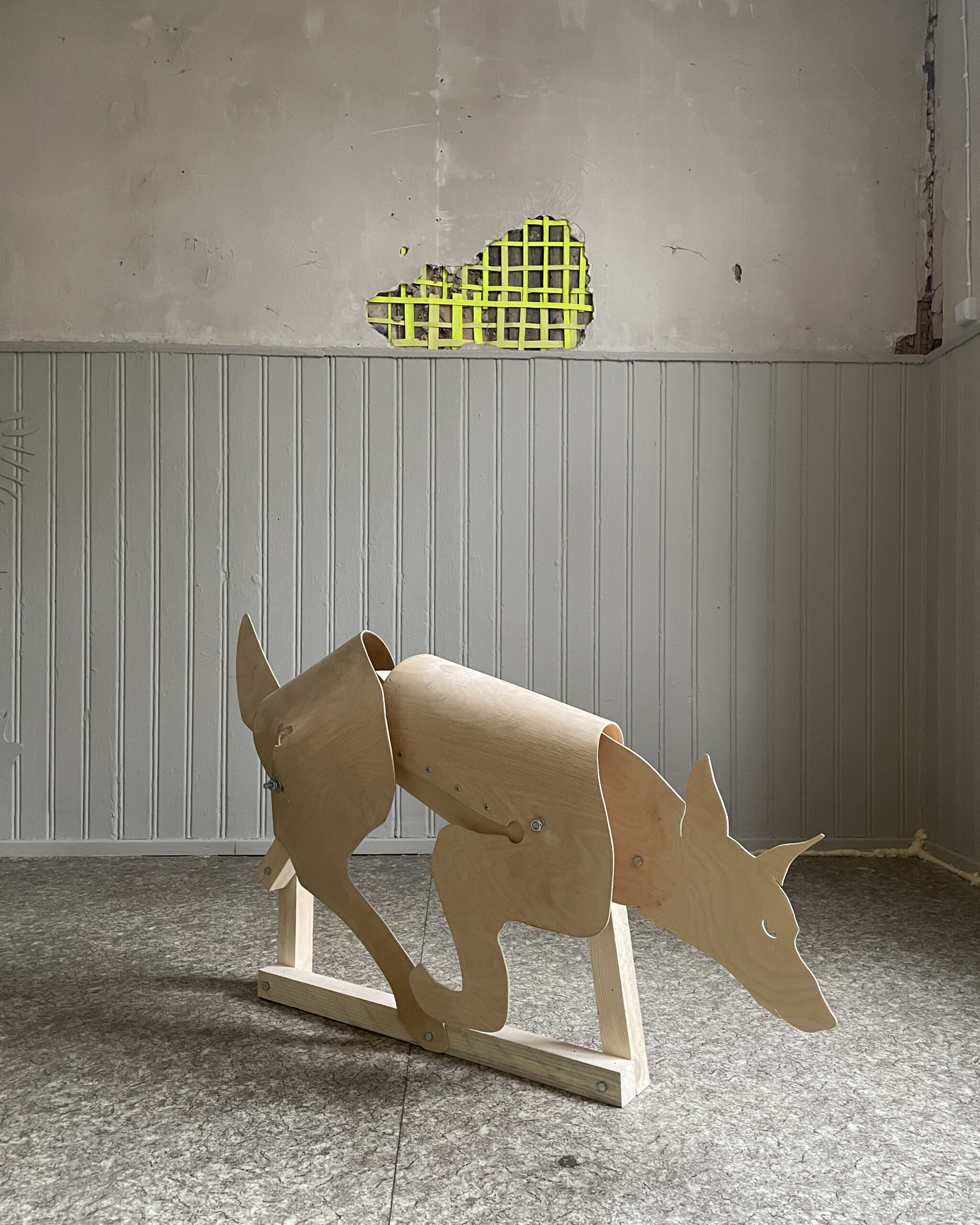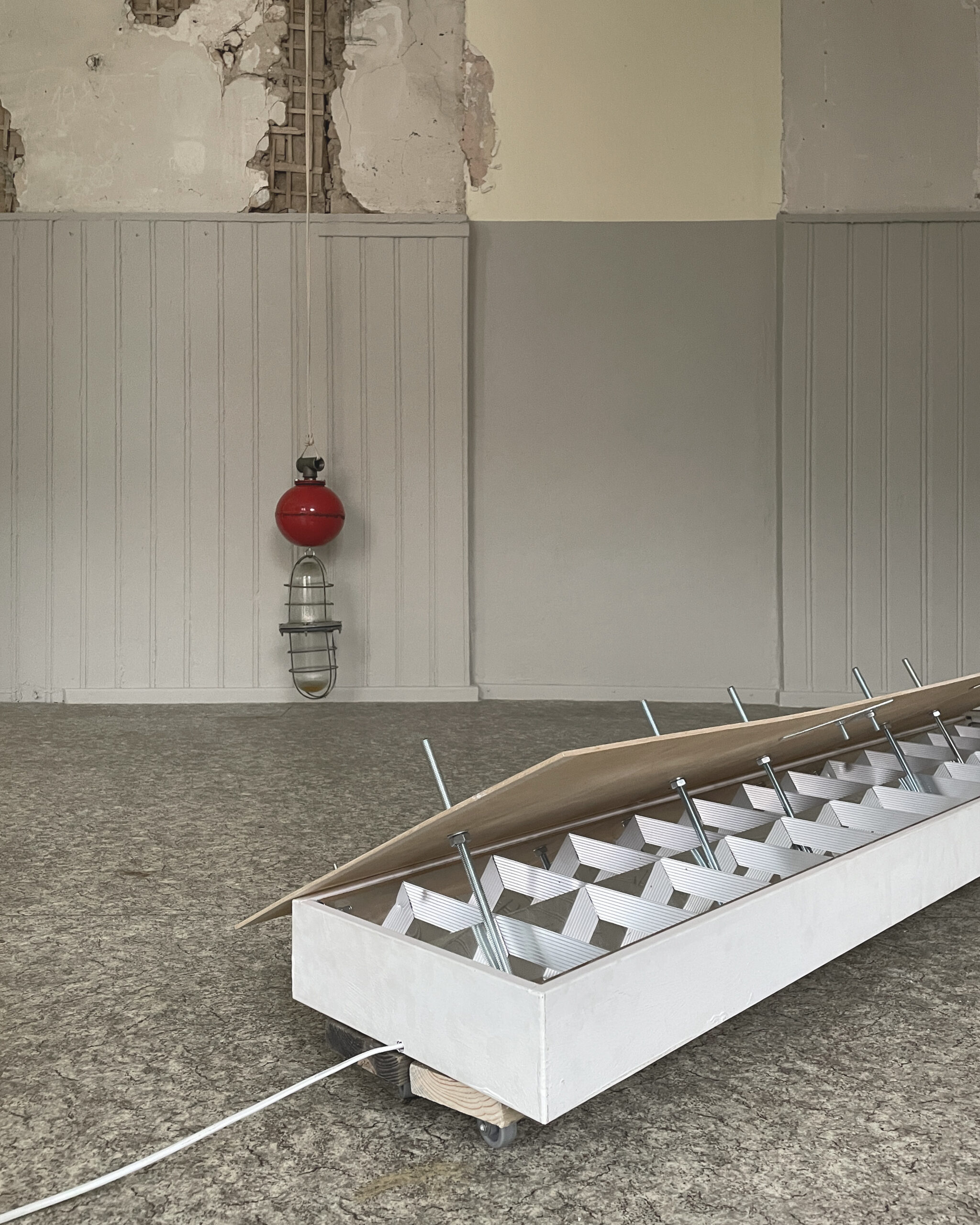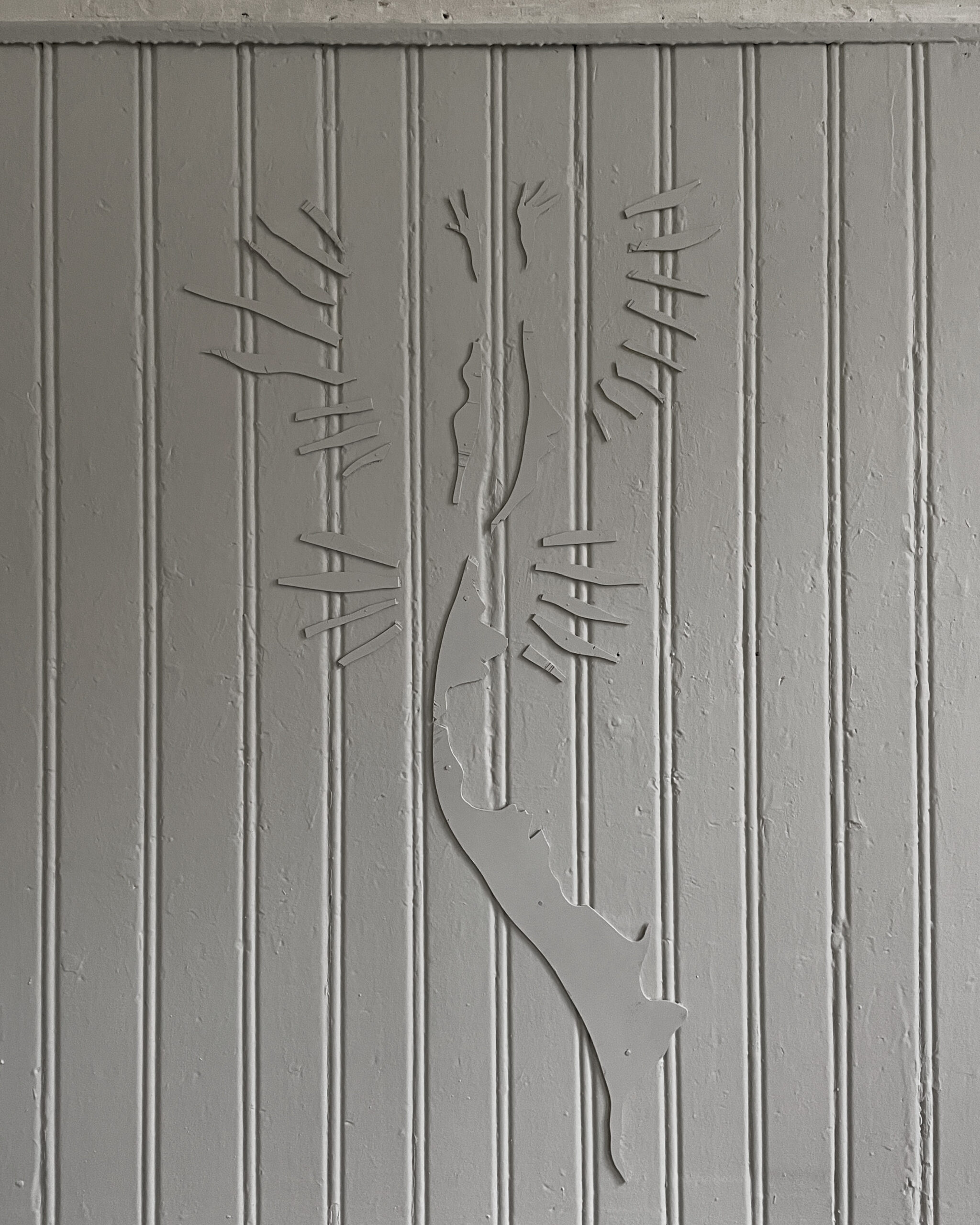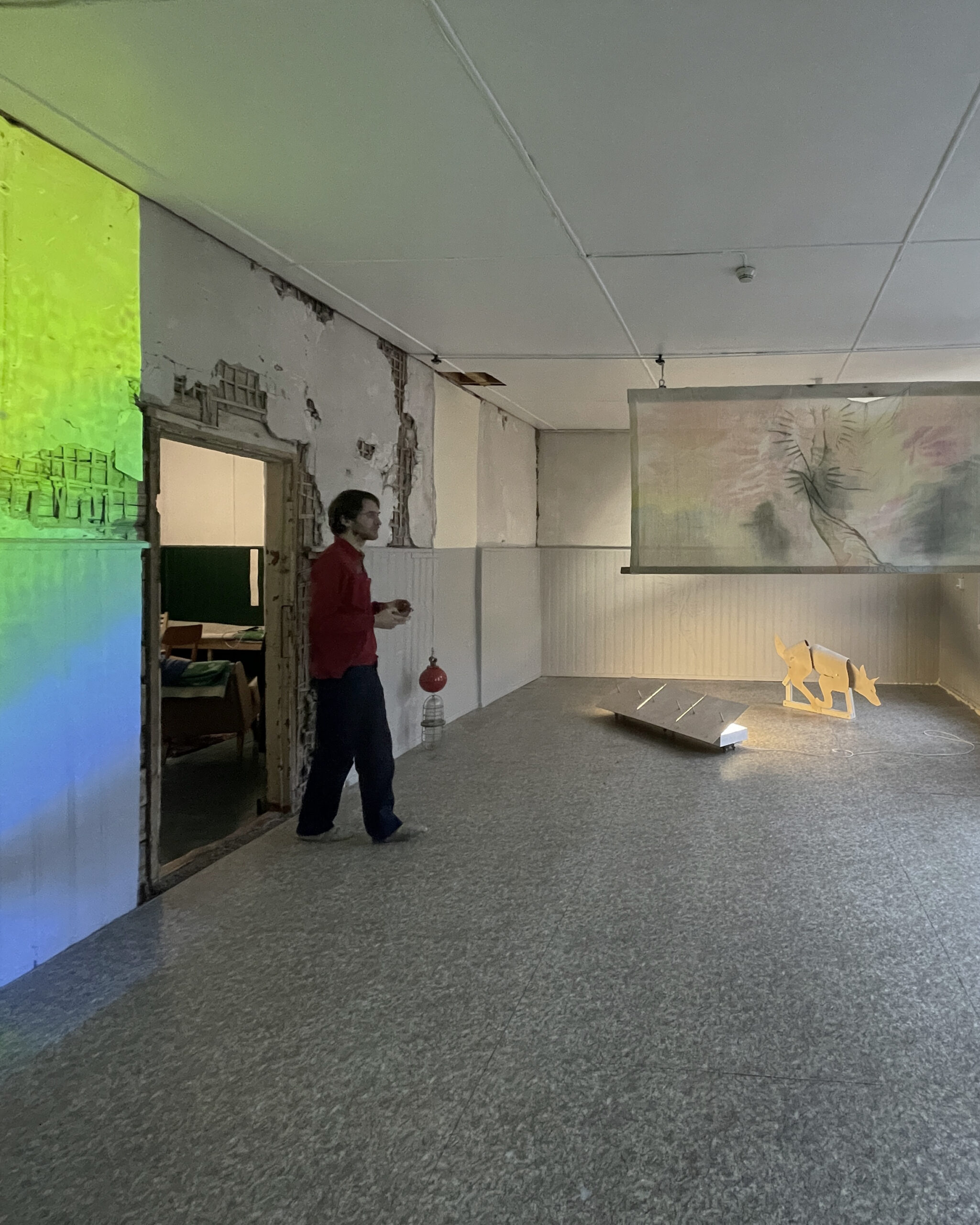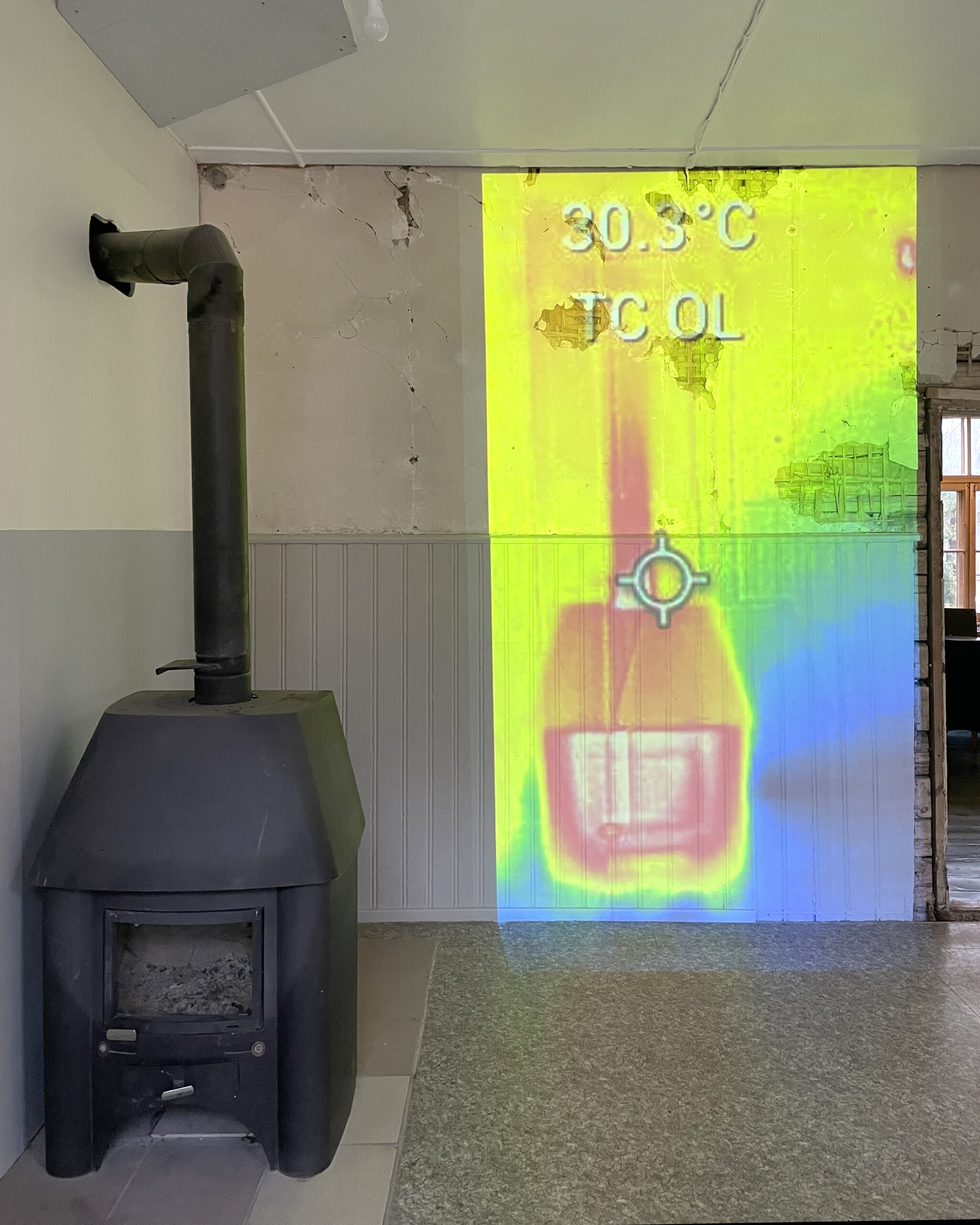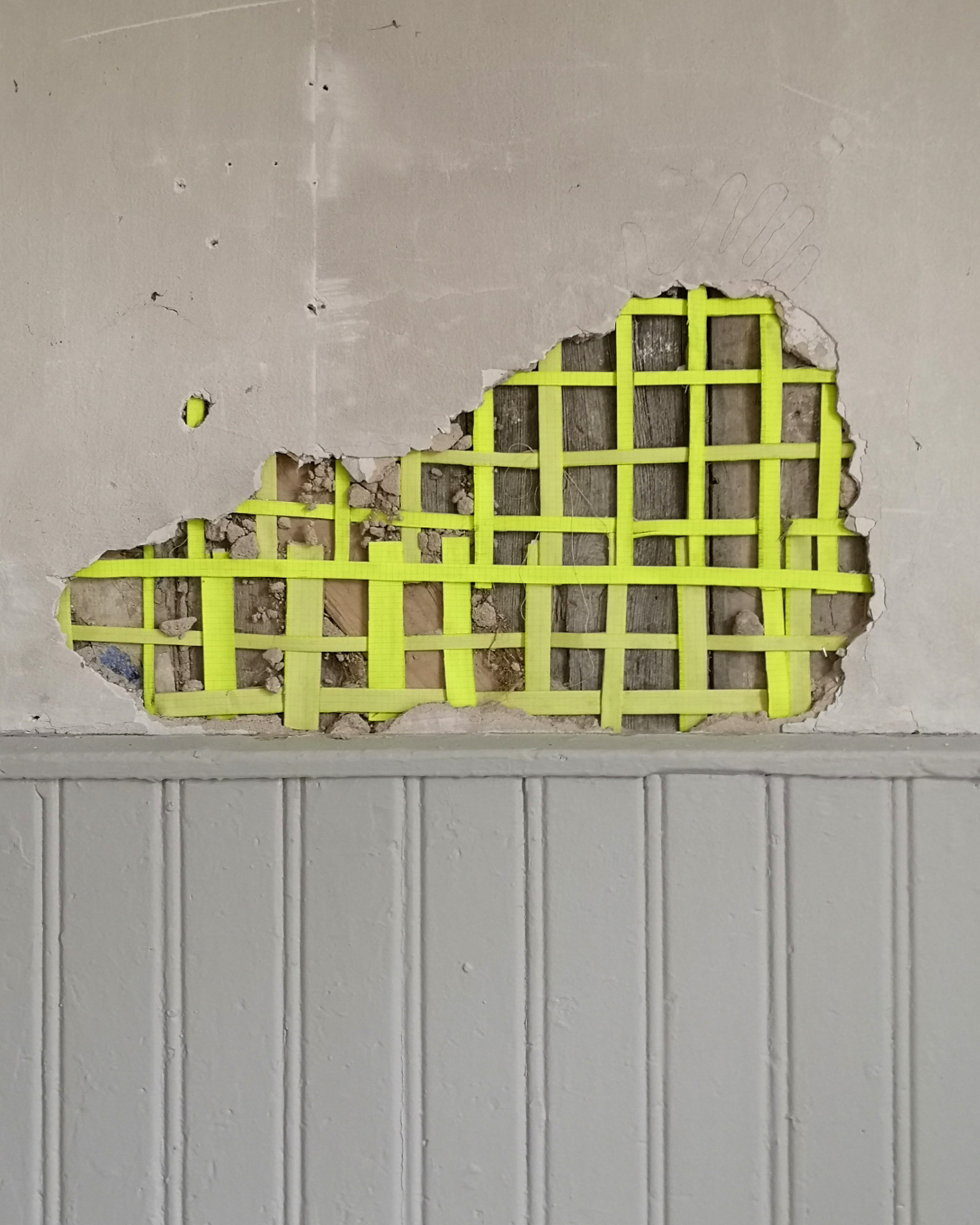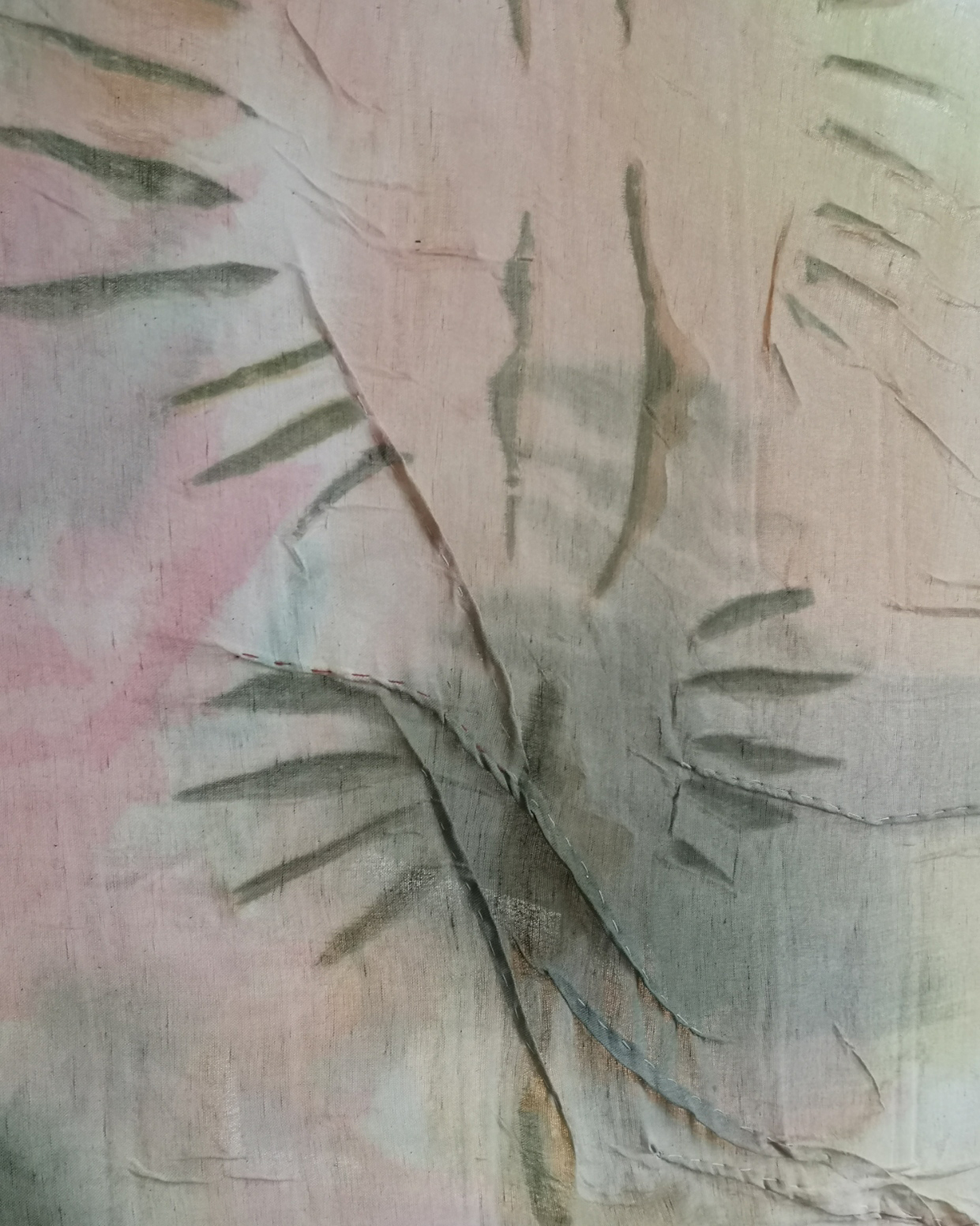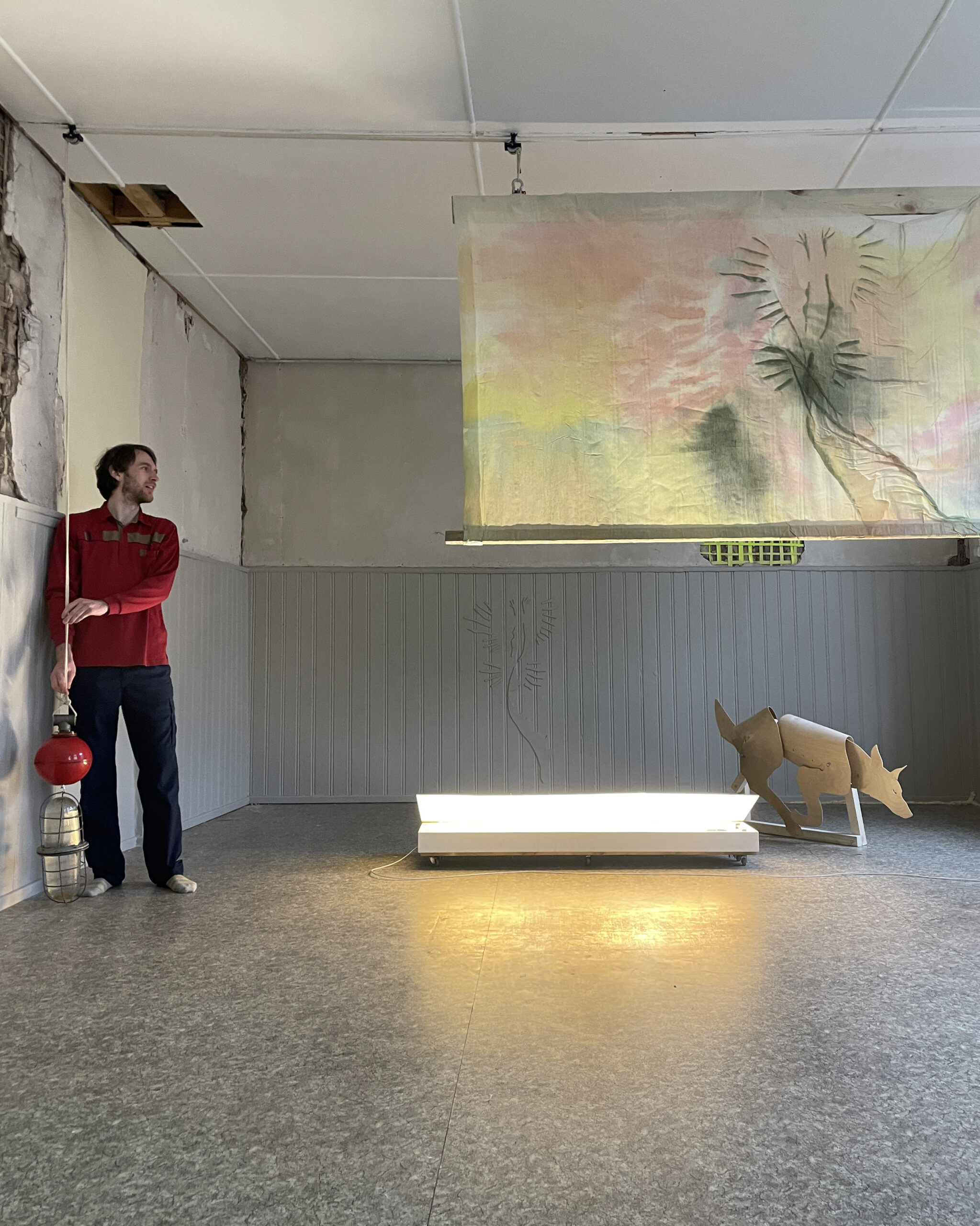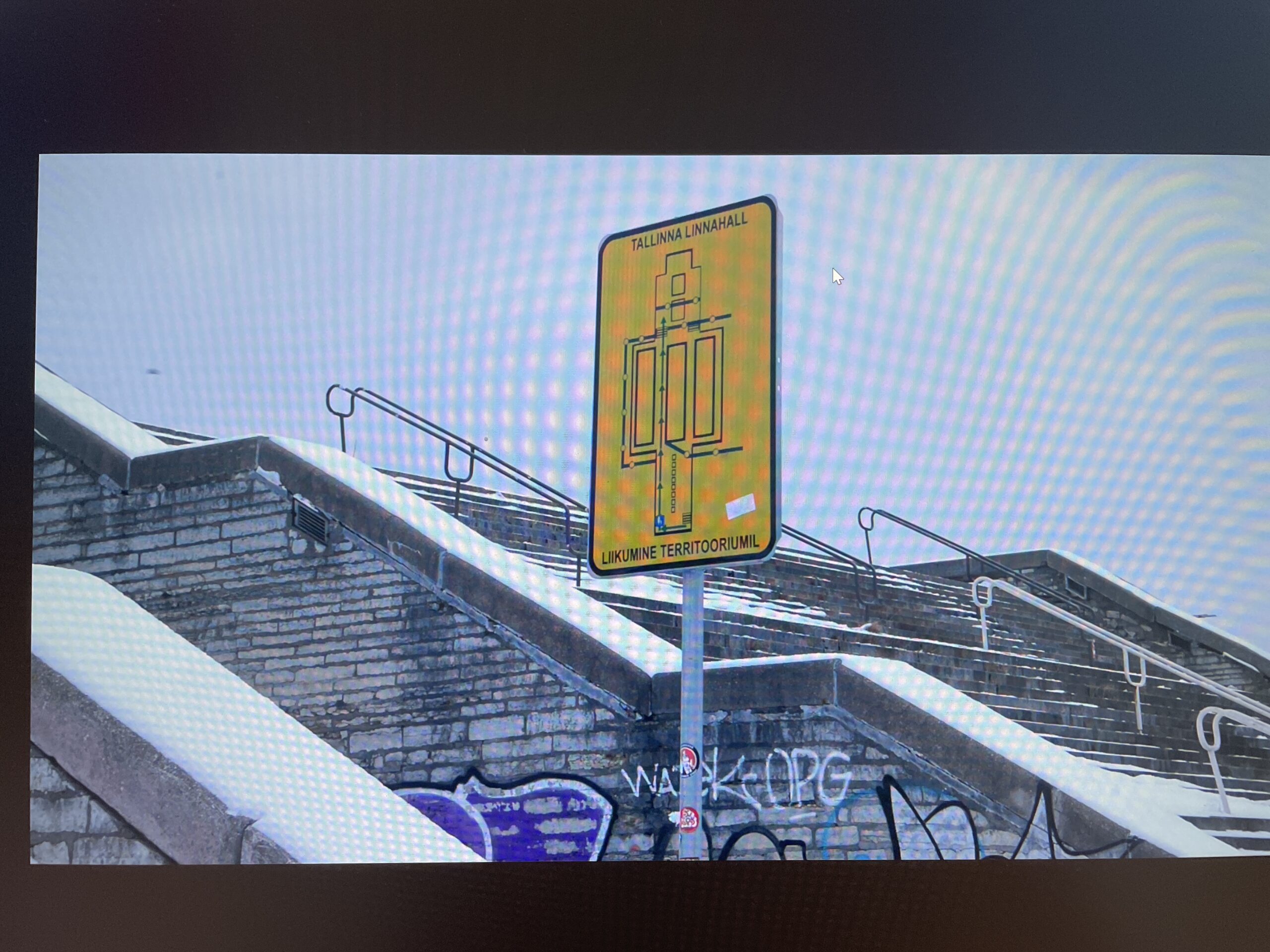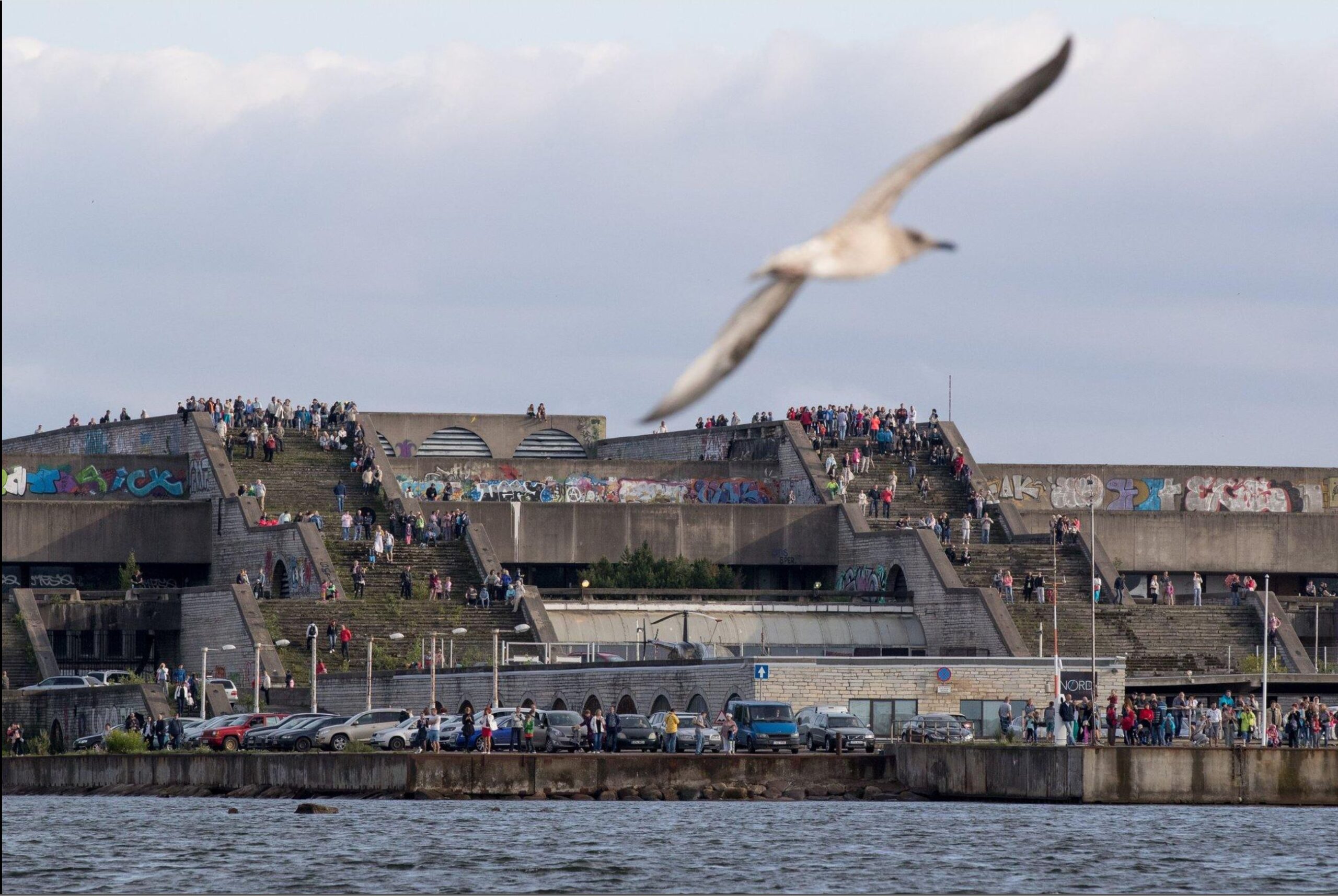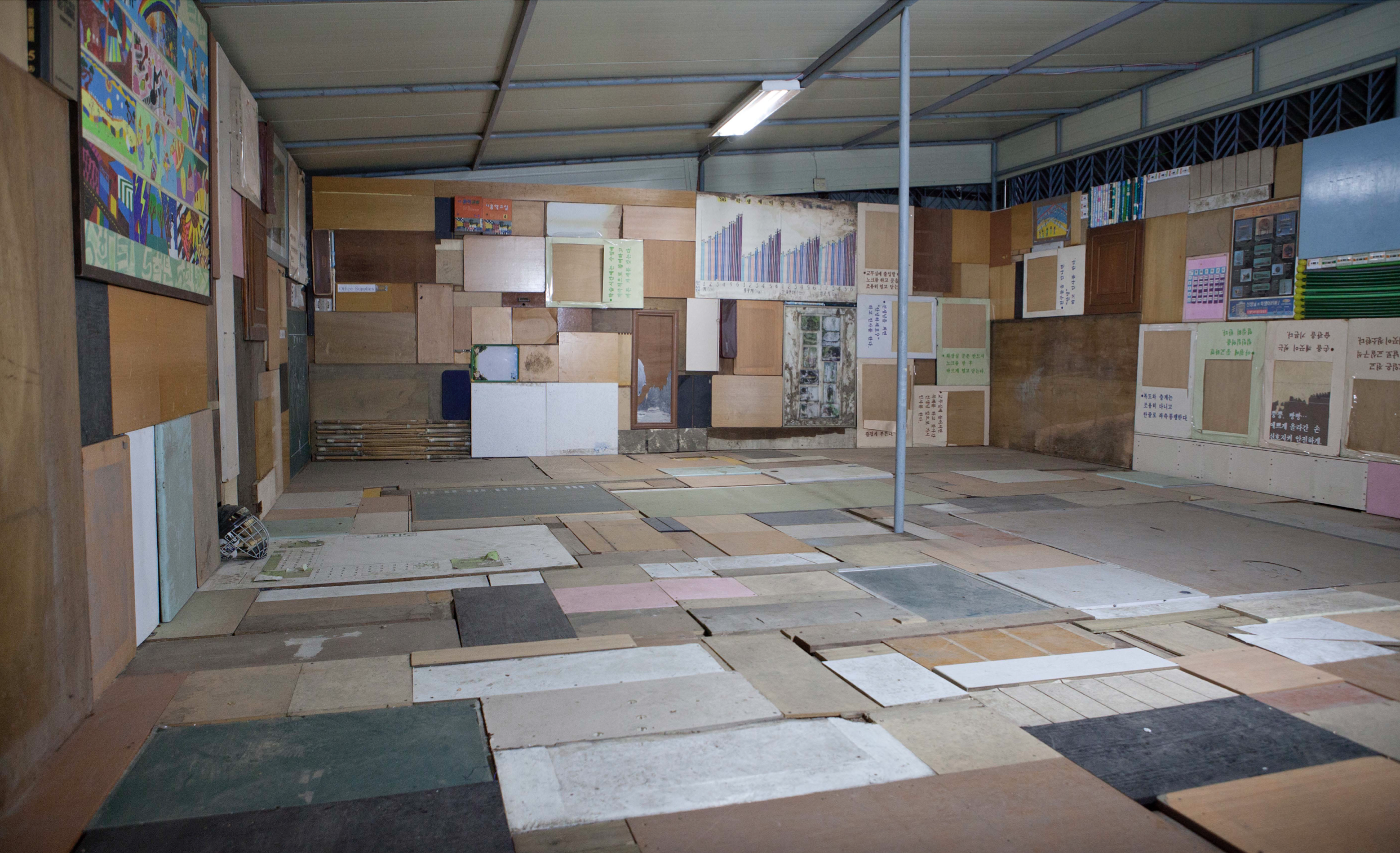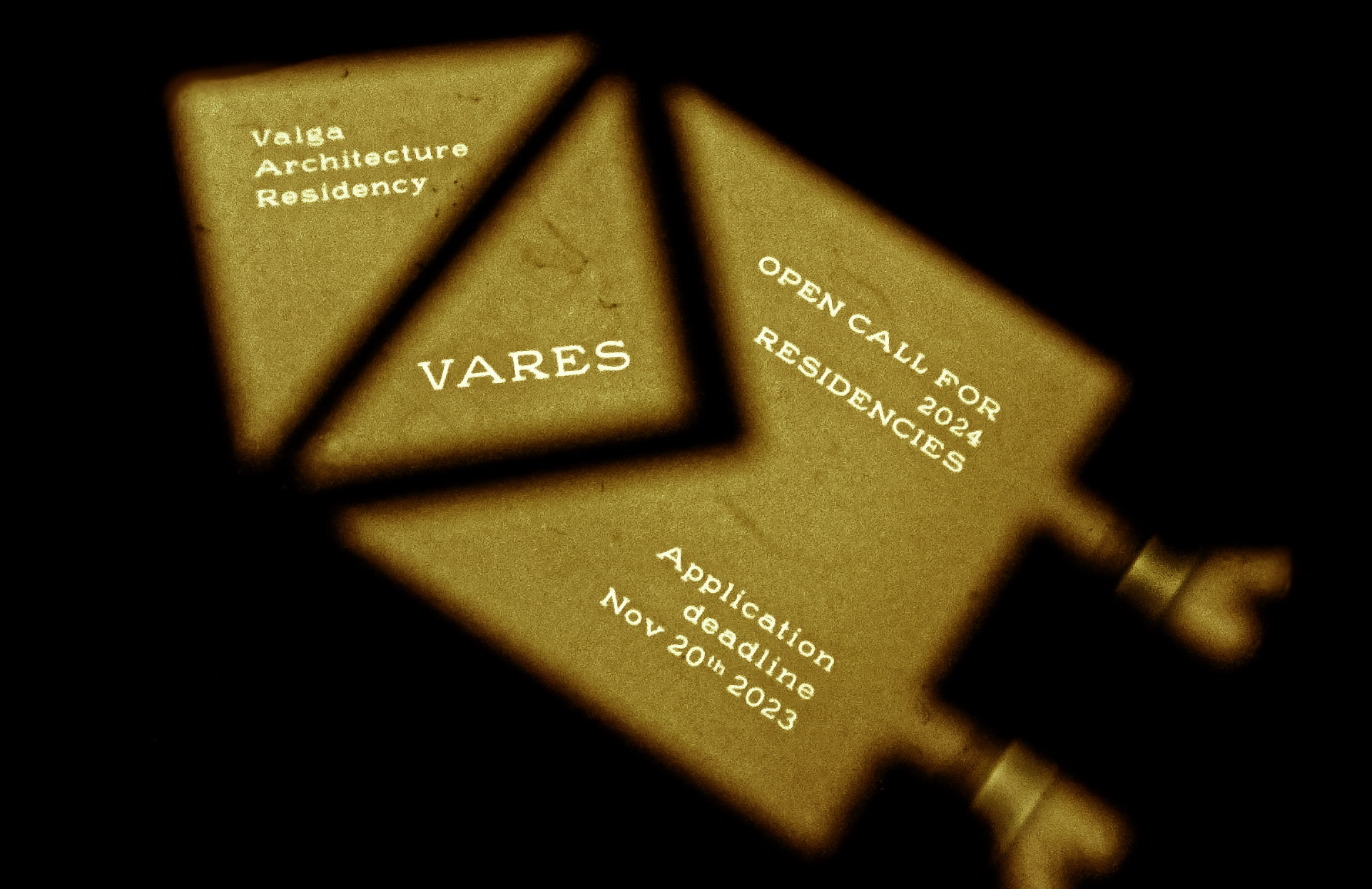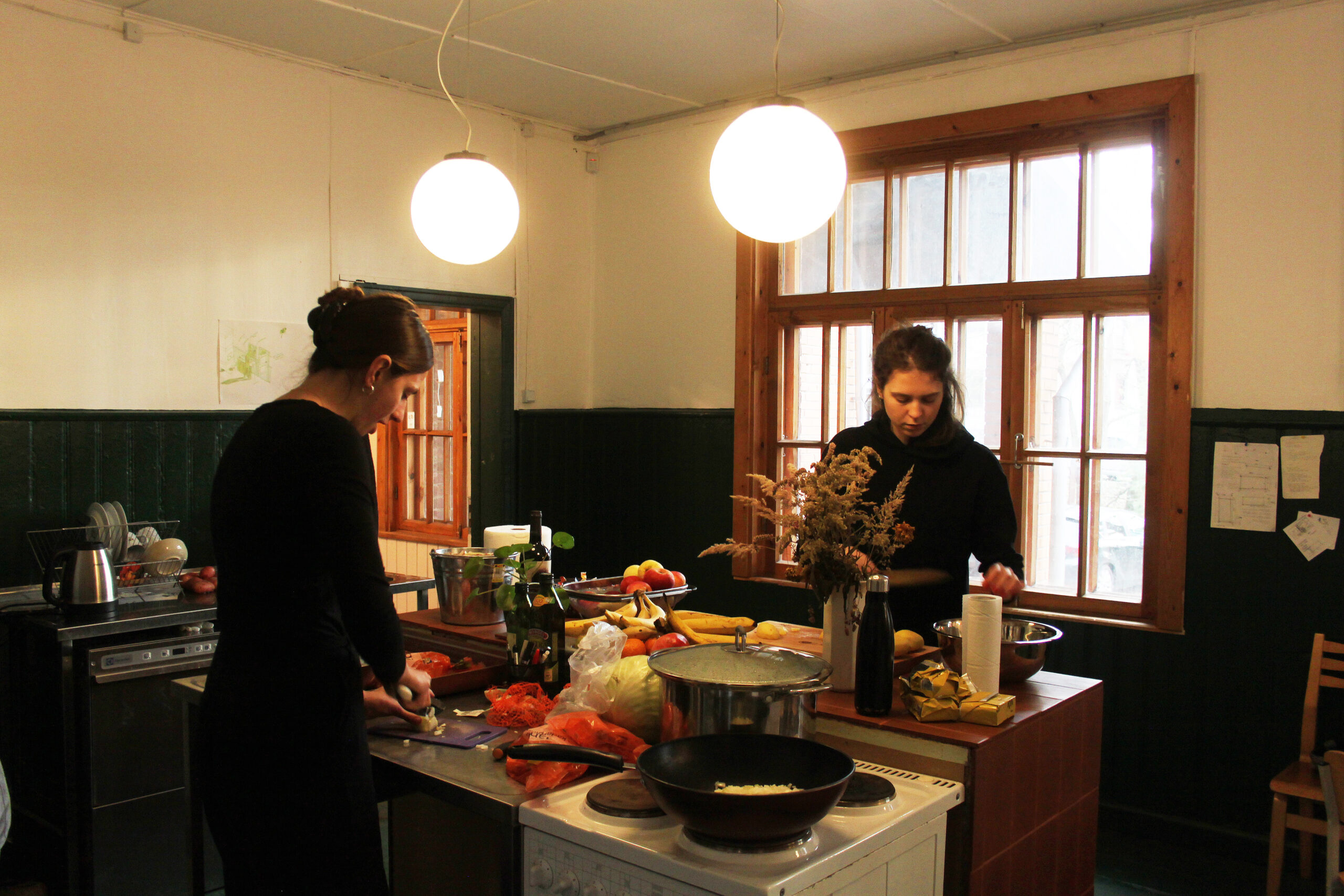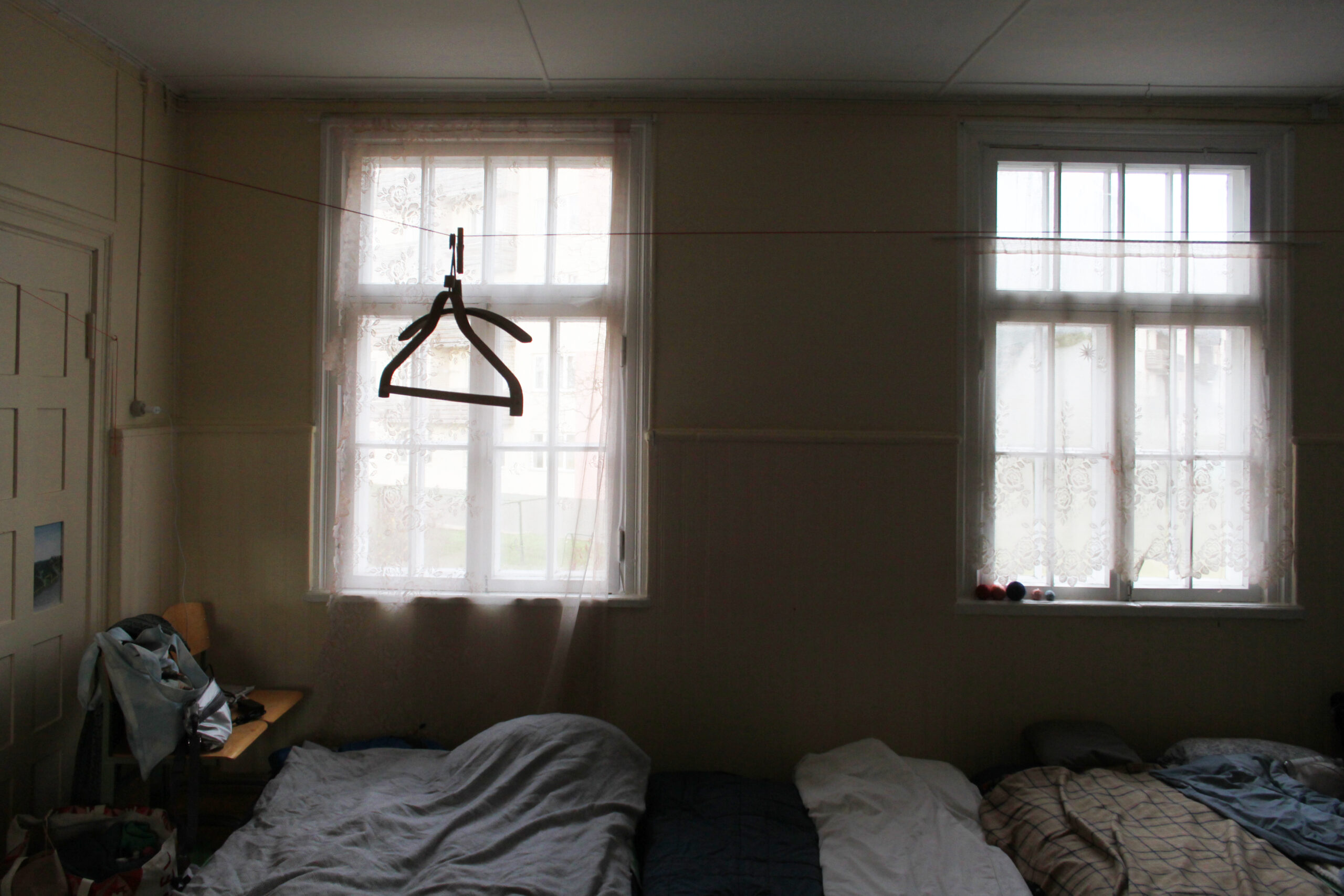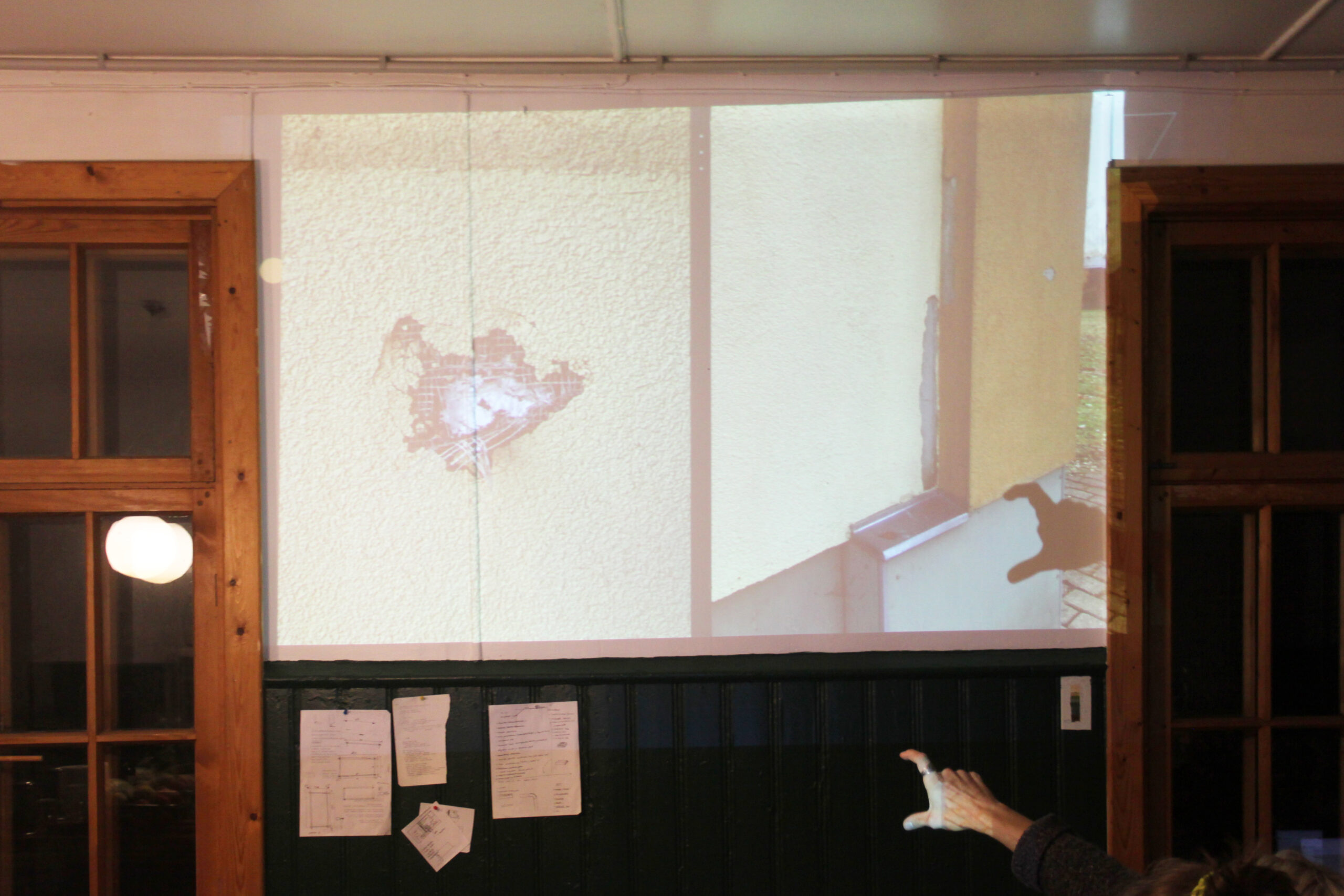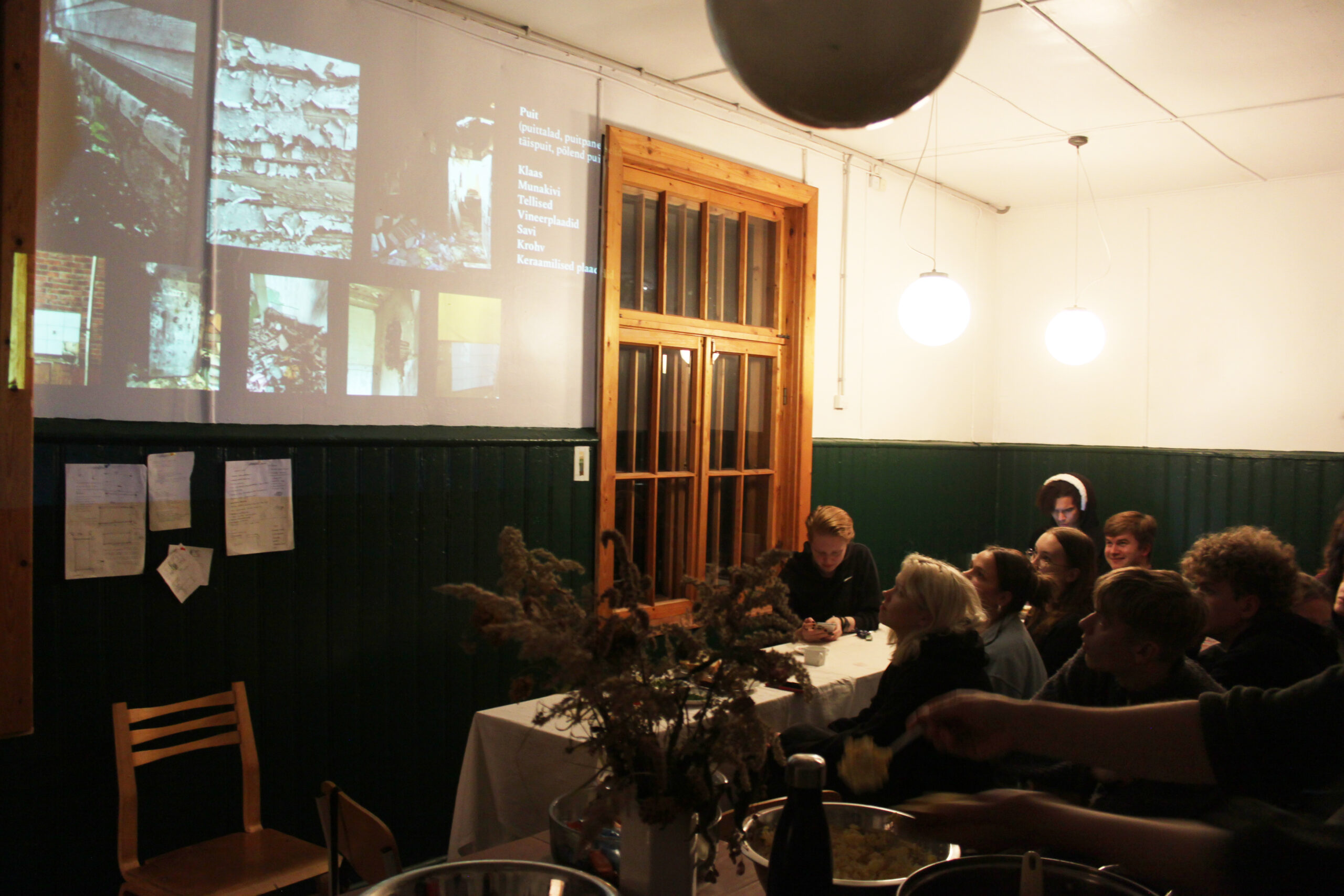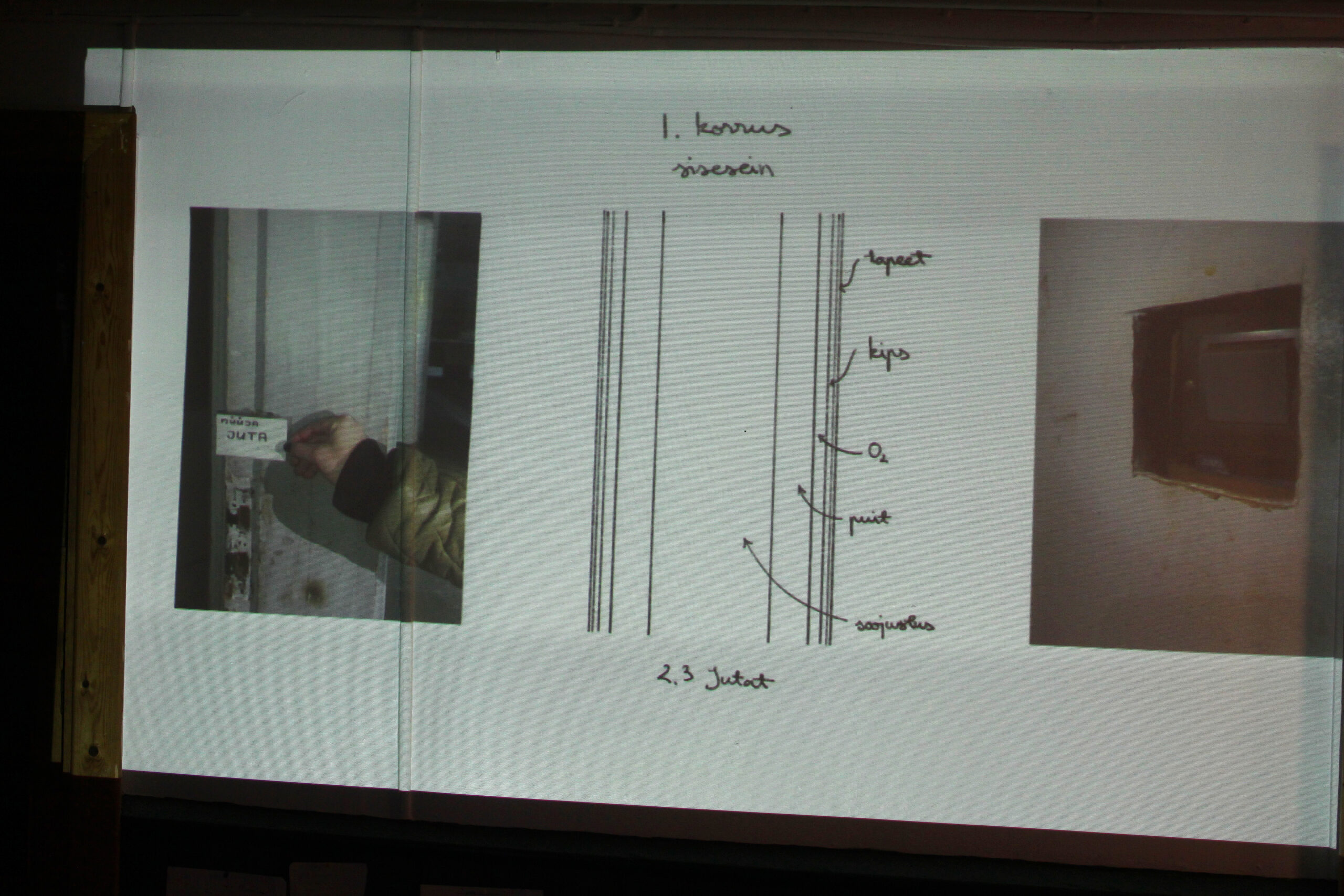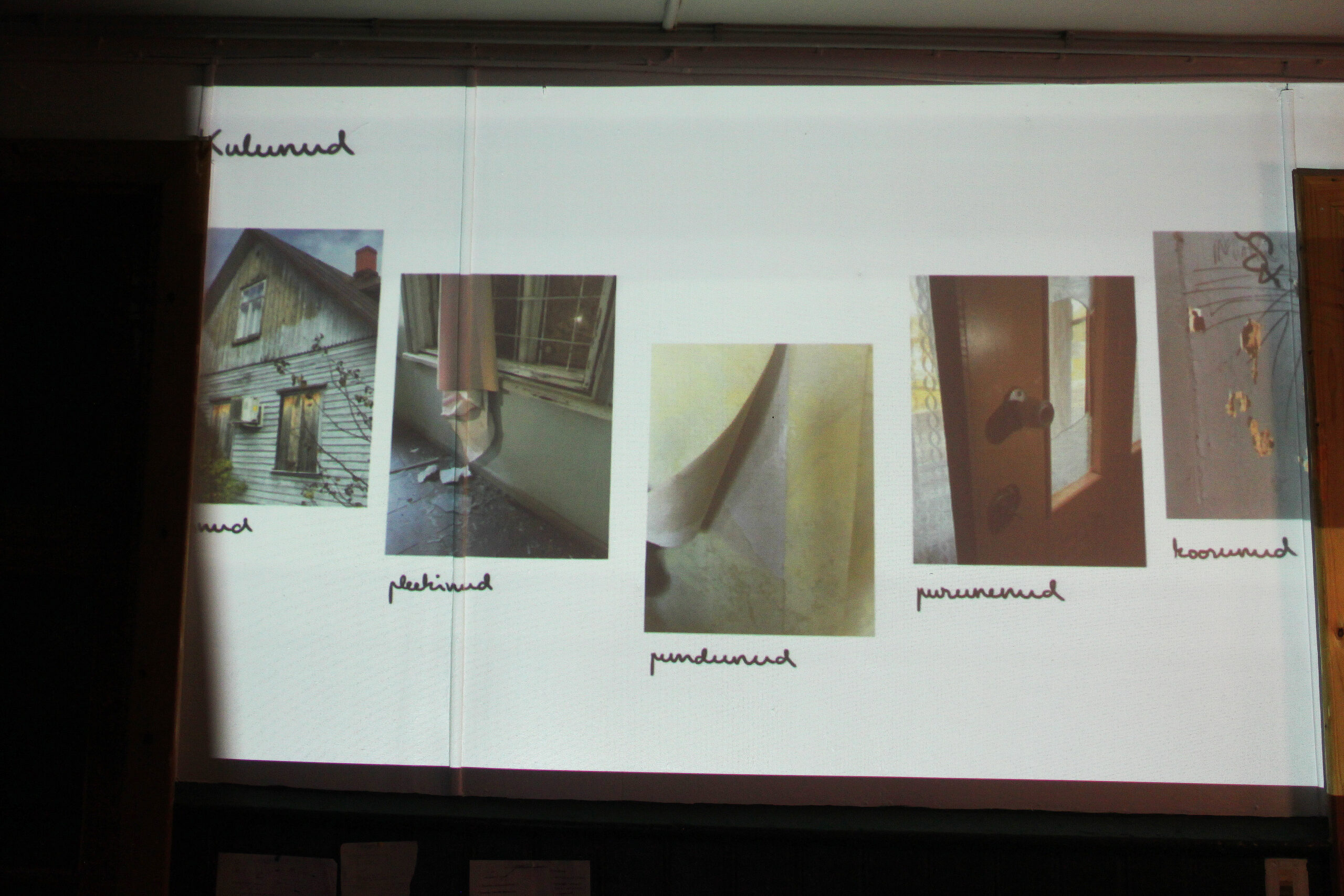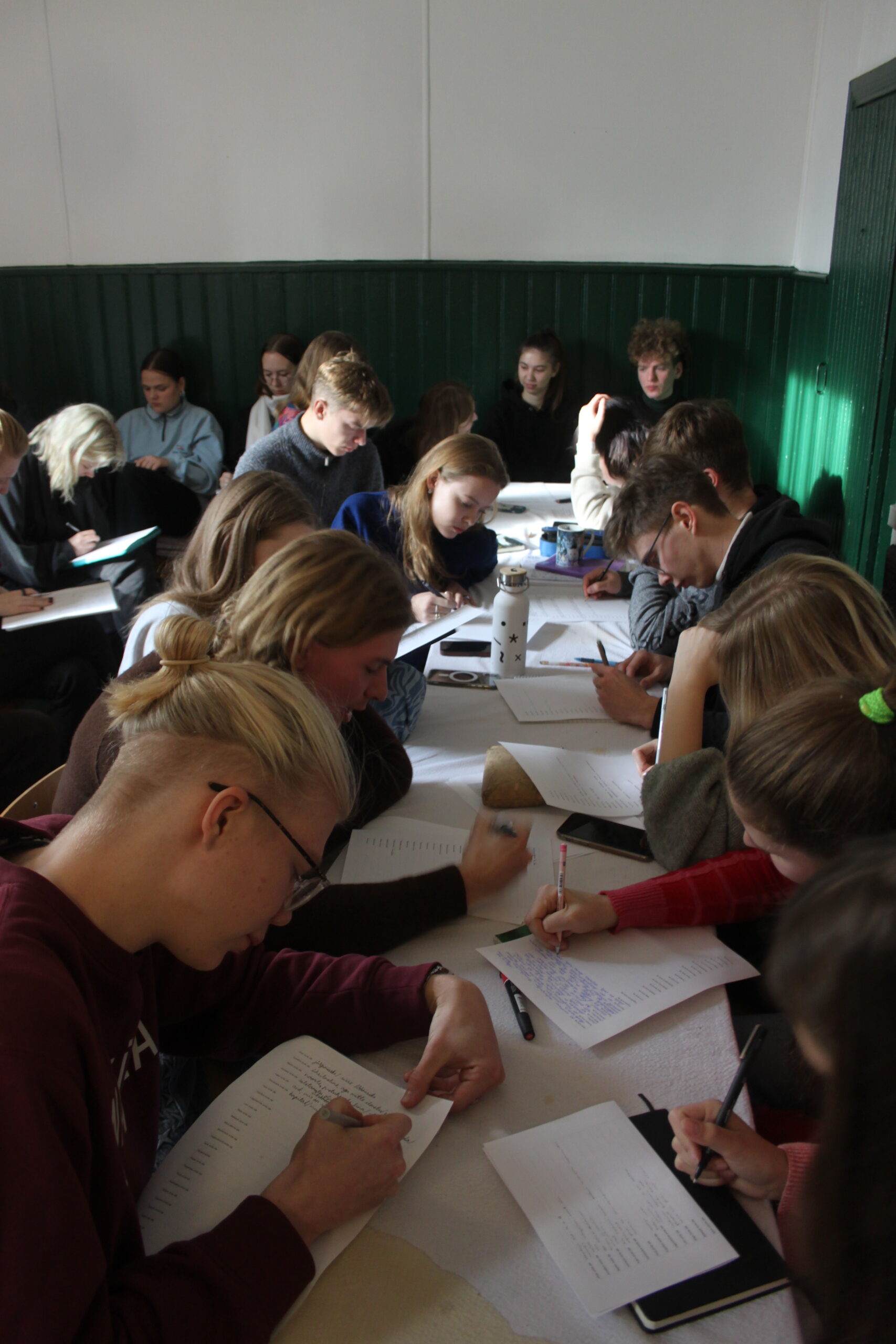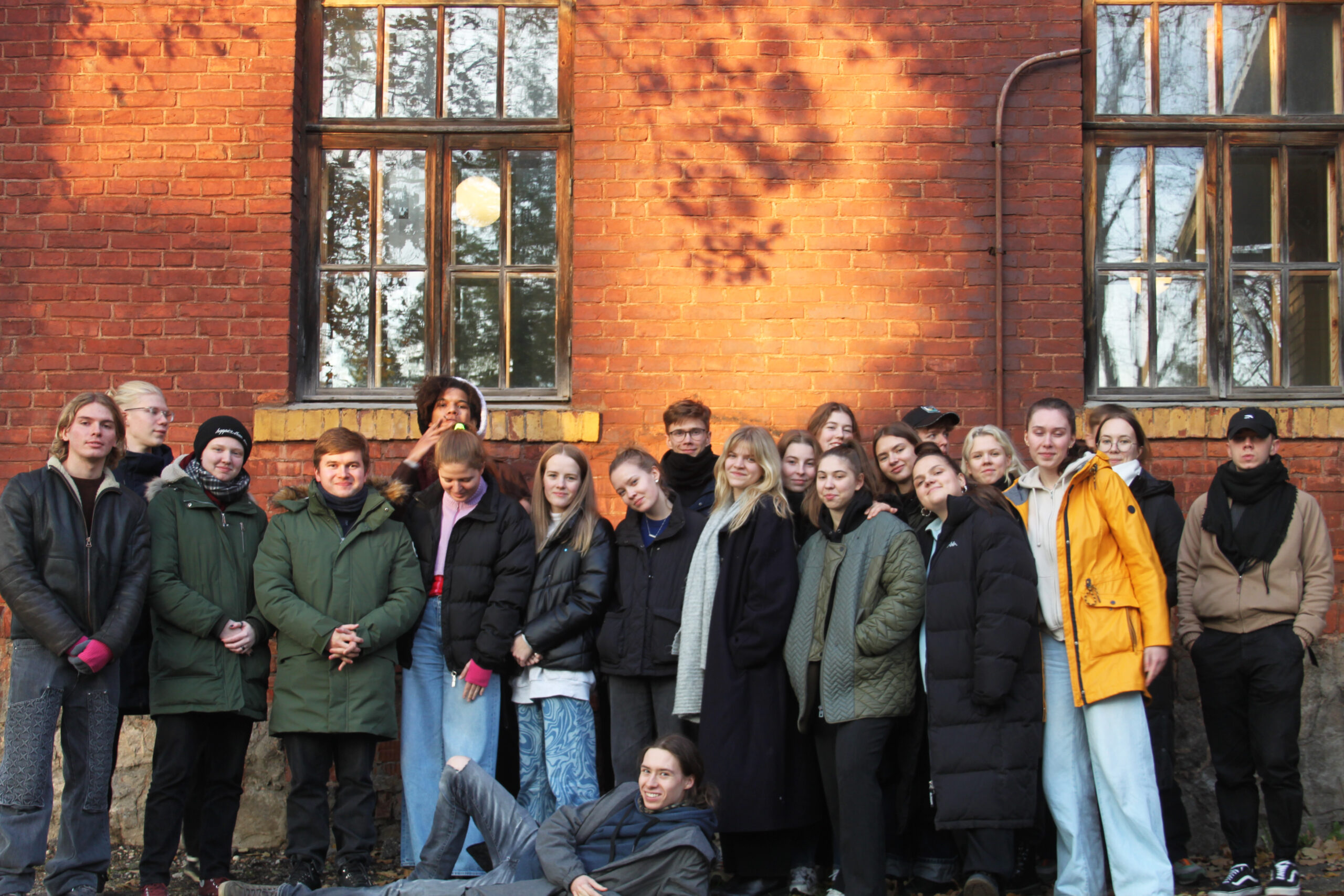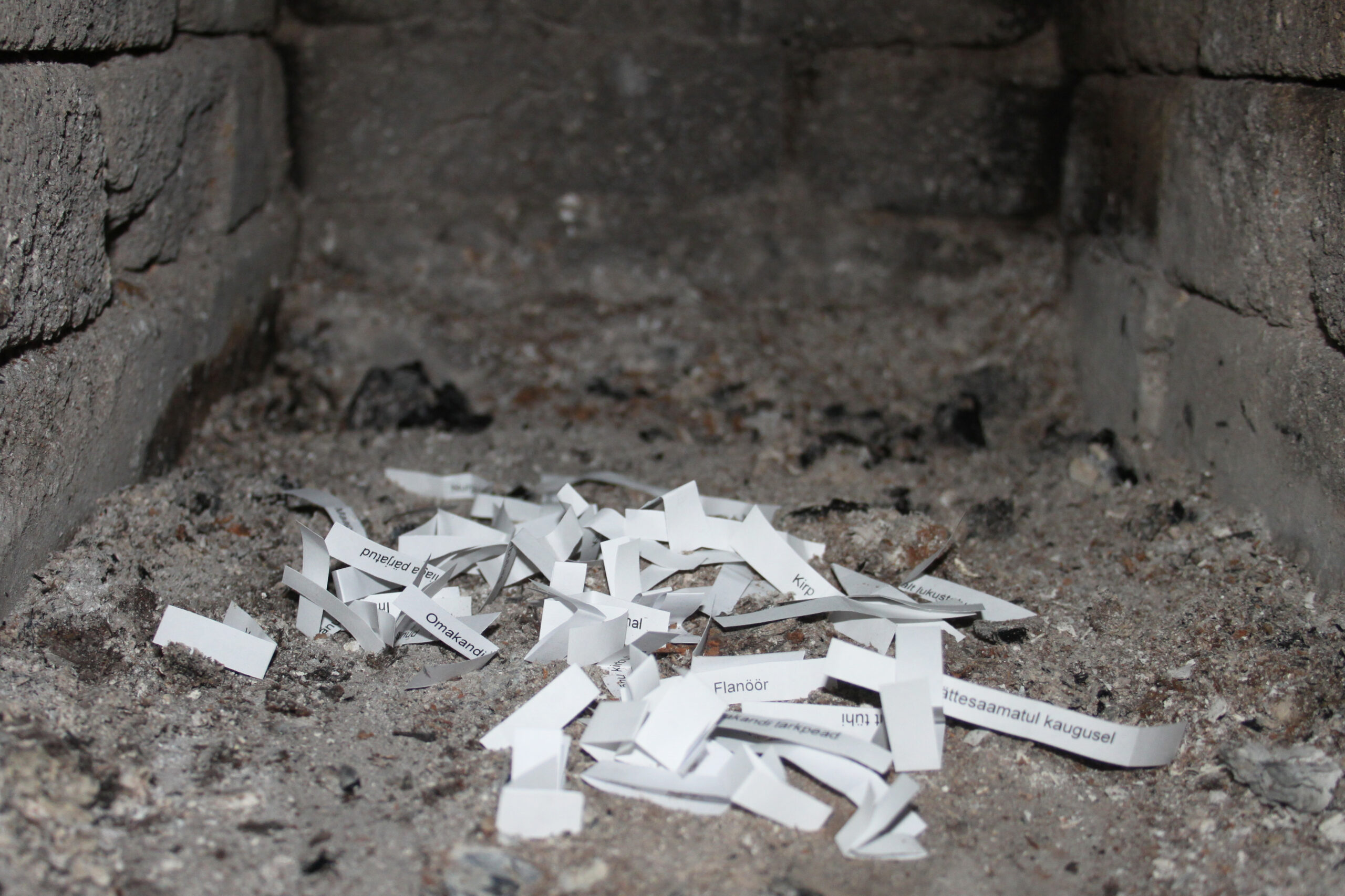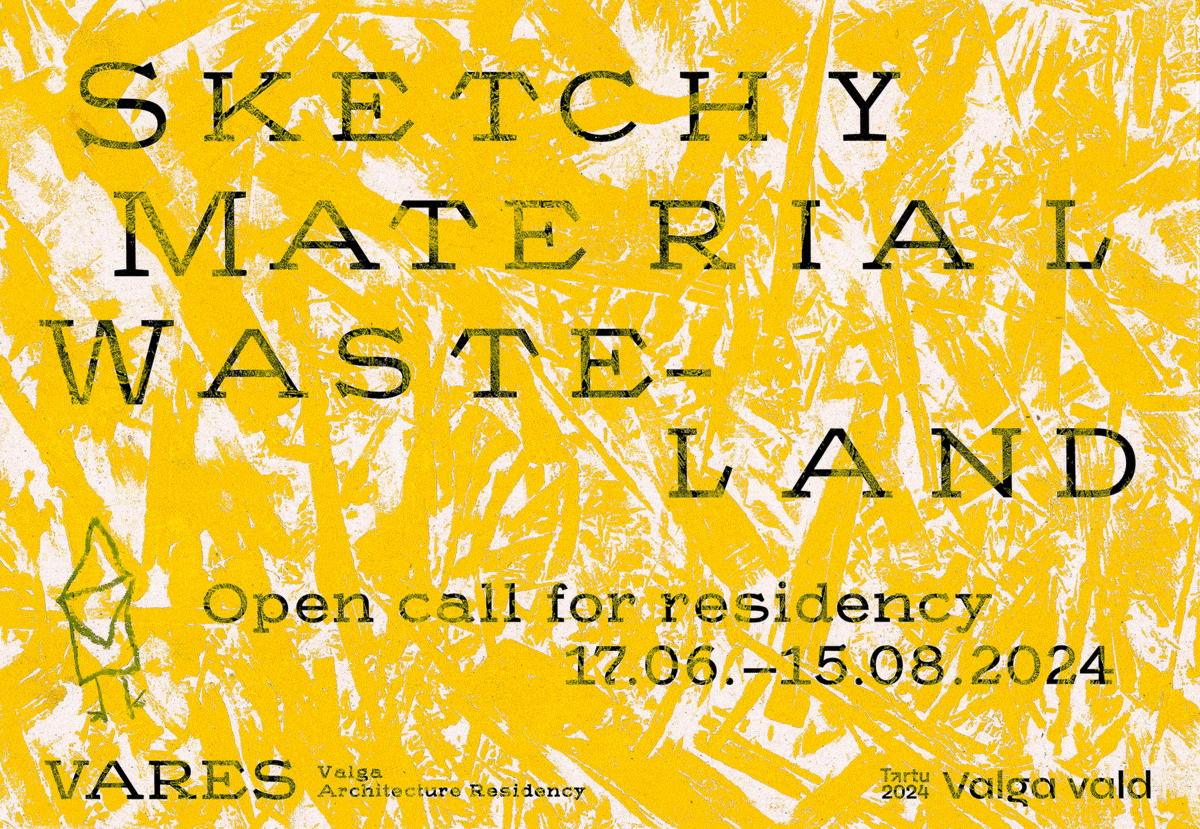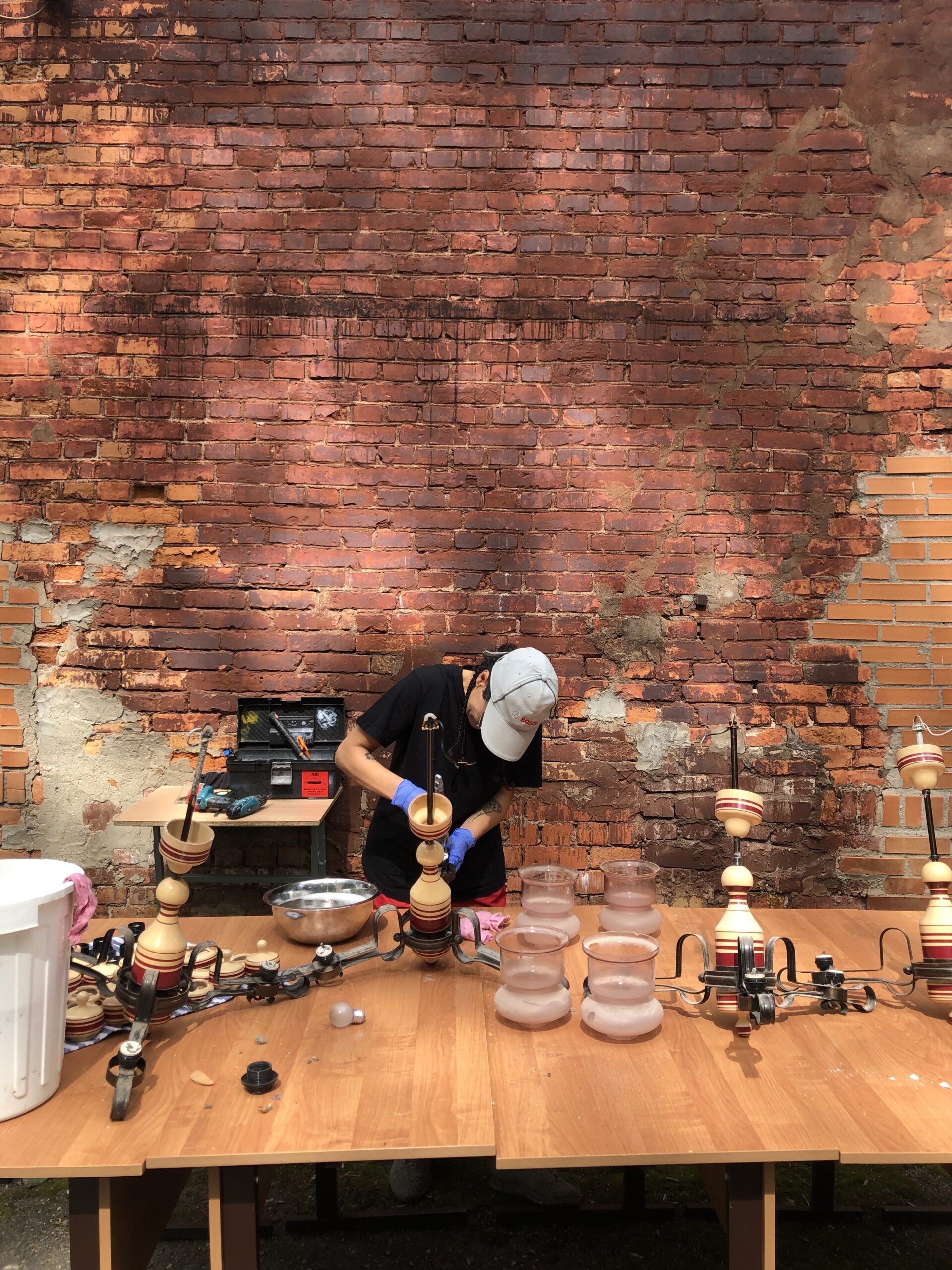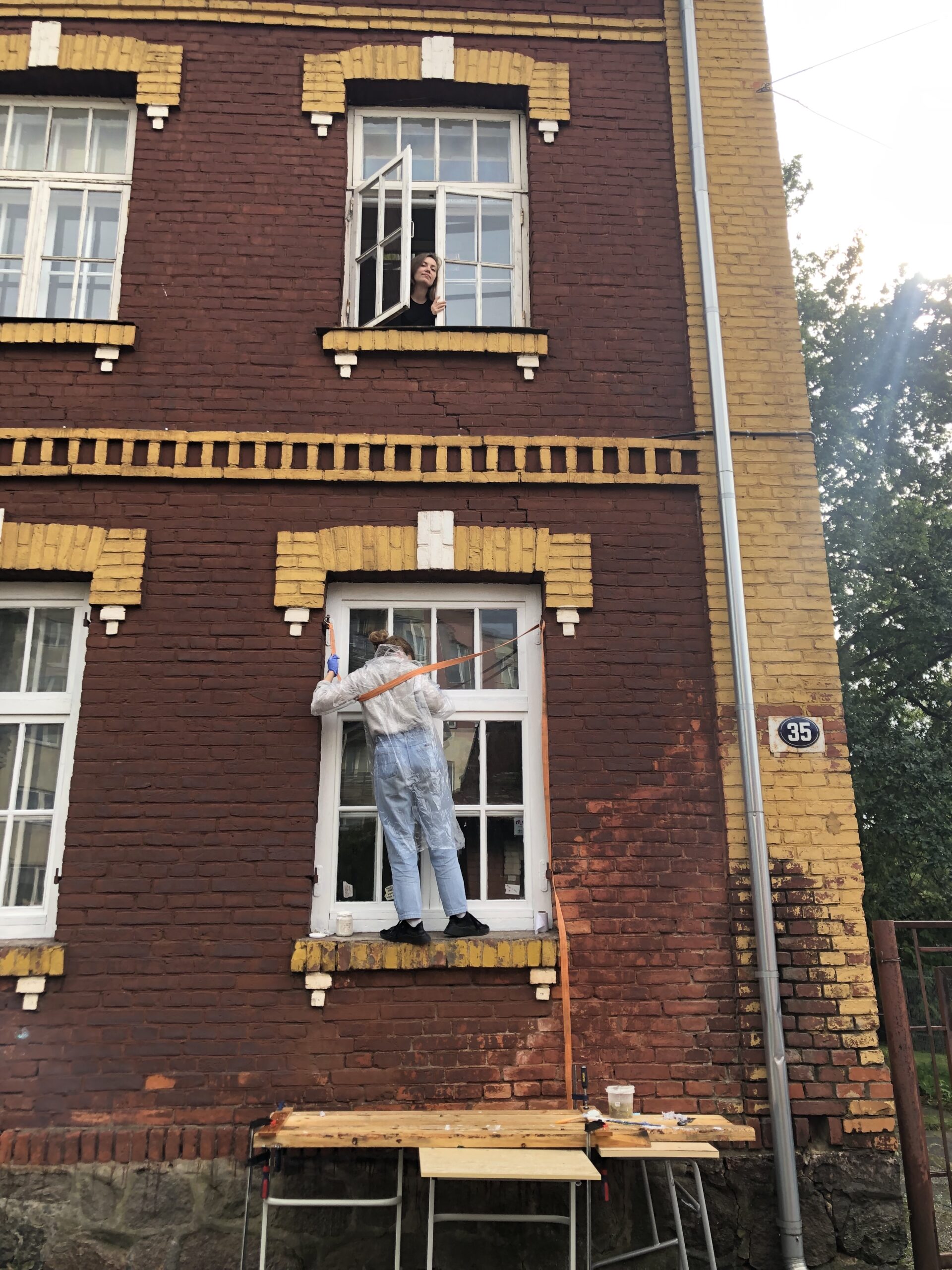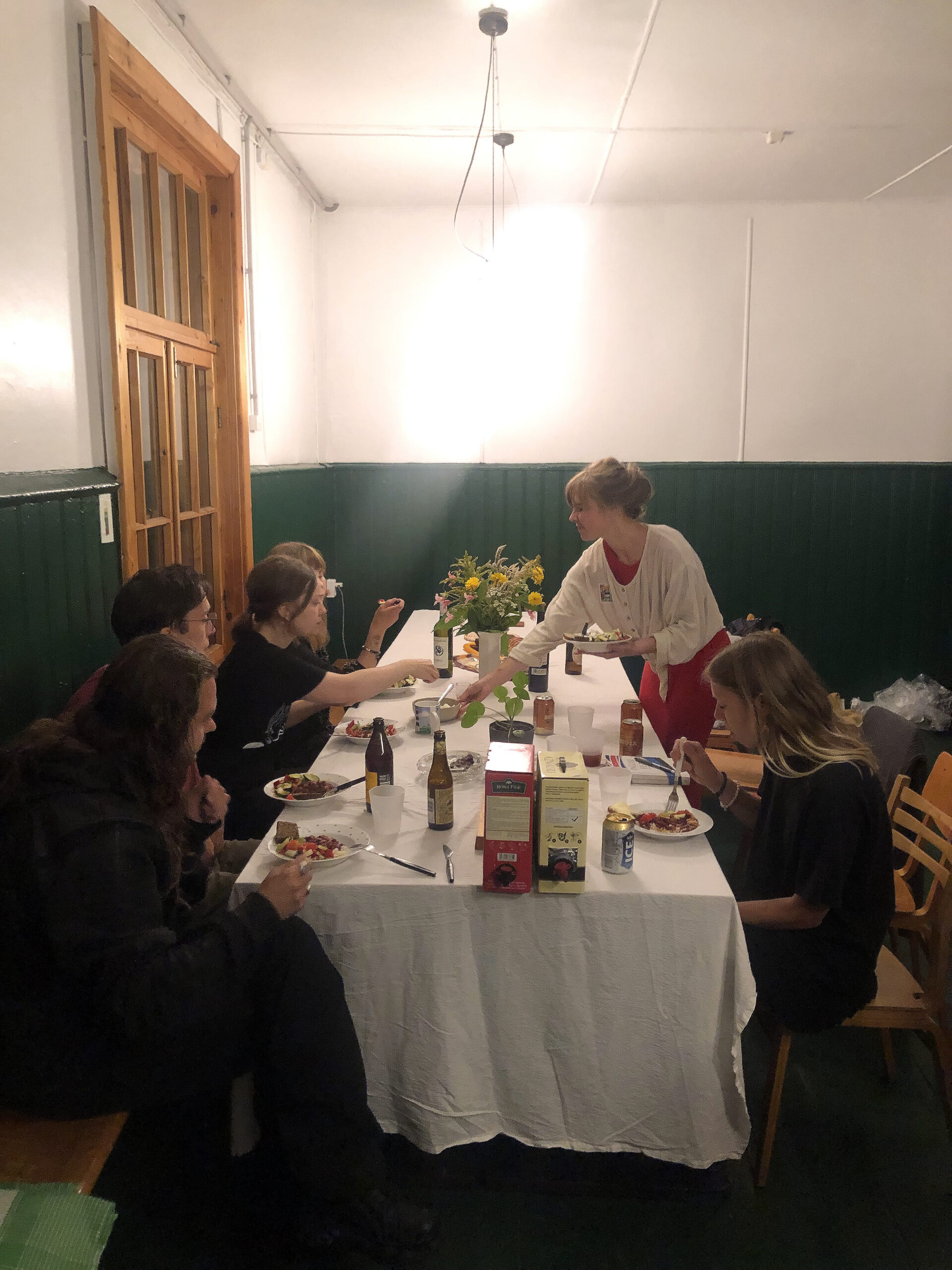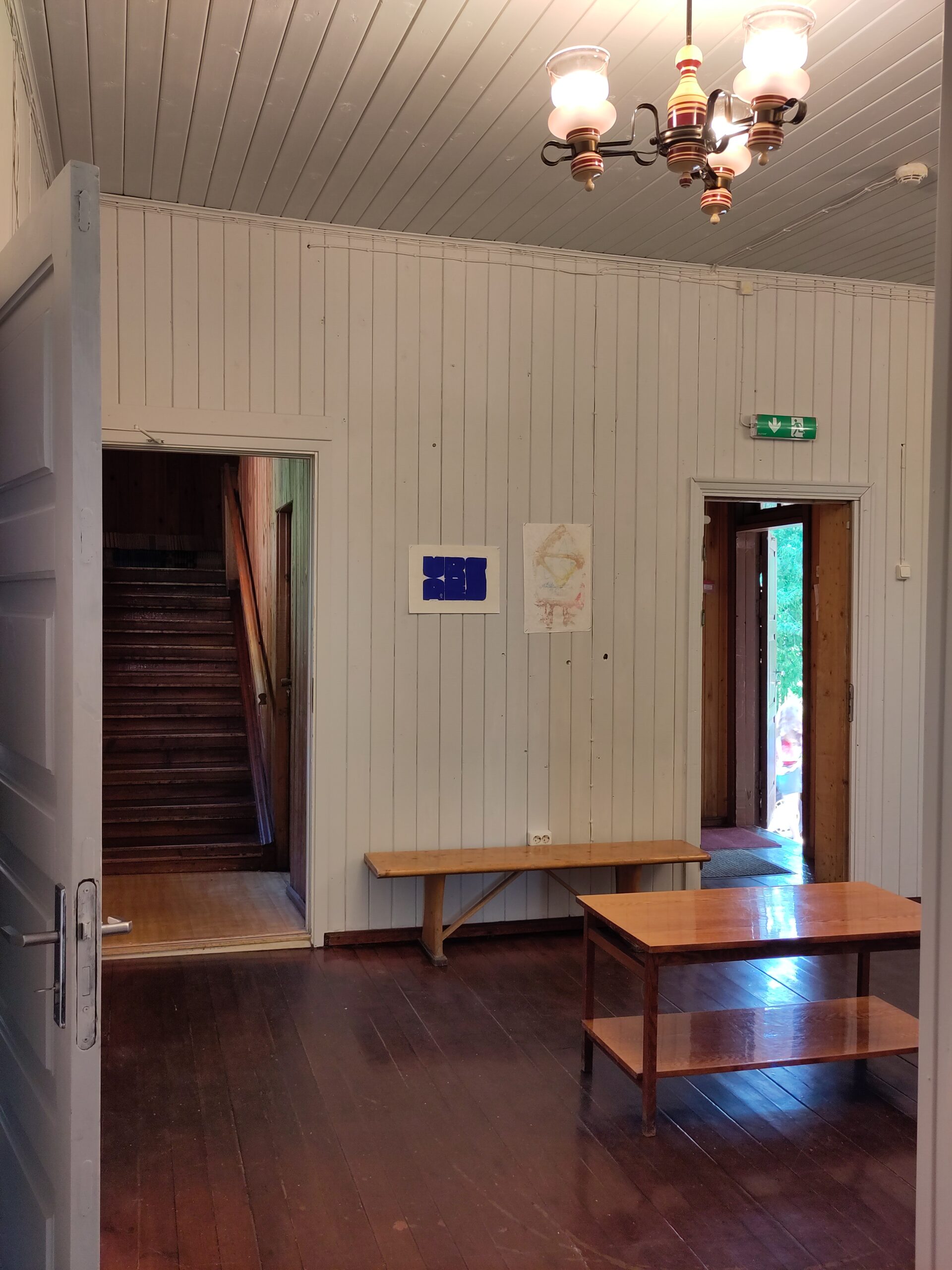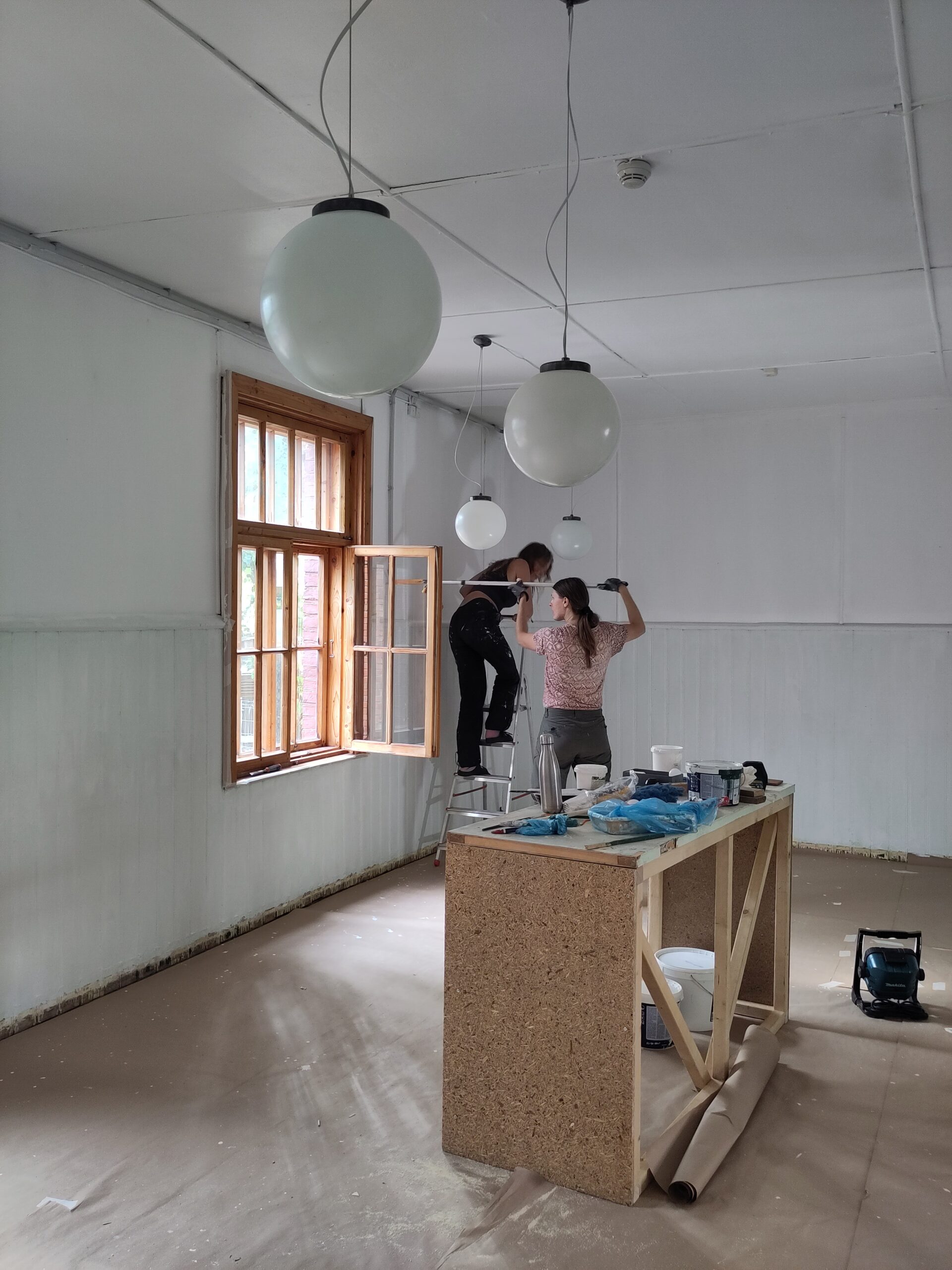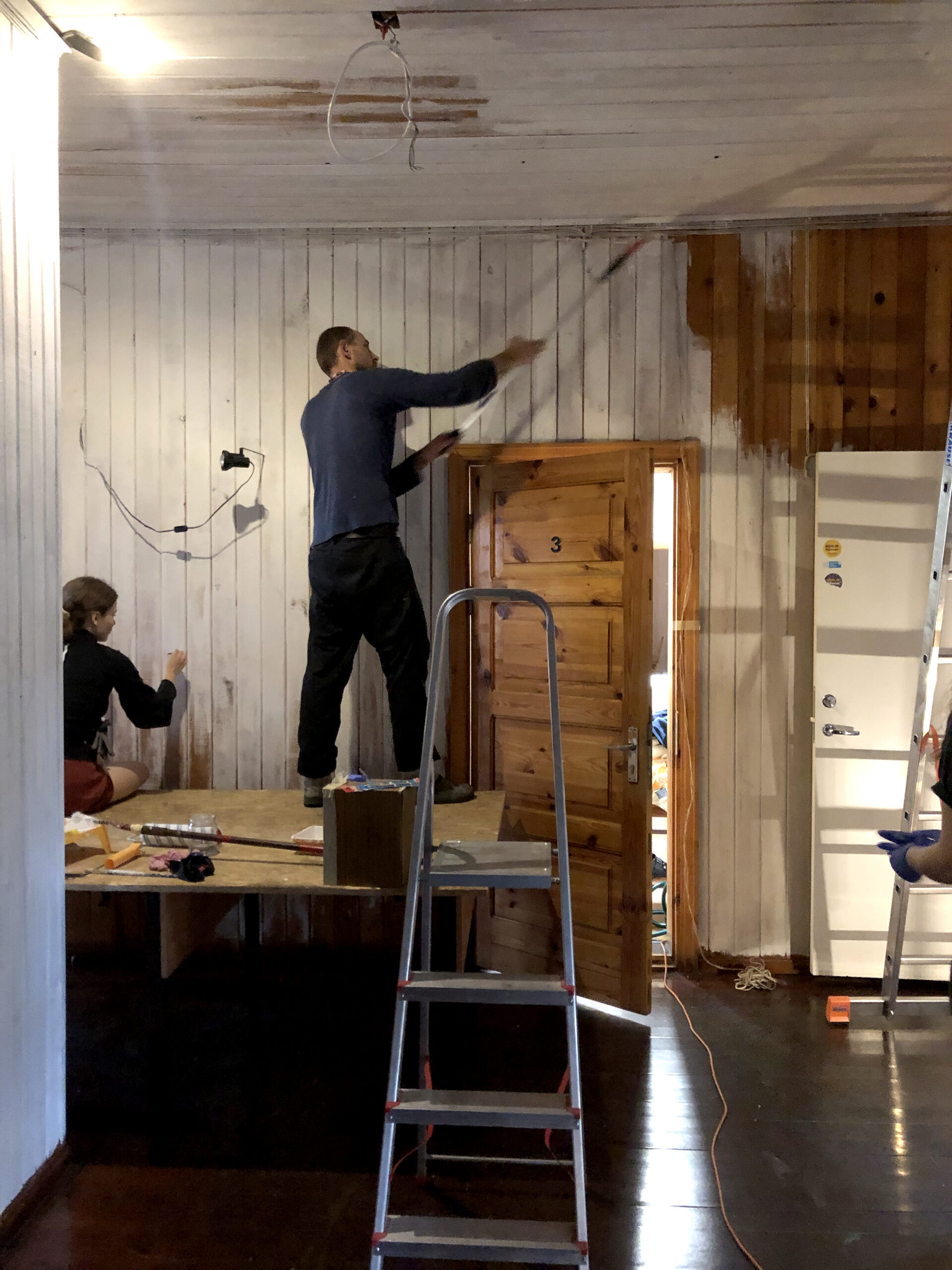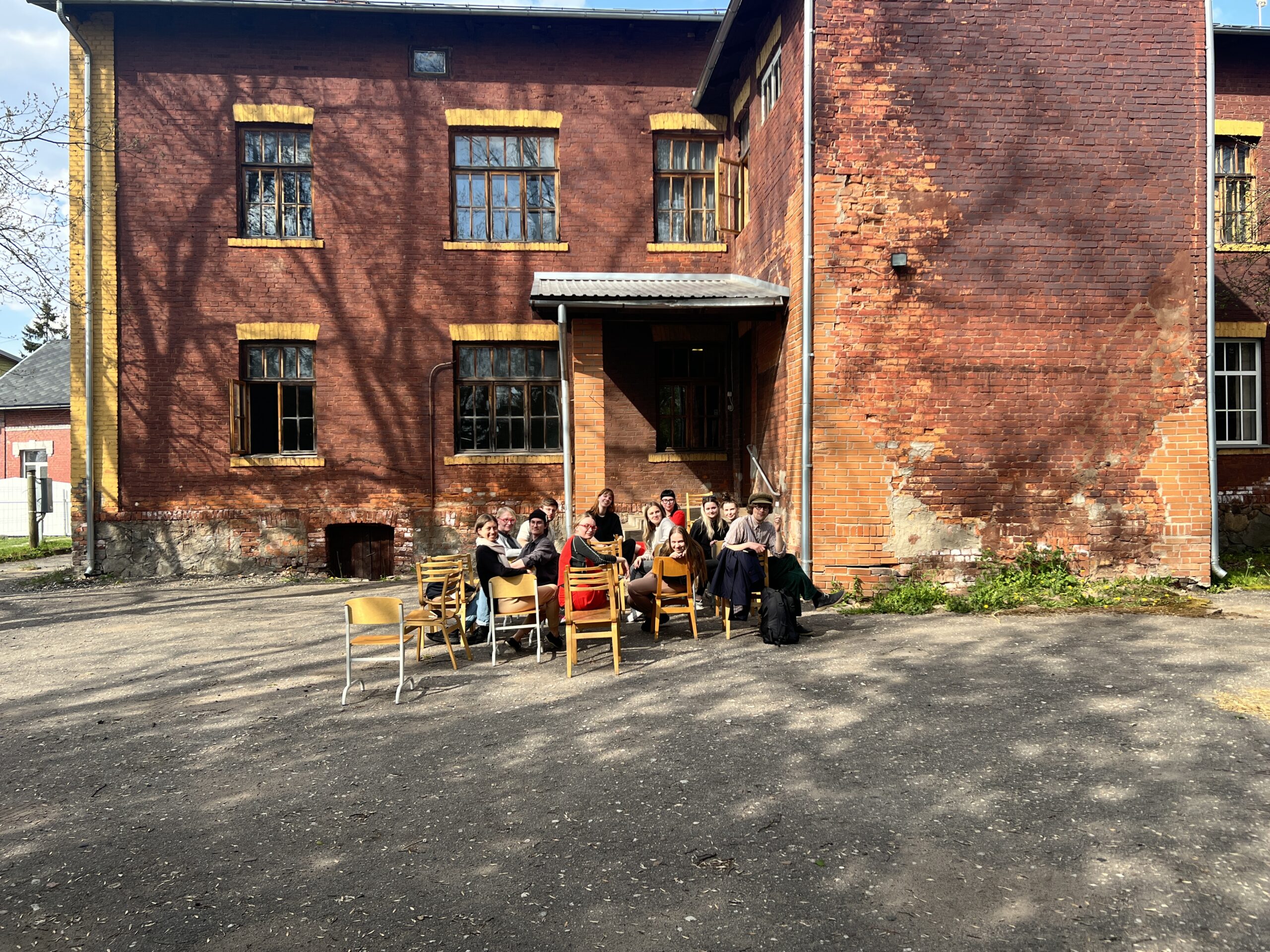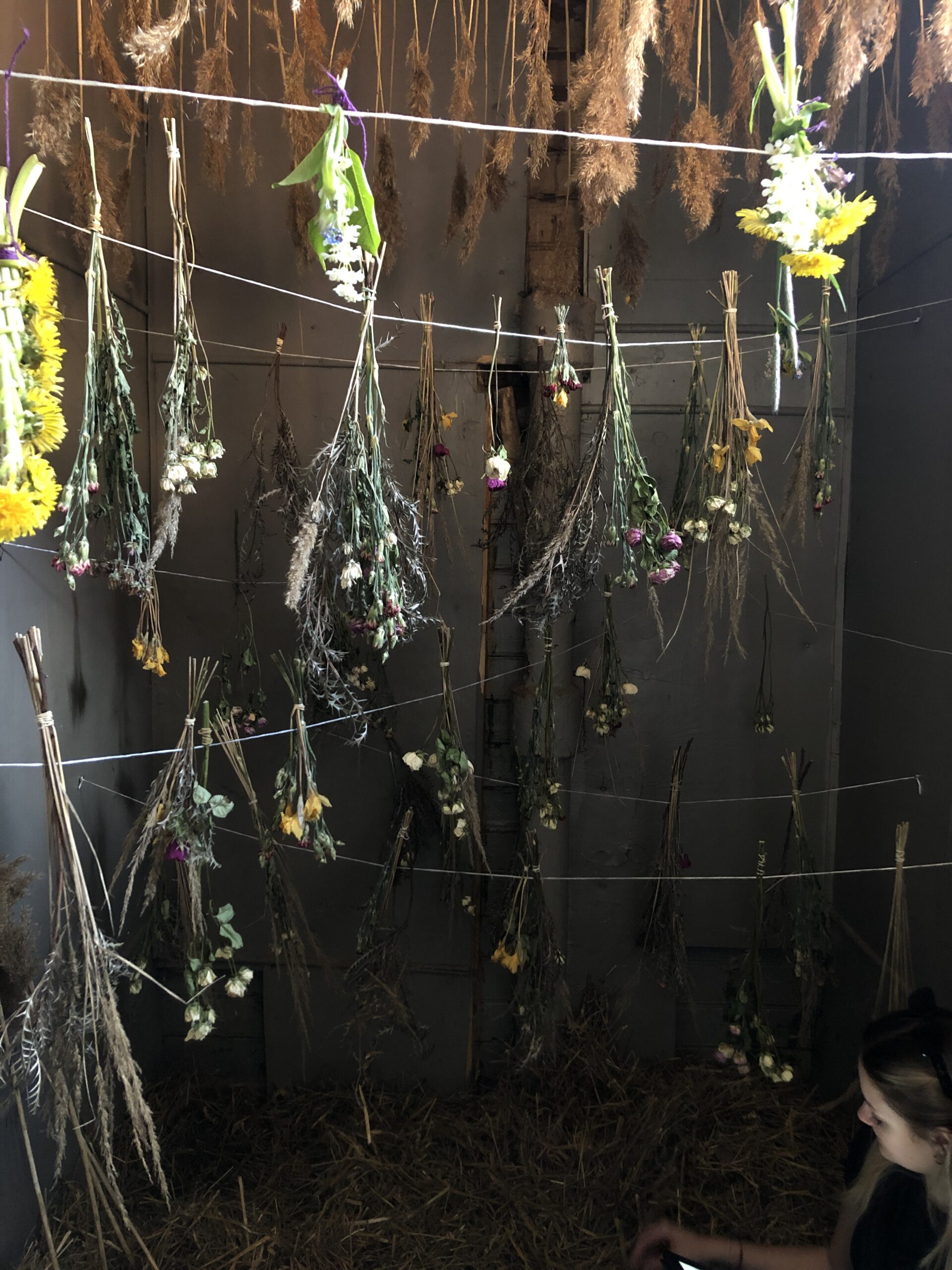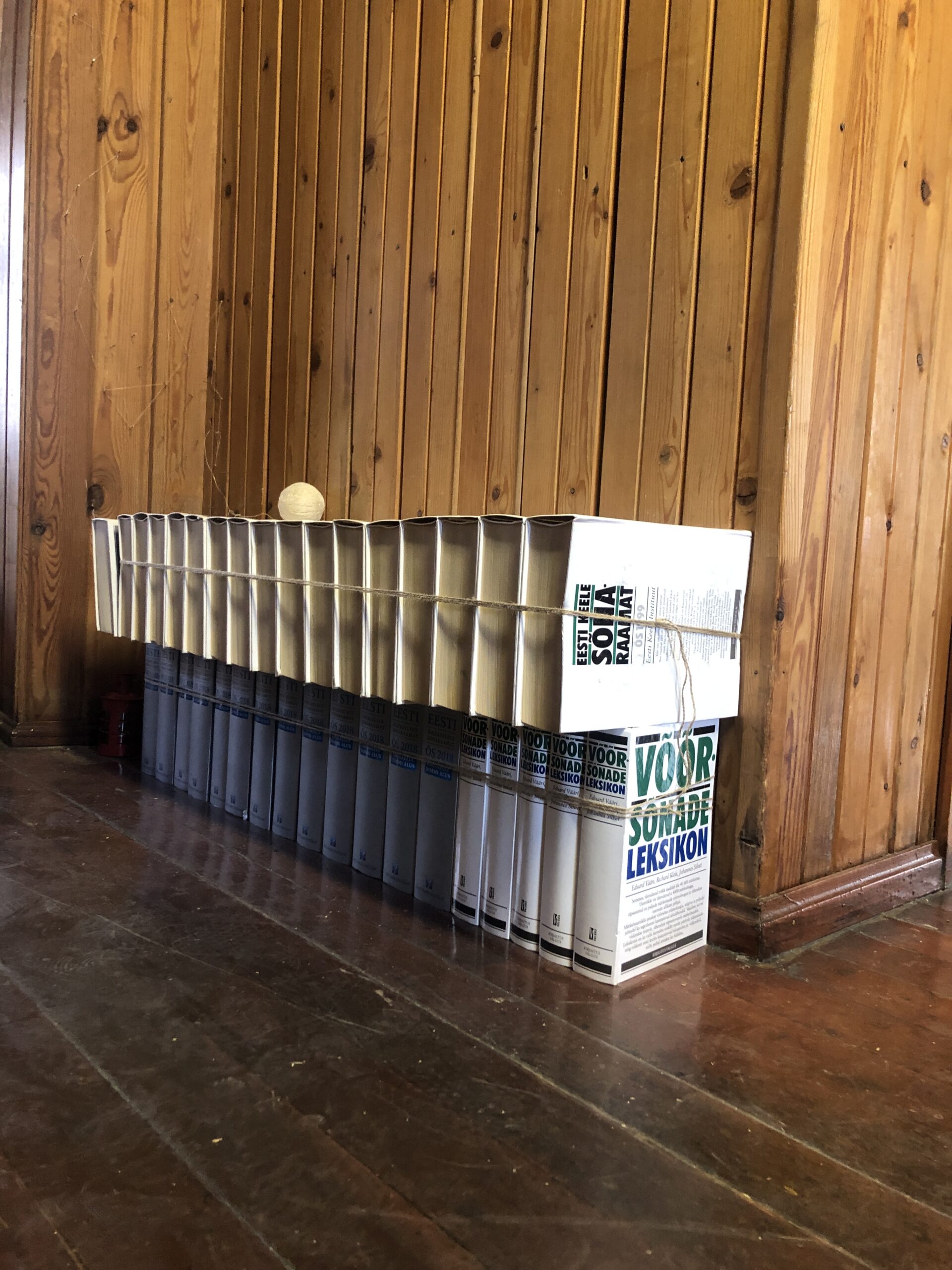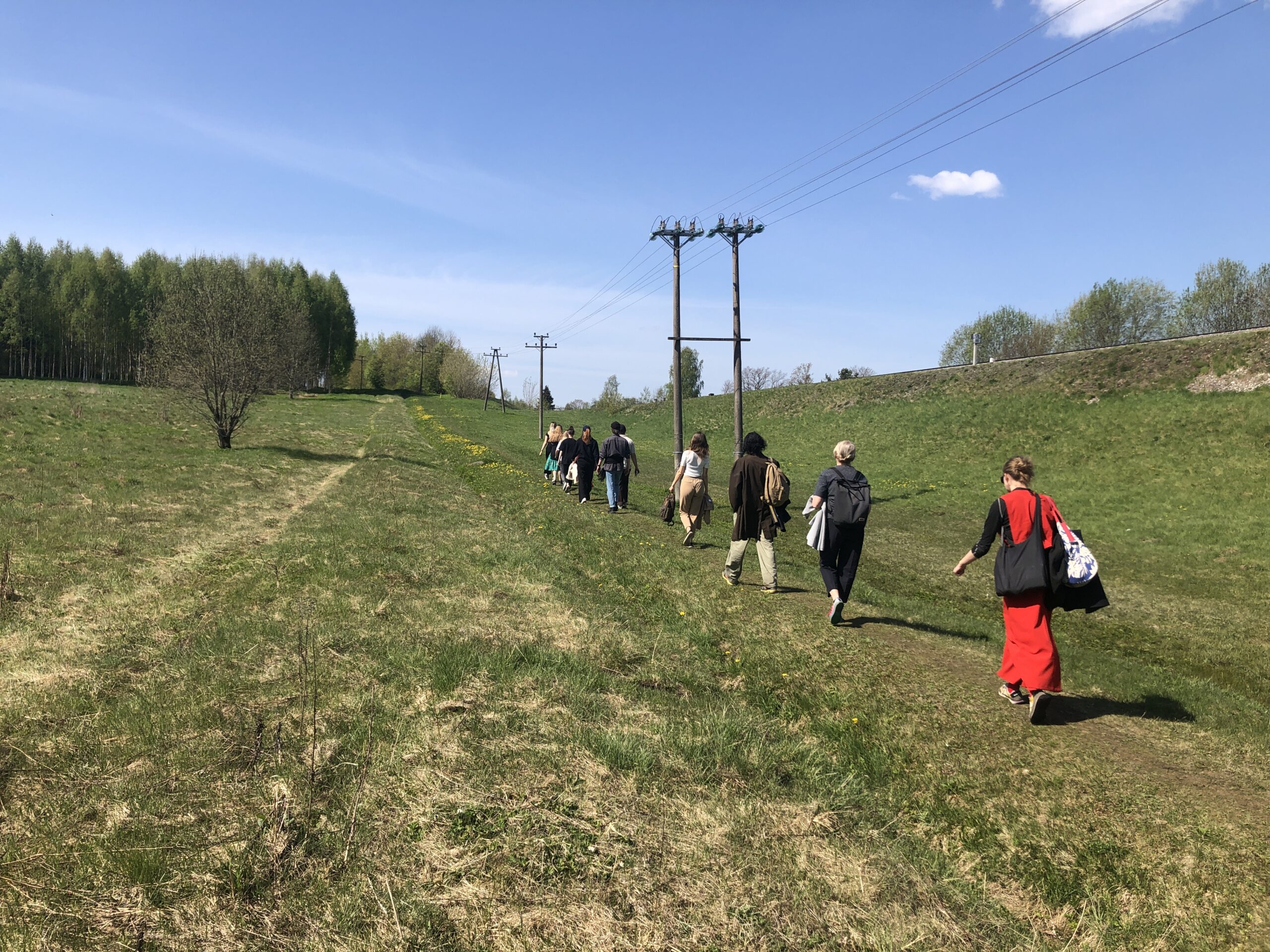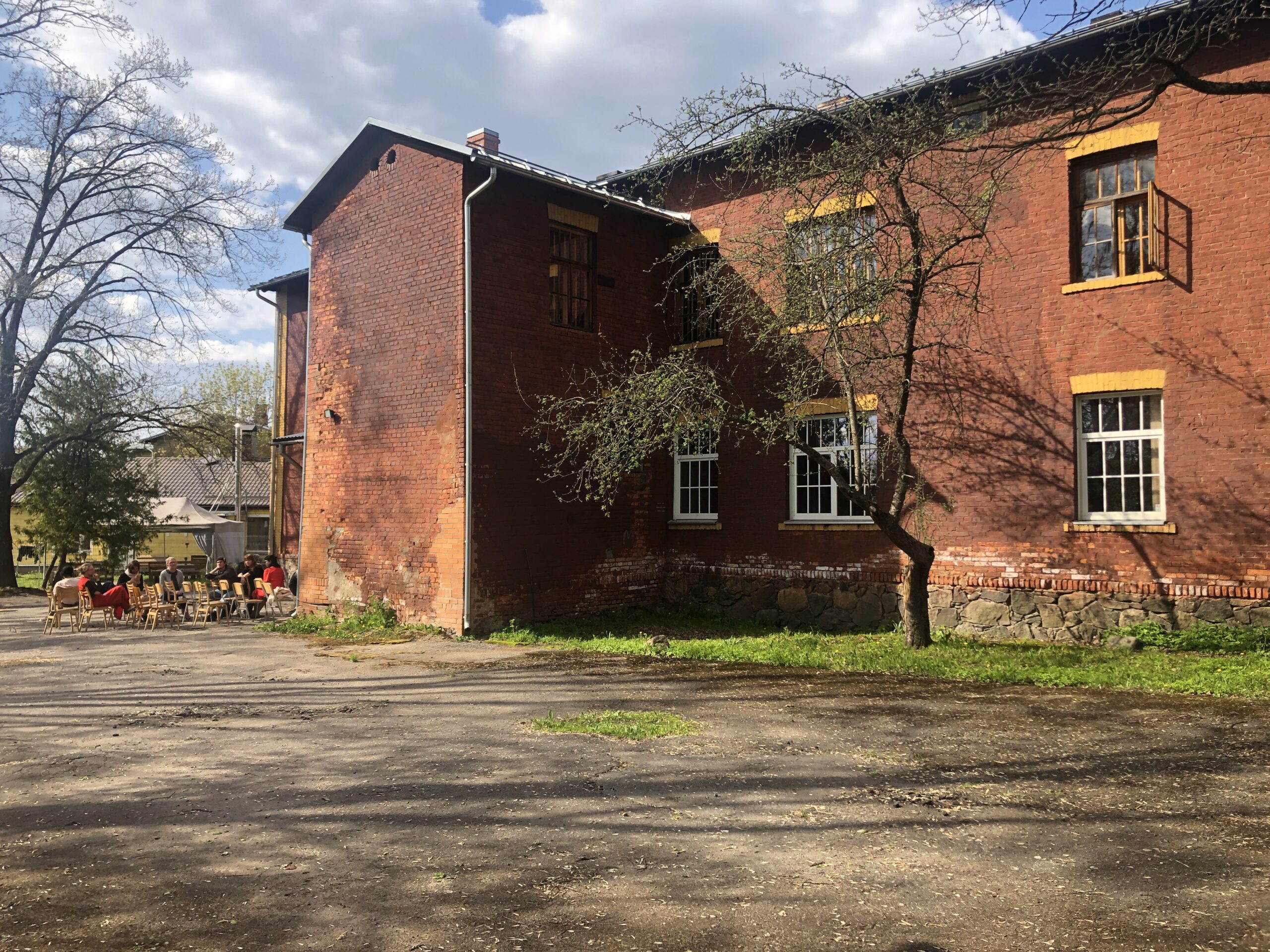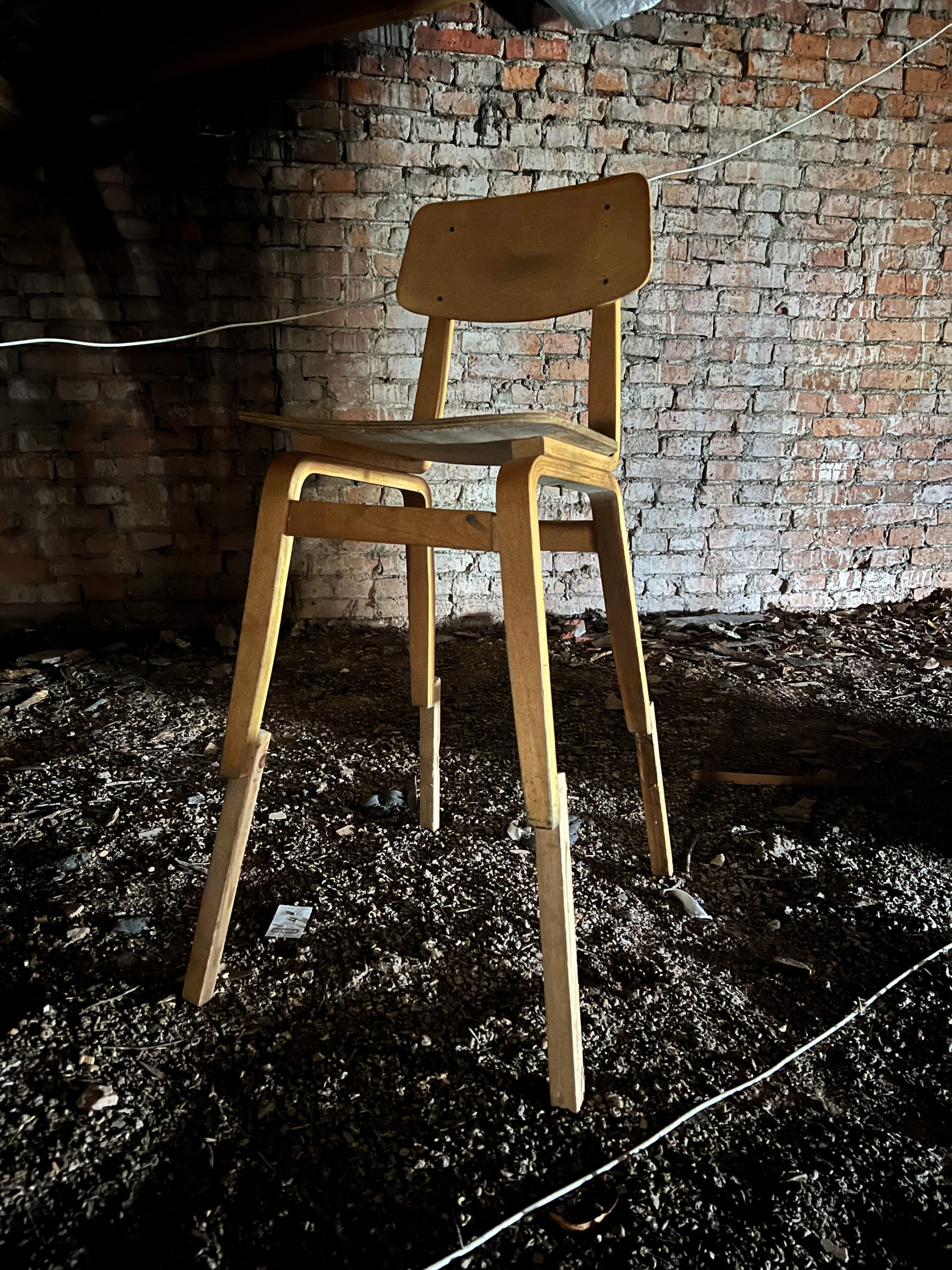NGO Estonian Association of Young Architecture
Registry code: 80131176
IBAN: EE627700771002664511 AS LHV Pank BIC/SWIFT: LHVBEE22
VAT: EE102269396
Address: Estonia, Tallinn, Trummi 4-26, 12616

VARES is an international interdisciplinary residency for spatial practice, whose main task is to seek, find and create alternative spatial practices that are not based on market logic, but rather on the desire to create spaces and places that enrich everyday life, empower the local community and town of Valga.
We are interested in finding ways to practice slow architecture, critically rethinking the discipline of architecture, learning and resurrecting vernacular and traditional crafts, gathering old and used materials and creating a place for lifelong learning for architects and spatial artists.
How to contact us?
VARES Valga Architecture Residency
Uus 35, 68203, Valga, Estonia
Tel: +372 59 010 017
E-mail: info@vares.space
Instagram: @vares.space
Facebook: vares.space
Newsletter: Subscribe here
The VARES house is open during events; at other times, it serves as the workspace and living space for residents. We kindly ask that visits outside of events be arranged in advance.
What is VARES’ house like?
Click on the photo to take a house tour!
VARES architecture residency is located in a school house built in 1936, which has been used as a boarding school for girls and, lately, an adult distance learning high school. The residency now has comfortable corners for living, yet the building itself is left raw and open for the residing artists to work on and in.
In addition to 15 wood-fired stoves, the house has two floors, 14 rooms, 4 cubbyholes, a cellar and an attic. Log walls behind brick walls painted dark red, stone foundations and a dark puddle under the concrete vaults in the basement.
Over time, the initial elements have been lined with layers. The original timber floor topped with fiberboard and linoleum. A number of covered-up doors revealed within the walls. Nine layers of paint. And much more. A house like mille-feuille.
WHO RUNS VARES?
We are Margus, Merilin, Mari and Ulla (and occasionally Nika). We have been working together for several years, evolving from our shared years of studying into a group that has taken on various configurations and roles—curators, spatial artists, tutors, lecturers, project managers, logisticians, etc. Together, we’ve been trying to create architecture and make it meaningful for both ourselves and others. Last year, our self-initiated collective effort came together under the name of VARES.
ULLA ALLA
Founder of VARES
Ulla is an architect and spatial artist working in Estonia and Georgia. She is one of the founder of the GRBGKDS (Garbage Kids) collective in Tbilisi, that focuses on carpentry, collectable furniture and restoration. She has been a freelance lecturer and tutor since 2018 at EKA and runs workshops both in Estonia and abroad. Her current creative work concentrates on handy activities and material experimentation, playing with dust, wood and other leftover materials.
MERILIN KAUP
Founder of VARES
Merilin is a freelance architect-artist working in Estonia. She graduated in 2022 from the Estonian Academy of Arts with a degree in architecture and urban planning. Through her master’s thesis and other creative works and activities, Merilin has made a significant contribution to the understanding of architecture and its broader role, introducing several new ideas and topics to the architectural field here. Her master’s thesis, “Practical Utopias,” created at the Estonian Academy of Arts, won first place in the BAUA (Baltic Association of Architects) student awards competition in October 2022. Merilin’s most significant recognition to date is being named a finalist in the Young Talent category of the Mies van der Rohe Award 2023, one of the most prestigious awards in the field of architecture.
MARI MÖLDRE
Founder of VARES
Mari is an architect working in Estonia. She graduated in 2021 from the Estonian Academy of Arts with a degree in architecture and urban planning. Since 2016, Mari has been collaborating with b210 architects. She mainly focuses on various exhibitions, working as a curator, spatial designer, and creator of artworks both locally and internationally. Mari was one of the curators for the Irish-Estonian wood-themed exhibition project “There is a forest in my backyard but my house is built from trees grown far away” and the Estonian pavilion “Home Stage” at the 18th Venice Architecture Biennale. Currently, among other interests, she is fascinated by mosaic and masonry work, appropriately embracing “Mördi Elmar”—the anagram of her name which translates as something like Mortar Joe.
MARGUS TAMMIK
Founder of VARES
Margus is a freelance architect based in Estonia. He graduated from the department of architecture and urban planning at the Estonian Academy of Arts (EKA) in 2021, experimenting with spatial education for middle, high and university students throughout the years. Most of his projects are also involved with educational and creative spaces, either as an artist or curator at various biennials or through the self-initiated garage gallery Garaaž49. As a spatial creator, Margus is passionate about everything we create with our hands, sense with our bodies and experience through events, practising it under the initiative Hands Doing Things.
TRIIN REIDLA
Founder of VARES
Triin Reidla is a cultural heritage specialist, editor, and architectural historian currently pursuing her doctoral studies at the Estonian Academy of Arts. She is a lecturer and the head of the architecture conservation module at the Estonian Academy of Arts. Her research focuses on Estonian architecture in the 1980s. She is interested in topics related to heritage conservation, sustainability, and the circular economy. Triin has contributed to the creation of VARES, but currently does not actively participate in its activities.
MARIA MUUK
Graphic designer
Maria is a freelance graphic designer who mainly practices in the Estonian cultural sphere and researches local print design histories. In creating visual materials for VARES, she investigates methods of using non-digital graphic design tools, heritage technologies and available physical materials for contemporary visual communication outputs.
Website programmed by Patrick Zavadskis
Typeface: Katlamaja by Aimur Takk (Tüpokompanii)
ESTONIAN SOCIETY FOR YOUNG ARCHITECTURE
VARES leading organization
The society’s goals are to give an input to the quality of Estonian architecture, spatial culture and education. We aim to give additional value and involve various disciplines to the educational landscape of architecture. We take part in discussions regarding our surroundings and we try to build a network to bring different discplines more together. To achieve these goals, we have initiated an architecture oriented residency building in Valga, Estonia.
Our statute can be found here: Statute 2022
What’s in the programme for 2025?
The aim of VARES is to host residents, seminars and workshops dealing with spatial practices. The program of 2025 consists of three curated residency periods, each of which will end with a thematic public seminar, where, in addition to the residents, specialists of the field from around the world are invited to give lectures and join in discussions.
Residencies and public events in 2025:
LIQUID LANDSCAPES
Open call: March 11 – 30
Residency period: May 27 – June 30
Public event: June 27 – 29
MATERIAL REUSE AND CRITICAL SPATIAL PRACTICE
Open call: April (tba)
Residency period: July 1 – August 24
Public event: August 22 – 24
STANDARDS AND REGULATIONS IN SUSTAINABLE BUILDING
Open call: May (tba)
Residency period: September 8 – November 3
Public event: October 31 – November 2
The three rounds of residency applications for 2025 will open one after the other in the spring of 2025. The length of the residency period is 1-2 months, depending on the round.
VARES offers each resident a small scholarship. In addition, we cover transportation and production costs.
During or at the end of the residency period, we expect residents to publicly share their summary or interpretation of the residency period in their preferred format (lecture, publication, exhibition, installation, workshop, performance, open studio etc.).
We encourage the use of the VARES house as a research object and site to develop during the residency, but also to relate to the urban space of Valga or the rural areas around it.
Who should apply for residency?
We welcome both international and local interdisciplinary spatial practitioners who wish to experiment with circular materials and craft methods, engage with the unique geopolitical position of Valga, do some thematic intellectual work and contribute to creating inspiring alternative spatial experiences for oneself as well as the community.
In short, we welcome:
→ both practitioners and theorists, professionals and students
→ people working both individually as well as collectively
→ especially people from the Baltic and Nordic regions, but also elsewhere in the world
What are the living conditions at VARES like?
The VARES house has a kitchen and washing facilities, four large 40 m² bedrooms, one small bedroom and one summer room. In most cases, each resident is assigned a private room, while residents who have applied as a collective or duo might share a room if necessary. Blankets, mattresses and bed linen are available on site. There are also baby cradles and cots, and it is possible to come with children.
The residency is located at Uus 35 in Valga. There are many grocery stores and some restaurants nearby. The building is 5 minutes by foot from the Valga town centre. The residency offers bicycles as means of transport around the town and additional engine assistance can be arranged (vans, cars etc.).
The building has two floors with seven rooms on each of them. The whole house is heated with stoves, which is something the resident will have to engage in themself (at least partly) during colder seasons. There is no house manager or cleaner in VARES. Everyone staying at VARES is expected to allocate at least an hour of their day to take care of the household, since domesticating it is our collective endeavour.
Is it possible to rent the VARES house and facilities for external events?
The house is occupied by VARES residents most of the time, but when the calendar allows, we also open our doors to externally initiated seminars, summer schools, and creative camps. If you are interested, contact us via info@vares.space.

Call for ideas: Supibasiilika is looking for local activities
Valga Municipality and VARES are once again inviting local people to bring small-scale activities to the Kreis House and Supibasiilika pavilion on Valga’s central square. If you have an idea for a workshop, pop-up cafe, community gathering, or something else that could bring some life to the square and its historic courtyard, we’d be happy to hear from you.
Supibasiilika is a small glass pavilion located in the courtyard of the Kreis House, built in November 2024 through a collaboration between Valga Municipality, VARES architecture residency, and the German Embassy. Designed by six young architects, the pavilion was constructed from repurposed windows left over from the renovation of the Valga Youth Centre.
Over the past year, it has hosted small concerts, exhibitions, cafes, and informal evening gatherings. The Kreis House also includes a modest event room, which has been used for music nights, film screenings, talks, and workshops.
Available facilities:
- Supibasiilika: electricity, lighting, large fridge, wood stove heating
- Kreis House hall: electricity available
If you’re interested, please send us a short description of your idea and a rough activity plan, along with a short introduction of yourself (name, age, phone number, email) in English or Estonian. If you have any previous experience, feel free to mention it – though it’s not required. The final selection of projects will be made by the municipality.
Proposals and questions can be sent to: info@vares.space
INTERVIEW: NEW GLASSES FOR A SMALL TOWN
An interview with VARES was published in the Estonian cultural newspaper Sirp.

GALLERY: WATER GAME “Pebbles – Akmetiņi – Veerised”
The walk organised by Katrīna Marta Riņķe began at VARES, where she encouraged us to follow the Pedeli River upstream as it wound through the city, picking up stones along the way. Before long we found ourselves, pockets heavy, at the green Latvian edge of the twin town, where there stands a remarkable open-air stage, designed so that the river itself separates the audience from the performers. There, Katrīna introduced the work she had created during her residency: a floating game called “Pebbles – Akmetiņi – Veerised”.
The aim of the game was to throw a stone from the riverbank and send it through one of the sections of a welded metal frame drifting on the water – each part worth a different number of points. Without much surprise, the winner turned out to be our sharpshooter Nika, dart champion and photographer, though the competitive spirit caught on with everyone.
After the lawn games, Katrīna invited the participants to try one of the oldest photographic techniques – cyanotype printing. Those who wished could create their own images using a light-sensitive emulsion she had prepared from local plants, developed in the interplay of sunlight and river water.
In creating the game, Katrīna was assisted by game theory consultant Elīna Valdmane, architect Artūrs Tols and sculptor Toms Rihards Jansons.
VARES’s partners and supporters are: Estonian Cultural Ministry, KULKA, European Capital of Culture Tartu 2024, Valga Municipality
Photos by Nika Gabiskiria
GALLERY: BALTIC DWELLINGS. AN UNFINISHED WALK
Beate Zavadska’s research “Baltic Dwellings. An Unfinished Walk” dived into the private houses of Walk (history name of the town of Valga/Valka), observing the blurred lines between the finished-unfinished state of residential houses, emerging from the economical struggle, lack of resources (time, money, energy and will) that leaves the structures in a state of limbo, functionally often in use yet in a state of permanent temporality – “a continually evolving body, open to ongoing changes and modification.”
Beate’s observations culminated in a photography series and a book that offers numerous illustrations to her thoughts on the unfinish states of private dwellings. She writes in the books introduction that “Walk offers numerous examples of odd compositions of “unfinished” transformations. While it could be tempting to mystify or elevate the informal, these exceptional building practices should not be mistaken for the norm. Yet they can be celebrated as windows into the material cultures, financial conditions, and social realities of a Baltic region. They can invite questions and spark new design investigations.”
The adaptions often driven to upgrade everyday living conditions, from changing the old roof, extending the floor area, insulating the buildings to reduce energy costs; examples of everyday needs that could be viewed as celebrations of slow architecture, that in practise is driven primarily by affordability and cost saving, less by aesthetics and craftsmanship.
Beate’s photographic observations lead her to create four scaled models (detailed studies of the odd adaptions made by the self-builders of Walk) mounted as the skin of an abandoned green house on the neighbouring plot of VARES house.
Partners and collaborators: Estonian Cultural Endowment, Estonian Cultural Ministry, Valga county, European Capital of Culture Tartu 2024
GALLERY: SOUND STATION
“Helijaam” (“Sound Station”) was a sound artwork by Aivar Tõnso that continued his explorations in material-based sound synthesis, using different physical materials to amplify and transform the character of sound.
Aivar’s fascination with extraordinary places led him to a historic horse post station, which lost its function in the 1930s and has since remained without a permanent purpose. It was there that he decided to create a sound installation, reimagining the former post station as a kind of “sound post station.” In this place, one can receive messages from an imagined past through sound and experience history with expanded senses. Compared to the days when the post station was in use, today’s listening culture has changed profoundly with the development of technology. Sound can now be recorded, processed, and reproduced – teaching us to hear our surroundings in new ways.
Partners and collaborators: Margus Malleus, Kaarel Narro, Marico Metall OÜ, Estonian Cultural Endowment, Estonian Cultural Ministry, Valga county, European Capital of Culture Tartu 2024
Gallery: Moving Object
Mia Maripuu and Stephanie Celliers research “Moving Objects” began by wanting to document material storage spaces – sheds and basements in private and public use. Their observations during the residency quickly extended to leftver materials from demolished houses in the town of Valga , and together with the help of local officials, they followed the traces of the demolished material.
This led them both to the local waste station and to the missile bases, where the municipality has used the remains of demolished houses as fill the empty Soviet missile shafts. Mia and Steph came to the conclusion with their observations that, unlike “real estate”, material does not have an address and in the long run in constant motion, both in domestic conditions (the material in the shed constantly needs to be moved to create space for different activities) and in urban space, where disused space and material move piece by piece (il)legally or in its entirety from one place to another – to a landfill, a waste station, recycling plant or the bottom of a missile shaft. After a few weeks of observation and analysis, they came up with the idea of creating a helper – a trailer on VARES’ bicycles, which will help material collectors move larger and smaller quantities of materials in and around the city. Mia and Stephanie compiled their ideas into a publication here.
Partners and collaborators: Estonian Cultural Endowment, Estonian Cultural Ministry, Valga county, European Capital of Culture Tartu 2024
MATERIAL PURGATORY program
SATURDAY 23.08:
13:00-20:00 Aivar Tõnso exhibition (Raja 6)
15:00 Beate Zavadska “Baltic Dwellings. An Unfinished Walk” (Uus 31)
16:00 Mia Maripuu and Stephanie Cellier “Moving Object” (Uus 35)
17:00 Aivar Tõnso installation presentation (Raja 6)
18:00 lecture by studio kollektiir (Riia 5)
20:00 VARES pop-up bar (Riia 5)
21:00 guest sound performances by Hüpnosaurus, Out-or and Black Asscum Noise
SUNDAY 25.08:
12:00-16:00 Aivar Tõnso exhibition (Raja 6)
13:00 VARES bike tour of Valga
INVITATION: LECTURE BY STUDIO KOLLEKTIIR
Time to introduce the “Material Purgatory” guest lecturers Mari Uibo and Rait Lõhmus.
This time we are happy to welcome studio kollektiir, a practice-based design garage located in Haljala, Estonia. The studio was founded by Mari Uibo and Rait Lõhmus.
Mari Uibo is a hairstylist and an interior architect. She is currently exploring the potential of human hair in spatial design. Her research is focused on slow practice, furniture design, folklore and circular design methods. Rait Lõhmus is a designer and a craftsman mostly expressing himself through glass. He is currently exploring ways to reuse and recycle glass packaging, and through his research developing an author’s technique and concept – reblow.
kollektiir lecture already 23.08 18:00 in Valga Kreisihoone (Riia 5).
INVITATION: “Material Purgatory” residency finishing
Yet another residency is coming to an end and we invite everyone to participate in the closing event of “Material Purgatory” residency and together with us celebrate the last weekends of summer in VARES.
In the beginning of July, four architects and artists gathered in VARES to rummage through the sheds, attics and garages of our house and Valga, searching for poetry, potential and creative application of materials that are spending their retirement in forgotten storage spaces. Materials piles, where there is not enough stuff for starting a new project, but enough to not be thrown out. The quartet, who spent six weeks in Valga, have dissected this topic from different perspectives, have been exploring the installations of local material collectors-self-builders, playing with the peculiar sounds of found materials and mapping the nature of material storage spaces.
Now we invite you to come and participate in the residency’s public event for the weekend, where the program will include presentations of the residents’ thoughts and installations, lectures by guest speakers, VARES tour of Valga on bikes and the cozy VARESE pop-up bar in the Supibasiilika.
PROGRAM (exact locations and starting times TBA):
SATURDAY 23.08:
15:00 Introduction of the residents works
17:00 Lecture / presentation by stuudio Kollektiir (Mari Uibo and Rait Lõhmus)
21:00 Concert and VARES bar (Riia 5, Kreisihoone courtyard)
SUNDAY 24.08
11:00 VARES bunch in the residency courtyard, Uus 35. Bring something for the table!
13:00 VARES bike tour of Valga (max 10 people due to limit of bikes, more can join with their own bicycles)
The detailed program of the closing event is still being finalized, but it’s worth marking the date in your calendar. The updated program will be available soon on our website and social media channels. Registration form for guests wishing to stay overnight HERE.
Register for the free VARES bus with stops in Tallinn and Tartu here!
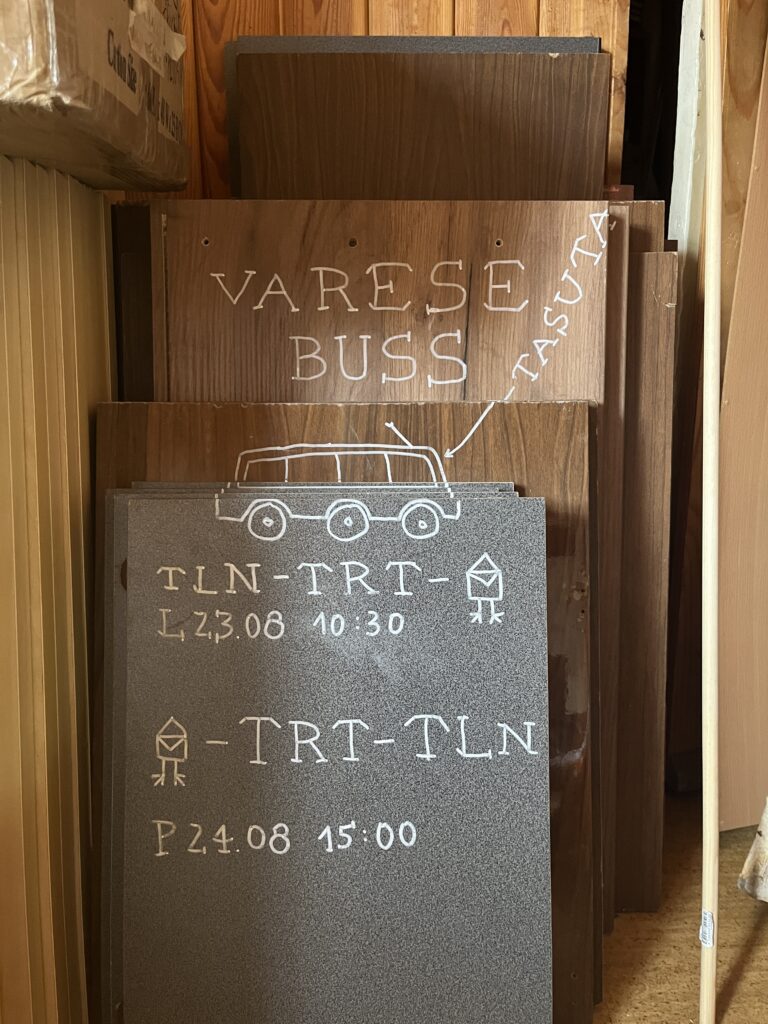
See you on August 23-24 in Valga! All friends and family are welcome!
Residency partners and supporters: European Culture Capital Tartu 2024, Estonian Culture Ministry, Estonian Culture Endowment, Valga county.
MEET THE RESIDENT: AIVAR TÕNSO
Aivar Tõnso is a musician, sound artist and curator of interdisciplinary cultural events. He has been involved in electronic music since the early 90s and has participated in projects such as Hüpnosaurus, Kismabande, Kulgurid and Ulmer. Having long wandered on the fringes of club music and the paths of experimental electronic music, in recent years he has worked mainly in the field of sound art, creating sound installations in site-specific environments and galleries. In one way or another, space and its creation through sounds are important in his work.
During the residency, he will continue his research in the field of material-based sound synthesis, using various physical materials to amplify and change the character of sounds. Aivar plans to address the issues related to the sculptural form of a speaker and the spatiality of sound associated with material-based sound synthesis, trying to relate to some unique space through the sound installation created in it using the speakers built during the residency.
MEET THE RESIDENTS: MIA MARIPUU AND STEPHANIE CELLIER
Stephanie Cellier (South Africa) and Mia Maripuu (Estonia) are architecture students whose paths crossed during their studies in the Bergen School of Architecture. Their previous collaborative project focused on wood waste – from construction, rehabilitation to deconstruction – where the material goes into energy recovery. They propose a more careful narrative, where materials are not so easily discarded but rather reimagined and repurposed.
The practice of reuse is largely possible because of the unnoticed and hidden spaces that hold and contain waste material. These are the big storage halls, shady sheds or the backsides of buildings, where material (un)intentionally accumulates. During the residency, Stephanie and Mia want to study storage spaces together with their contents, investigating ways to extend the lifespan of the material through reuse and preservation. Their working methods are explorative, guided by the environment and interactions with the community and professionals.
MEET THE RESIDENT: BEATE ZAVADSKA
Beāte Zavadska is an architect based between Brussels and Riga. Her quests into scenography, ceramics and architectural work reflect her interest in material flows, urban eco-systems and how these are influenced by contemporary living conditions and the dynamics of market economy. She is curious about urban waste environments and how people assign value to their surroundings – what we abandon, build, or choose to preserve.
During Beāte’s residency she will document private dwellings in Valga-Valka that bare signs of perpetual incompleteness or work-in-progress, to research slow building practices and the notion of finished-unfinished in architecture. She will observe the architectural gestures born out of ambiguous economic, social and incidental conditions. By recreating elements of these homes in small scale – as dwellings for animals – she will explore the potentials that can emerge from frozen building projects and slow construction process.
INVITATION: SUMMER GATHERING “LIQUID LANDSCAPES”
We’ve announced the full programme. Read more about each presenter in the posts below ↓ ↓ ↓
An interdisciplinary group of six arrived in Valga in early June. Their goal is to discover what shapes and sensations arise when attention shifts to the fleeting and fluid qualities of landscapes. Amidst Valga’s marshy fields, reservoir lakes and the network of waterways flowing above and below ground, they will examine maps and regulations, dig into soil, sculpt with water and subvert normative ways of moving through those landscapes.
As their month-long residency nears its end, we warmly invite you to join us for a three-day summer gathering. This event will feature presentations of the residents’ work, alongside lectures from guest speakers.
Bring a friend and a liquid.
PROGRAMME:
FRIDAY, June 27
15:00 Workshop “Speculative taxonomies” by Lissy Willberg. Registration needed, start/end: 57.7840792, 26.0619246
18:00 Opening of the landscape intervention by Zizi and Ejvind, @ Jaama pst 2
20:00 Lecture “Green or bare city” by Anna-Liisa Unt, Merle Karro-Kalberg, @ Supibasiilika, Riia 5
20:00-… VARES bar @ Supibasiilika, Riia 5
SATURDAY, June 28
14:30 Lecture “Body-space, it bodies space“ by Lissy Willberg @ Supibasiilika, Riia 5
16:00 Lecture “X in Flux” by Helmi Marie Langsepp @ Supibasiilika, Riia 5
17:30 Water game “Pebbles” by Katrīna Marta Riņķe @ near Valka’s Open Air Stage
21:00 Live act by Lissy Willberg @ Supibasiilika, Riia 5
23:00 Light installation and walk by zwikr studio, start @ Supibasiilika, Riia 5
SUNDAY, June 29
11:00 Brunch together @ VARES’ garden. Bring something to share!
Events are free and open to all.
The main gathering spot will be the inner courtyard of the former county government building next to the central square, as well as the Soup Basilica pavilion (Riia 5). All lectures and the evening bar event will take place there, and it also offers shelter in case of rain.
The rest of the programme is spread out across the twin town and takes place outdoors, so please check the weather forecast and dress accordingly. All locations are marked on the map (click on the photo).
The VARES house is now fully booked, so participants coming from farther away will need to arrange their own accommodation this time.
Partners and supporters: European Capital of Culture Tartu 2024, Estonian Ministry of Culture, Estonian Cultural Endowment, Valga municipality, Valka municipality, Showtech OÜ, TYPA, VeryBerry, Lidl Eesti OÜ.
MEET THE RESIDENT: ZIZI ADAMIA & EJVIND SPENCE
We are happy to welcome friends and colleagues Ejvind and Zizi to the Liquid Landscapes residency. Zizi, trained in architecture and visual arts in Tbilisi, explores the relationship between space, material and context, reimagining discarded or overlooked objects into new spatial narratives. Ejvind, with a background in landscape architecture from Copenhagen, brings a strong ecological perspective into his conceptual work – often expressed through photography, mapping and storytelling.
Together in Valga, they’ll explore the accessibility and perception of wetlands and water landscapes, experimenting with drawing, collecting, and site-specific spatial interventions that challenge the idea of wetlands as unstable or inaccessible.
Come and join the sharing event on June 27-29.
MEET THE RESIDENT: LISSY WILLBERG
Lissy Willberg is an artist, researcher, and lecturer specialising in performative arts. With a background in dance, they explore social and spatial dynamics through multimedia installations and performances based on participatory proposals. These site-specific constellations blur the boundaries between being, performing and participating.
At the core of Willberg’s work are texts that emerge as performance scripts, movement scores, exhibition manuals, song lyrics, research abstracts or essays. Currently, Willberg is moving-researching along (im)possible demarcations between nature, culture, and technology. Their projects explore the materialities of ways of relating and pursue questions of bodily, spatial, and social (dis)orientations. Willberg holds degrees from the Academy of Fine Arts Leipzig (2020) and the Dutch Art Institute (2022), and was part of the first Postnatural Independent Program (2023).
“Building on my ongoing work with swarm dynamics, spatial perception, and embodied (dis)orientations, I wish to develop site-specific, performative responses in and around Valga’s wetlands. Rather than approaching water as a resource, my project embraces it as a living, affective, and relational presence. A key outcome will be a performative walk that invites participants to attune to the fluid and shifting qualities of the landscape.
This approach is inspired by the decolonial perspectives of AM Kanngieser and Zoe Todd, especially their performance lecture Listening as Relation, which advocates for reciprocal, place-based listening and engagement with more-than-human worlds. Through artistic research, movement, and shared experience, my project offers a gentle invitation to rethink dominant spatial logics and to enter a new place not to define it, but to listen to how it wishes to be known.”
Lissy will contribute to the closing weekend with a trio of events:
Body-space, it bodies space – a hybrid lecture and movement workshop exploring how bodies shape and are shaped by space through disorientation, drifting, and embodied presence.
Speculative taxonomies – a sensorial field workshop that uses audio description as a poetic, relational method for encountering plants and place beyond scientific categorisation.
Tadpole studies (working title) – an evolving performative act-in-progress shaped by weather, electricity and intuition. Rooted in gesture and movement, it draws from early experiments with tadpole motion and the expressive language of arms and hands.
MEET THE RESIDENT: ZWIKR STUDIO
Meet the duo behind zwikr studio – Kateřina and Martin, an architect and a landscape architect who have joined our “Liquid Landscapes” group residency. After carrying out numerous projects for well-known offices in Basel, they decided to collaborate on projects at the interface of architecture, landscape architecture, and urban planning.
In addition to the first completed building, they have submitted several proposals for enhancing public space, including temporary installations in public areas. In parallel, Katerina is a teaching assistant at Uni Stuttgart and Martin is a teaching assistant at ETH Zurich. They also write articles for various magazines, particularly for the online blog Architektur Basel.
During our stay at VARES, we would like to understand and question the influence of administrative rules on the development and design of the different shorelines and urban development. We plan to collect information about the waterbodies, maybe seen but sometimes also hidden, found on the site and to understand them. Our exploration occurs in the studio and mainly on site, where the public is always welcome to join the discussions. We will move along the water with tools that allow us to explore the quality of the different places. The two main characters of our research are the Varžupīte / Konnaoja river and Pedeli river. The first one, smaller and less visible, is the geographical division line of Estonia and Latvia, which also cuts the city of Valga in two. Nowadays, as the town starts to reunite, the larger and stronger river is becoming the spine of this project and is undergoing a larger transformation to become a reuniting space.
MEET THE RESIDENT: KATRĪNA MARTA RIŅĶE
Katrīna (b. 1997, Cēsis) holds both a bachelor’s and master’s degree in visual arts from the Royal Academy of Fine Arts (KASK) in Ghent, Belgium. Her work unfolds at the intersection of technology, landscape, and materiality, where the fluidity of water and the ever-changing nature of the land are quietly humming the tales of time. She explores the delicate ways in which time, human presence, and organic processes shape the world we inhabit, using alternative photographic techniques and experimental installations to capture these fleeting moments.
In this search for meaning, she aims to create spaces where stillness and motion coexist, where the visible and invisible can be felt. Alongside her artistic practice, she is a co-founder of entropy.press, a space where artist books are not just published, but born—woven with the intention to tell stories that echo long after the pages are turned.
For the VARES residency, she is proposing a project that researches the links between water, image-making, and impermanence in Valga. Her work seeks to capture the fluid, evolving nature of the landscape—where water and land speak in quiet, shifting rhythms. Through analog and experimental photography, she will create handmade emulsions developed using river water, letting the landscape shape its own reflection. Ephemeral installations, light, drawings or sculptures will respond to the ever-changing flow of Valga’s waterways, uncovering what is often overlooked. Community engagement in her work will form the heart of the project, as I gather stories, oral histories—immaterial heritage—, and materials, together with beings—who stomp and move above it—interacting with Earth’s crust’s (lithosphere) layers. This project is an extension of her artistic practice, where landscapes unfold as living, evolving narratives, seen through the lens of a visual artist.
The “Liquid Landscapes” closing event on June 27—29 will showcase the results—whether through an open studio, a workshop, or a site-responsive installation. The format will grow alongside the project, inherently, just as water shapes its surroundings.
INVITATION: LECTURE “X IN FLUX” BY HELMI MARIE LANGSEPP
Let the component of change be denoted by x, without seeking a fixed value for the unknown, but rather searching for its place in the urban space. — How could the transient forms be purposefully used in the city?
The discussion will cover possible approaches and techniques in spatial planning that allow the variable x to remain in flux. The talk will also touch upon poetry and the paradox of a method that employs finiteness as an approach to the infinite.
The presentation is based on an ongoing doctoral dissertation on the topic of impermanent architecture.
Helmi Marie is an architect and an early stage researcher at Tallinn University of Technology, where she focuses her research on seasonal architectural solutions in High Arctic settlements. She is the founder of Lee Ell, a studio dedicated to experimental architecture, and the chief editor of Space Choreography.
The lecture will take place as part of the closing event of the “Liquid Landscapes” residency, which will happen on June 27-29.
INVITATION: LECTURE “BARE OR GREEN CITY”
Karin Bachmann, Merle Karro-Kalberg, and Anna-Liisa Unt all studied landscape architecture at the Estonian University of Life Sciences (formerly the Estonian Agricultural University). In addition to that, Karin holds a master’s degree in urban studies from the Estonian Academy of Arts, while Merle specialised further in urban landscapes. Anna-Liisa has broadened her academic experience through undergraduate studies at the Swedish University of Agricultural Sciences and doctoral studies at the Edinburgh College of Art.
All three have taught at the Estonian University of Life Sciences at different times, as well as at other higher education institutions that focus on spatial design.
Together, they founded ÕU in 2009 – a pioneering journal dedicated to landscape architecture in Estonia. They also regularly contribute articles to other publications, host public discussions, and curate exhibitions. Currently, they are co-leading the project Curated Biodiversity, developed as part of the European Capital of Culture Tartu 2024 programme.
On June 27 at 8 pm, they will speak in Valga about their experiences in shaping urban landscapes.
INVITATION: COLLECTIVE WORKDAY AT KREISIHOONE
VARES invites you to a community workday at the Kreisihoone courtyard!
Everyone in Valga and Valka is welcome to join us on May 29th at Kreisihoone as we kick off the courtyard cleanup and start planning for the summer season. There’s something for every kind of helping hand – from sawing, painting and planting, to hauling things around, solving some creative layout challenges, and just hanging out in between. And of course, there’ll be soup!
We’re not just looking for extra hands – we’d love to hear your ideas too. If you’ve been thinking about running a pop-up café or soup kitchen, organizing concerts or other cool events at Kreisihoone this summer, come share your thoughts!
Work gloves are a good idea to bring along.
Riia 5, right by Valga’s central square
OPEN CALL FOR RESIDENCY: MATERIAL PURGATORY. LIFE AFTER DEMOLITION →CLOSED!
→ Residency period: July 7 – August 24, 2025
→ Public closing event: August 22-24
→ Stipend + travel support + production budget available
→ Application deadline: May 12, 2025
We thank all applicants for their interest and dedicated time! The July and August residents are: Kēta Elizabete Siliņa, Beāte Zavadska, Mia Maripuu & Stephanie Celliers and Aivar Tõnso. The final event of the residency will take place on August 22-24, everyone is welcome to join us!
Valga Architecture Residency invites researchers, architects and crafty creators to apply for our summer group residency “Material Purgatory: Life after demolition”. The residency focuses on finding new opportunities for retired materials that have been forgotten in the purgatory of the shed for decades.
VARES summer residency focuses on materials that have been left in the back of the garden, forgotten in the urban environment or already abandoned in the local dump. Roof tiles, floorboards, old windows, demolished office furniture, piles of fabric strips, bathroom tiles or dodgy composite materials that have been gathering dust in the shed, attic or basement, waiting for its fate to be decided: either to be used or thrown out. Material piles, where there is not enough stuff for starting a new project, but enough to not be thrown out.
For the residency we are searching for proposals that ask questions how bits of materials can be (re)used; how and what kind materials should be collected and store; how to adapt existing systems of construction, that would favor the use of local, already existing materials; how to influence aesthetic choices, that would promote used materials over virgin materials; who to lessen material greed and overconsumption in the building industry?
For the two month long residency we are open to proposals that might be spatial interventions, urban installations, in depth material research, mapping of societal and cultural material preferences, documenting people’s material storages etc. We invite the residents to use VARES’s old materials’s storage, which is growing from one end and shrinking at the other. We expect material flexibility in proposals that take into account the available materials that can be found in the VARES shed or around Valga municipality.
For spatial and urban interventions and installations we want to know the clear afterlife of the project: for whom is it built for, who and how will it be taken care of after the resident leaves, and the expected lifespan for the piece?
Who are we looking for?
The call is open to all whose work and mindset align with the philosophy of the residency and the “Material Purgatory” theme. A sensitive and sustainable approach to materials and the environment forms the foundation, from which we encourage residents to work on projects driven by personal interest and ardor, across various media and scales: from reinventing daily routines, to the imaginative rethinking of everyday spaces and objects, urban interventions, speculative utopias and social critique – from art to scientific research. We welcome professionals and students, writers and thinkers, practitioners and theorists.
Closing event
The one-month residency will culminate in a public weekend from August 22 to August 24, featuring lectures, seminars, short workshops, walks, and more. We expect residents to publicly share their summary or interpretation of the residency period in their preferred format (lecture, publication, exhibition, installation, workshop, performance, open studio etc.).
Practicalities
The residency period is July 7 to August 24, 2025, with a public closing event and sharing taking place from August 22-24, 2025.
The open call is available for both individuals and groups to apply.
The residency offers accommodation and basic workshop options within the residency building, with more specific workshop conditions available in Valga that will be organised according to the residents’ needs.
The VARES residency is situated approximately 3.5 hours from Tallinn by train and 2.5 hours from Riga. The building is 400 metres from the Latvian border and 5 minutes by foot from the Valga town centre. The residency offers a couple of bikes as means of transport around the town and additional engine assistance can be arranged (vans, cars etc.).
How to apply?
If you wish to participate in the residency, please fill out a form.
In the application from we ask for the following information about the proposal:
- Your CV (and portfolio if available, PDF format only, max 25 MB)
- Statement of interest: a motivation letter and/or a rough action plan, visual material or project description for the residency period, and connection to the proposed theme (max 25 MB, PDF only)
The deadline for applications is May 12, 2025 23:59 Estonian time. We only accept applications that have been sent through the registration form. Applications sent to our email will not be taken into consideration.
If you have any questions, please send it to info@vares.space
The selection will be made by VARES curators (Ulla Alla, Merilin Kaup, Mari Möldre, Margus Tammik) and the results will be published on our website by May 19, 2025.
OPEN CALL FOR RESIDENCY: LIQUID LANDSCAPES →CLOSED!
→ Residency period: May 27 – June 30, 2025
→ Application deadline: March 30, 2025
→ Stipend, travel support and production budget available
→ Public closing event on June 27-29
We received nearly 90 exciting applications for the “Liquid Landscapes” residency call. Many thanks to all applicants for their interest and dedicated time! We are pleased to announce five residents who will be working in Valga during June, each interpreting the theme in their own way. They are: Katrina Rinke, Kateřina Krupičková & Martin Zwahlen (zwikr studio), Zizi Adamia and Lissy Willberg. The residency will culminate in a public event on June 27-29, where our residents and invited guests will share their discoveries about precarious landscapes. Everyone is welcome to join us this long weekend after Midsummer!
THE CALL:
VARES invites (landscape) architects, ecologists, artists, engineers, inventors and other spatial practitioners with an interest in the ambiguous and changing boundary between water and land to apply for the early summer residency.
Valga is a town shaped by various types of wetlands, squelching, sinking, unstable and liquid surfaces, and a variety of water body typologies—wetlands, rivers, streams, ditches, bogs, springs, reservoirs, and fountains.
Water is an unstable element that keeps landscapes in constant change. It falls from the sky, flows from stream to river, presses the air out of the earth, makes the ground beneath us soggy, or evaporates intthe air. The springtime streams, swollen with water, recede by midsummer into network of veins buried under the grass.
Banks and wetlands are biodiverse ecosystems where old frogs and toads meet nymphs, fairies, wanderers, adventurous children, and teenagers sneaking their first smoke. These places don’t need to be tamed, drained, or funneled into pipes as a nuisance, but rather transformed into an enriching part of everyday urban life.
How can we bring people closer to water? How can we transform the soft, squelching land in urban spaces into something that is not a burden, but a charm? How can we reimagine the boundary between land and water, and embrace the unpredictability of both?
We invite everyone to explore this theme in their own way. Over the course of the one-month residency, we encourage residents to work on architectural or landscape interventions, installations, ecosystem enhancements, site-specific art, research, performances, or playful explorations of water’s journey from sky to earth.
Who are we looking for?
The call is open to all whose work and mindset align with the philosophy of the residency and the “Liquid Landscapes” theme. A sensitive and sustainable approach to materials and the environment forms the foundation, from which we encourage residents to work on projects driven by personal interest and ardor, across various media and scales: from reinventing daily routines, to the imaginative rethinking of everyday spaces and objects, urban interventions, speculative utopias and social critique – from art to scientific research. We welcome professionals and students, writers and thinkers, practitioners and theorists.
Closing event
The one-month residency will culminate in a public weekend from June 27 to June 30, featuring lectures, seminars, short workshops, walks, and more. We expect residents to publicly share their summary or interpretation of the residency period in their preferred format (lecture, publication, exhibition, installation, workshop, performance, open studio etc.).
About VARES and Valga
VARES is an international interdisciplinary residency for spatial practice, whose main task is to seek, find and create alternative spatial practices that are not based on market logic, but rather on the desire to create spaces and places that enrich everyday life, empower the local community and town of Valga.
“Liquid Landscapes” residency is part of a broader, ongoing initiative by VARES dedicated to the relationship between water and urban space. It is, among other things, an effort to contribute to the shaping of Valga’s identity by influencing and empowering the town’s existing landscape and its perception. This initiative began last year when we organised a vision competition for the opening of the Pipraoja (Pepper stream), which is channeled through a pipe beneath Valga’s city center.
Practicalities
The residency period is May 27 to June 30, 2025, with a public closing event and sharing taking place on the last weekend of June.
The open call is available for both individuals and groups to apply.
The residency offers accommodation and basic workshop options within the residency building, with more specific workshop conditions available in Valga that will be organised according to the residents’ needs.
The VARES residency is situated approximately 3.5 hours from Tallinn by train and 2.5 hours from Riga. The building is 400 metres from the Latvian border and 5 minutes by foot from the Valga town centre. The residency offers a couple of bikes as means of transport around the town and additional engine assistance can be arranged (vans, cars etc.).
How to apply?
If you wish to participate in the residency, please send us the following:
→ Your CV (and portfolio if available, pdf, max 25 MB)
→ Statement of interest in your preferred format: motivation letter and/or a rough action plan, visual material or project description for the residency period, and connection to the proposed theme (max 25 MB)
The deadline for applications is March 30, 2025. Please send your application to the email address info@vares.space, with the subject line “Liquid Landscapes your name.”
The selection will be made by VARES curators (Ulla Alla, Merilin Kaup, Mari Möldre, Margus Tammik) and the results will be published on our website by April 7, 2025.
ONE YEAR OF VARES
This February marks VARES’s first full year of existence. We received an award from Valga Municipality for our contribution to the local community. We are grateful that Valga has welcomed us well and a big thank you to all our residents, supporters, volunteers and guests!
INTERVIEW: DARK MATTERS
We spoke with architect, photographer, and researcher Élisabeth de Bézenac during our winter school at the darkest time of the year. The conversation was about her nocturnal journeys to various parts of the world and the resulting handbook for designing cities in the nocturnal space-time, as well as the different effects that pushing back darkness has on our perception of the world. The interview was firstly published in the Estonian cultural newspaper “Sirp”.
In the coming days you will defend your doctoral thesis, after five years of research. You have stayed up until early hours countless times, explored the night and captured many facets of nighttime experiences. What are your dearest conclusions or overall discoveries from those nocturnal expeditions?
I think every nightwatcher very quickly discovers that the night is not a fixed thing. It’s an everchanging environment, always experienced in relation to a specific time and place. It’s a special place that can only really be understood by being there, not in satellite views, plans or charts. It’s something that you have to go into to come to know and capture.
One thing I cherish about being in the night is that you get more connected to your own senses, to what you feel and what you imagine, rather than what you think. “Seeing the night” is not passive, it’s done with the whole moving body, while drawing on prior experience and knowledge. It’s trippy, it’s magical, it’s different. So, you are attentive to yourself and to the world at that time, and in this interaction, you get to understand new things about both. Which is why it’s so important, particularly for urban planners and architects, to actually go and spend time in their site after dark, because one can’t anticipate what happens at night in the same way as you could during the daytime. Well, you can’t really either, but slightly more so.
You have suggested that the urban night should be darker. How has the night changed over history?
For our ancestors, not even our grandparents, but further, further back, the night landscape was almost off-limits. Around the 19th century, the first public gas lighting arrived, and this radically changed our relation to the city. Before, people turned towards the domestic space after dark. Street lighting opened the possibility for the public space to be inhabited at night, and this gave rise to a whole new range of urban typologies. That’s how we started this idea of having a “nightlife”. These new things were operas, cabarets, bars etc…new activities but also new forms of social distinction. Rich people would do certain things at night, and others, other things, like nightwork for exemple.
Sleep habits also changed. In the pre-modern times in Europe, there were more segmented sleep patterns. This is wonderfully described by historian Roger Ekirch. People used to go to bed at sunset, and then wake up at 3 or 4 in the morning for a few hours. They’d do all sorts of things like pray, get together, tell stories, eat or have sex etc. Then they would go back to sleep until sunrise. Also, people would pay more attention to their dreams. These were valued as a privileged insight to access to other dimensions of the human mind. These things were lost in the industrial period, and sleep adapted to the production process. Uniformisation of people’s sleep habits and leisure time allowed for more efficiency.
Artificial lights changed the way we consider the night, because now we think we can inhabit the night as if it were the day. As we lose the contrast between light and dark, we also lose this special, and primordial, nocturnal time where we live out the second part of our cycle. In short, we could say that daytime is for society, for doing what it takes to make a living, but the night is for the individual, for dreaming, learning, making deeper social interactions, for resting and for letting life rebalance itself.
How does the disappearance of darkness and the loss of starry night affect the way humans experience the world?
I really like this idea from Anne Cauquelin in her book “La ville la nuit” (The City at Night), that the night is a forest and the day is a city. In the forest we have access to “secrets about life”.
A city is like a kind of canyon, or constructed valley, where we are walled off, disconnected from the environment in which our cities are built. But after dark, these borders and edges disappear. As a remnant of our grounded, cosmological condition, darkness brings the natural environment back inside the city. It’s something that we can’t fully control. It comes with an awareness of what is beyond the commodified city. The night sky brings the whole universe into our mundane horizons. We used to be really focused on stars and how they would impact us, and the moon and all. It helped us define our place and role in the cosmos and our position in the human and non-human world. It makes us take a step back from our everyday lives. I think humans need to have some access to some kind of infinity. Otherwise I think we get sick. Our eyes are always obstructed, ears always saturated…. When you live in a city, well, if there are dark spaces, and places to gather at dusk or to watch the sunrise, you suddenly are projected outside of the city, ejected from ordinary life, floating in the uncertain atmosphere, in the deep space of the mind.
How does the loss of dark nights influence non-humans and the environment around us?
I’m really not qualified to answer this from a scientific perspective. This is studied, though only quite recently, in so many different disciplines like neuroscience, physiology, biology, environmental, cultural studies etc. Together, an emerging ‘science of the night,’ is beginning to show how powerfully the world is shaped by circadian rhymes and how light and dark trigger the basic biological mechanisms. I don’t think we realise how important it is, actually. I look at it from a slightly different perspective, considering the loss of darkness as a massive impoverishment of the quality and diversity of the nocturnal human experience. This fundamental passage that helps us regulate our life, loses a lot of its potency.
In your theses you write about fireflies, their disappearance and the loss of flickering lights. Would you explain that train of thought?
In my thesis I was writing about it in a metaphorical sense, based on a text by Pasolini, who was saying that the saddest thing wasn’t the fireflies disappearing but the fading memory of these. He was saying that a young person looking into an old person’s eyes, just wouldn’t be able to connect anymore because they didn’t share the same reality. It was an analogy about how modern society has been cut off from traditional ways of living; we broke ties with something potentially very important to us. The darker, real night, is not valued because it is not useful, or productive, in modern terms.
One could say that homogenisation is affecting most aspects of life – including the night which is starting to look more alike in different places of the world. But which are some of the most memorable or unusual nocturnal experiences from around the world? Can you think of a place where light is used differently or darkness is inhabited in a distinct way?
There’s something I really loved in Zambia, a place where the darkness can get really thick, charged with mosquitoes, other insects, strange noises, scary things and where it is so dark it becomes painful to the eyes – this a really random example of a use of artificial light. So for a few days in the year there are these giant ants that have temporary wings and swarm everywhere madly looking to mate. They flock around lights and are known for being very delicious. So often, what children do is that they construct little light traps and compete to see who will gather the most ants. They really like them fried up.
In Mumbai it’s more of a use of darkness. Millions of people are piled up together in this overcrowded peninsula. Few have the time and money to commute, so many just stay there, and keep on being super productive. They work hard, but at night, because of darkness, they can craft some domestic bubbles into the public space. They live there, in informal ways. This creates an environment at the human scale that alleviates some of the troubles of living in such an overloaded urban metabolism. So the night is really an opportunity. It has potential for a turnover of spaces and activities. I mean, in Mumbai, the different use of spaces between day and night is basically what allows the megacity to survive.
It seems like in places where public infrastructures are lacking, such as Mumbai, lighting up is much more up to the people, whereas in most western cities where everything is lit, this realm is controlled mainly by regulations and standards..
Yes, in Mumbai there’s a deficiency of public lighting and no consistent lighting scheme. Rich neighbourhoods may be more illuminated, and in slummy areas, people create their own lighting with whatever technology they can find, from street fires to cheap LED devices. So in a way, the apparent failure of public authorities gives more power to people, because if you think of it, in western cities, nobody ever asks us about light. People are always telling me stories about the pain of having to live with a lamppost in front of their bedroom window. Who gets to decide? I think this is a really important question. Light is powerful. It can be blinding, intrusive, defiant…., highly political and symbolic, yet the matter never enters the democratic process. We are living in overlit spaces that we haven’t agreed to and that we don’t even see as a problem, and many of us are pretty much deprived of the real night experience.
If you look at how people light their own spaces and practices, like now we can see all these Christmas lights, it’s actually the more individual, informal lighting that creates the quality and the diversity of a city at night. I’ve discovered in many places that the way people light up for themselves, this is probably the best way possible to do it. I’m not saying there should be no regulation, but I believe that access to the natural darkness of the night is a fundamental right for living creatures, and that lighting should be talked about, subject to individual and collective choices.
One of the main contributions of your thesis was to create a framework for embedding the night site within urban planning discussions and scenarios. You proposed a handbook for rethinking public spaces in nocturnal conditions to be used in urban design practice or architectural training. What are your first recommendations for spatial practitioners interested in working with nighttime places?
Of course there is Dark Sky International, the pioneering and most active advocates against light pollution. Their website explains many technical things that can be done, like covering lamps, using a red/warmer colour spectrum, less harmful to insects than blue, hiding light sources to avoid glares, using reflected light etc. But there is a whole new night design vocabulary to invent, beyond lighting technology. I spoke to light designers, asking them how they start a project. If they’re good, they try to get the current lights off, go out with a flashlight and explore what they want to reveal about the city, something that cannot be seen in the daytime. We can question what night story to tell about this place? It’s all about contextualising lighting in a given geographical, dynamic, material and cultural environment.
I guess my main recommendation would be to go and see what the night is like. And to keep in mind that it is always changing with seasons, climatic conditions, events etc. Like we see here how much the snow and presence of water and/or clouds multiplies the amount of light in the night. It is important to observe how different materials react to darkness and light in nocturnal conditions. These are things I’ve been trying to demonstrate through photographic inventories of different types of lights and shadows, and how these change places.
What are the different material aspects that can be considered when designing urban night, apart from the light sources themselves?
An example quickly comes to mind, when I was in the Lake District in the UK, about as wild as it gets there. It was super dark and I had no torchlight. I was trying to get to the lake for a nightswim and was desperately looking for the path. As my eyes were adjusting, the path suddenly became clear, not because it was fenced up, but because farmers had mowed the fields except for around the path, and some white flowers were left as kind of bioluminescent markers, allowing me to easily find my way.
Similarly, in the Netherlands I think there are cycle roads where they put little crystal things that glow in the dark, just on the path because that’s what we need to orient ourselves in the dark. We need to know what is under our feet. Darkness is dangerous, it’s not a cosy place, it’s hard, and we need to always be aware of that.
I also learned a lot by looking in churches, especially Orthodox churches, that are very dark, like in Armenia or Israel. These places are made to be appreciated in candlelight. In Greece, you have these silver engravings that live in the dark corners of the church. Flickering lights, shiny things, are sometimes very subtly mastered for super low light conditions. I took loads of photos of these things, that just shimmer in the distance, and then you know what’s there and you’re not scared anymore. So yeah, there are many things to do that are reassuring, that help the nightwalker sense the space. I made photographic lists of ways to ‘light without light’, by using water, reflections, borrowed light, filters…
Just like some municipalities organise car free days annually, should we also have illumination free nights from time to time? Turn off all the lights, restore the tabula rasa and see what total darkness feels like?
It will come as no surprise that I think it would be a great idea. In the recent years there’s been movement in this direction, not quite so radical unfortunately. Cities like Paris have massively reduced their lighting, and in France many towns now switch off street lights at 11PM. In the village where my parents live, a lot of people were complaining about this. They were like, oh no, these stupid green people are putting us all in danger, but after a while people started actually enjoying it. It takes some adjustment and mediation. Maybe that is part of our role as architects, to help people move from fear of darkness to a kind of embracement of the night and understanding the added value it brings to urban life.
I don’t think it’s right to impose pure darkness onto people just like that. It’s not even really about darkness, but about letting the night be the niht, and for this, people must understand that the night is essential to us. We must try to capture and communicate this. As long as people don’t get it, then it’s just a silly policy confrontation of light vs darkness, which it’s really not what we’re aiming at here.
On a personal note, I was really scared of the dark until my teenage friend in Indonesia, who was always nightwalking, took me out on my first walks. This initiation was crucial to me. I had to be guided into the night to see its potential, before going out to make my own discoveries.
In Estonia this discourse is still very much tied to the issues of safety. Is darkness becoming a kind of luxury nowadays, that only really safe cities can afford?
Yes, totally. If there’s a crime somewhere… Oh, let’s just put loads of light in that spot. So, in shitty, neglected areas of town, we can often end up with blinding, glaring, absolutely demented and involuntary lighting schemes. This contributes to the feeling of hostility. Cosy, warm, sensuous lights may appear in neighbourhoods where everything is alright. But if we would actually extend this more ‘domestic’ approach to the infamous areas, and put some care into the way we light things, we’d contribute to making the urban night less hostile, and this would bring more people into the public space after dark, which, after all, is the most efficient way to reduce crime. What authorities struggle to realise is that it’s not the number of lamps and amount of lumens that counts, it’s about what it lit, and how light creates a place. At the end of the day, the night places people often love most are often quite dimly lit.
You have mentioned that the regulations, standards, lighting guides mostly deal with technical and easily measurable aspects, and sometimes we seem to treat lightning as it was sewage pipes or something like that. How do you feel about that technocratic approach?
The question is always, what are they basing their measures on? When you start looking at this, you realise how arbitrary and disconnected these regulations really are. Geographer Casper Laing Ebbensgaard does some really interesting research precisely on this subject. There’s some other fascinating studies in anthropology or even in archaeology, looking at different types of light and what it means to us. It’s about the social, cultural and spiritual meanings of light that we rarely take in account. Just as an example, we could take candlelight, a light that vacillates, a living light, hence its many religious and cultural connotations. When you put a candle on a table, it also marks an intimate social space. When you see a face lit by a candle, it means you’re close to the person. And then, you know, something happens to your eyes and your pupils, which is why candles are also related to a romantic thing (because when you’re in love, your pupils are supposed to get bigger or something).
Another thing we could consider is the dynamic nature and changing position of natural light. So the sun rises and in the midday the light is over our heads. As the evening falls, the light goes down, then it comes up from the ground because we make fires. We’ve evolved doing this, so when we go into our bedrooms or evening living spaces, we tend to prefer lower lights, as this is a more natural position for this time of day. But then why do we not have these in urban spaces? We light up our streets from above. Low lights make their appearance in the city when light designers come in, or even better, when people are free to make their own lighting.
So this kind of consideration of lighting is quite present in the domestic space. What about public space?
Stage designers sculpt light to create atmospheres and to bring out a particular drama. But this is not done in the urban space. We tend to imagine urban lighting as lampposts planted every 10 metres or so, across the whole urban network, with the underlying desire of total coverage. To this, we can add advertisement signs, projecting random visual shouts in the environment. Like in the book Learning from Las Vegas, where architecture is reduced to some kind of screen or medium for mass media.
A light designer, Kerem Asfuroglu, made this really cool umbrella with little solar panels on top of it. These were connected to LED strips under the umbrella, in a way that when you walk under a source of light that was really strong, the LEDs would illuminate up the face of the person holding it. We were in central London, Oxford Circus, where it’s super lit, Times Square style. Walking through the city with that device, you start noticing not only the crazy amount of light, but also what the light says. It’s beyond light pollution, it’s like ‘media pollution’. I don’t know what to call it, but you’re being forced to adhere to all these prompts telling you what to do, buy, eat, love, be… and that we are still all subject to this worn out idea of progress.
Yeah, it’s like a cognitive pollution, like putting all sorts of ideas into your head that you don’t want to think about but then you are already thinking about it.
Cognitive pollution, I think that’s a nice way of defining it. This is quite present in ‘downtown’ Tallinn.
And then also I think you kind of might get a habit to ignore everything around you because you’re bombarded with so much info and messages that you just get accustomed to not paying attention at all.
Yes, we close ourselves off from the world because we’re being bothered all the time. When you observe the night in rural environments, you become much more aware of place, time, others and yourself, with a completely new kind of awareness. You actually begin to look because you’re seeking for information instead of trying to protect yourself from it. This makes you be in the landscape very differently.
What is your impression of Tallinn? How would you compare it to other places?
My experience of Tallinn is very much filtered by the experience of the students from EKA, when I did the seminar with Eik Hermann we called “Conspiring with Darkness”. I think what came out of this experiment was how hard it was to actually find darkness in and around the city, even in this dark time of the year. The students felt how tragic it was to not have access to the night. One group looked more precisely at the historical town. They realised that in order to preserve an ‘atmosphere’ of the past, in the same way as we preserve old buildings, then technically it should be dark in the old town. But there’s these blaring lights everywhere. When we speak of cultural heritage spaces, the night should be part of the conversation.
In other parts of the city, it’s the big signs again. I think Tallinn is really horribly lit. I mean, there’s so much light and so little consideration of the quality of light. The massive seasonal changes that the city is subjected to are not taken into account at all. As I mentioned previously, the snow really reverberates light and charges the sky with a constant grey glow. It’s particularly exhausting to walk at night here. And I feel it. Light and dark really make the world different.
How are you planning to continue your work and research? What are your current obsessions, aspects of darkness and night that excite you the most?
Lots of things I’d like to do. I was telling you about this ‘atlas of night atmospheres’ that I’m making. I’ve looked at the night through my own eyes and experiences. But now I would like to help build an open research space to bring together different voices of the night, combining scientific, artistic, social perspectives and more. Because I think we really need to join our efforts to highlight the potentials of the night into urban design/ architectural practices and curricula.
I’m also personally quite obsessed with investigating different times of the night, like what happens in a city between 2.30 to 4.30 in the morning, when there’s this social void, where suicide rates spike and one may find himself desolate in the dead of night. Where do we have to go at these times, besides our digital spaces, often inaccessible and unsatisfying? I would like to work with architects to explore new public infrastructures for these hours. This is something we started experimenting with Piibe Kolka and Natalie Marr in our installation (“Ma kajan”) for the “Who Claims the Night” exhibition, at ERM. We imagined a kind of public bedroom, linked to an interactive jukebox and collaborative late-night radio station.
Dusk and dawn, and how these spectacular moments can be celebrated in the city spaces is also something I wish to work on. There are so many ways I could take from here. But definitely, I want to deal with this matter for the rest of my life. There’s a lot to do here.
SPECIAL GALLERY: ÉLISABETH DE BÉZENAC’S PHOTO SERIES OF VALGA AT NIGHTTIME
We invited architect and researcher Élisabeth de Bézenac to participate in our winter school. Her interest lies in nocturnal environments, with photography being one of the tools she uses to explore and capture nighttime spaces. In addition to giving a lecture, Élisabeth spent the week capturing light-deprived situations on the streets of Valga. The beautiful photo series that emerged from this is now here.
GALLERY: WINTER SCHOOL EVENTS
December’s early days we hosted a winter school on darkness. We turned off the lights and welcomed the disappearance of light with Pablo Encinas Alonso’s guided workshop “Self-Darkness“, which culminated in a collective performative walk through the night-time twin town. In addition, two lectures were held by Élisabeth de Bézenac and Eik Hermann.
The workshop “Self-Darkness“ invited participants to explore the multifaceted nature of darkness through both collective and individual experiments. In the workshop, participants created their nocturnal doubles and body-centric spaces, placing them in the landscape to embody a dim alternative reality: an in-between space where ideas co-exist simultaneously and are open to interpretation by anybody who enters. The workshop made use of senses and other artistic tools, such as mapping and prototyping, to discover and influence the relationship between spatial practices and darkness.
The workshop culminated in a collective performative walk through the night-time urban space of Valga/Valka. The figures created by Džesika Petere, Justine Fruytier, Liene Lintere, Nefeli Gioti, Otilija Ieva Končiūtė, Sergei Saprykin, Ints Menģelis and Anastassija Malkova during the winter school reflected both personal and urban darkness.
Élisabeth de Bézenac and Eik Hermann gave two contemplative lectures.
Architect and researcher Élisabeth de Bézenac presented her Atlas of Night Visions in her lecture – the result of five years of nocturnal expeditions to various night-time environments around the world. The Atlas consists of photographic essays that attempt to capture and explore the many facets of night-time experience. Élisabeth took us on a visual journey through different nocturnal cultures and practices, from Mumbai to the island of Kythera, South African nature reserves, cave churches and many other locations.
After the lecture, we had a small interview with Élisabeth on the values of nocturnal environments, which, by all expectations, will be published in the next Sirp issue. Additionally, Élisabeth photographed both the night-time border town of Valga and the activities of the workshops throughout the week, and this photo series is available here.
Philosopher Eik Hermann offered insights into the symbolic meanings of light and darkness and helped us find value in the dim and the elusive. Eik is also working as the editor-in-chief of Ehistuskunst, preparing the next issue of the journal, which will focus on the relationship between the winter darkness here and urban space. We’ll keep an eye on that.
GALLERY: SWIMMING FURNITURE “BRICKSTER”
A little throwback to September when it was still warm and VARES was hosting a group of architects who call themselves “stuudio kollektiiv”: Mia Martina Peil, Katariina Mustasaar, Eneli Kleemann, Lill Volmer, Marie Anette Veesaar, Anna Riin Velner ja Saskia Epp Lõhmus.
Stuudio kollektiiv came to the residency to follow up on their ongoing mission and principles – to look deeper into the potential of building material waste and leftovers. While doing that they focus on the possibilities of reuse and circularity of that given material in architecture. Previously, they have turned their findings into small public structures like “Living room street” and “Straw Chapel” in Tallinn and now, “Brickster” in Valga.
In order to find what they need to build their playful and practical intervention on the Pedeli river bank, they scavenged the waste plants and demolition sites throughout the whole September in the Estonian-Latvian borderlands. To erect the unusual brick walls they invited the masonry students from the local vocational school. Even today, the place can already be used for winter swimming but will be given the final touch in spring with some additional details, such as handrail.
Brickster is the third one in the row of urban installations built by the residents of VARES. Born in the magical spot by the river during the shortening days of September, it will hopefully not be the last one around the area. If the site becomes more popular, we hope to add to that already so cosy spot.
We hereby want to thank all of the support:
Valga municipality
Stuudio kollektiiv
European Capital of Culture Tartu2024
Estonian Ministry of Culture
Estonian Culture Endownment
The Vocational School of Valga and teacher Paul Pääso with his students
Marico metall OÜ (Valga waste treatment plant)
OÜ Fremad
Photos are by Lill Volmer and VARES
GALLERY: SUPIBASIILIKA BY CONSTRUCTLAB
How to create warmth in cold public spaces?
This was the self-imposed question and challenge brought by a six-member group from the architecture and design network ConstructLab to the town of Valga in November. The result was the creation of the Soup Basilica (Supibasiilika), a small glasshouse situated near Valga’s central square. The glasshouse was built with the intention of being handed over for use by local enthusiasts.
Supibasiilika is a communal space resembling a basilica-shaped greenhouse. Using the building’s transparent glass walls, the project fostered an open and inviting atmosphere, enabling a seamless exchange between the inside and the outside. At the heart of the space, a stove was installed, providing warmth and serving as a central cooking station.
Arriving in Estonia in November inspired ConstructLab members to create a warm place to gather. The entire project revolved around a wood-fired stove, which we used daily to make soup for the community while simultaneously building the space. The construction site was located on Valga’s main square, and every day at 12:00, we rang the bell of our self-made bell tower to invite local passersby to join us, share meals, and connect.
Soup became not only a way to nourish but also to communicate our purpose and anchor the building in the local community.
« When you’re eating soup with a group of people and you eat and cook for multiple days, everyones’ soup-character is revealed. »
Supibasiilika was supported by the German Embassy in Tallinn and by the Estonian Ministry of Culture.
MEET THE RESIDENT: CONSTRUCTLAB
Constructlab is an international design-build network that brings together architectural concepts and construction. While breaking with traditional divisions of labor, the organization engages a team of multi-talented designer-builders – as well as sociologists, urban planners, graphic designers, curators, educators and web developers – who carry the creative process from the drawing board to the field. Their shared vision of a collaborative way of working combines the creative with the practical, the thinking with the doing.
Constructlab has numerous members across Europe, six of whom visited us in Valga.
Juul Prinsen – a river mermaid from the Netherlands; Lucas Devolder – a flying plumber from Belgium; Sophie Netzer – a performative builder of floating and non floating installations from Germany; Emma Ribbens – a playful Otter imitator from Belgium; Daniel – an oven master from Germany; Alex – a funny guy who drives around with his screwdriver from France.
INVITATION: OPEN LECTURES ON DARKNESS
We welcome you to join the open lectures of our winter school on darkness. On December 5 and 7, architect and researcher Élisabeth de Bézenac and philosopher Eik Hermann will present their findings related to the topic.
At the beginning of December, VARES will host its first winter school, centered around the theme of the darkness, characteristic to our latitude. We will explore the various forms of darkness, delve into its both alluring and daunting aspects in urban as well as personal spaces, and examine the loss of darkness and the increasing impact of over-illumination on humans and the rest of nature. Alongside a workshop led by Pablo Encinas Alonso, the darkish program includes lectures, discussions, and experiments with everyday life.
The winter school is open only to participants selected through a public competition. However, it will include two public lectures that are open to everyone.
Élisabeth de Bézenac is an architect and researcher who uses photography as a means of investigating the relation of people with place. She has worked on a range of projects internationally, in collaboration with journalists, scientists, artists and anthropologists. Her research examines practices in nocturnal lived environments, the affects of dark spaces and design strategies for artificial lighting. Élisabeth de Bézenac is also a member of the Dark Design Lab at Lancaster University, an interdisciplinary research team dedicated to addressing global issues surrounding nighttime environments and promoting healthier light and dark rhythms in urban areas.
In the winter school, Élisabeth de Bézenac will present her Atlas of Night Visions – the result of five years of nocturnal expeditions to different dark environments around the world, which consists of a series of photographic essays that capture and explore the many facets of nighttime experiences. Rather than a conventional lecture, this event is a visual journey through a wide array of cultures and practices of humans in their many nocturnal states. Expect to wander through the dark streets of Mumbai, the blaring lights of the modern metropolis, the windy, rugged island of Cythera, wildlife reserves of Southern Africa, cave churches, and more.
Eik Hermann is a lecturer in philosophy and practice-based theory at the Estonian Academy of Arts and the editor-in-chief of the journal Ehituskunst. He has participated in numerous competitions alongside architects, curated exhibitions, and published various articles. His current interest lies primarily in intermediate and transition areas – between theoretical and practical, sensory and physical, psychic and political, pragmatic and poetic. The next issue of Ehituskunst will be dedicated to the wintery, darkish conditions of our latitude and its relationship to urban space.
The lectures will take place at VARES’ house in Valga (Uus 35) and are in english.
EXHIBITION: “KNOW THE ROPES. ENTWINED MATTERS”
“Know the Ropes. Entwined Matters” was an exhibition done by our summer residents PAN-PROJECTS (Yuriko Yagi and Kazumasa Takada) developed as the latest addition of their offices “Architecture of By-products” series.
Architecture of By-products reimagines urban by-products, often dismissed as waste, as potential architectural materials in their own right, creating dialogues between space and its surrounding community via narrative developed from the materials. Featured in this exhibition are ropes, uniquely created from off-cut textiles sourced from a local clothing factory in Valga. Off-cuts, characterised by their irregular shapes, are usually discarded during the garment manufacturing process. Though sometimes recycled into textile fibers, they are still often regarded as waste.
Ropes are among the earliest materials conceived by humanity, predating the wheel, the axe, and even fire. One theory posits that the origins of architecture are closely linked to the invention of ropes. In their most primitive form, ropes enabled the firm binding of objects, significantly broadening the possibilities for constructing and combining materials.
The creation of ropes likely began with the twisting and braiding of grass. Through human ingenuity, these small and fragile elements were gathered, twisted, and transformed into a resilient material. Ropes have long inspired humankind, playing essential roles not only as everyday tools but also as symbols in religious and spiritual contexts.
Transforming materials into a rope is synonymous with embodying force to the materials. A rope is the result of weak substances being entwined with strength and resilience, which in turn generates the material’s inherent strength.
Ropes imply alternative perception towards the materials we often ignore—unveiling unseen values by recognising the unique characteristics of each material as works of art in their own right.
Pictures by Yuta Sawamura.
Thank you @aclima_norway for supporting the project.
INVITATION: 10 DAYS OF COLLECTIVE BUILDING AND SOUP EATING
From November 16th to 25th, Constructlab architects will be building a multifunctional glass structure around the soup kettle in the courtyard of the Kreisi building. All interested parties are welcome to come and familiarize themselves with the project, participate in the construction, offer ideas, or simply observe and enjoy warm soup served around noon each day.
10 Days of Soup in a Glass House is a participatory project by Constructlab. Using the old windows of Valga Youth Center, a communal space resembling a greenhouse will be constructed over the course of 10 days. The process begins with a stove and the act of cooking soup for and with the local community every day, even before a fully built kitchen or space exists. As more windows are added daily, the space gradually transforms into a glass house, symbolising openness and transparency.
The goal is to create a welcoming environment for discussion, interaction, and community building. Through shared meals and collaborative construction, the project aims to establish a space where people can come together, exchange ideas, and experience a sense of collectivity. After the project concludes, the space will be handed over to the local community, serving as an ongoing platform for engagement and dialogue.
OPENING
On November 25th, we celebrate the completion of the Soup Basilica in the courtyard of Valga Kreisi building (Riia 5). The glass house will be open from 14:00 to 18:00, and as always, we will be offering warm soup to our guests.
ORGANISERS
Constructlab is a transdisciplinary and international design-build network that brings together architectural concepts and construction. While breaking with traditional divisions of labor, the organization engages a team of multi-talented designer-builders – as well as sociologists, urban planners, graphic designers, curators, educators and web developers – who carry the creative process from the drawing board to the field. Their shared vision of a collaborative way of working combines the creative with the practical, the thinking with the doing.
Constructlab has numerous members across Europe, six of whom will visit Valga in November: Juul Prinsen – a river mermaid from the Netherlands; Lucas Devolder – a flying plumber from Belgium; Sophie Netzer – a performative builder of floating and non floating installations from Germany; Emma Ribbens – a playful Otter imitator from Belgium; Daniel – an oven master from Germany; Alex – a funny guy who drives around with his screwdriver from France
The project is supported by the German embassy in Tallinn.
CLOSED CALL: WINTER SCHOOL PARTICIPANTS
We are grateful to everyone who showed interest in VARES’ winter school. We are happy to welcome 10 participants, they are:
Anastassija Malkova, Džesika Petere, Justine Fruytier, Liene Lintere, Līva Katrīna Pavārnieka, Nefeli Gioti, Otilija Ieva Končiūtė, Paulina Gilsbach, Sergei Saprykin, Ints Menģelis
We will send an email to all participants with more detailed information about the programme and the practicalities.
See you soon!
OPEN CALL: WINTER SCHOOL ON DARKNESS
VARES invites architects and spatial practitioners living, studying, or working in the Nordic and Baltic countries to participate in a winter school on the theme of darkness, taking place in Valga from December 4 to 8. Application deadline November 1st.
As the long, dark nights increasingly replace the bright stretched-out days, it’s a good time to ponder our regional characteristics as well as historical and contemporary responses to darkness.
This year’s winter school consists of a workshop, lecture, discussions, and experiments with daily life, all gathered under a cozy blanket of darkness. The workshop will explore the conditions of darkness and light in a personal space close to the body, resulting with spaces that balance between a house, furniture and a costume.
Over five days and nights, we will do more and probably less than as follows:
☽ reflect on architecture and urban tendencies to push away darkness with artificial light
☽ stare directly into the abyss of pitch blackness
☽ debate whether Valga is the town of light or the land of darkness, and map out which places in the urban space have been deemed necessary to illuminate and why
☽ look at satellite images where islands of darkness are increasingly flooded by oceans of light
☽ have a nap
☽ consider darkness as an endangered species in need of protection and advocacy
☽ attend lectures
☽ watch an unjustly lesser-known Estonian political thriller in which a city gets unplugged
☽ read horror stories
☽ take turns on night watch to observe and narrate what happens while others sleep
☽ contemplate which is safer: being invisible or illuminated in darkness
☽ reflect on ecosystems that have adapted to natural light rhythms over time and are now perplexed
About us
The winter school is organised by VARES, Valga’s architecture residency. Our initiative aims to seek and create alternative spatial practices that are not based on market logic but rather on the desire to create spaces that enrich everyday life, empower the local community and town of Valga.
The workshop will be led by Pablo Encinas Alonso, an architect, spatial and performance artist living in Gothenburg. The lecture will be given by Eik Hermann, an Estonian philosopher, lecturer, and editor of the magazine “Ehituskunst.” The next issue of “Ehituskunst” will be dedicated to the darkish conditions of the local winters and architecture’s relationship to them.
The winter school is supported by Nordplus Horizontal, Nordic Culture Point and the Estonian Ministry of Culture. VARES is a part of the European Capital of Culture Tartu2024 main programme.
How to apply
If you wish to participate in the winter school, please send us:
☽ Your CV and a brief description as a spatial practitioner (portfolio is optional)
☽ Your expression of interest as a motivation letter (max 400 words), a short video (max 3 minutes), or any other creative format
Please send your application by November 1, 2024, to info@vares.space with the subject line “Hello darkness *your name*“
The 10 participants for the winter school will be selected from among the applicants by VARES curators (Ulla Alla, Merilin Kaup, Mari Möldre, Margus Tammik) by November 8, 2024.
Participation in the winter school is free for selected participants, and VARES will provide shared accommodation, meals, and travel support.
GALLERY: OPENING OF KATARIIN MUDIST’S URBAN INSTALLATIONS
During her stay in Valga, Estonian artist Katariin Mudist collected local waste bricks, photographed houses and explored the potential of abandoned spaces. As a result, a “Red Carpet” was laid of bricks on the outdoor staircase of the building located at Vabaduse 3 in the city center, which is currently mostly empty, inviting the eyes of all passers-by to take a closer look at the remarkable building.
In addition, Katariin created a series of photographs. Being interested in both well-maintained and abandoned houses, she photographed local windows of residential houses veiled with curtains, intending to later print them in life size and paste them onto the closed openings of abandoned houses where no life remains. At times, the prints appear so realistic that, at first glance, they may not reveal their superficiality when glued to the boards, and may indeed create the impression of life on the other side of the glass. The walk led by Katariin invited participants to reflect on the history of urban spaces, reuse, and art in public spaces. Hopefully, the owners of both the collected bricks and the photographed windows will find it exciting to see their belongings in a new context.
GALLERY: OPENING OF SPACE NURSING’S URBAN INSTALLATION
At the end of September, another urban installation was completed in Valga’s town square. “Kreisi Building Nursery” is a bioactive art installation that embodies the creative principles of the collective Space Nursing.
Throughout September, Vilnius-based architect Augustas Lapinskas and New York-based artist Ditiya Ferdous (Space Nursing) collected lichens from Valga and its surroundings, resulting in an artwork on the crumbling wall of the abandoned old district building (Kreisihoone), depicting four swallows. Each bird represents a community of lichens found in the local urban environment: lichens living on trees, edible “reindeer moss” (which, despite its name, is also a lichen), mainly ground-dwelling “dog-lichen”, and lichens that live exclusively in urban settings. This site-specific installation challenges preconceived notions of wastelands and abandoned buildings as something desolate, highlighting the rich ecosystems thriving there as well as their symbiotic interactions with the surroundings. Lichens, which are sensitive to air pollution, also serve as a natural air quality indicator for the town of Valga.
Additionally, on the day of the opening, Augustas and Ditiya took visitors on a walk with microscopes to explore the city’s invisible inhabitants and hosted a flower arrangement workshop
INVITATION: OPENING OF THE PEDELI SWIMMING SPOT ON OCTOBER 19TH
During September, construction began on the swimming spot at the Pedeli Peninsula in Valga, designed by young Estonian architects Mia Martina Peil, Katariina Mustasaar, Eneli Kleemann, Lill Volmer, Marie Anette Veesaar, Anna Riin Velner, and Saskia Epp Lõhmus (stuudio kollektiiv).
Stuudio kollektiiv is a group of young architects interested in sustainable construction. Their priorities are collaboration and sensitivity to local conditions, with the goal of reducing construction waste. They have tested these principles in previous urban projects such as “Living Room Street” and the “Straw Chapel.” At the VARES residency, they continued their research into construction waste, focusing on applying reuse and recycling methods in architecture. From their findings, they crafted urban furniture for public use.
“In the middle of the city, amidst the Pedeli reservoir, lies a river bend. This year’s September air is humid and warm, and occasionally, one can spot people quickly getting dressed after slipping out of the water on the opposite shore. It’s quite a nice place to be.”
Throughout September, they roamed waste stations, demolition sites, and the Estonian-Latvian border areas to collect abandoned materials, which they used to create something both delightful and practical on the banks of the Pedeli reservoir. They invited bricklayers from Valga Vocational Center to help with the masonry, and together they built unconventional brick structures. The swimming area will be fully completed by spring, when the final landscaping will be done and sand will be added to make getting into the water more comfortable.
“No need to get dressed so quickly anymore, as the residency has resulted in Brickster – a slightly tilted but charming place for dressing or just hanging out. We invite you to get acquainted with it on October 19th at 2:00 PM. If you wish, bring your swimwear and a towel!”
SEPTEMBER IN VARES
September brings to VARES: dozen residents, dowsing rods and pendulums, microscopes, plant nurseries, self-made terrazzo, bricklaying and as always – lots of material hunting, strolling and swimming.
Join us on September 26 for a day full of activities. At 3PM, Katariin will take us around the town to explore brick sculptures, at 4PM, under the guidance of Augustas and Ditiya, there will be a walk revealing Valga’s microscopic inhabitants, and at 7PM, Paula and Diana will givea magical performance. All events start and end in the VARES garden. See the posts below for more details.
INVITATION: SPACE NURSING VALGA
Join Augustas Lapinskas and Ditiya Ferdous (Space Nursing) for a walkshop exploring Valga’s abandoned buildings and urban wastelands on September 26th.
Space Nursing is a communal art practice which combines artistic research, spatial activism, and experimental architecture to reframe urban wastelands as sites of rich ecological and symbolic spatial potential. In this walkshop, participants will get a chance to observe Valga’s microscopic inhabitants through portable microscopes that reveal the vibrant ecologies and biodiversity that exists in “waste-spaces”. We will see Augusts’ and Ditiya’s interventions–site specific bio-active “nurseries” on Valga’s derelict buildings. The workshop will conclude with a waste foliage floral arrangement workshop. Participants get to build their own floral sculpture turning unruly plant material into unique arrangements.
INVITATION: TELLISGIVING. A WALK AMONG URBAN BRICK SCULPTURES
Katariin Mudist invites you to an exhibition of sculptures and spatial interventions made from leftover bricks, taking place throughout the town of Valga.
During the walk, we will move from one installation to another, exploring how these abandoned and historic bricks have been given new life in the urban space. The project highlights the unique potential of materials from Valga’s wastelands and leftover spaces, combining them with the town’s architectural heritage and contemporary eco-friendly thinking. Each brick carries traces of the past, and Katariin has experimented with these materials in ways that reveal new meanings—bricks have been engraved, ground into dust, and placed in new contexts. The walk invites participants to reflect on the history of urban spaces, reuse, and public art.
The walk will take place on September 26, starting at 3:00 PM from the VARES garden.
INVITATION: GEL’S DOWSING WORKSHOP AND PERFORMANCE
Diāna Mikāne and Paula Veidenbauma (gel) invite everyone interested in speculative building practices and the interaction between humans and materials to participate in their events.
September 12th at 4pm
Workshop
Raising Energies. Dowsing for Beginners
Diāna Mikāne and Paula Veidenbauma will lead a public workshop on dowsing rituals and tools. Together, participants will craft dowsing rods and pendulums before mapping the VARES house and garden.
September 26th at 7pm
Performance
Trembling ground
The ground trembles. VARES space transforms into a metaphysical landscape. The territory embodies a state of magical thinking, resonating deeply with times of uncertainty. A performance emerges from mapping energy points and underground waters through dowsing practices around the borderlands of Valga and Valka. During their residency, an artistic duo ‘gel’ aims to explore energetic undertones and cleanse/inhibit the water-powered crossroads through rites and tools of dowsing, embodied reconnection, and somatic movement.
MEET THE RESIDENT: STUUDIO KOLLEKTIIV
Mia Martina Peil, Katariina Mustasaar, Eneli Kleemann, Lill Volmer, Marie Anette Veesaar, Anna Riin Velner, Saskia Epp Lõhmus together are Stuudio kollektiiv.
Stuudio kollektiiv is a collective of young architects with a strong interest in sustainable building. Our designs prioritise collaboration and sensitivity to the local conditions, with an aim of reducing the amount of construction waste. In our previous works such as „Living Room Street“ and „Straw Chapel“, we have explored those ideas in an urban context.
During our residency we will continue research on construction waste, exploring methods for reusing and recycling in architecture. The process will involve mapping, sourcing used materials from various sites and establishing a material catalogue. The results will be integrated into the design and construction of a public installation in Valga. By combining theoretical research with practical experiments, challenging conventional design processes and inviting the local community to experience the results firsthand, we hope to impact how reused materials are perceived. Providing architects with practical tools and strategies, we hope to inspire designers to rethink material use as a part of their designs.
The opening of Stuudio kollektiiv’s installation will take place on October 19th on the shore of Lake Pedeli in Valga.
MEET THE RESIDENT: AUGUSTAS LAPINSKAS JA DITIYA FERDOUS (SPACE NURSING)
Our practice, called Space Nursing, involves the creation of Nurseries, or public spaces which recognize urban wastelands as ecologically rich environments.
Through reconceptualizing derelict spaces and taking care of the Nurseries, we facilitate the potential for urban human life to develop mutualistic relationships with stigmatised urban ecologies. Space Nursing argues for a more nuanced discourse regarding redevelopment of abandoned space, opposing oversimplification and stigmatisation of marginalised ecosystems.
Augustas Lapinskas is an architect from Vilnius, Lithuania, having a background in literature, music, and performative arts; lately been drawn to artistic research and interdisciplinary collaborations. Augustas is a co-creator of the micro-empathy arts collective, a part of Kaunas 3022 collective and Neofuturistic Walks movement;. Augustass has participated in Architecture Fund’s Experiments Platform, EIT Climate-KIC Hub, Tech Arts Incubator, Kuriu Vilnių program, Venice Biennial and Ars Electronica Founding Lab.
Ditiya Ferdous is an artist and filmmaker from Queens, New York. They are pursuing their Masters in analog animation at the Estonian Academy of Arts. Their current work investigates fairytale, standpoint theory and the production of racialized subjectivity in anthropomorphic animated characters. As a Bangladeshi American person of diaspora, Ditiya is interested in exploring memory, belonging, and production of identity in urban and abandoned spaces.
During the course of the residency, we would like to experiment with new recipes for bio-active paint, using lichens, mosses and fungi to produce site-specific installations. Alongside slow-growth Nurseries, we would also like to experiment with waste foliage arrangement. By foraging what is otherwise regarded as unruly or overgrown foliage, we would like to develop the vernacular art of waste floral bouquets.
MEET THE RESIDENT: KATARIIN MUDIST
Katariin Mudist explores the preservation of the past and evolving materiality, delving into humanity’s manifestation in social practices. Her works spotlight the cleaner’s social position, question productivity origins, and map diverse beliefs.
Her practice embraces unexpected, humorous perspectives on the familiar, revealing motifs that mirror humanity, employing a multidisciplinary approach from animation to sculpture. Since 2023, she studies at the Estonian Academy of Arts’ Craft Studies Department, following a 2022 Master’s degree from the Contemporary Art Department and a 2018 degree from the Tartu Higher Art School. She expanded her studies at KASK University in Ghent (2020-2021) and the Moholy-Nagy University of Art and Design in Budapest (2018-2019). Since 2022 she has been a member of the Association of Estonian Printmakers and Estonian Association of Young Contemporary Artists.
During my residency at Vares, I plan to study and work with leftover materials/ residue bricks, which are partly from wastelands or wastespaces. This is a project that will not only highlight the potential of wastelands and their role in art and environmental thinking, but will also explore the unique potential of residue bricks as both a material and an artistic expression. I am going to use the found building materials to create sculptures and spatial interventions in the local environment. I am fascinated by the potential of looking at used bricks as a material that has stored the past and the different stories reflected in their old and worn surfaces. This project gives me the opportunity not only to salvage these material remains, but to give them new life and meaning.
The opening of Katariin’s installation takes places on the 19th of October. More on that soon!
MEET THE RESIDENT: DIĀNA MIKĀNE JA PAULA VEIDENBAUMA (GEL)
Diāna and Paula form the artistic research collective gel, whose research inquiries gravitate around nuances of everyday aesthetics and the examination of postcolonial practices in the context of a modern Post-Soviet space.
Diāna Mikāne is an artistic researcher, currently working between Riga (LV) and Nida (LT). Interested in interdisciplinary approaches and merging artistic and academic practices, Diana is transitioning between various art-related roles, ranging from exhibition production to field and theoretical research, creative writing, and art criticism.
Paula Veidenbauma is an urbanist, sometimes a performer, sometimes a writer. Living and working between Riga (LV), Tallinn (EE) and Vienna (AT). Interested in the overlap between Baltic State’s transition into a market economy and the following private-public segregation, she explores the spatial turn towards a neoliberal condition where her own body is a material for explorative praxis.
“Bad energy. Good energy. We are wondering about dowsing, a practice to locate groundwater ultimately mapping fire and water energetical points. The practice usually uses a dowsing rod where a dowser connects to fragile trembling vibrations from the ground. In Baltics, dowsing holds a status of a beloved pseudo-science that is connected to pagan knowledge. It is a common practice to invite a dowsing practitioner before building a house or deciding to demolish it. In this residency, taking on Valga/Valka as exploration grounds, we aim to explore the energetic undertones through somatic movement, embodied reconnection, and human and material interaction.
How does speculative building practice in the Baltic region build up on new spiritual energy cleansing myths and what kinds of ghosts are they trying to catch? How is the state of magical thinking connected to times of uncertainty, and how materials can be released from the heavy burden of <heavy energies> without us fleeing away?”
INVITATION: PUBLIC LECTURES ON SPATIAL ACTIVISM
The first VARES summer school will be held on August 16-23, focusing on the theme of spatial activism. There will be 3 workshops for registered participants and several public lectures and discussions that are open to everyone. All events take place in the installation space set up for the summer school on the central square of Valga and are held in English.
18.08 at 19:30
Public lecture by Secretary (Helen Rix Runting and Rutger Sjögrim). Another world is possible: spatial activism and architecture.
What does it mean, to be engaged in “spatial activism” as an architect? From the playfully useless relational aesthetics of “the long 1990s” to the post-political participatory promises of the 2010s to the postcolonial turn in architecture in the 2020s, a series of critiques thread together the fragmented and complex history of spatial activism, as practitioners have fought for autonomy in the face of capitalism, patriarchy, modernity, empire, and irrelevance. This talk by the Stockholm-based architecture practice Secretary seeks to think through the “spatial activism” term in an architectural theory/history context, through personal anecdotes of disappointment and hope, theoretical sources, and examples from contemporary practice. Nothing, it turns out, is ever new. And maybe that’s OK.
Secretary is an office for architecture run by architectural theorist and urban planner Dr. Helen Rix Runting and architect Rutger Sjögrim. Publishing books, designing buildings, and doing art and research, Secretary explores the possibilities of life in the late welfare state.
19.08 at 19:30
Public discussion: alternative urban planning. Moderators: Siiri Hänninen and Cecilia Aintila
How to participate in urban planning processes which are highly professionalized and bureaucratic? How to use professional specific knowledge and experience to give voice to local needs and resist top-down planning decisions? How to be in contact with politicians and affect decision-making? You Tell Me Collective members Cecilia and Siiri will host a discussion on alternative city planning and its possibilities, challenges and ways to implement it to a spatial practitioner’s work.
Siiri Hänninen is working postdisiplinary between art, activism and architecture. Siiri dreams about a city which would be creatively used and cared for by its human and more-than-human citizens. As an artist Siiri’s works have been exhibited eg. in Mänttä Art Festival and Amos Rex. As an activist Siiri has been working in the Extinction Rebellion of Finland and combined her activist work in architecture in alternative urban planning. Siiri has been teaching in Estonian Academy of Arts and is organizing and teaching in an Architecture and Activism masters studio course in Aalto University in the fall of 2024. Siiri is working as the creative director of Soiva Metsä Festival taking place in Northern Kainuu, Finland, in the summer of 2025.
Cecilia Aintila (they/she) is an architect and builder (currently in carpenter school). After spending a year and a half working in the urban planning departments of two different cities, Cecilia has been reflecting on how to use architecture tools within activism. In the spring of 2024, as part of a working group within the You Tell Me collective, Cecilia contributed to developing an alternative urban plan to save the Stansvik forest area.
21.08 at 19:30
Public lecture by Gustavs Grasis. Fibreglass optimism at the end of the soviet union. The design legacy of Aivars Bērziņš (1936-2016).
Three artefacts from 1980s Rīga – chairs for waiting, telephone booths for talking and kiosks for consuming. What does it mean to understand and to learn from these objects? An inquiry in the recent history of design, an investigation of relationships, a meandering journey through Latvia’s interiors, race tracks and bodies of water.
Gustavs Grasis is a practitioner, photographer and researcher of architecture. With roots in the Latvian countryside and a penchant for expeditions into the unknown, Gustavs finds that the seemingly peripheral can be full of surprising insights and believes in nurturing relationships with overlooked spatial heritage. Gustavs is a member of Baltic Lines artistic research network, to which he is currently contributing an exploration of interconnectedness between fibreglass design and environmental/megaproject entanglement in 1980s Latvia. Using photography as a tool of illumination and inquiry, Gustavs has participated in solo and group shows in Rīga, exploring themes ranging from hometown anthropocene to the heritage of postmodern architecture.
23.08 at 15:30
Public presentations of summer school workshops
Tutors and participants will be sharing the explorations and results of the three workshops.
Our co-organisers include Finnish art and architecture collectives Art for All and You Tell Me Collective, as well as Latvian artistic research group gel and Estonian art group Kunstiryhmitus(Art Gr0up)
INVITATION: EXHIBITION “KNOW THE ROPES: ENTWINED MATTERS”
On August 16 at 15.00, Yuriko Yagi and Kazumasa Takada (PAN-PROJECTS) will open their end show at Riia 5, Valga.
The exhibition opening hours are:
17 August 12-6pm
18-22 August 3-6pm
The exhibition delves into the hidden potential of textile offcuts sourced from a local clothing factory Aclima in Valga, Estonia.
By reshaping the offcuts into entangled forms, the artists transformed them into the primal and universally accessible object: ropes. The exhibition showcases these ropes in various forms, reclaiming one of the oldest creations produced by mankind as a conceivable answer to modern issues. Created through a simple twisting method, these artistic yet practical entwined objects invite visitors to acknowledge the existence of unconsciously ignored matters of our world. Along with ropes of all kinds, the self-built machines used to produce them can be seen in action as well.
INVITATION: SKETCHY MATERIAL WONDERLAND
On August 10, we will summarize the two-month group residency dealing with the “sketchy” materials such as particle boards by exploring the possibilites to reuse those materials or looking into the societal backwaters of their production. The event is held in VARES building (Uus 35) and will start at 13.00, opening up four projects one after another:
Aistė Gaidilionytė and Kamilė Vasiliauskaitė:
‘Sketchy catalogue: pretending wood‘
Glued wood leftovers encountered in Vares lead us to a journey of investigating different types of this sketchy material. By getting to know what it is composed of in particle level, we started shifting the gaze and imagining different ways of working with it as well as organizing it – creating a sort of visual catalogue – that invites to interact slowly and mindfully with these materials, getting to know them more deeply.
Sandra Mirka:
‘Leftovers‘
Sandra combines her skills as a chef and interior designer and invites everyone to a feast around the objects she has built. Modifying textures and structures to form new ones is what makes cooking and furniture building exciting. Along this residency scraps, one sketchier than the other, have been collected to build a surface where prepping food and dining can take place. There is something satisfying about cooking to avoid waste and building stuff from what others consider as waste.
Welcome to the spontaneous touches of leftovers.
Emel Tuupainen:
‘Post-growth prosperity: from the history of economic injustice to the future visions of ecological transition and prosperity in shrinking regions.‘
During the residency, Emel’s focus has been on understanding the local context of Valga regarding the future and ecological transition and drawing connections to the international systems. The essay claims that the problem of increasing quantity of sketchy materials stem from the unsustainable and unjust global economic system. To reach something better and more sustainable, we must understand global economic history and problems of economic injustice to ecological transition. The essay gives a short introduction to the wicked problem of economics and justice in ecological transition and describes with different systemic levels how post-growth approaches could be beneficial to increasing regional justice in ecological transition and spatial planning. A shrinking town struggling with economic obstacles for faster development, the town of Valga, is seen as an example, where post-growth approaches and ideas could be a political asset for increasing prosperity and wellbeing in the future.
Jakob D’herde:
‘Sketchy spatial poetics‘
After eight weeks of intuitive and improvised building of scenographic elements, Jakob D’herde has discovered a profound spatial poetics in his ‘Sketchy Constructions’. His objects, despite being made from a mixture scraps and discarded sketchy materials, convey a sense of meaning and care. They are not beautiful as objects, but rather as a representation of bringing forth the truth of realised potential in spite of their sketchy qualities. His reflection of this spatial poetics will take shape in a methodological note and reflective booklet.
MEET THE RESIDENT: PAN- PROJECTS
PAN- PROJECTS is a London-based architectural design practice co-founded by Japanese architect duo Yuriko Yagi and Kazumasa Takada.
The studio conceives architecture as an art of fabrication, creating architecture holistically, carefully combining elements we believe should be viewed as works of art in their own right. This is achieved through genuine collaboration with multidisciplinary creators and clients from various backgrounds, recognising the distinct value they bring to each project. Since early 2019, the studio has engaged in an experimental research project entitled ‘Architecture of By-products’ which explores urban wastes as potential architectural materials and urban storytellers.
PAN- PROJECTS continues an ongoing research project, Architecture of By-products during the stay at VARES. The project explores the potential of urban by-products, also known as waste, to be used as a resource for architectural materials. They conceive by-products as urban storytellers that allow us to observe and relate architectural projects directly with their community. By the end of the project, they will produce a series of Architectural Fragments, to be presented at the public exhibition alongside the selected by-product. As they curate their work in the exhibition, the by-products unveil the unseen story of the town.
GALLERY: KAROLIN KULL’S AND PÄÄR KEEDUS’ INSTALLATIONS IN VALGA
Before the month is over it is time to share the results of Päär Keedus’ and Karolin Kull’s time in the VARES residency.
With small interventions around the residency building to their final installation ‘Kändlik’, using only materials that were discarded, thrown out or forgotten, combining them into a whole again. Their installation, erected on a gigantic poplar tree stump on Piiri street will hopefully bring back some life that before tree’s shadow used to offer.
CLOSED CALL: SUMMER SCHOOL PARTICIPANTS
More than 100 applications were received for this year’s public call for VARES summer school and we are grateful to everyone who showed interest. We are happy to welcome 13 participants, they are:
Anna Kobierska, Dariia Ruda, Elene Pichkhadze, Ellen Vene, Han Le Han, Indré Butkuté, Iona Ascherson, Jacob Lambrecht, Laura-Maria Vahimets, Lilla Lukàcs, Madli Kaljuste, Michal Romaniuk, Reinis Salins
We will send an email to all participants with more detailed information about the program and the practicalities.
EXHIBITION: REPAIR, REGATHER
Yet another residency has come to a beautiful finish. All objects, carefully repaired by jinseok choi during his open repair workshop were exhibited at the Valga train station.
In late May, the artist and professional carpenter jinseok choi held a repair workshop at the VARES residency, focusing mainly on repairing furniture, textiles, and clothing. Chairs, tables, stools and other objects were brought in and revitalized during the month. On the exhibition day, they were returned to their owners. The doors of the workshop were also open to those who wished to be part of the repairing process, to experiment and learn new techniques. Big thanks to all the helpers, especially Daria, Polina and Elina from Valga-Valka art school, who spent many days with jinseok in the repair shop and contributed with their creativity.
OPEN CALL: SUMMER SCHOOL ON SPATIAL ACTIVISM
→ Application deadline: July 15, 2024
→ Summer School period: August 16-23, 2024
→ VARES provides shared accommodation, meals and travel support for 10 selected participants.
The inaugural VARES Summer School will delve into the multifaceted topic of spatial activism. We will explore theoretical perspectives on the definition of spatial activism and the various forms it can take. Additionally, we will engage in practical discussions and share knowledge on what can be achieved through spatial activism, including how communities can be empowered to shape their own environments and how bureaucratic systems can either support or hinder such efforts in both urban and rural settings.
Moreover, we will look into activism on behalf of other species, addressing the challenges faced by non-human entities that cannot advocate for themselves within legal systems. This will involve exploring concepts of more-than-human agency and multispecies assemblages. The program will also feature hands-on activities, including space-making initiatives and participatory performative acts of spatial activism.
Programme
During the week, there will be two workshops aimed at registered participants, as well as a public programme with lectures and seminars open to everyone. A more detailed programme and guest lecturers will be announced here soon.
Installation: Traveling Fabric
Tutors: Matti Jänkälä, Anna-Liisa Harju, Michael Panula-Ontto, Pragati Singhal (AFA)
As part of its program Art For All will produce an artistic intervention in the city of Valga. The community’s nomadic platform ‘The Traveling Fabric’ invites the participants of the summer school as well as the residents of Valga to reflect methods of occupying urban space. The Traveling Fabric delves into questions of ephemerality, nomadism and continuous collective artistic work. The platform is, as its name suggests, a textile installation that can be moved and adapted to various locations. The summer school participants and residents of Valga will meet each other at the platform taking part in knowledge sharing and artistic programme.
Workshop: Multispecies Valga
Tutor: Ella Prokkola (You Tell Me Collective)
The sensibilities of spatial practitioners can also be used for advocating the lives of non-human citizens. Multispecies Valga is a one-day workshop dedicated for noticing and representing the non-human agencies that compose and cohabit the town of Valga. Who are the non-human residents of Valga? How do we cohabit together? What are the non-human lives that make life in the town possible? How could Valga be space of multispecies flourishing? The workshop consists of a theoretical intro, a collective mapping exercise and a discussion.
Workshop: Urban Activism
Tutors: Kunstiryhmitus
Kunstiryhmitus will conduct a series of conceptual performative acts in the town of Valga that will be created together with the participants.
Discussion: Alternative city planning
Hosts: Siiri Hänninen, Cecilia Aintila
How to participate in urban planning processes which are highly professionalized and bureaucratic? How to use professional specific knowledge and experience to give voice to local needs and resist top-down planning decisions? How to be in contact with politicians and affect decision-making? You Tell Me Collective members Cecilia and Siiri will host a discussion on alternative city planning and its possibilities, challenges and ways to implement it to a spatial practitioner’s work.
How to apply
→ We invite both established professionals, amateurs, students, architects, artists, writers and thinkers who are interested in the theme of the summer school.
→ The summer school is free of charge for 10 selected participants. VARES provides shared accommodation, meals and travel support.
→ To apply, send us an e-mail (info@vares.space) by July 15 consisting of your CV/bio and a short motivation letter.
→ The choice of participants will be made by the organisers and results will be sent via email by 19th July.
Meet your organisers, tutors and lecturers
The summer school is organised by VARES in collaboration with the Finnish artists’ and architects’ communities Art for All and You Tell Me Collective, the Latvian artistic research network gel and the Estonian art collective Kunstiryhmitus.
VARES Valga Architecture Residency(EE), the host organisation of the summer school, is a self-initiated interdisciplinary residency for spatial practice. The focus is on slow architecture practice, material repurposing, spatial experimentation and research. This year, the residency hosts 50 architects, artists and researchers from all over the world. Situated on the border of Estonia and Latvia, the residency has made its nest in an old school from the 1930s, a two storey building that will slowly be transformed into a house museum, a collection of experiments, spatial interventions and ideas left behind by the residents living there. VARES is a part of the Tartu 2024 Culture Capital of Europe “Arts of Survival” main programme.
Art for All (FI) is a community supporting artists in the beginning of their careers. The association’s mission is to promote cross artistic collaboration and accessibility of art and culture. The association works towards an art and culture field that is more inclusive, where new artistic voices can emerge and those who are not high consumers of culture would find their way to experience it.
You Tell Me Collective (FI) is a collective of young architects whose goal is to promote a paradigm change in thinking within the construction sector through peer-to-peer learning and sharing information, and by expanding the discussion on architecture beyond professionals in the field. The collective has been working with eg. Museum of Finnish Architecture, Archinfo Finland, ACAN, Ministry of Environment of Finland and an artist collective Porinkulttuurisäätö.
gel (LV) is an artistic research collective of Diāna Mikāne and Paula Veidenbauma whose research inquiries gravitate around nuances of everyday aesthetics and the examination of postcolonial practices in the context of a modern Post-Soviet space. Their latest project, Baltic Lines, explores the Rail Baltica railway infrastructure megaproject, which aims to integrate the Baltic States into the European rail network. The project involves eleven artists–researchers from Latvia, Lithuania, Estonia, Finland, and Sweden, who will focus on themes such as the concept of the Baltic region, archiving as a political practice, and documenting megaprojects.
Art group Kunstiryhmitus is a creative collective of young artists and architects dedicated to performance art that came together in the fall of 2022. Their performance practice deals with the surrounding environment and urban space on a daily basis. They have performed multiple acts in public spaces that comment the urban status quo or imagine an alternative for it such as “I live in Tallinn”, “Last Supper”, “Picnic” and “Mattress”.
Ella Prokkola is a landscape architect based in Helsinki. After studies in Aalto University and ENSP Versailles she continued working as a researcher and educator in Aalto. Ella’s professional curiosity revolves around questions emerging from the climate & biodiversity crisis. How is the posthuman paradigm affecting landscape architecture? How to apply multispecies thinking in our construction culture? As a founding member of You Tell Me Collective, she has organized and participated in several discussions and events regarding architects’ role in the era of the climate and biodiversity crisis. Her current research project, carried out in collaboration with KONE Foundation’s Saari Residence, examines speculative cartography and architectural graphics as devices of multispecies storytelling. As a long time member of EASA (European Architecture Students’ Assembly) she has held architecture workshops in UK, Switzerland, Estonia and Finland.
Siiri Hänninen is working postdisiplinary between art, activism and architecture. Siiri dreams about a city which would be creatively used and cared for by its human and more-than-human citizens. As an artist Siiri’s works have been exhibited eg. in Mänttä Art Festival and Amos Rex. As an activist Siiri has been working in the Extinction Rebellion of Finland and combined her activist work in architecture in alternative urban planning. Siiri has been teaching in Estonian Academy of Arts and is organizing and teaching in an Architecture and Activism masters studio course in Aalto University in the fall of 2024. Siiri is working as the creative director of Soiva Metsä Festival taking place in Northern Kainuu, Finland, in the summer of 2025.
MEET THE RESIDENT: PÄÄR KEEDUS & KAROLIN KULL
Karolin Kull and Päär Keedus are interior architects from Aalto University and the Estonian Academy of Arts. They find value in locality, materiality, slow-tech, and self-architecture, enabled by material contact in their working methods.
Päär Keedus and Karolin Kull are in VARES to experiment.
Is it possible to make sense of the city as a space, and of space as a theoretical and empirical sense of the environment, through a sense of the non-space? To create an informal space, a thing?
Each thing would symbolize a homage to site-specificity.
They will excavate the city.
How do materials meet each other?
They want to promote slow architecture and slow living. To challenge conventional standards of spatial beauty in their work. Does beauty also lie in pragmatism and functionality?
They don’t want to over-romanticise the self-architecture of poverty and lack of resources, but to see beauty in this ultimate pragmatism. Is the lack of means the seed of ingenuity? Why do we build anything at all?
To imagine a reality where self-architecture is embedded in every structure.
The opening of their installation KÄNDLIK takes place on July 15th at 8 pm in Valga.
MEET THE RESIDENT: SANDRA MIRKA
During the VARES summer we have a two month long material focused group residency called Sketchy Materials Wasteland (SMW), where five creatives will dwell deep into the composite materials surrounding us (OSB, MDF, glulam etc), looking into their societal background, affordability, uniqueness and repurposing value. One of the SMW residents is Sandra Mirka – a curious multi-disciplinary creator, who is trained as an interior architect and in addition has years of experience working with food.
She is particularly interested in diverse matters – from contributions to bettering social justice, gender equality to documenting poetic details in built environments or mundane moments.
For two months Sandra Mirka will be working within a community and seek ways to add value to the foodspaces of the domain by cooking, organising and (re)building needed functions. After graduating with a master’s degree in interior architecture, her master thesis was a research on the topic of domestic kitchens.
She feels as if kitchen design nowadays can be often predicted and less spontaneous. Particleboards like MDF and OSB are ruling the scene, which can look bland as a frozen pizza from the supermarket. There are connections between spatial design and the ways we cook and deal with food. Sandra is in the residency to explore and play with the connections by using as little new resources as possible.
Sandra collects the thoughts she has developed during her residency on her website, check it out.
The group residency is part of the Culture Moves Europe and is funded by the European Union.
MEET THE RESIDENT: EMEL TUUPAINEN
During the VARES summer we have a two month long material focused group residency called Sketchy Materials Wasteland (SMW), where five creatives will dwell deep into the composite materials surrounding us (OSB, MDF, glulam etc), looking into their societal background, affordability, uniqueness and repurposing value. One of the SMW residents is Emel Tuupainen, a researcher, architect, artist and activist from Finland.
They are currently working on their doctoral dissertation in Tampere university, but they are based in Helsinki. Their research concentrates on planning situations in ecological transition that get stuck because of cultural and ideological economic norms. Next to their academic efforts they are dedicated crochet, repair and DIY enthusiast and degrowth lifestyle beginner, aiming to emphasize collaboration, peer learning and community. Emel is an active member in You Tell Me -collective.
During the residency period, Emel Tuupainen will be concentrating on understanding the history and development strategies of Valga county and understanding local experiences regarding the future and ecological transition. They will write an essay about the connection of the local to the international systems through the theme of material and energy circulation.
The group residency is part of the Culture Moves Europe and is funded by the European Union.
MEET THE RESIDENT: AISTĖ GAIDILIONYTĖ JA KAMILĖ VASILIAUSKAITĖ
During the VARES summer we have a two month long material focused group residency called Sketchy Materials Wasteland (SMW), where five creatives will dwell deep into the composite materials surrounding us (OSB, MDF, glulam etc), looking into their societal background, affordability, uniqueness and repurposing value. SMW research is joined by the creative duo Aistė Gaidilionytė ja Kamilė Vasiliauskaitė.
They are interested in assembling collections, noticing and cherishing invisible layers of fragility, care, and secrecy intertwining with spatial context. In the past few years, they have been exploring various forms and platforms to alternatively practice architecture. In 2023, the duo curated an annual architecture students workshop SIKON in Kintai, Lithuania digging into exploited landscapes of Aukštumala swamp, draining of which was started in soviet times and is continuing today. Most recent research is with Baltic Lines, where the duo is focusing on Vilnius, exploring the nearby railway district of Naujininkai, which is facing the railway station renewal project. They are patiently assembling accumulated layers of old buildings in the district and giving them a new meaning.
The duo is deeply curious about circularity and reuse. While these topics are reoccurring more often in practical form, they choose to approach them in a rather poetical way, looking softly and with tender care into material’s surfaces, layers as if into personas, trying to read the stories behind or creating them. Their amazement lies in the cracks, the impurities, worn-off parts of the surfaces. They are also wondering about life cycles of materials, the composition – smallest particles, the invisible but crucial layer. The direction they plan to take is shifting the gaze – what if we start seeing and treating relatively cheap mass-manufactured used furniture plates as individual and unique, minding too the sketchy parts of their composition?
This group residency is part of the Culture Moves Europe programme and is funded by the European Union.
MEET THE RESIDENT: JAKOB D’HERDE
During the VARES summer we have a two month long material focused group residency called Sketchy Materials Wasteland (SMW), where five creatives will dwell deep into the composite materials surrounding us (OSB, MDF, glulam etc), looking into their societal background, affordability, uniqueness and repurposing value. One of the SMW residents is Jakob D’herde, an architect and designer based in Brussels, Belgium.
He has recently succesfully defended his PhD Dissertation called ‘Living (at) Home. On Older People’s Making of Home and Dignity’. In this research, he critically investigated the intersections of ageing, home, dwelling, and dignity.
During his time in Valga, Jakob will shift more towards artistic research, scenography in particular. He is looking for ignored potential across the built environment. How do we interact with space and how does that space in turn react to us? Through research and artistic-performative practice Jakob attempts to answer this question during the period in VARES.
The group residency is part of the Culture Moves Europe programme and is funded by the European Union.
EVENTS: BALTIC LINES
From June 3 to 9, eleven participants of the Baltic Lines project will meet in Valga to work on research and art projects at the VARES architecture residency. We rail-biked on an abandoned railway in Valka, visited museums and had a good time. In collaboration with VARES, Baltic Lines organised a series of public events took place as part of the Baltic Lines residency in Valga.
On Wednesday, June 5, Maria Kapajeva shared her artistic practices under the title Filming, Screaming, Stitching, Writing, and Dancing: The Artistic Journey. Maria Kapajeva is an artist who works between London (UK) and Estonia. Her work often highlights peripheral histories and unspoken stories, focusing on the border identities within a feminist point of view. During the talk, Kapajeva focused on the methodology of her practice and presented her recent works. Kapajeva’s practice-based research focuses on autoethnographical and feminist methods of artistic practice.
On Friday, June 7, we watched Hanna Samoson’s film Trail Baltic: A Trip to the Green (2023). The documentary follows the journey of one woman along the future route corridor of the Rail Baltic railway. While trying to broadcast live from the 213 km long route, the artist Hanna Samoson meets people on her way whose lives will be inextricably linked with the future railway. Through hopes, humour and the pain of loss, the documentary shows how the people affected by the big project feel. The film’s backdrop is an unbroken landscape that, by all indications, is destined to change soon.
On Saturday, June 8 we read together Maria Kapayeva’s book A Year-Long Scream (2024) in English, Russian and Estonian. Maria Kapajeva started writing the book on February 24, 2022 – the day the full-scale war in Ukraine began. The book deals with themes of identity, collective and individual responsibility and guilt, language and belonging, feminism.
The week-long Baltic Lines artists residency at VARES concluded with public presentations on Sunday, June 9, where project participants shared insights into their individual project ideas and creative methodologies.
All events were held in English at the WabaWangla installation space in Valga.
Project was initiated by Diāna Mikāne, Paula Veidenbauma
MEET THE RESIDENT: BALTIC LINES
From June 3 to 9, eleven artists of the Baltic Lines project will meet in Valga to work on research and art projects.
Baltic Lines: Reflections on Urban Transformation and Connectivity along Rail Baltica’s Passage is an artistic research network reflecting on the Rail Baltica railway infrastructure megaproject, which aims to integrate Baltic countries into the European railway network. The project involves eleven artists–researchers from Latvia, Lithuania, Estonia, Finland, and Sweden, who follow the creation of Rail Baltica and study topics such as the concept of the Baltic region, archiving as a political practice, and documenting megaprojects. In October, the project exhibition will open at the IN THE CLOSET gallery in Vilnius.
Project was initiated by Diāna Mikāne, Paula Veidenbauma
Baltic Lines artists researchers: Mattias Malk (EE), Eglė Šimėnaitė (LT), Valtteri Alanen (FI), Sofie Lucia Maria Carlson (SWE), Katariin Mudist (EE), Kamilė Vasiliauskaitė (LT), Aistė Gaidilionytė (LT), Gustavs Grasis (LV), Diāna Mikāne (LV), Paula Veidenbauma (LV), Danute Līva (LV)
INVITATION: OPEN REPAIR WORKSHOP
From May 20th to 26th, Jinseok Choi will open a creative repair workshop at the VARES residency building. The doors are open every day at 4-6 pm. Primarily focusing on wooden and textile items, the repair workshop operates free of charge and is open to everyone!
Pieces in need of repair can be left with Jinseok for fixing, or you can work on your own projects alongside him. The nature and approach of the repair or intervention will be determined through conversation with the owner. Rather than just offering a service, Jinseok hopes to share his skills and learn from guests.
INVITATION: REPAIR, REGATHER EXHIBITION
On June 15th at 5 pm, we will celebrate the end of Jinseok Choi’s residency with an exhibition and tea party at Valga train station.
In late May, the artist and professional carpenter Jinseok Choi held a repair workshop at the VARES residency, focusing mainly on repairing furniture, textiles, and clothing. Chairs, tables, stools, and other objects were brought in and revitalized during the month. On the exhibition day, they will be returned to their owners. Both the owners of the items and anyone interested in repair culture are welcome!
Jinseok Choi is an interdisciplinary artist who investigates our current cultural moment by researching historical and cultural contexts and weaving together seemingly unrelated issues via sculpture, installation, performance, and video. He was born and raised in Seoul, and currently lives and works in Los Angeles. His recent works have been shown at various art venues in South Korea and the U.S. For the VARES residency, he opened an open repair shop for Valga people. This project aims to leverage his skills as an artist, professional woodworker, and amateur seamster to benefit the Valga community.
The event takes place at the Valga train station (Jaama puiestee 12) and is free for everyone.
MEET THE RESIDENT: JINSEOK CHOI
Jinseok Choi is an interdisciplinary artist who investigates our current cultural moment by researching historical and cultural contexts and weaving together seemingly unrelated issues via sculpture, installation, performance, and video.
He was born and raised in Seoul, and currently lives and works in Los Angeles. His recent works have been shown at various art venues in South Korea and the U.S. For the VARES residency, he proposes to open a repair workshop aimed at local people. This endeavour aims to leverage his skills as an artist, professional woodworker, and amateur seamster to benefit the Valga community.
Come and see the renewed objects at the exhibition on June 15 at the Valga train station.
EVENT: LIIS VARES’ SHOWING
A look back to Liis Vares’s showcase at the end of her residency in VARES.
Snippets of the day and postcard views of Valga – images taken on the route curated by Liis.
MEET THE RESIDENT: LIIS VARES
Liis Vares is an Estonian choreographer and artist. She was born in a black box (theatre), has been flirting with the white cube (gallery), and is yearning for the gray zone (?). Treating the body as a material rather than a tool, she observes the boundaries between physical and mental, visible and invisible, personal and social, imaginary and real.
“I am interested in what spaces unfold when we let go of functionality, aesthetic sense, and learned norms (let’s imagine it is possible). We may not be able to peer into another person’s being, but can we create a space that evokes the sensation of being inside someone else’s body? What role does physical space play in an increasingly virtual world and vice versa?
In 2020, life took me to Rakvere, an empty apartment in a small town in Estonia. I didn’t choose that place; it was a free space outside my home to go and be alone during the lockdowns. I started to visit the apartment and observe myself and the traces I left there. I followed what was already there and asked myself what I needed and for what. From where comes the wish to change something, why what I already have is not enough? Through this way of being, I created three online pieces. In 2022, the apartment was open for people to visit on the spot and online during the international performing arts festival Baltoscandal under the title ‘Where Are You?’.
That’s how I enter Valga and VARES—like going in front of the mirror and asking, ‘Where am I?’ Or like placing a piece of material, a human body, in an environment and observing how it reacts. I’ll take notes and recordings, I let my attention lead and will be sharing my practice, found paths and spaces with you on the 11th of May.”
SPRING EXHIBITION: DE JENZ
At the end of April we held the VARES spring exhibition, where Ola Lewczyk, Ben Weir and the artist duo DE JENZ showcased their work done during the residency. Here are some snippets of DE JENZ‘s installation:
When DE JENZ (Vibeke Jensen & Santiago De Waele) arrived in Valga they knew they wanted to work with the local youth and community to create an informal meeting place. The abandoned Kreisi jail in the centre of town caught their attention. Contact was established with the municipality who gave them a green light, and Valga Gymnasium whose students expressed the wish for a place to see movies. During their first visit to the space students came up with the name WABA WANGLA, and immediately started visualising an unconventional response to stimulate free thinking.
DE JENZ harvested used and leftover materials at the closed-down kindergarten and bankrupt furniture factory, and many kind people donated unused mirrors so the project could engage Valga’s youth in taking over the old jail and making it their hangout.
WABA WANGLA features a cleaned up yard where flowers and edibles are planted and events can take place. The entrance is expanded to welcome people in through the hallway where students have made a graffiti wall. Inside, an organically shaped tunnel introduces a different modus operandi and a possible escape from society’s expectations through a periscope. Three platforms provide informal seating on different levels for movie screenings or other events. Inside the space you have a good view of the yard through a strategically placed mirror so you can see who’s coming and what’s going on outside.
The project is supported by the Nordic Culture Point Residency fund.
SPRING EXHIBITION: BEN WEIR
At the end of April we held the VARES spring exhibition, where Ola Lewczyk, Ben Weir and the artist duo DE JENZ showcased their work done during the residency. Here are some snippets of Ben’s inventions:
Ben Weir arrived at VARES at the beginning of April. In Irish myth these are the Laethantha na Bó Riabhaí, the couple of days in which March, ever the cunning month, decides to borrow from its neighbour April. The brindled cow (the bó riabhach) thinks she has made it through the worst of the winter weather, and she begins to brag. She claims that she’s tough enough for anything, having made it through March and into the blossoming spring of April. But March, set on teaching the brindled cow a lesson, extends its harshness into the first few days of April, and whips up some freezing bitter winds to finally kill her off.
Ben made some things to keep us warm. Companions to our wood-burning stoves, but unfixed, let loose. Objects free to move, to take alongside, to keep you company. To bring with you, in flux and in comfort.
Objects that have been sourced, altered, assembled. Made from things found and things easily obtained. They find expression in the ‘off-the-shelf’ as much as the ‘as-found.’ Old scrapyard junk meets combinations of quotidian hardware. There has been an obsession with steel tubes. Not necessarily as vessels or conduits, but as objects in their own right.
These objects take us on a kind of daily camping, where objects become significant for survival. They help us stave off the cold. Just for a little while, until we make it through once more.
SPRING EXHIBITION: OLA LEWCZYK
At the end of April we held the VARES spring exhibition, where Ola Lewczyk, Ben Weir and the artist duo DE JENZ showcased their work done during the residency. Here are some snippets of Ola’s installation:
found clay, sand
construction debris, sawdust, human hair and straw
water from the unnamed stream
mixed by feet and thrown by hands into wooden moulds
gave 148 bricks
They are to be fired with wood in a clamp kiln built from themselves, stacked raw bricks, fire lit beneath. Raw brick kiln to fire the raw bricks, self supportive transformative space. A living, breathing earth and waste entity from underneath our feet, a temporary structure no1.
The fired bricks bound by an earth mortar will be used to build a table in one of the rooms of the Riia 5 building, resulting in a structure no2.
148 bricks uses the process of making and firing bricks from scratch as a way to engage with our surroundings and traditional craft practices. Thinking about the materials’ past and future, it uses found materials and urban waste to experiment with a clay recipe and the means of firing. The two structures test the possibilities of the clay mix and investigate the amount of labour that goes into manual manufacturing processes.
sore muscles, gritty eyes, a good night sleep.
each step informing the next, 148 bricks table made from what there already is.
Photos by Ola Lewczyk and Nika Gabiskiria.
INVITATION: CHOREOGRAPHIC SPACE
On May 11 a performative showing by Liis Vares will take place. She will share her practice, found paths and spaces. The event begins at 13:13 and culminates in a curated walk through the town of Valga, during which you may experience the familiar urban space with fresh pair of eyes.
RESULTS! COMPETITION ON URBAN STREAMS
On April, we held a competition to collect ideas for the daylighting the Valga’s Pepper stream. The competition received 14 submissions. Take a look at all of them on TANDEEMS online competition platform. Thank you to all the participants! The three awarded winners are:
Potamobios – Pipraoja ava(sta)mine by Elina Mikker and Grete Veskiväli
Veed ja V-d by Iris Epp Sildnik
Stream Route by Pia Fattor
Congratulations!
INVITATION: SPRING EXHIBITION
On the 27th and 28th of April we will open the VARES spring exhibition, where Ola Lewczyk, Ben Weir and the artist duo DE JENS showcase their work done during the residency. The works are material, sensuous and community focused interventions that are shown in VARES house and around the town of Valga.
Programme:
Saturday, April 27
13:00 Brick-making workshop in VARES’ garden
15:00 Furniture walk from VARES -> town square (Riia 5)
16:00 Installation opening on the town square (Riia 5)
Sunday, April 28:
14:00-19:00 open doors at Riia 5 and courtyard
Ola’s brick-making workshop is open to anyone interested and includes working with clay with both hands and feet, please dress accordingly.
Ola Lewczyk’s installation CLAY concentrates on the humble clay brick, mixed with domestic and day-to-day waste. She rethinks what local material production might look like, docusing on the kiln used for ceramic work, building it up from raw clay bricks to produce unique pieces inspired by the Valga context.
Ben Weir’s installation HEAT researches the ways heated furniture could look like. He will construct small scale pieces inside the VARES building with its fluctuating temperatures that are unplugged from the traditional fixed heating structures of houses (radiators, furnaces and boilers). During the spring exhibition, Ben will organize a furniture procession, taking the warm pieces into the town of Valga.
DE JENZ duos COMMUNITY intervention is a collaborative installation that researches the unique historic and contemporary context of Valga and Valka. They will search for unused spaces with hidden potential where together with the local youth they will construct an informal gathering space that will be left for the local community to use and care for.
MEET THE RESIDENT: BEN WEIR
Ben Weir is an architect from Northern Ireland, Belfast. He works within the discipline of architecture, denouncing the notion of the architect as a neutral service provider. He draws, writes, researches and builds to uncover hidden spatial and material potentials.
His projects are generated through the survey of existing conditions, a process that invents as much as records. Favouring dynamism, the unfinished, the open-to-change, he reject demolition and tabula rasa. He dissects, re-presents and interrogates existing urban artefacts, seeking to express their current condition, situation, or relationship to us. Inserting new objects into this milieu, Ben is always seeking a positive contribution to a diverse, equitable and complex environment.
In the course of the residency, Ben will design and fabricate a set of heated furniture pieces. Movable objects that can be used as chairs, stools, benches or tables, whilst also incorporating heating elements such as electric radiators. Drawing inspiration from the contemporary condition of artists as transient beings, endlessly in flux, travelling for residencies and projects, on limited visas, and being forced to move out of (already insufficient) studio spaces. Heating elements are usually seen as ‘fixtures and fittings,’ permanent elements, plumbed-in to a boiler, unmovable. He wishes to free the heating element so that it can become unfixed, nomadic, a mirror to the artist themselves. A kind of daily camping, where objects are significant for survival.
Come and see what Ben is doing in Valga on April 27 and 28.
MEET THE RESIDENT: OLA LEWCZYK
Ola Lewczyk is a maker who’s practice focuses on craft, material research and locality. She works primarily with clay, beeswax and collected natural materials. She works and understands things through touch, being drawn to slow, repetitive processes. Influenced by slavic folklore and fluidity of things, she continuously moves between the grounding and the intangible.
Found clay, sand and urban wastes; construction debris, pavement dust, coffee grounds from a local cafe, hair from the hairdresser mixed by feet and thrown by hands into wooden moulds. Ola will experiment with brick-making, using urban materials in different ratios to test brick recipes. Part of the endeavor is building a kiln, from raw bricks to fire them and as a same time treating the kiln as a temporary architectural structure of its own. The project uses making bricks as a way to re-think local manufacturing and connection to our surroundings. It’s a research into ways of retaining craft based practices while thinking about the materials past and future.
Come and see what Ola is doing in Valga on April 27 and 28.
CALL: COMPETITION ON URBAN STREAMS
On April 15-22, we will hold a competition to collect ideas for daylighting the Valga’s Pepper stream. Read the brief and submit your ideas on a competition platform TANDEEMS, The three awarded works will be determined as a result of public and jury voting.
In the wake of modern times, many progressive cities buried the streams and rivers that witnessed their birth. Today, forward looking municipalities are opening the once culverted waterways, bringing them back to life. With this idea competition, we invite (landscape) architects, ecologists, urbanists and artists to imagine the possibilities of unearthed urban streams.
Valga, located on the border of southern Estonia, is a small town full of streams and springs, where the murmur of water can be heard in several places. But like in many other cities, several creeks and streams have been channelled into underground pipes in the last century which is why they have lost a large part of their variety of life. The municipality has now taken the direction of opening city streams and restoring them as ecologically abundant habitats.
The competition seeks to collect spatial visions for daylighting the Pepper stream (Pipraoja), which runs through the centre of Valga, with the aim of emphasising its presence in the cityscape, making it an attractive recreation area for people and enhancing the variety of life found there. Participants are expected to propose a landscape concept and trajectory for the stream and/or small-scale architectural interventions which would create meeting points for humans and various other life forms to be found near the streams.
→The competition period is April 15-22.
→ Submit 3 images (illustration, plans, schemes, etc) and a text.
→ Three winners will receive monetary prizes 3×500€.
The competition is part of the ‘Flock of Ideas’ series of idea competitions. The competition is organised by Valga Architecture Residency VARES in cooperation with the Latvian idea competition platform TANDEEMS, Valga municipality and Valga Vesi.
EXHIBITION: SOFT CREATURES
Exhibition by Laura Pint
Soft creatures’ series started from a desire for a more exciting form of softness in everyday space. The idea was born from the fabric surplus of the furniture industry, which was looking for a new use.
The space around us is often preplanned down to the size of the wardrobe and the location of the sofa. The mass-produced furniture itself tends to be just as traditional. Soft creatures are an attempt to experiment with the nature of furniture, objects are created that adapt to each body and inspire unusual ways of use. The project was lead with environmentally sustainable principles in mind, using furniture fabric offcuts, by giving it a new life. The soft creatures evoke a variety of bodily sensations, be it embrace of the soft object, warmth or heaviness creatin a feeling of safety.
MEET THE RESIDENT: DE JENZ
The artist duo DE JENZ is based on a remote island with 10 inhabitants, situated among the western-most archipelago on the Norwegian coast. There they explore critical interfaces with the coastal environment and engage in collaborations between the local community and international artist that reflect the potential of not making a distinction between culture and nature – to create a more symbiotic, rather than exploitative, way of understanding the world around us.
After decades of traveling the world and living in big cities like Rome, New York, London and Berlin (Vibeke), and the medieval city of Brugge (Santiago), we have joined up and live and work in a 99 year old schoolhouse next to a stone jetty. Their moving from metropolises to a small island and the shift in perspective accompanying the way of life in harsh coastal landscapes has created a new way of awareness, attention and togetherness with nature – AKWANAUTØYNA – in which landscape, life and art merge into one.
During the residency they want to discover what is specific and unique about the twin cities of Valga and Valka from different perspectives, historic as well as contemporary. They are looking to find the special things in the place’s history, situation and context, current challenges and textures that can be brought out and manifested through a spatial intervention. De Jenz wishes to connect with local schools, art organisations, craft workshops, older people and others with local knowledge. They hope to engage with local youth and people with different perspectives to discover unused potentials, transform potent spaces into informal gathering places for unprogrammed thoughts and actions, and engage in performative actions that generate new memories and connections.
Come and see what De Jenz is doing in Valga on April 27 and 28.
INVITATION: SOFT AND SHRINKING
VARES opened its doors on Saturday, March 30, and invites everyone to participate in the diverse programme.
Schedule:
14:00 Opening of Laura Pint’s exhibition
15:00 Presentation of Anni Saviaro’s research on shrinking cities
16:00 Opinion journey on climate-sustainable construction and urban planning
Laura Pint arrived at VARES in the beginning of March. Besides her main work in an architectural office, she likes to work with her hands and experiment with different media. Be it building furniture, sewing or leather work. Laura will present her soft inventions at 14:00.
Laura’s goal during the residency is to delve into unconventional furniture design and explore alternative spatial configurations, blurring boundaries and redefining the relationship between the space and its users. She is inspired by the idea of finding ways to make everyday standardized space more interesting, exciting and flexible. During the work, she plans to experiment with different forms, materials and construction methods. The goal is to use material waste and offcuts from furniture production and through it advocating for more sustainable ways of production. The final result of the residency is a piece of furniture based on the month-long study. Laura aims for the piece to not only reflect the results of her research, but also to be a practical example of how architecture and furniture design can jointly contribute to an environmentally friendly and creatively thinking future.
Anni Saviaro is a Finnish architect who came to VARES to work on her PhD dissertation. Her research focuses on urban planning in a shrinking context, its justification, and its connection to growth. Anni will hold a presentation about the planning of shrinking cities at 15:00.
Anni’s interest and focus in her research lies in urban planning in a shrinking context, its justification, and its connection to growth. The purpose of her research is to increase understanding of urban planning in a shrinking context, through which it is possible to make planning processes more democratic and to create tools for finding appropriate planning goals and approaches in a shrinking context. The research emphasizes the need for urban planning that considers different growth contexts, where different starting points of cities and municipalities are identified. Valga is an interesting case study for her research.
At 16–18, we will be conducting an open-for-all “opinion journey” on the topic of environmentally friendly building and urban planning. Join us in the envisioning and discussing – your ideas will influence the state’s development strategies, the coming climate law, and the state budget.
We will collectively brainstorm solutions for how the state, locan governments and communities might best help in the renovating Estonian buildings and boosting the circular and ecological use of building materials. Think about what kind of house you live in right now; how has it been built and out of what; what kind of house would you ideally like to live in? If you needed to renovate, whose help and for what would you need? Do you know of any good examples from other countries on how people were encouraged to renovate their houses?
The “opinion journey” is an inclusion format and open call initiated by the Ministry of Climate and the State of Estonia Government Office. It invites people to speak up on topics and offer proposals in areas that the coming climate law might influence. The results of the discussion will be taken into account in creating and reinforcing the climate law and state development strategies. The discussion will be moderated by Maria Muuk; the currently planned language is Estonian, but we will be flexible to host the discussion in English if necessary.
RESULTS! POSSIBLE FUTURES OF LINNAHALL
The three winning works of the Linnahall idea competition have been selected!
From February 19 to 26, a 7-day international idea competition on possible futures of Linnahall took place. Everyone interested in urban space and architectural heritage was welcomed to speculate on the future of Tallinn’s mythical amphibian – Linnahall. The competition received 47 submissions. Thank you to all the participants!
The names of the prize winning entries are: Uusvana; Linnakivi “One and one, it is one – it is not two.”; Linnahall as Center for Culture, Sports and Music
The three winners will receive 3×1000€ prizes. The winners were determined as a result of voting by the jury, the public and the pupils who participated in the side programme.
The jury included five architecture and urban planning experts: Owen Hatherley, Karli Luik, Andres Ojari, Siiri Vallner and Kevin Villem. All the submissions and the comments given by the jury can be viewed on the online platform Tandeems.
The competition is part of the Estonian-Latvian collaboration project, the ‘Flock of Ideas’ series of idea competitions. The aim of the competitions is to collect as many ideas as possible, which could expand the imagination of the citizens and decision-makers about the urban space. We will publish our own article about the competition soon. And in just a few weeks, the competition on the topic of urban streams will be held, we will share more very soon.
MEET THE RESIDENT: LAURA PINT
Laura Pint is an architect who currently works in the Peeter Pere Architects office. She has graduated from the Estonian Academy of Arts architecture and city planning department. Besides her main work, she likes to work with her hands and experiment with different media. Be it building furniture, sewing or leather work.
Laura’s goal during the residency is to delve into unconventional furniture design and explore alternative spatial configurations, blurring boundaries and redefining the relationship between the space and its users.
She is inspired by the idea of finding ways to make everyday standardized space more interesting, exciting and flexible. During the work, she plans to experiment with different forms, materials and construction methods. The goal is to use material waste and offcuts from furniture production and through it advocating for more sustainable ways of production.
The final result of the residency is a piece of furniture based on the month-long study. Laura aims for the piece to not only reflect the results of her research, but also to be a practical example of how architecture and furniture design can jointly contribute to an environmentally friendly and creatively thinking future.
MEET THE RESIDENT: ANNI SAVIARO
Anni Saviaro is a Finnish architect whose PhD research studies shrinking context within the field of urban planning focusing on growth dependency and justification of urban planning.
She is into peer learning and working collaboratively and that has led her to create and be part of different communities such as jeesjeesgood collective, and various associations in the field of art and architecture. She is a dreamer who loves R&B music and is interested in degrowth.
Anni Saviaro’s interest and focus in her research lies in urban planning in a shrinking context, its justification, and its connection to growth. The purpose of her research is to increase understanding of urban planning in a shrinking context, through which it is possible to make planning processes more democratic and to create tools for finding appropriate planning goals and approaches in a shrinking context. The research emphasizes the need for urban planning that considers different growth contexts, where different starting points of cities and municipalities are identified.
From the residency period in VARES, she hopes to find inspiration, peer support, meet new people and possible collaborators as well as an inspiring and calming environment to work in. In her research, the focus will be on writing a paper that deals with an analysis framework she is developing concerning the relationship between growth and justification in urban planning.
VARES’ OPENING PARTY
On February 24, we officially opened the VARES residency. Alastair introduced his exhibition, we made Baltic sprat sandwiches, watched the President’s speech, hosted guests. When decorating the cake, we were inspired by the mud and snow melting under the first rays of the sun.
AUTUMN-WINTER RESIDENTS 2024
Approximately 40 residents with 17 residency projects will participate in the VARES residency programme in 2024. Here we will introduce the autumn-winter residents:
STUUDIO KOLLEKTIIV is a young architectural collective of 7 members: Lill Volmer, Eneli Kleemann, Mia Martina Peil, Saskia Epp Lõhmus, Anna Riin Velner, Katariina Mustasaar, Marie Anette Veesaar. They are dedicated to the repurposing of materials, prioritizing environmental responsibility and raising awareness of the amount of waste produced during construction. In the residency they wish to conduct a research about both natural and reusable materials in Valga. By mapping and collecting recycled materials, they will experiment with different composites and work on developing their own spatial language. The result of the tests would be setting up an installation in Valga, from local materials.
Augustas Lapinskas is an architect from Vilnius, Lithuania, having a background in literature, music, and performative arts, while Ditiya Ferdous is an artist and filmmaker from Queens, New York. Their common practice, Space Nursing involves the creation of Nurseries, or public spaces which recognize urban wastelands as ecologically rich environments. During the course of the residency, they would like to experiment with new recipes for bio-active paint, using lichens, mosses and fungi to produce site-specific installations.
Diāna Mikāne is an artistic researcher, currently working between Riga (LV) and Nida (LT). Paula Veidenbauma is an urbanist, sometimes a performer, sometimes a writer who lives and works between Riga (LV), Tallinn (EE) and Vienna (AT).Together, they form the artistic research collective gel, whose research inquiries gravitate around nuances of everyday aesthetics and the examination of postcolonial practices in the context of a modern Post-Soviet space. In this residency, they aim to study local pseudo-scientific and experimental building-related practices such as dowsing and explore energetic undertones of space-making through somatic movement, embodied reconnection, and human and material interaction.
Anna Tamm (b. 1994) is an Estonian multimedia artist based in Amsterdam, the Netherlands. They have graduated at the Estonian Academy of Arts and Gerrit Rietveld Academy. At the moment, they are obtaining a master’s degree at the Sandberg Instituut in the department of F for Fact.
In the residency, Anna proceeds from the issue of preserving the Soviet heritage and focuses on local stories connected to the extendable dining table, Project no. 16, which was produced in the Valga furniture factory and is still present in many homes.
CONSTRUCTLAB is a transdisciplinary design-build network that breaks with traditional divisions of labor and brings together multi-talented designer-builders – as well as sociologists, urban planners, graphic designers, curators, educators and web developers – who carry the creative process from the drawing board to the field. Their shared vision of a collaborative way of working combines the creative with the practical, the thinking with the doing. During the residency, an installation will be built on the Estonian-Latvian border collectively with the locals.
Every month of 2024, there will be at least one public event in the town of Valga, in the framework of which VARES residents will present their work and activities to both locals and a wider audience.
VARES is a part of the European Capital of Culture Tartu 2024 main programme. Residencies are supported by the Estonian Ministry of Culture, KULKA, Nordic Culture Point and LoovEuropa ‘Culture Moves Europe’
EXHIBITION: ROTHOUND
On February 24, the opening party of VARES took place, the highlight of which was the exhibition of the very first resident, Alastair Howard. Read the text of the exhibition, the main character of which is a character peeled from the wall:
A building’s material construction is sometimes known as its fabric. Playing with this idea, Alastair’s installation peels back and dramatises these layers of building fabric, using techniques gained through his work in the theatre. At the centre of this scene is the character of the Rothound, inspired by real dogs trained to smell for rotting timber in historic buildings. Here, the Rothound is imagined as a mythical detective, discovering hidden histories in each construction layer. He is made from steam-bent plywood, like that used to clad the interior walls of the classrooms here in the 1960s. The hound is discovered behind a linen scrim, animated on a pulley system like those found on a theatre stage. An imprint of the original wood panelling has been made on the scrim, along with a fossil/a relic/the markings of a bird. A thermal image of the wall is projected at 1:1 scale, with the stove a glowing red. Throughout the room, plaster has fallen away to reveal the wattle and daub technique, as well as the structural logs behind.
VOTING! POSSIBLE FUTURES OF LINNAHALL
From February 19 to 26, a 7-day international idea competition on possible futures of Linnahall took place. Everyone interested in urban space and architectural heritage was welcomed to speculate on the future of Tallinn’s mythical amphibian – Linnahall.
The competition received 47 submissions. Thanks to all the participants!
All works have been published on the online platform Tandeems, and public voting is open until March 24. Don’t forget to vote for your favourite idea!
At the same time, the jury has began their work, the result of which will be written feedback to each submitted work, which will be published as comments under the competition entries. The jury consists of five architecture and urban planning experts: Owen Hatherley, Karli Luik, Andres Ojari, Siiri Vallner and Kevin Villem.
The three best works are selected as a result of online voting, in which three voting groups participate – the jury, school students who took part in the side program and the public. Winners will be announced no later than March 25. The three winners will receive 3×1000€ prizes.
The competition is part of the Estonian-Latvian collaboration project, the ‘Flock of Ideas’ series of idea competitions. The aim of the competitions is to collect as many ideas as possible, which could expand the imagination of the citizens and decision-makers about the urban space. In April, a competition will be held on the topic of the water streams of Valga.
CALL: POSSIBLE FUTURES OF LINNAHALL
The idea competition “Possible futures of Linnahall” has began!
The short 7-day international vision competition invites everyone interested in urban space to participate and speculate on the future of Tallinn’s mythical amphibian, Linnahall.
The competition task and the base materials can be found on the online platform Tandeems.
The competition work consisting of 1-3 pictures and text must be submitted there by February 26.
The three winners will receive 3×1000€ prizes. Each submitted work is given written feedback by five experts in architecture and urban planning: Owen Hatherley, Karli Luik, Andres Ojari, Siiri Vallner and Kevin Villem.
The three best winning works are selected as a result of an online vote, in which the jury, young people participating in the side program and the audience participate.
The competition is motivated by the controversy about the Tallinn City Hall (Linnahall), which has revived in recent months, and its goal is to collect as many different ideas, future scenarios and potential uses as possible, which would help to expand the imagination of both the citizens and the decision-makers regarding the City Hall.
Delicate interventions, quick speculations and down-to-earth solutions are welcomed. But also constructive utopias that rethink conventional practices, but whose roots are in the present around us, not in an ideal world with unlimited resources.
Who are we expecting to attend?
We welcome both practicing and studying architects, urban planners and heritage conservationists, as well as art scholars, artists, writers and all other creators who care about the fate of Linnahall to participate!
The competition also includes a side program aimed at schoolchildren.
For inspiration: 5 mini-lectures
As an introduction, we asked five architecture practitioners and theorists to give a speech that would inspire others to take part in the idea competition: Multiple Views on Linnahall
They are talking about the spatial potential of Linnahall, architectural parallels, rare constructions, human scale and metaphysical dimension.
The competition is part of the ‘Flock of Ideas’ series of idea competitions. The competition is organised by VARES in cooperation with the Latvian idea competition platform TANDEEMS and the Tallinn Strategic Management Office.
Questions: info@vares.space
SPRING-SUMMER RESIDENTS 2024
Approximately 40 residents with 17 residency projects will participate in the VARES residency programme in 2024. They were selected as a result of two open calls at the end of last year.
The residents of the first half of the year are:
Alastair Howard is an architect from England. His interest in scenography makes him experiment with the mechanisms used in scenic construction, which results in the creation of animated inventions of the VARES house.
Laura Pint is an Estonian architect whose residency work will be based on the word ‘softness’. During her stay in Valga, installations will be made from the leftovers of furniture production both in the VARES building and in the town of Valga.
Anni Saviaro is a Finnish architect who is writing a thesis on shrinking cities and justified urban planning. Valga is an interesting case study for her, and she will present the results of her research to the locals.
DE JENZ is an artist duo Vibeke Jensen & Santiago De Waele living and working on a tiny island off the west coast of Norway. During the residency, they plan to discover the peculiarities of the twin city of Valga-Valka by involving the community and collecting stories, which will eventually manifest as a spatial intervention.
Ben Weir is an architect from Belfast, who is drawing inspiration from the contemporary condition of artists as transient beings. In the residency, he wishes to free heated elements from their usual fixity. For this purpose, he designs and builds a set of heated furniture, as kind of companions for daily camping, where objects are significant for survival.
Ola Lewczyk is an artist from Poland who during her stay in VARES will be creating bricks from locally found organic materials like construction rubbles, dust, sand, hair etc. The project uses making bricks as a way to re-think local manufacturing and connection to our surroundings.
Liis Vares is an Estonian choreographer and an artist. She is curious about spaces that unroll when functionality and aesthetical norms are put aside. She sees the potential in connecting physical and virtual spaces in order to drive attention to and reduce the solitude and isolation that disablement or peripheral dwelling creates.
Jinseok Choi is an interdisciplinary artist who comes from South Korea but lives in Los Angeles at the moment. In Valga he will open an open repair shop aimed to ponder over manual labour, productivity and efficiency in our current society.
Päär Keedus & Karolin Kull are Estonian interior architects who are driven by locality, re-used materials and self building. They are planning a site specific installation in the public space of Valga.
Additionally to the regular residency programme VARES is hosting a group residency with a specific theme: Sketchy Materials Wasteland. The group was assembled via an open call and cosists of six architects: Emel Tuupainen, Jack O’Hagan, Sandra Mirka, Aistė Gaidilionytė, Kamilė Vasiliauskaitė, Jakob D’Herde. During their stay they will focus, find unique perspectives and take a look at the afterlife of the ever growing issue of cheap, fast and unreliable materials surrounding us. The residency will finish with a group exhibition in the middle of August.
In the first half of June VARES will host a group of regional artists-researchers with their project Baltic Lines. The project is part of a larger artistic research, which focuses on rail connections within the Baltic states and geopolitical dynamics from the perspective of a critical urbanism.
In every month of 2024 at least one public event will be held, where residents of VARES will show their work to the public from Valga and beyond.
VARES is part of the European Capital of Culture Tartu 2024 main programme. Residencies are supported by Estonian Ministry of Culture, KULKA, Nordic Culture Point, Culture Moves Europe and German Embassy in Tallinn.
VARES’ FIRST RESIDENT
We welcome our very first resident, Alastair Howard!
Alastair is an architectural designer from Manchester, UK. Having worked at architecture and engineering firms in New York and London, his practice is aimed at breaking out of the professional silos that constitute the production of our built environment. Most recently he has worked with scenic craftspeople at the Royal Opera House, designing and managing the build of Opera and Ballet sets. He likes to study the histories behind a building’s conception, construction, appearance, and use.
Through the residency Alastair plans to test encounters between scenography and inhabitation, developed from his work in the fields of theatre and housing design. These experiments will first and foremost be tectonic: appropriating the concepts, techniques and fixings commonly found in scenic construction. This could include mechanical inventions using ropes, fabric, pulleys, and sandbags, or it could involve timber constructions that utilize standardized fixings for the aim of disassembly and reuse – a common concern when designing sets for rep theatres or touring shows. In keeping with the material aims of Vares Space, he will use found materials wherever possible, exploring how reuse creatively informs a design process and output. The exact function or form of these ‘scenographic’ constructions will be deduced during the residency, perhaps aiding the action of collective inhabitation, or acting as symbolic backdrops based on observations and conversations.
You can come and see the exhibition “Living Space” displaying Alastair’s inventions on February 24 and 25.
CALL FOR RESIDENCY 2024 – RESIDENTS CONFIRMED!
→ Residency period: 1–2 months during February–December 2024
→ Individuals & collectives from different disciplines
→ Funded residency + travel support
→ Applications were open until November 20, 2023
How do we act as architects in a world where spatial practices are driven by market logic? Where building new is preferred over repairing the existing? Where standardised architecture and design is overproduced while unique and regional vernacular techniques are disappearing? Could it be that the standardisation of ways of making and their concentration only in the hands of specialists manifests itself over time in the spaces around us and in the lives that are lived there, losing the unexpected, original and strange?
Somewhat idealistic in our approach, we seek to rethink and practise alternative ways of creating spaces, using already existing places and materials from urban and peripheral environments. We explore manual crafts in architecture by combining old techniques with new technologies and skills while always bearing in mind the wider picture: where materials come from, how long can a building last and what happens after. Instead of building new, our focus is on maintenance – how to creatively refurbish, retrofit and reuse existing spaces, how to harvest and reuse both valuable and fast fashion materials for new projects. Though more time consuming, the extended life cycle of materials is one of the core beliefs of the residency.
With delicate and sparing approach to materials and reuse as an indisputable starting point, we also encourage residents to explore various topics of their own interest, vast or small – from reinventing everyday routines, domestic spaces or objects with an imaginative angle to it, to research-based urban explorations or speculative utopianism and societal critique.
The residency and the town of Valga will become the stage and testing ground for the artists’ projects.The VARES building, a two-storey house that for the past hundred years has been used as a school, will transform into a “House Museum” that will embody the ideas, amusing inventions and theories proposed, researched and built in the residency.
The Open Call was available for both individuals and groups to apply. The timeframe of attending the residency is approximately 1-2 months. From each resident we expect a presentation, exhibition or event surrounding their work to be shown at the end of the residency, for the Valga public and wider audience in Estonia and Latvia.
The choice of residents was made by the VARES curators and project managers Margus Tammik, Mari Möldre, Merilin Kaup, Triin Reidla and Ulla Alla.
NOVEMBER WORKSHOP
In the first days of November, architecture students of the 1st year of Estonian Academy of Arts settled in VARES for an introduction to the Shelter course.
Shelters are projects made during the first year of architecture studies – experiments with space, form and material on the scale of the human body. Since this year decaying building heritage is treated as a potential building material, the introduction also included field work in abandoned buildings: exploring around, observations with both eyes and hands, including peeking inside the walls and floors, reflections and making conclusions.
Tutors: Elina Liiva, Helena Rummo, Margus Tammik, Mari Möldre, Merilin Kaup
Thank you, @pilvel6hkujad, for filling the house with warmth!
OPEN CALL: SKETCHY MATERIAL WASTELAND – RESIDENTS CONFIRMED!
Until October 10th 2023, VARES held an open call for a 2-month funded group residency dedicated to the sketchy materials used in homes and offices around us. Looking at the short life cycle of MDF, OSB and other particle boards used in fast fashion architecture and furniture design, we invite artists, architects and other cultural practitioners to rebuild or destroy the reputation of the simple particle board.
This open call focuses on the theme of “sketchy materials”, referring to the unreliable, dishonest, shady substances that make up a lot of the furniture, walls and floors around us. The growing discussion about material reuse mostly focuses on natural materials (wood, stone and metal), non-composite matter that can be relatively easily disassembled and repurposed for new needs. Recycling and repurposing becomes a lot more tricky with lesser-valued factory produced composite materials like particle boards (MDF, OSB or imitation wood). The low grade formaldehyde soaked boards with a relatively short life cycle are unvalued due to the challenges it brings with repurposing them for new needs and environments. With every IKEA cupboard left behind, every refurbished school or office, more sketchy materials are forgotten, thrown out and discarded. With the poor structural integrity goes hand in hand the debate of material value, how culturally some materials are considered good or bad, and how fast fashion furniture design ends up quickly in the gutters and landfills. The open call is to cultivate an explorative, bricoleurish mindset that always finds ways to work with any kind of materials and found objects, while avoiding mass-produced virgin materials, closing the material loop and creating behavioural change when it comes to how and what kinds of objects we surround ourselves with.
We invited cultural practitioners, architects, students, spatial artists, writers, anyone working and rethinking about the matter and spaces around us to experiment with the sketchy materials. The goal for the residents is to experiment, research, write, rebuild or destroy the reputation of unvalued, toxic, cheap materials, to find meaning in the particle board itself. In the end, the materials around us in their current state, natural or factory made, are the main building blocks for future projects.
The open call was available for both individuals and groups (max 3 people) from the Creative Europe countries to apply. The residency period is two months, 17.06.2024–15.08.2024, and it will end with a group exhibition, which will also be the kick-off event of the 2024 VARES summer school.
AUGUST SESSIONS
In summer 2023, we sent out a call to our colleagues, friends and acquaintances to take part in the activities to adapt the house located at Uus 35 in Valga into a residency and a meeting place for spatial artists. The sessions were spread over two weeks in August: 31.07.–6.08. and 21.–27.08.
During this time, we collectively took on and shared tasks that focused on construction and repair, collection and reuse of old materials, and installation of functions necessary for life in the residency. With the power of group work, we managed to freshen up the lobby area, create a brand new kitchen and dining space, as well as a spa bathroom, all mostly using repurposed elements.
On Saturday, August 26th, we held an open doors day for locals and a party to celebrate with all the helpers. Altogether, over 30 volunteers came to paint, build, clean, tile, invent, discuss, cook and/or hang out. We thank them all very much!
WORKSHOP: SELF-EDUCATIONAL SPACE
In spring 2023, we tutored the 2nd year interior architecture students of the Estonian Academy of Arts in their semester studio, “Educational Space”. This course focused on hands-on and conceptual expression skills and searched for the possibilities and forms of the “self-educational space” through research, activities, experiments, documentation, reading, formulating and thinking.
In April, we spent a week together at the freshly accessed VARES residency building, and in May the students presented their processes and interactions in the old school house. The themes and topics dissected drying and dying, time, fragility, frustration, forgetting, concentration, comas, moments.
Students/first residents: Marleen Armulik, Katarina Ild, Laura Movits, Getter Pihlak, Elle Marie Randoja, Jaan Repnikov, Sven Christian Arthur Samyn, Mirjam Vaht. Supervisors: Ulla Alla, Merilin Kaup, Mari Möldre, Margus Tammik, Malle Jürgenson. Guest critics: Gregor Taul, Alina Nurmist.


